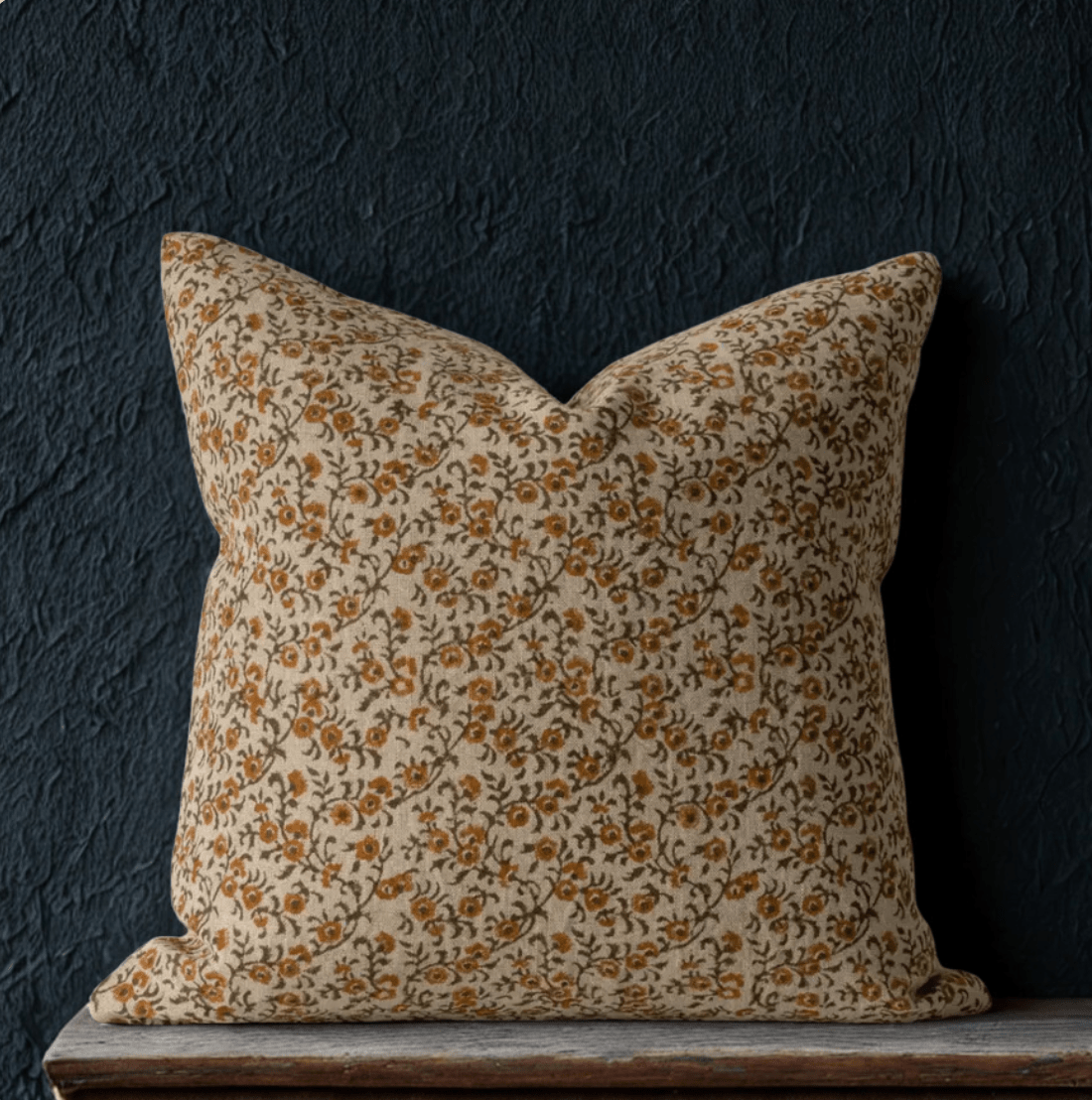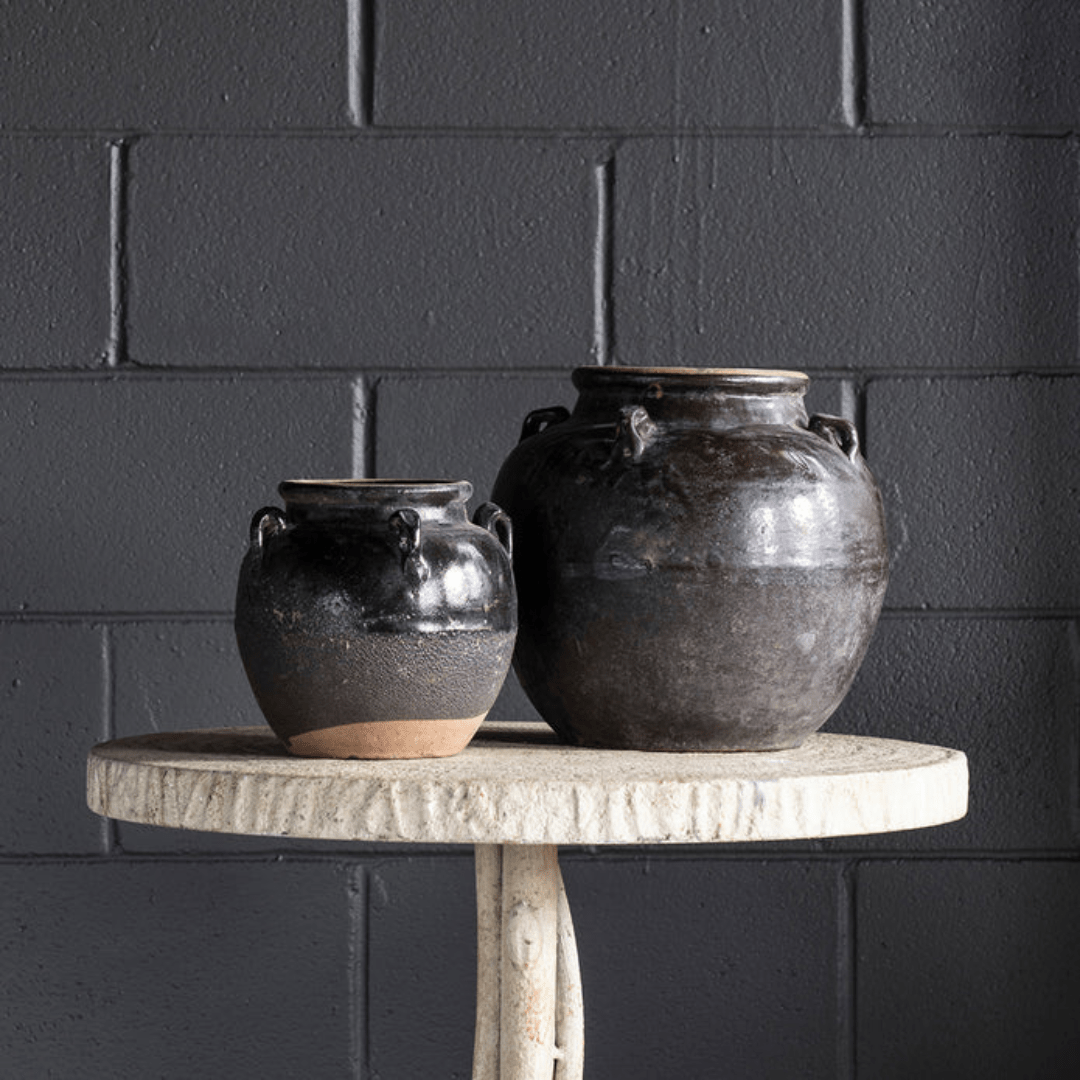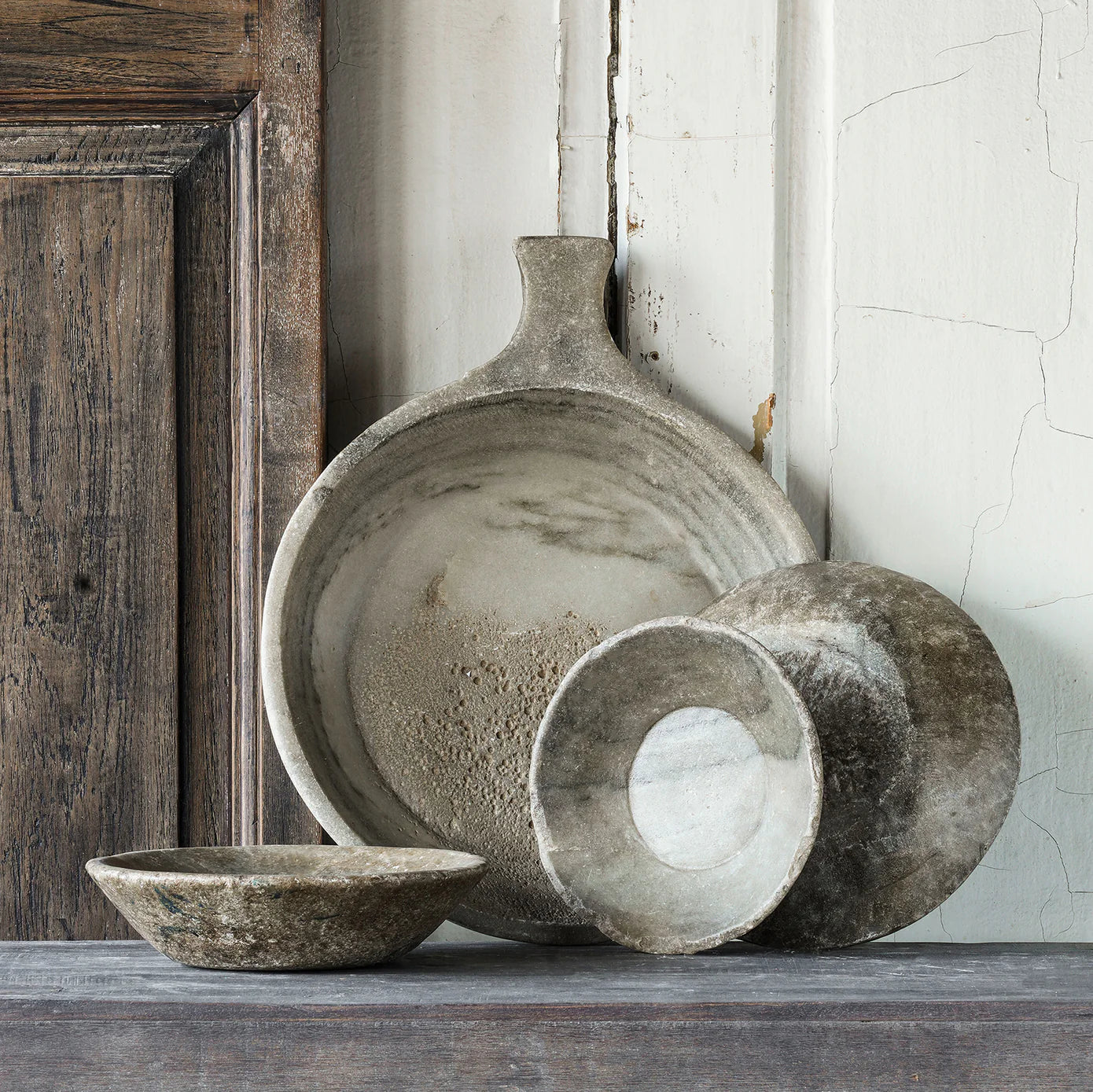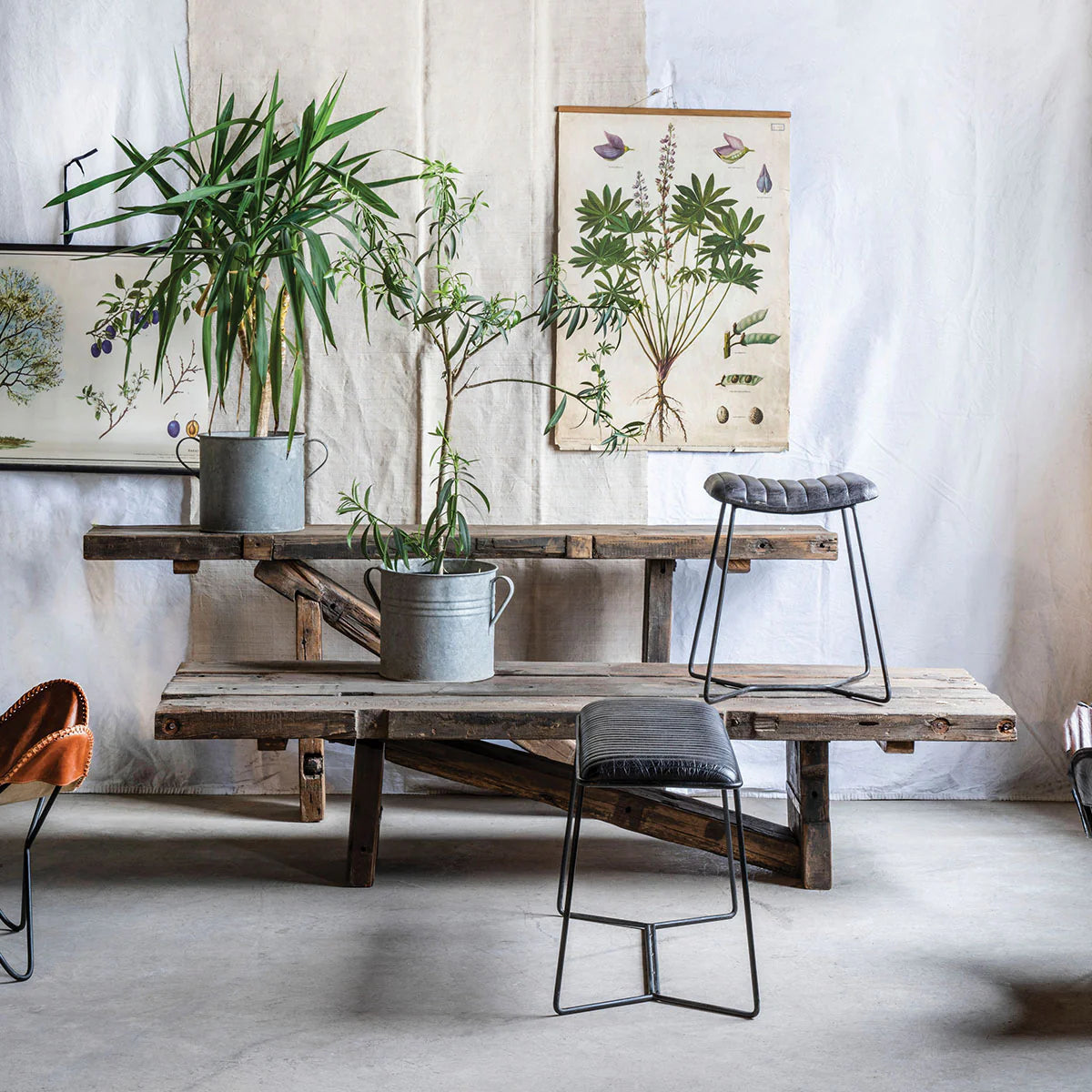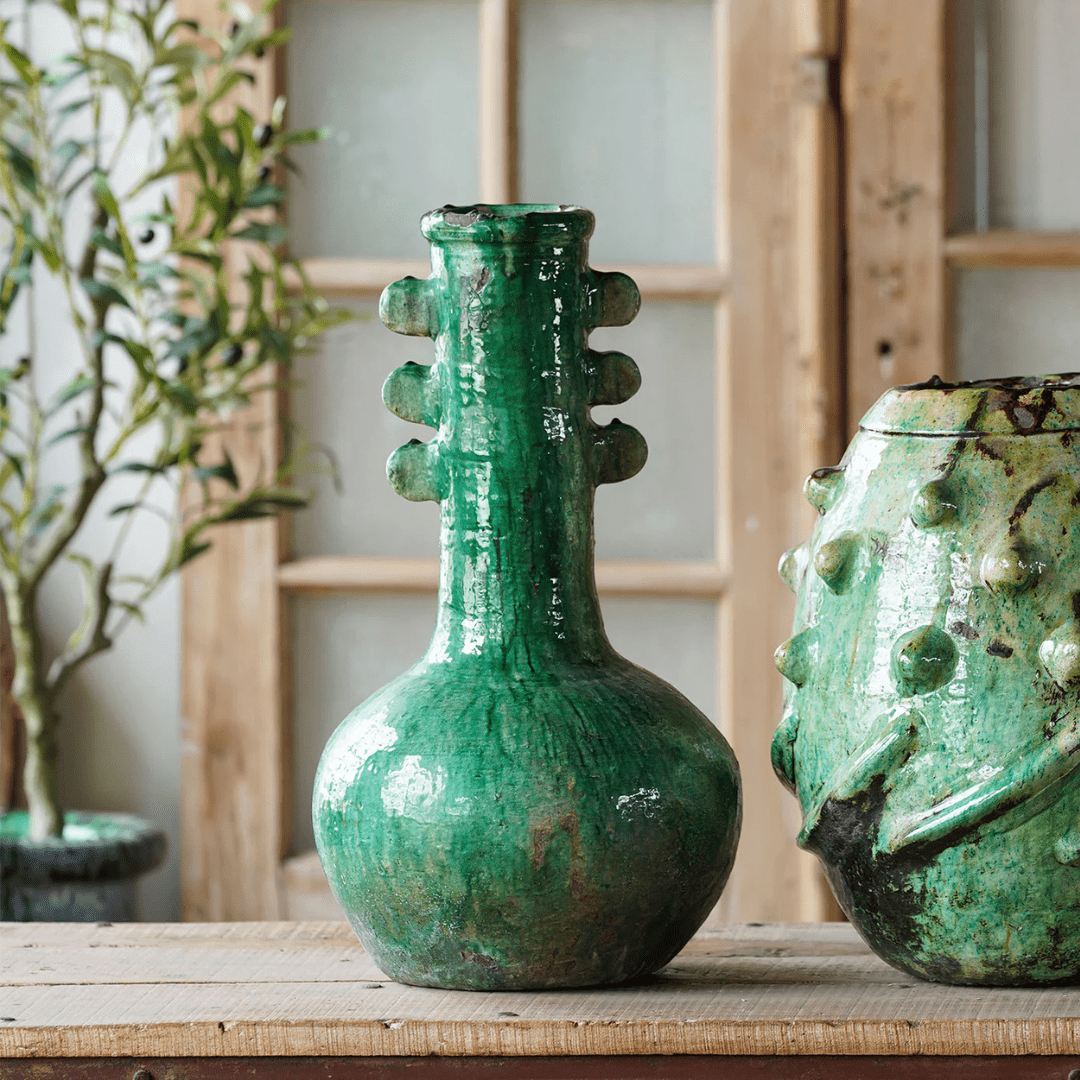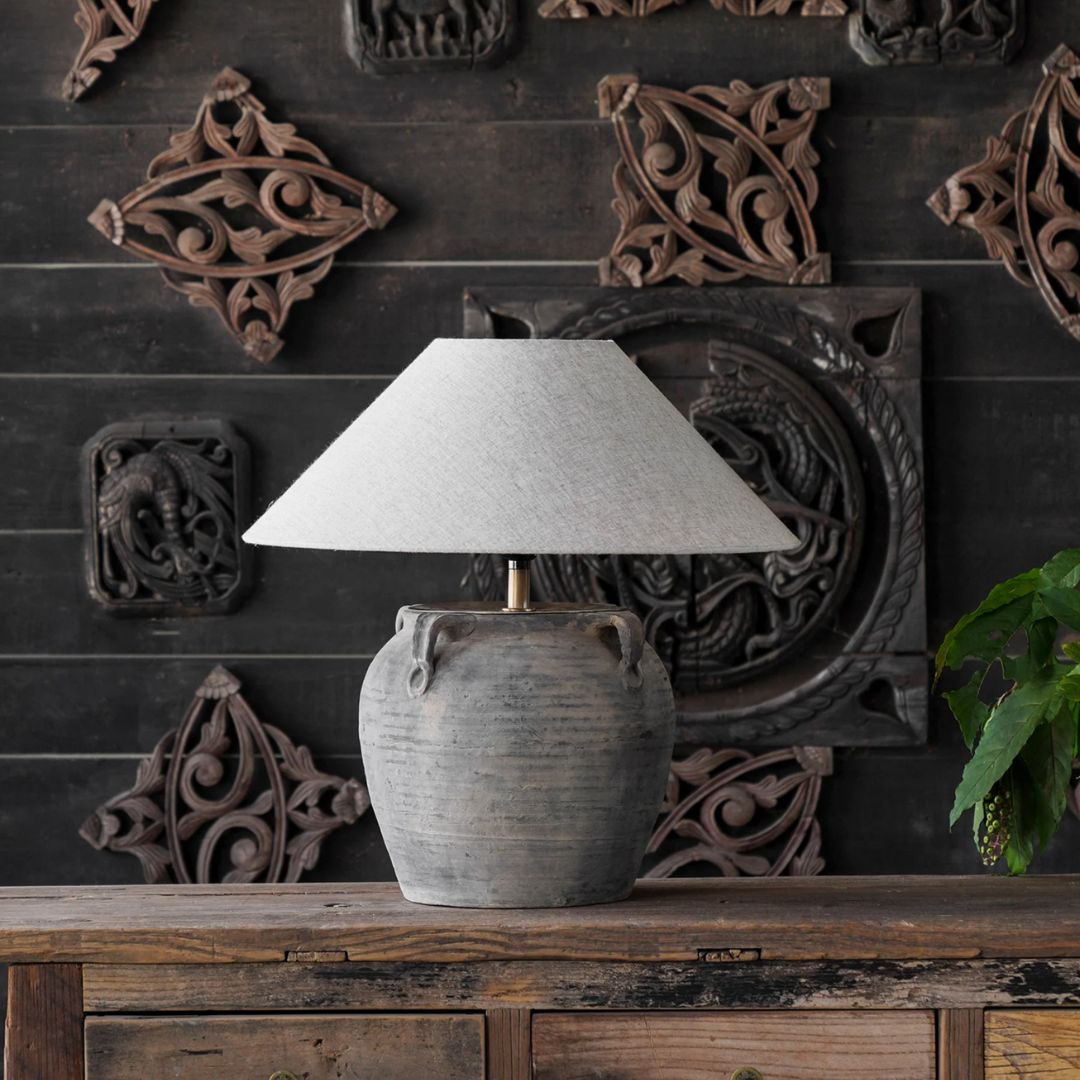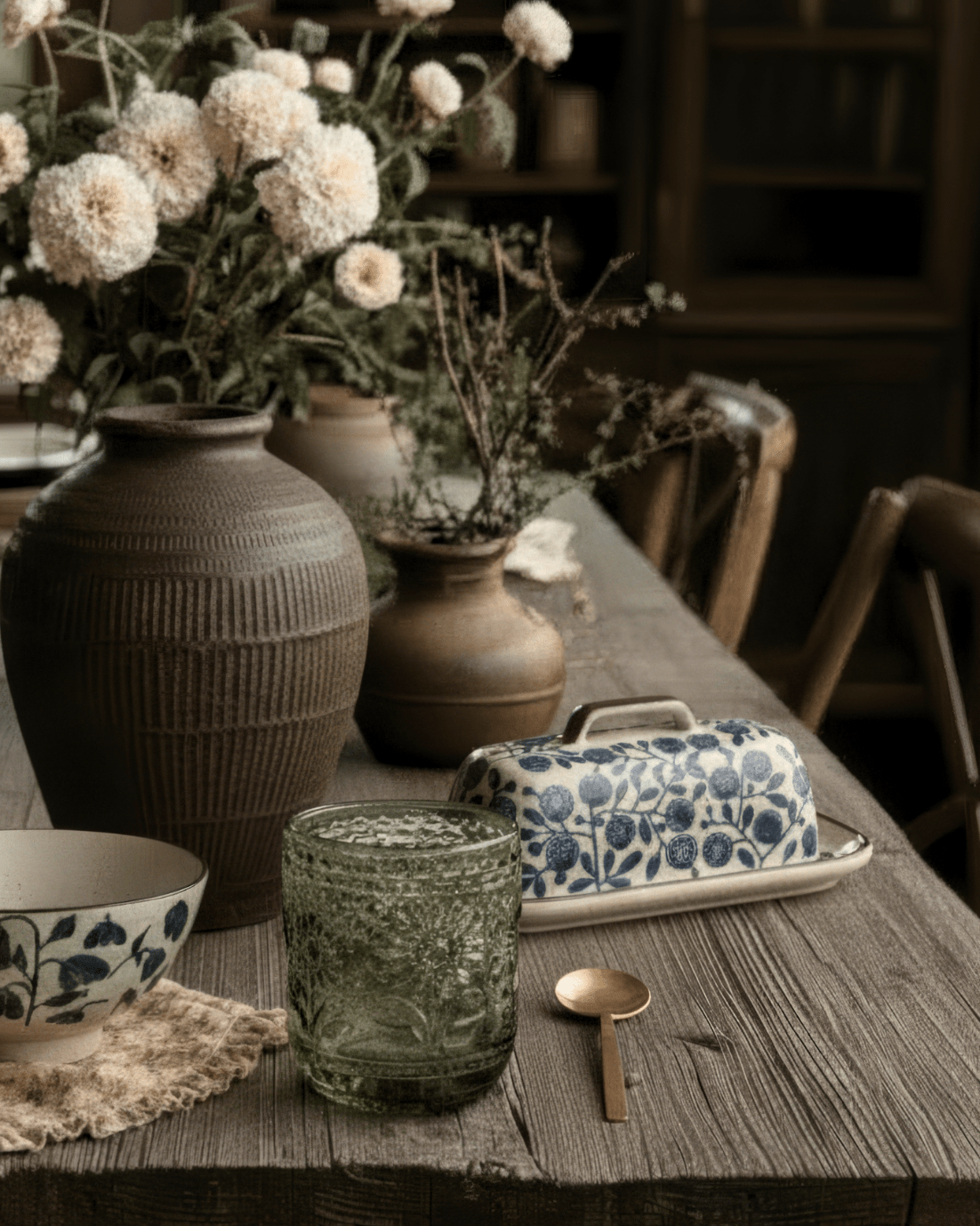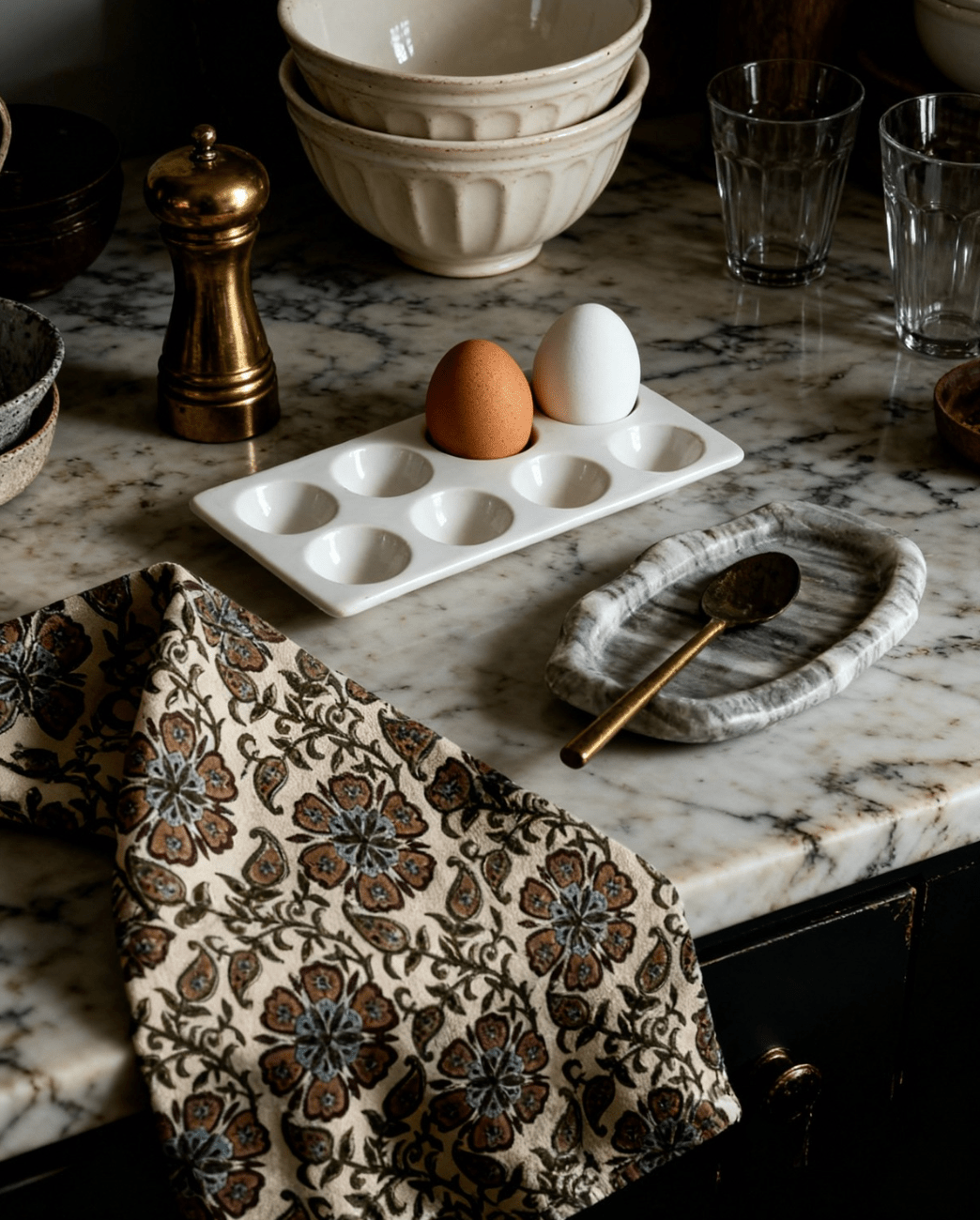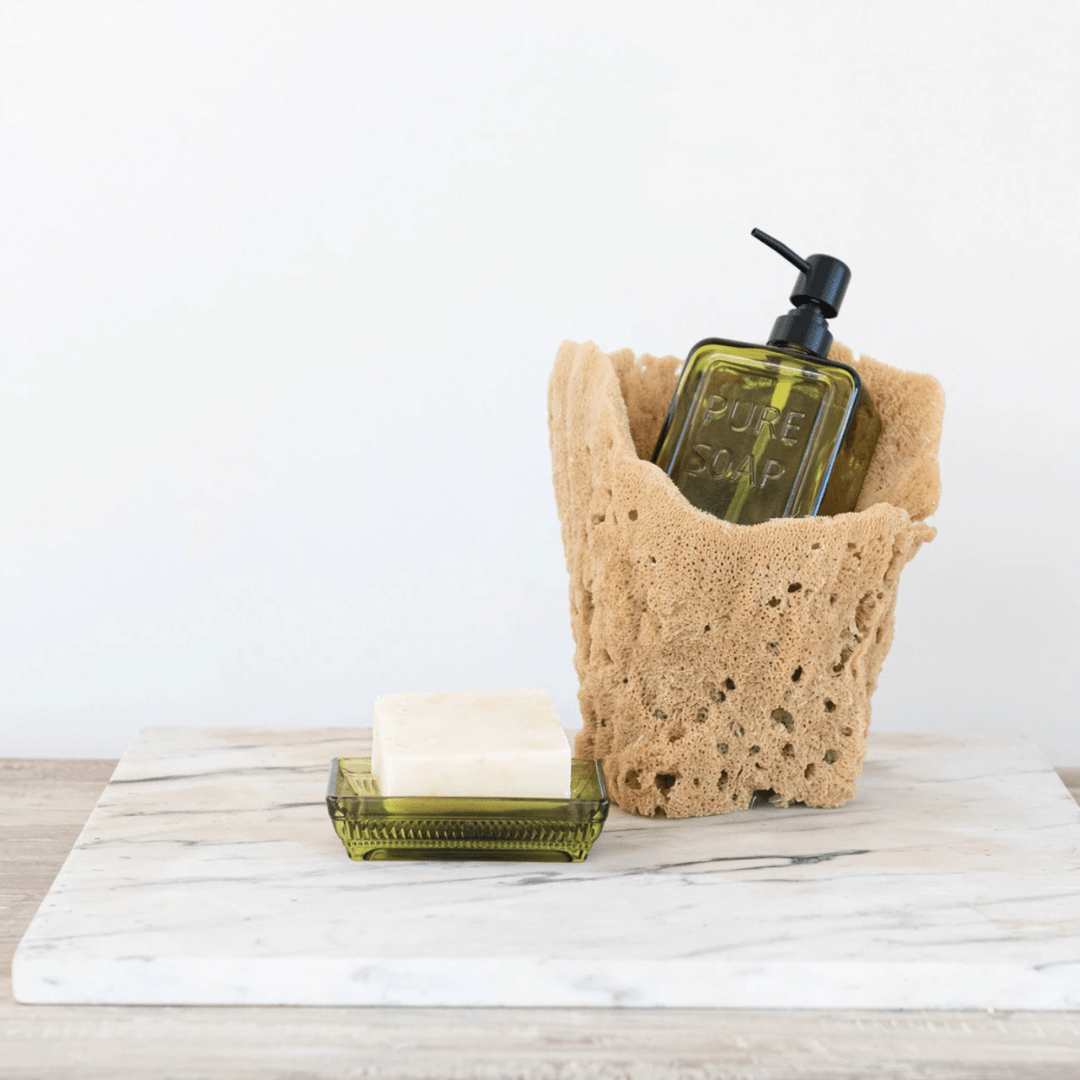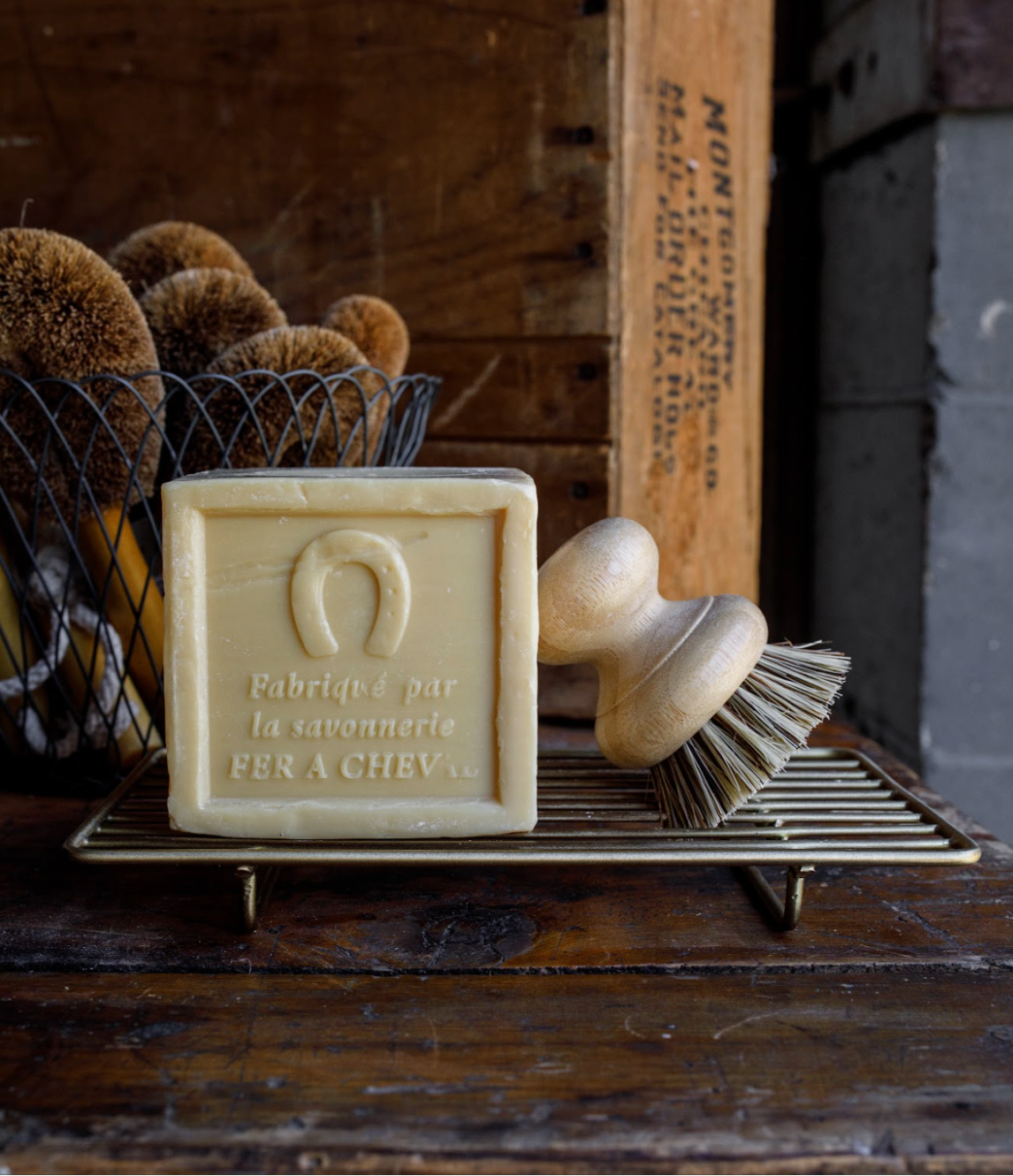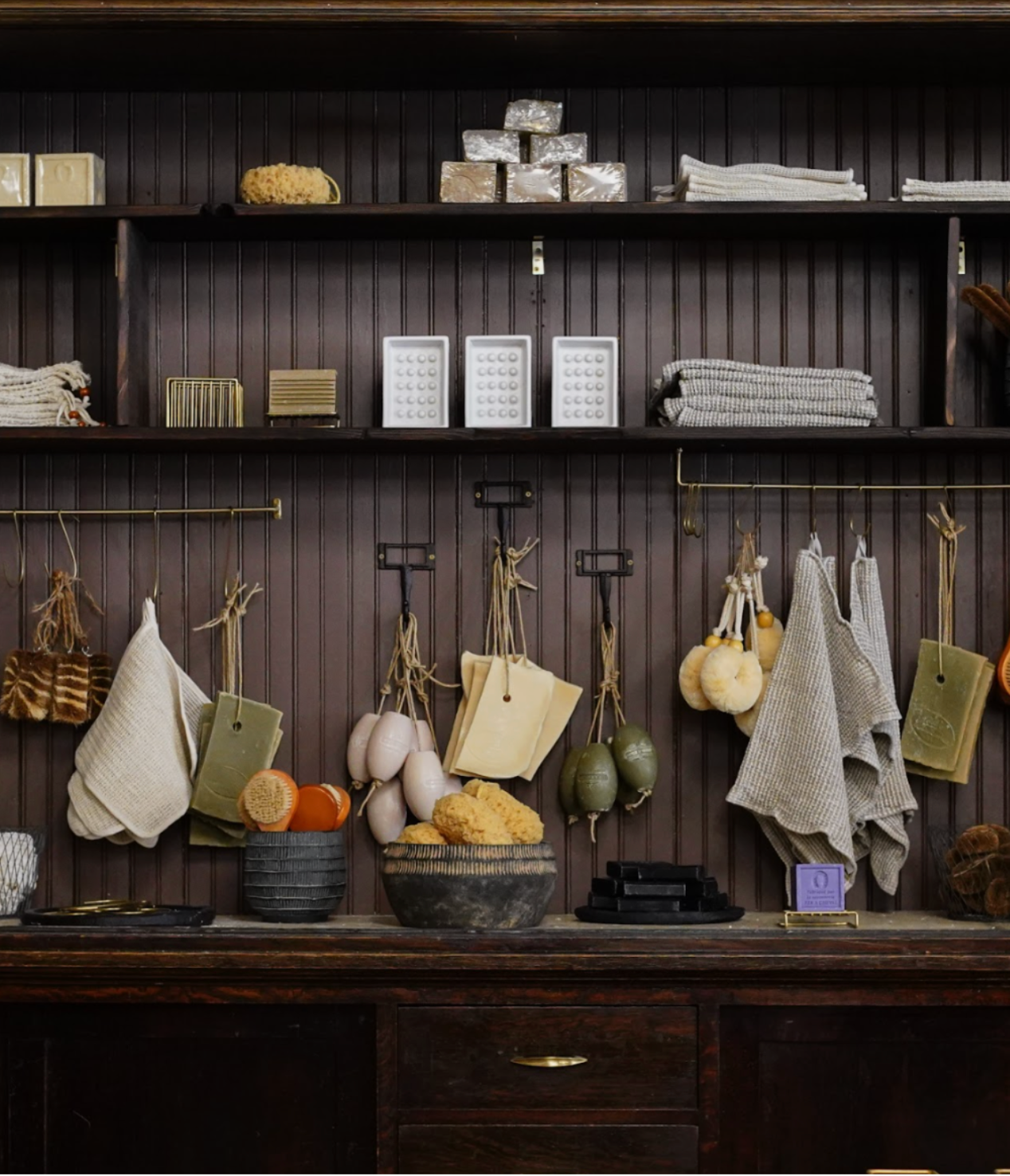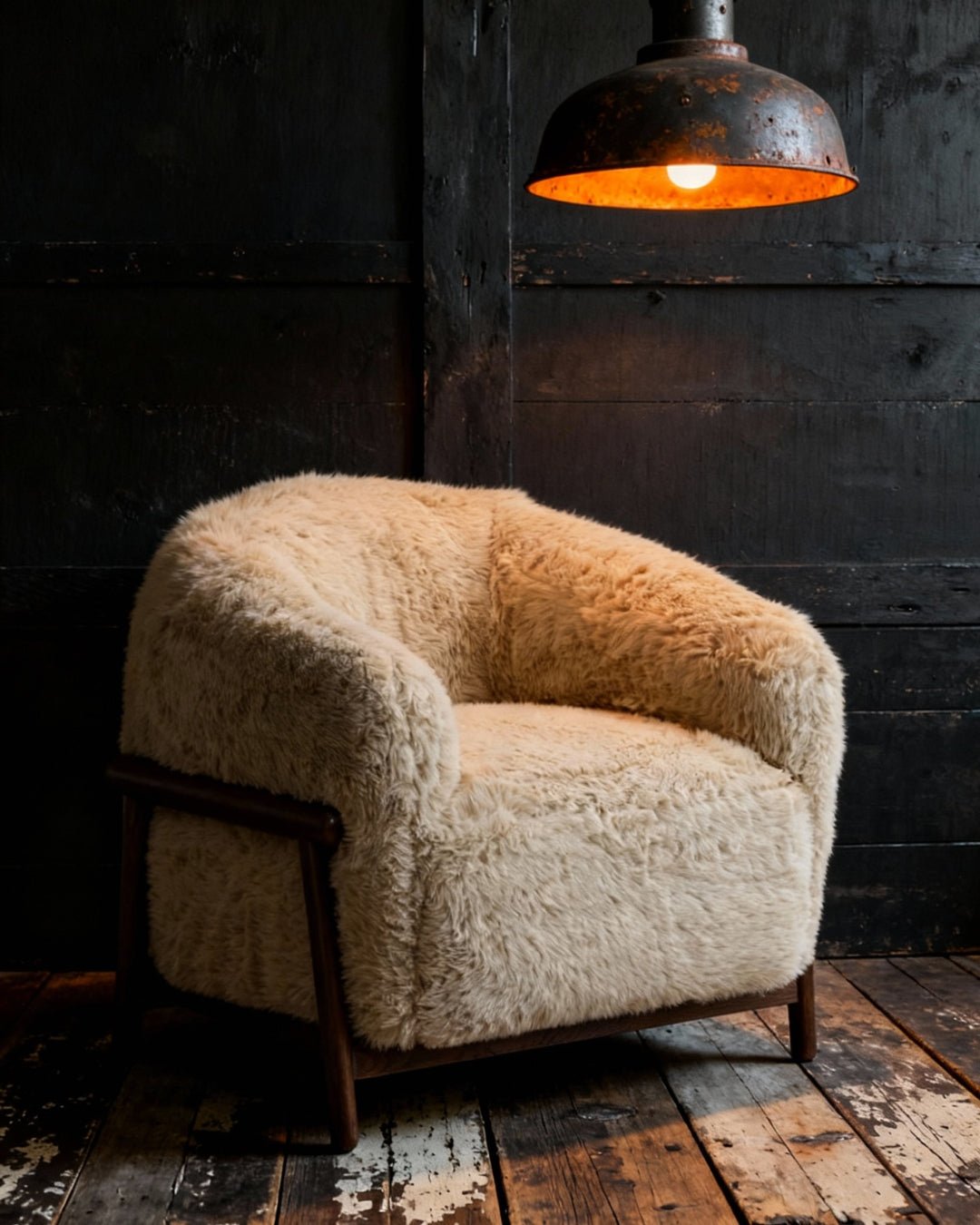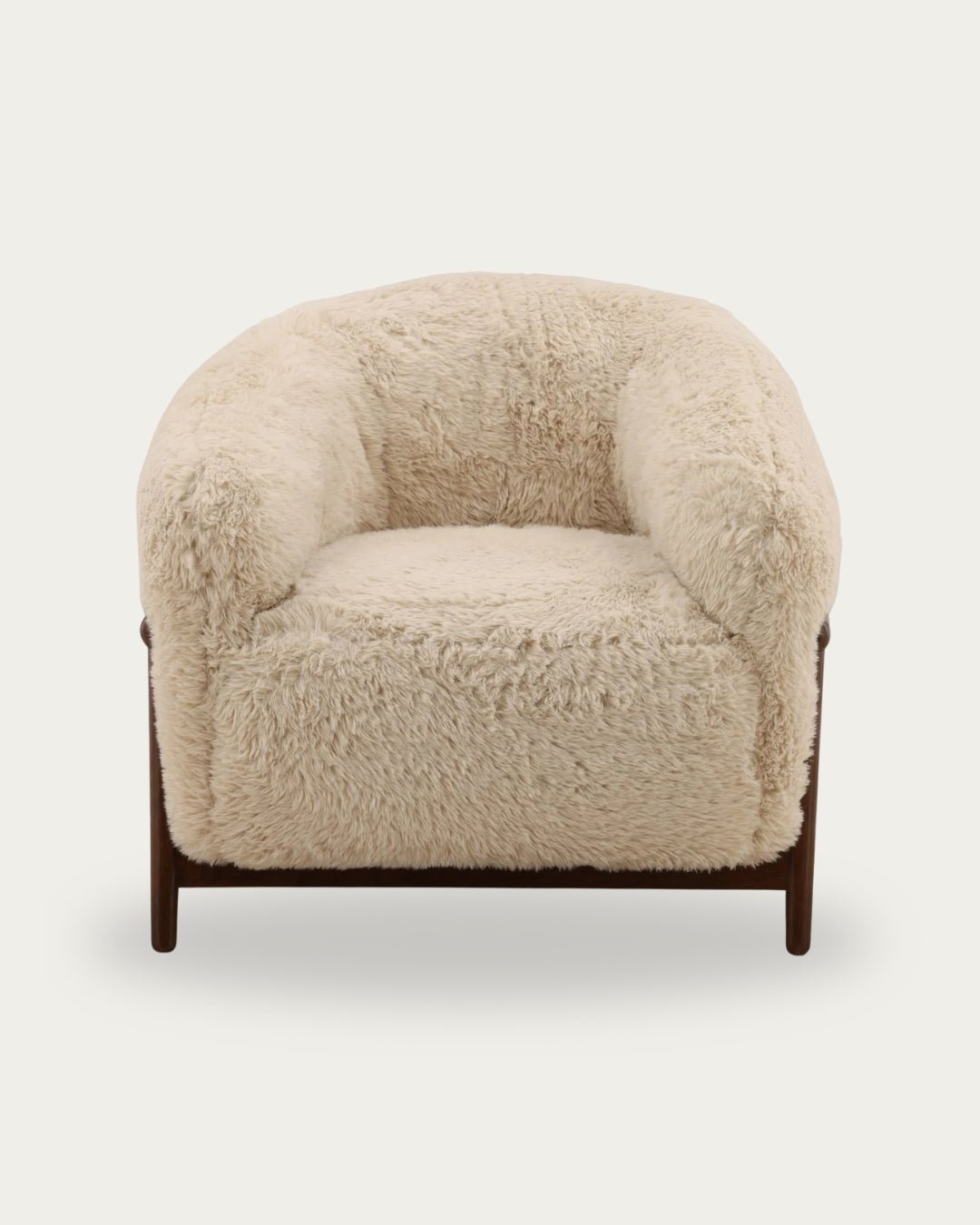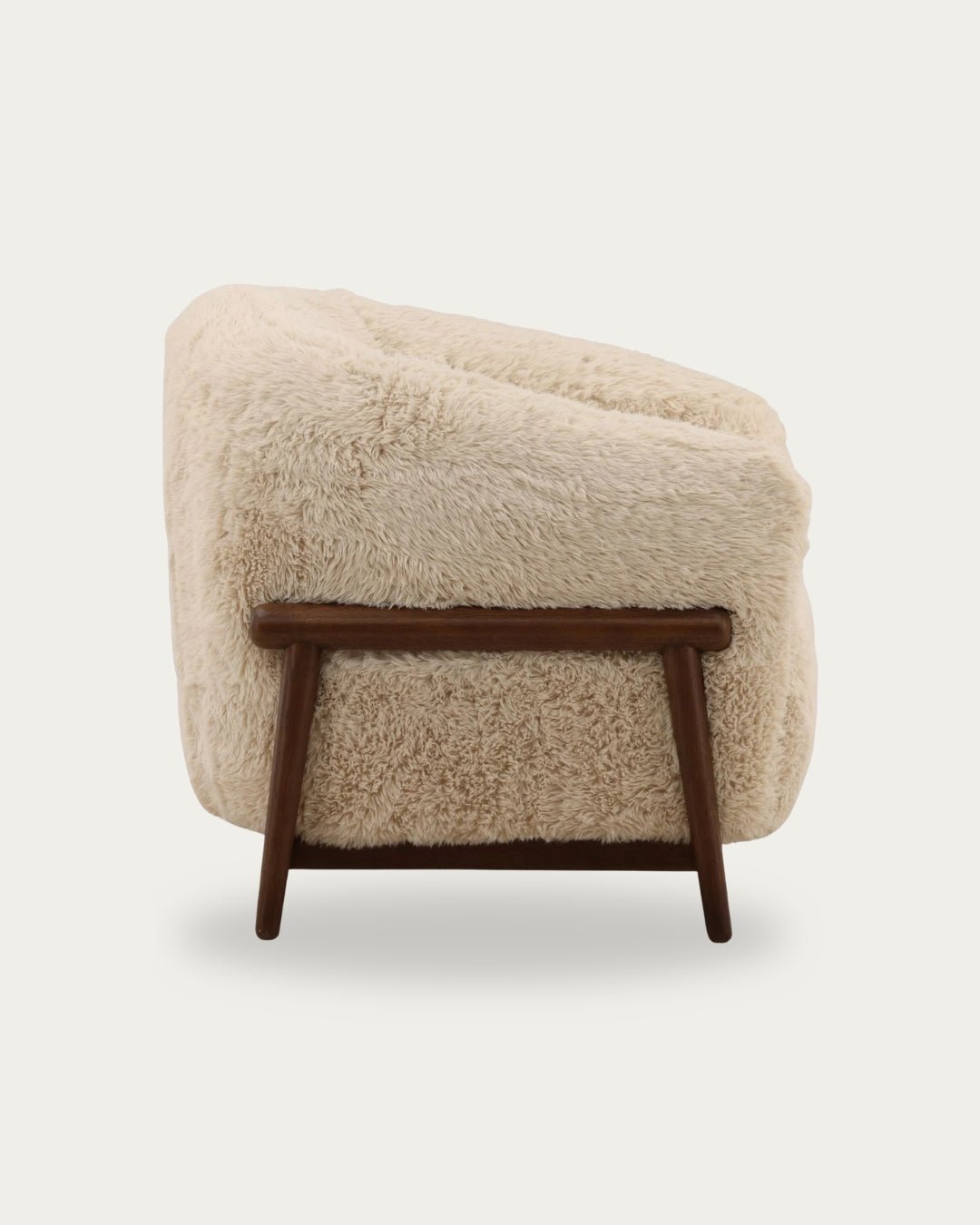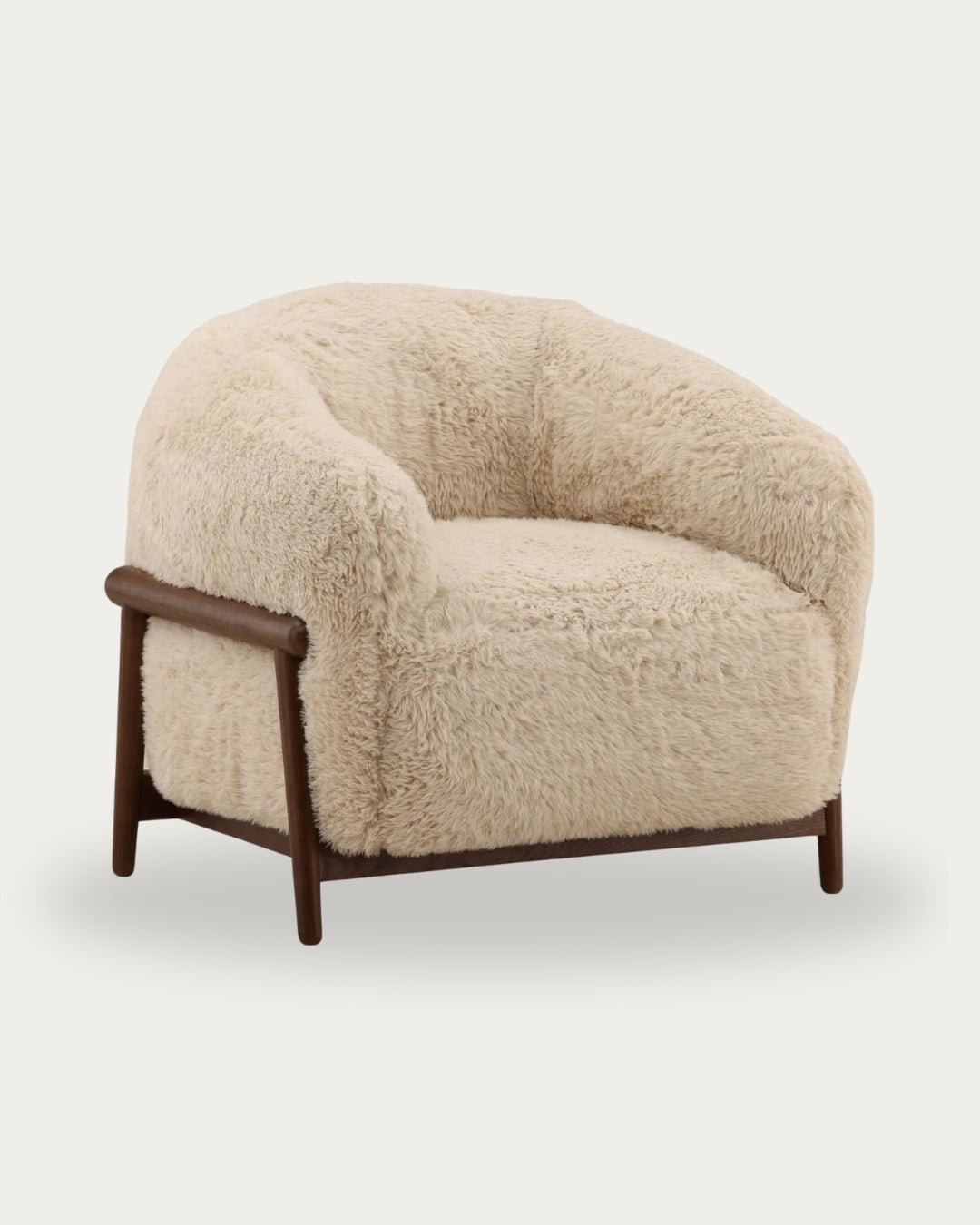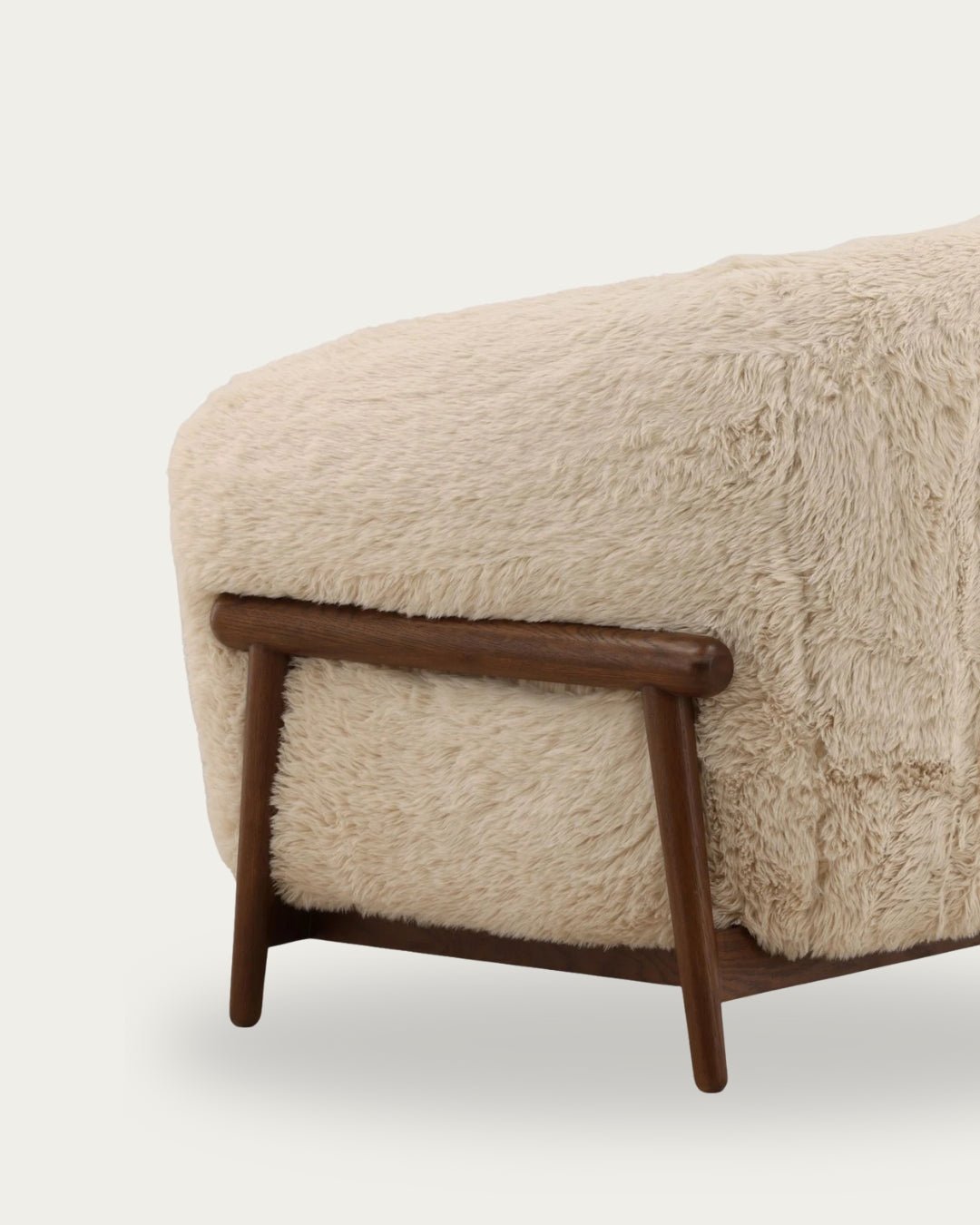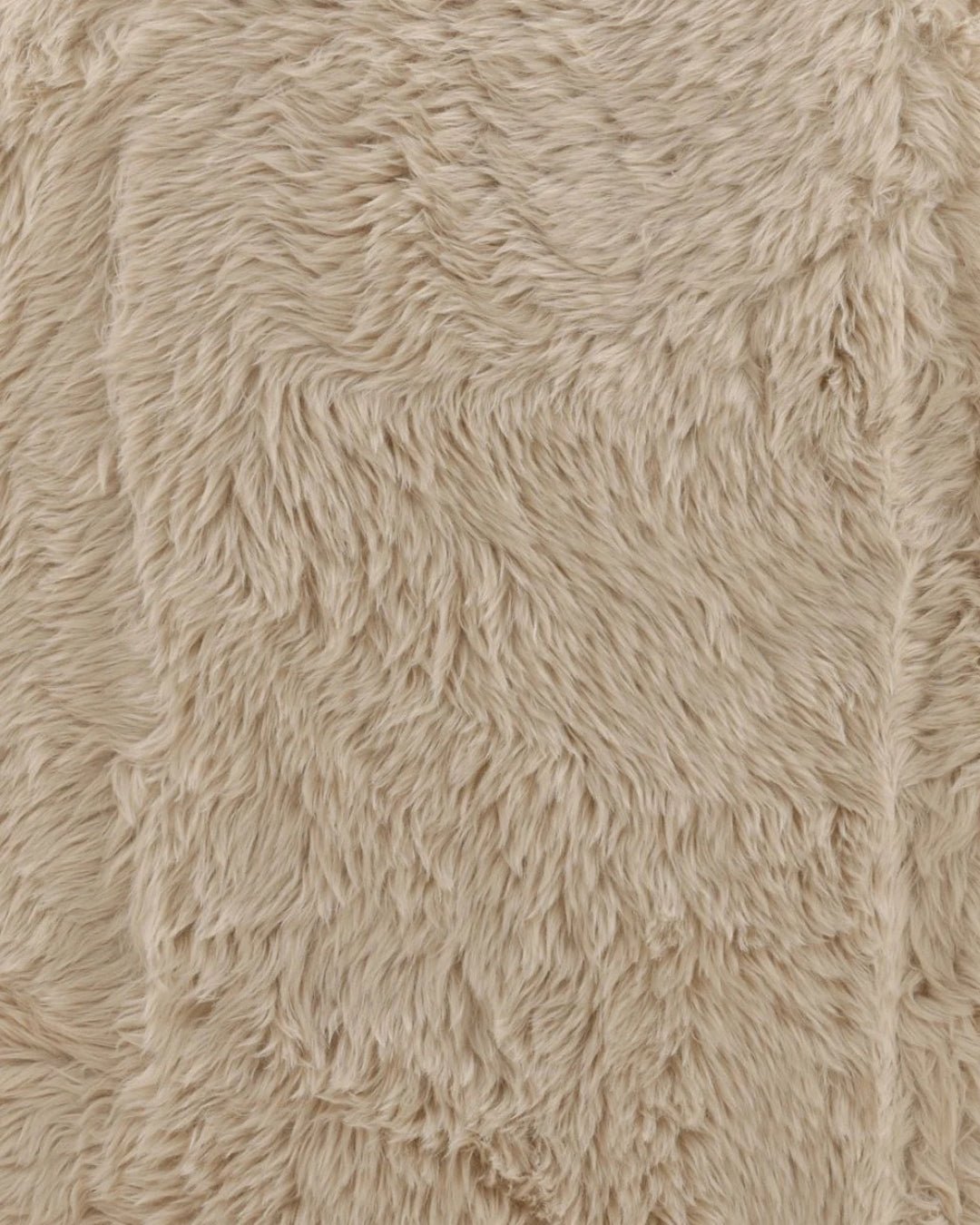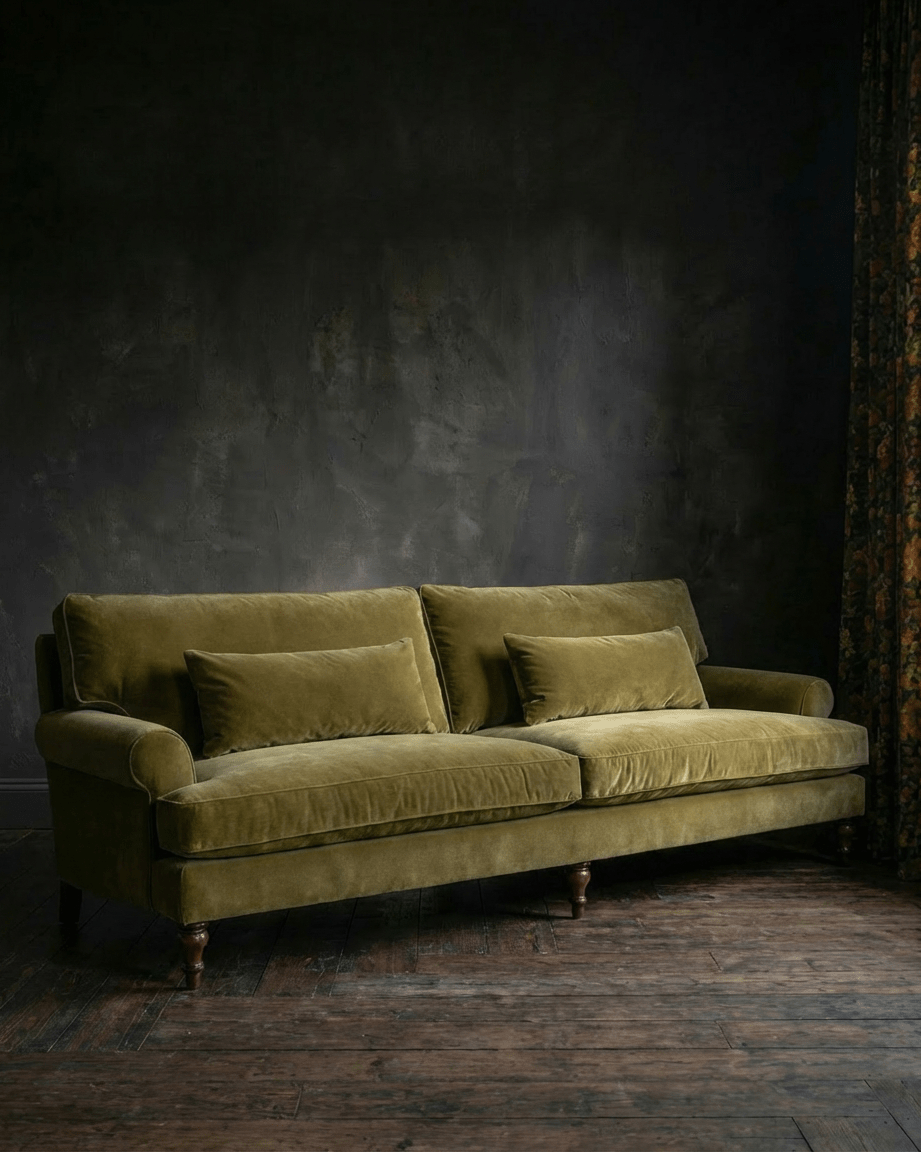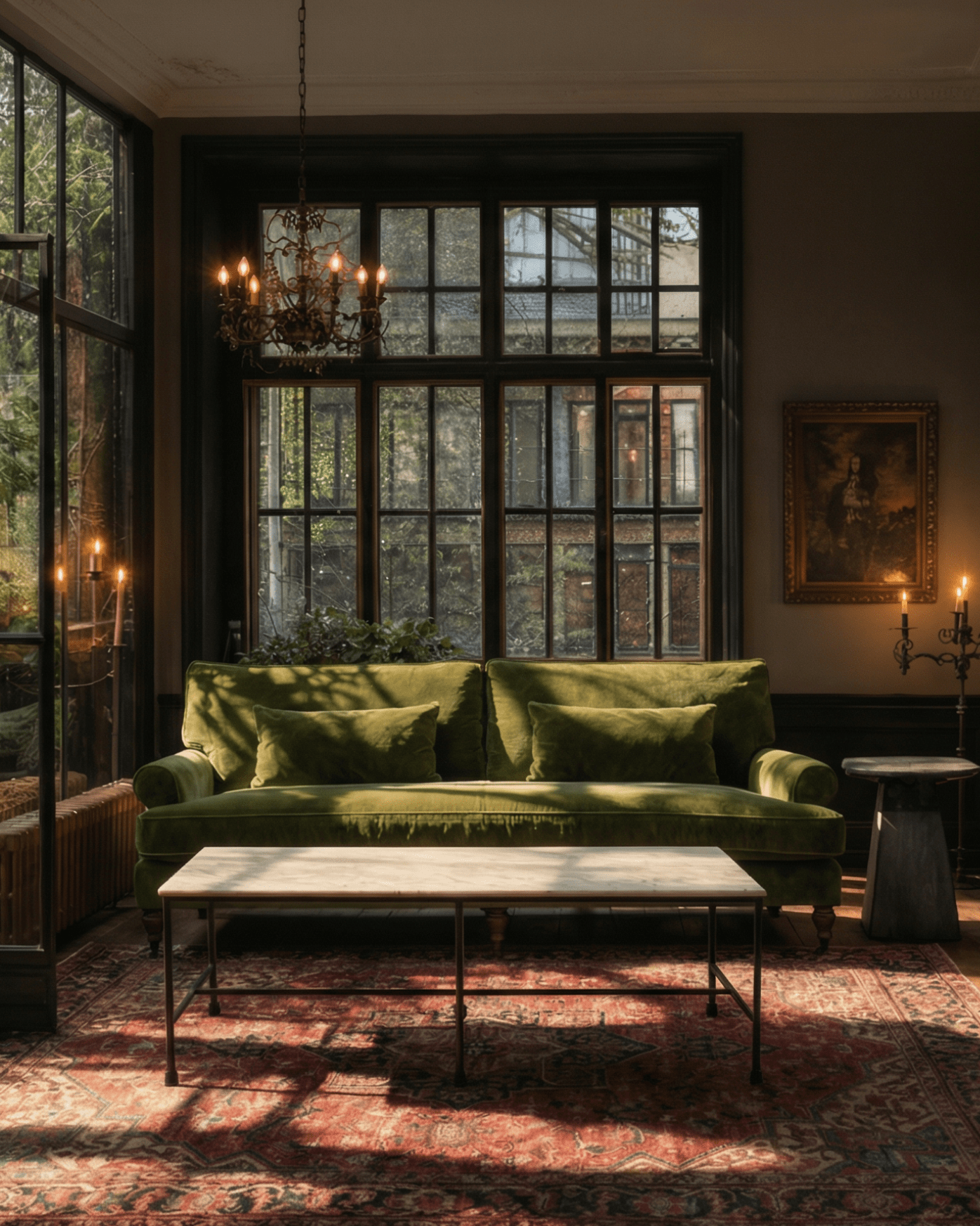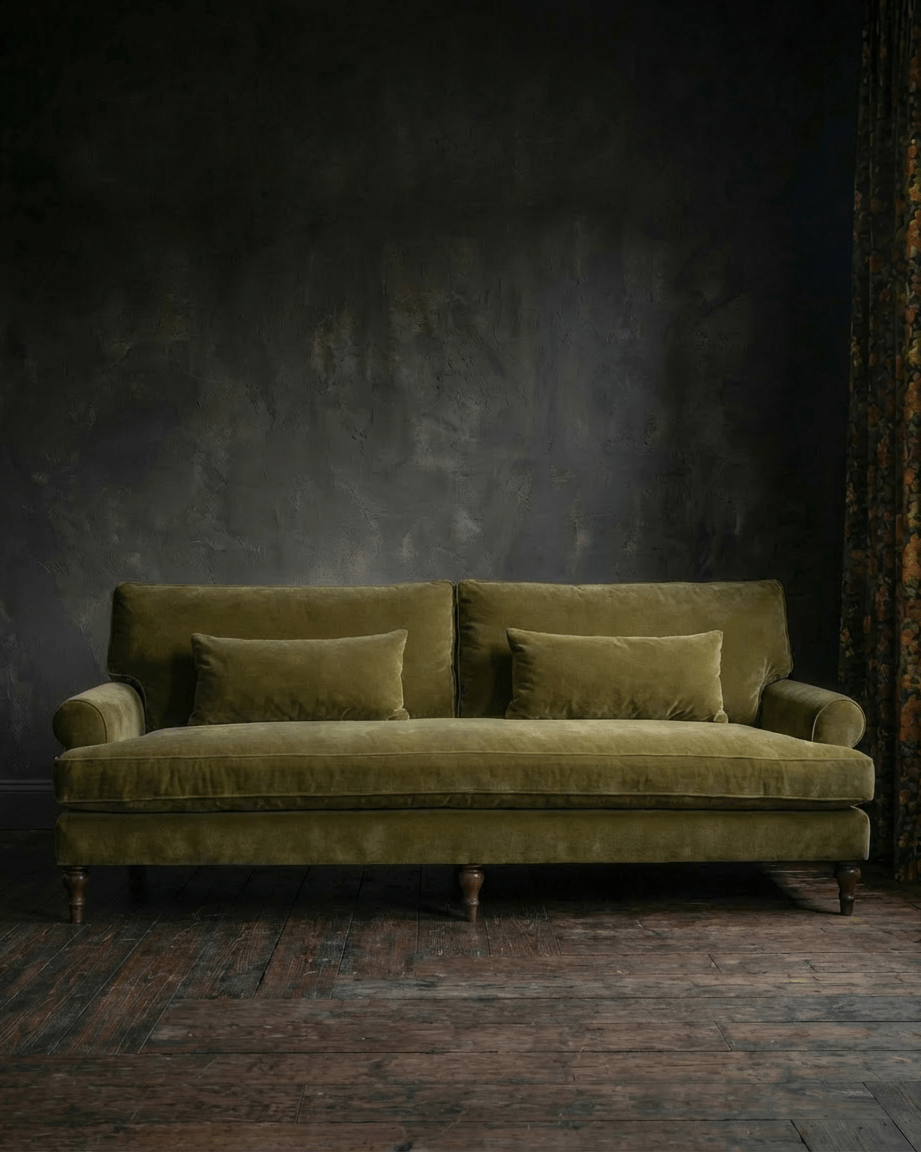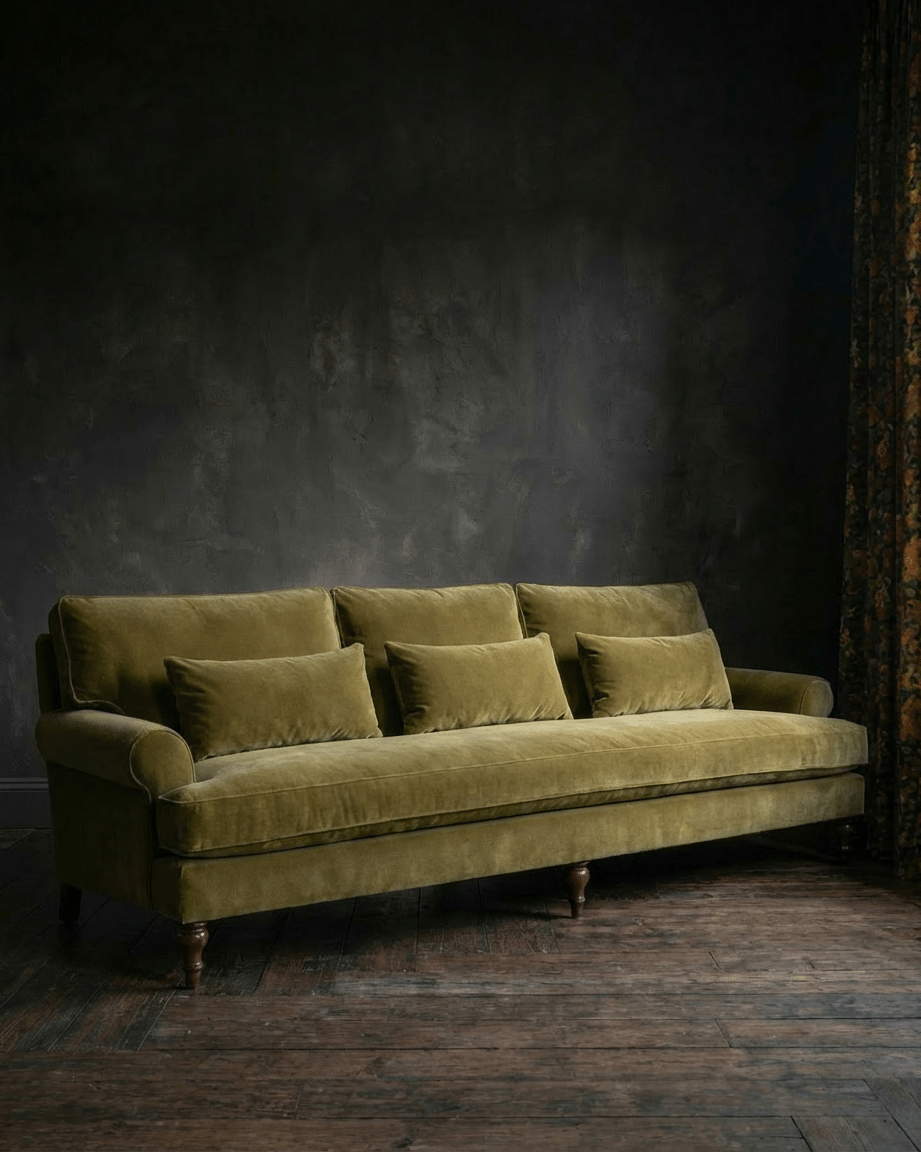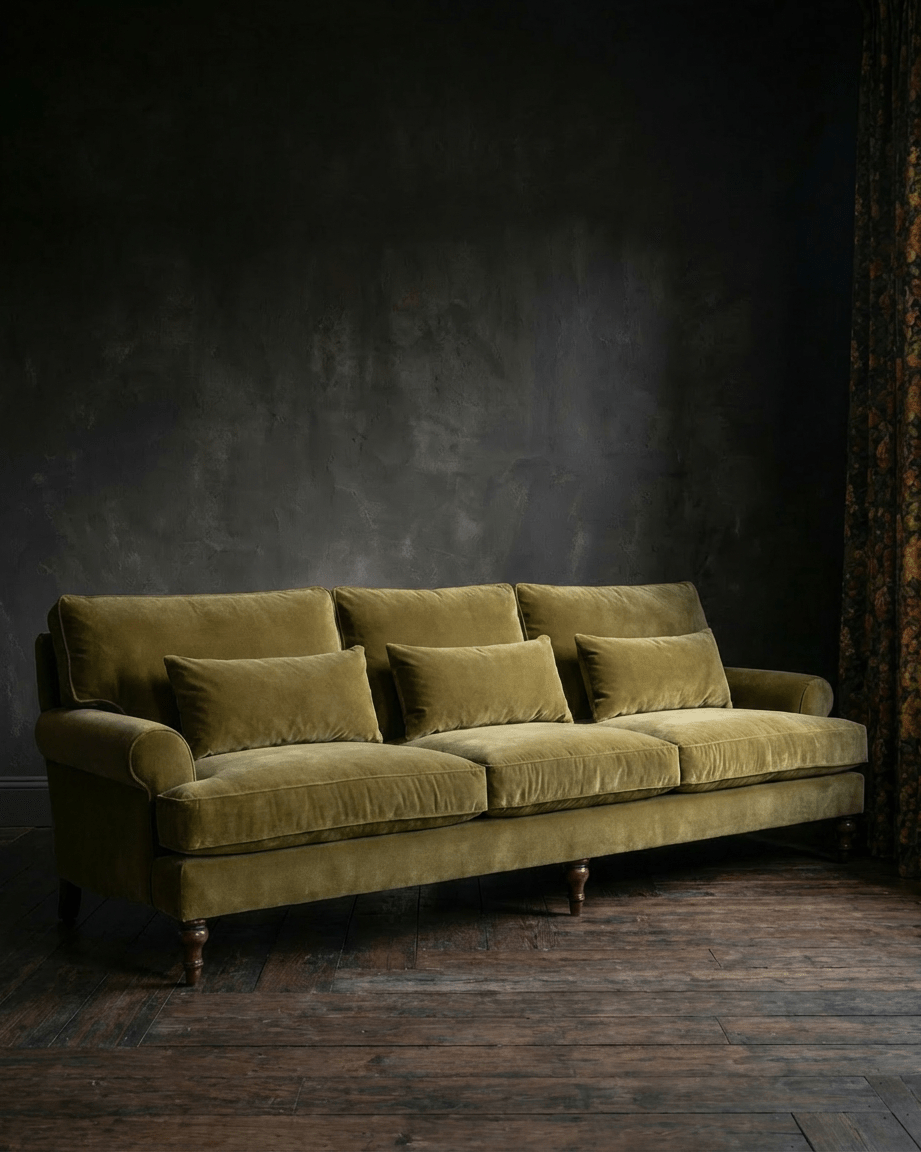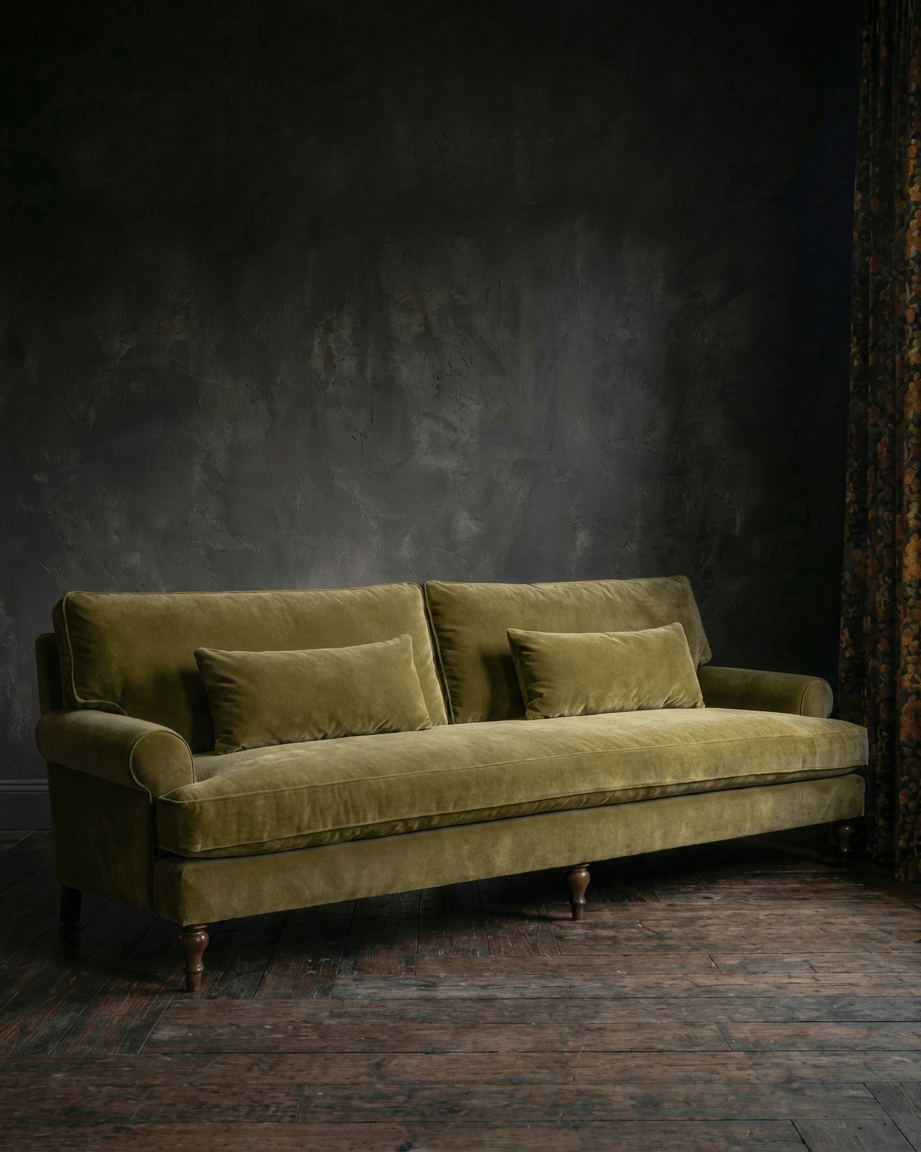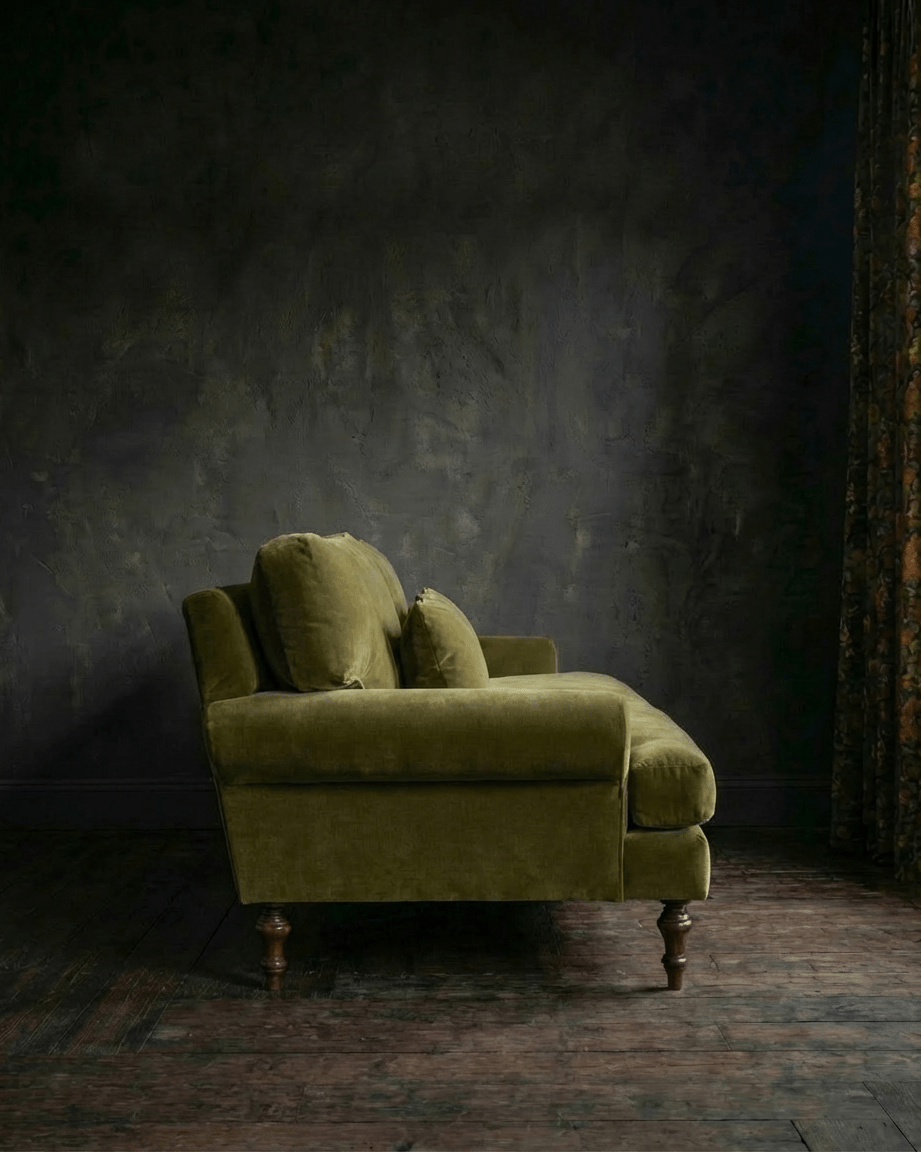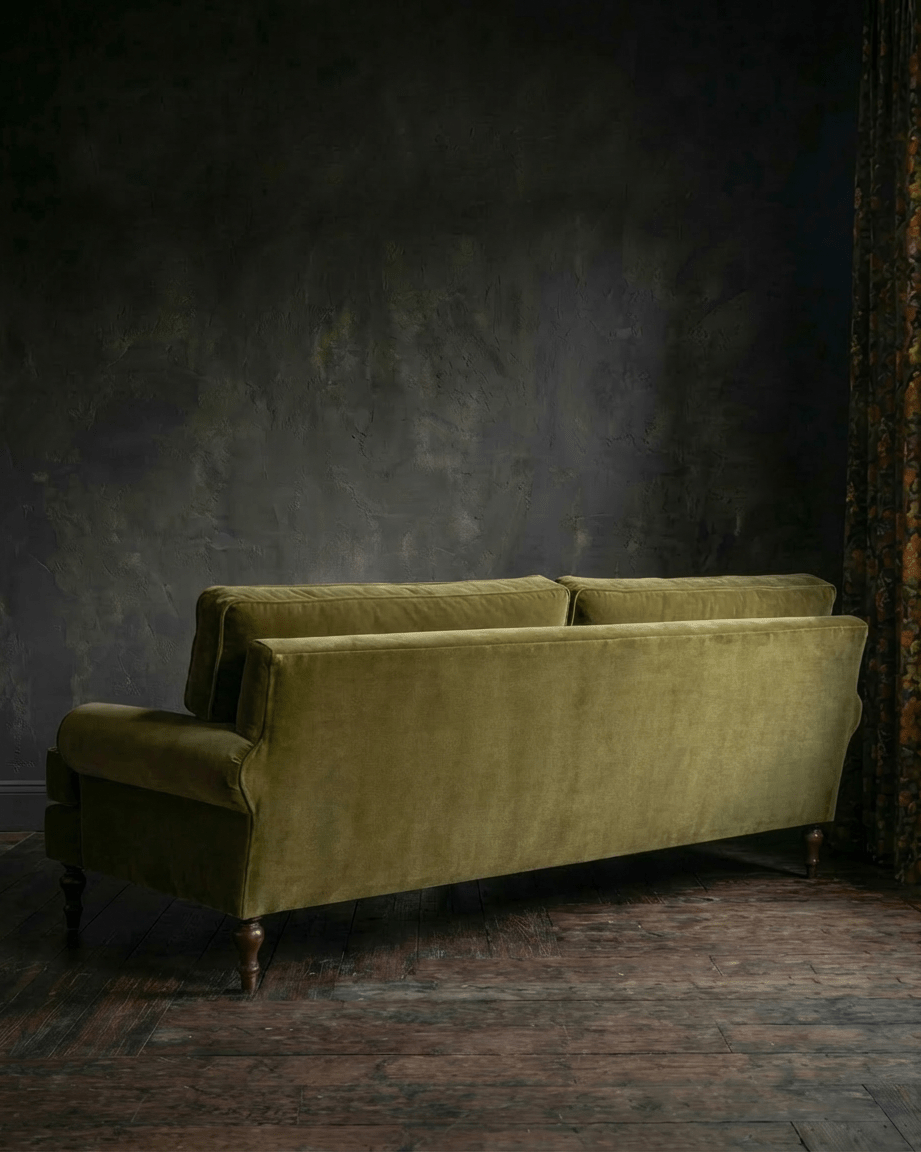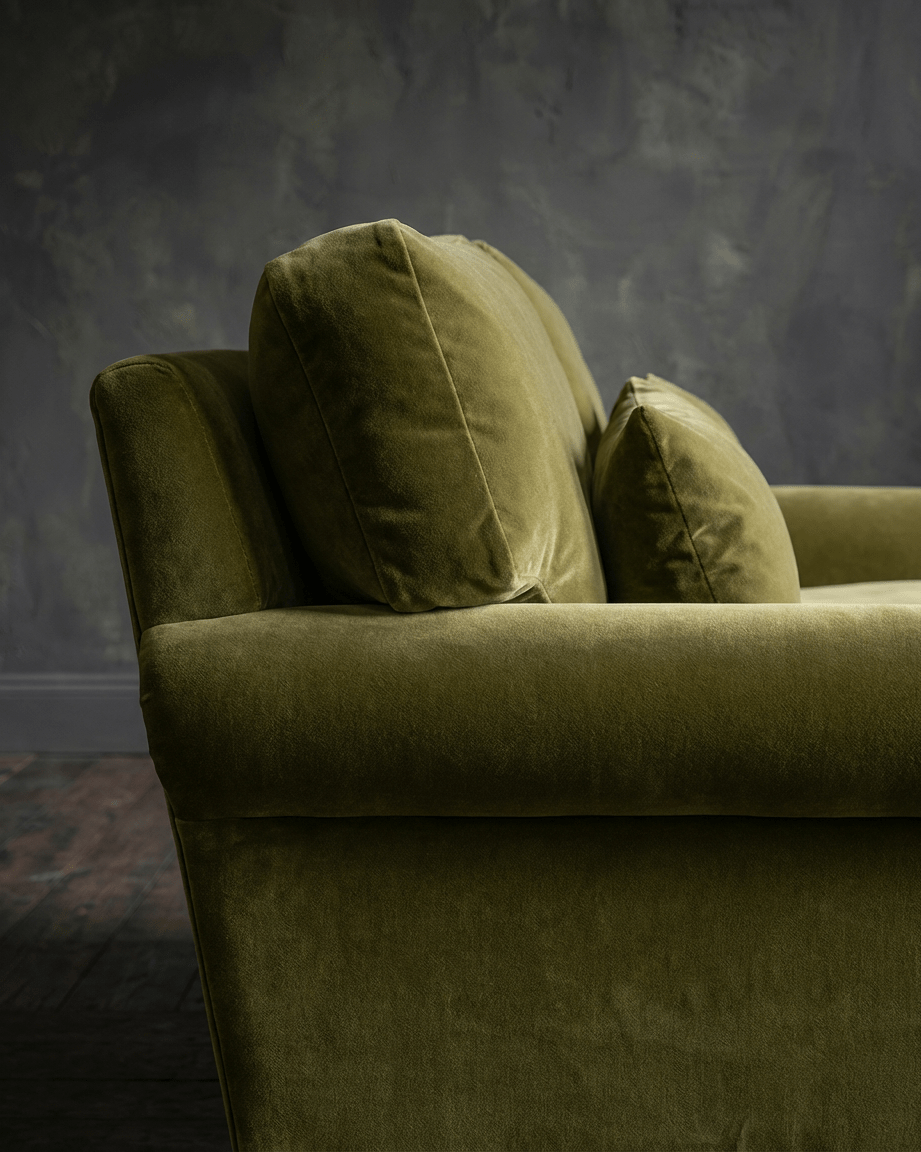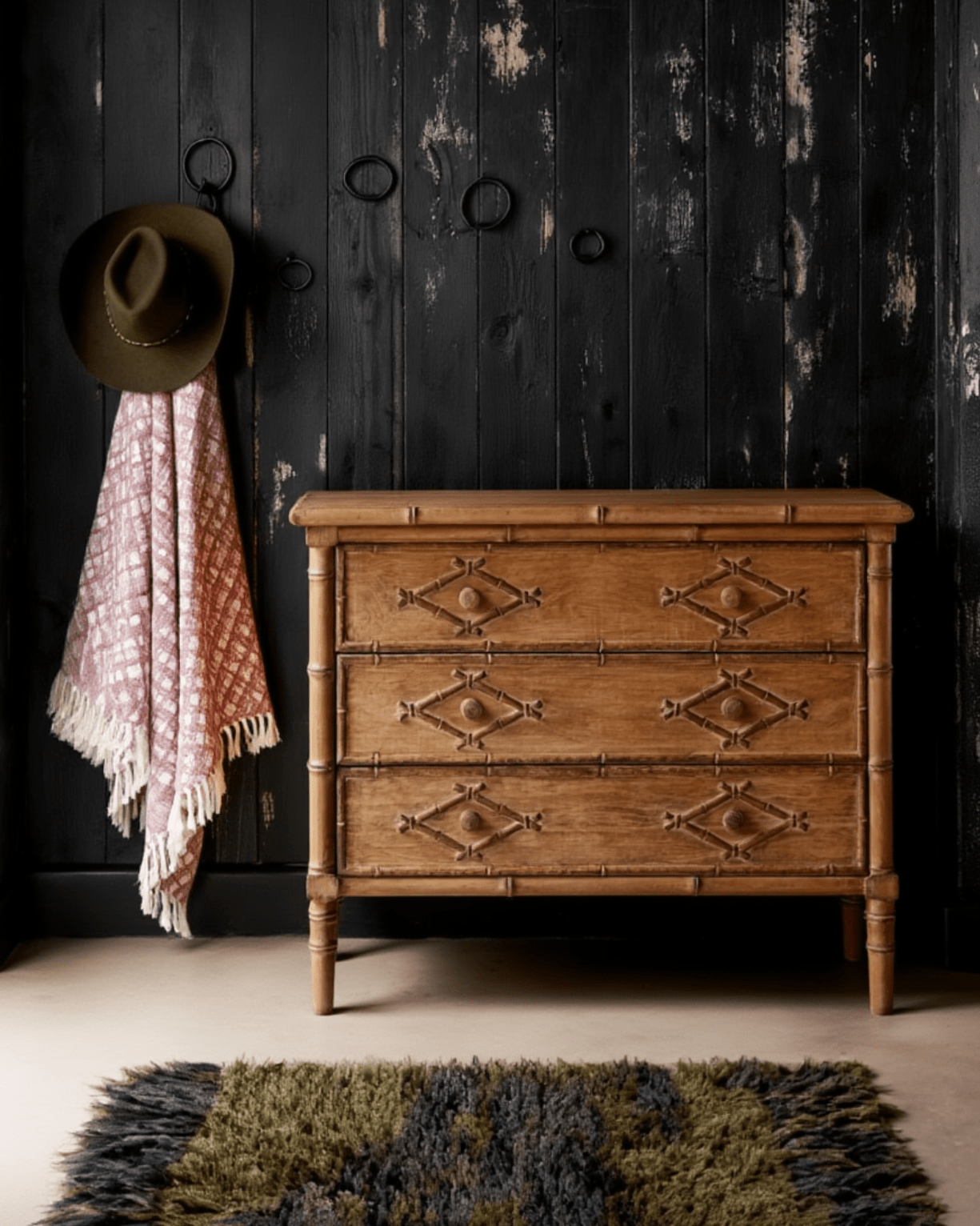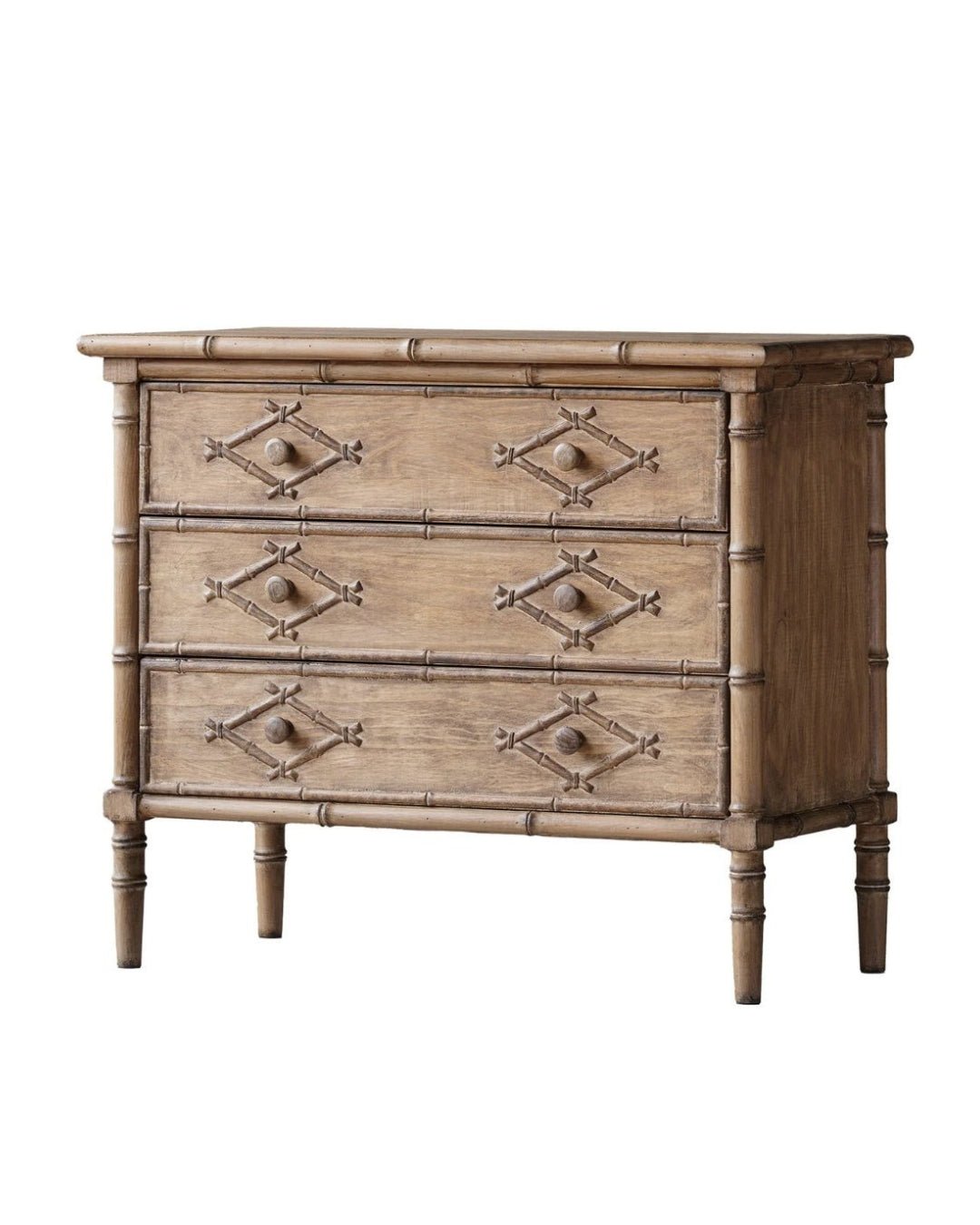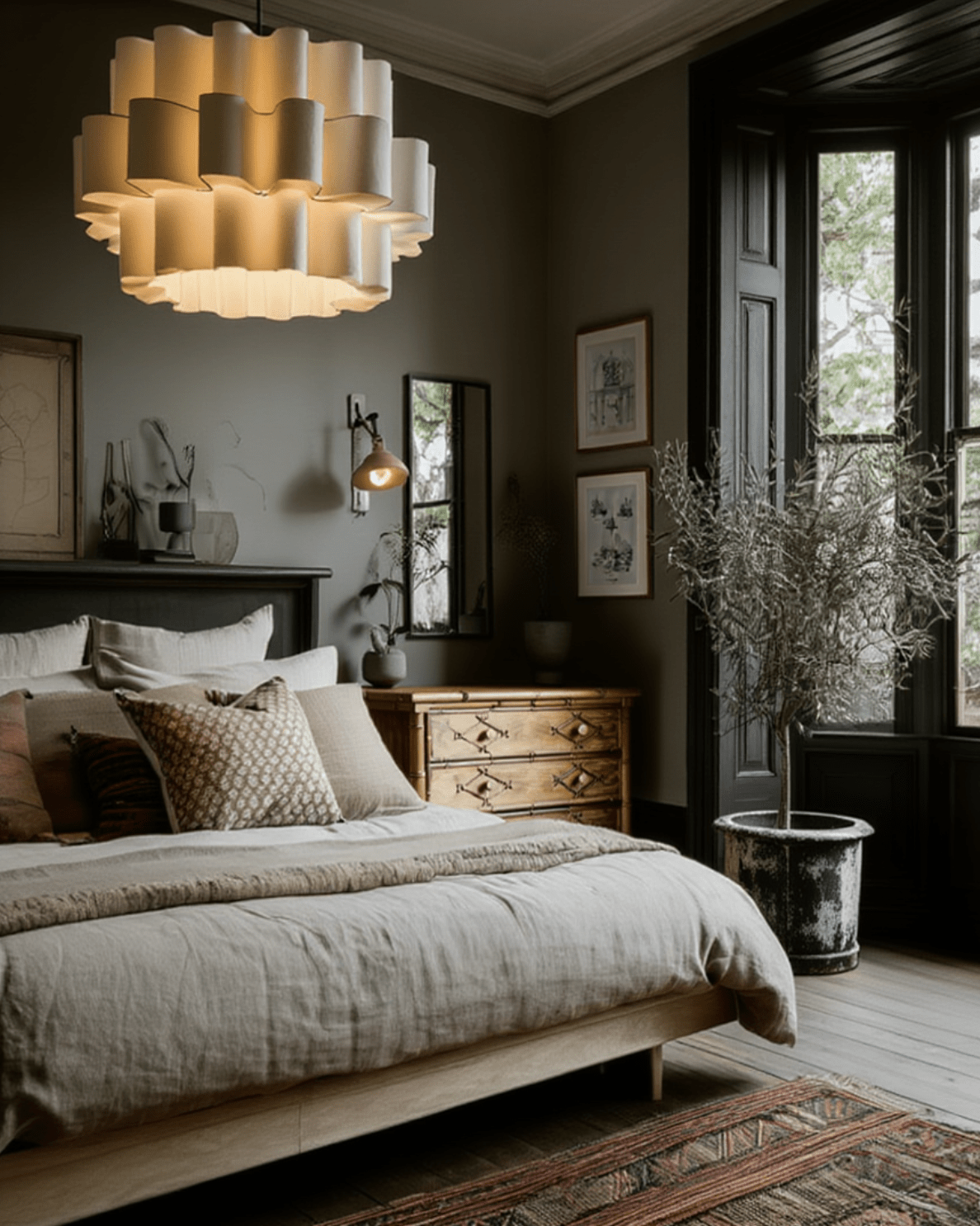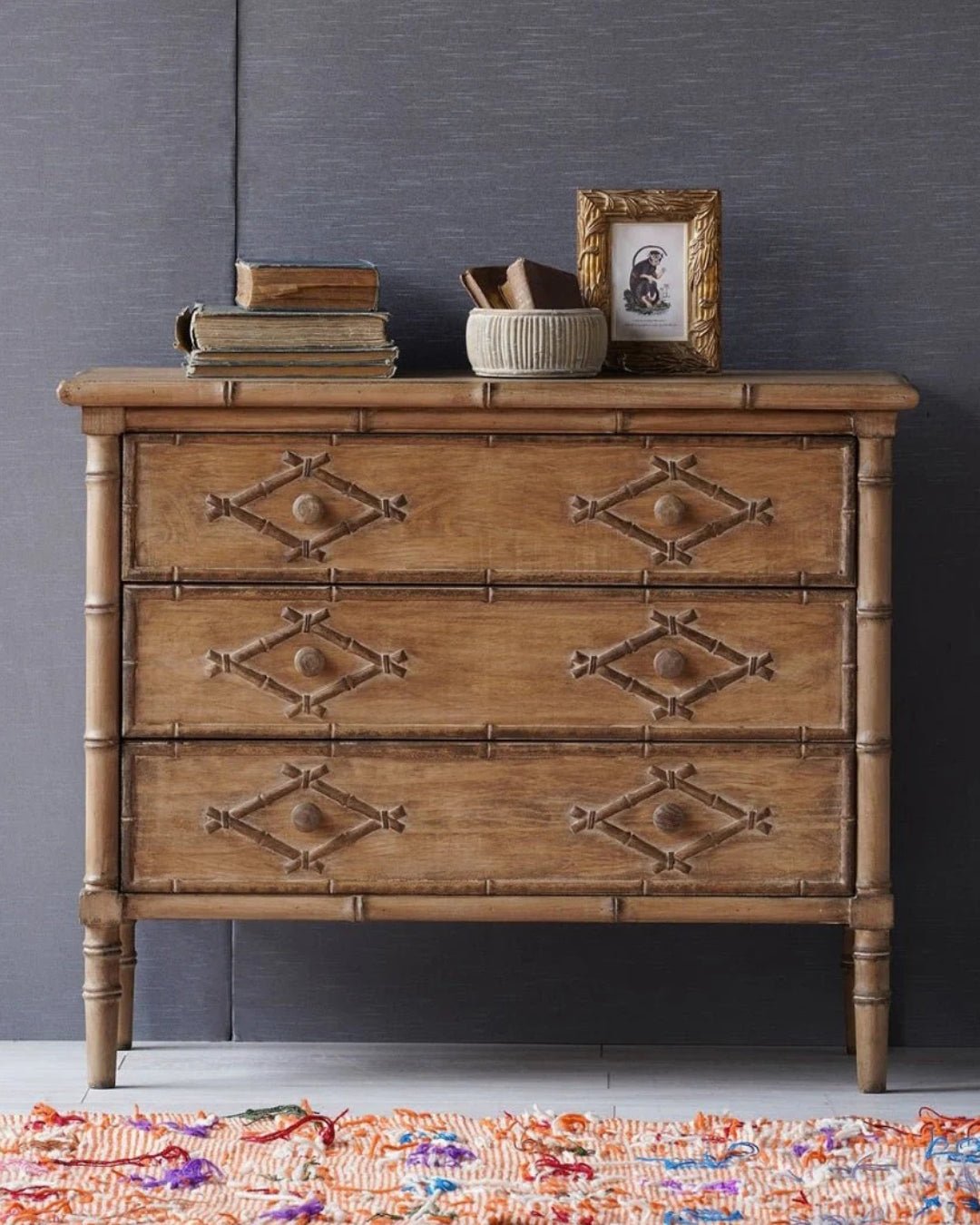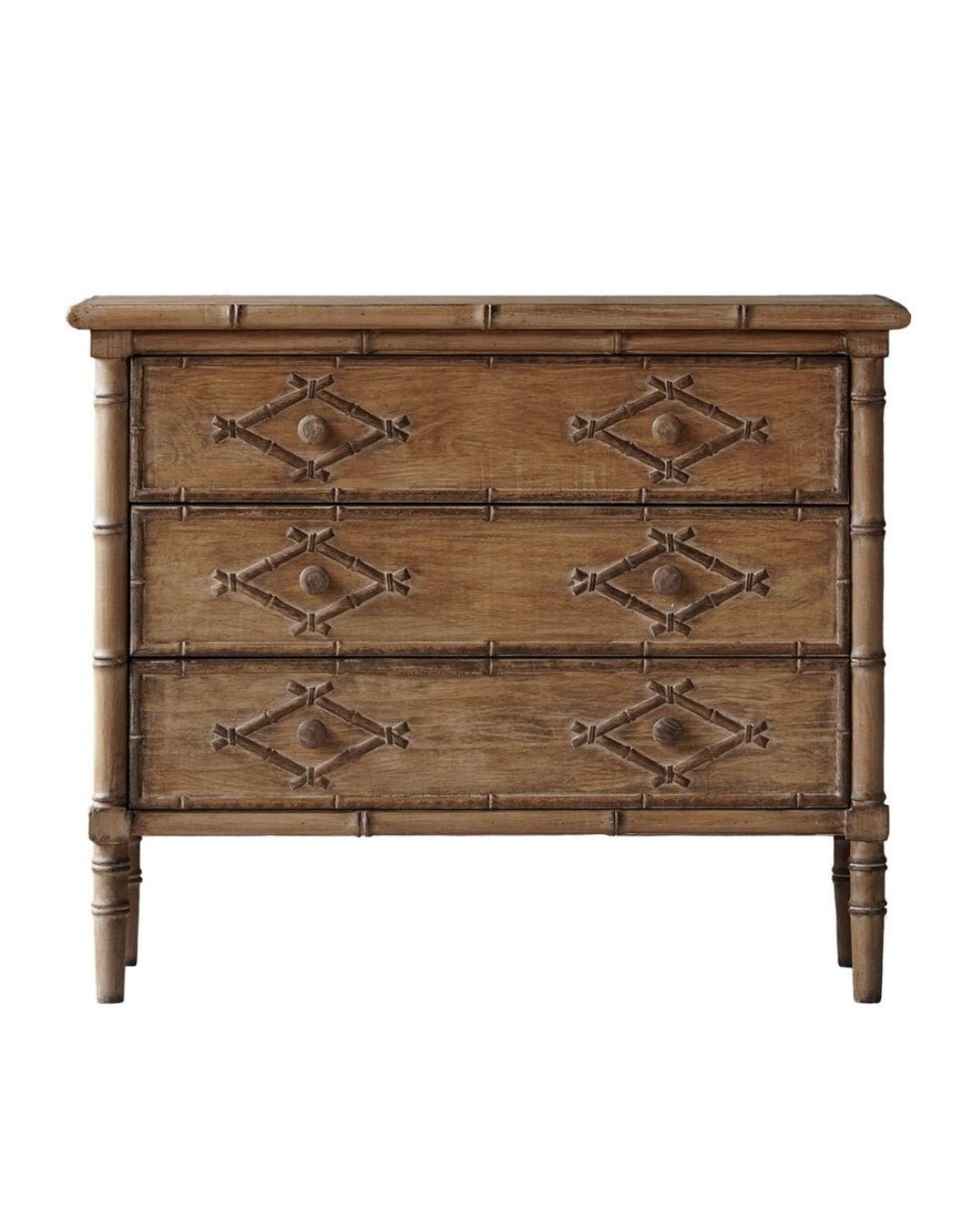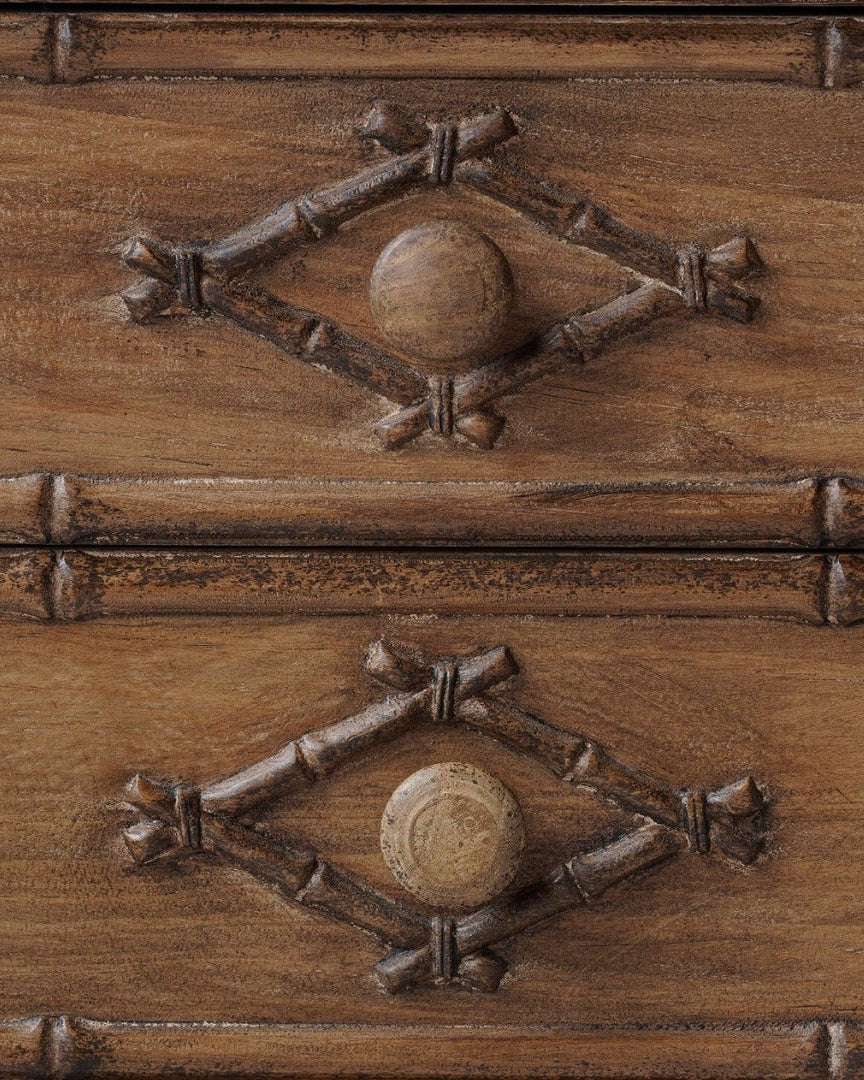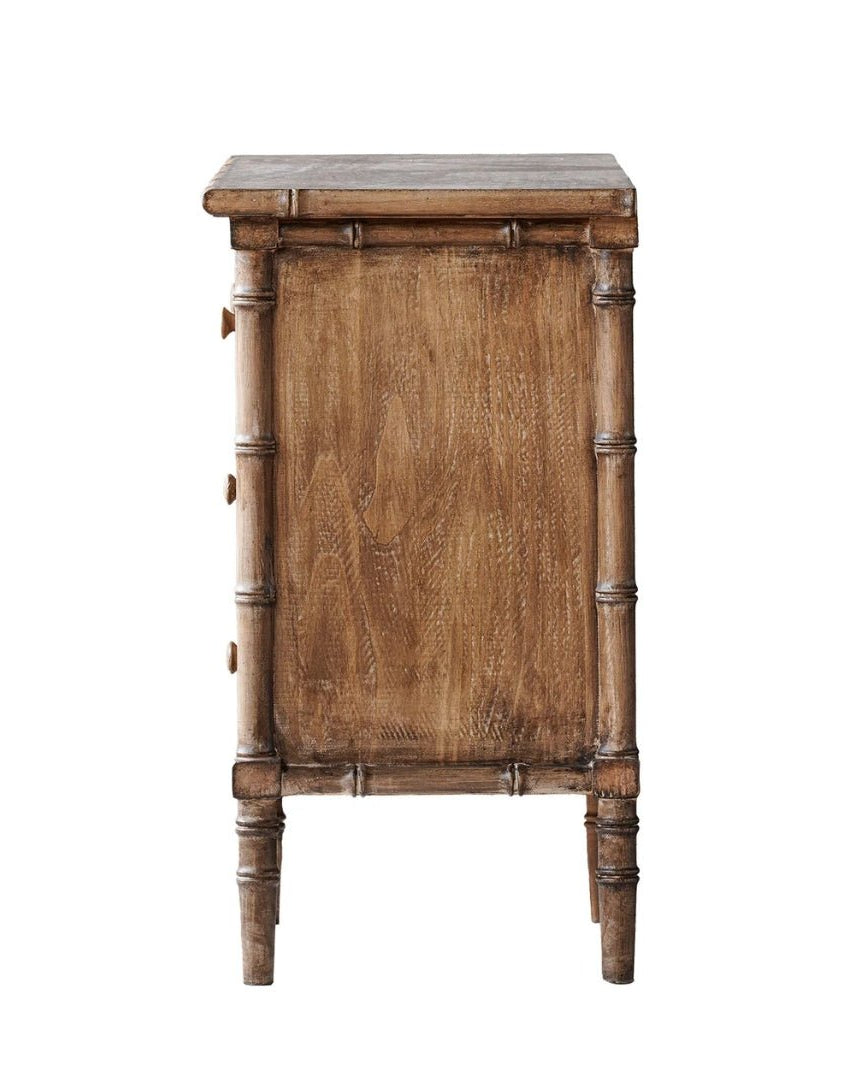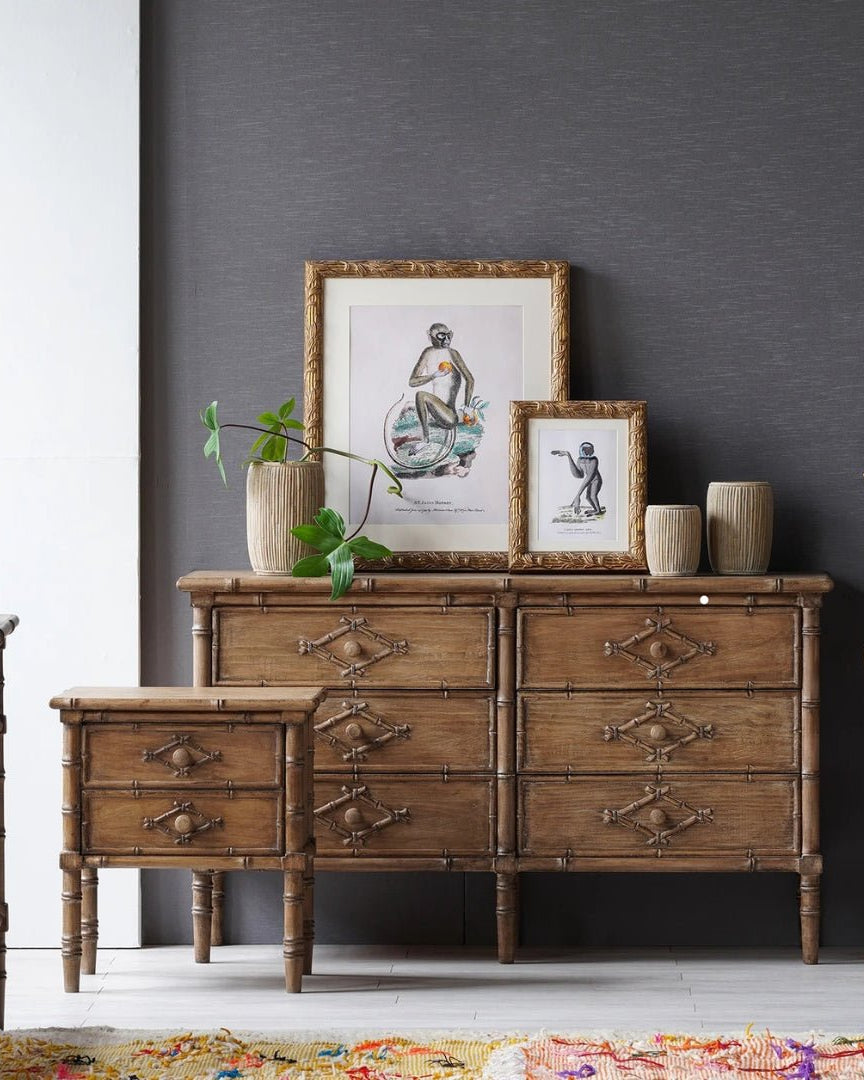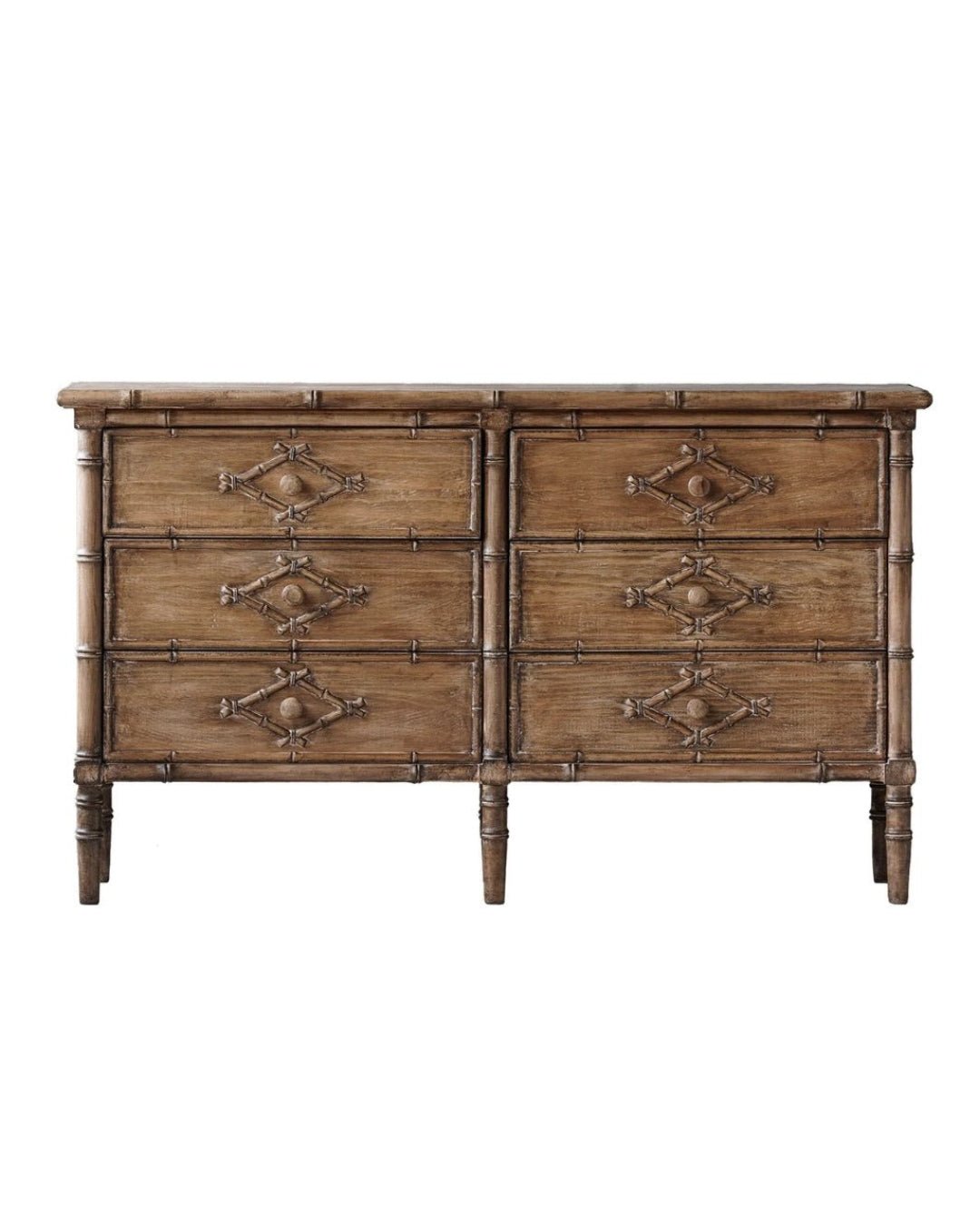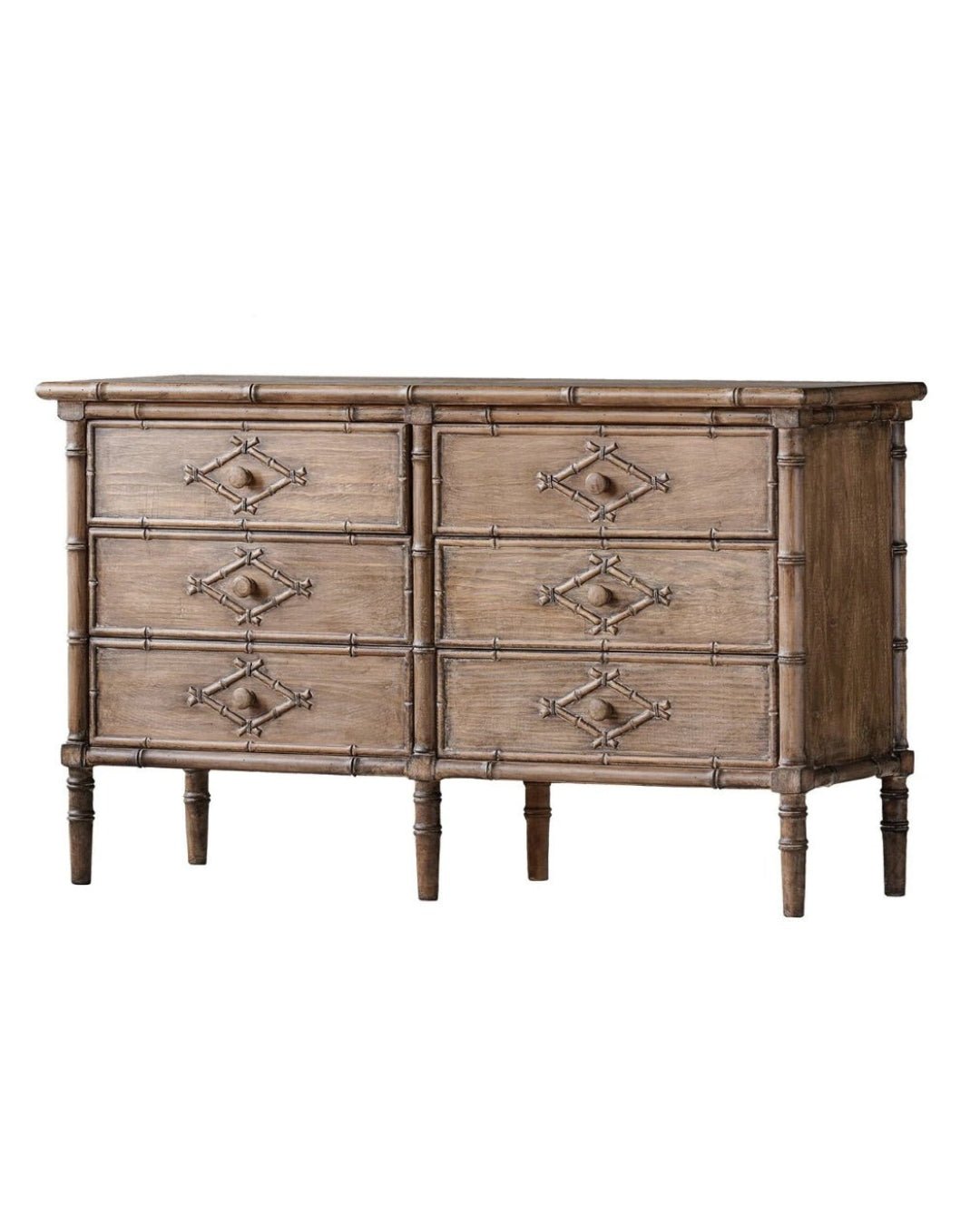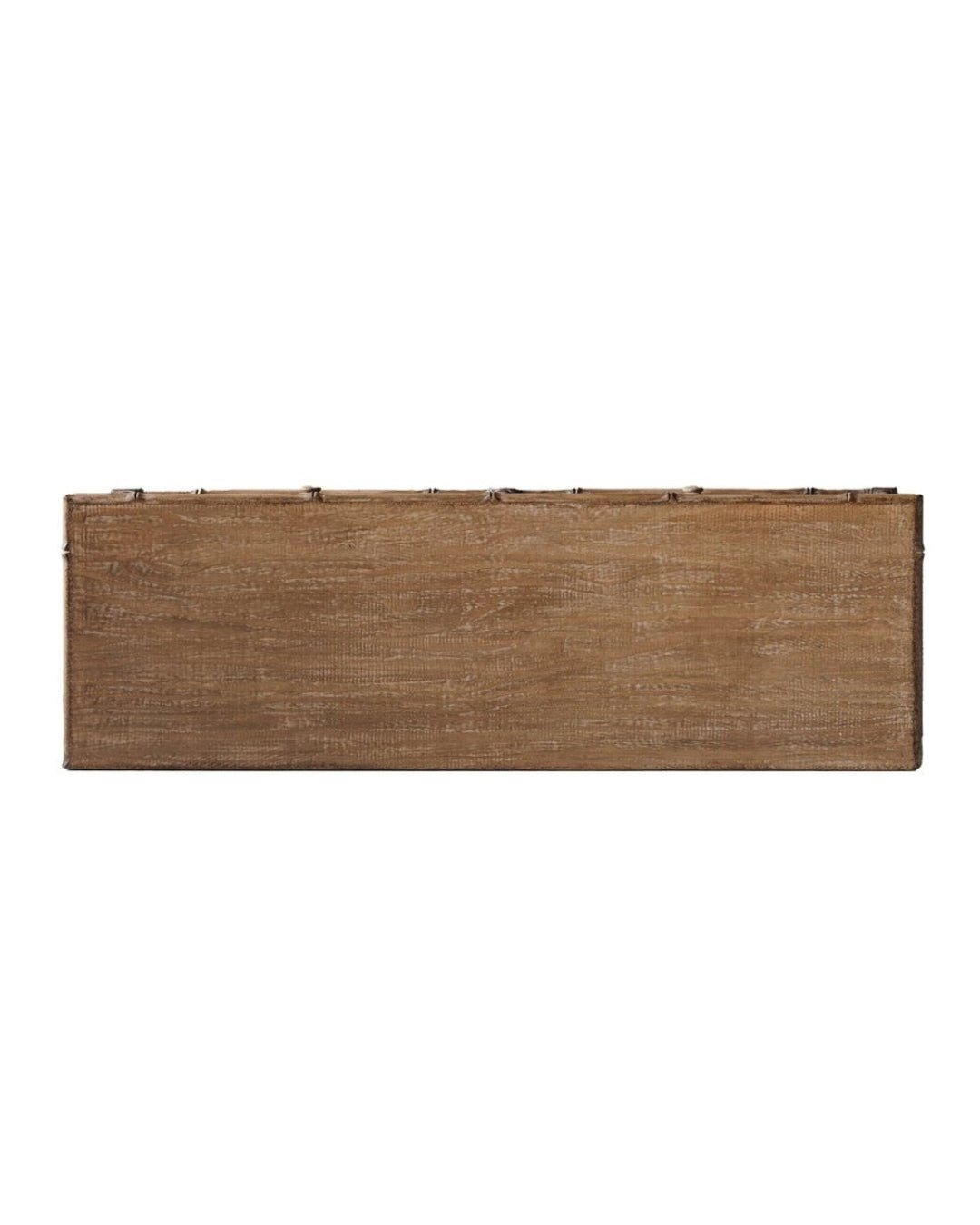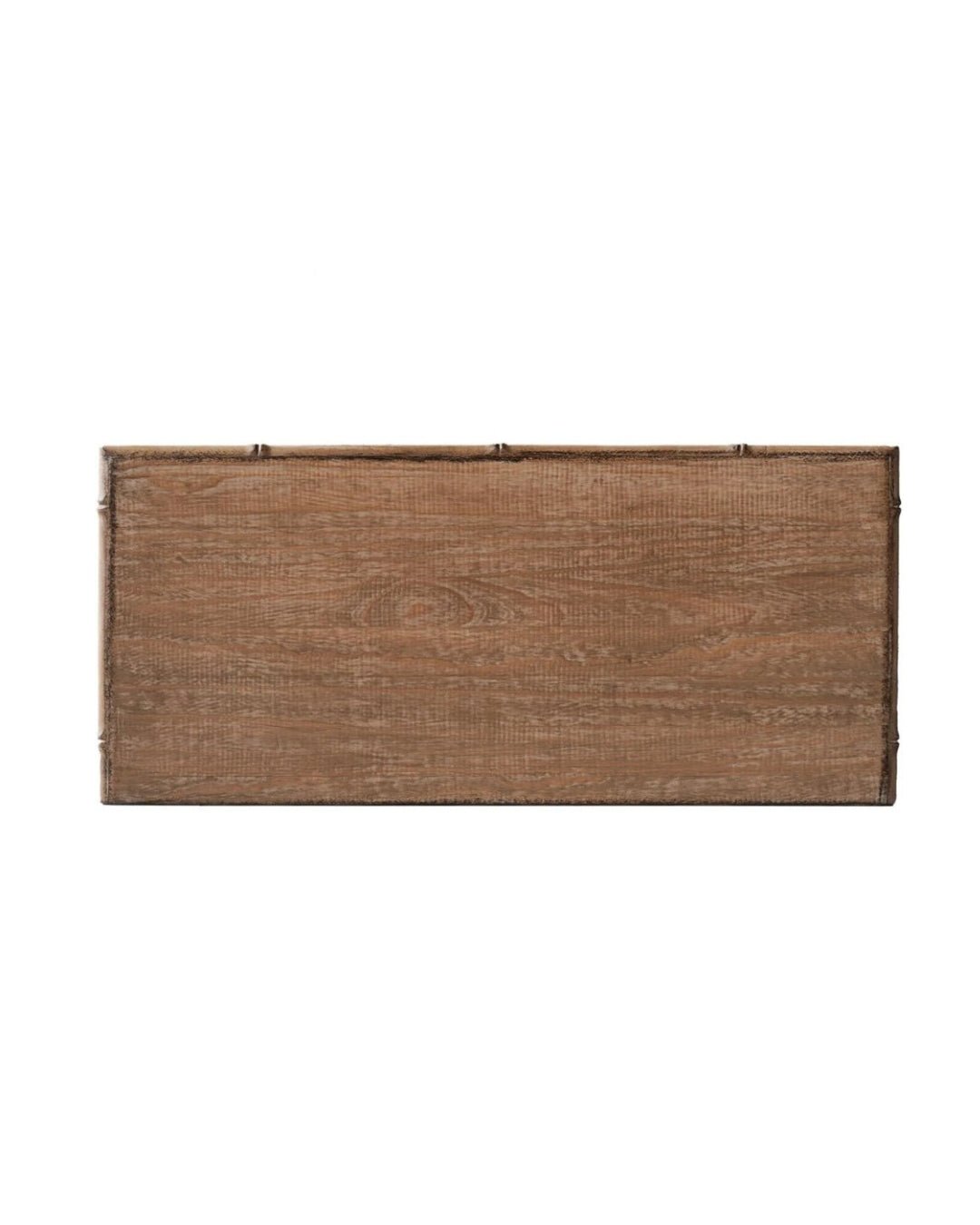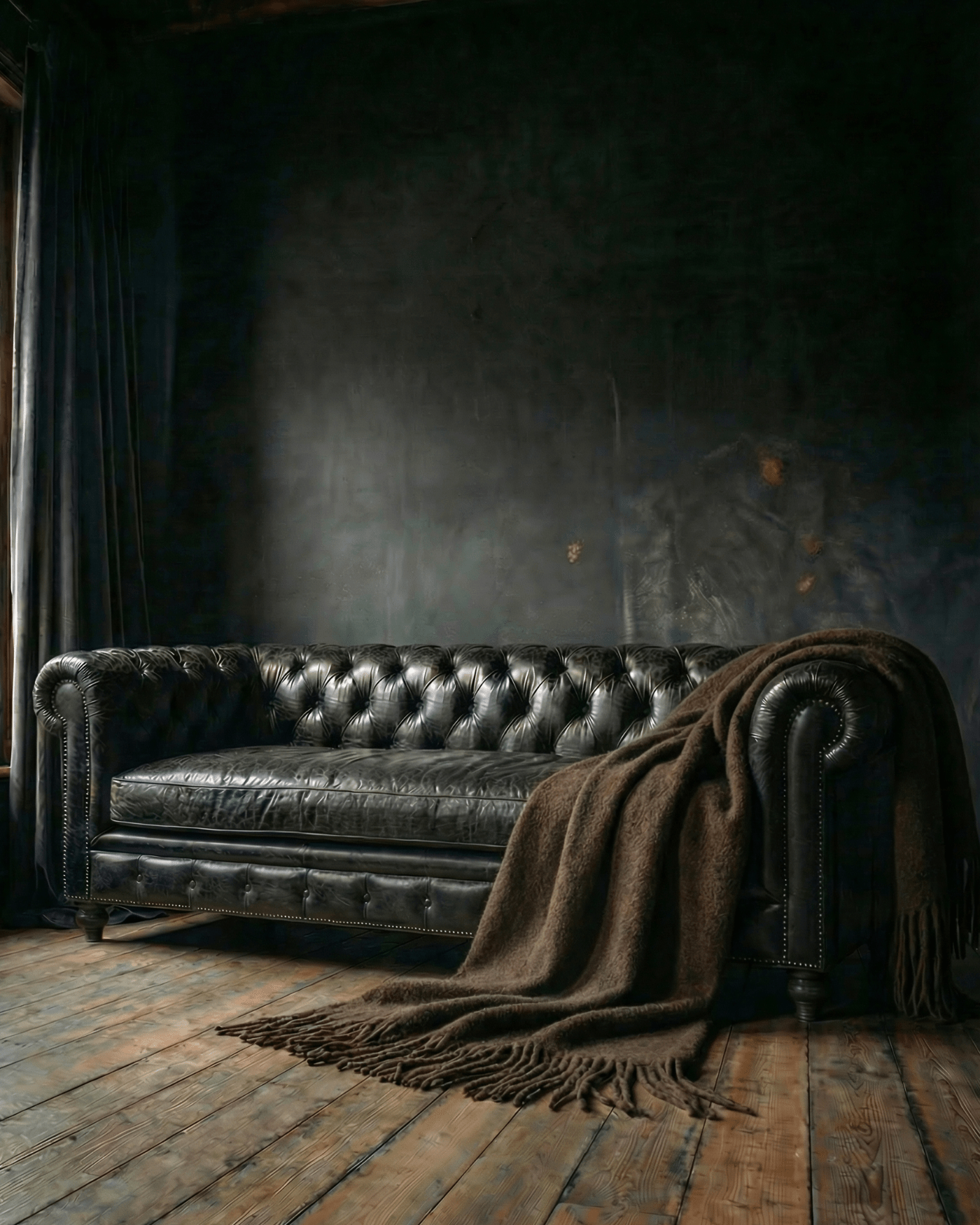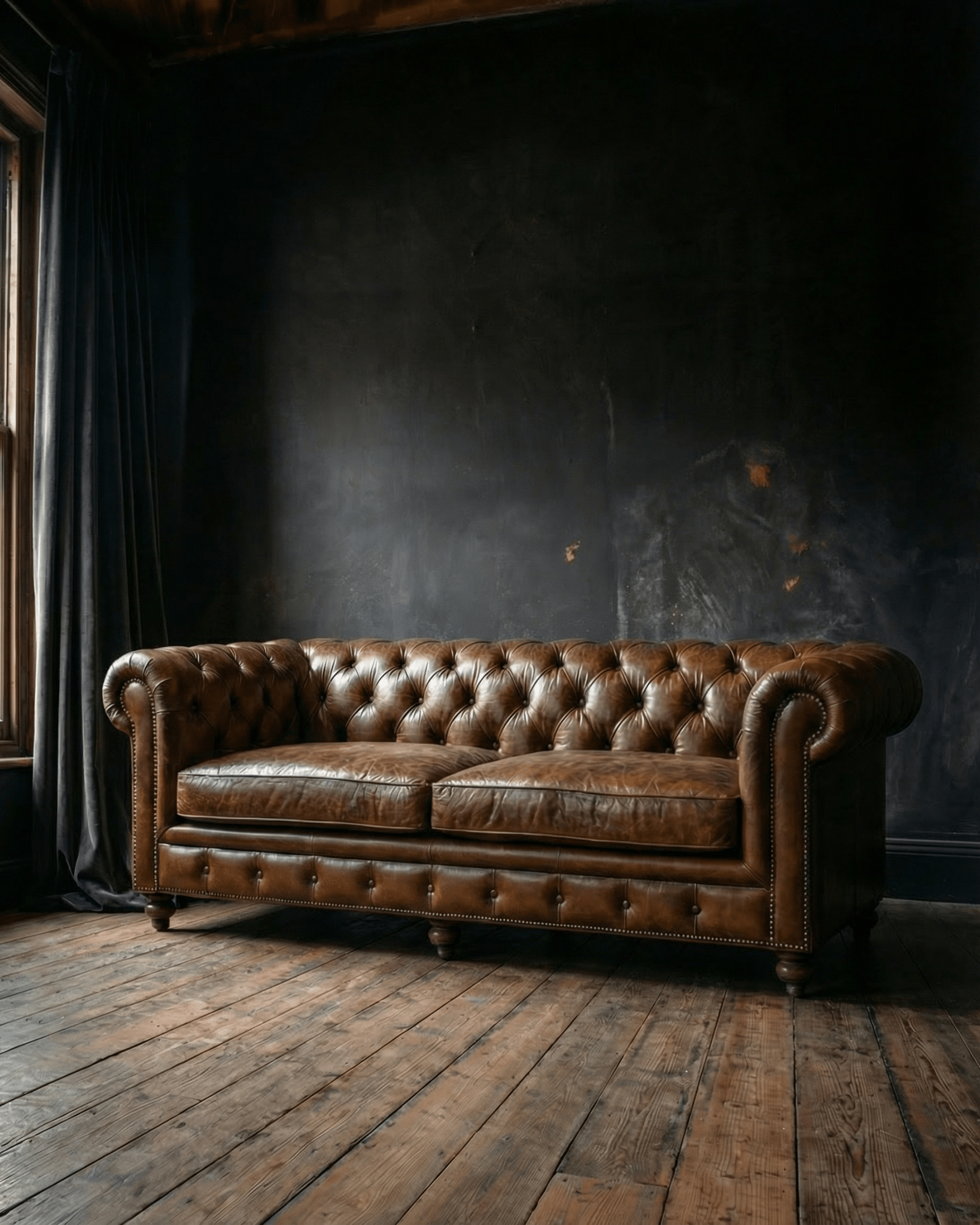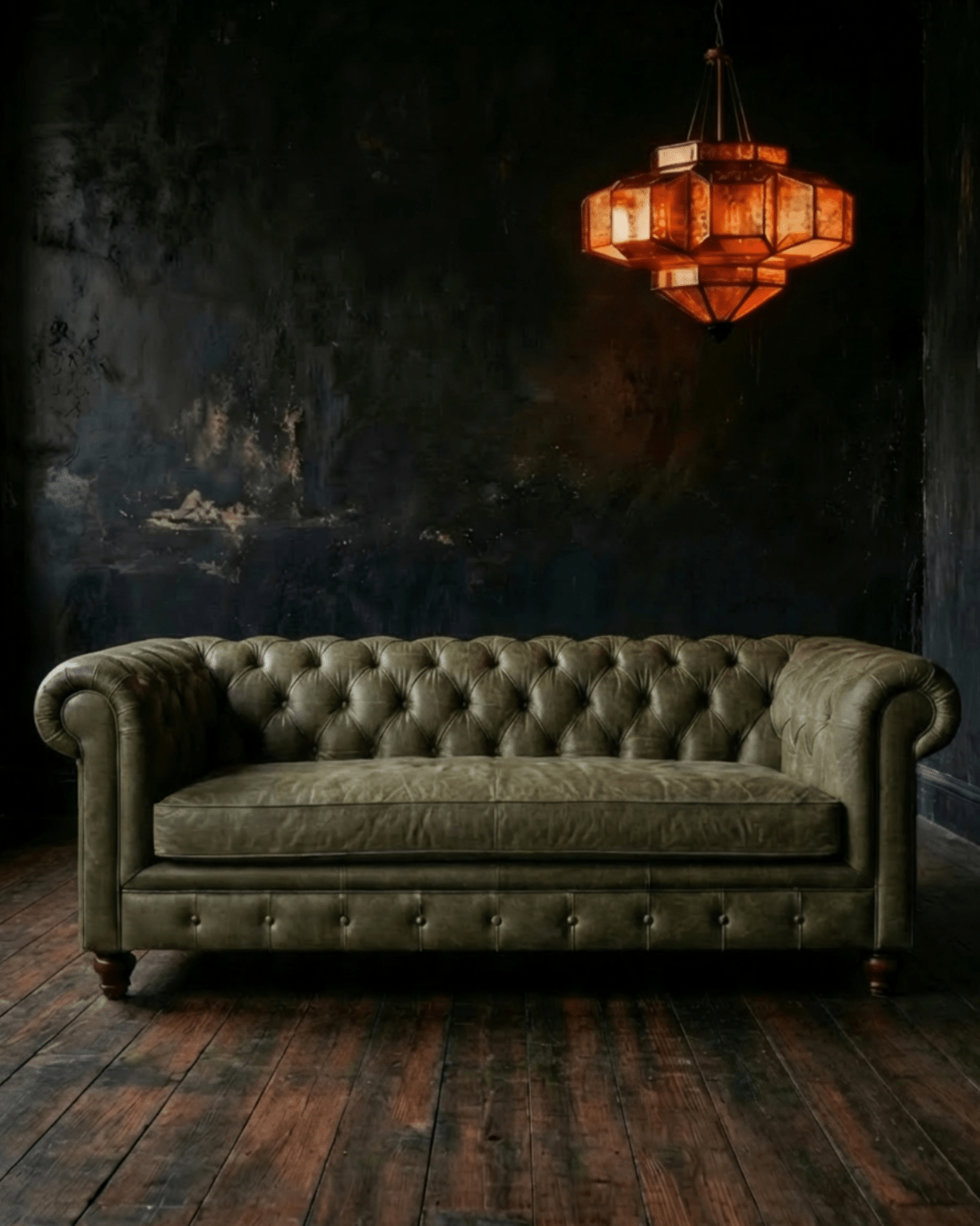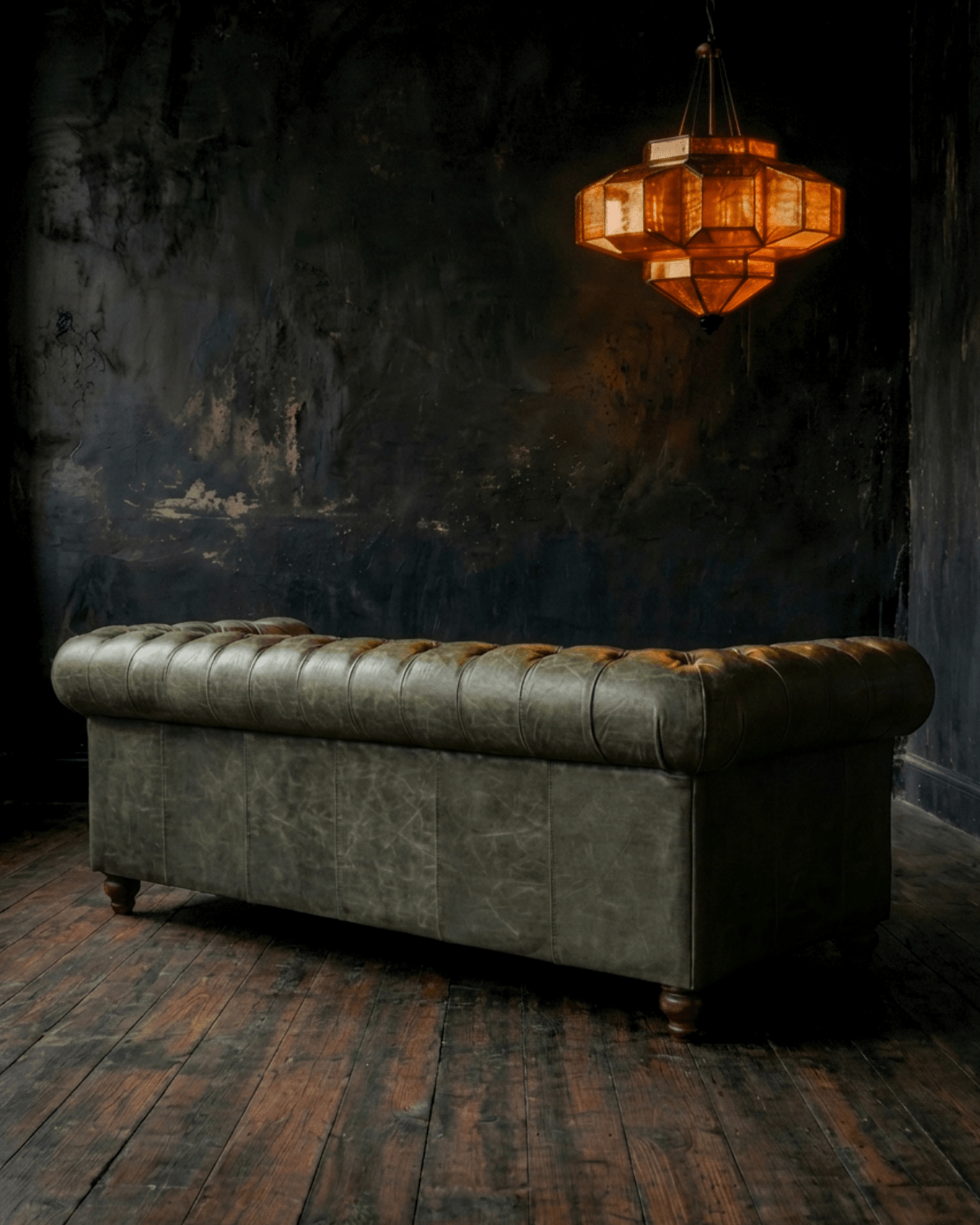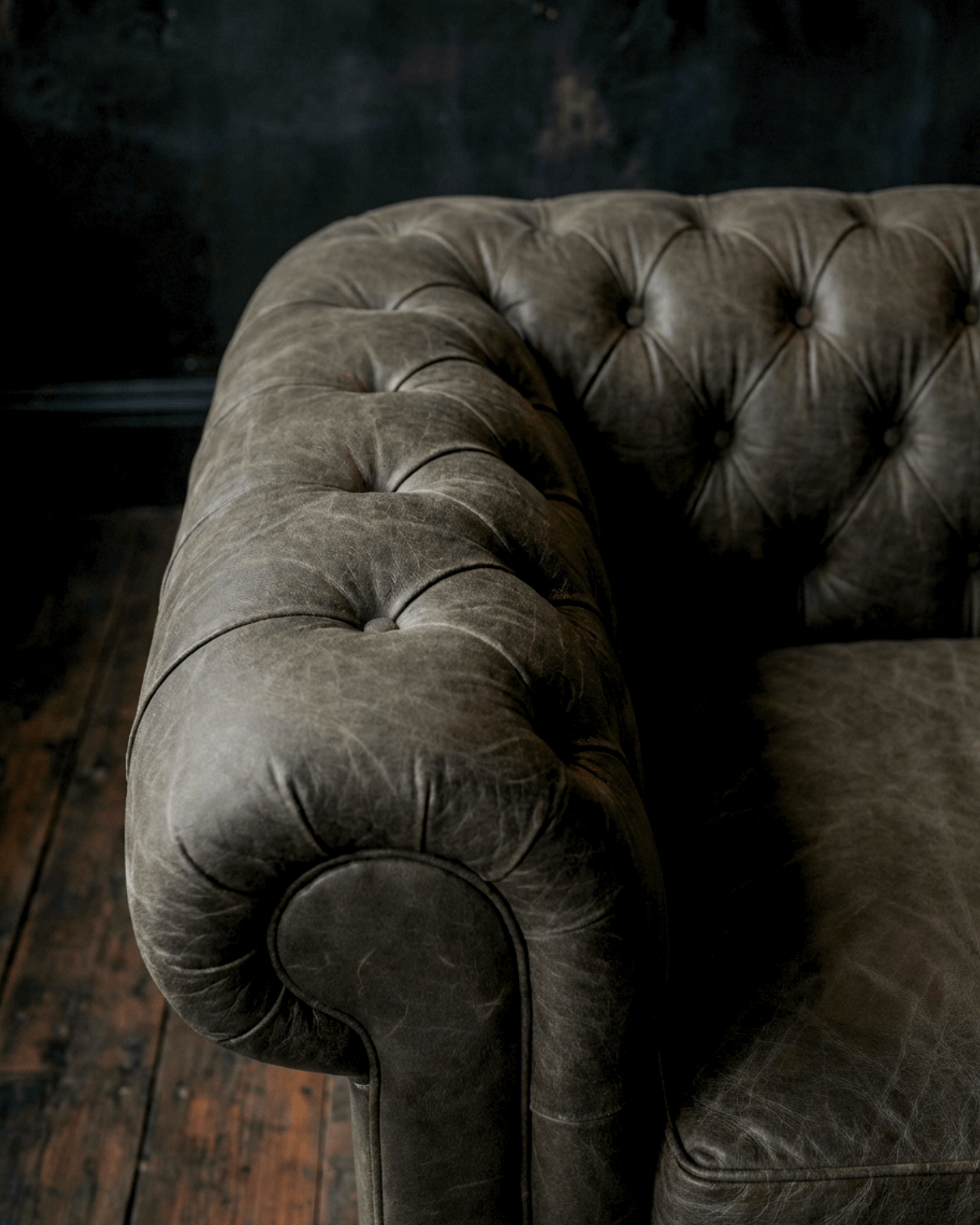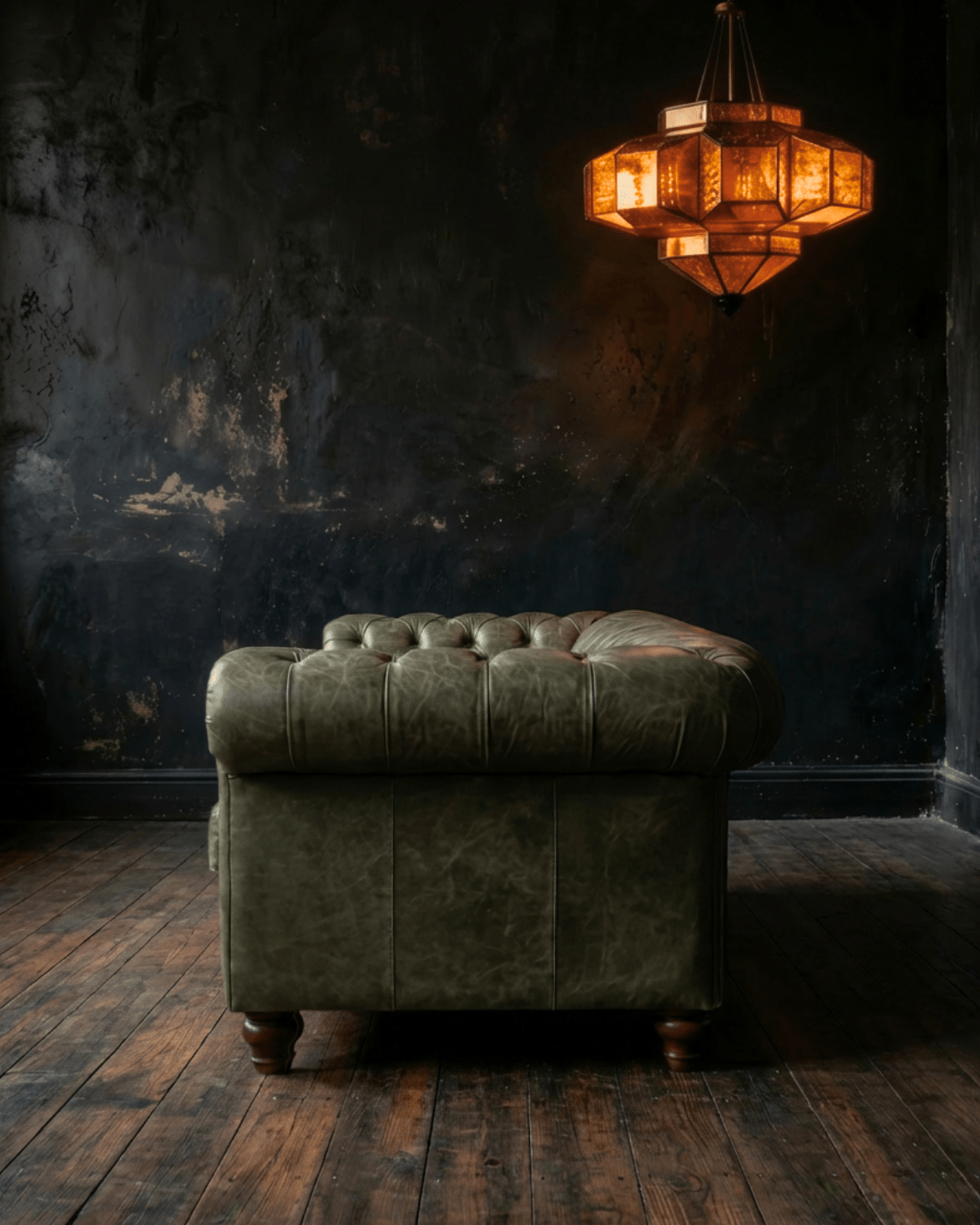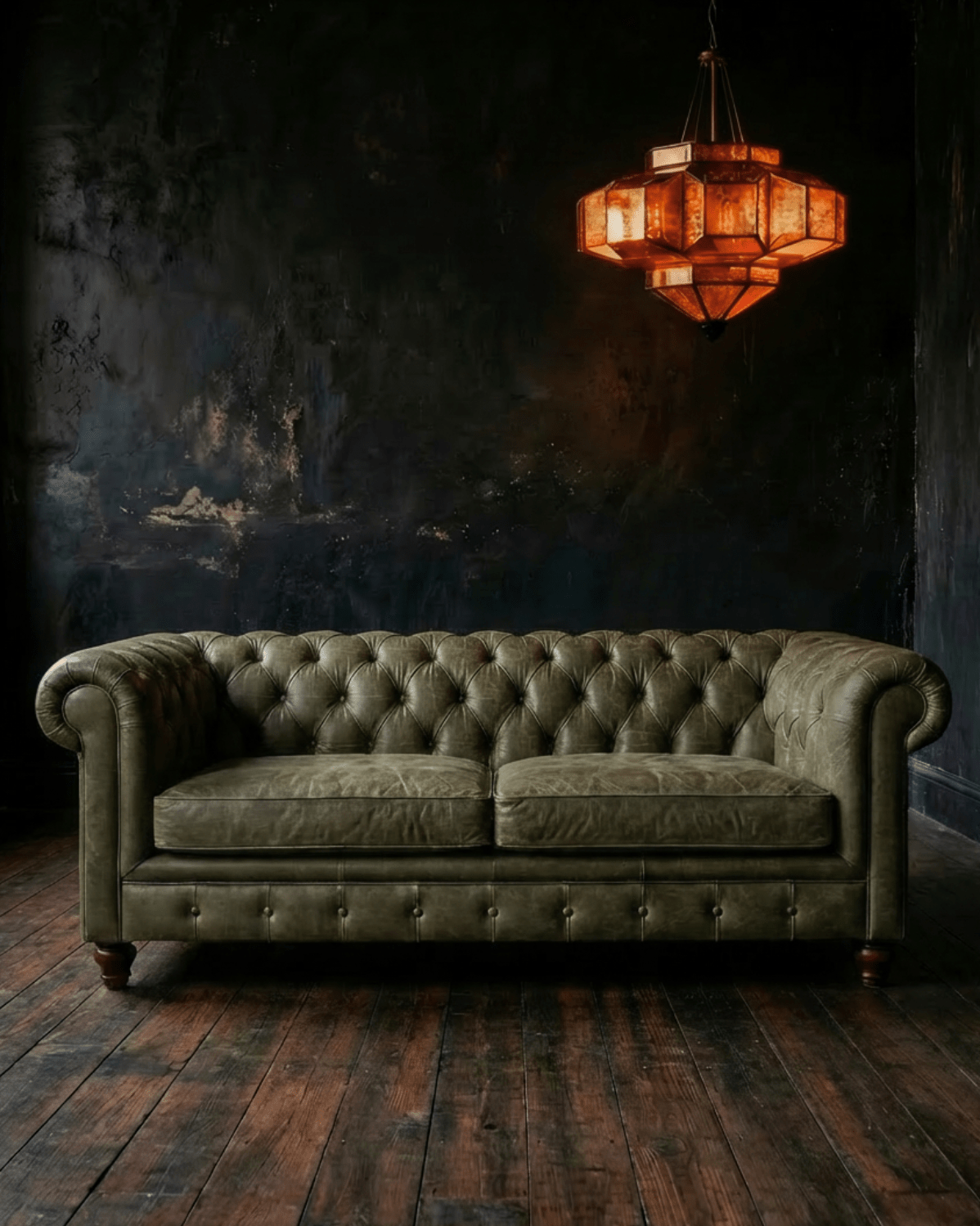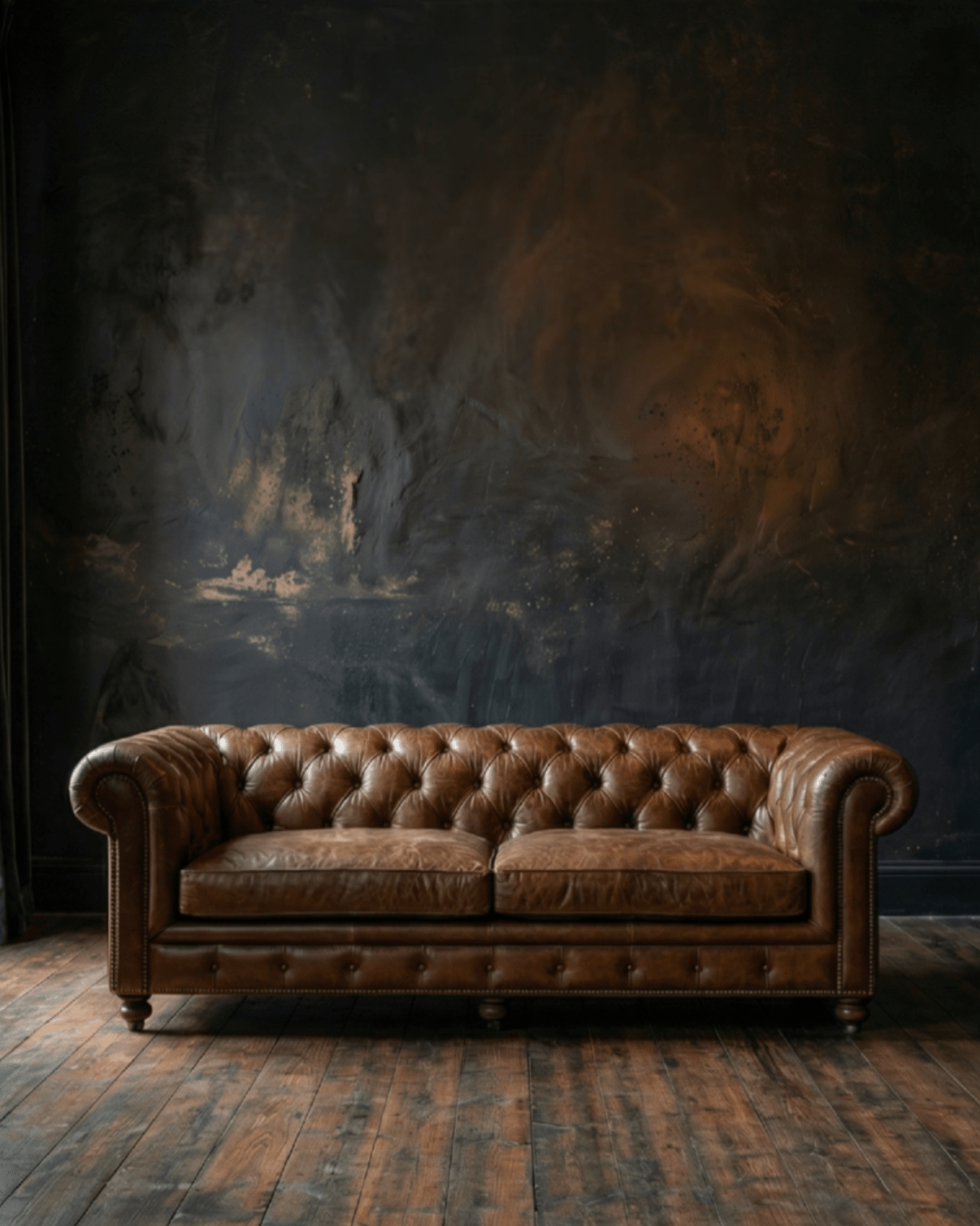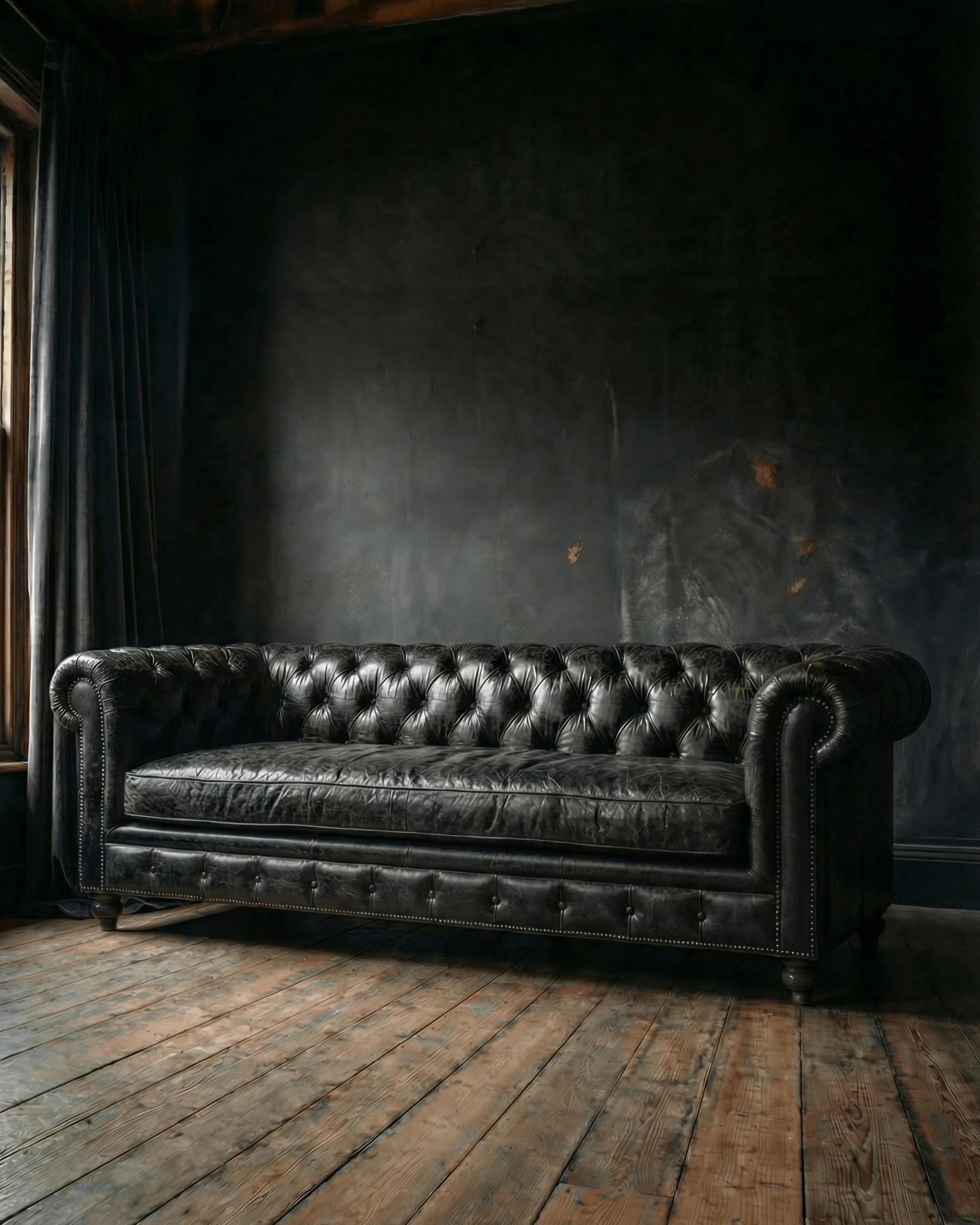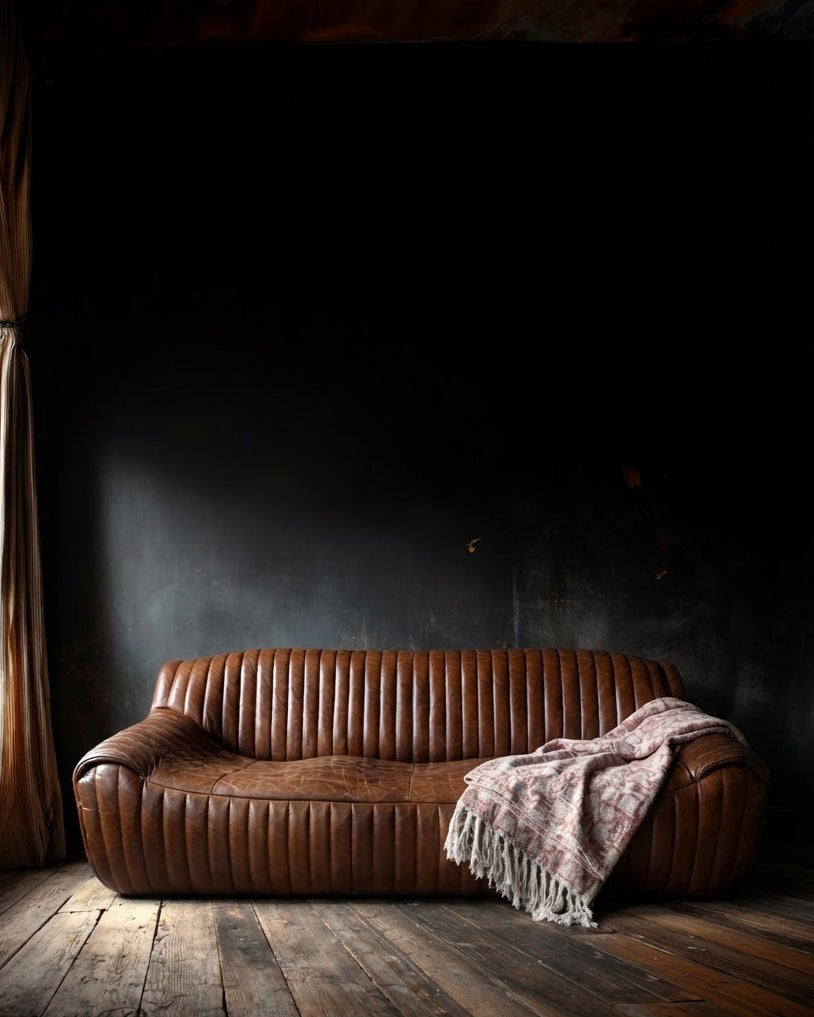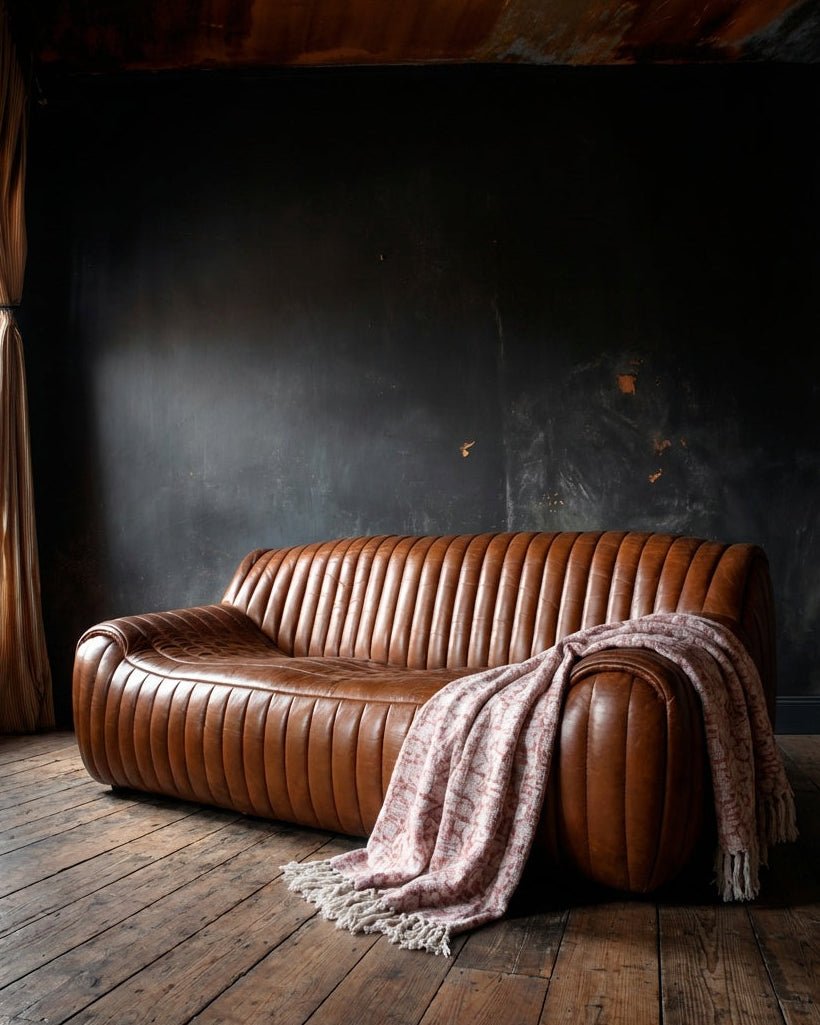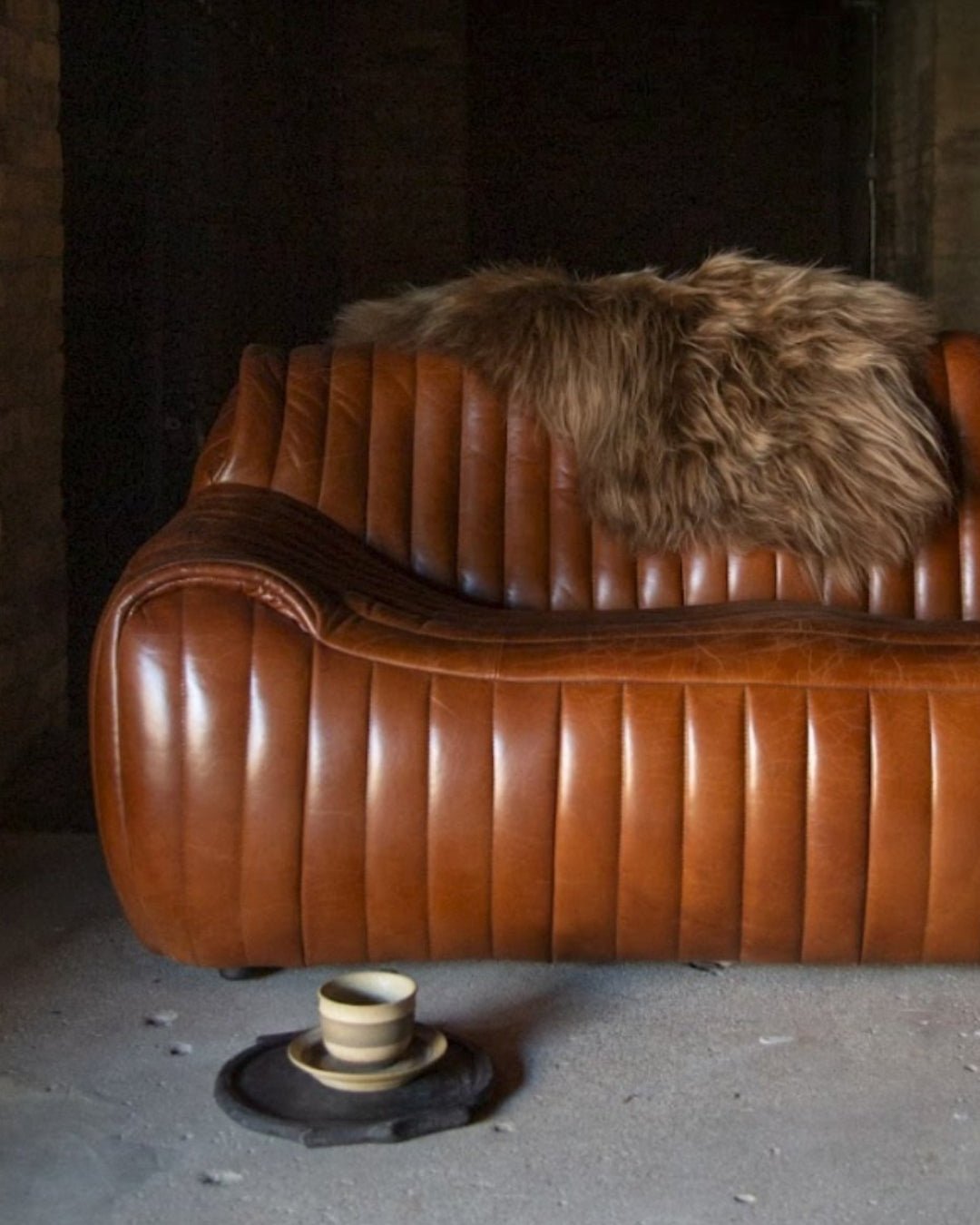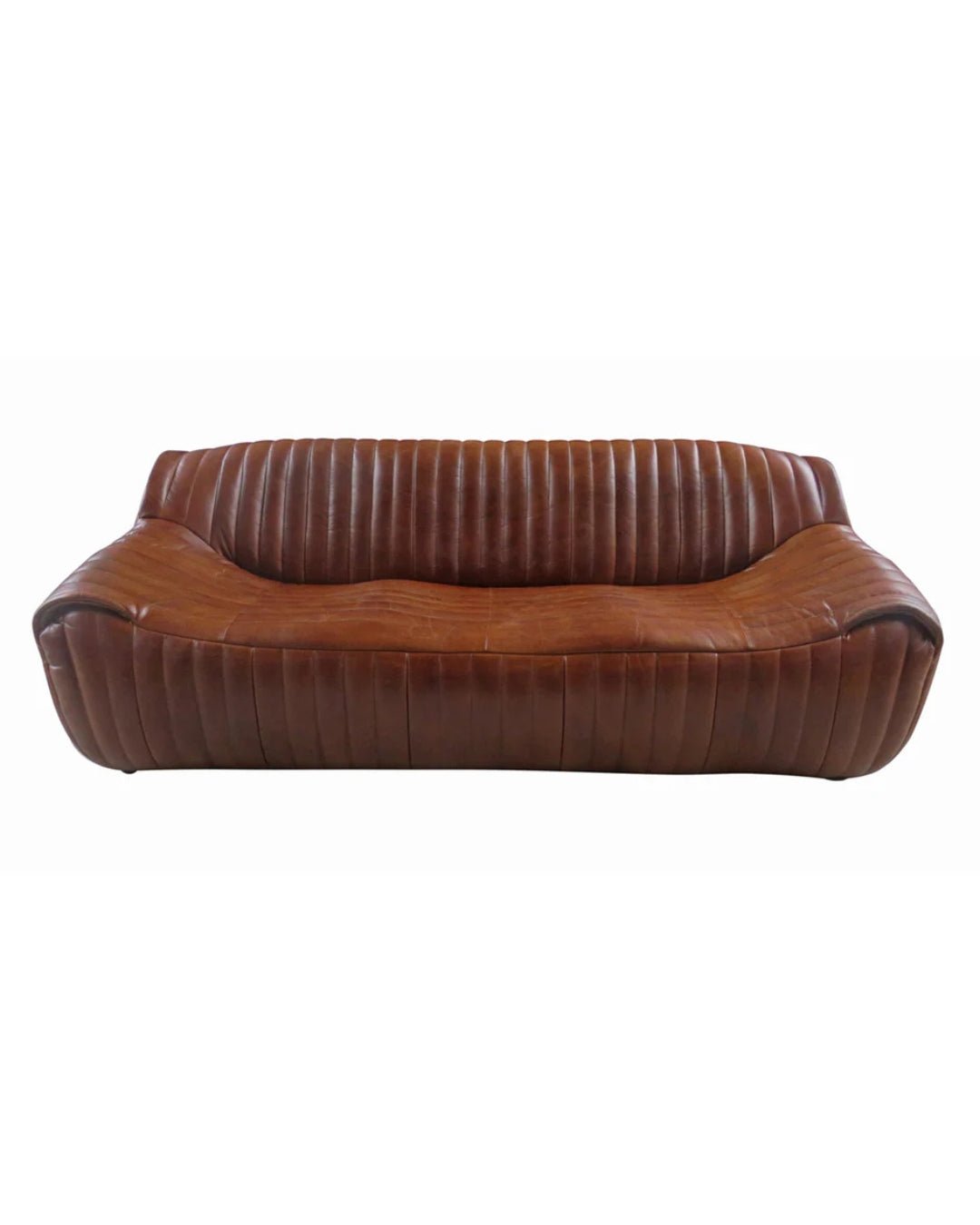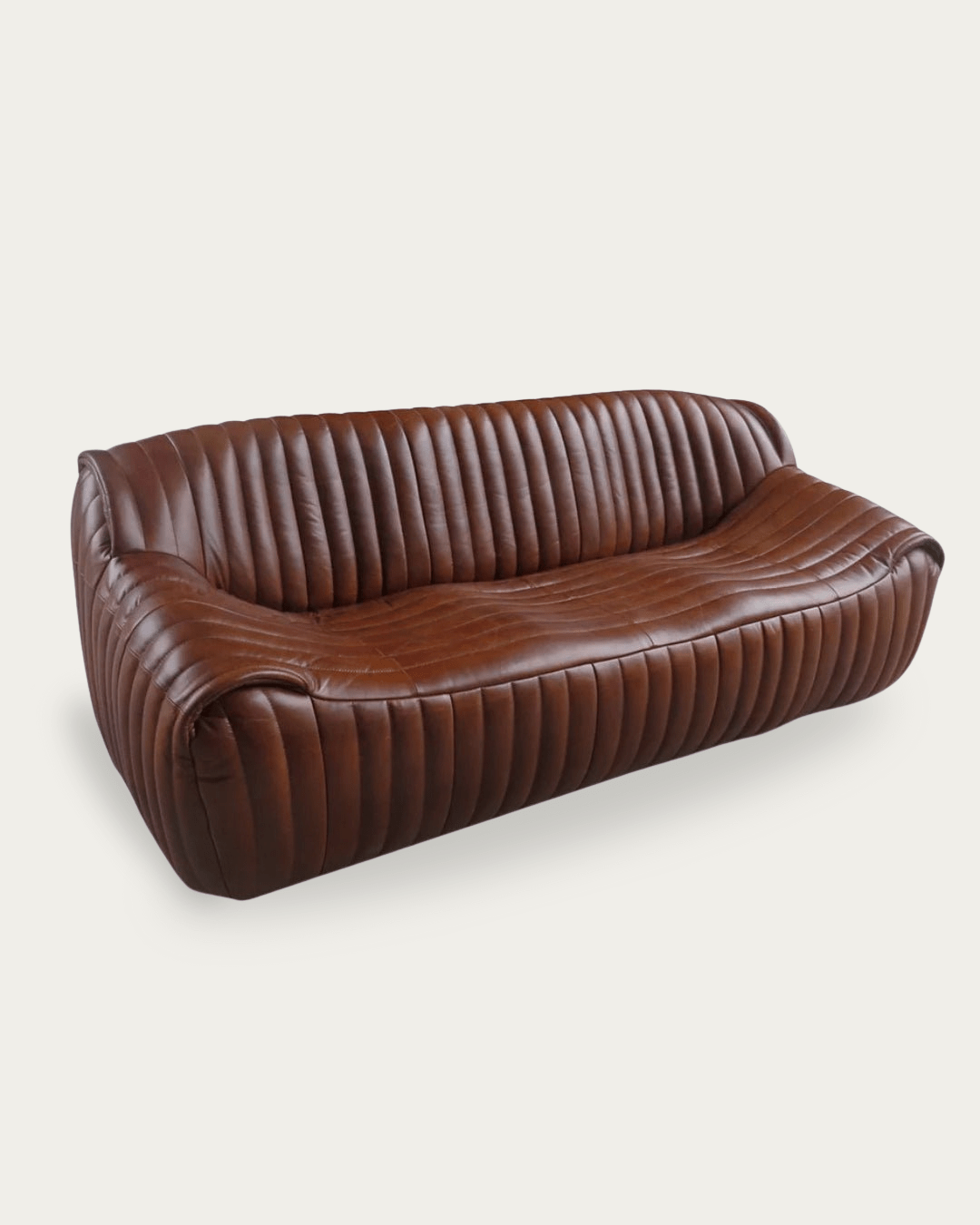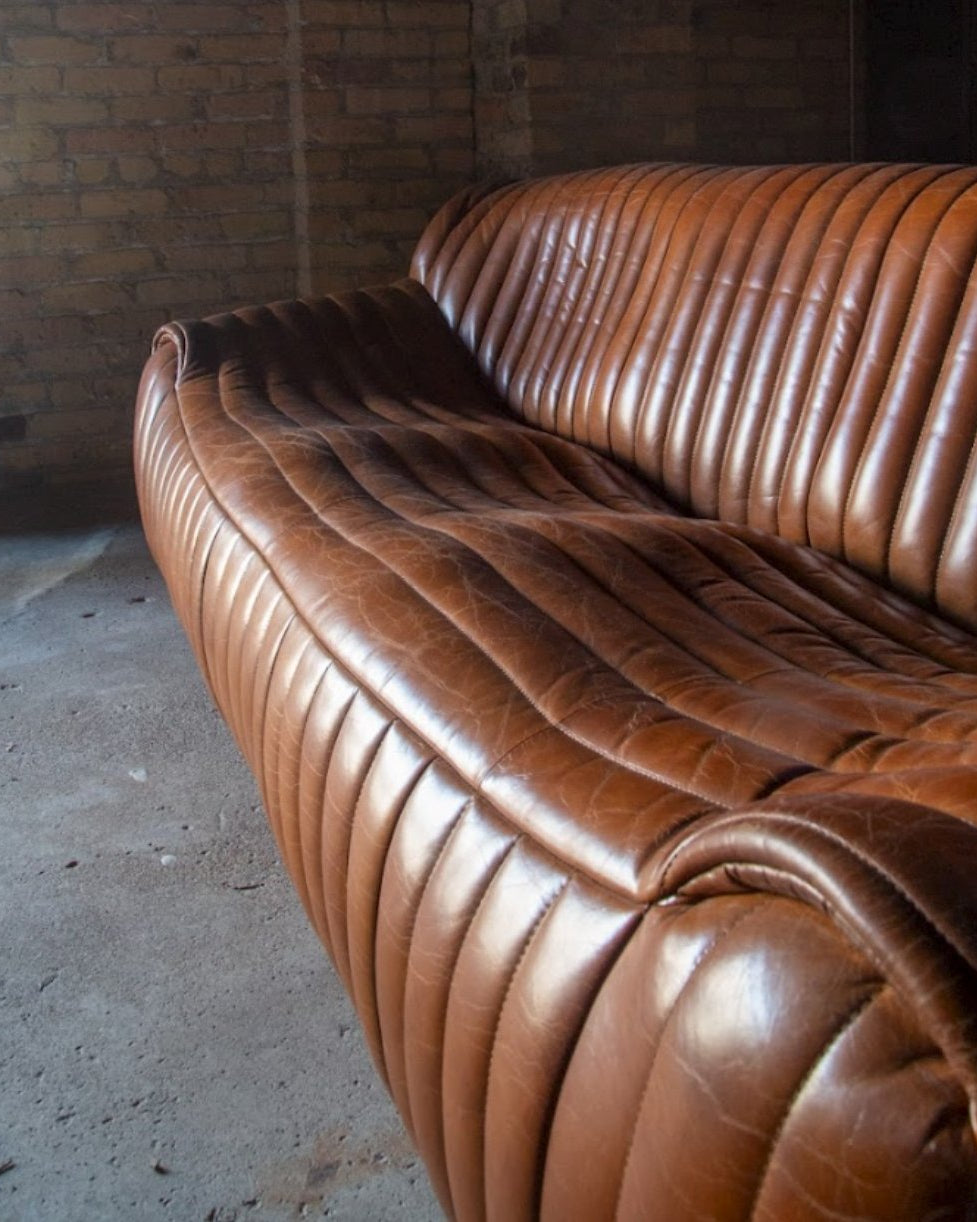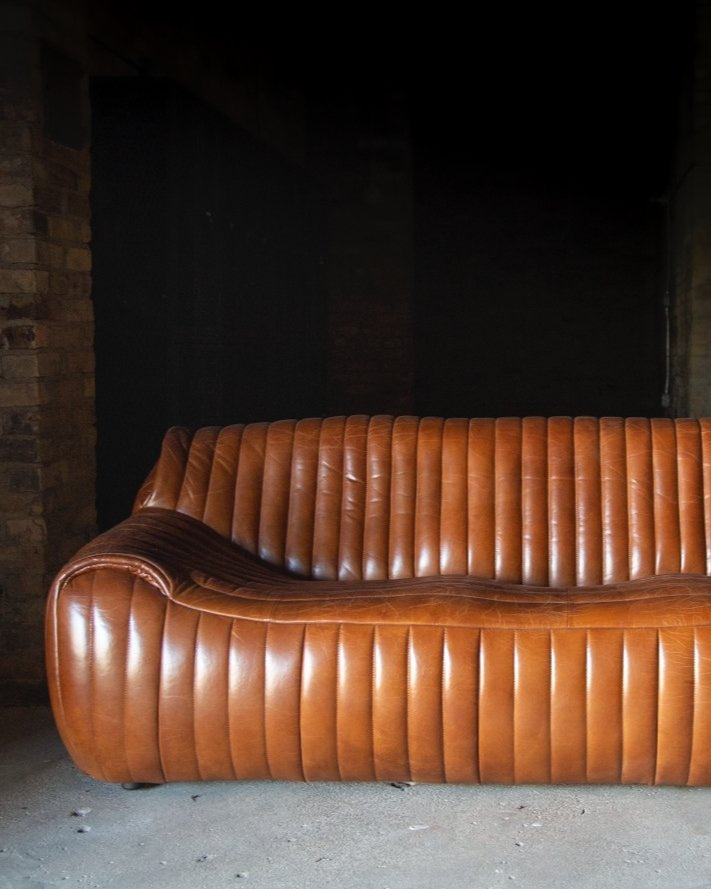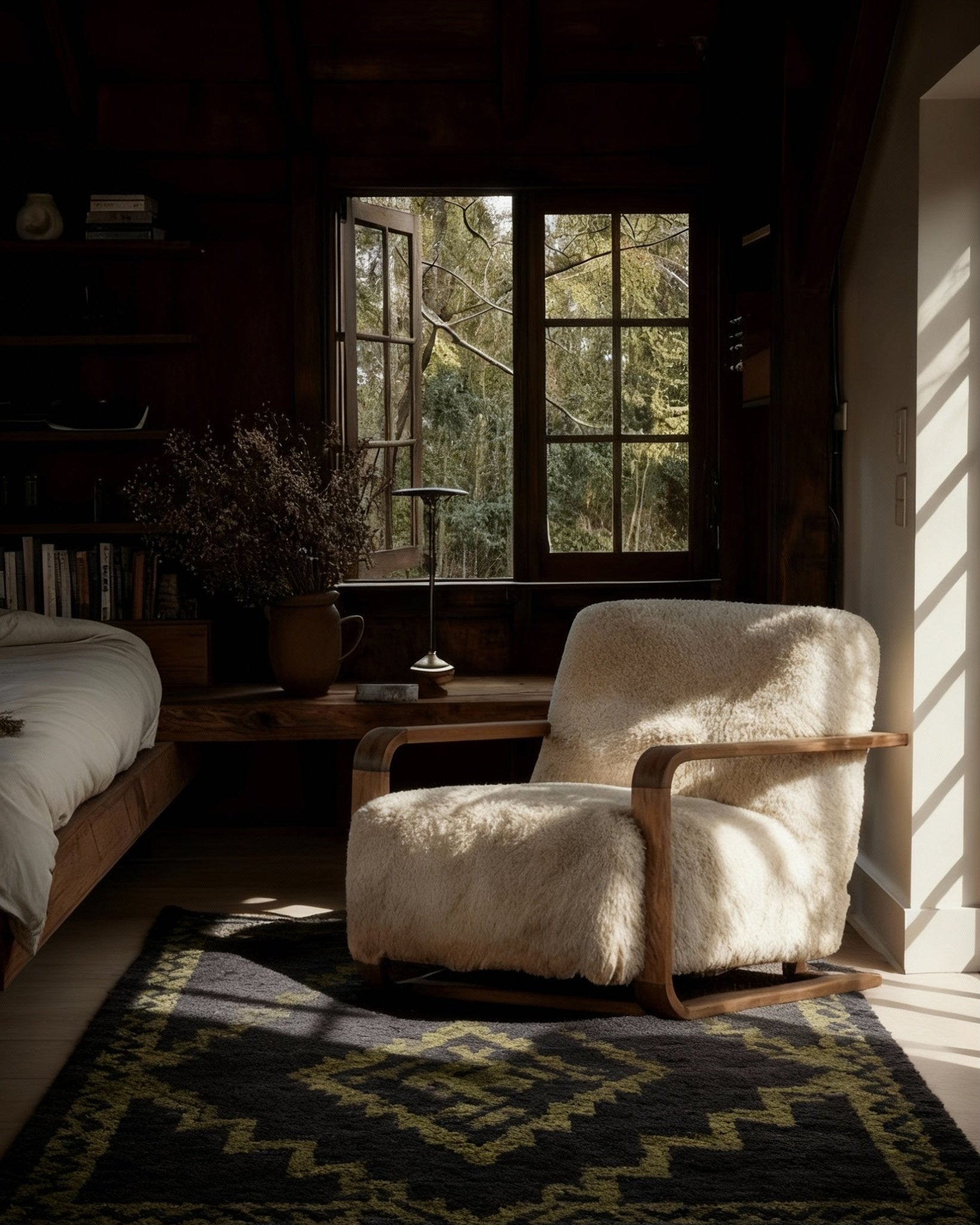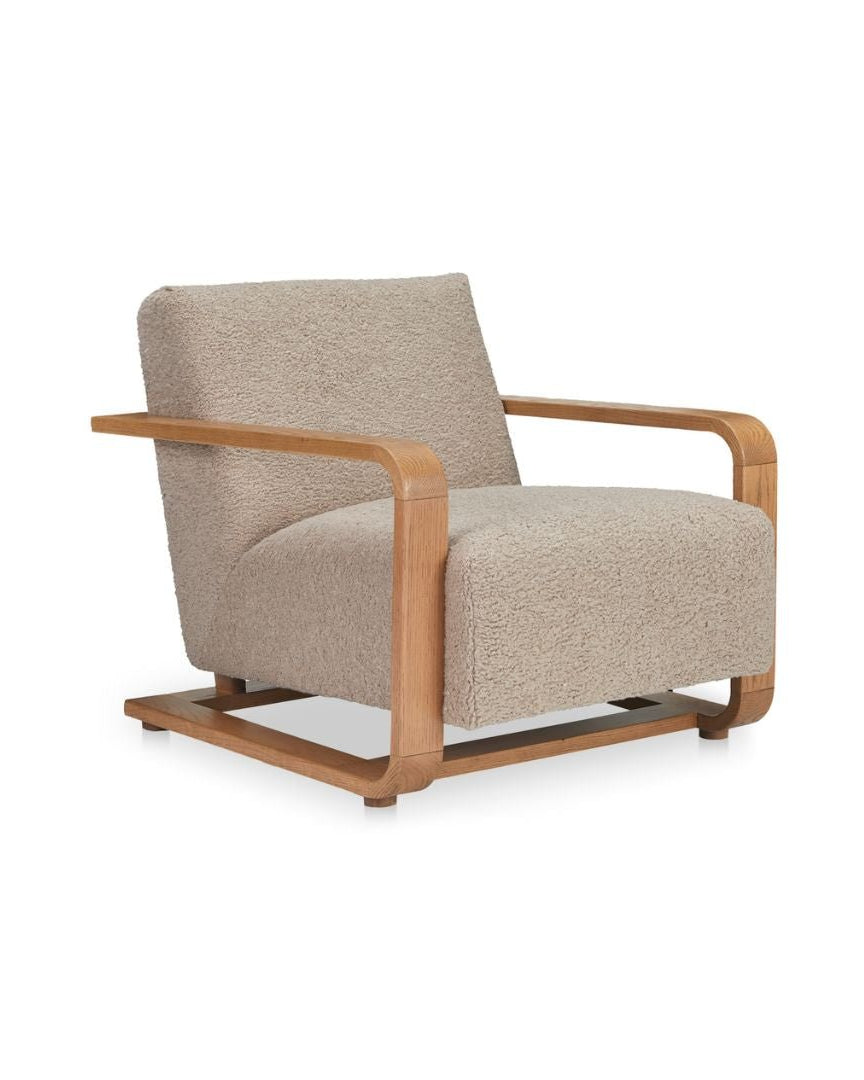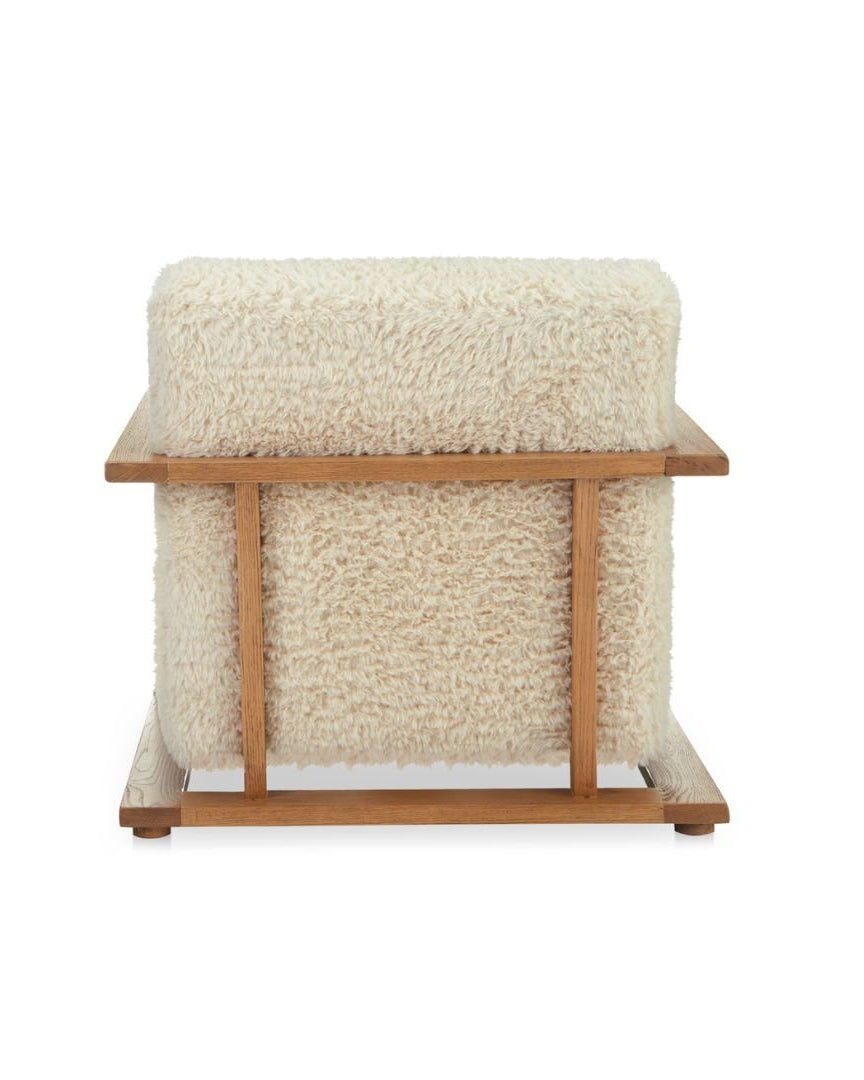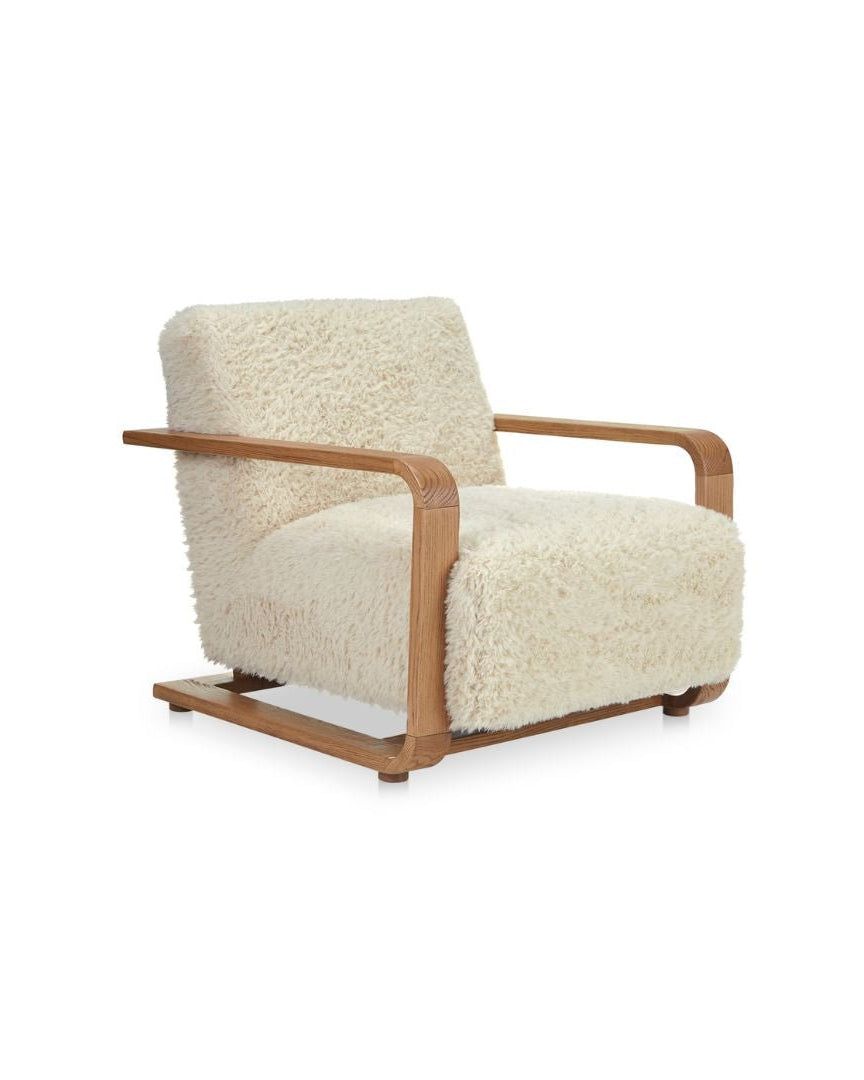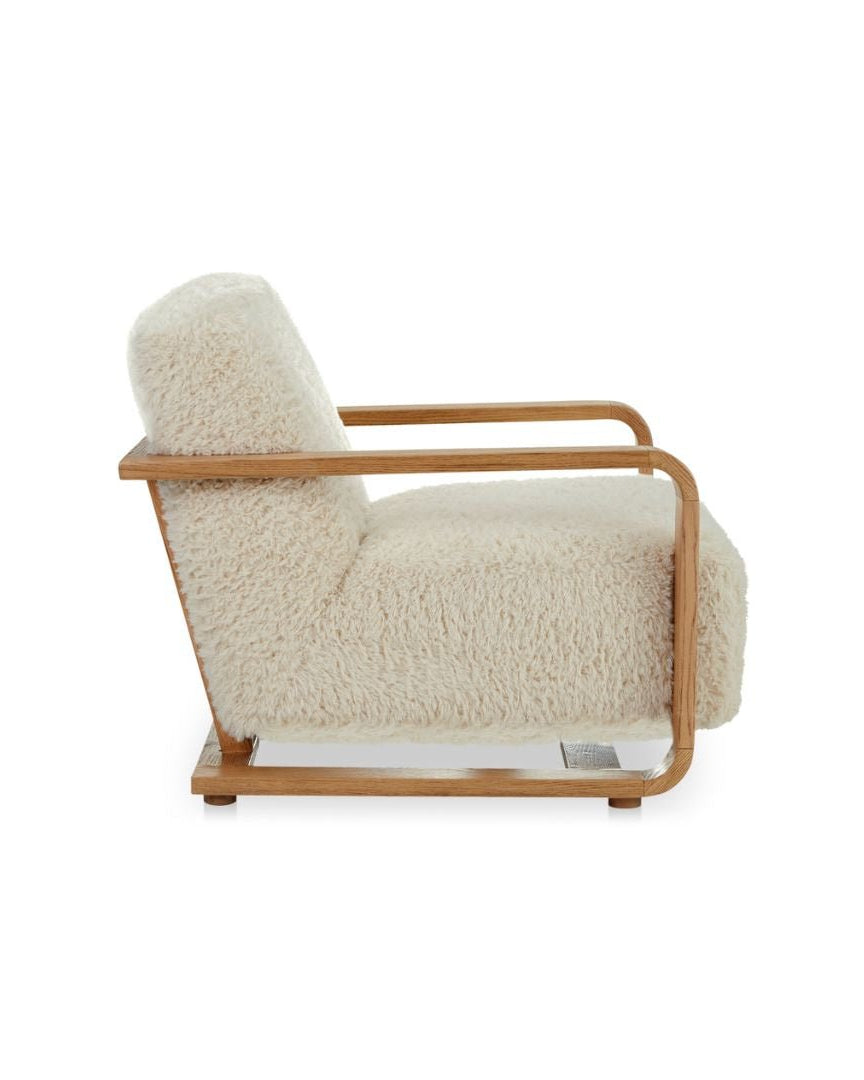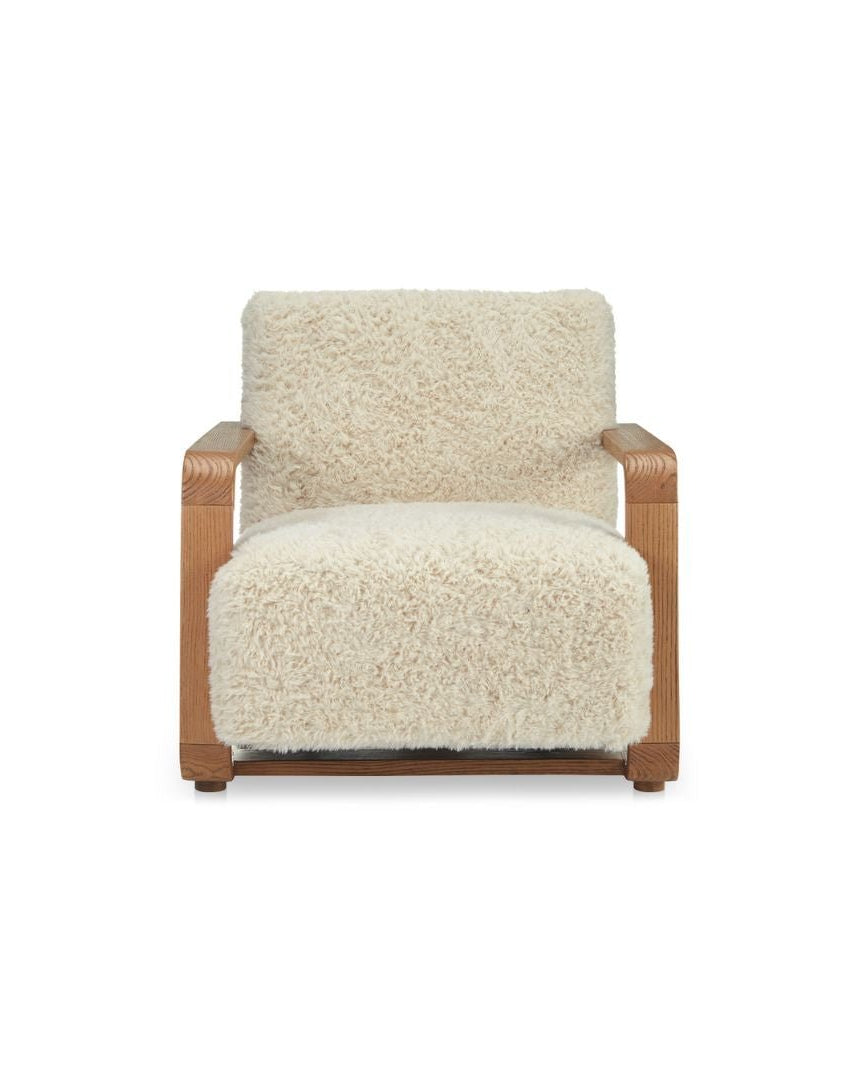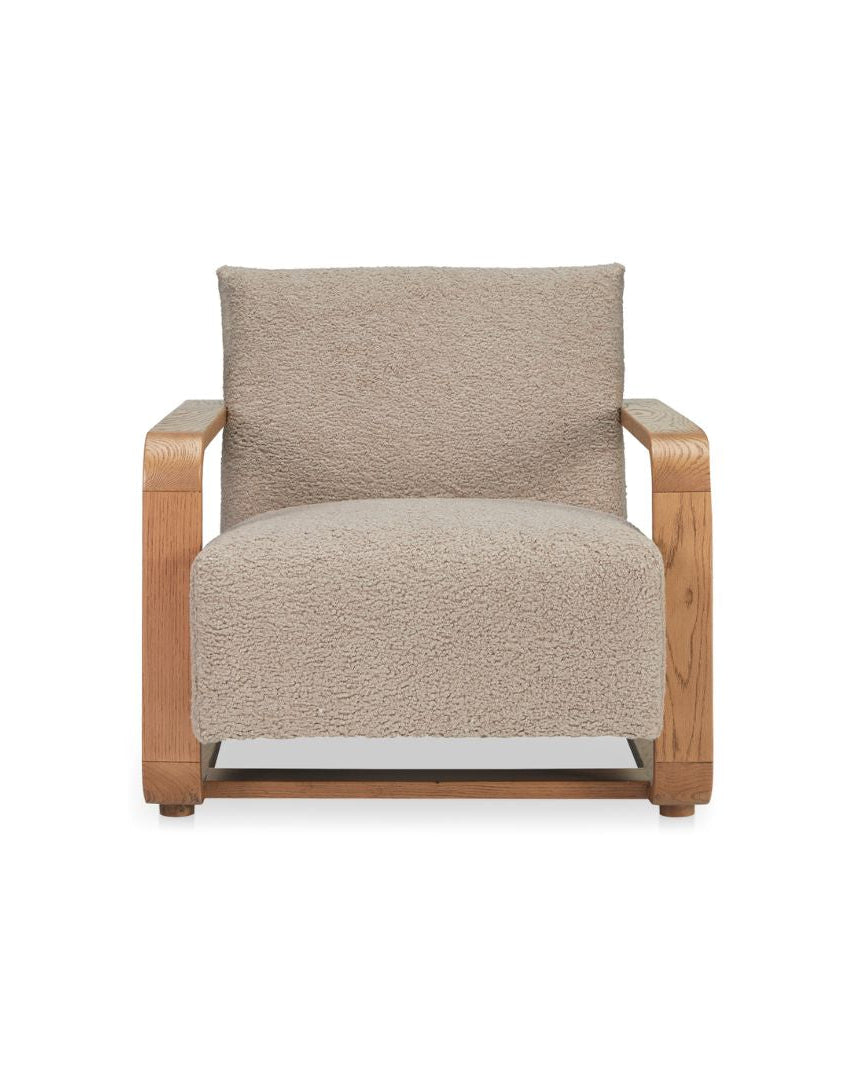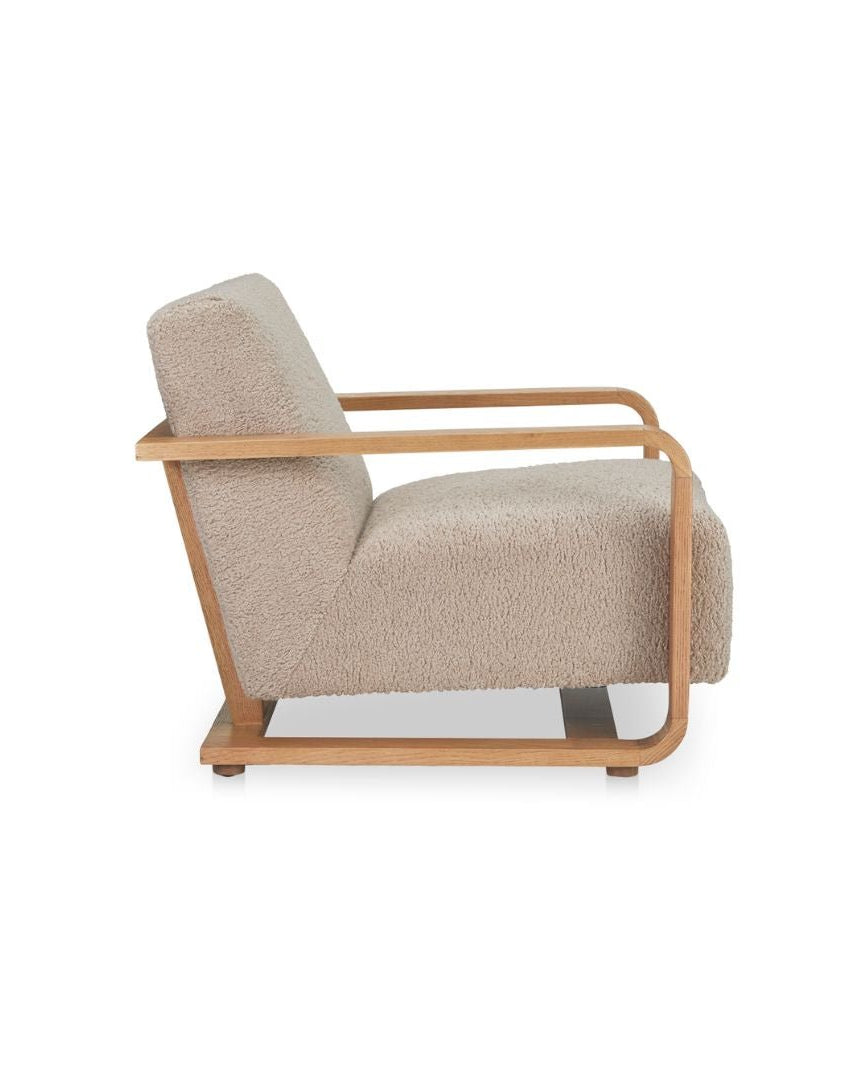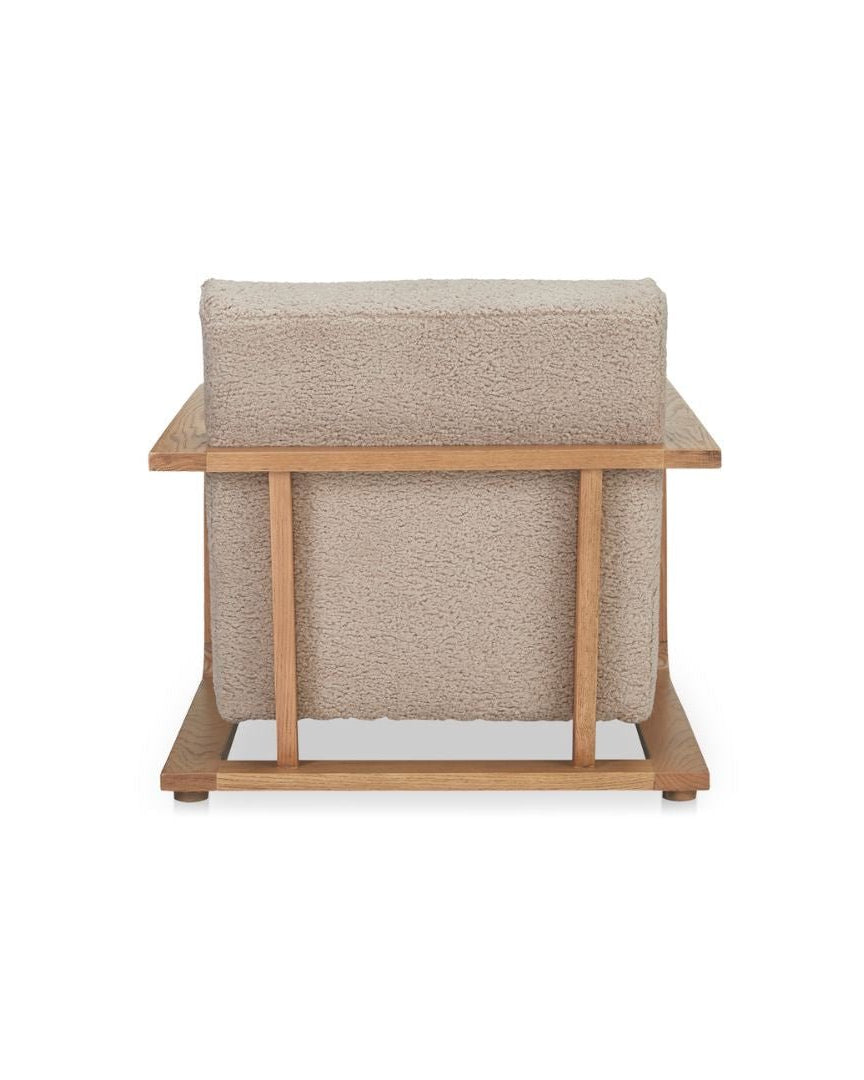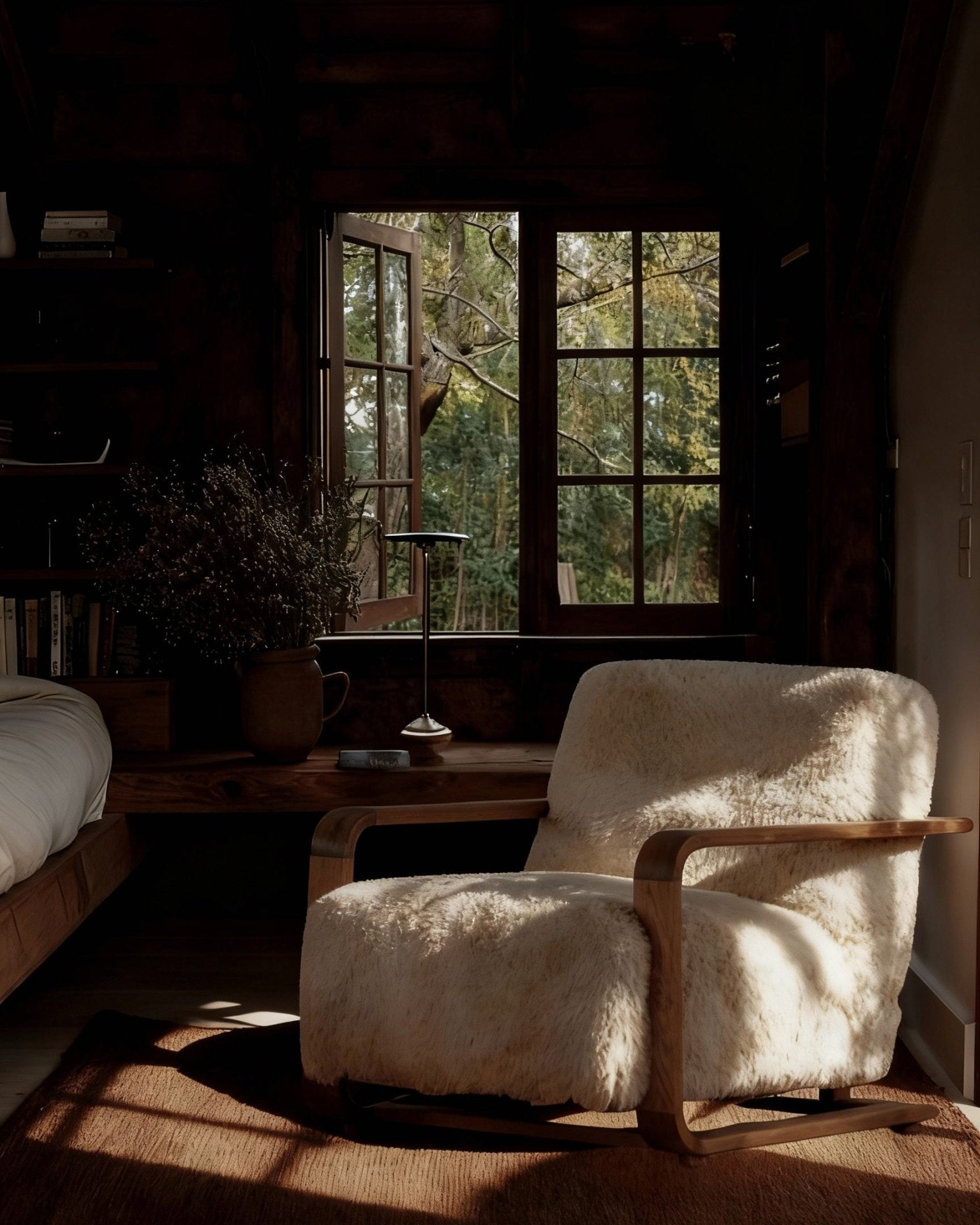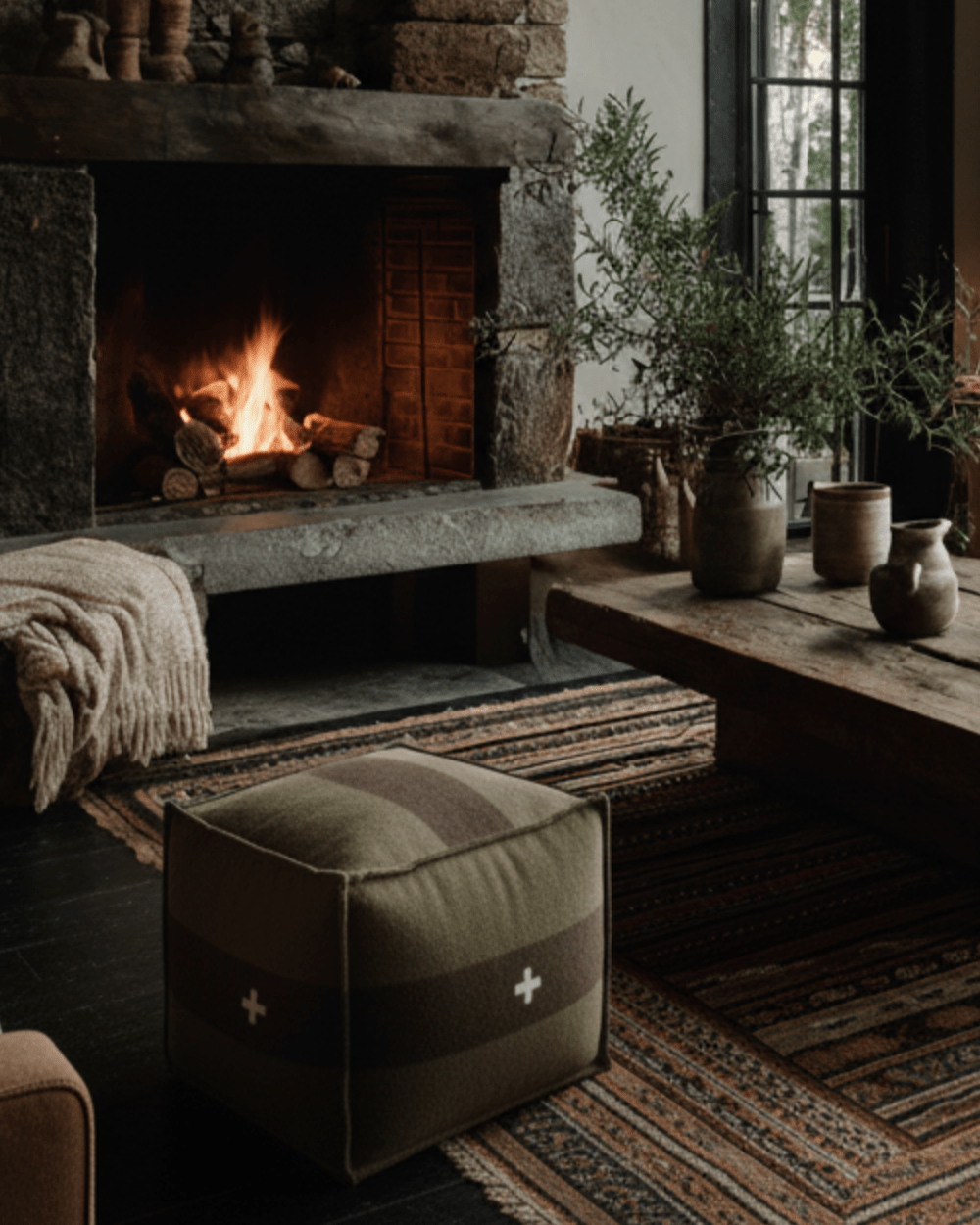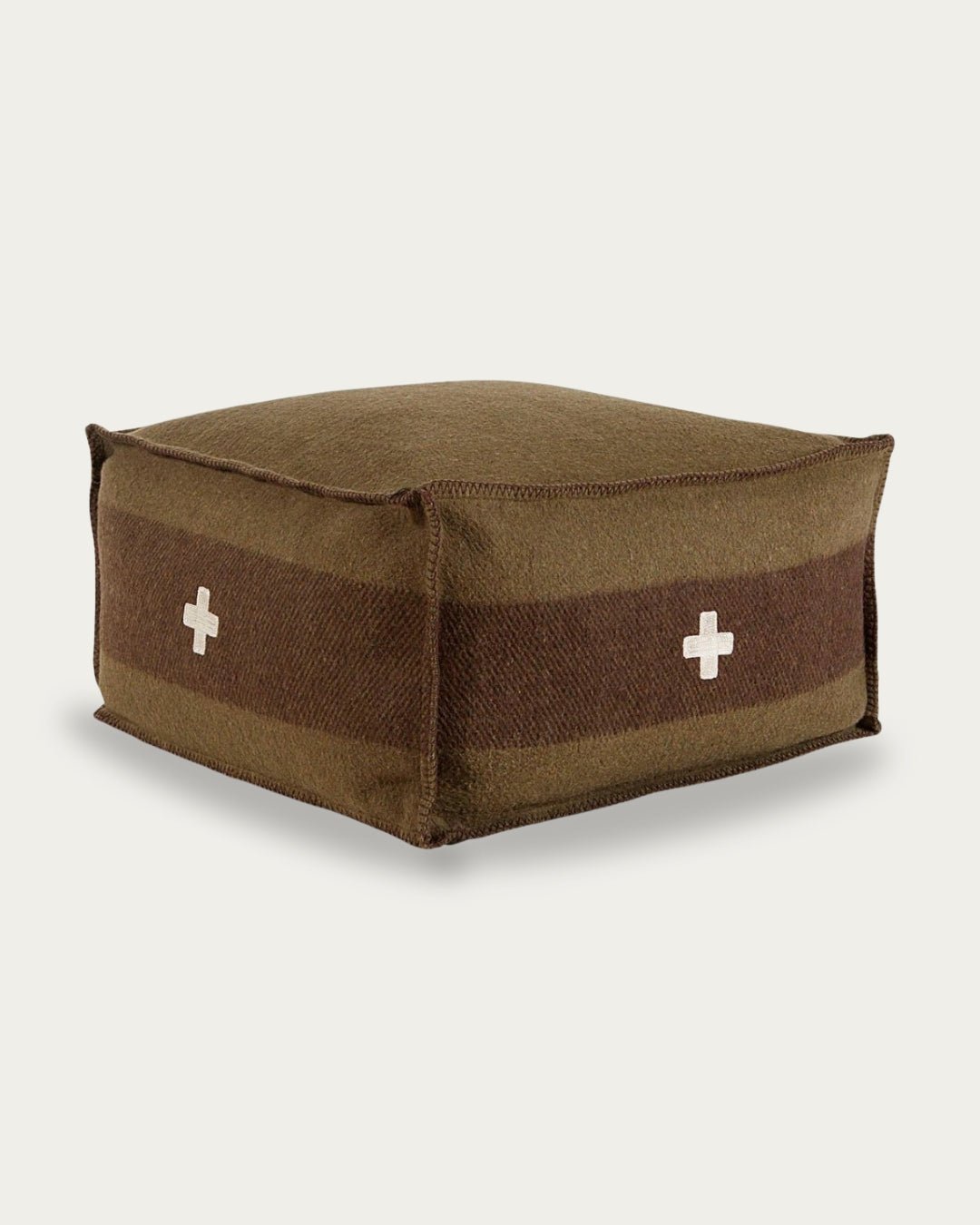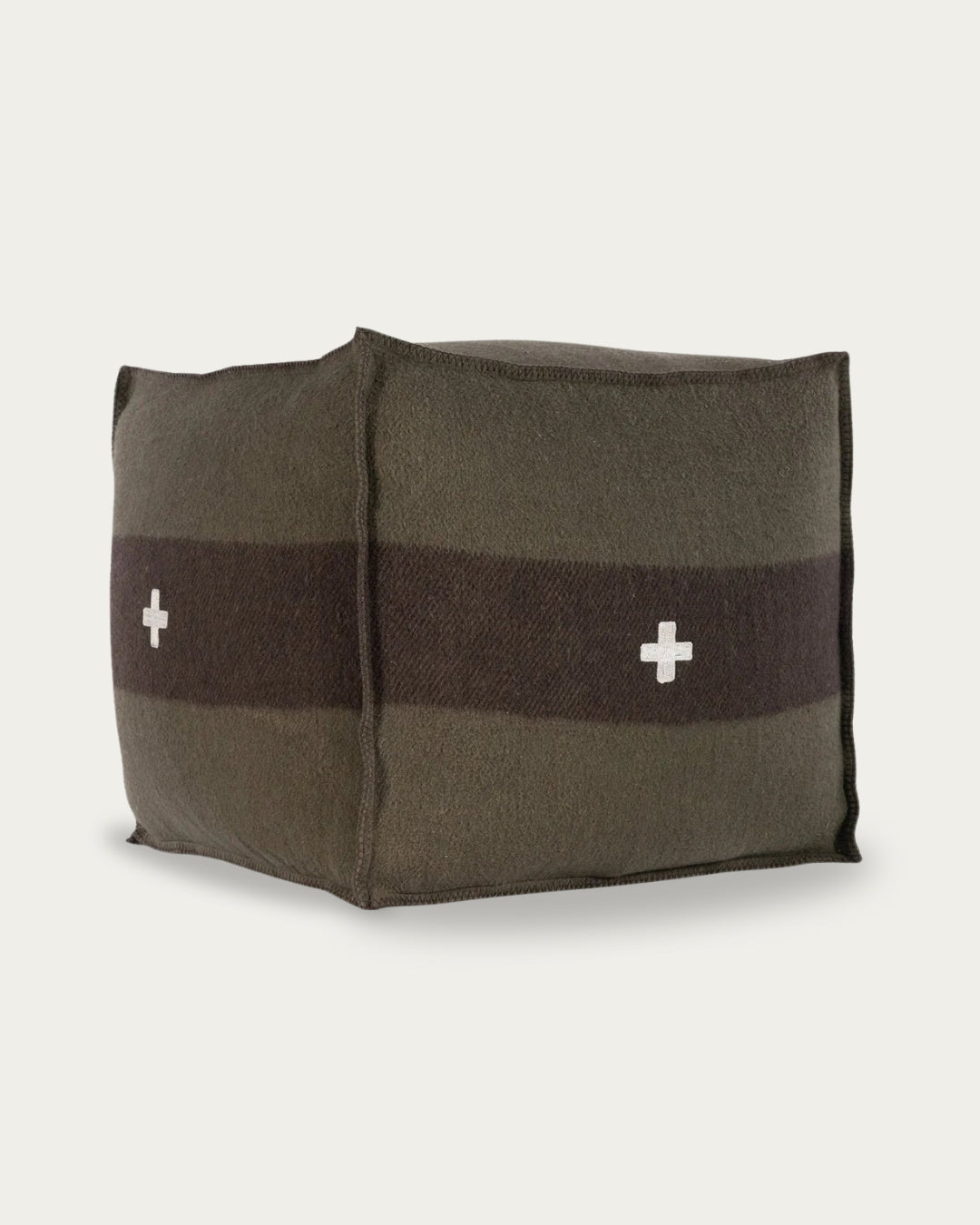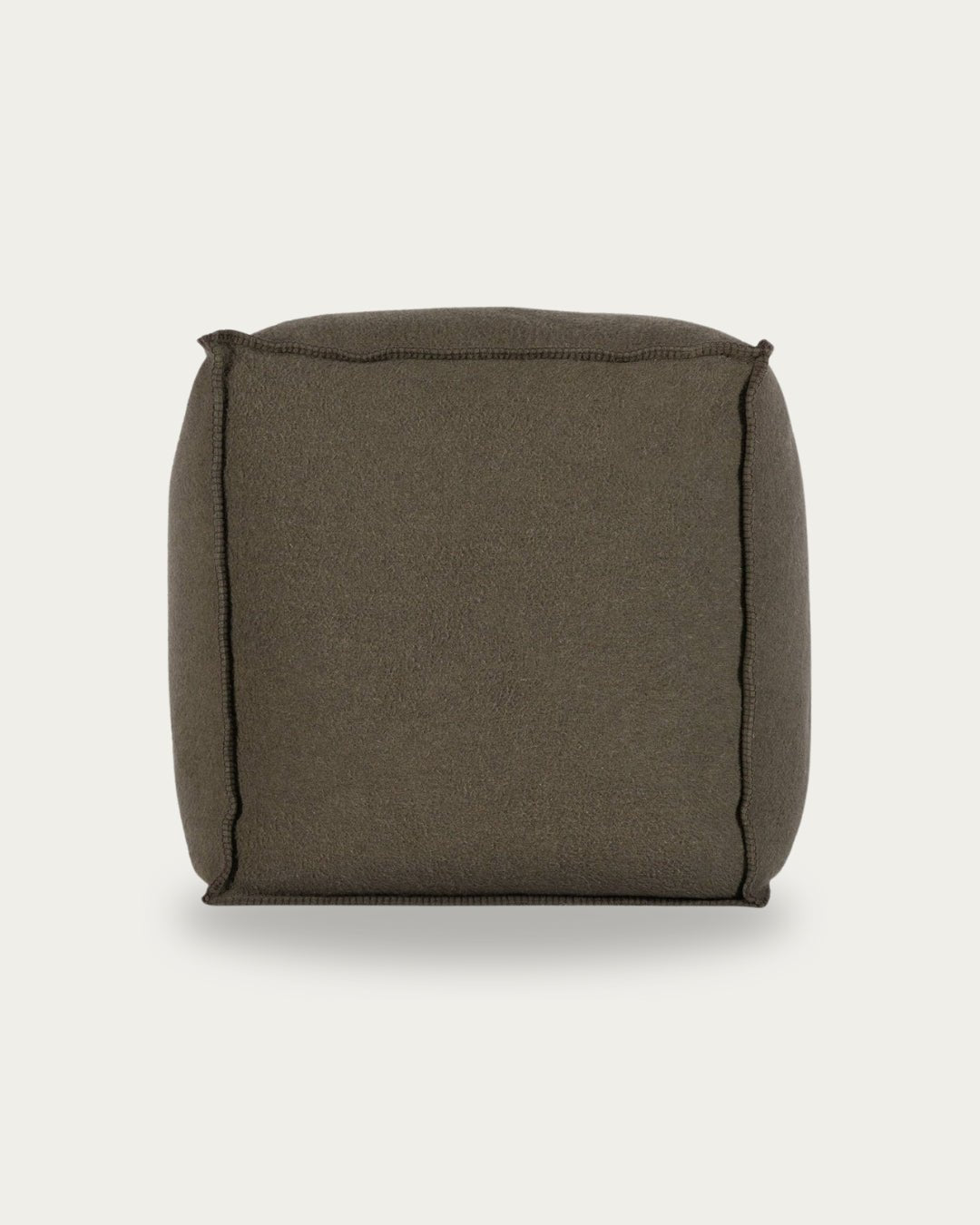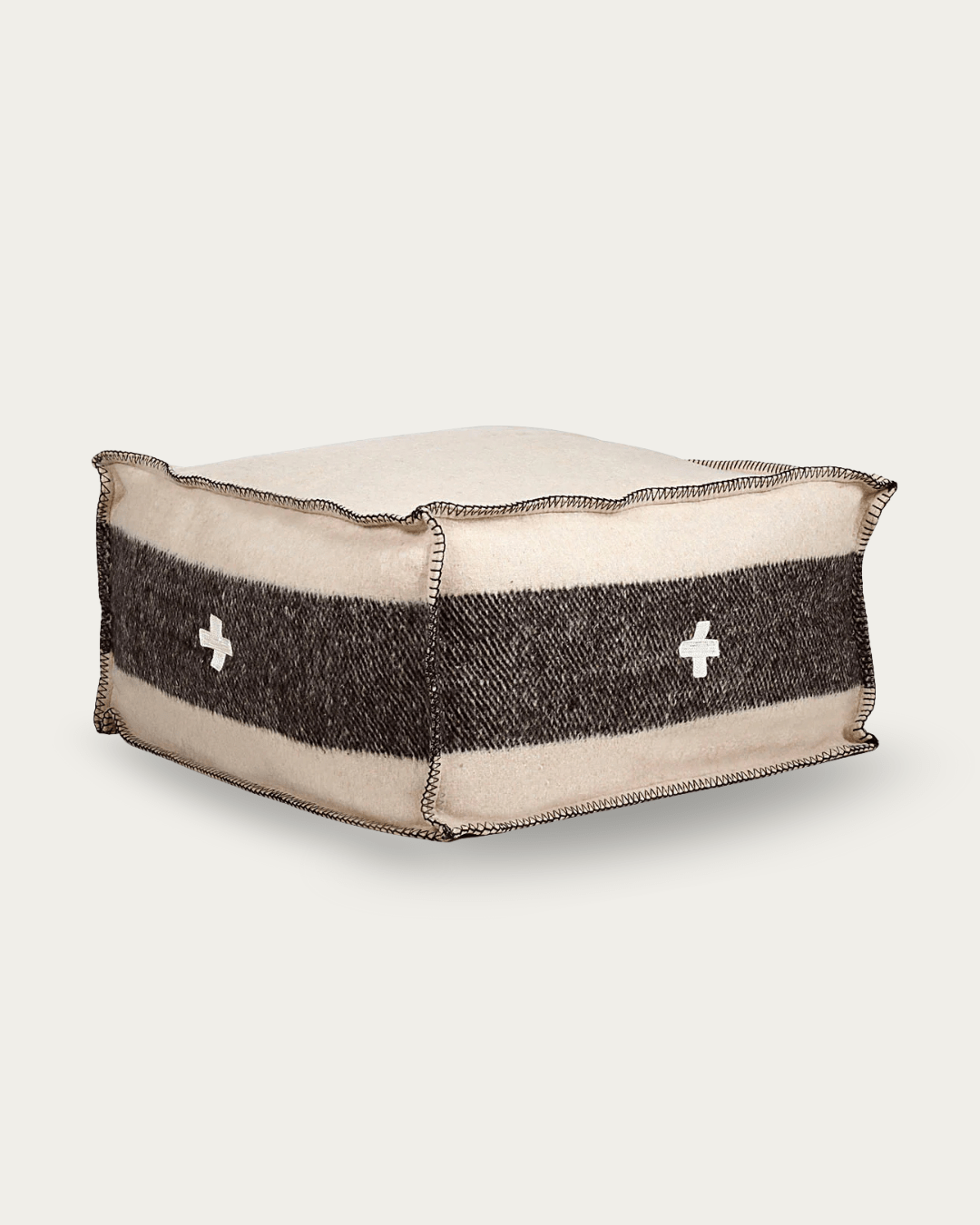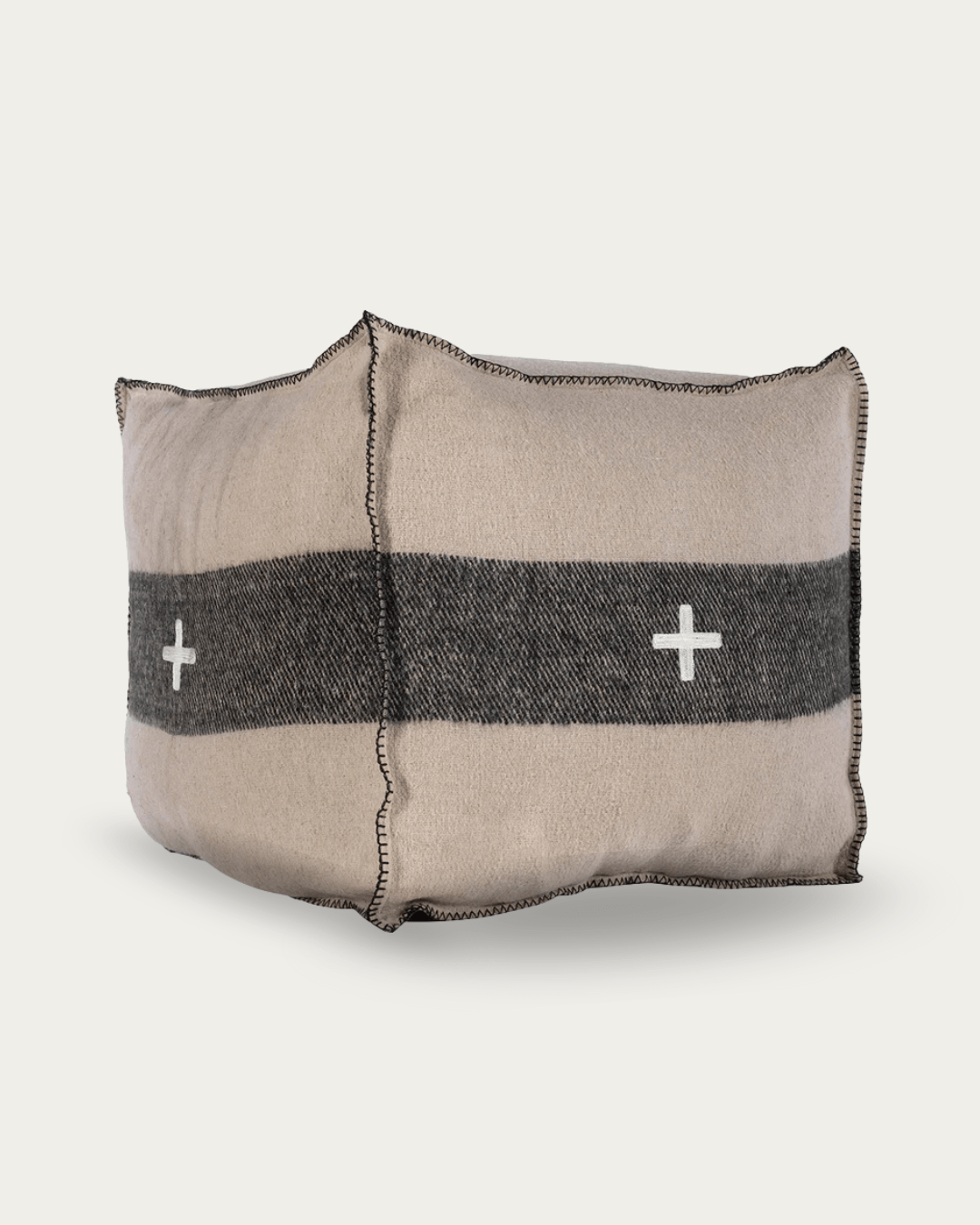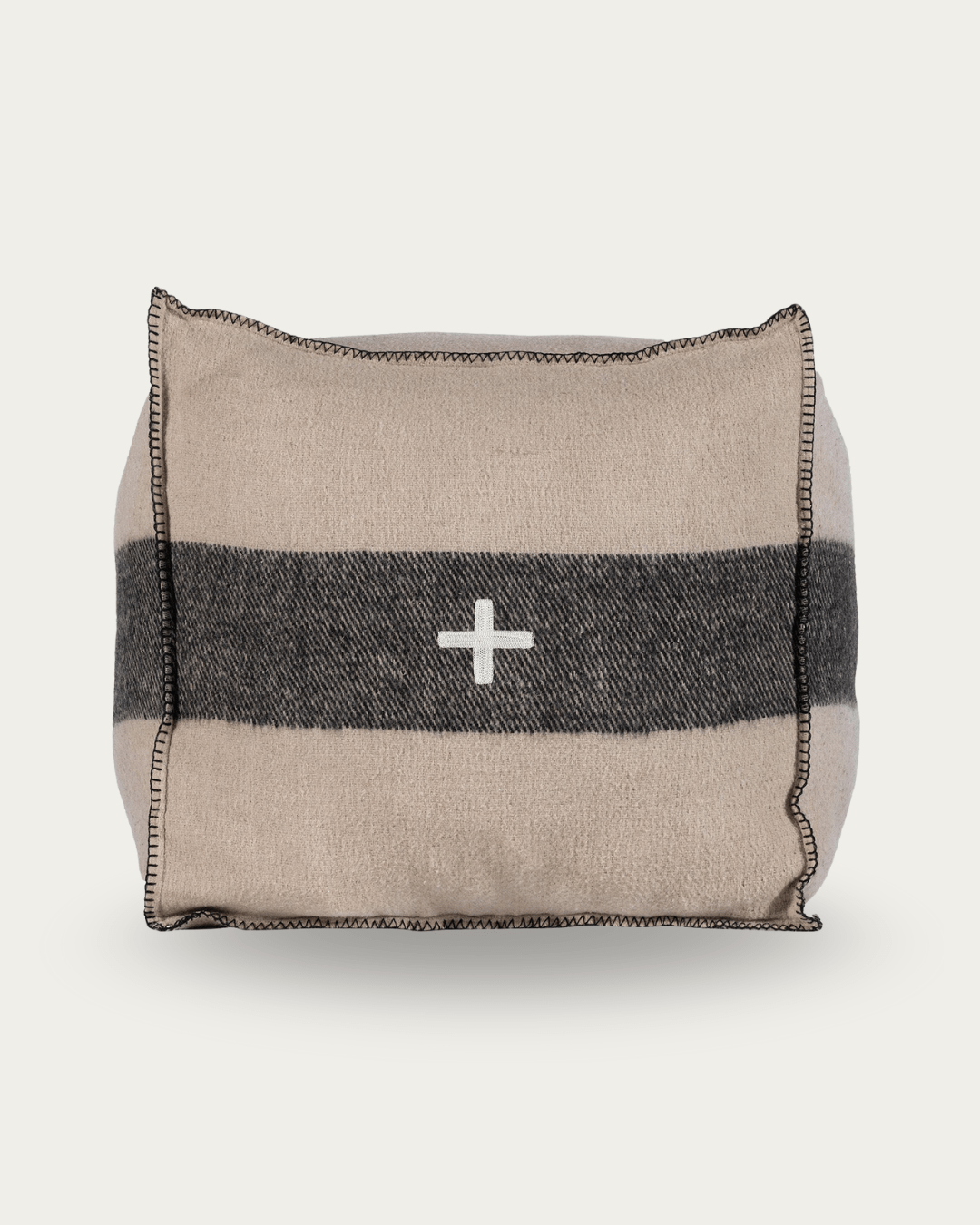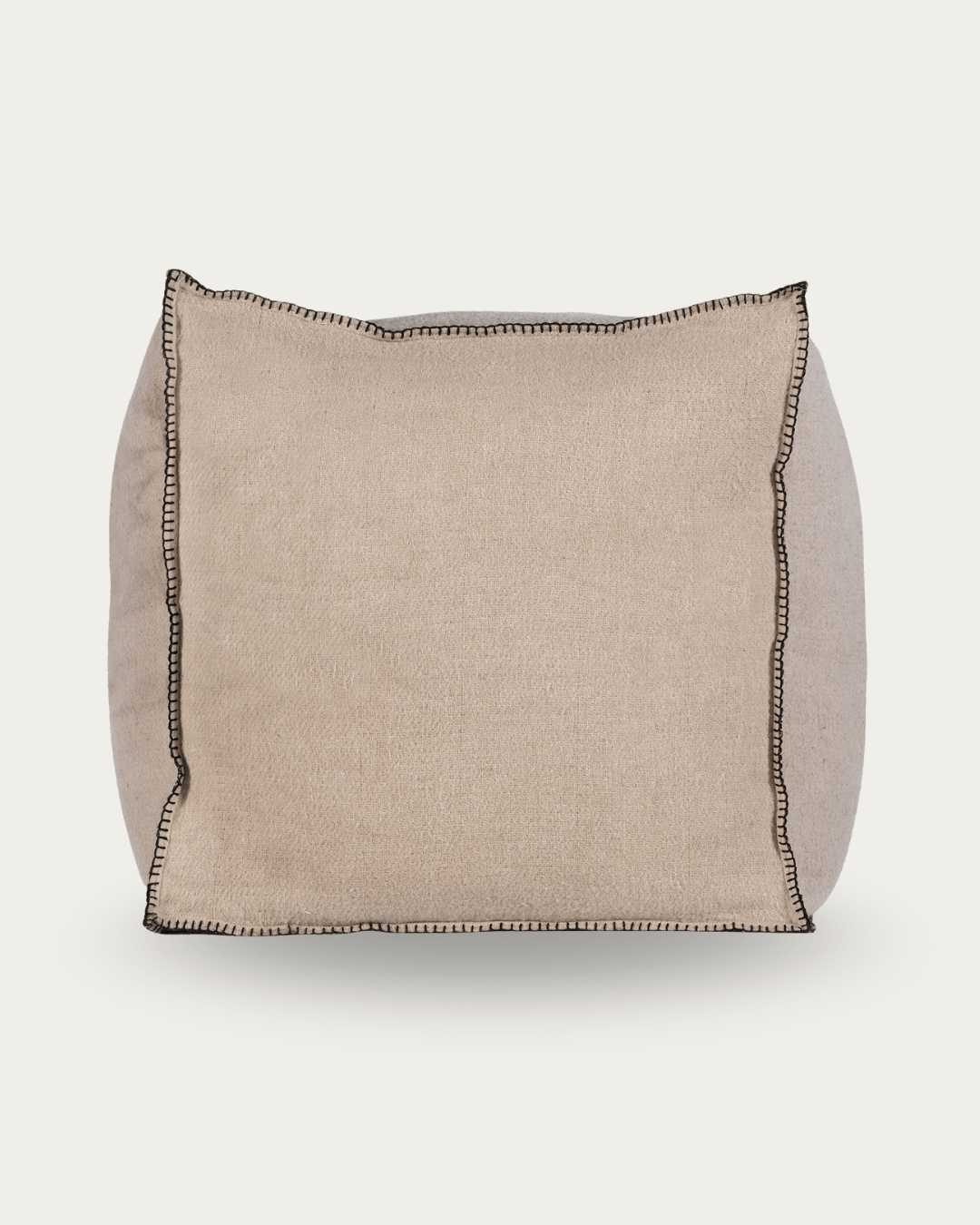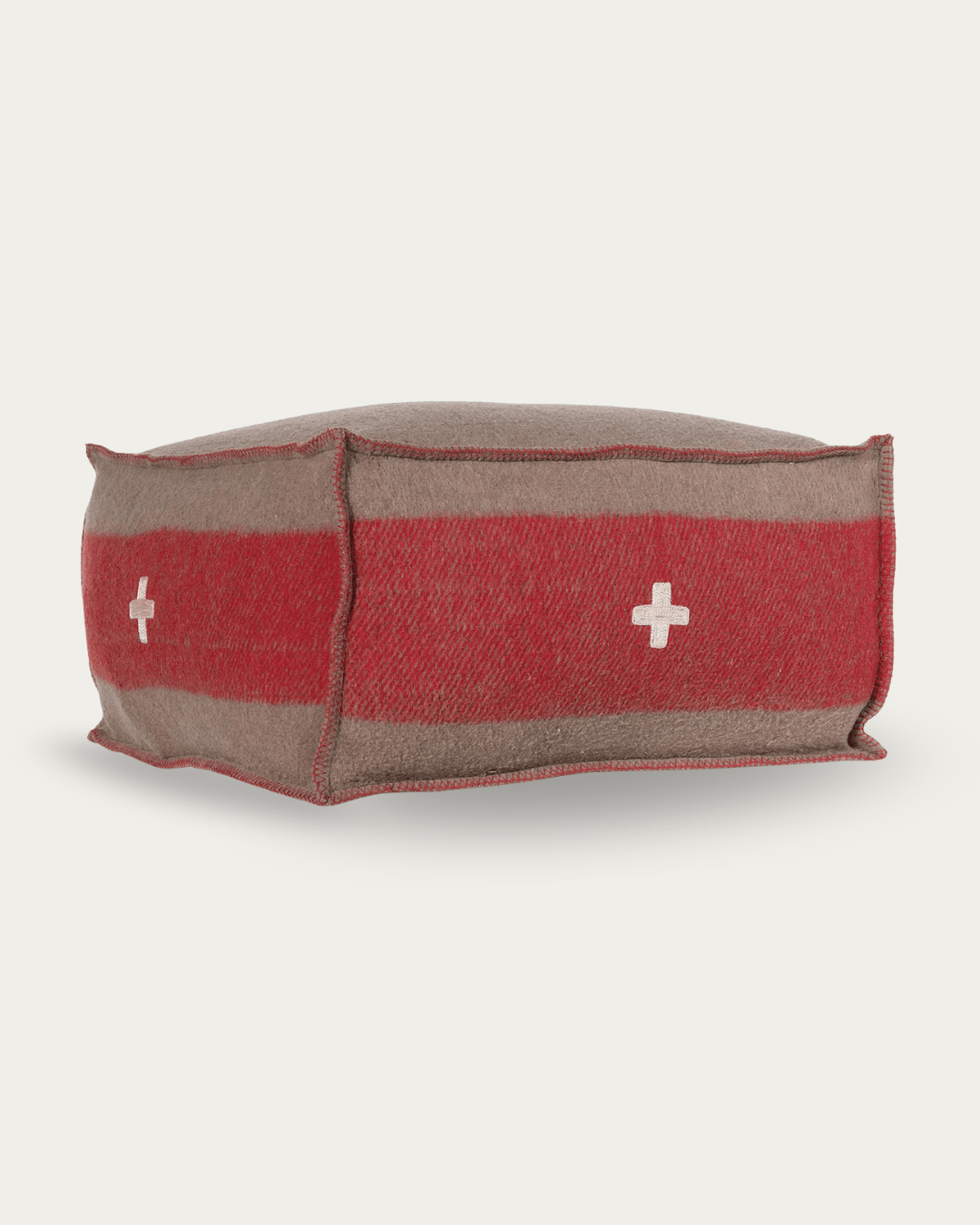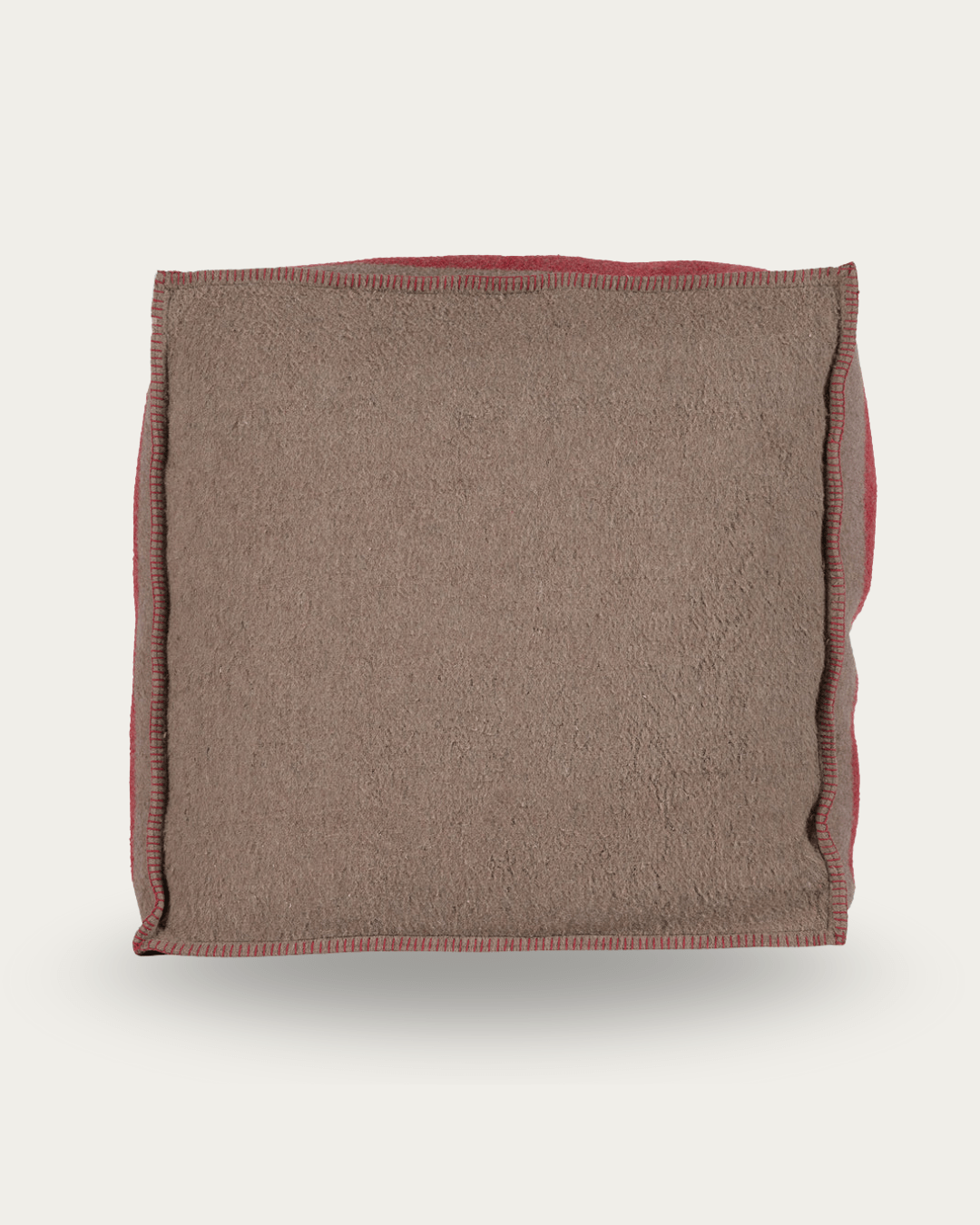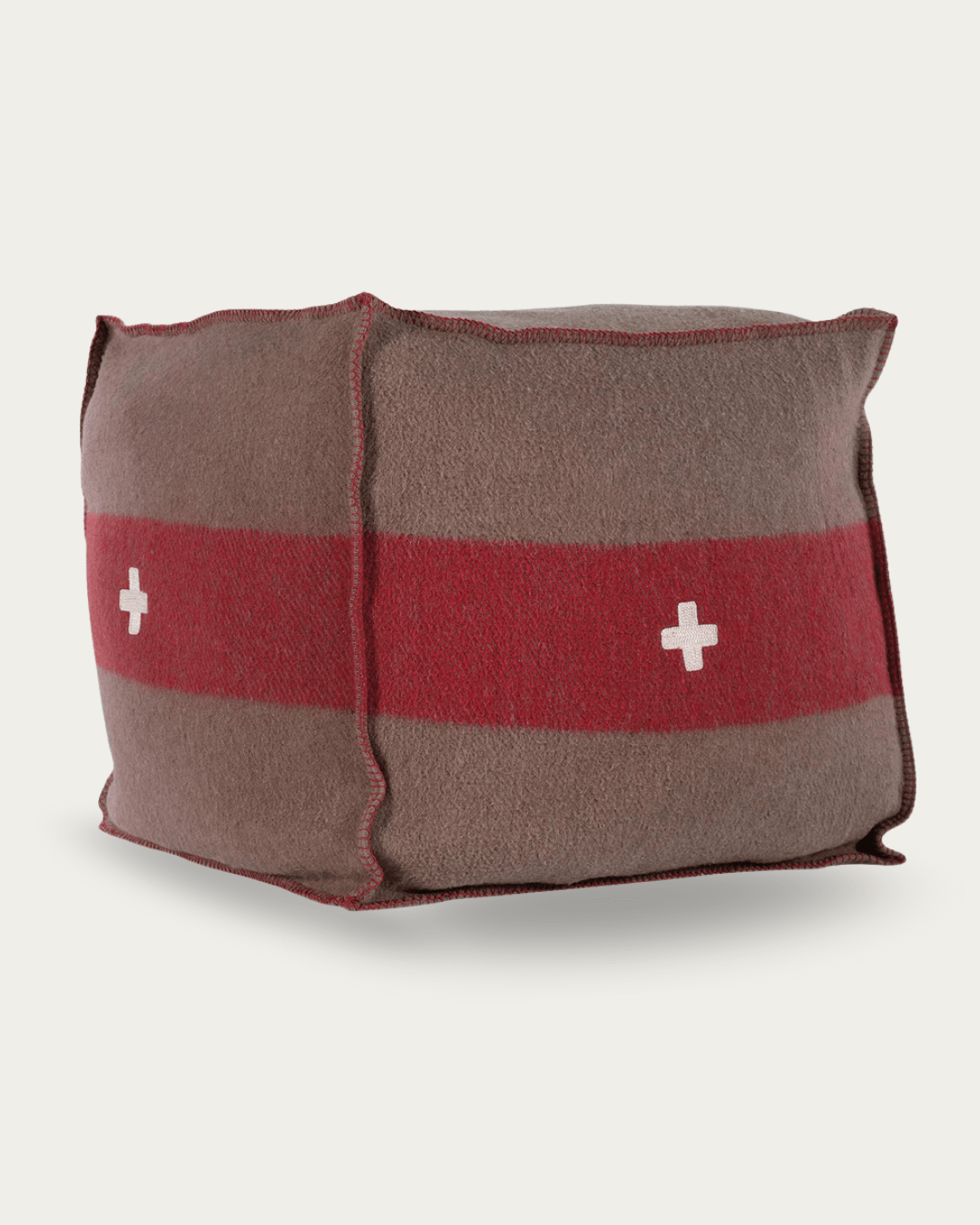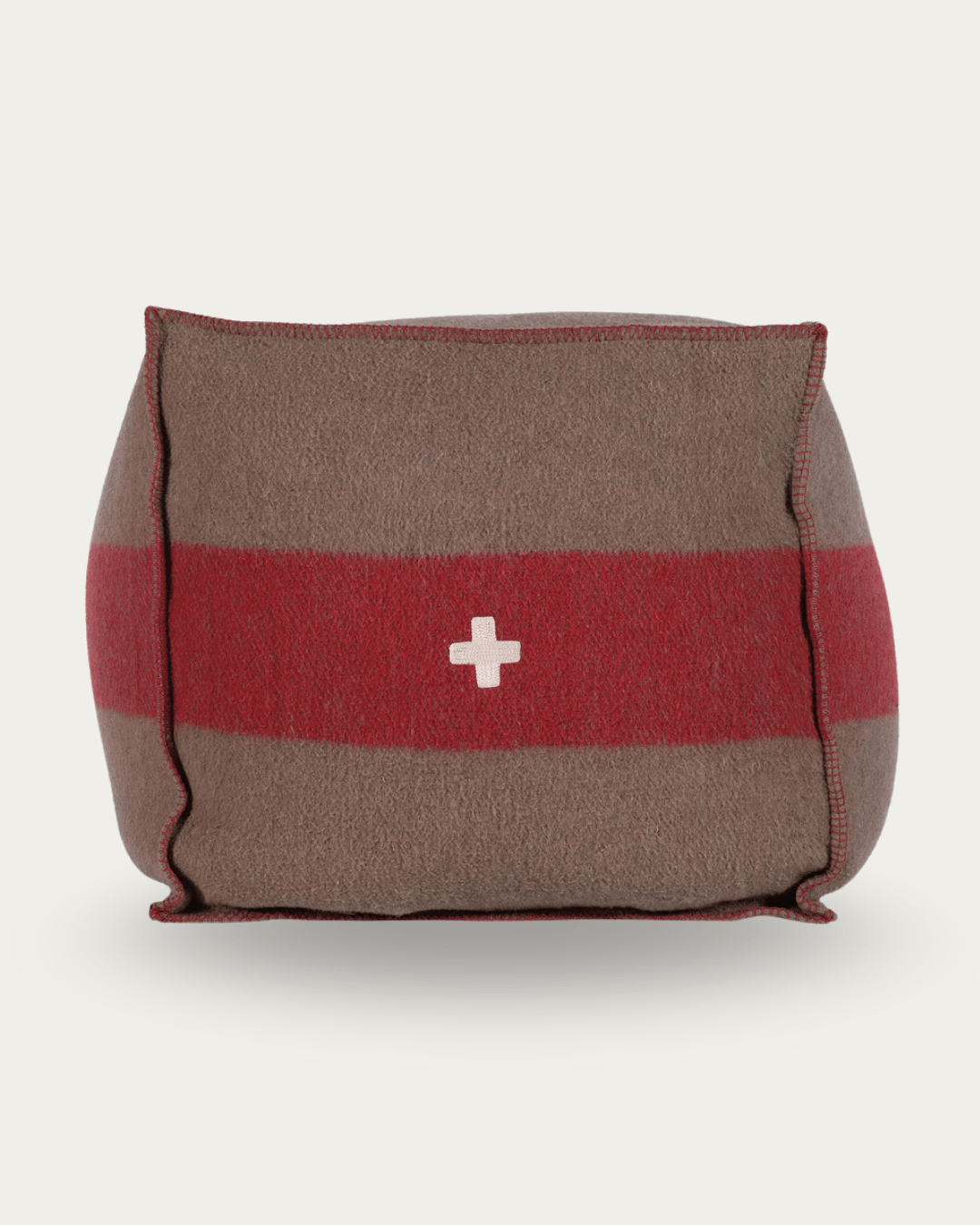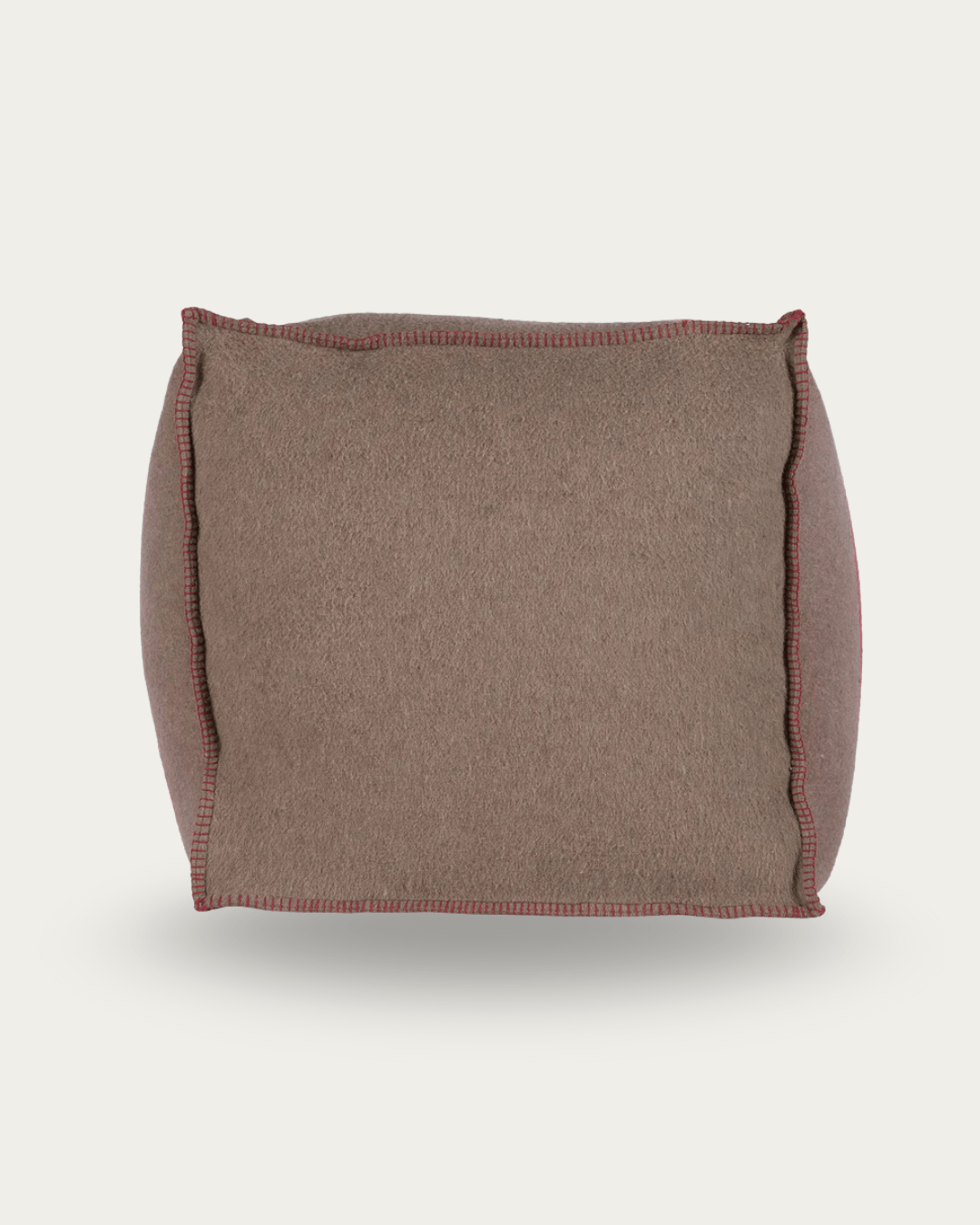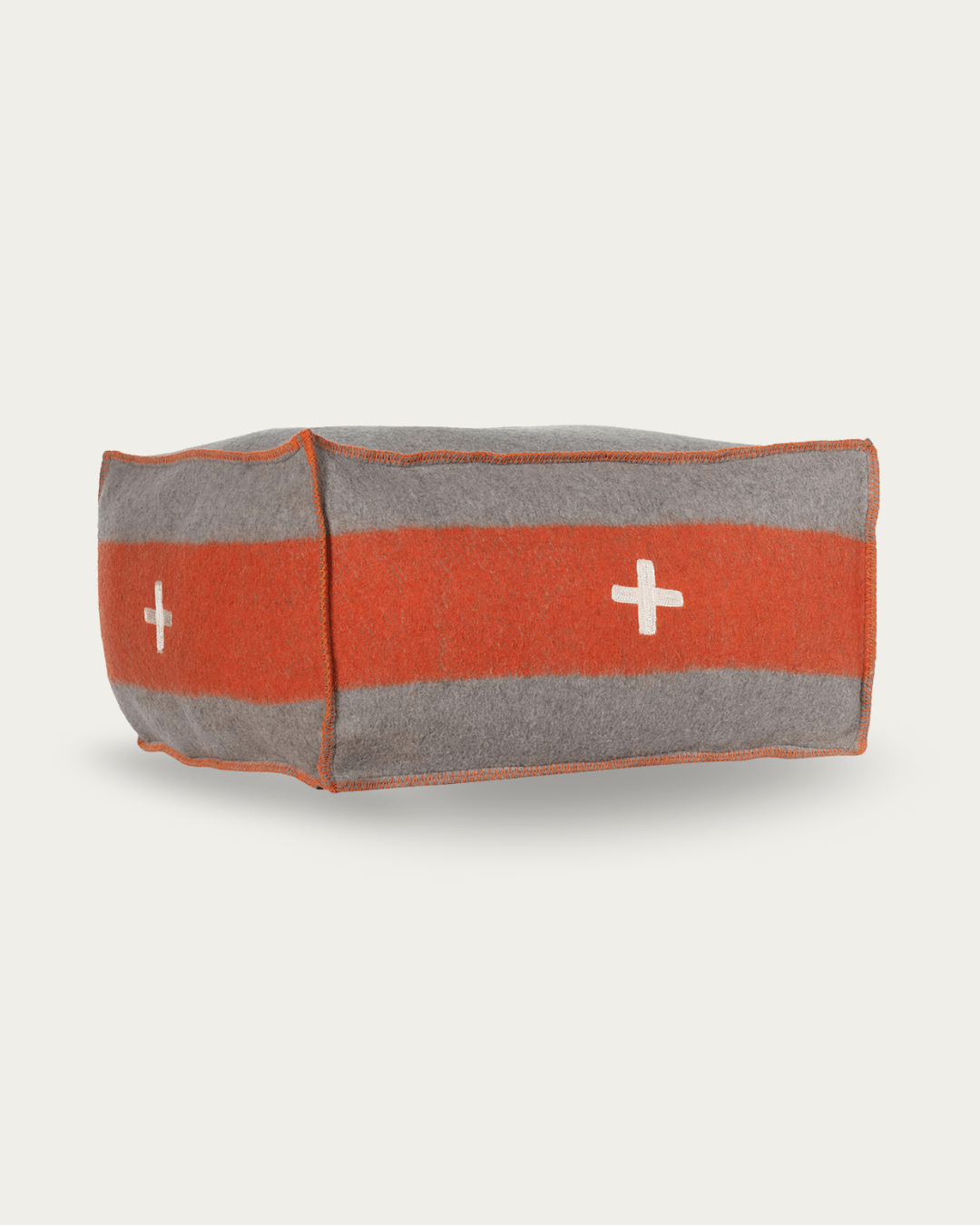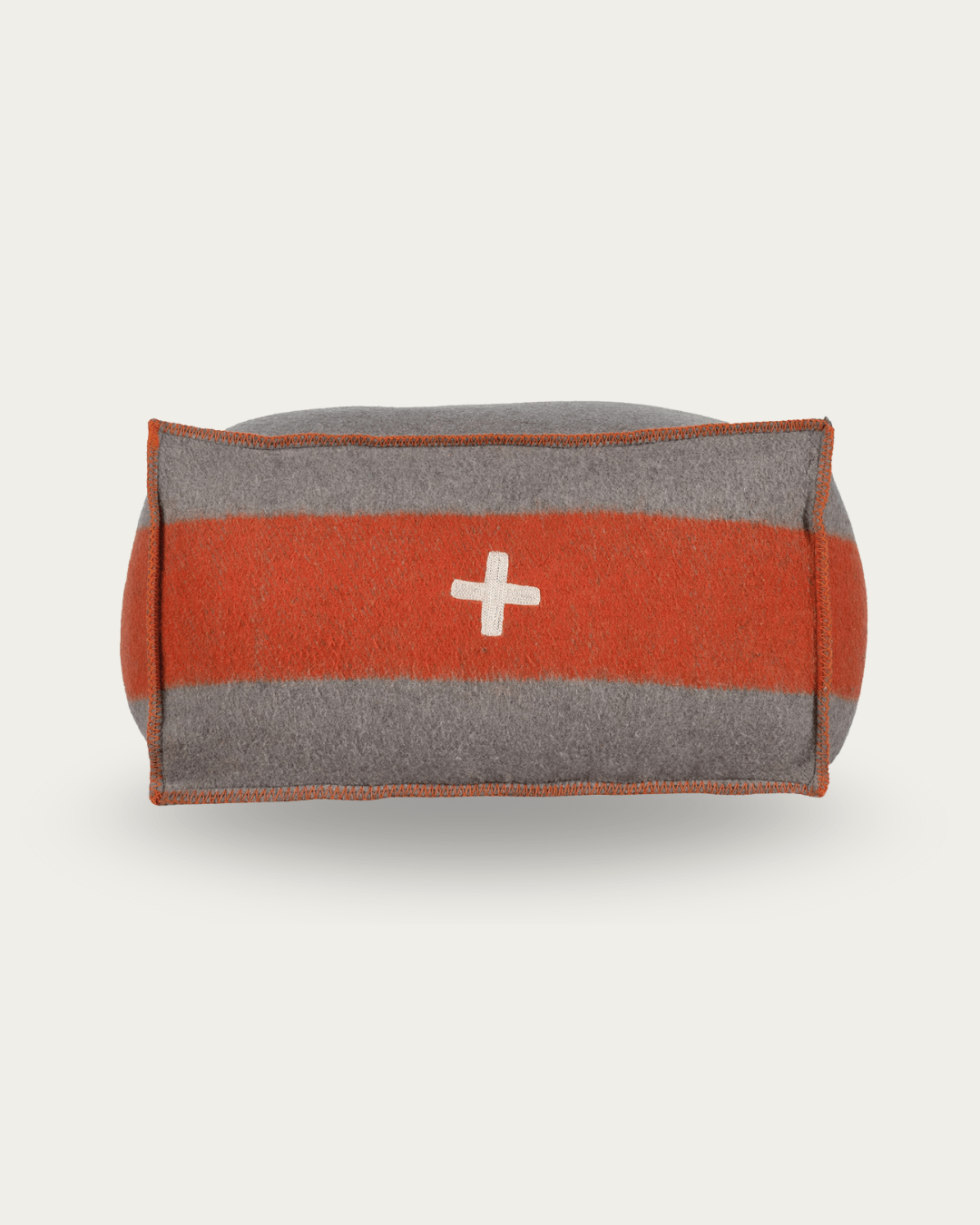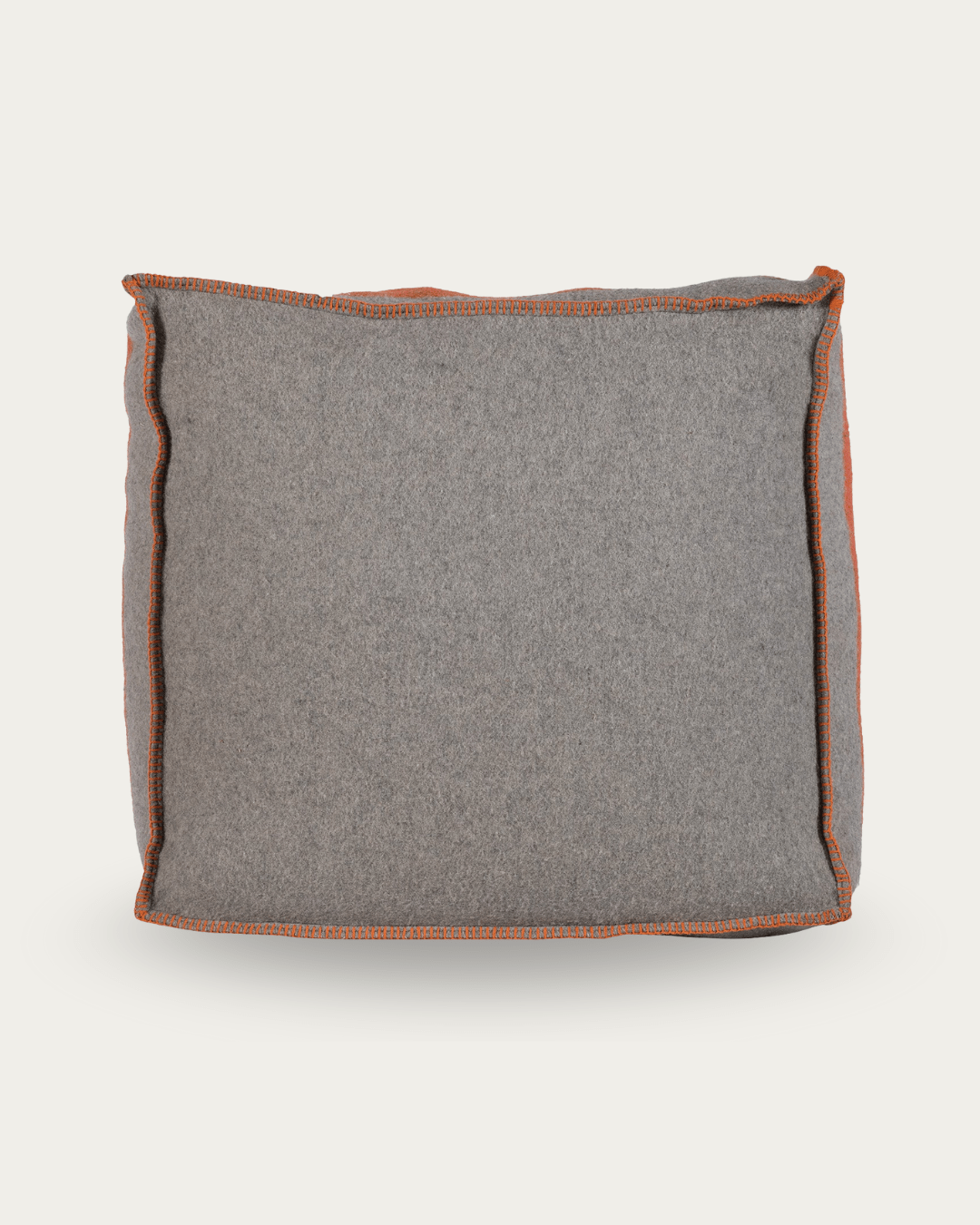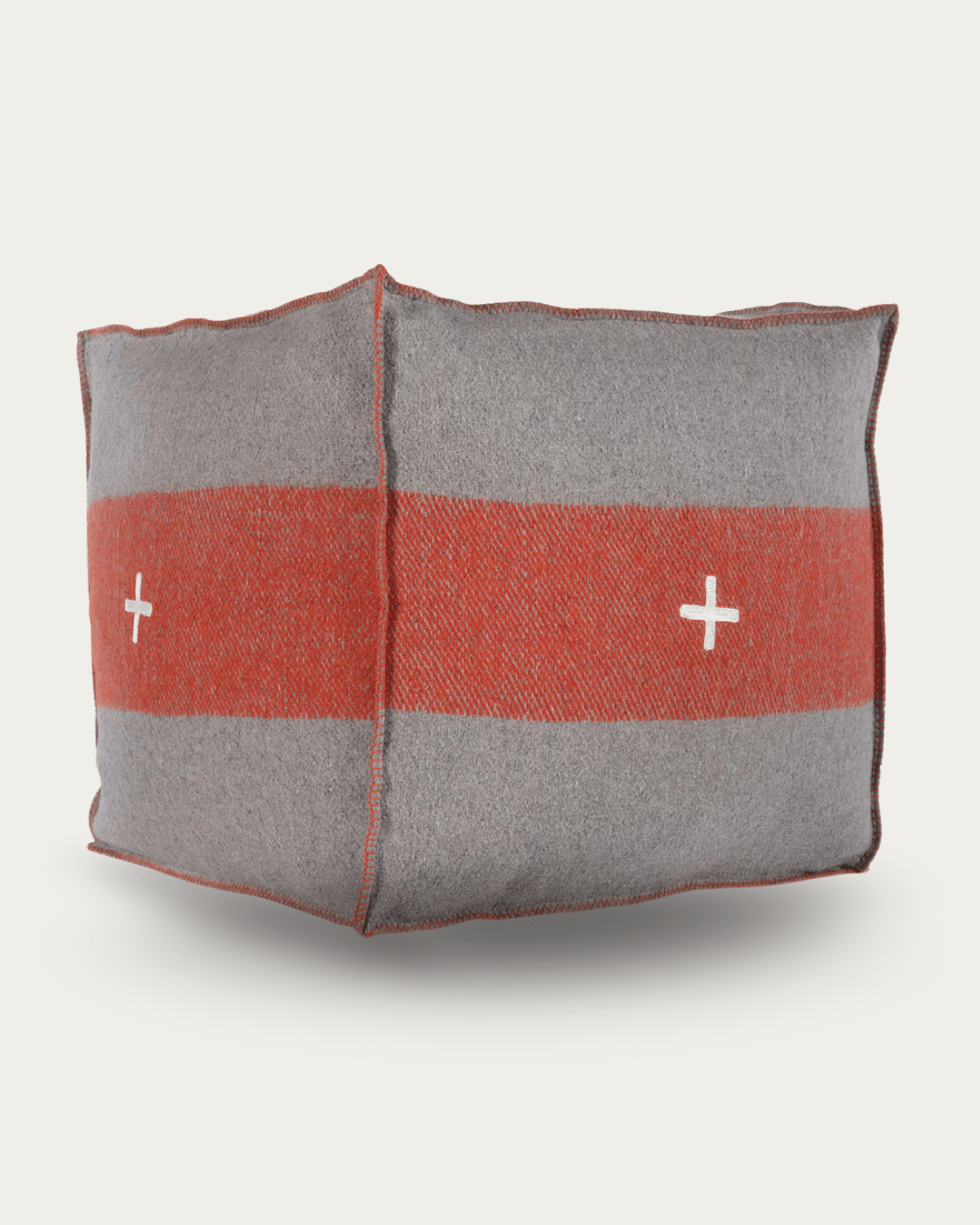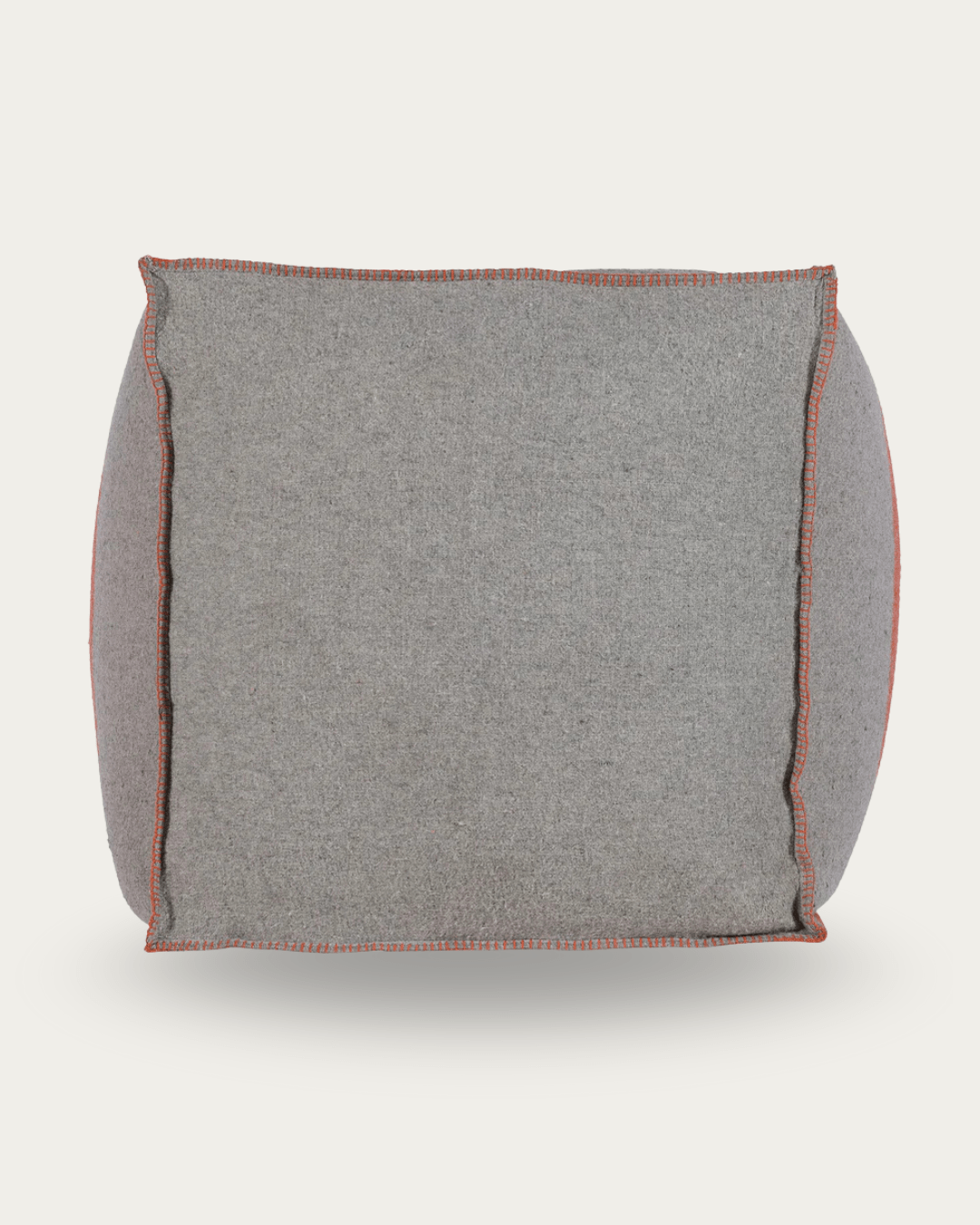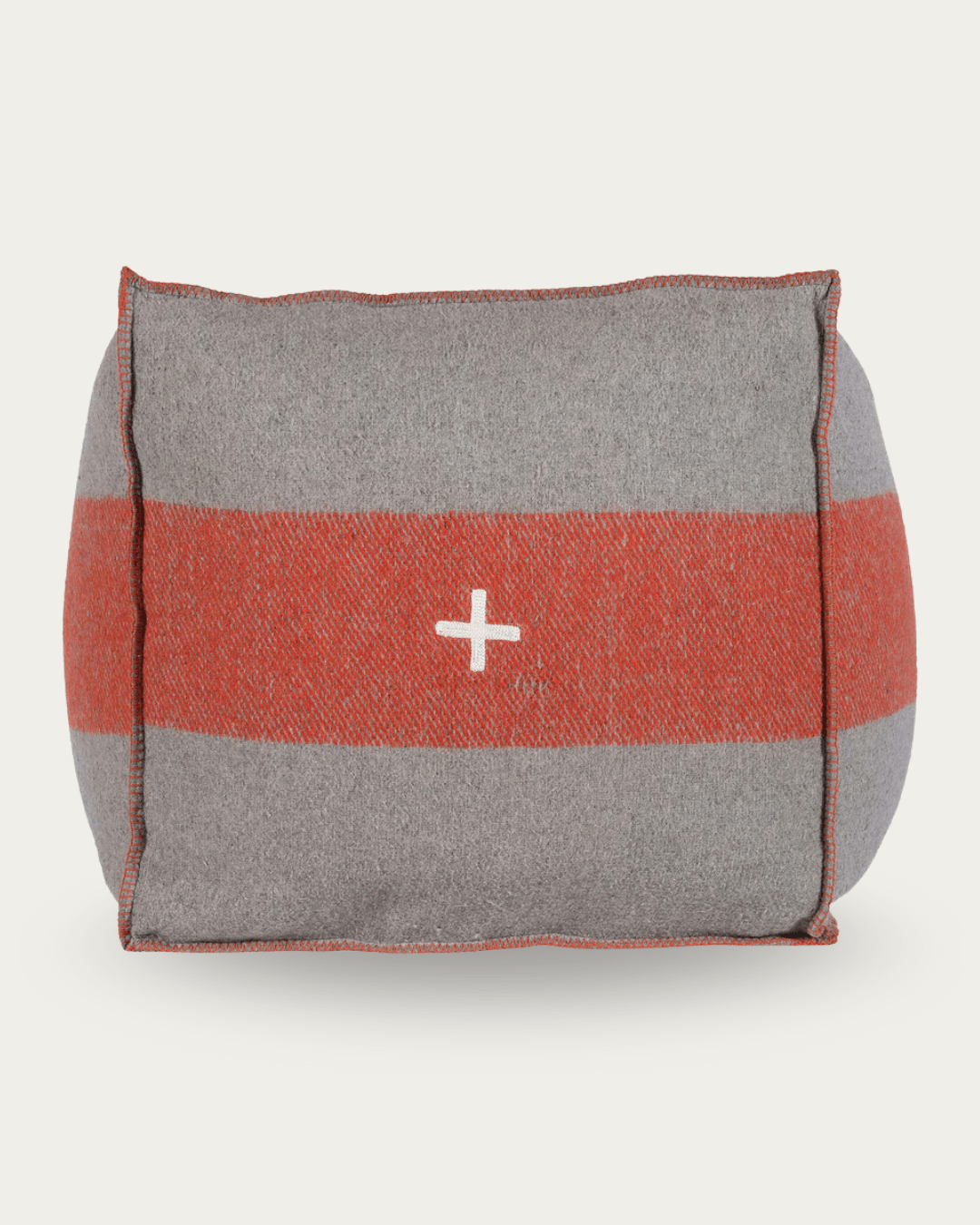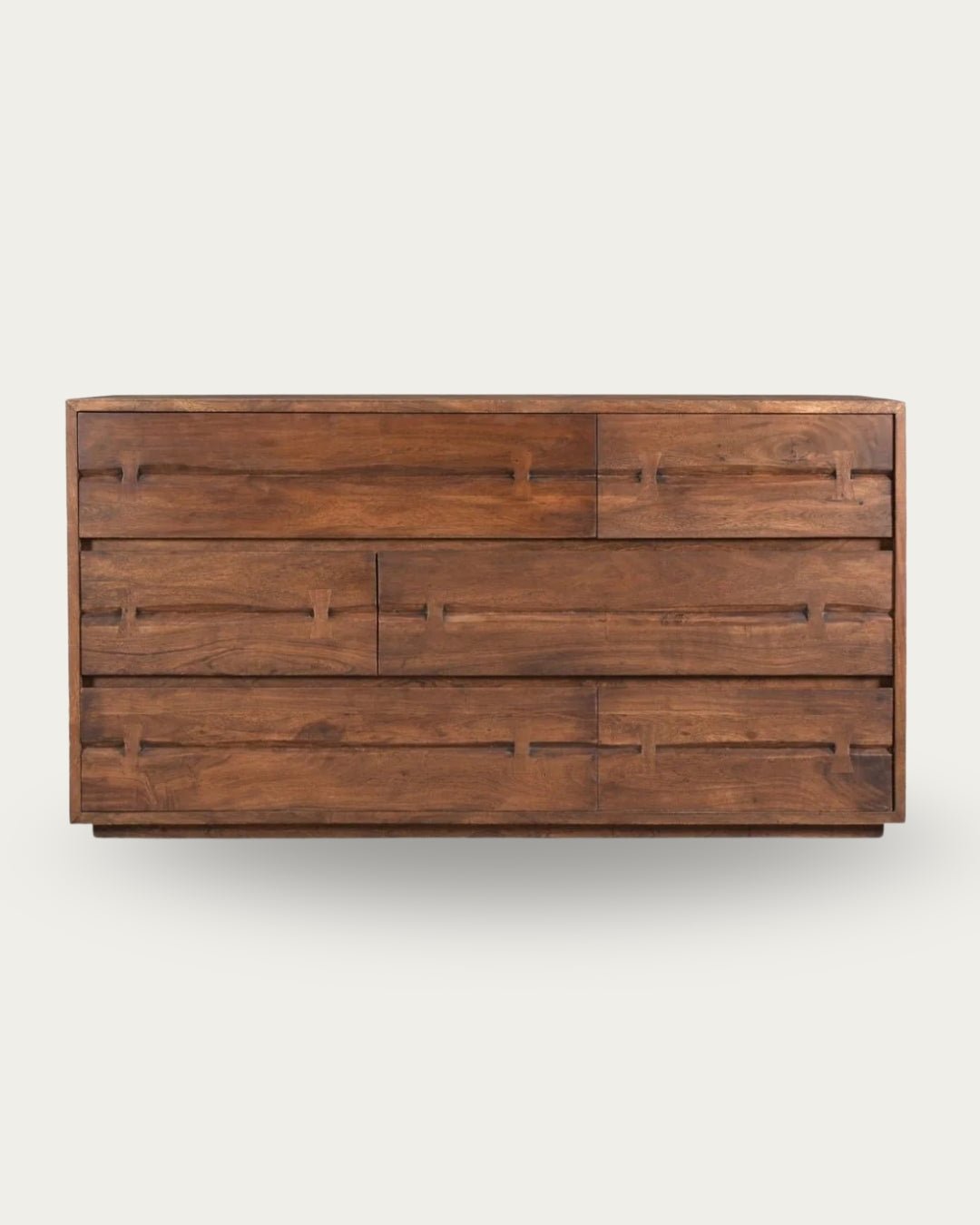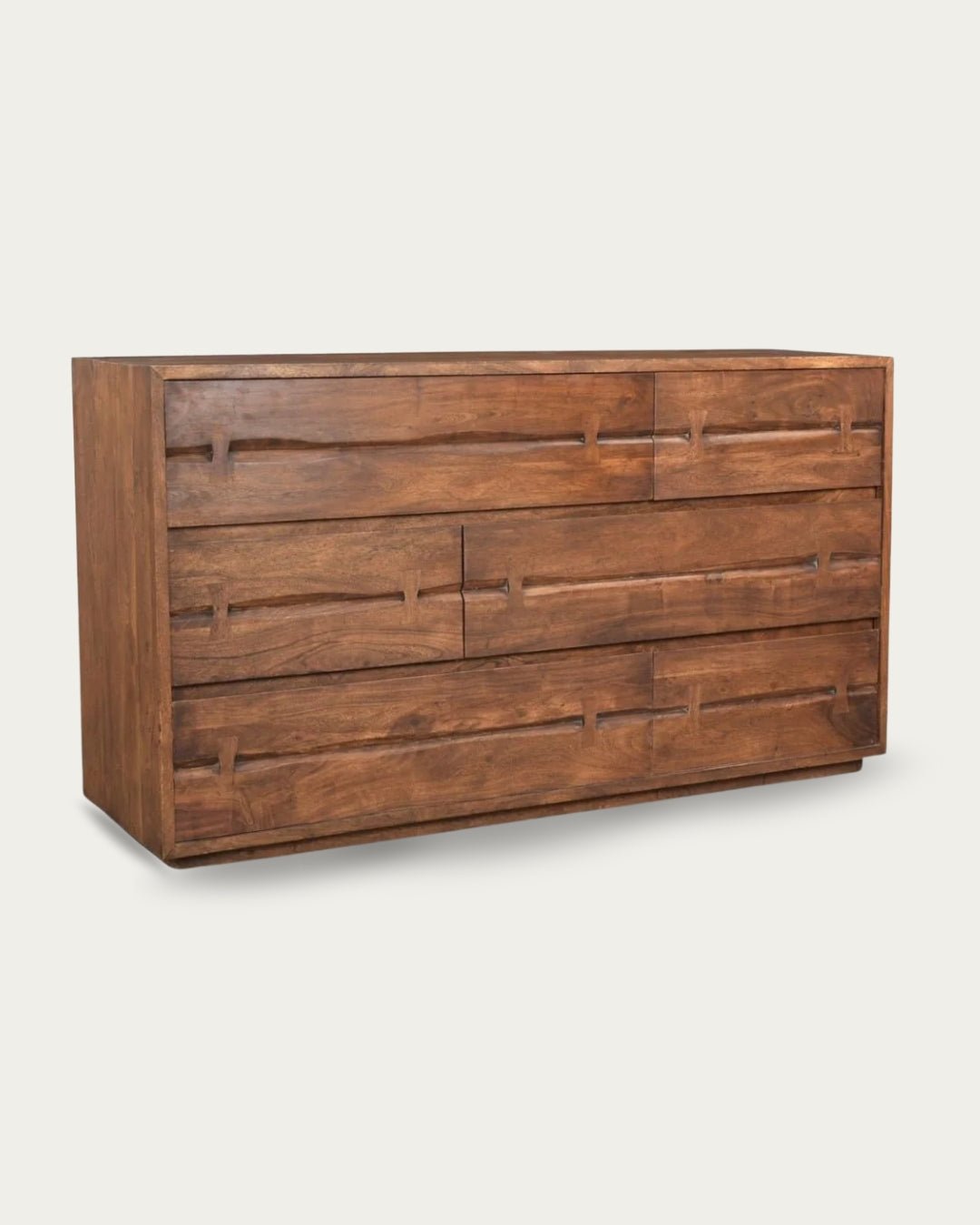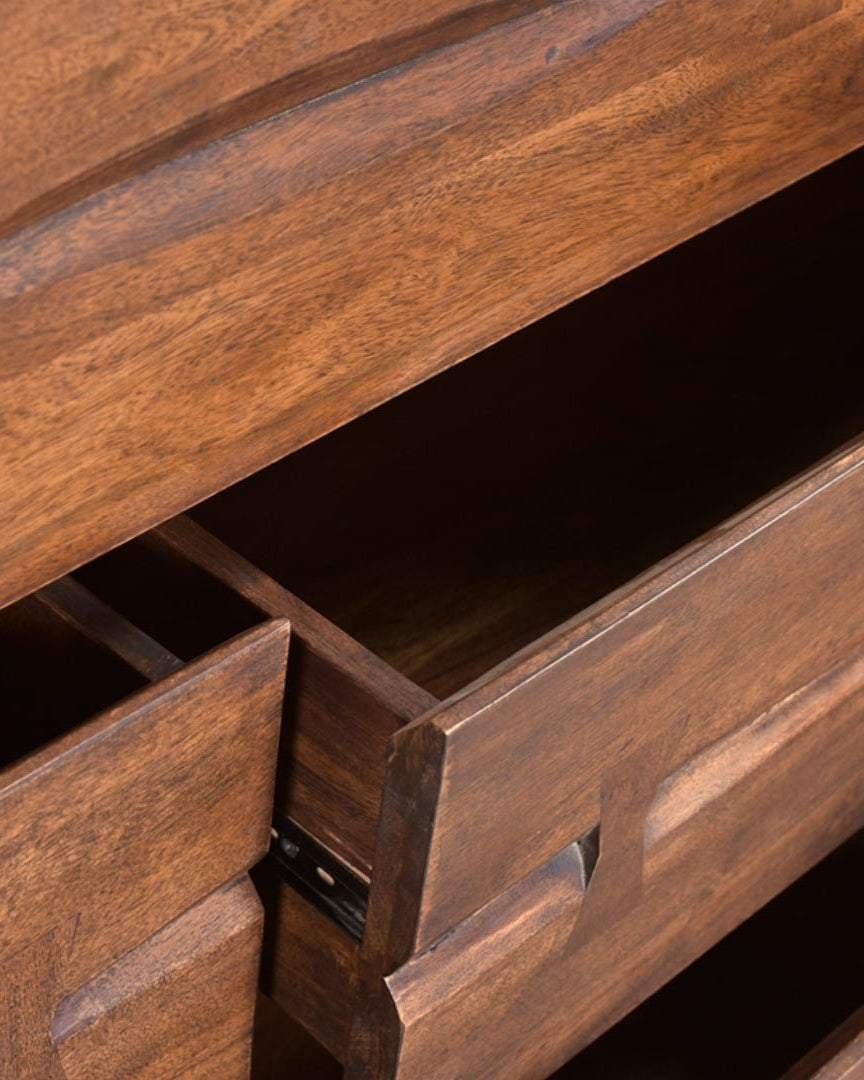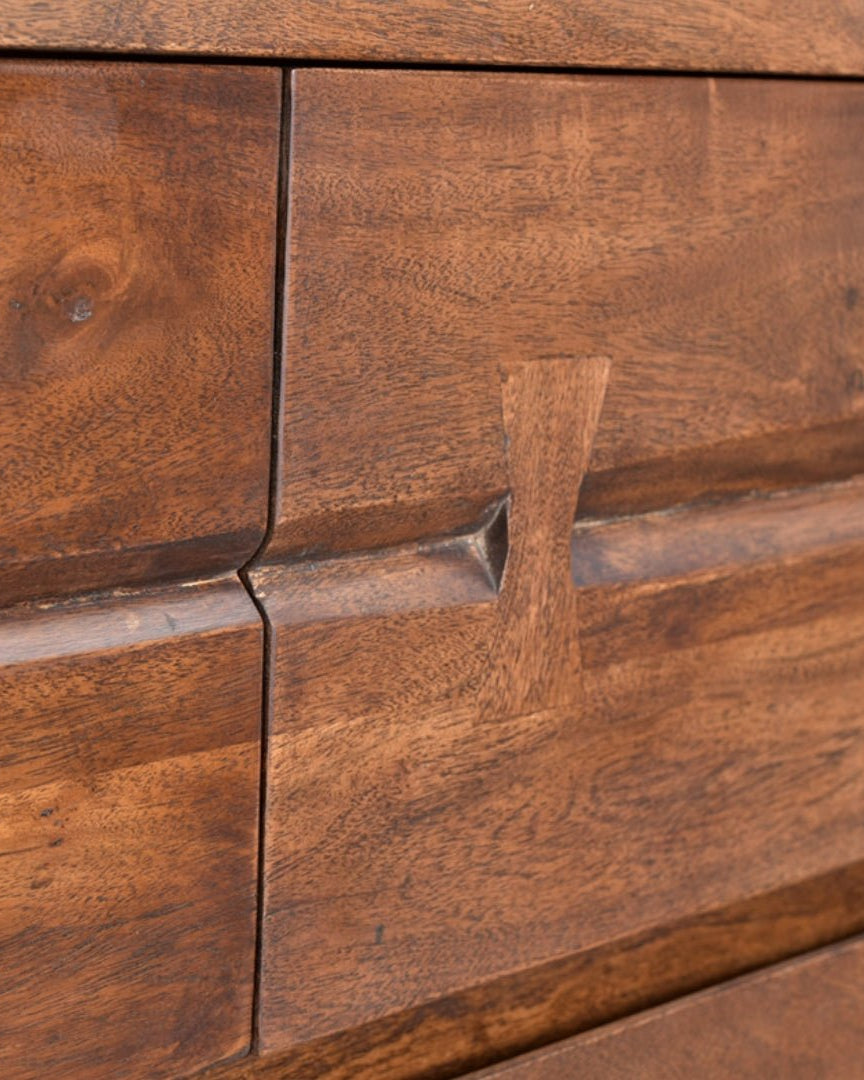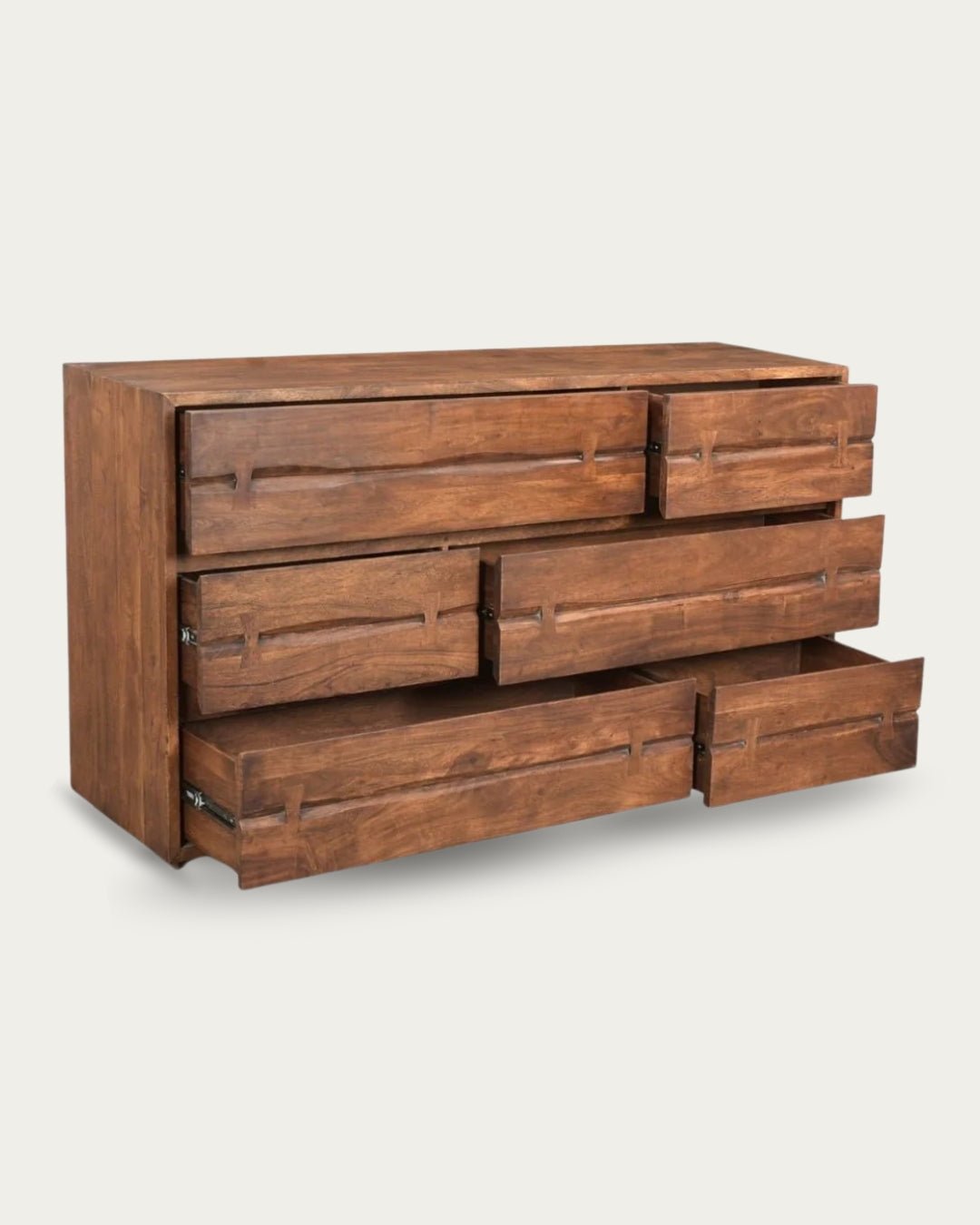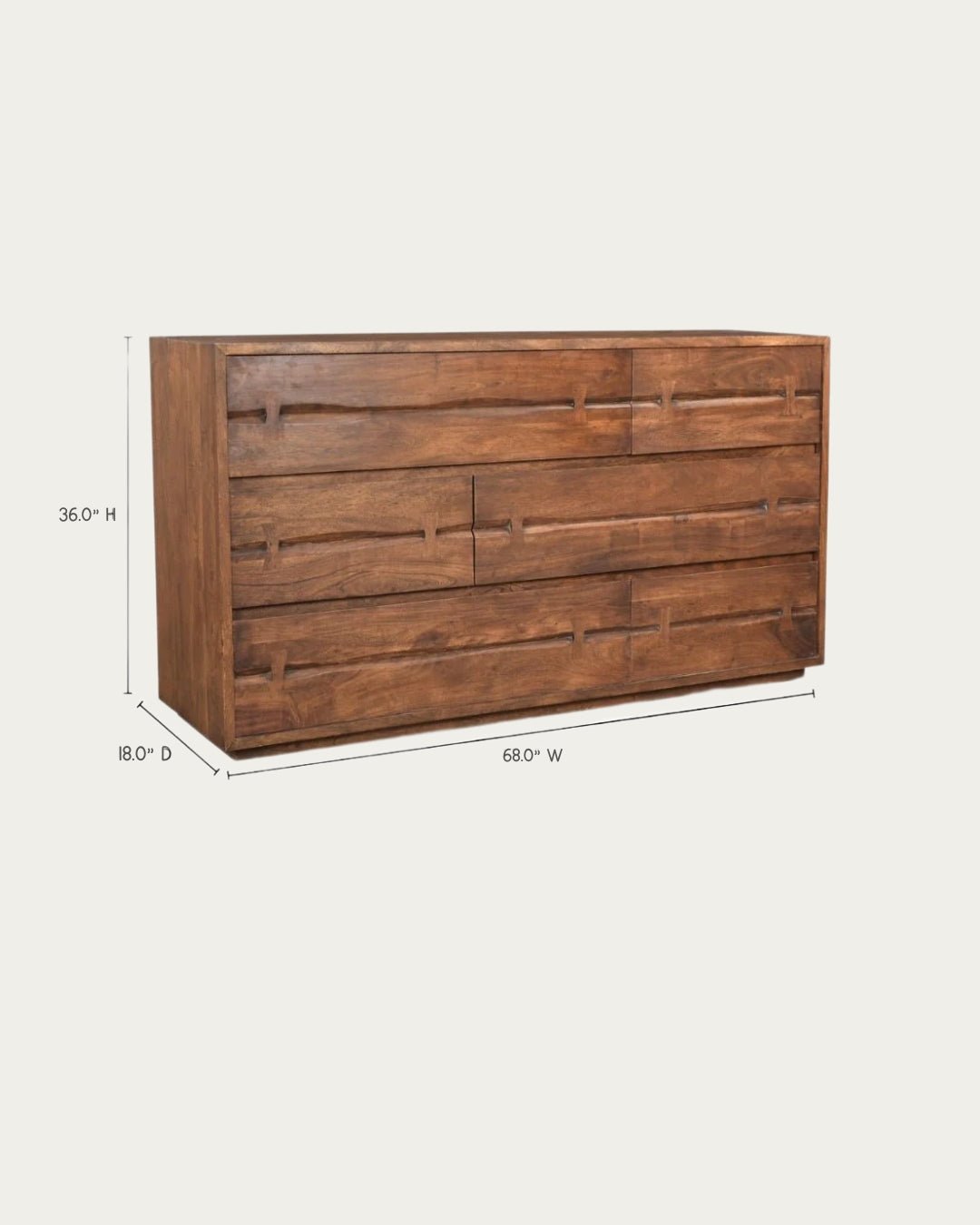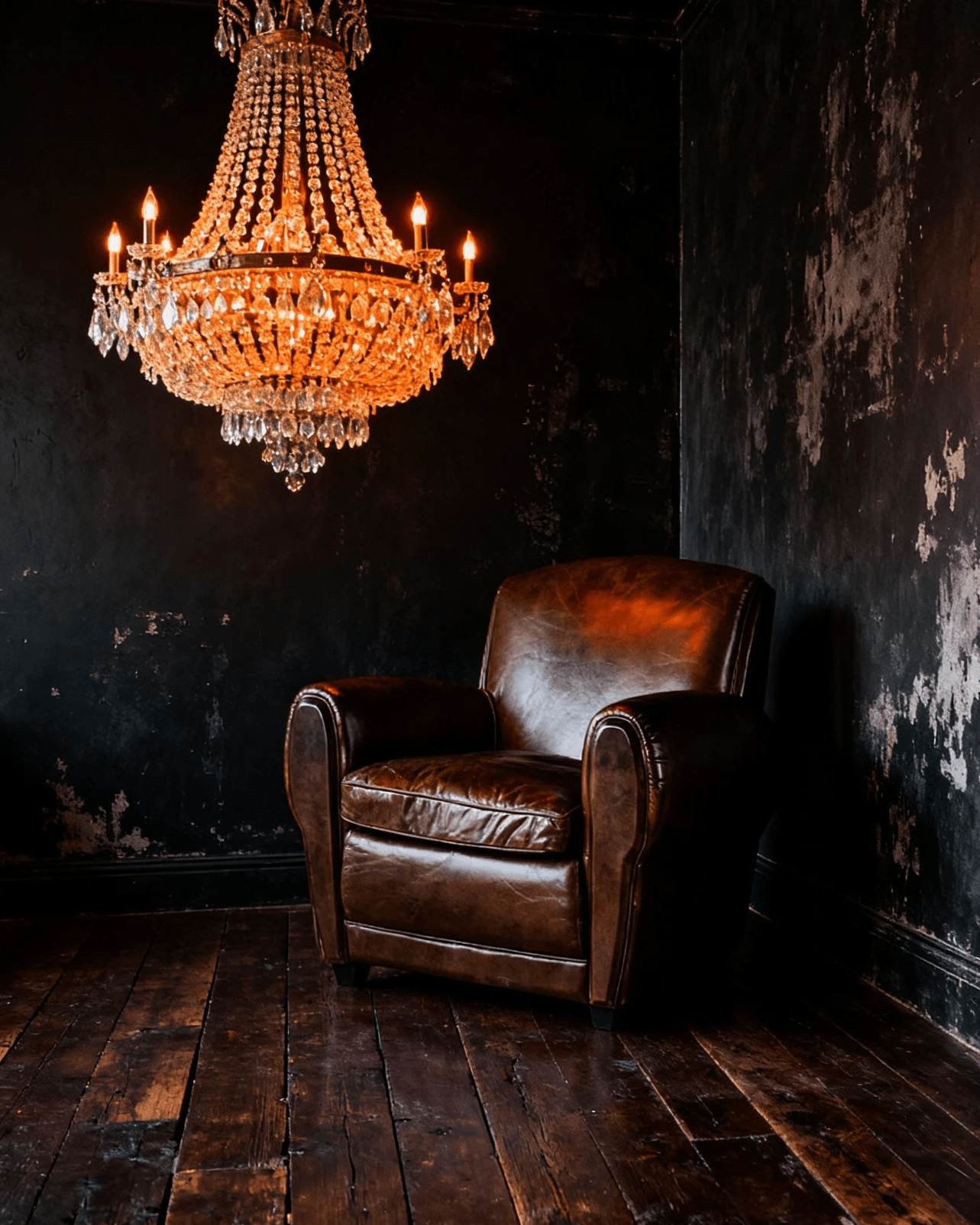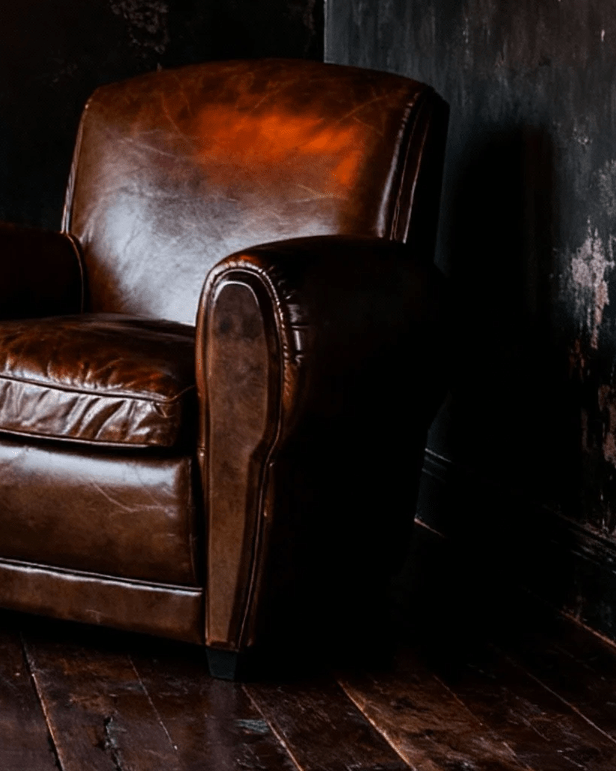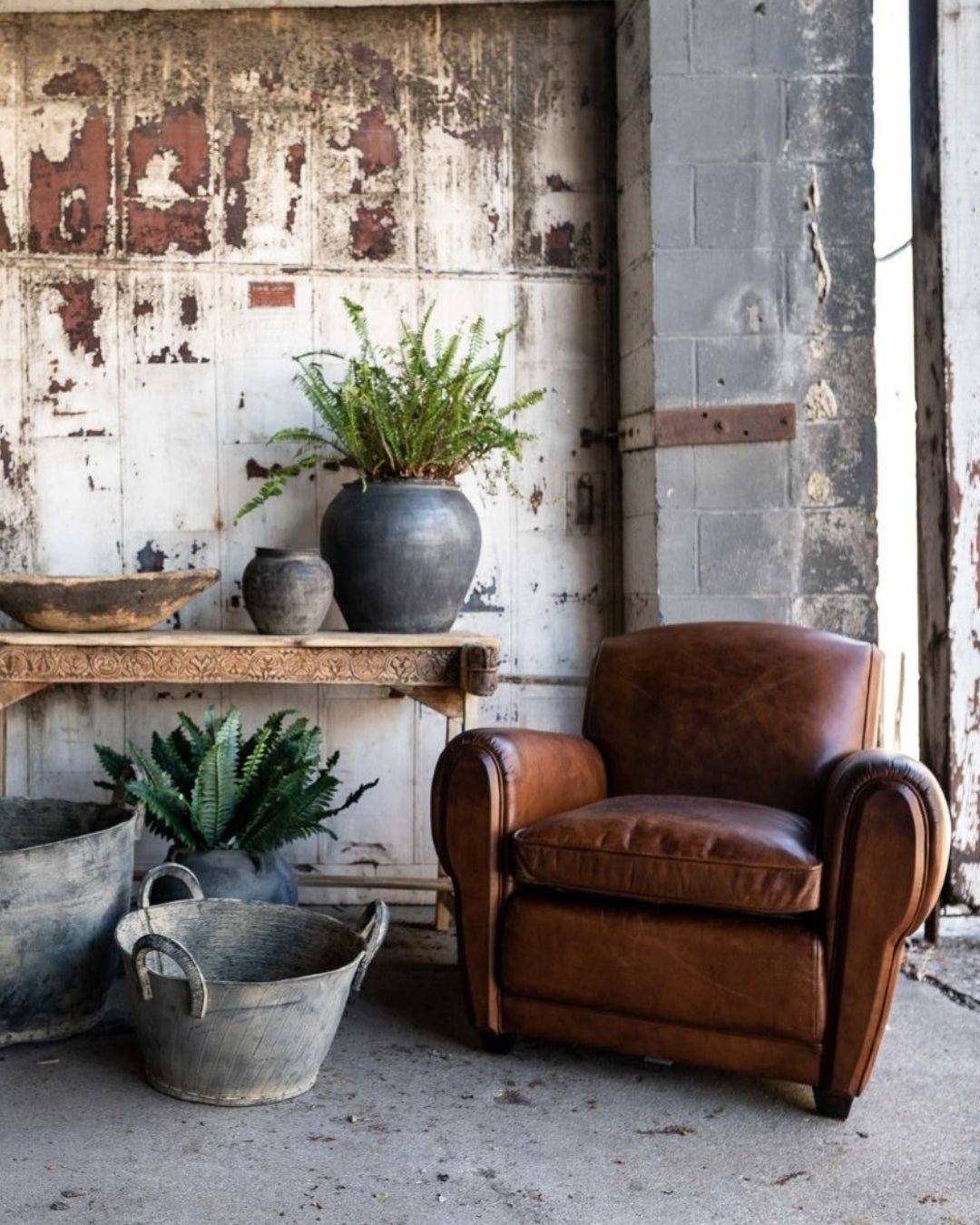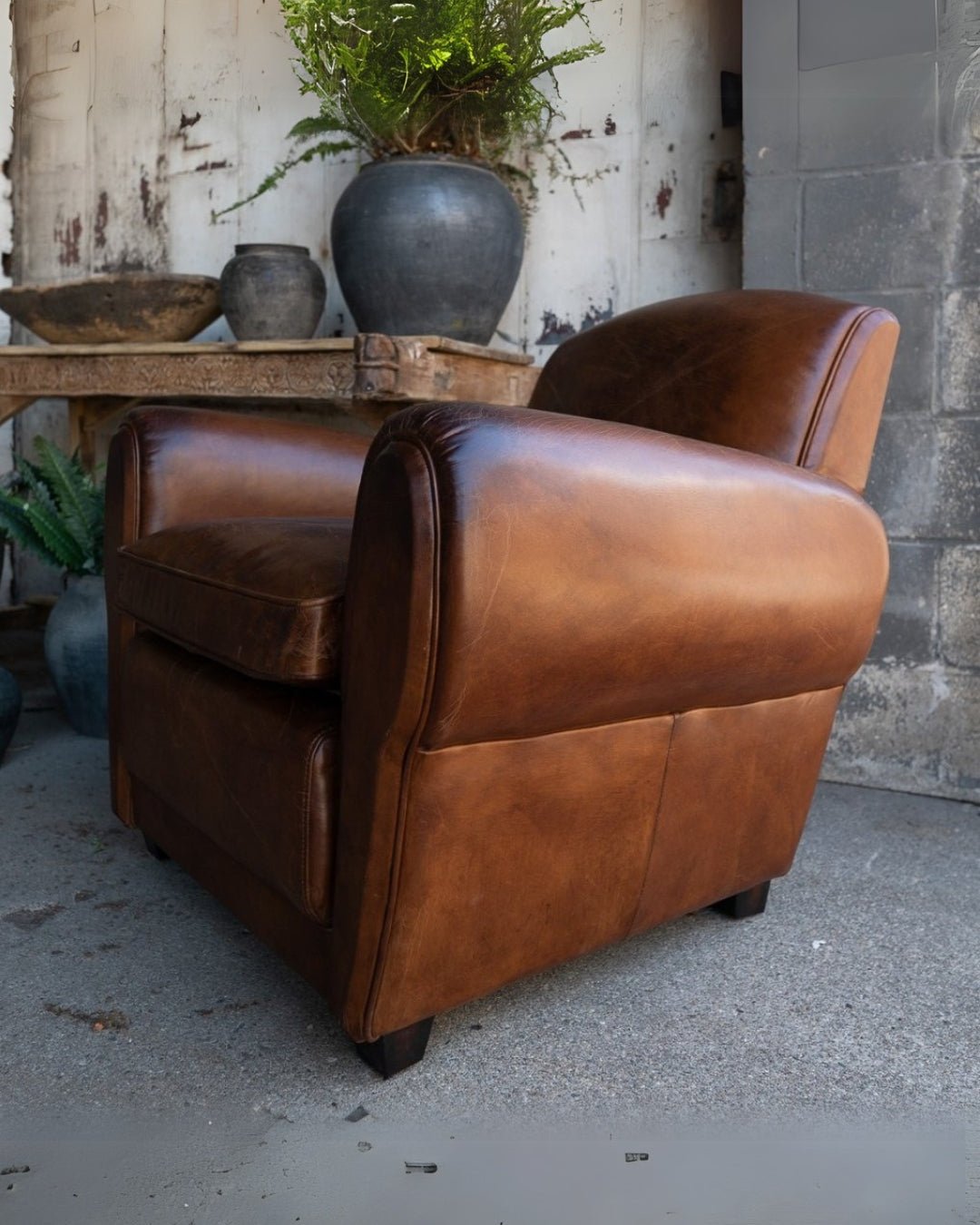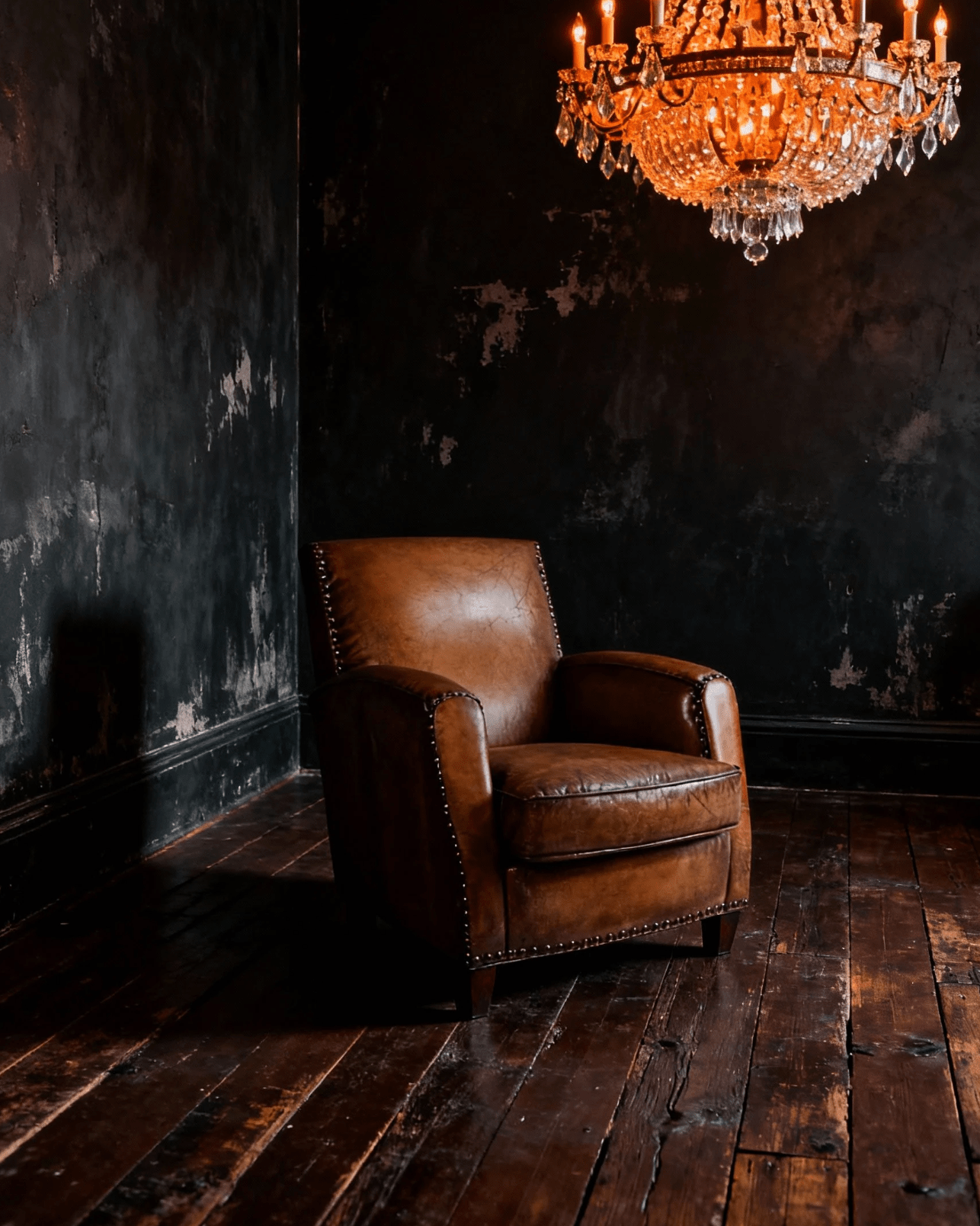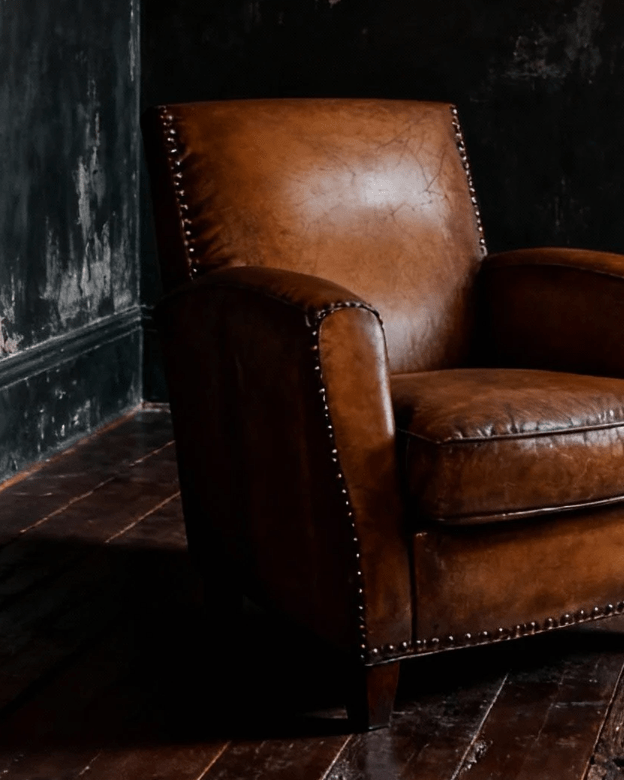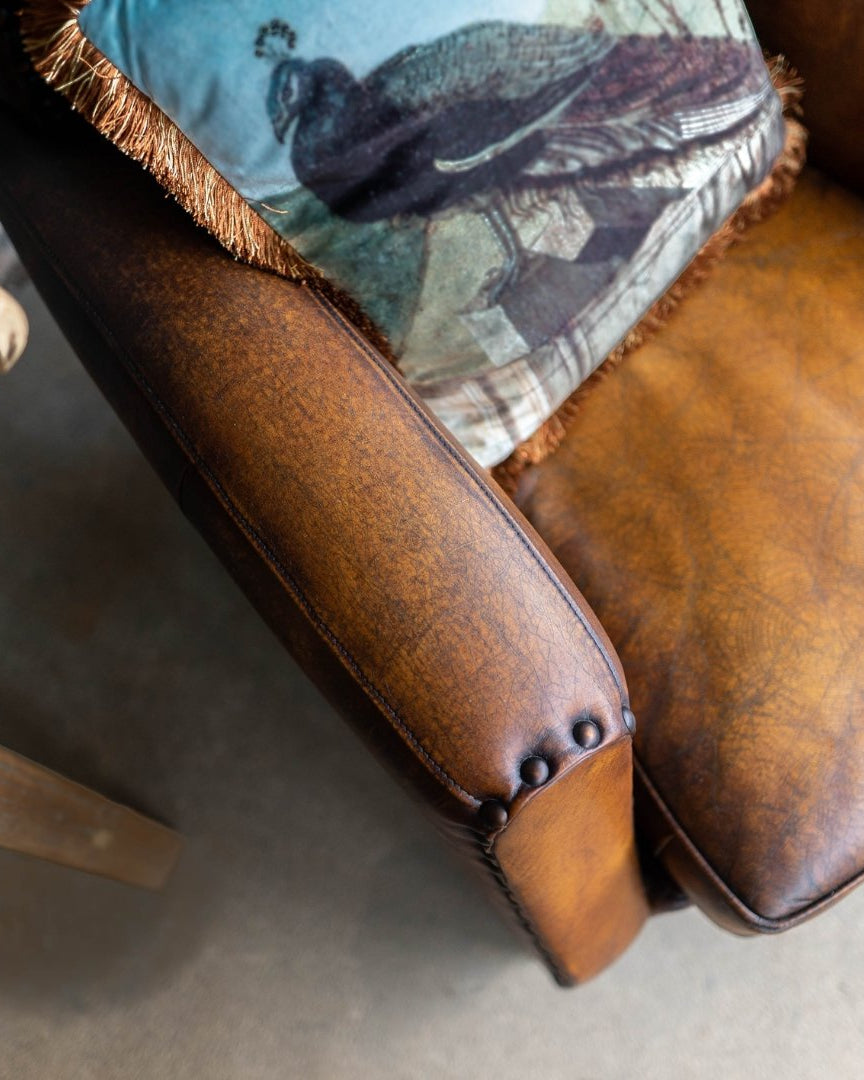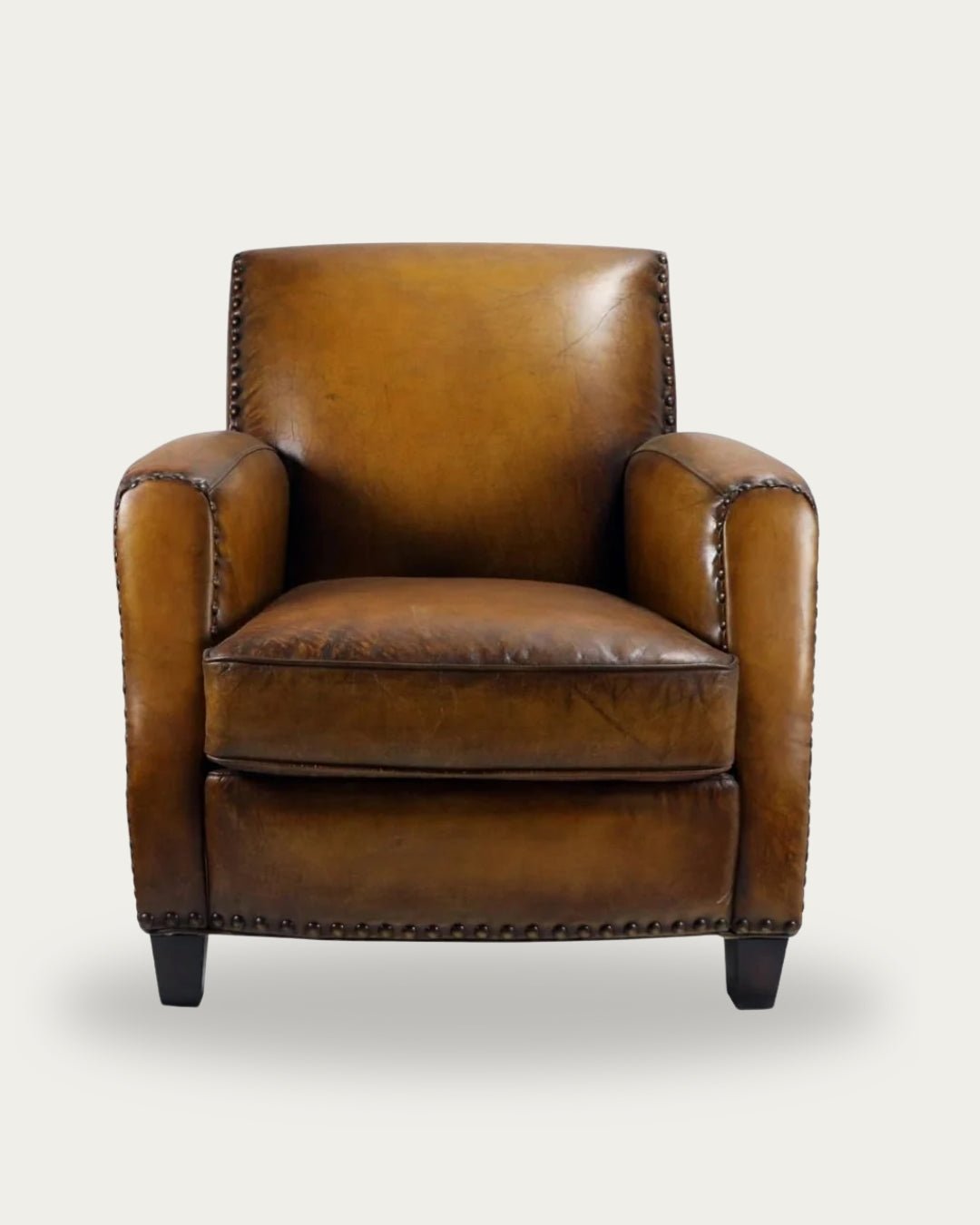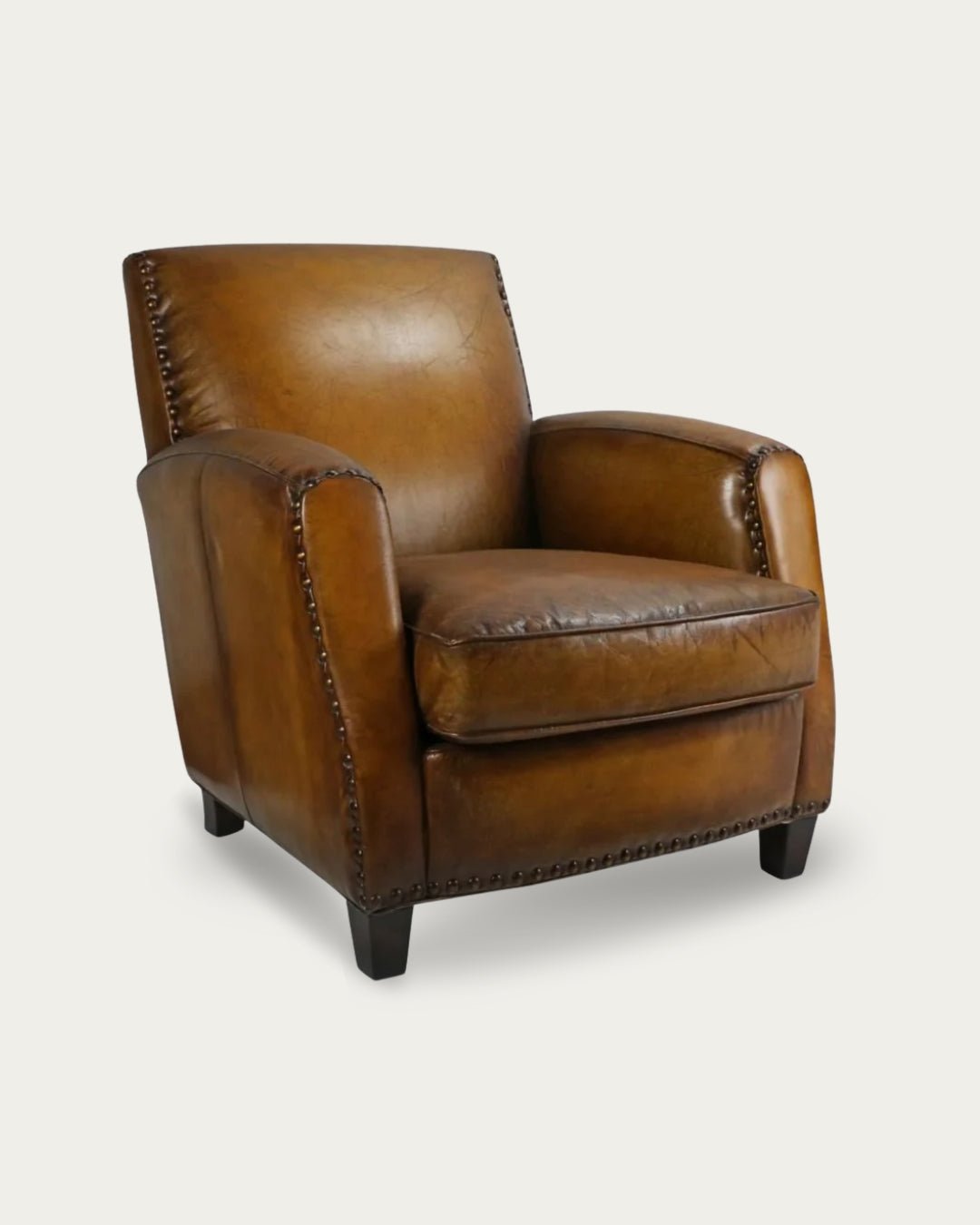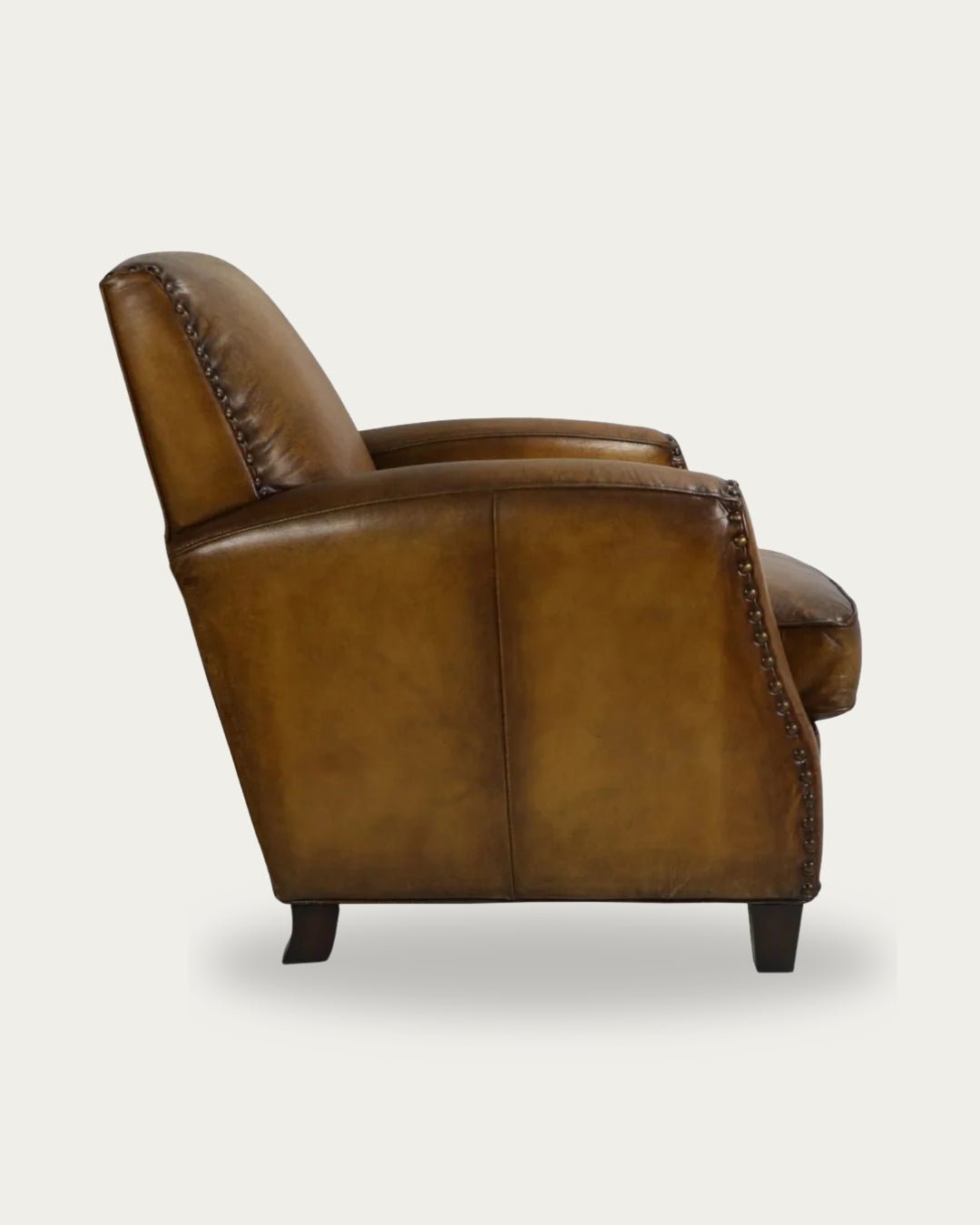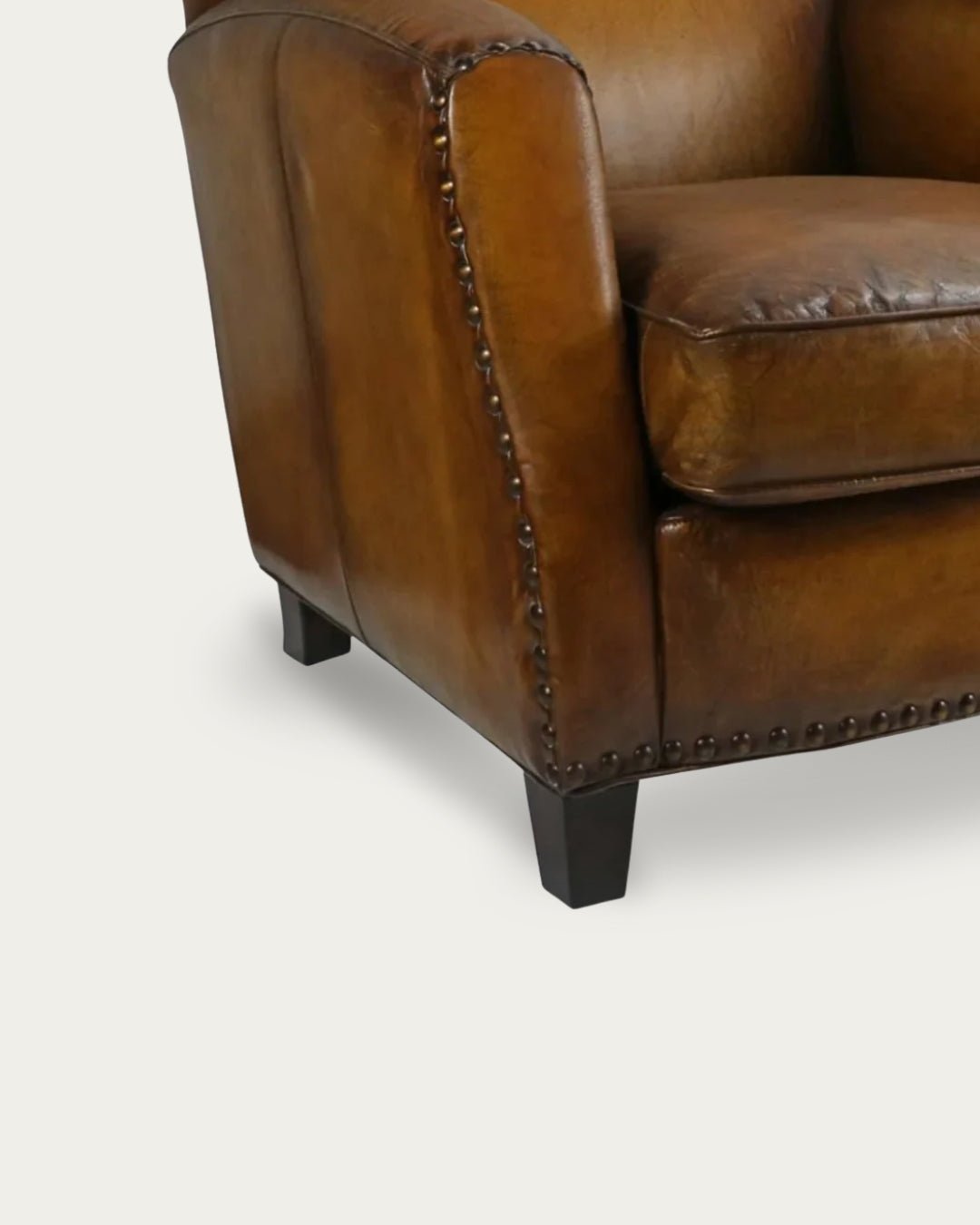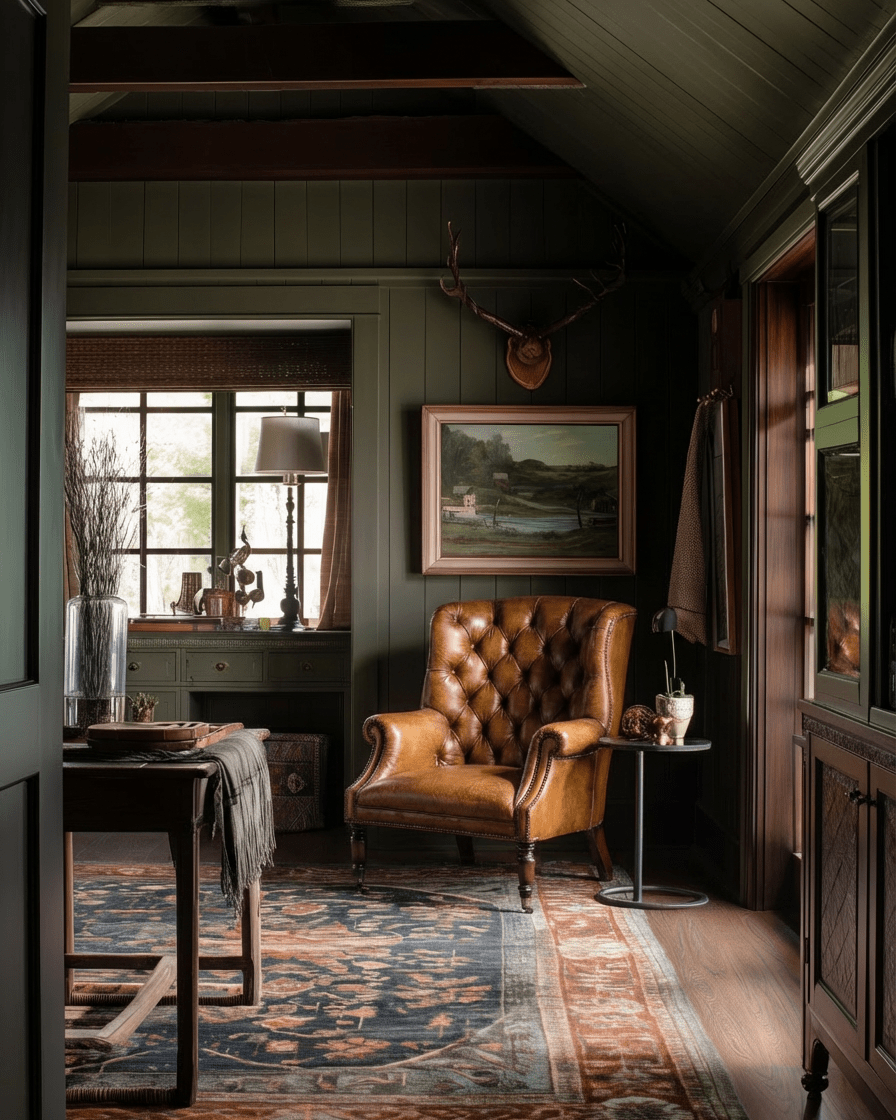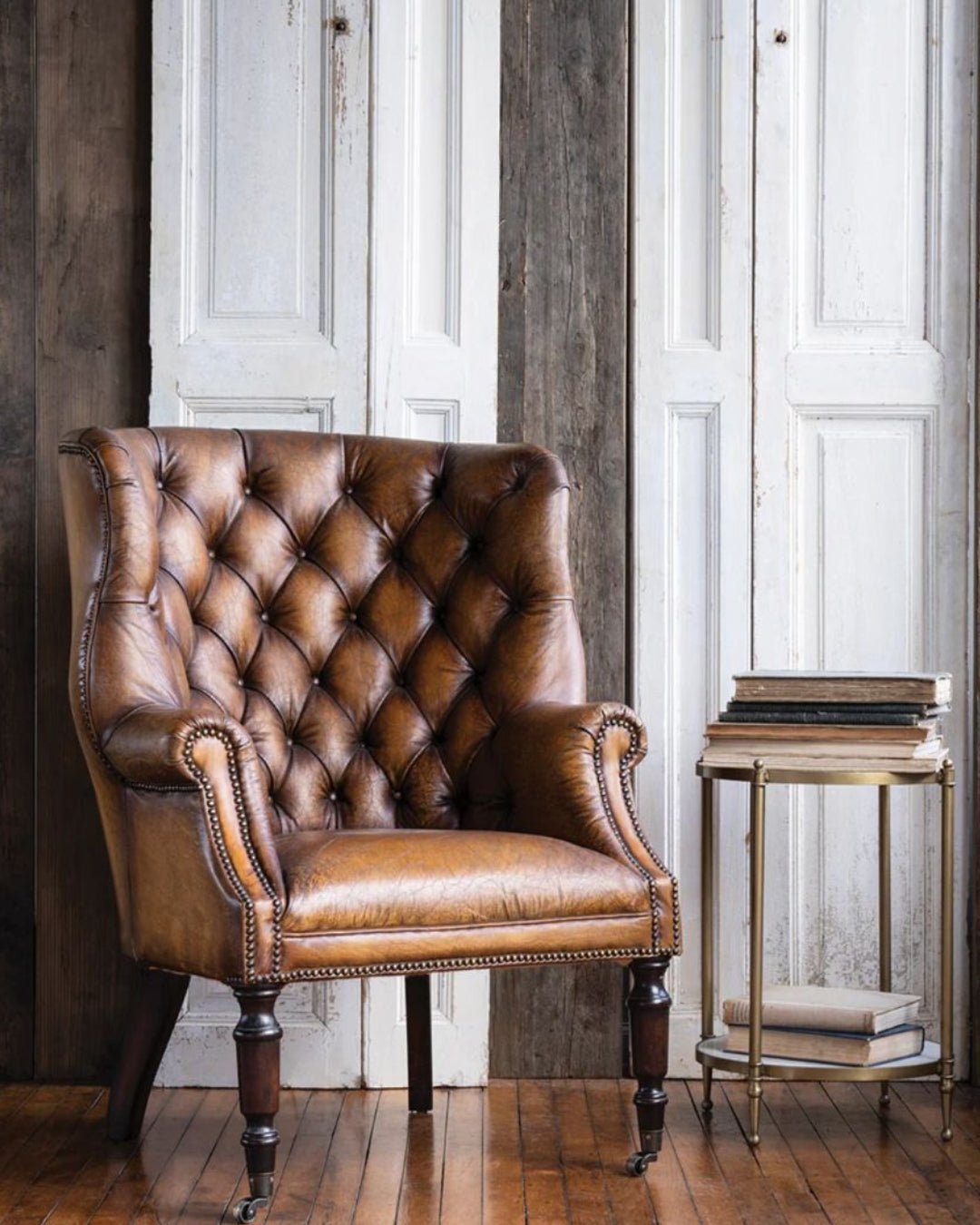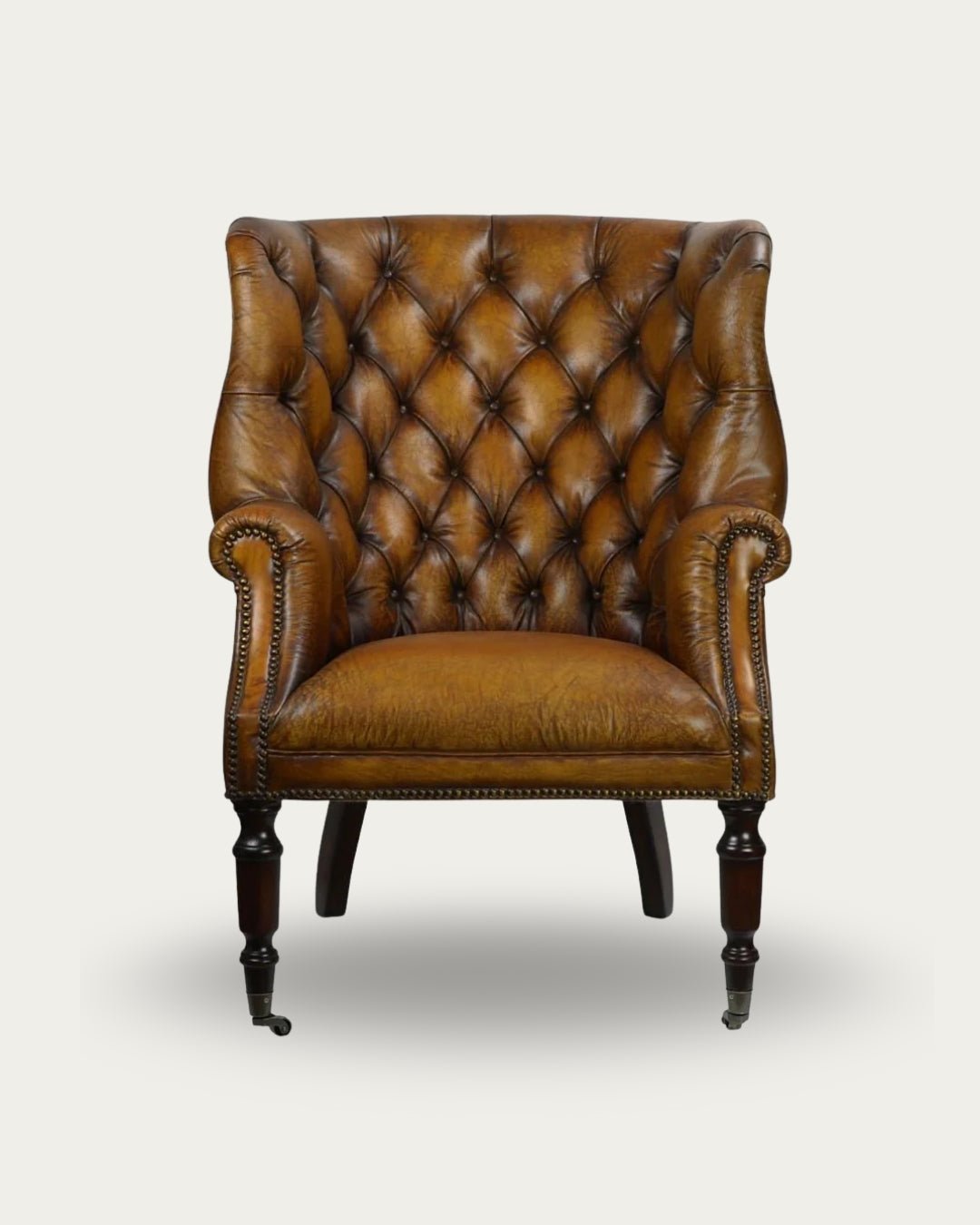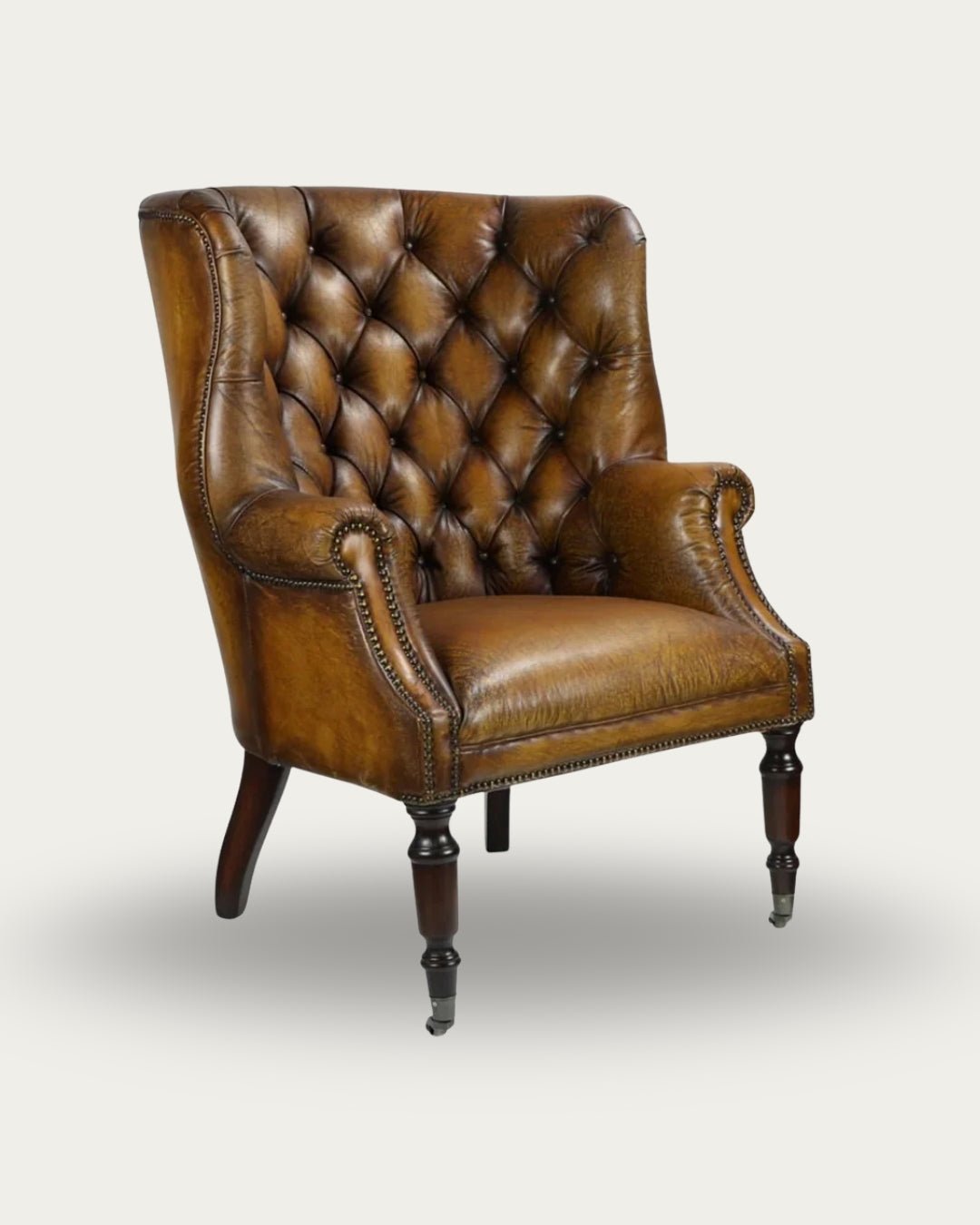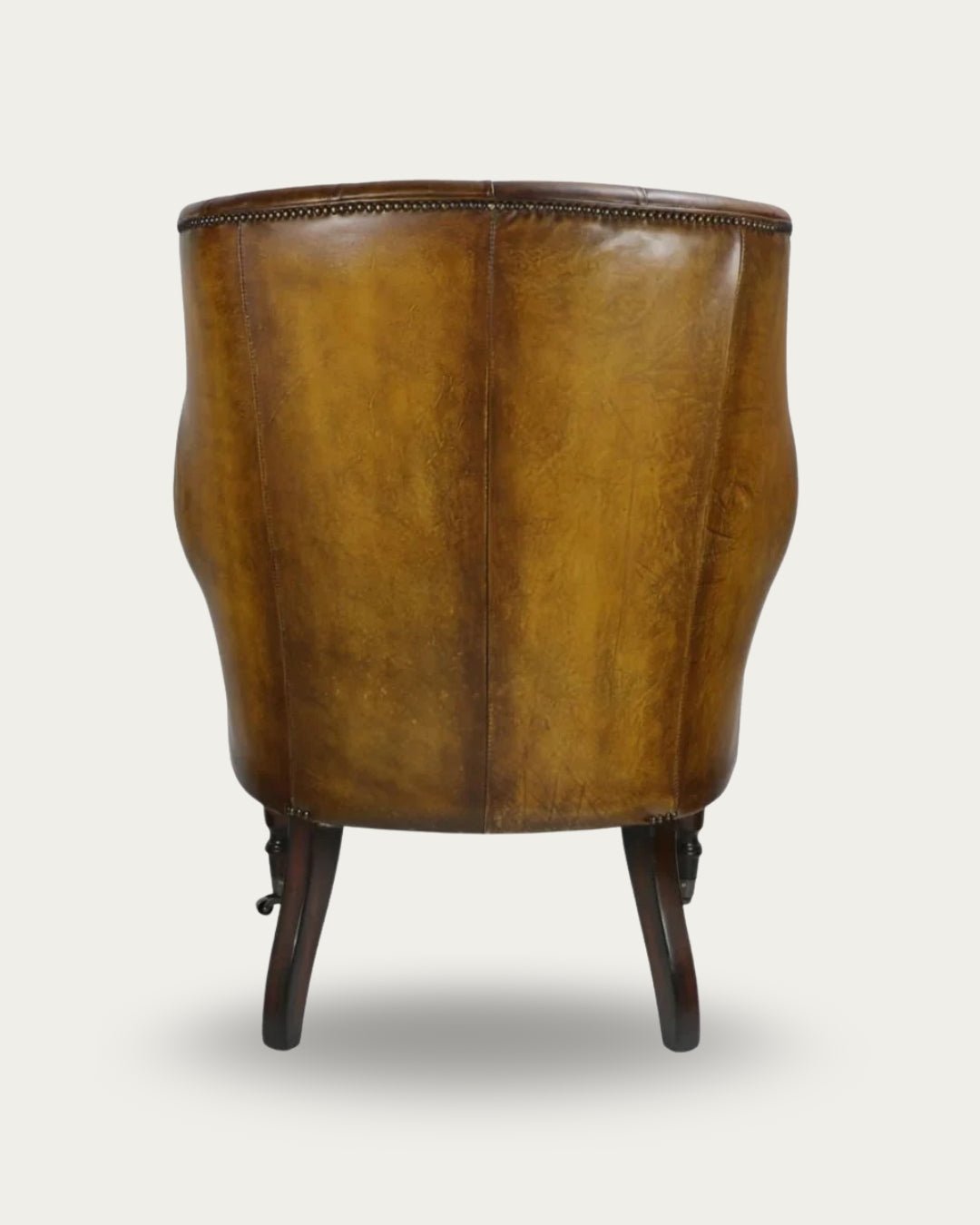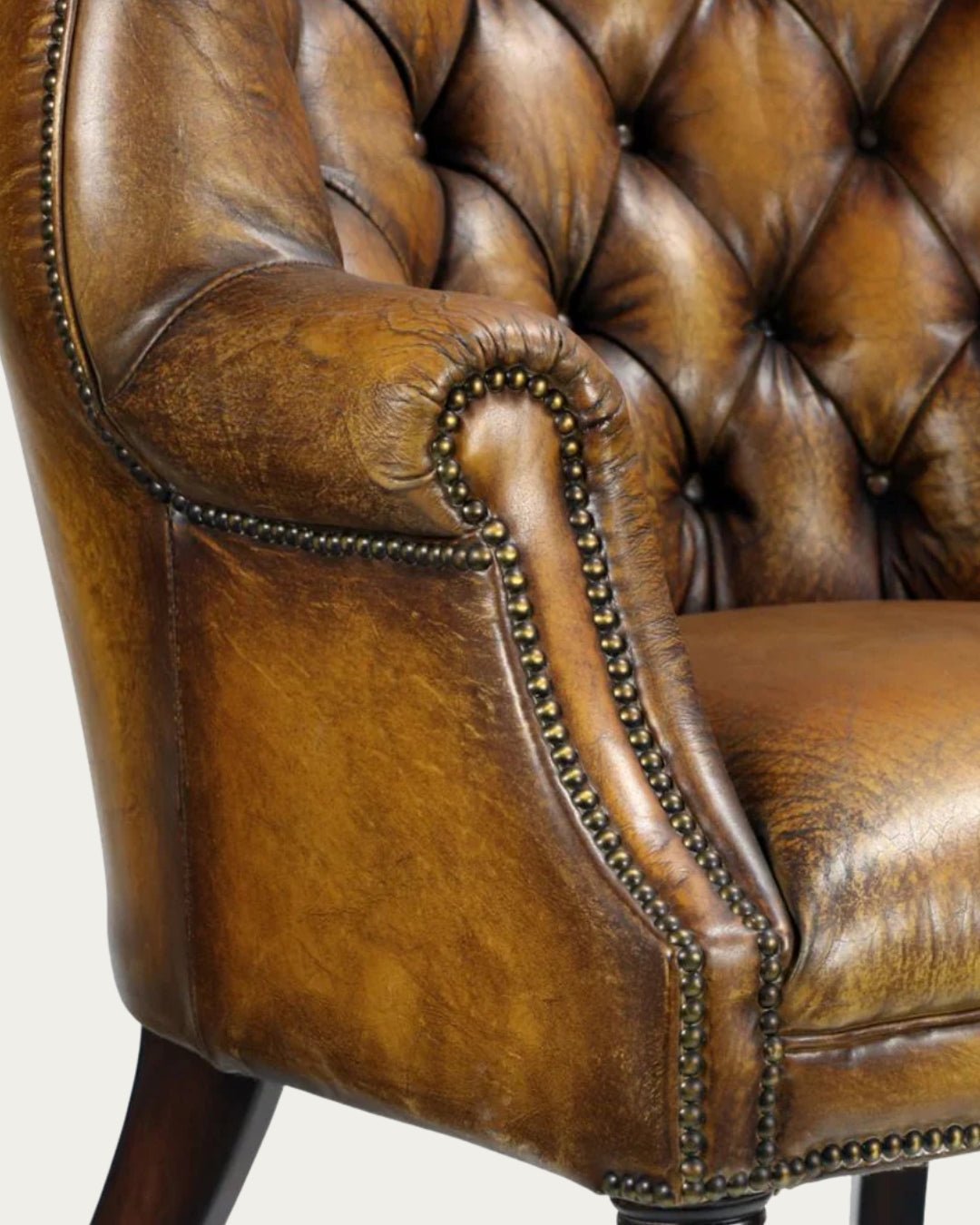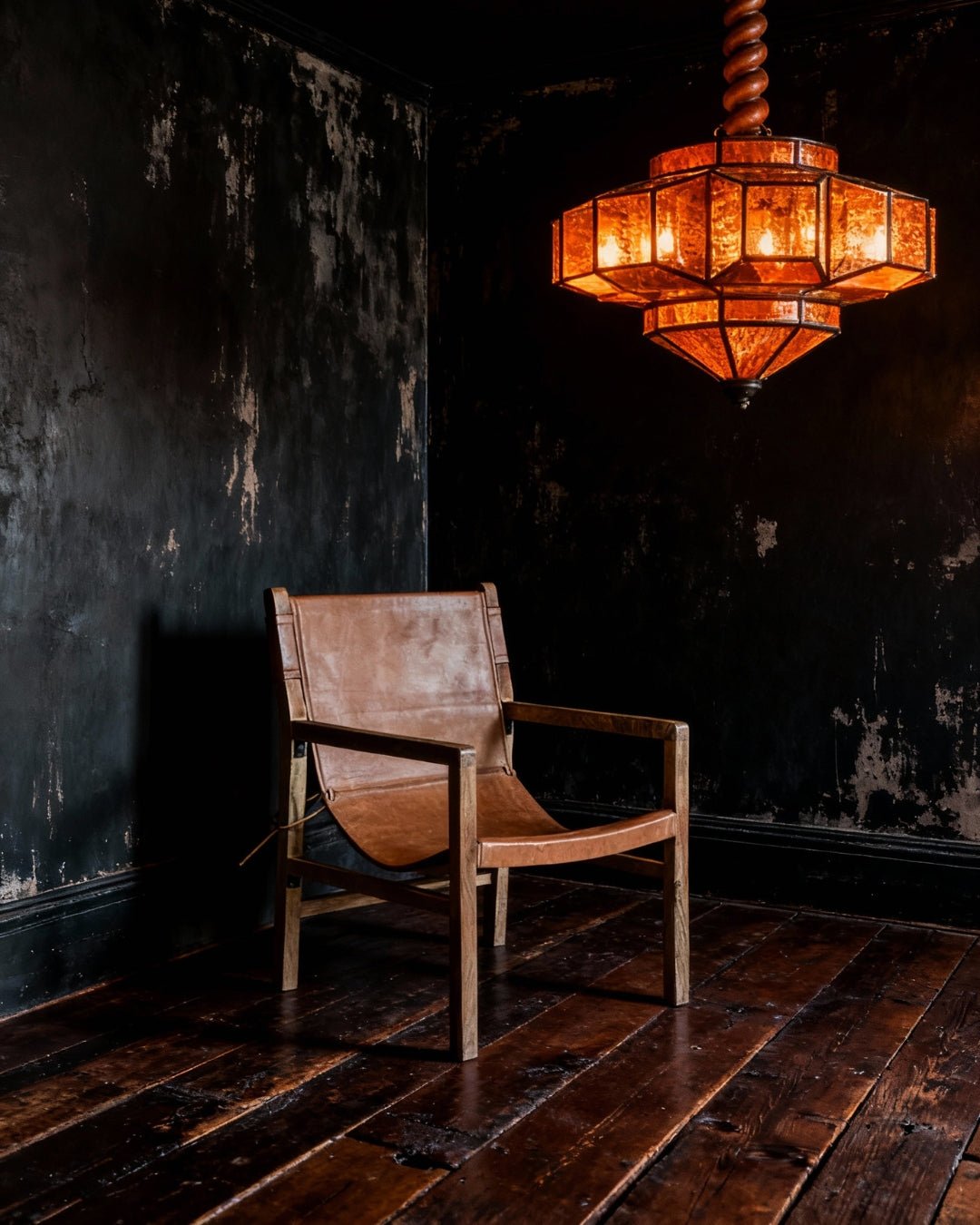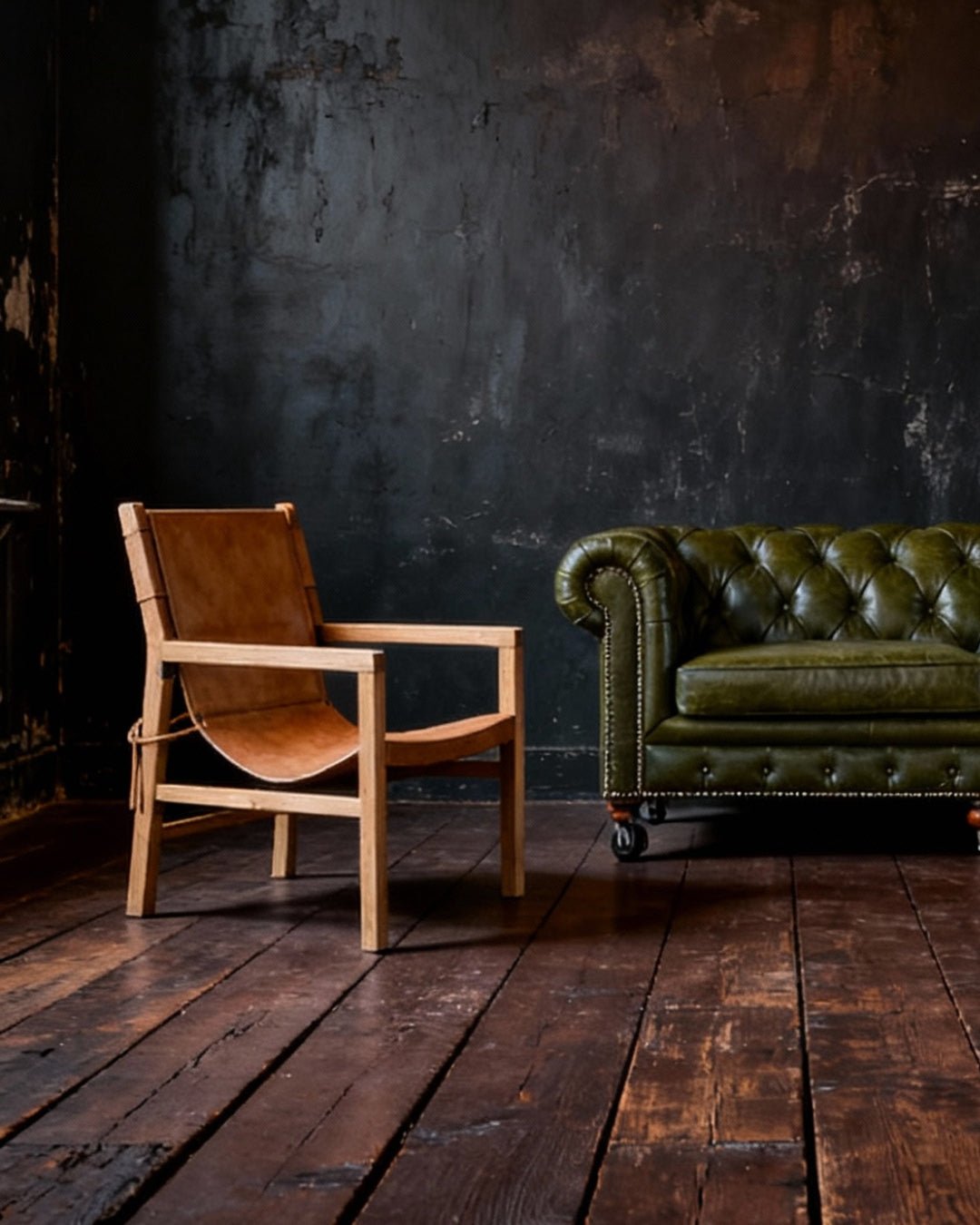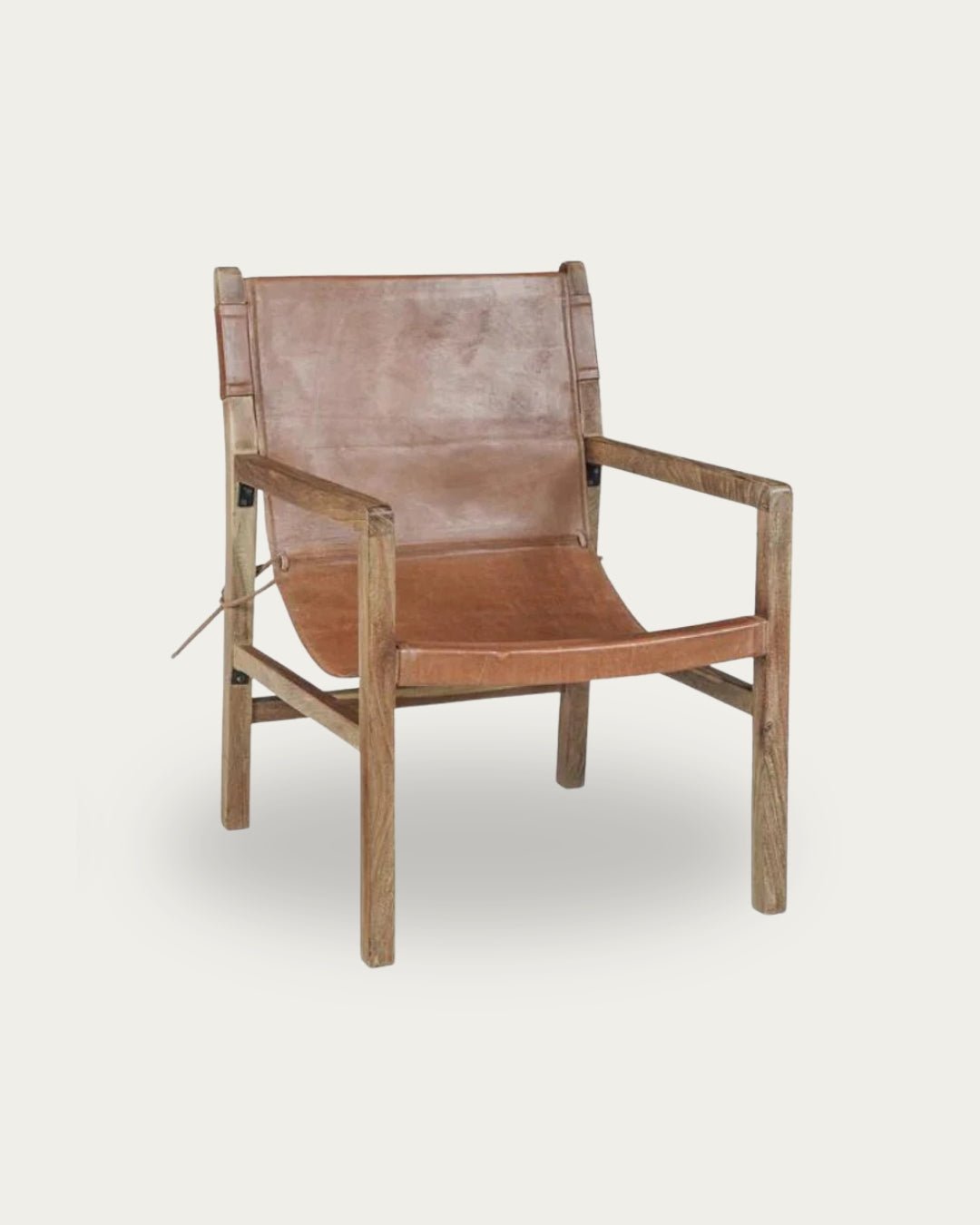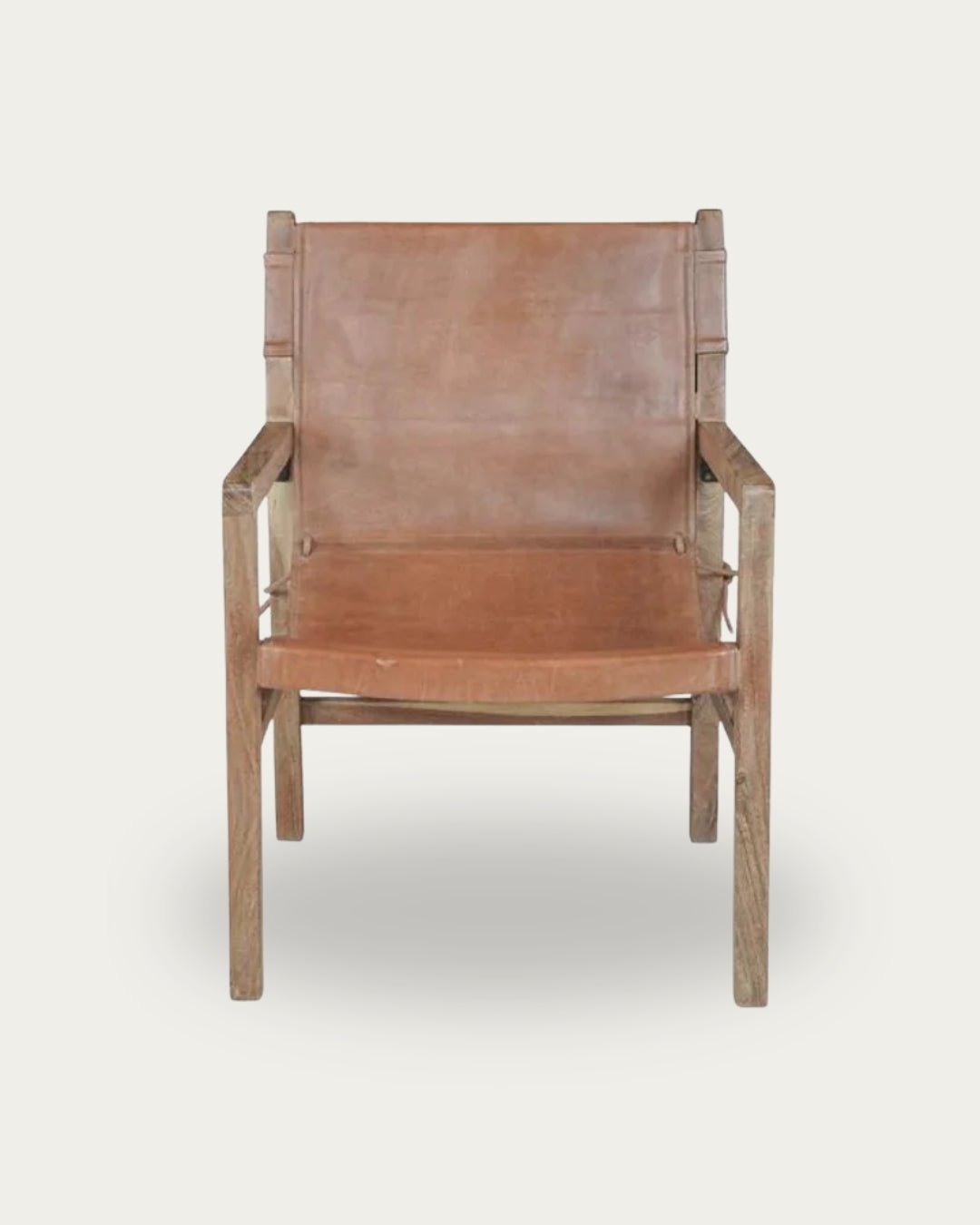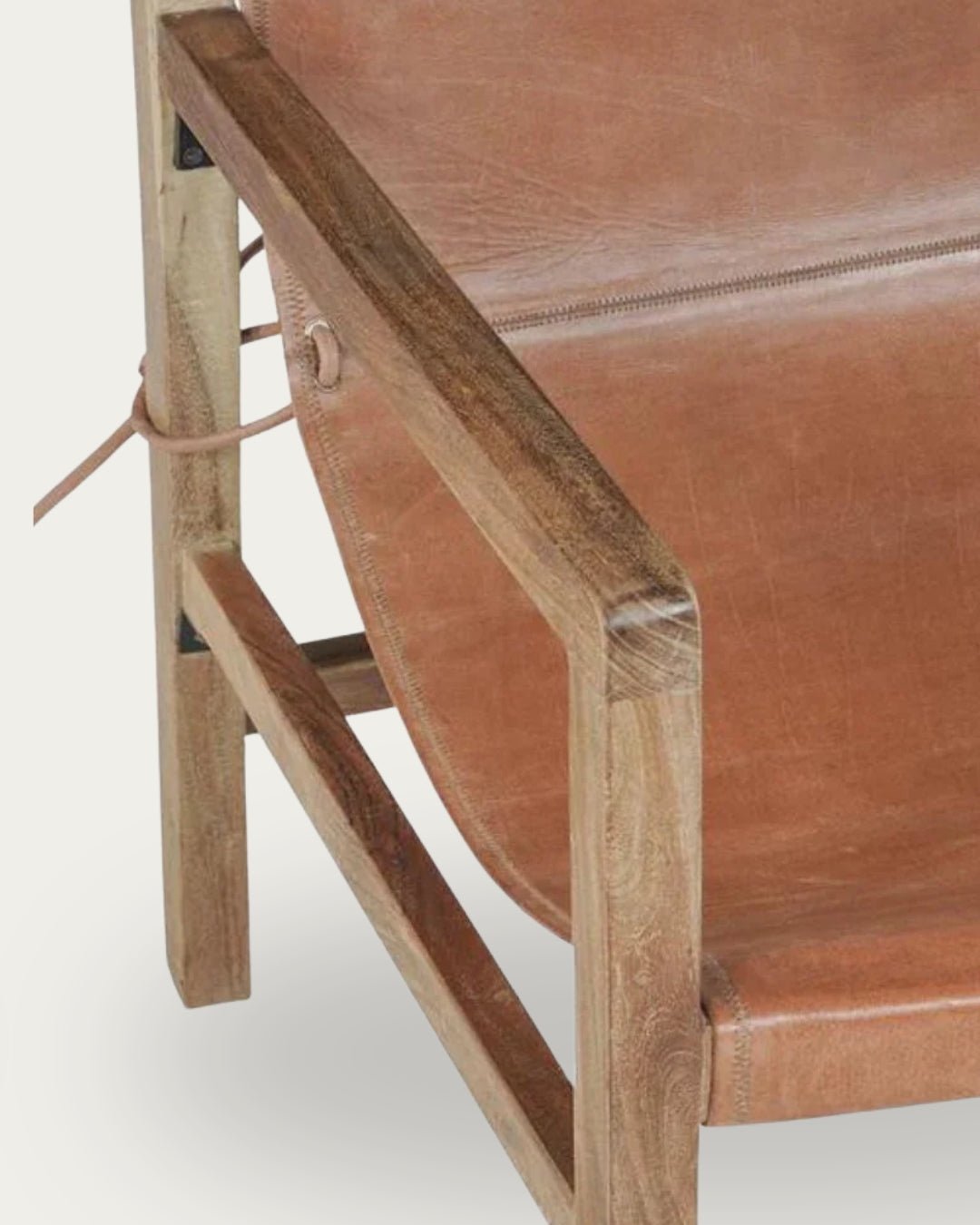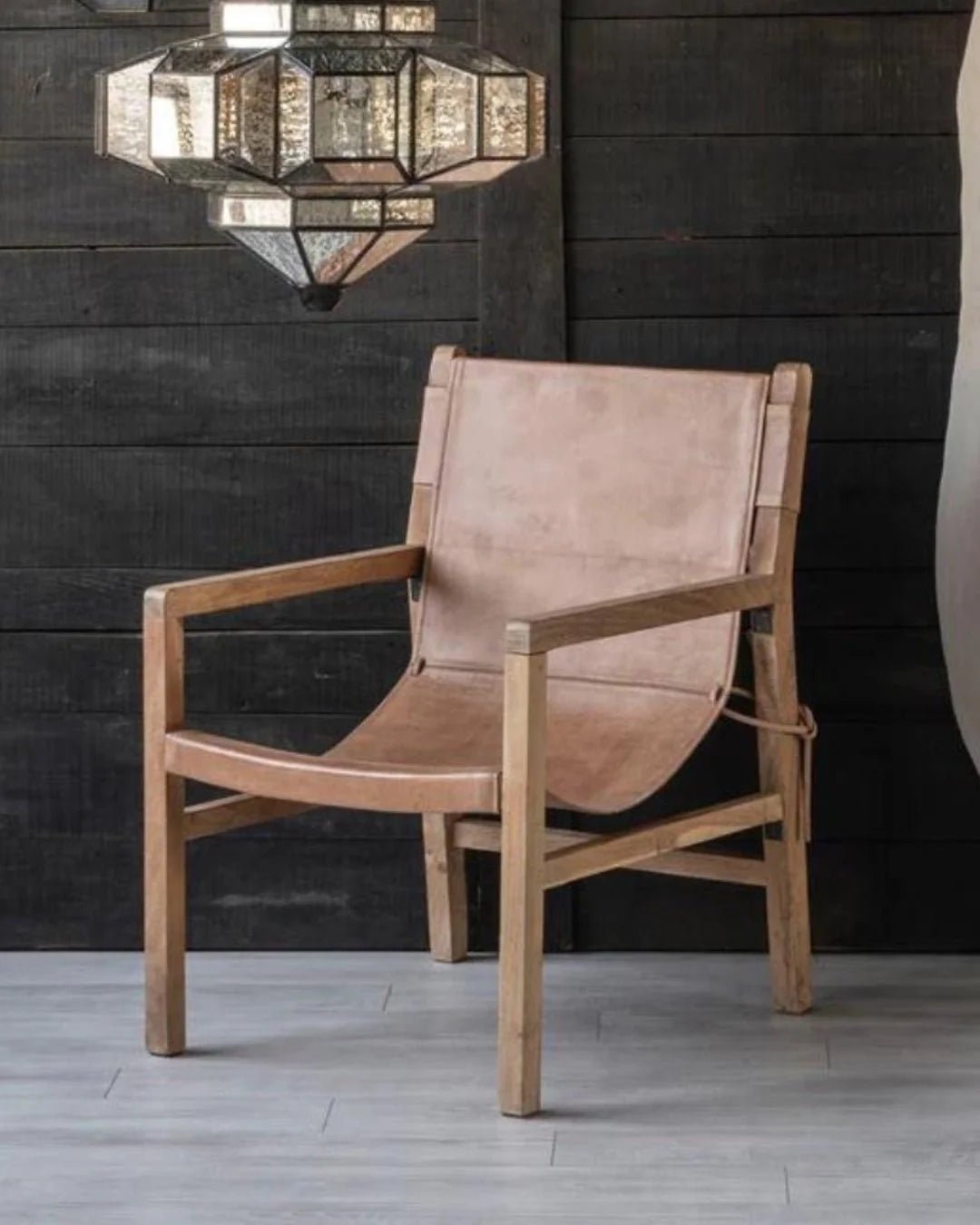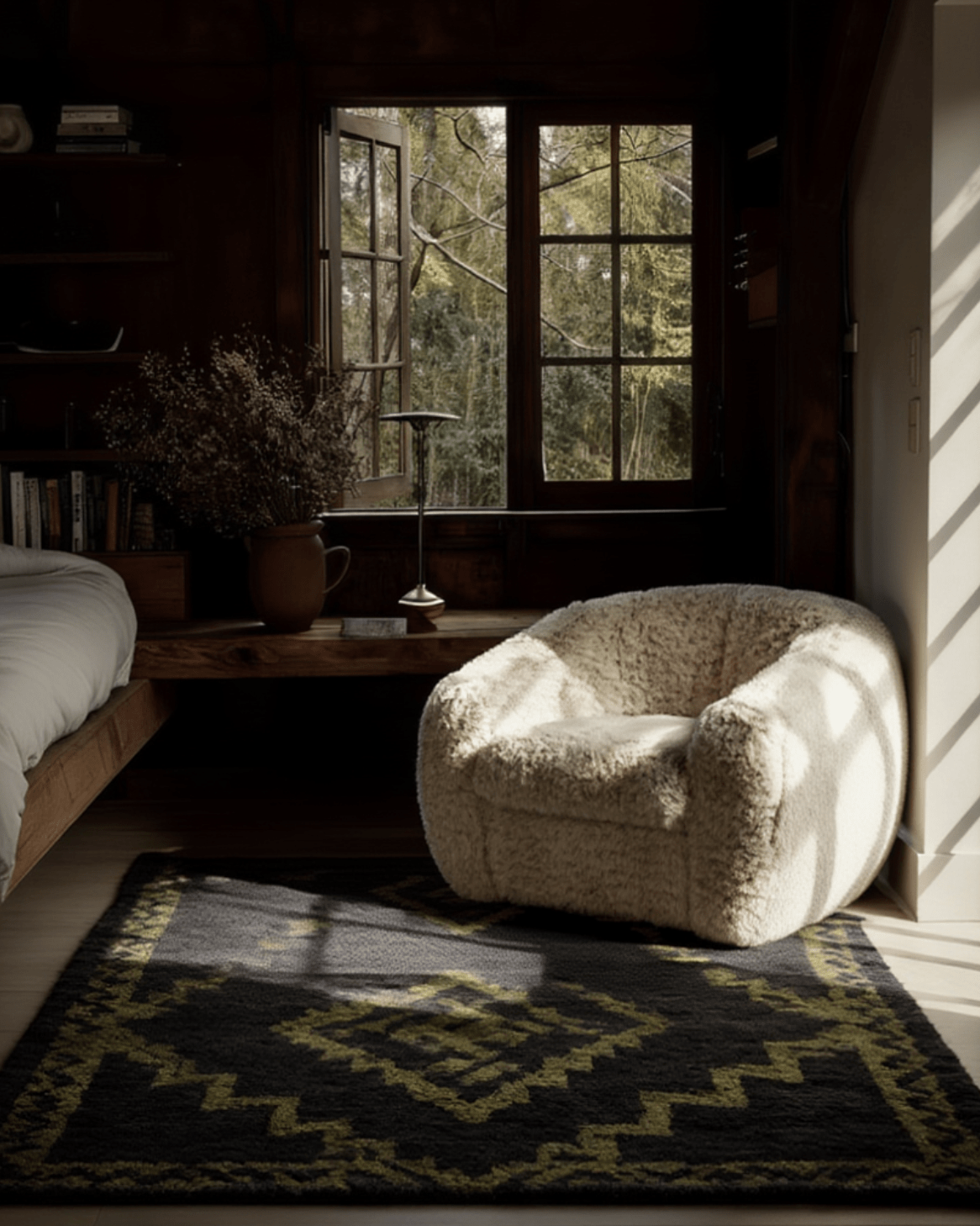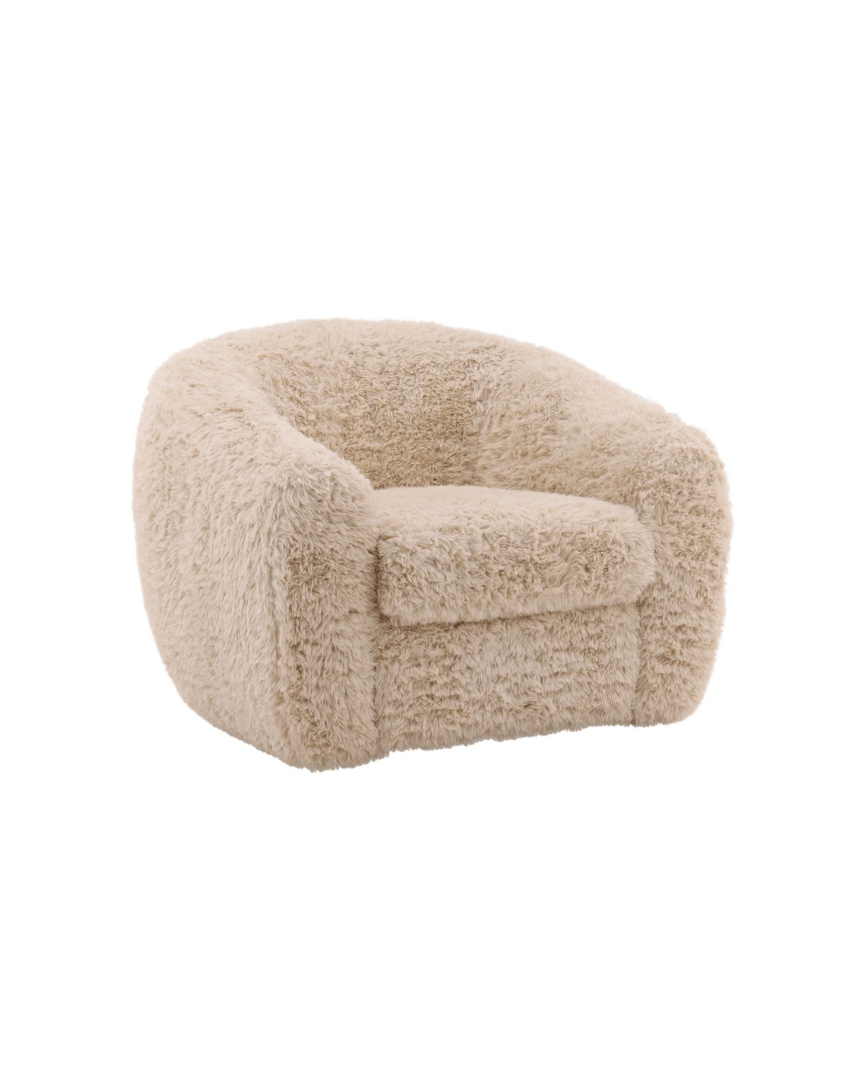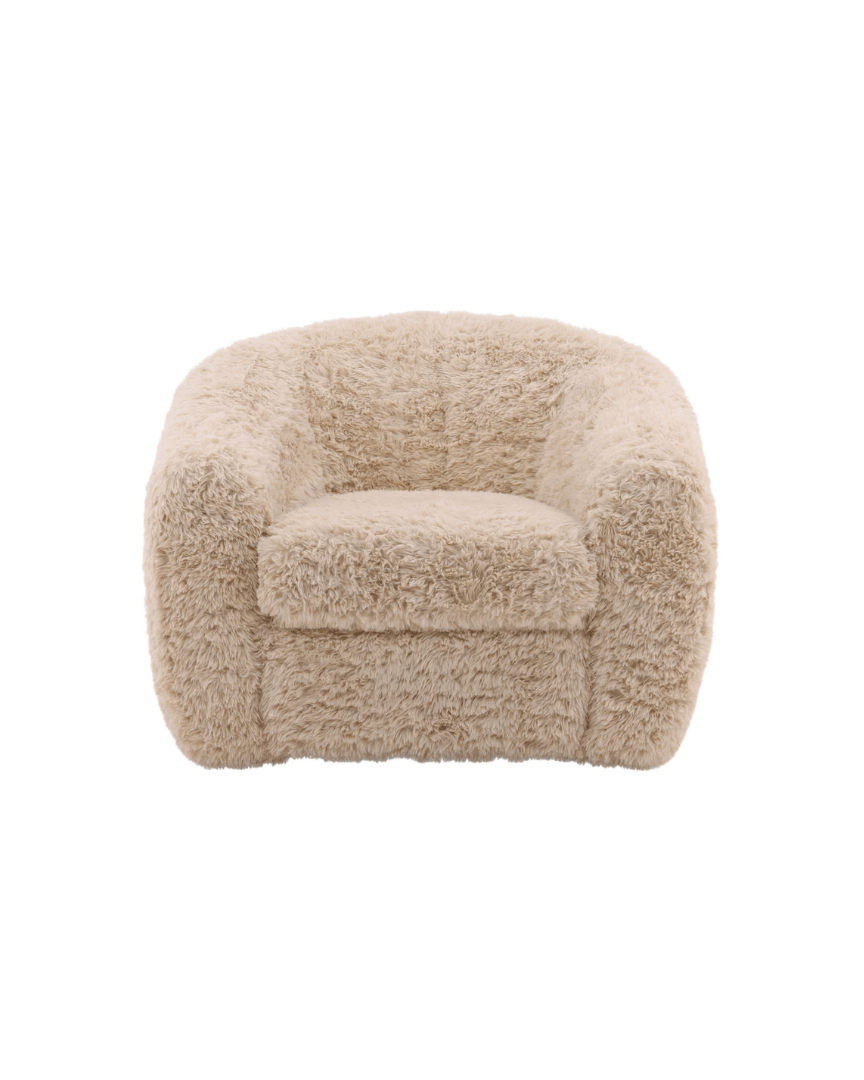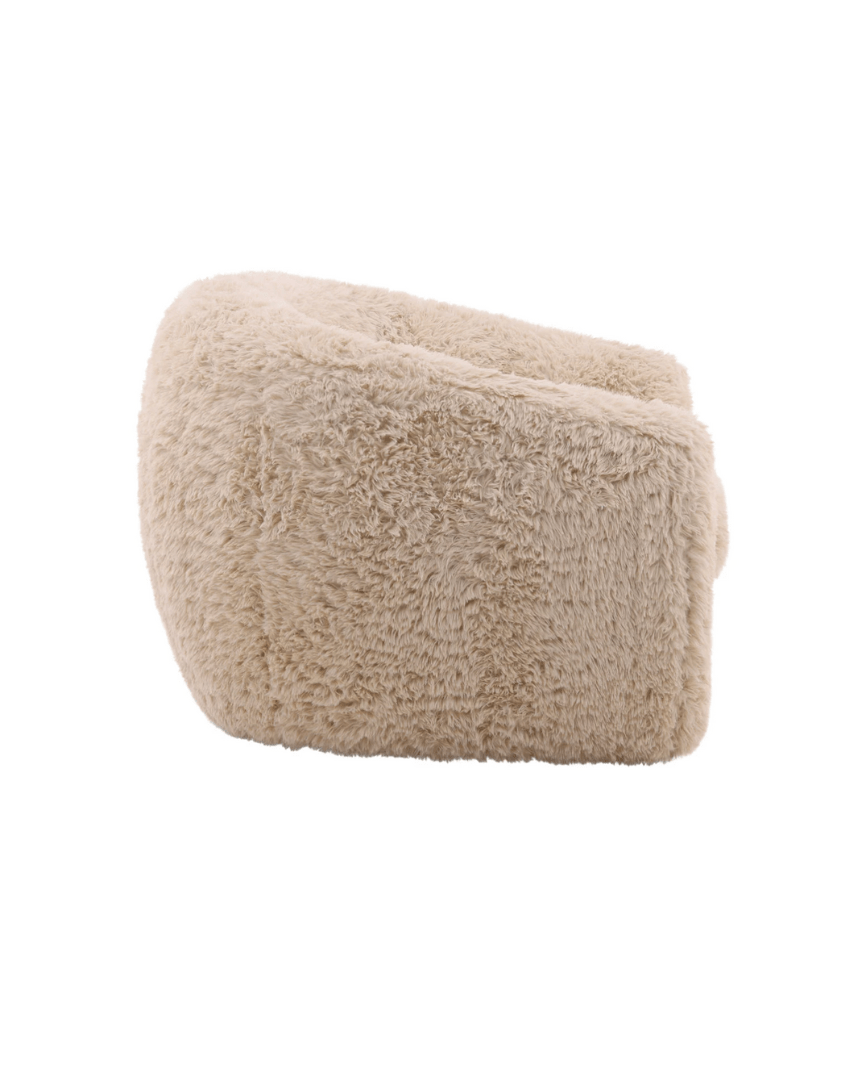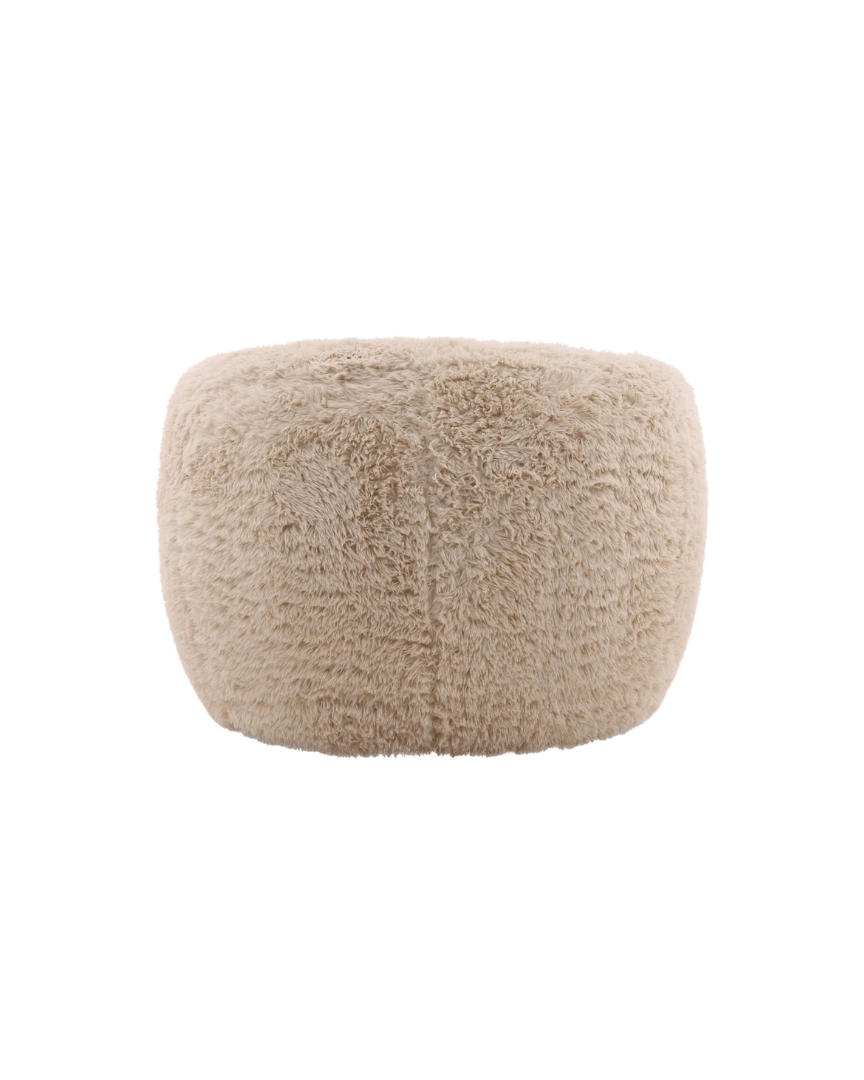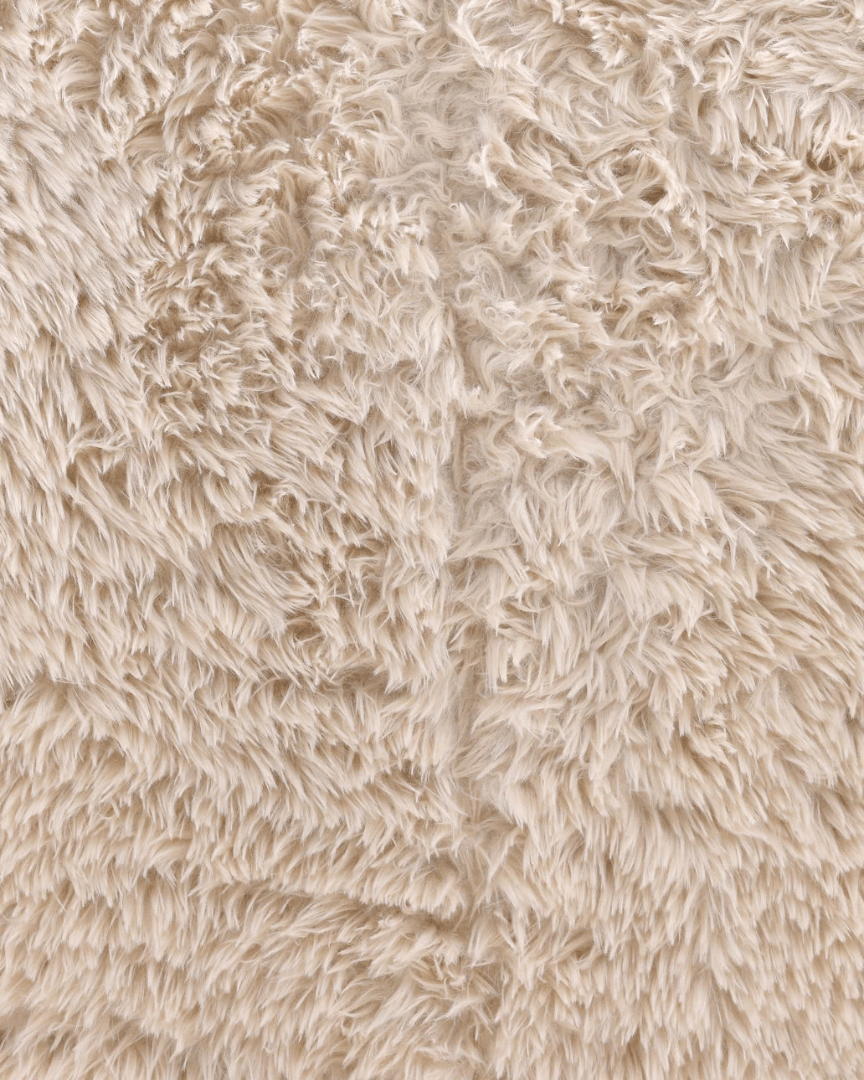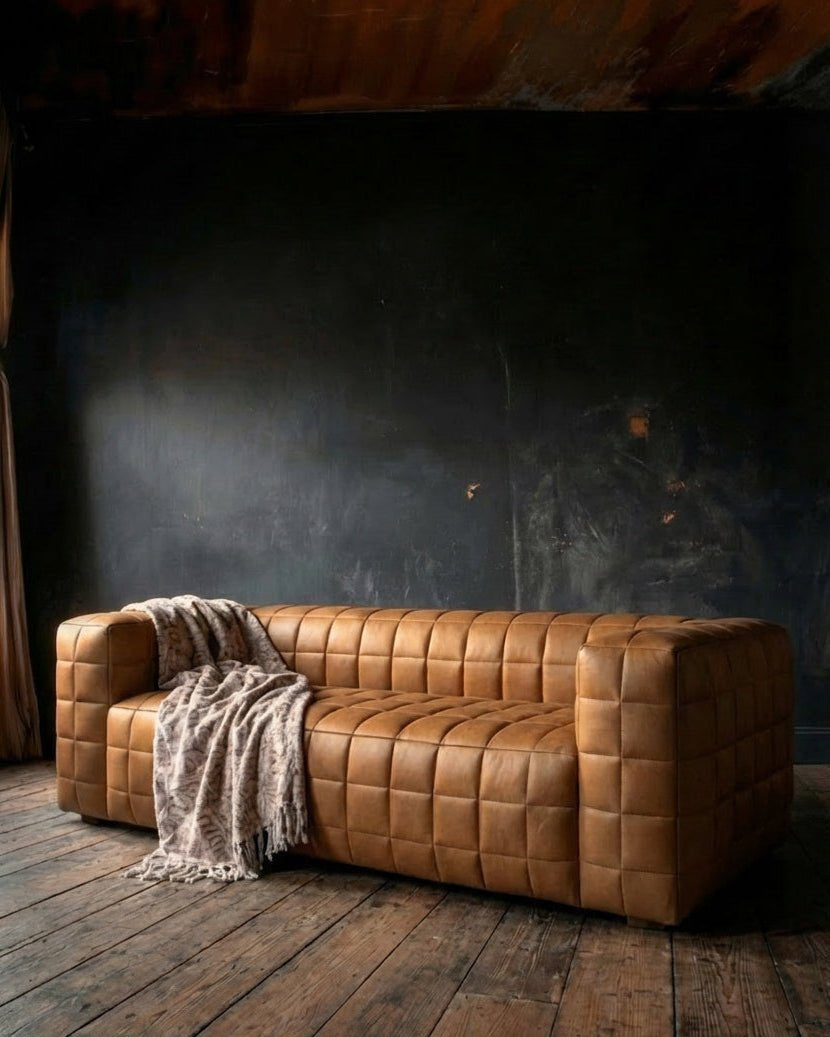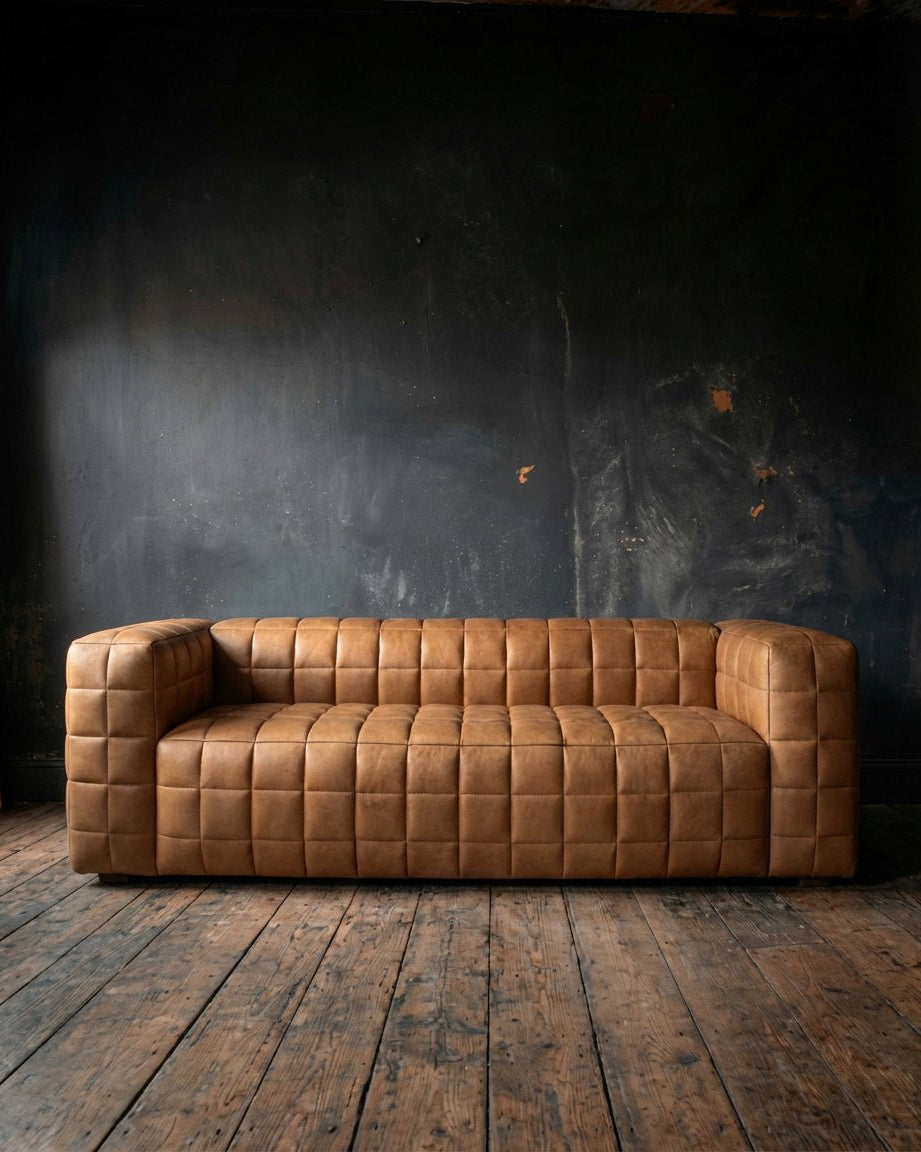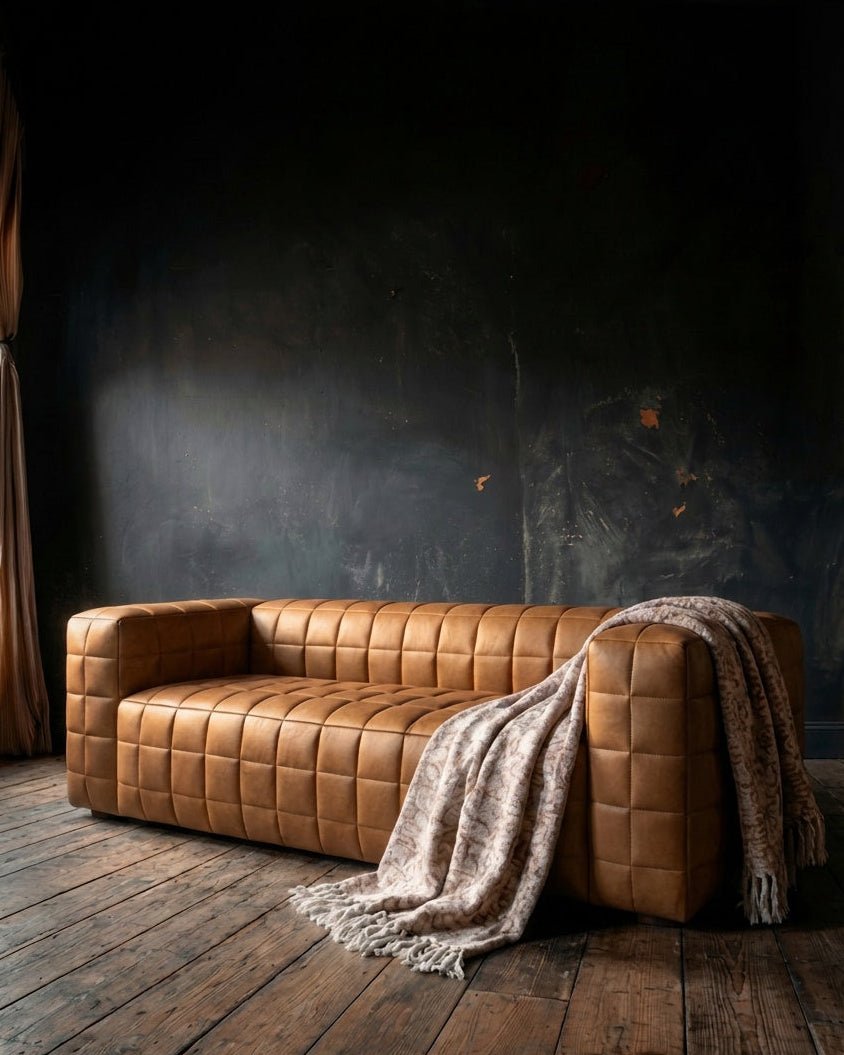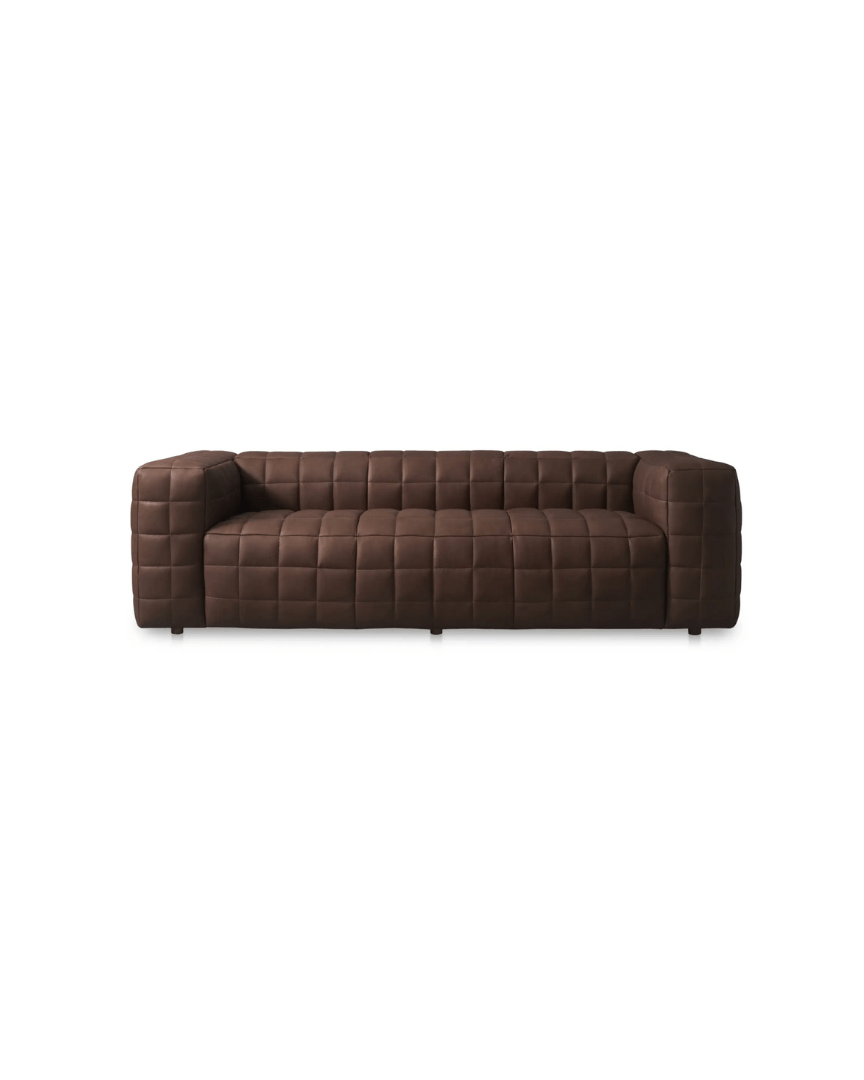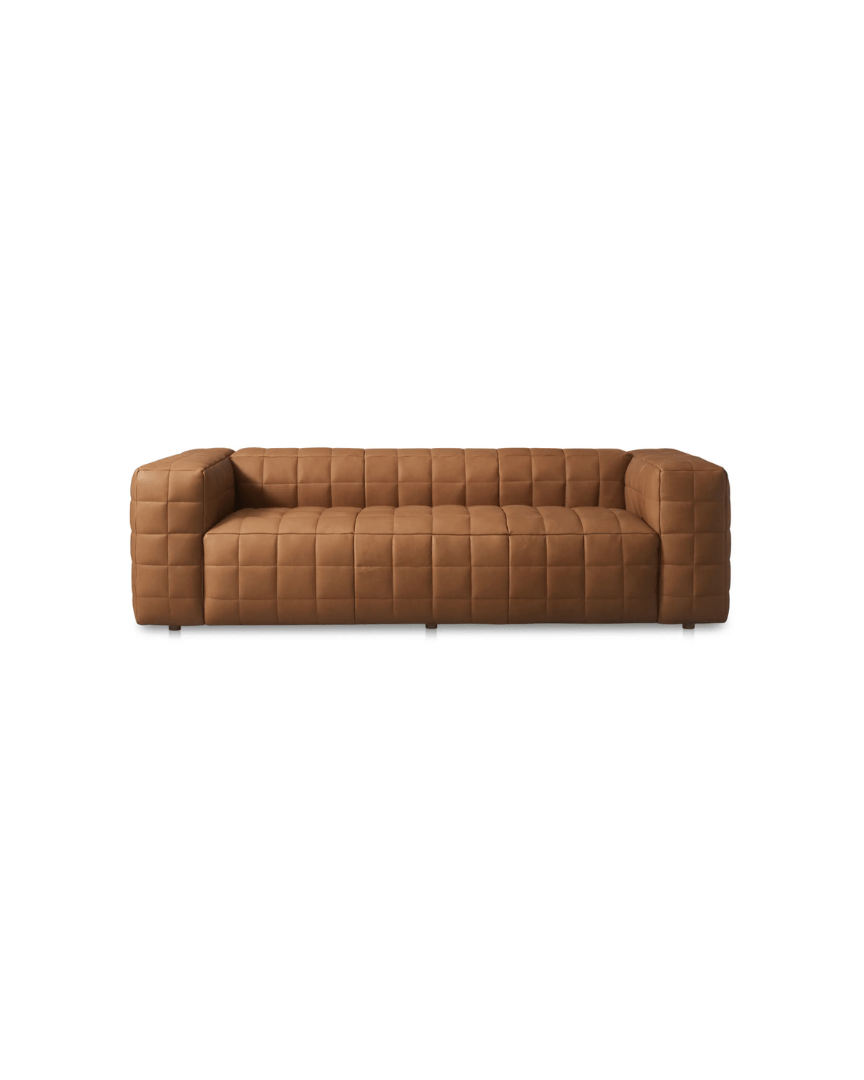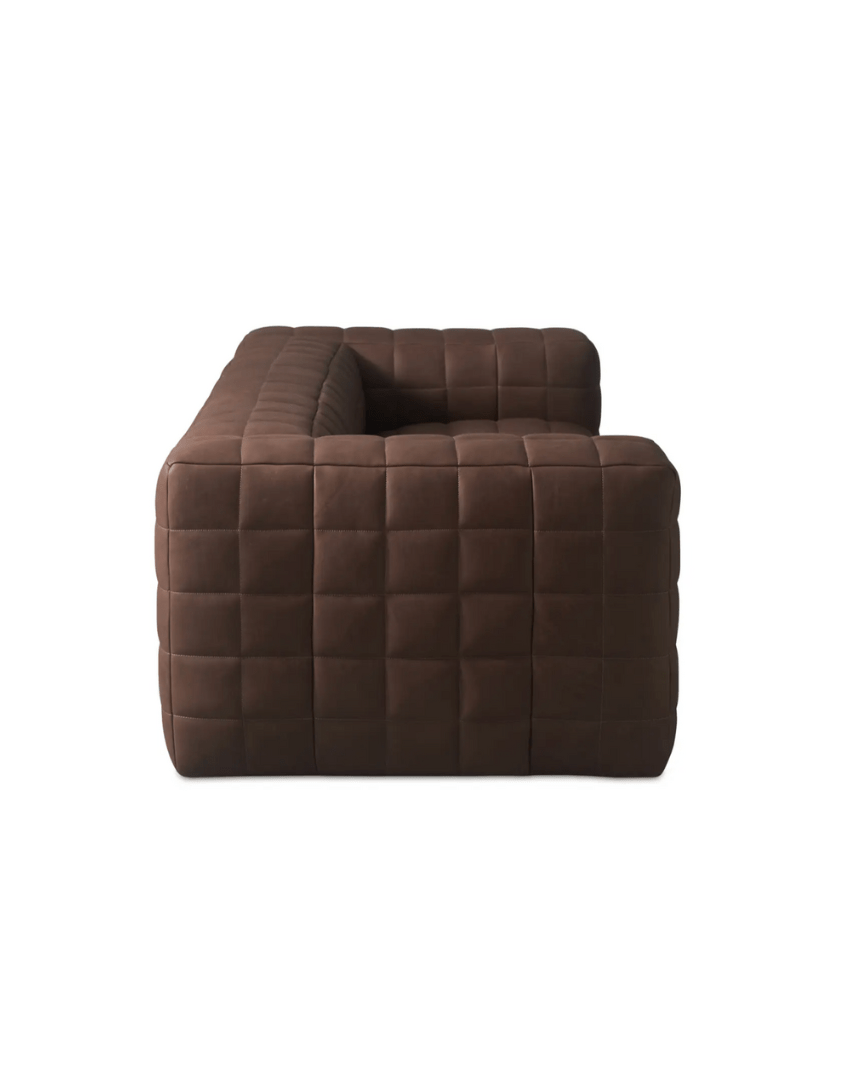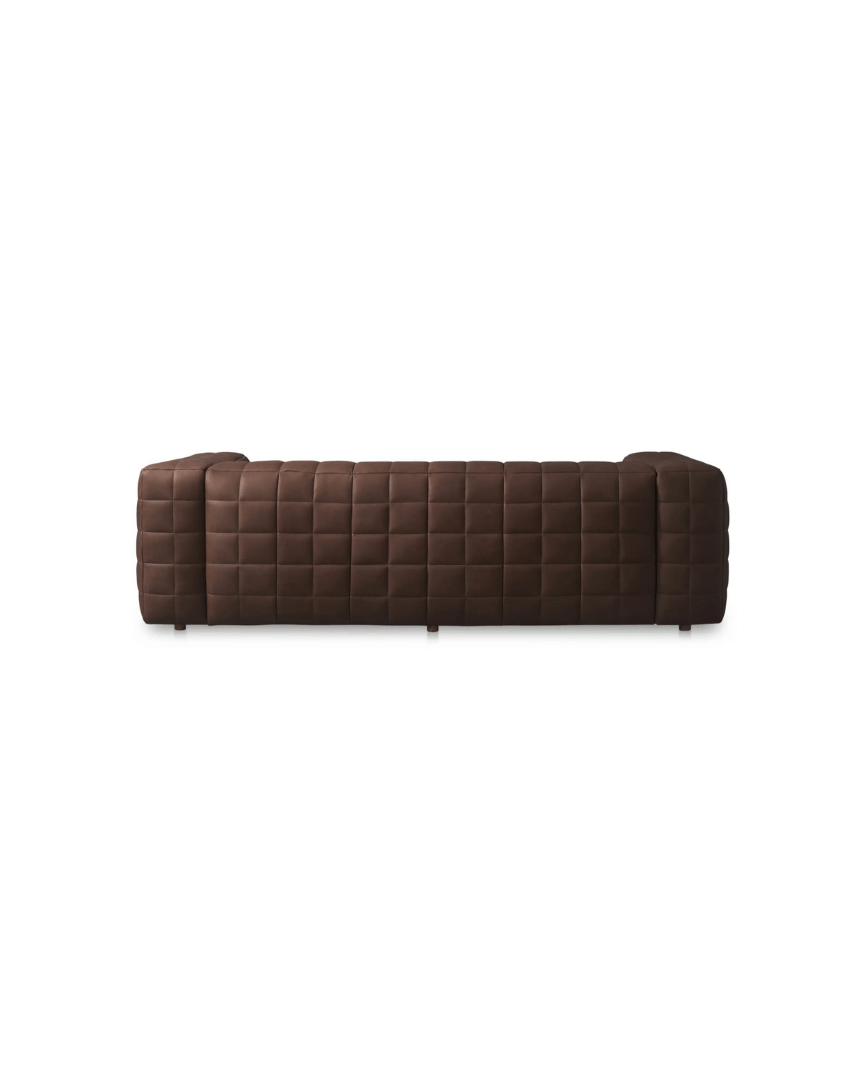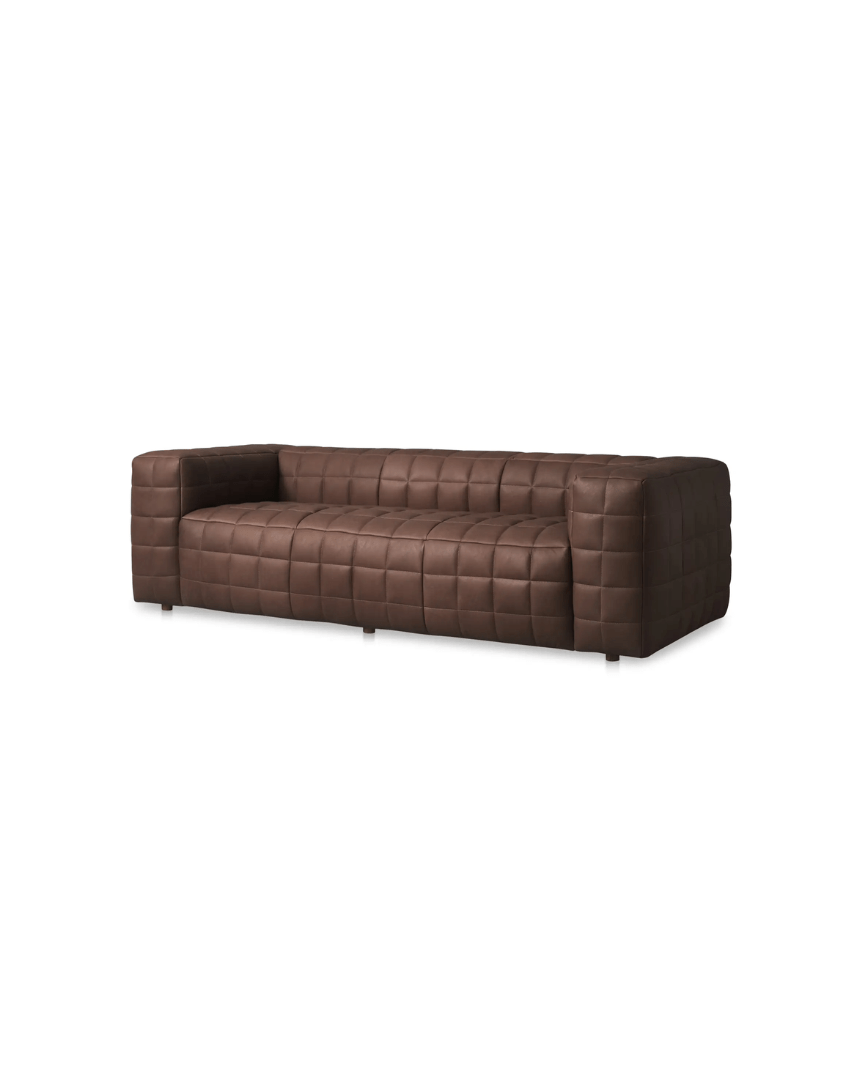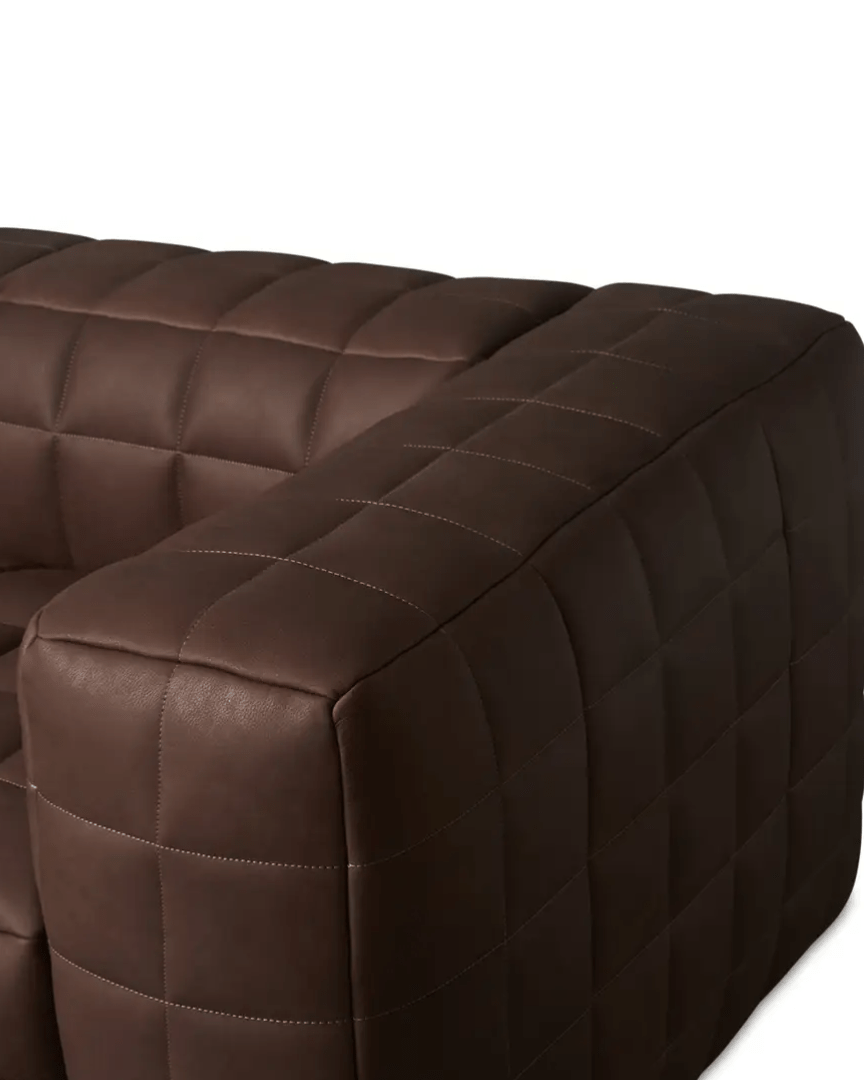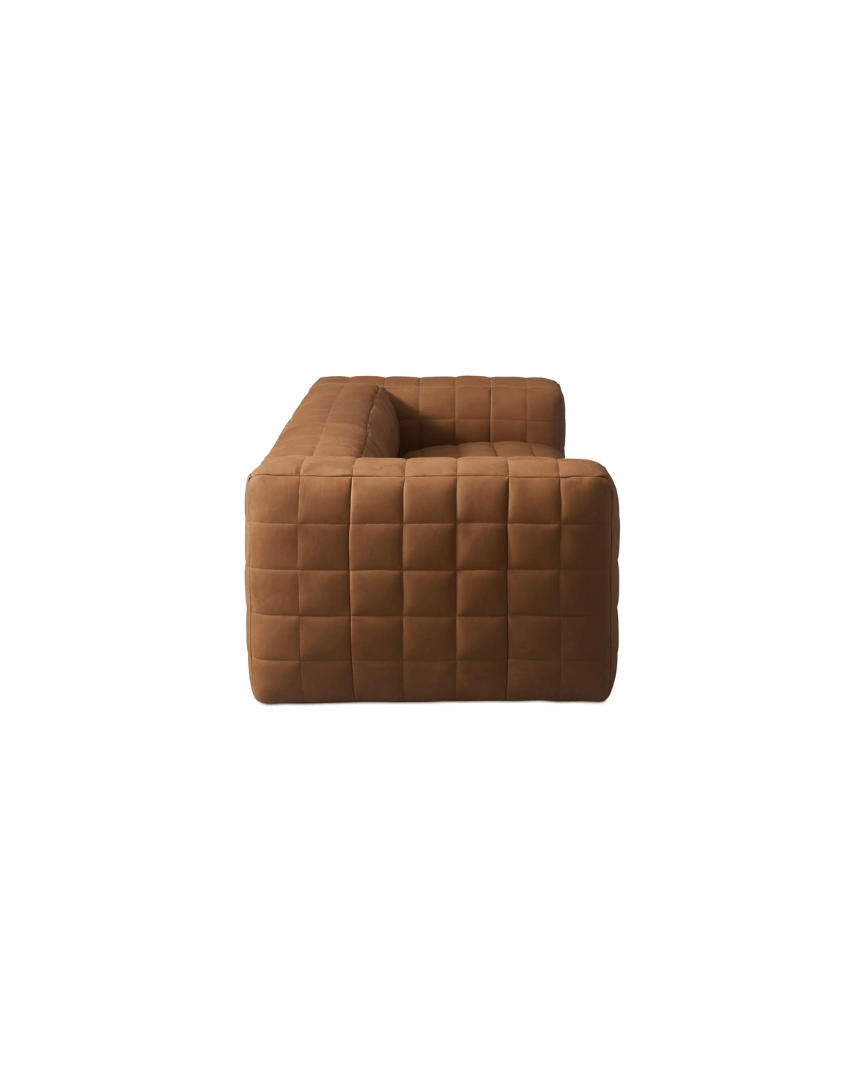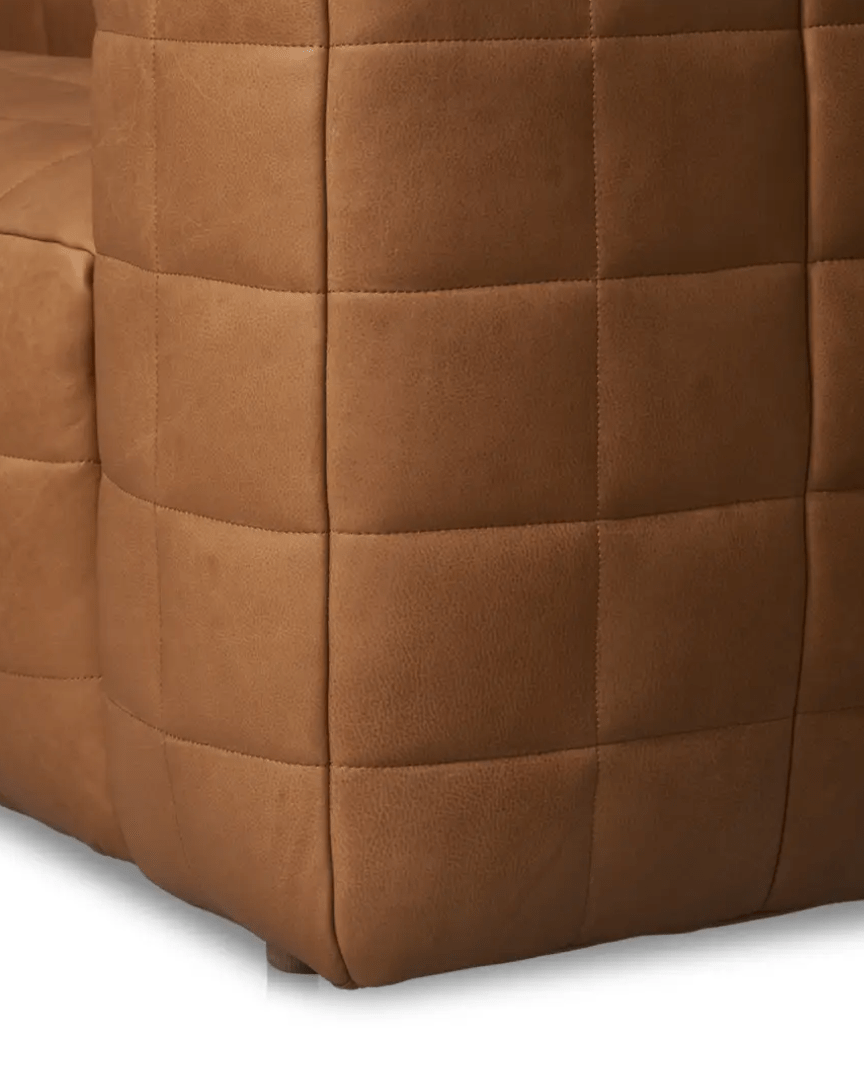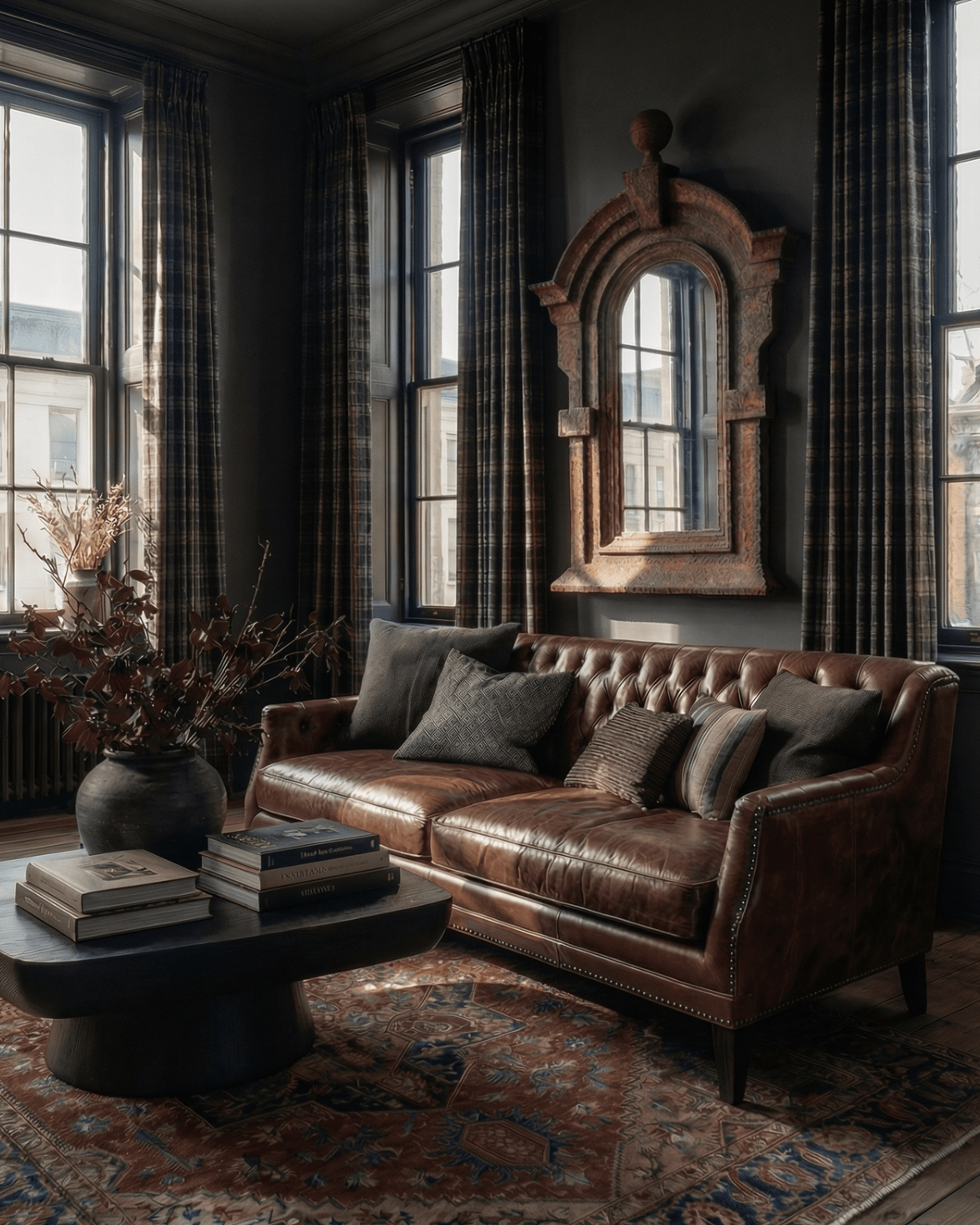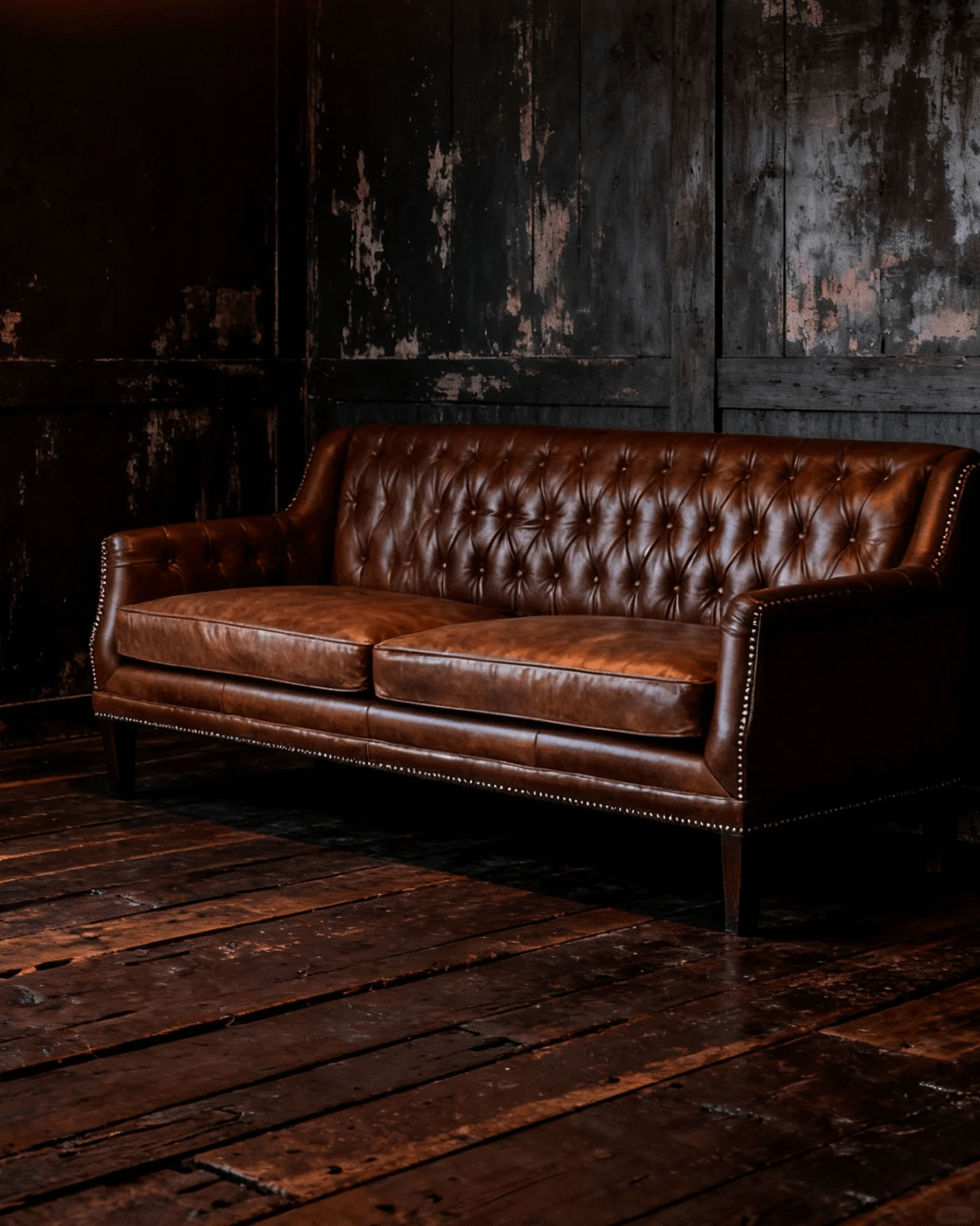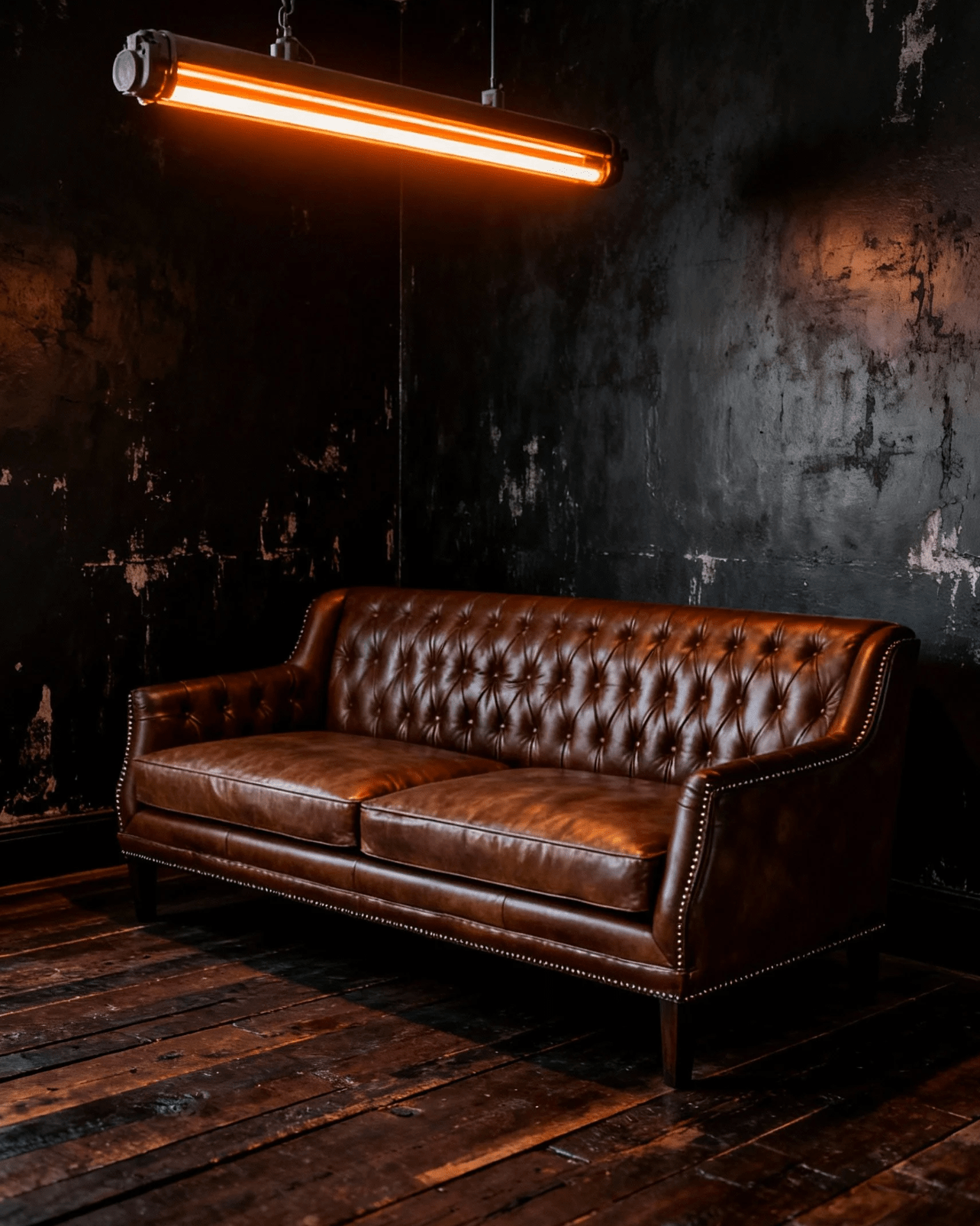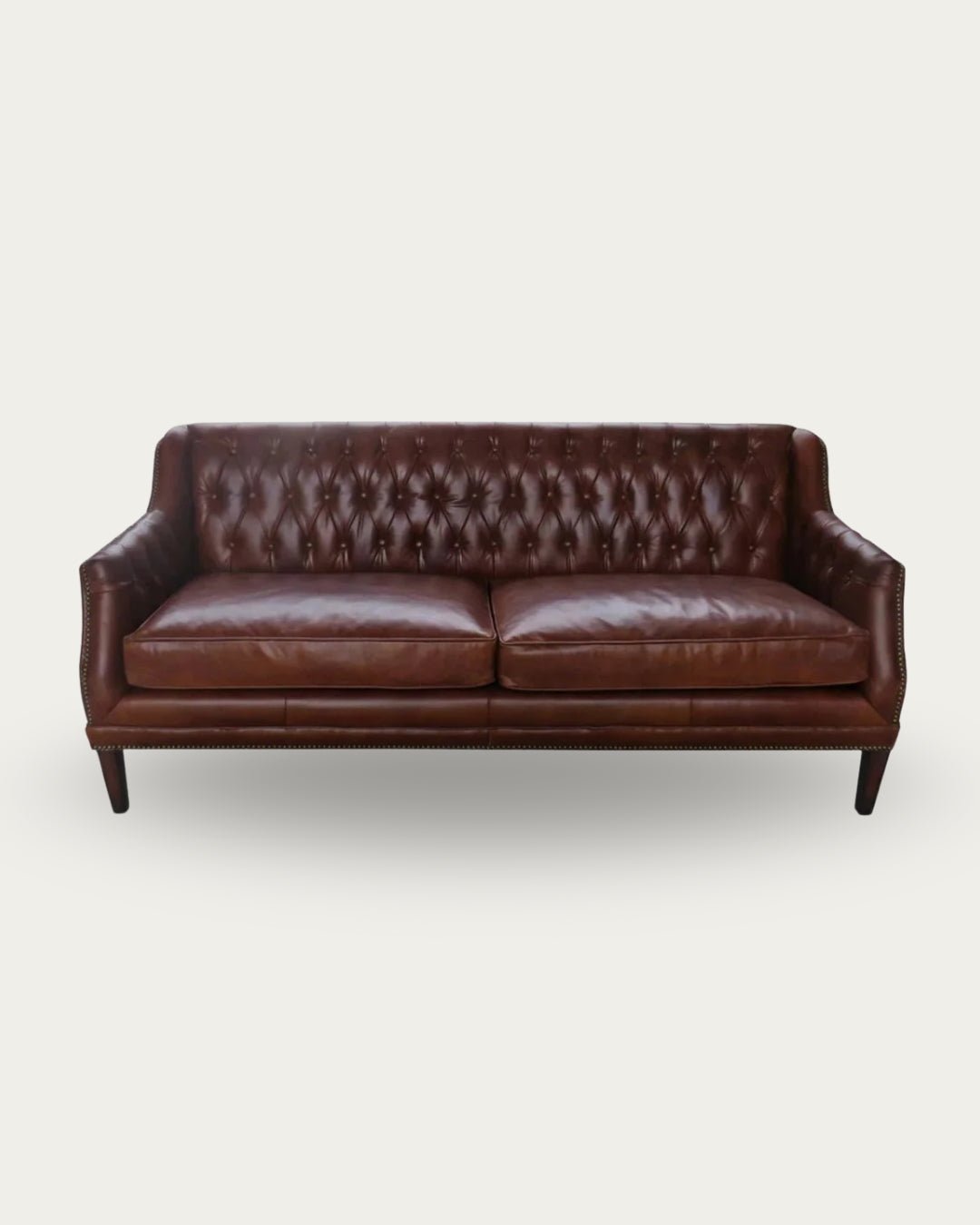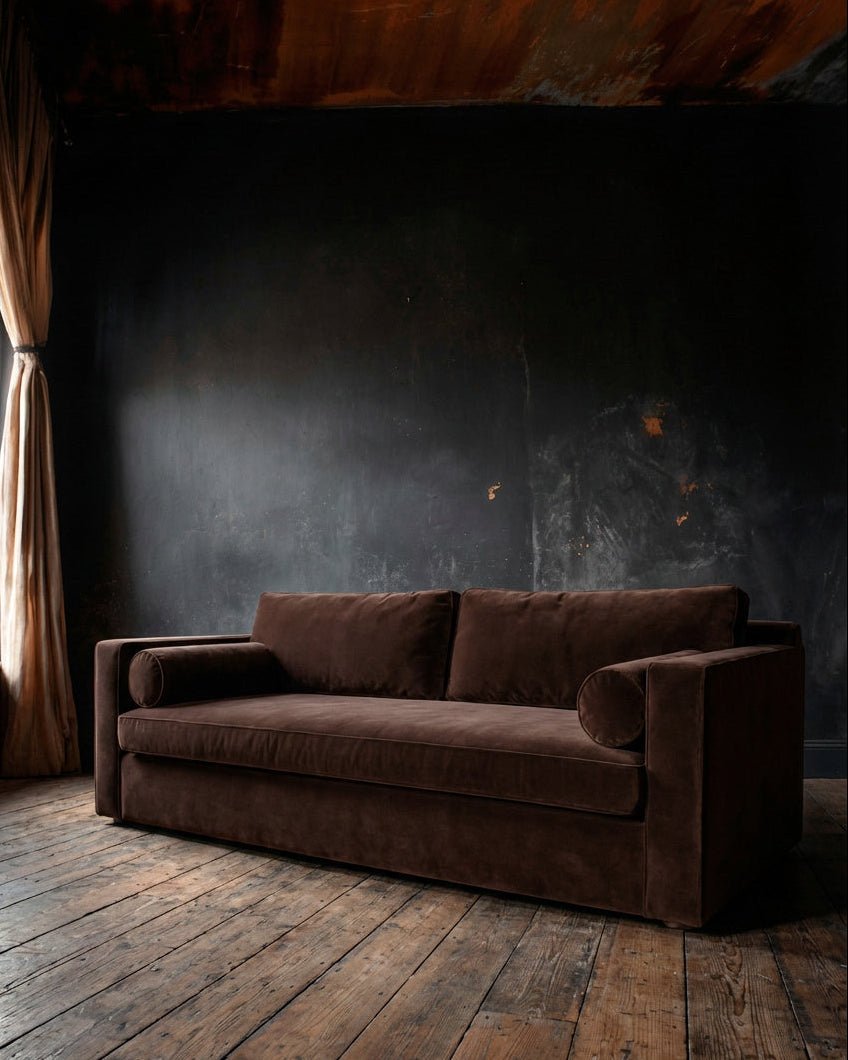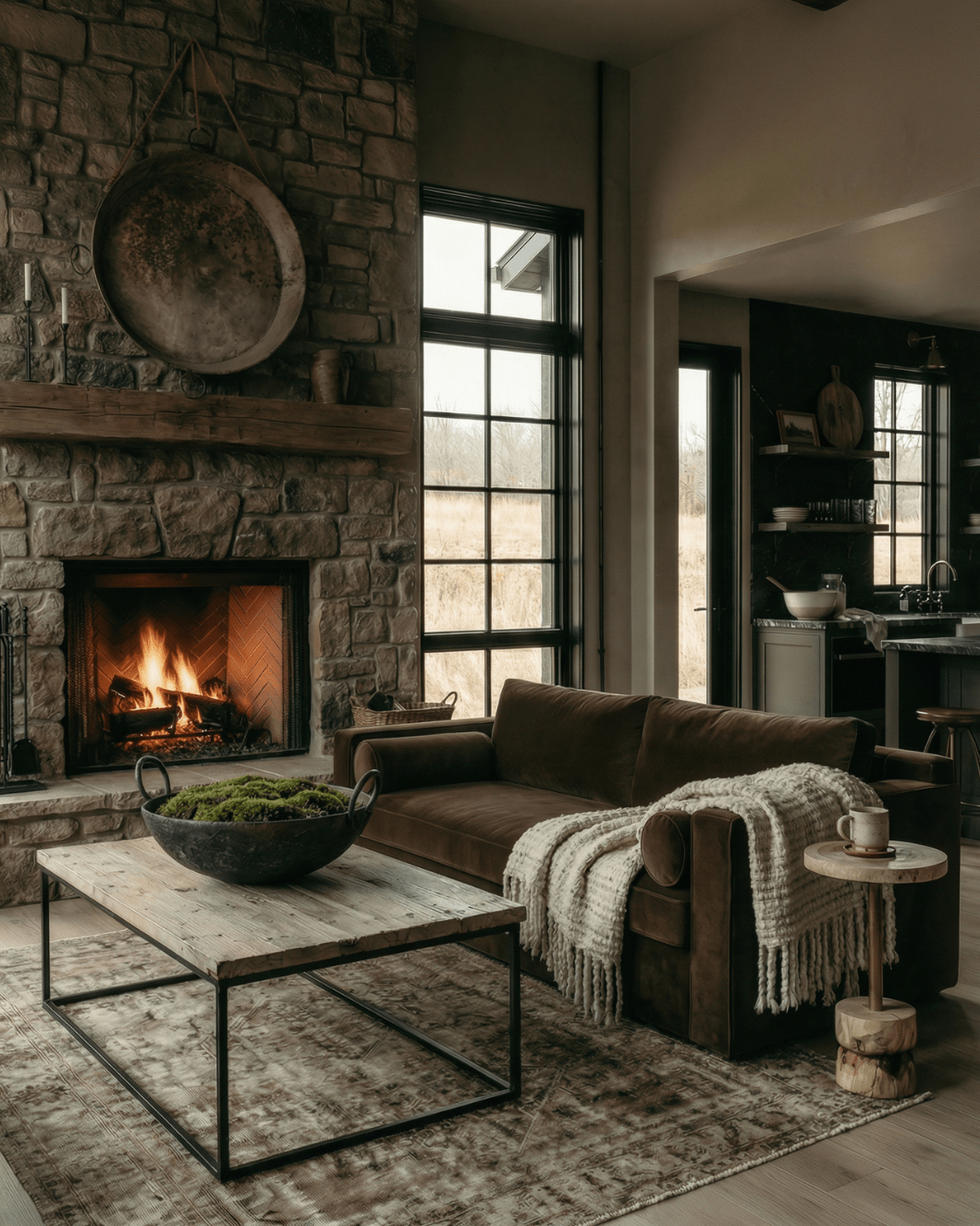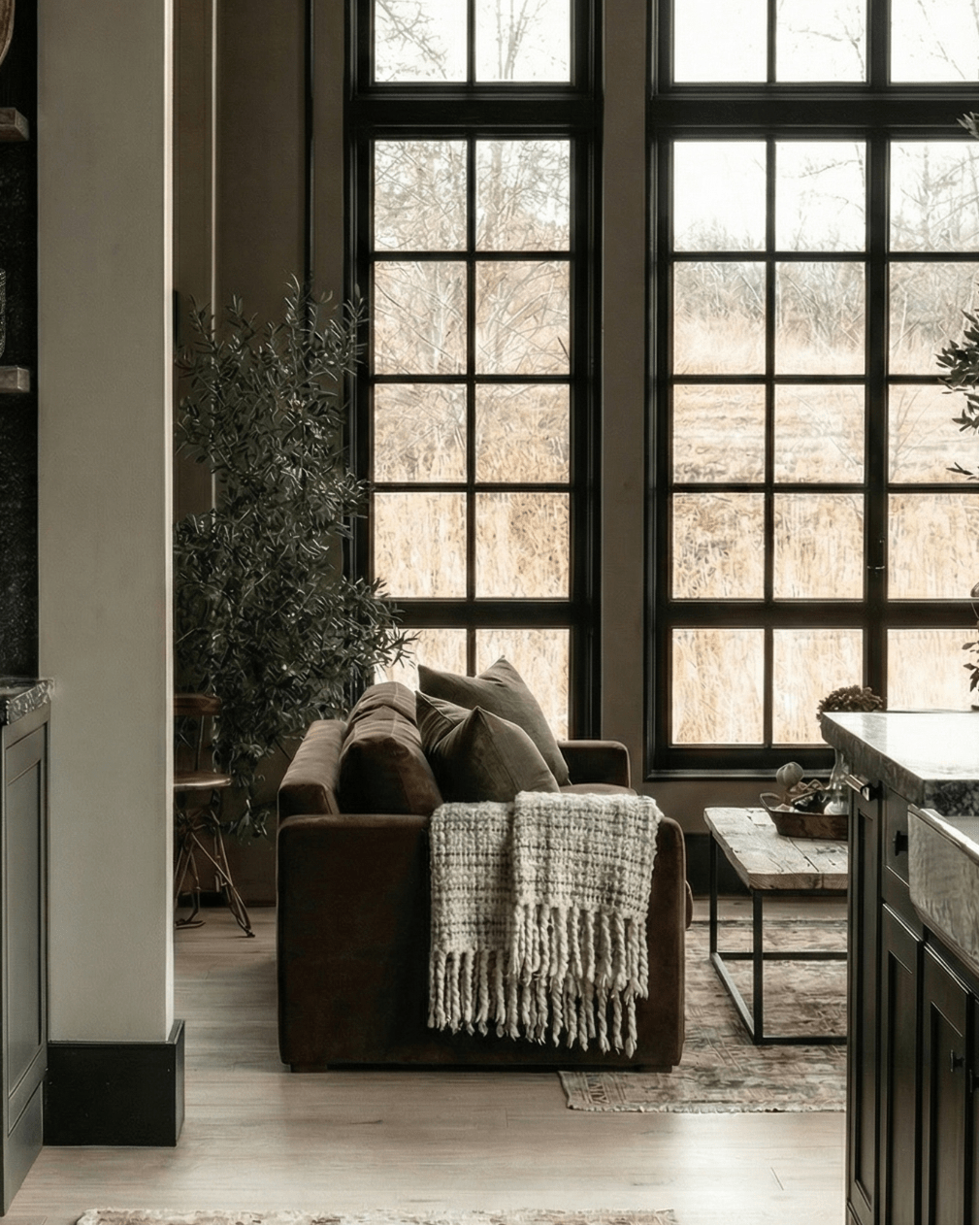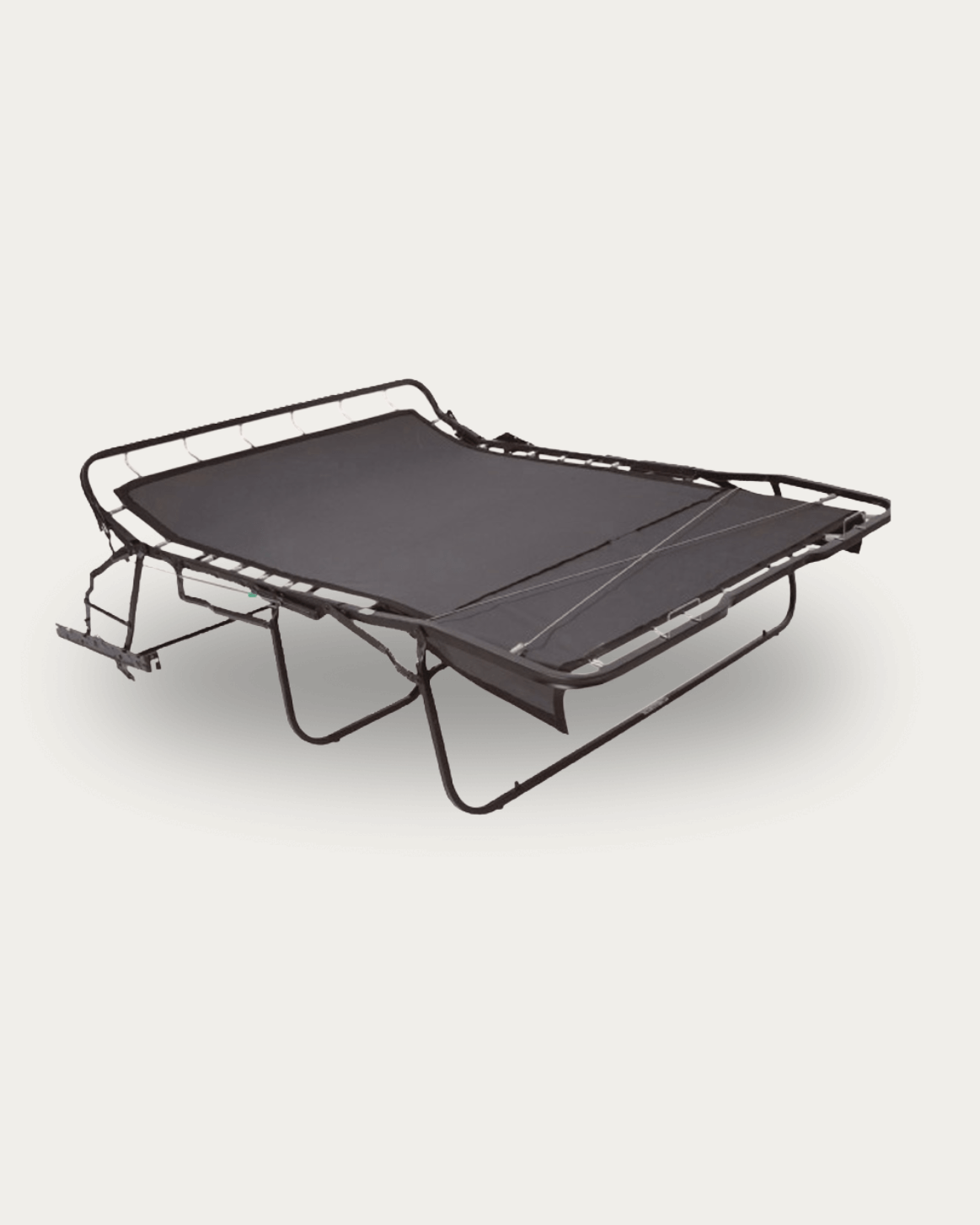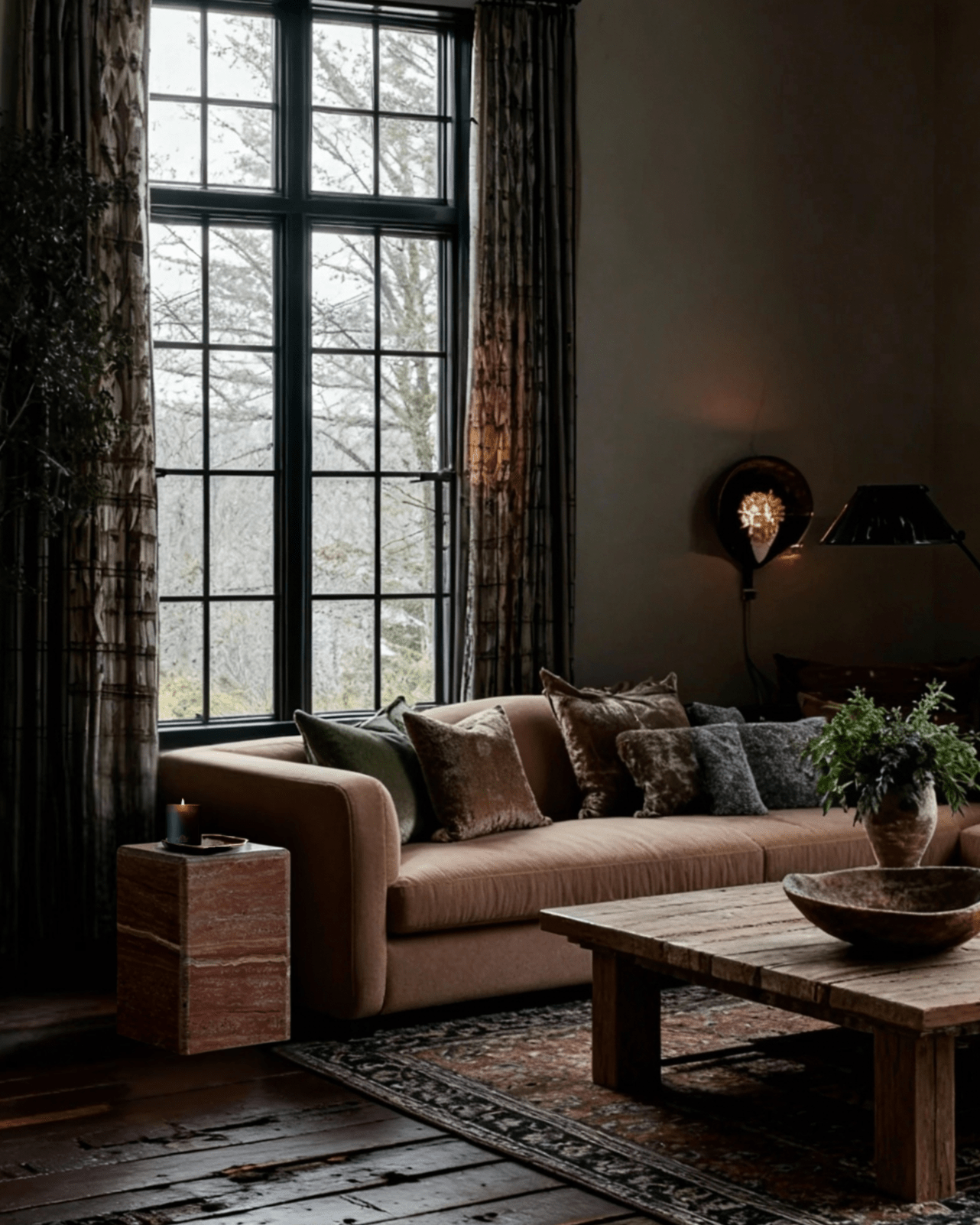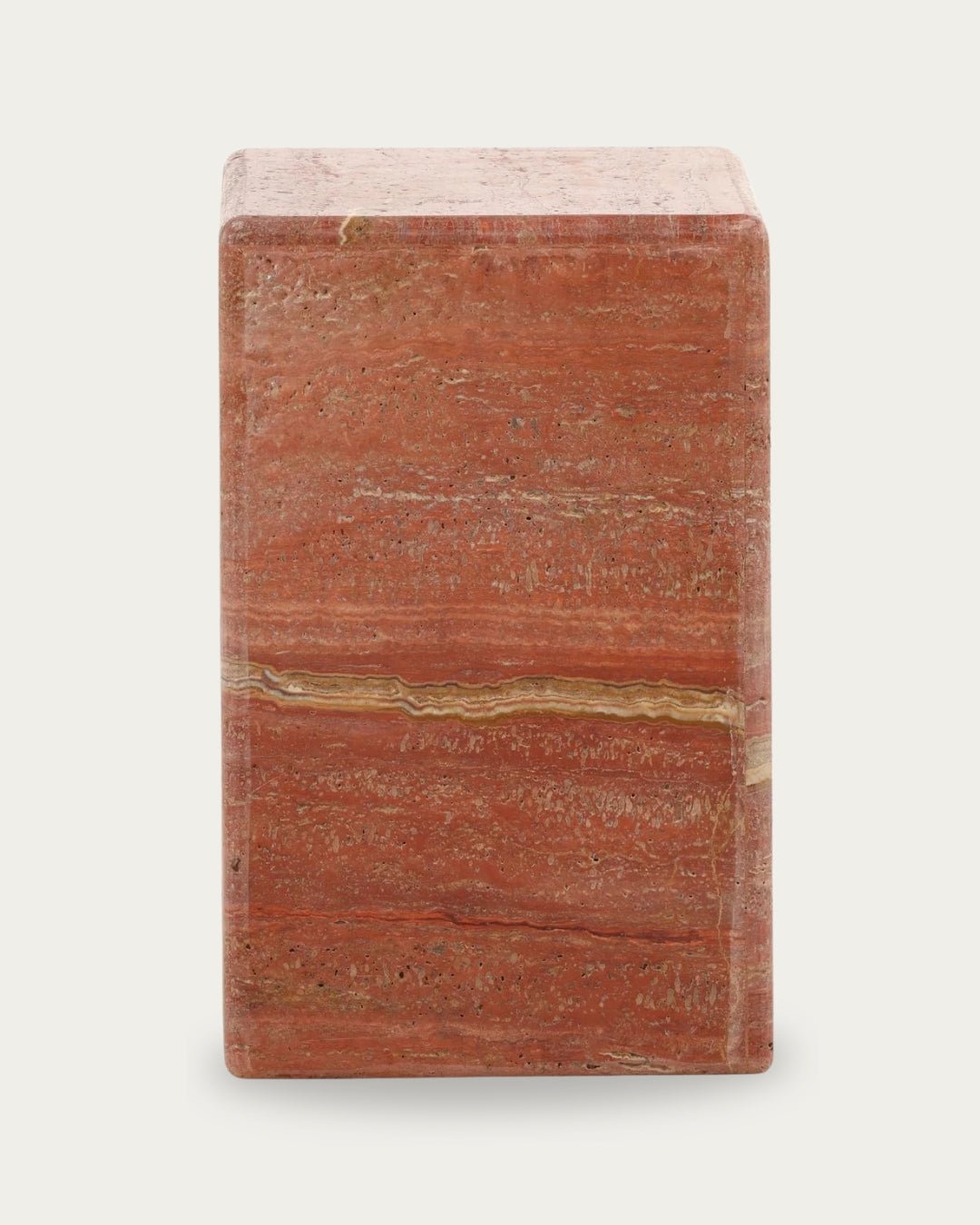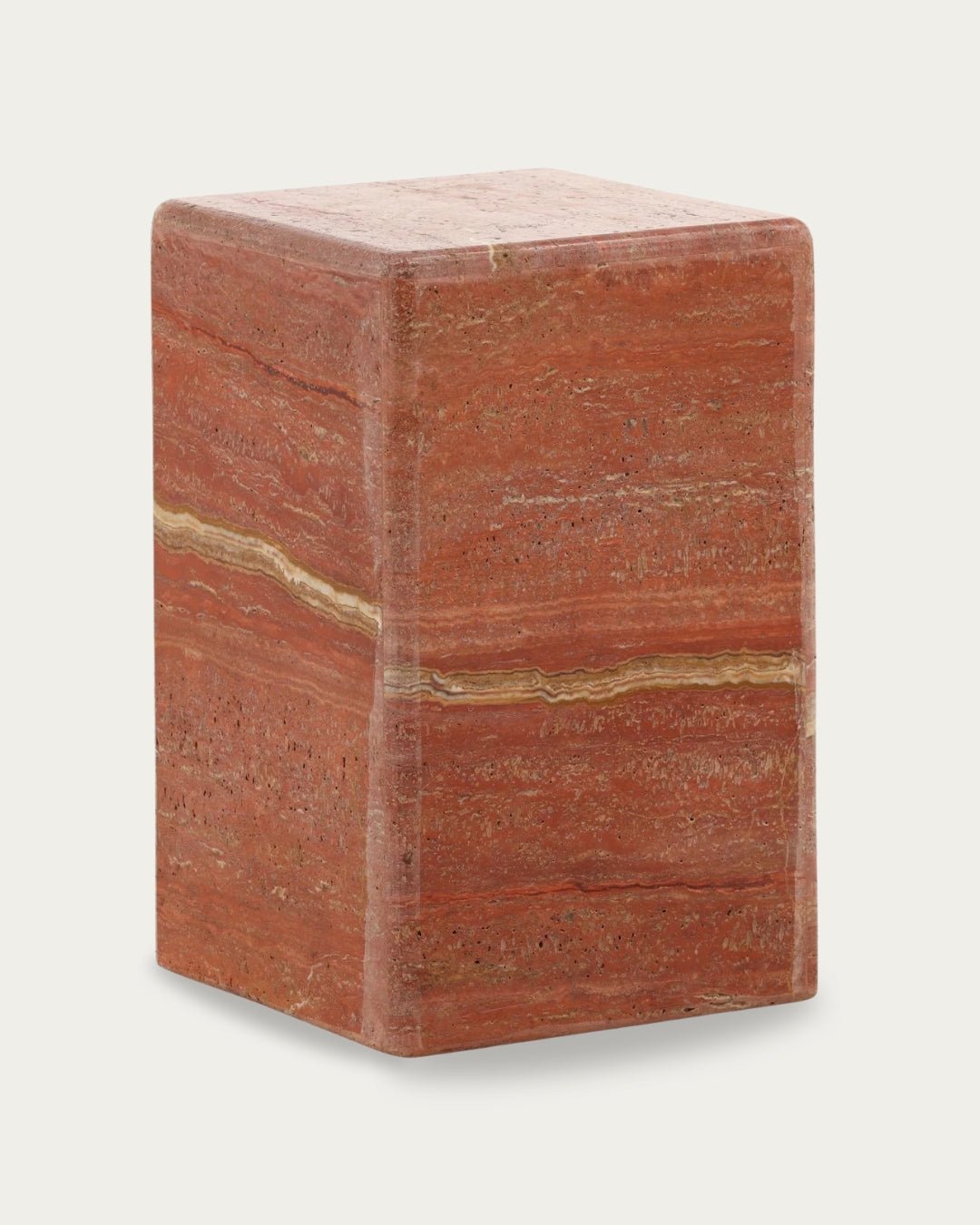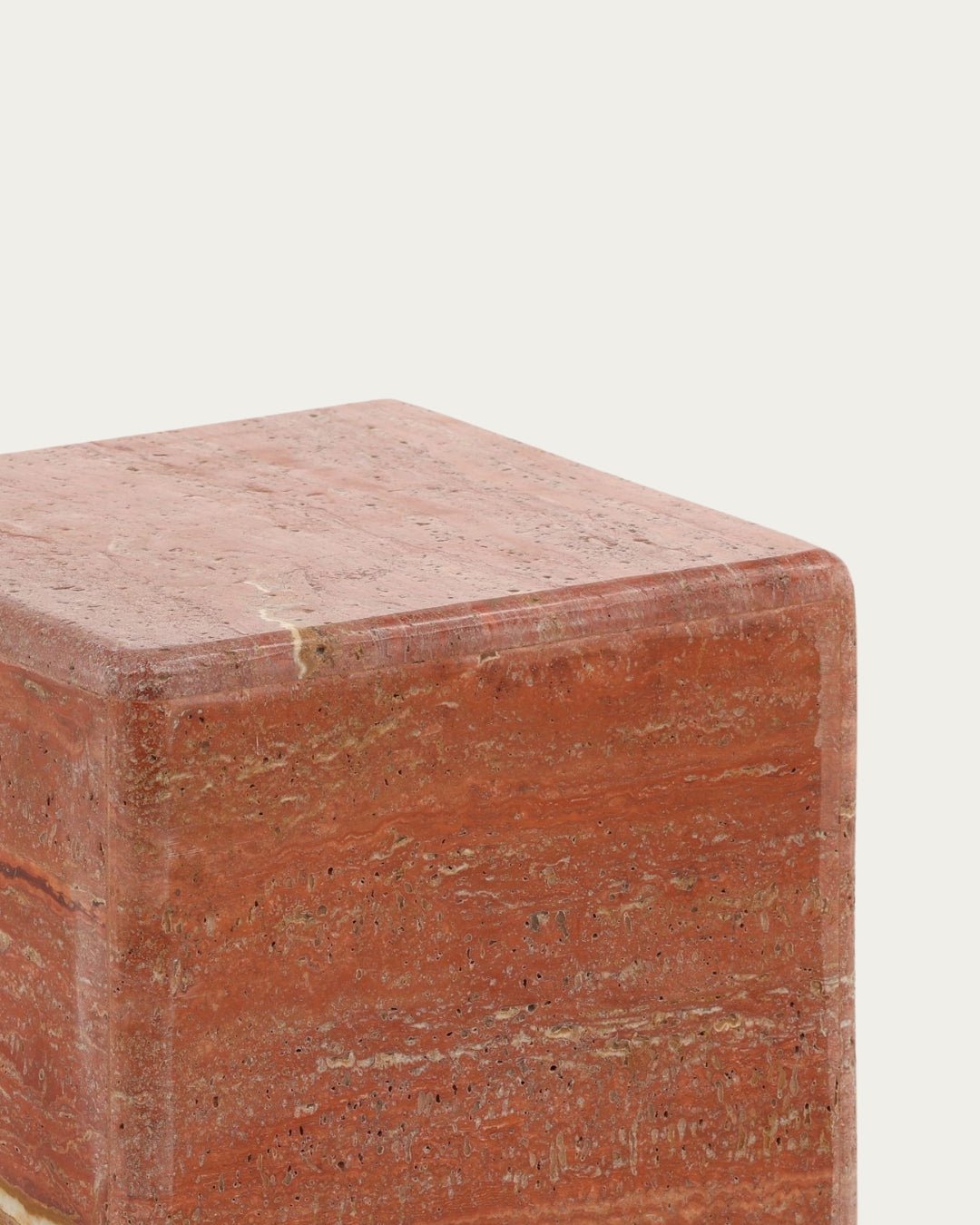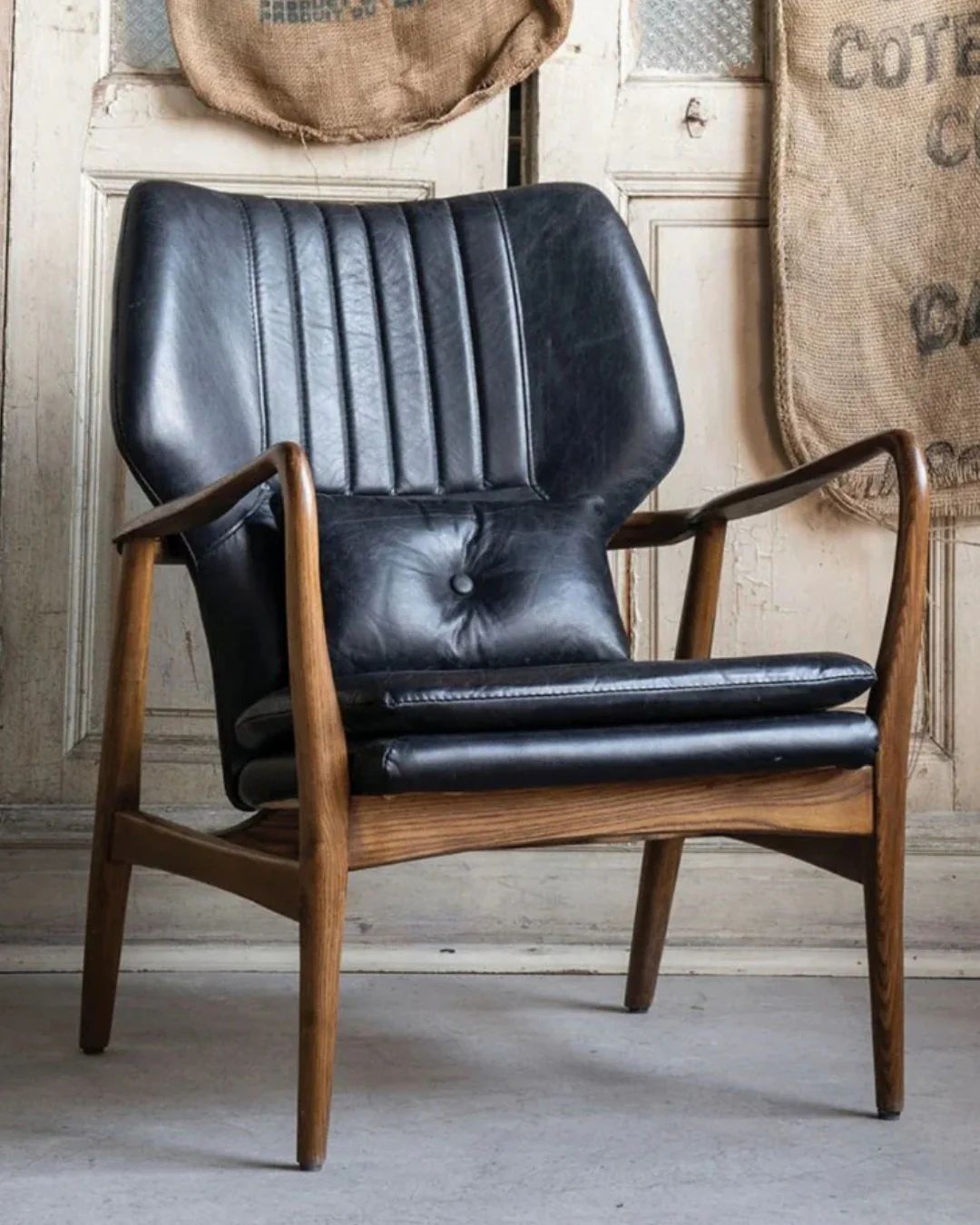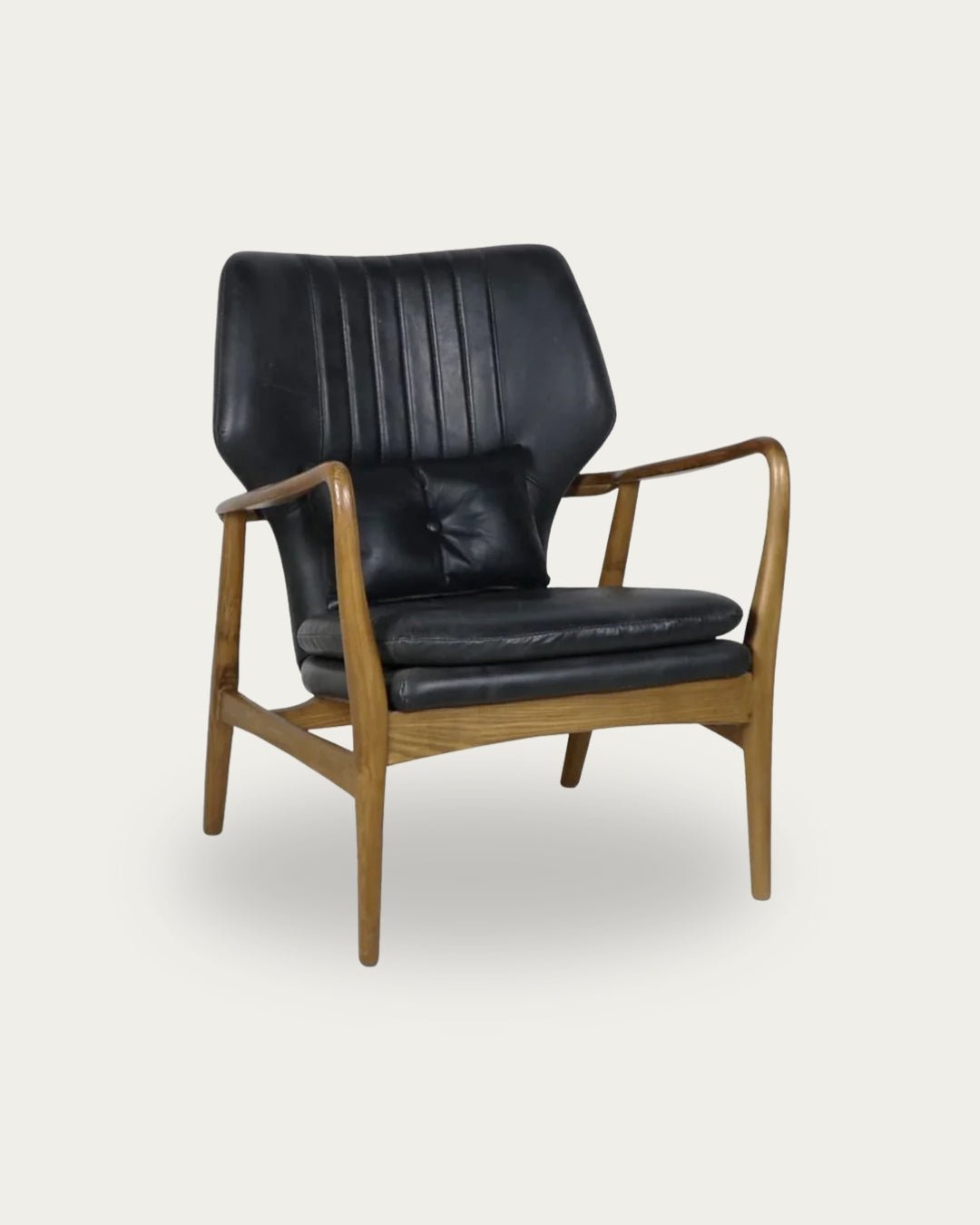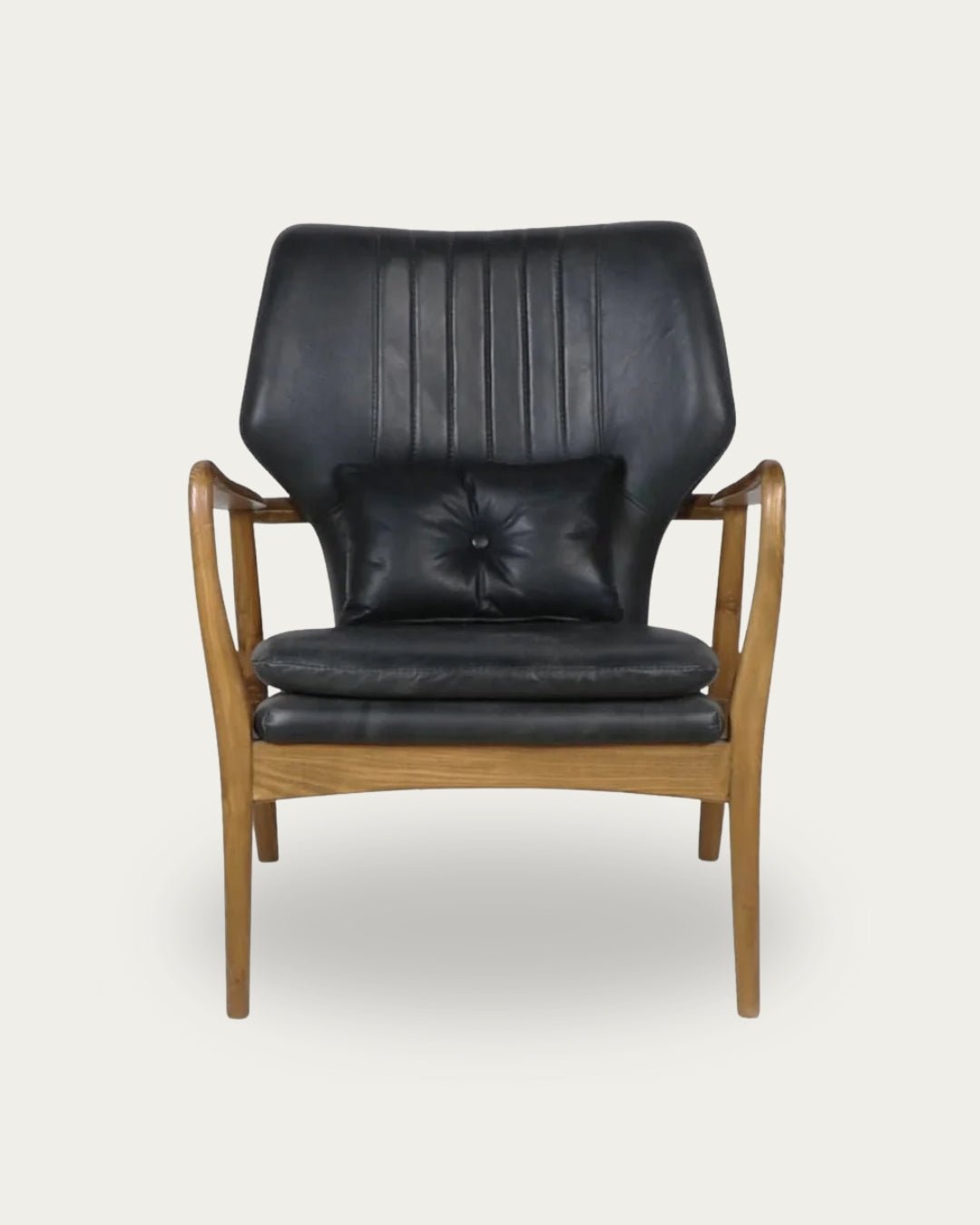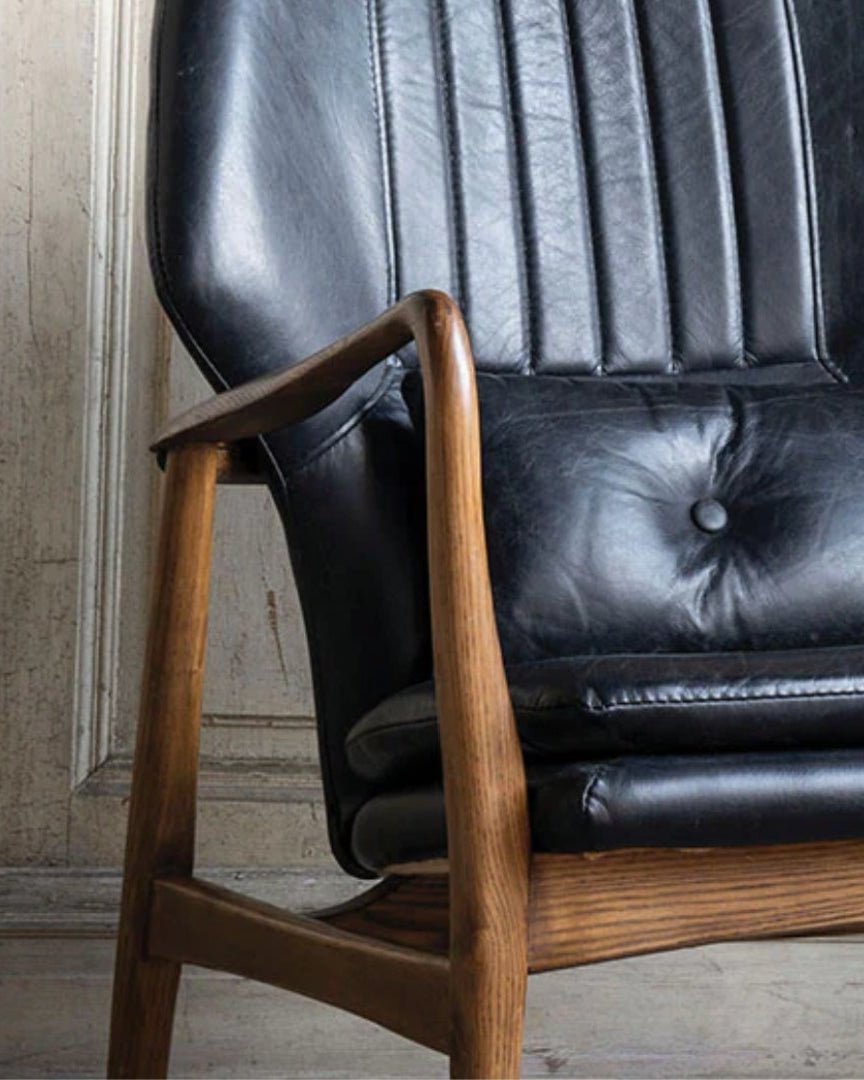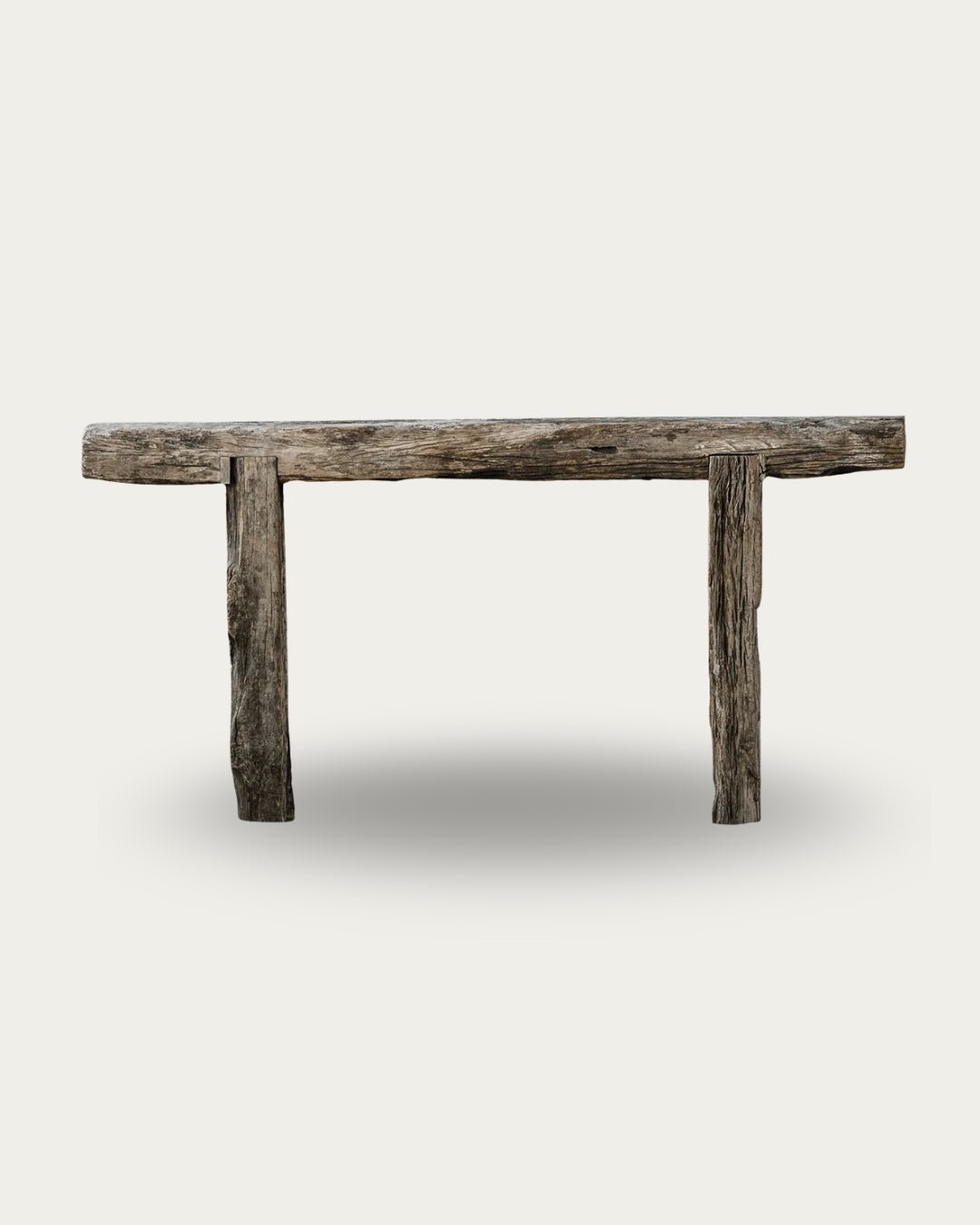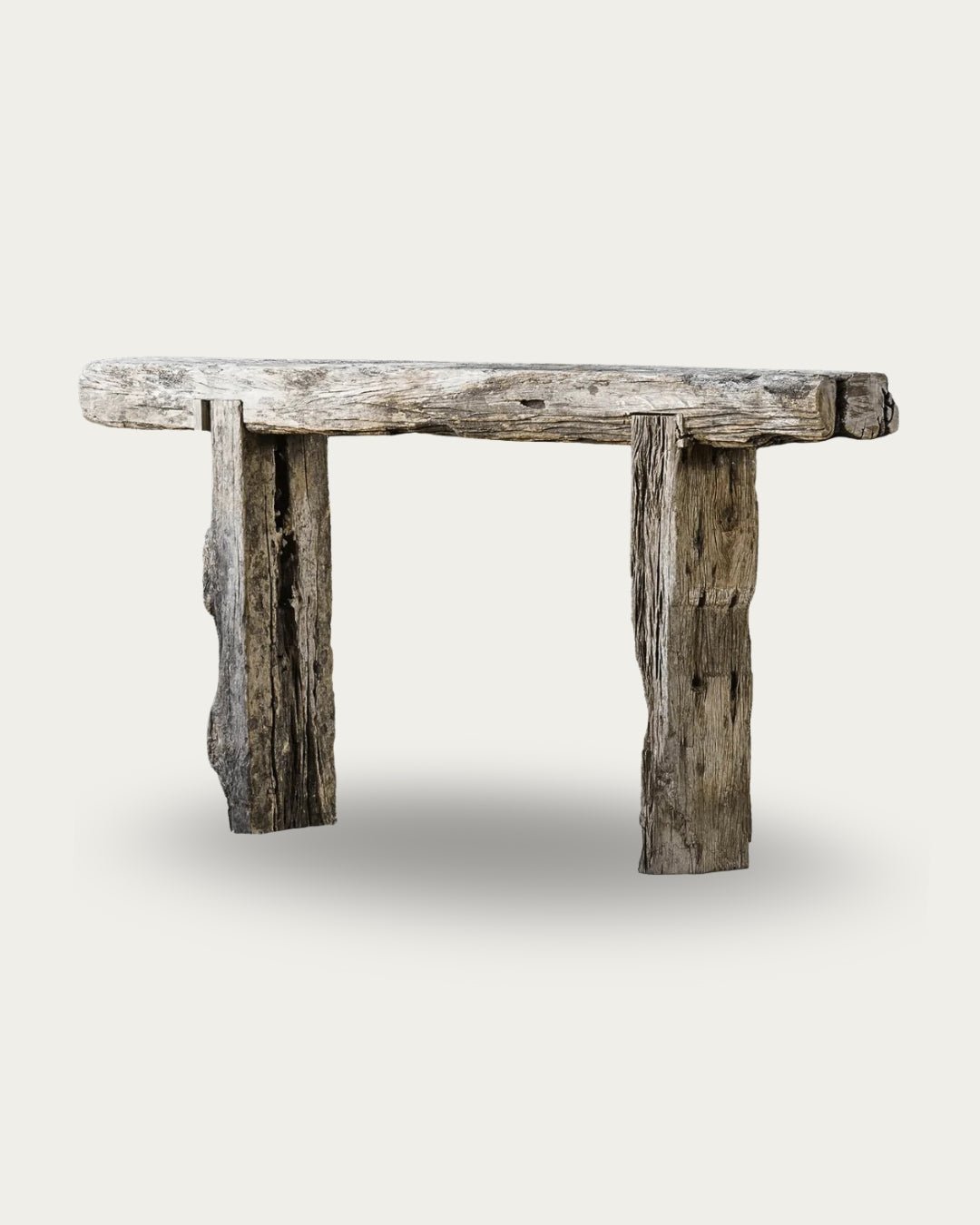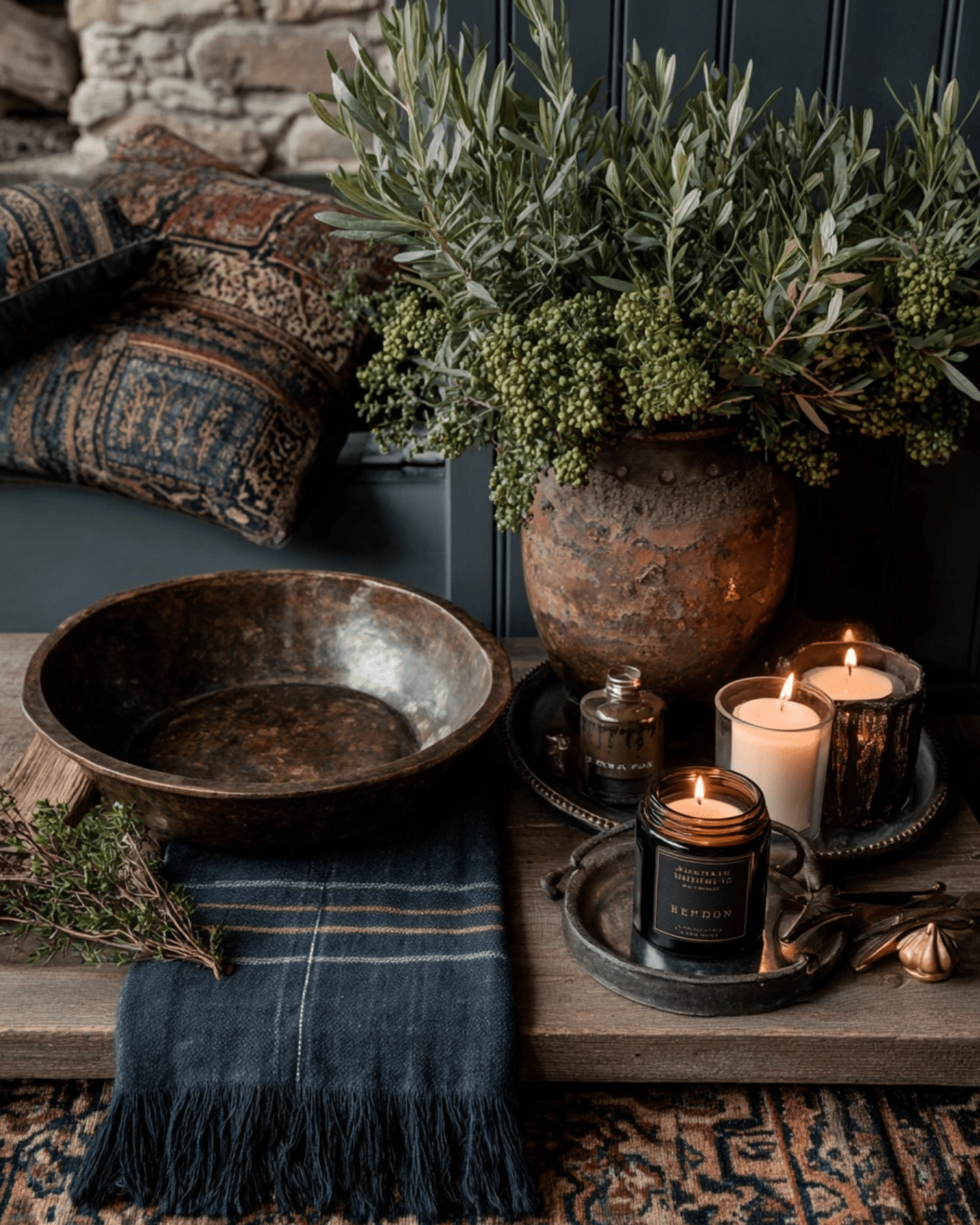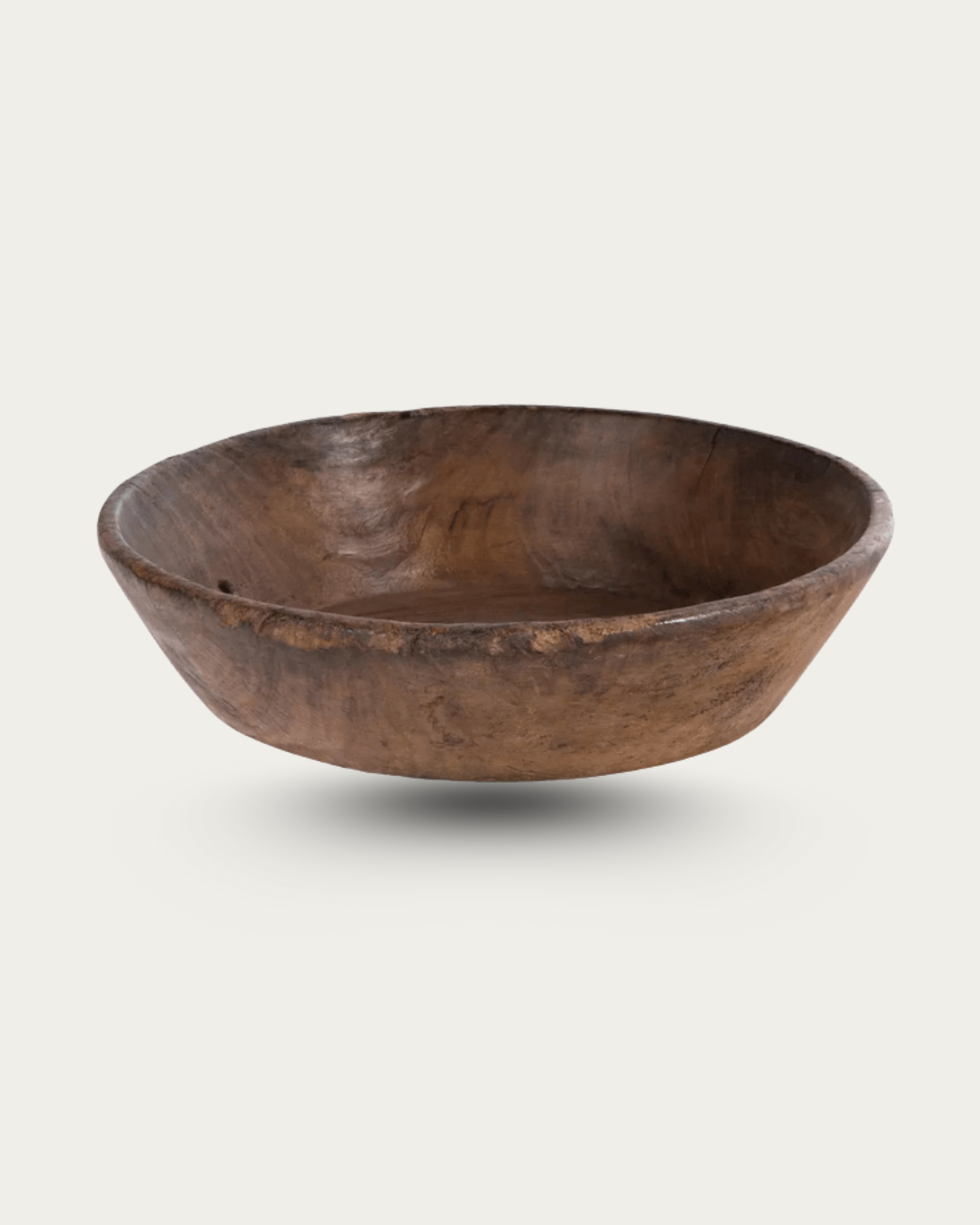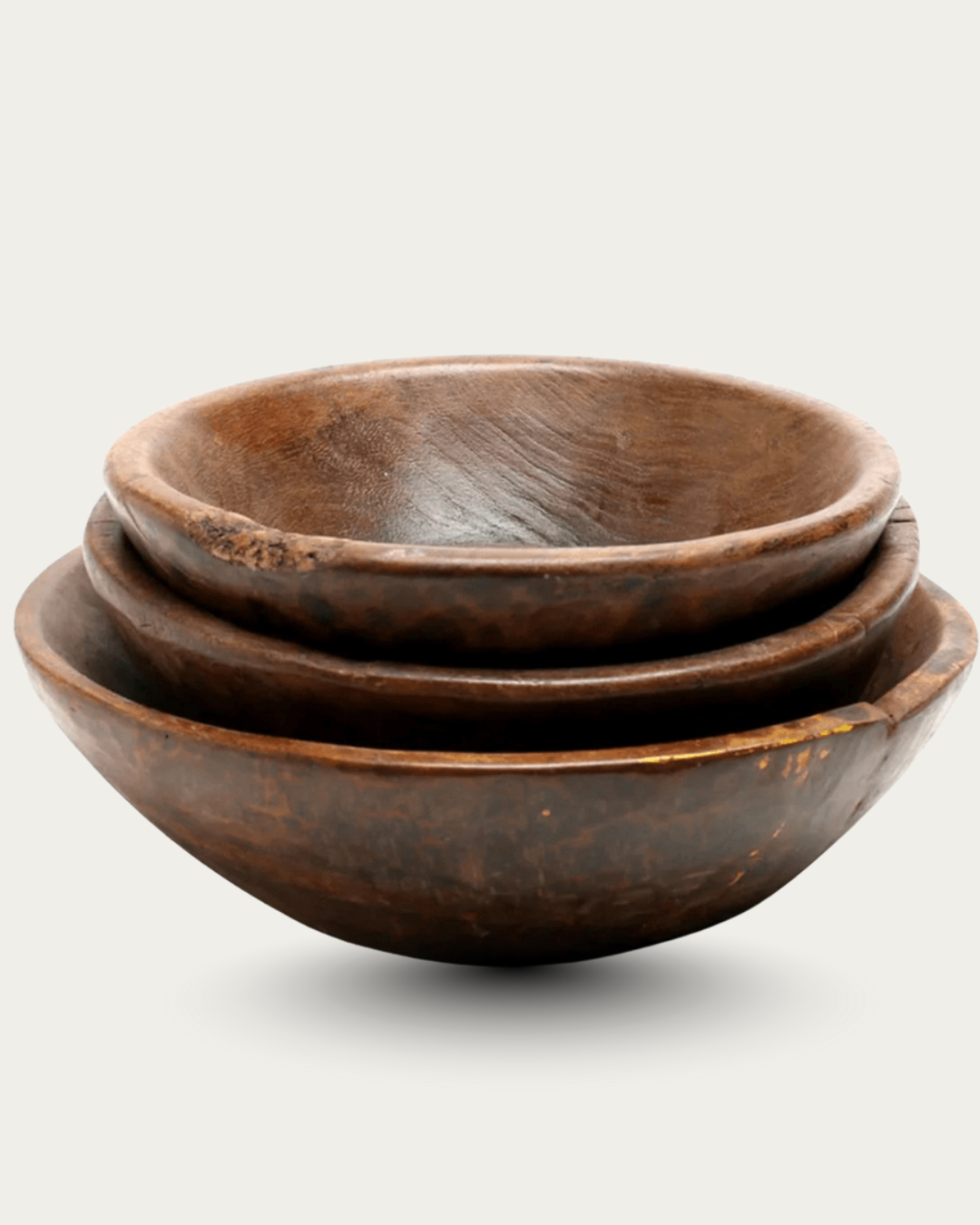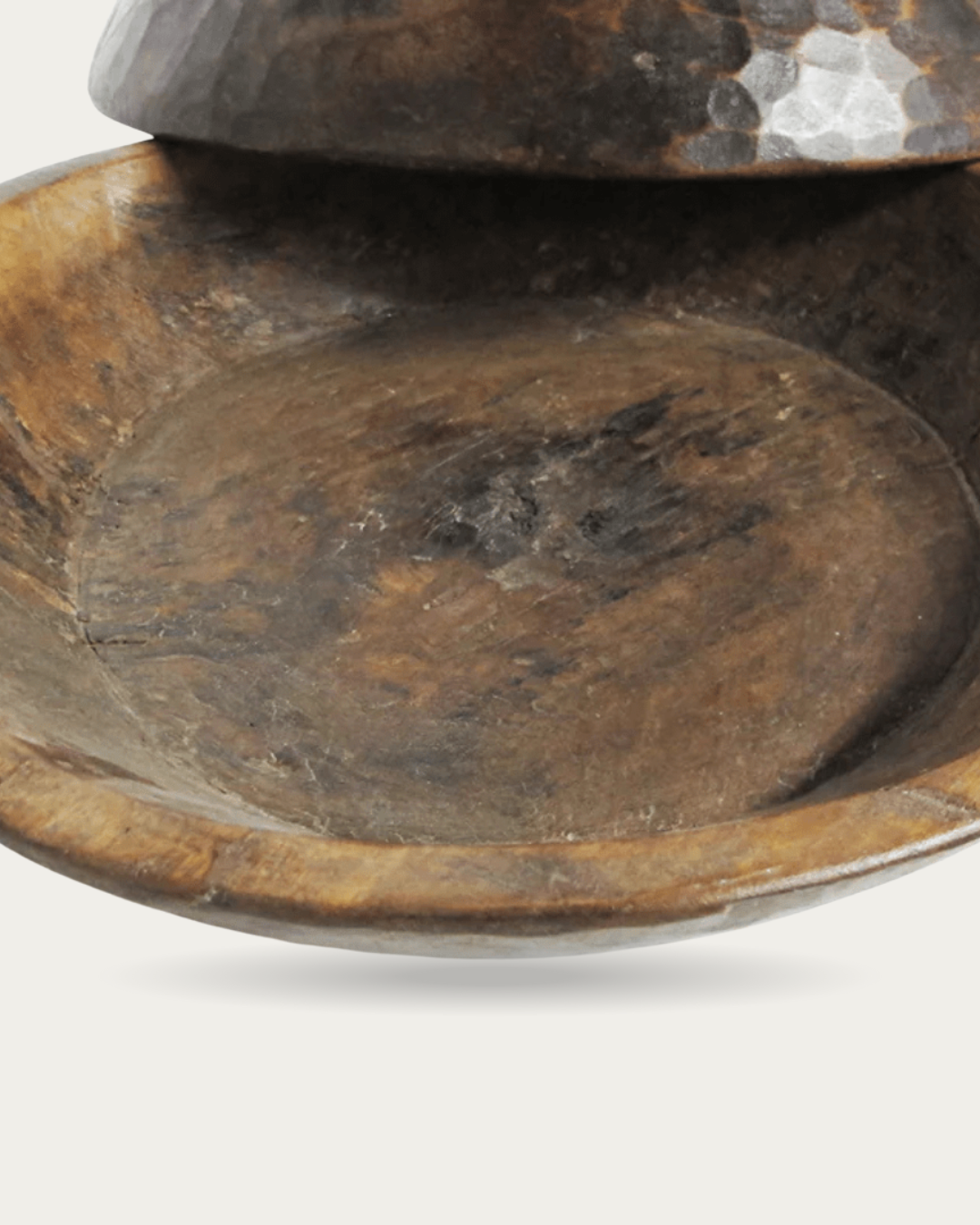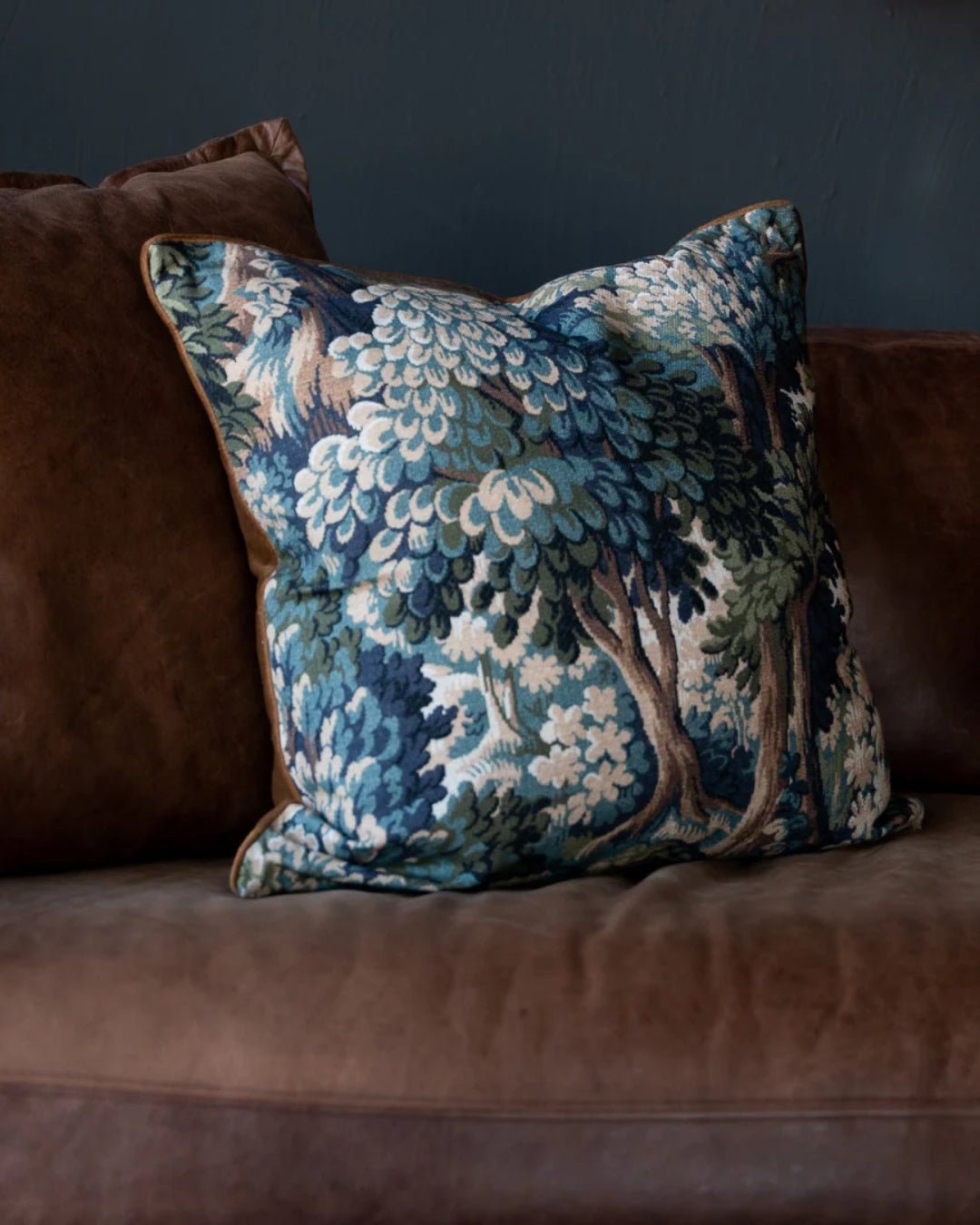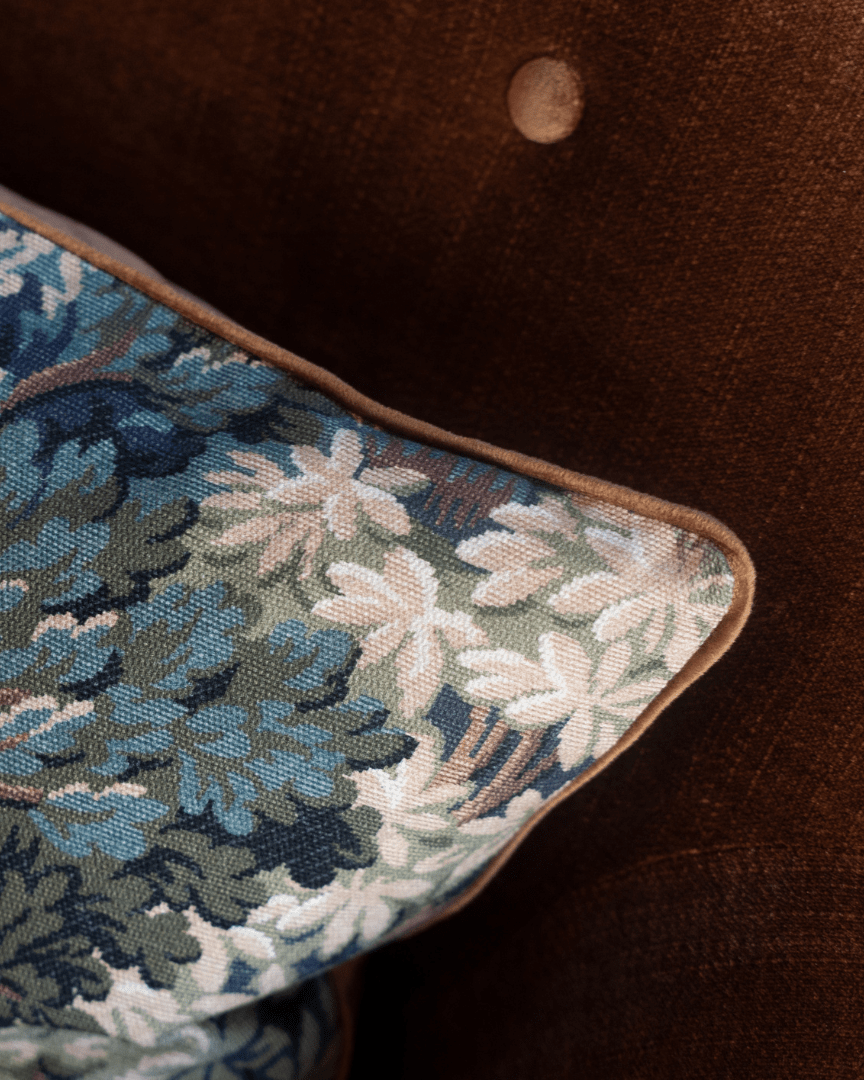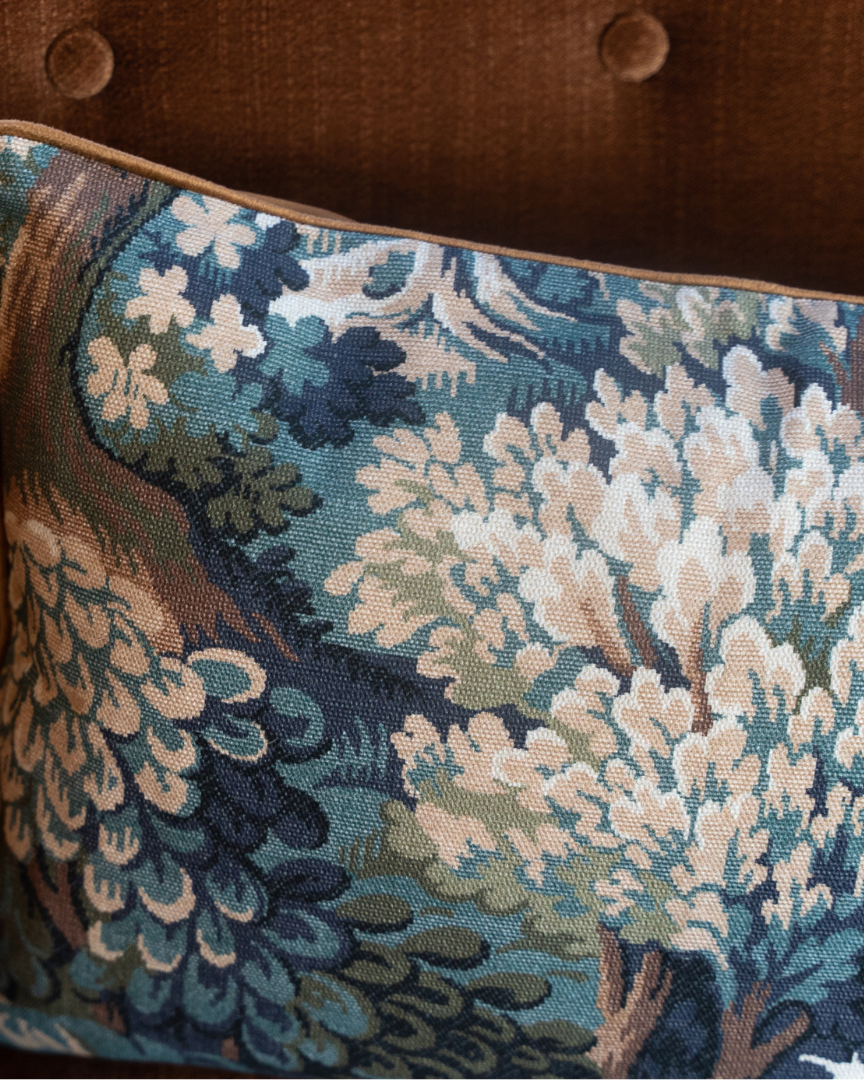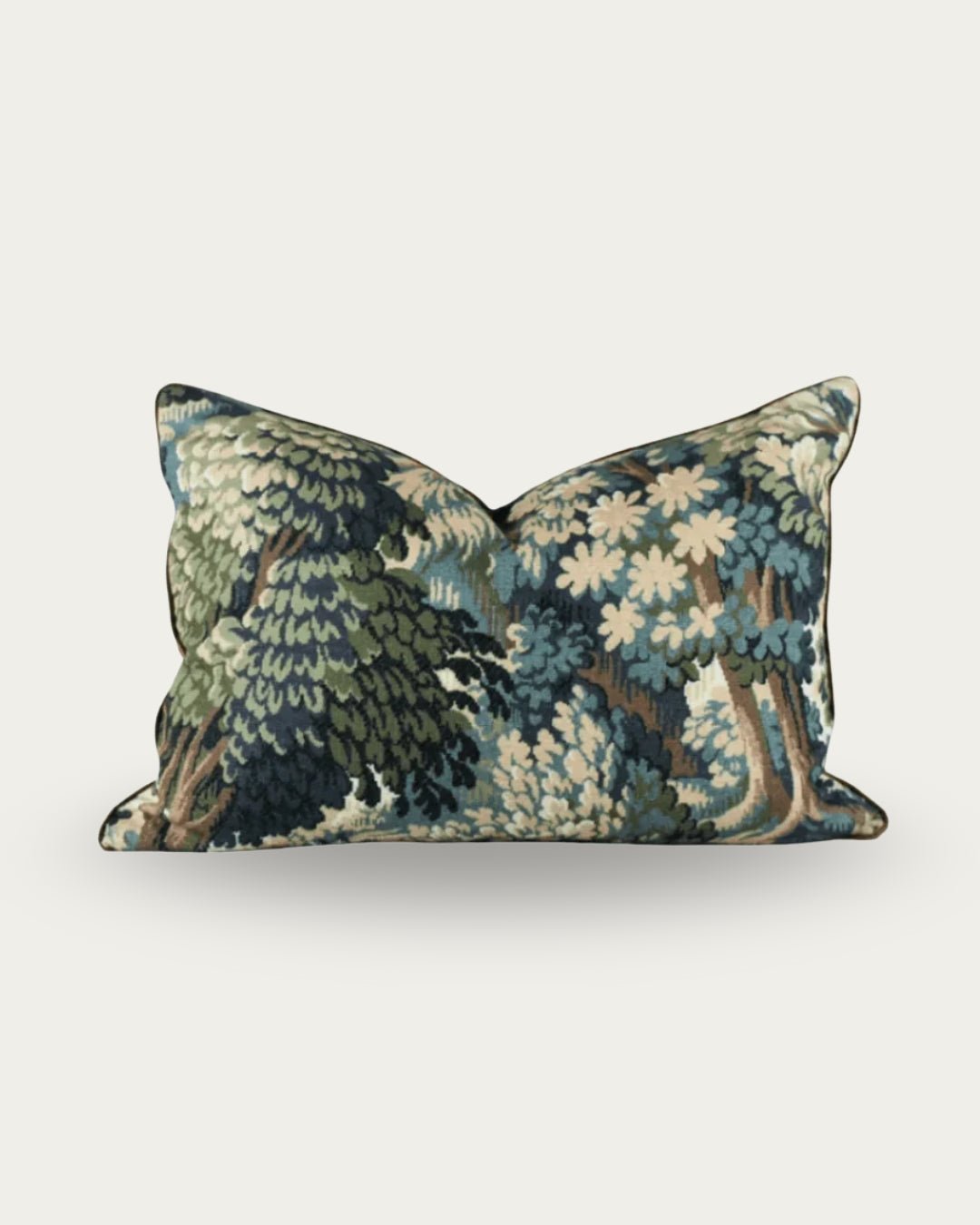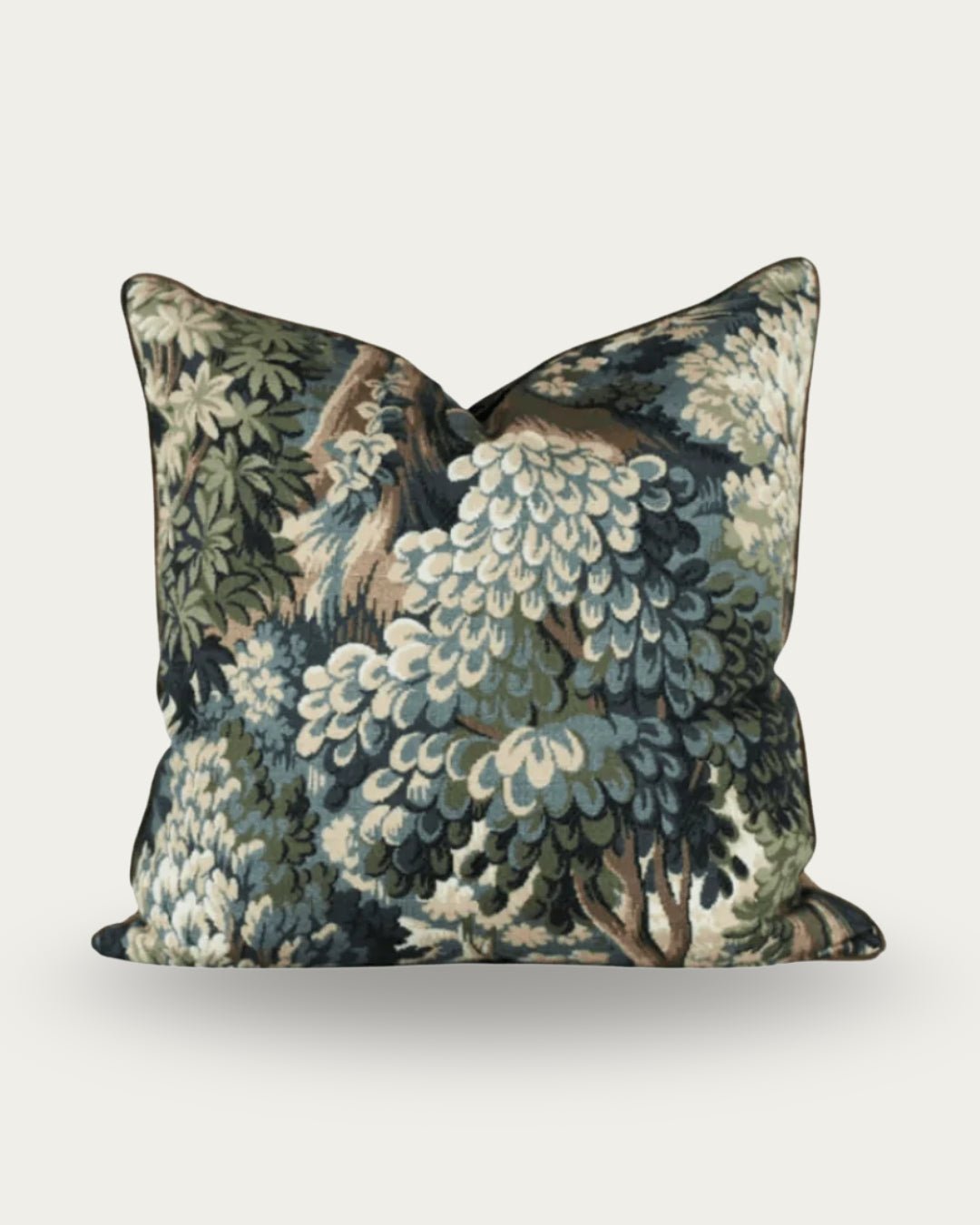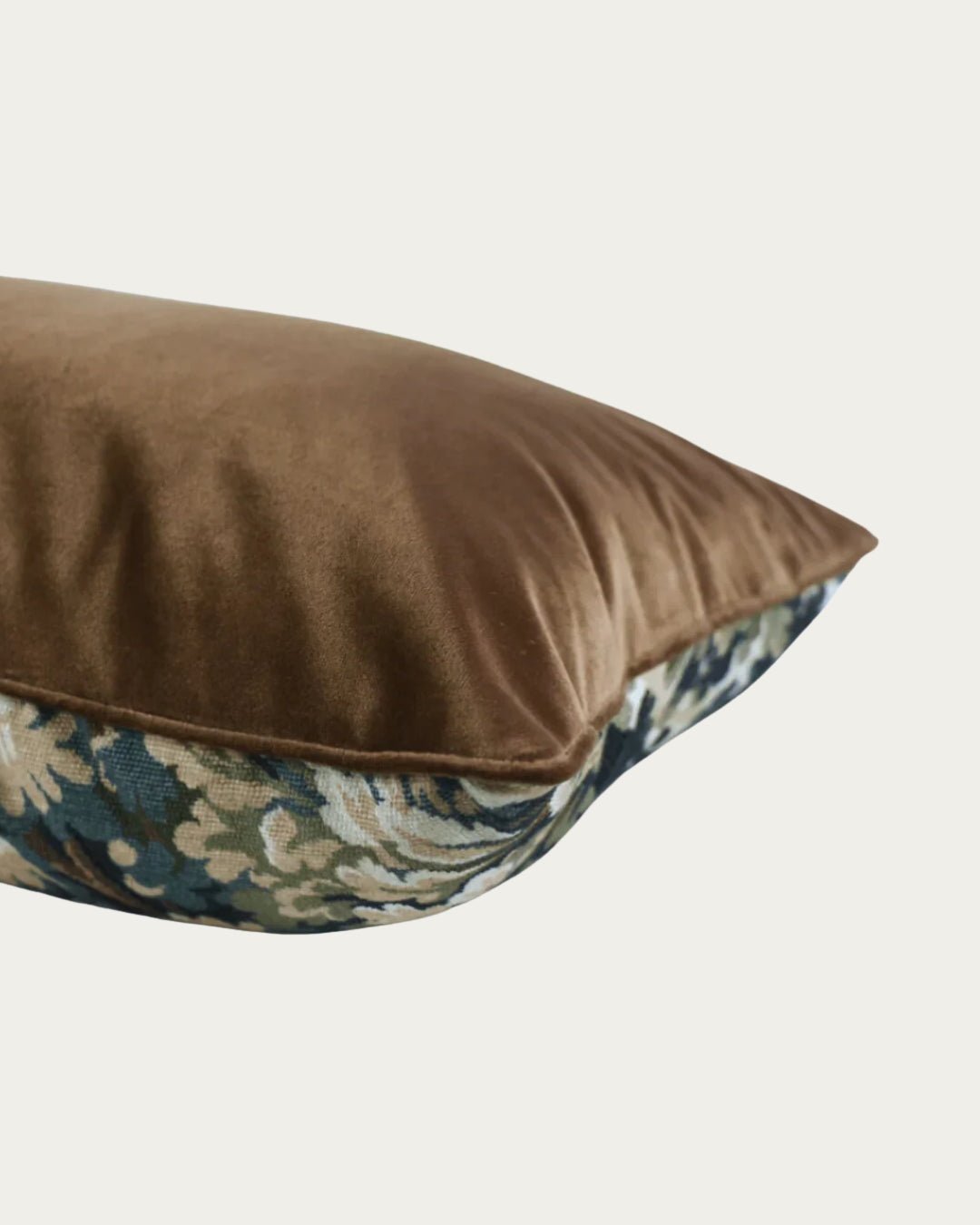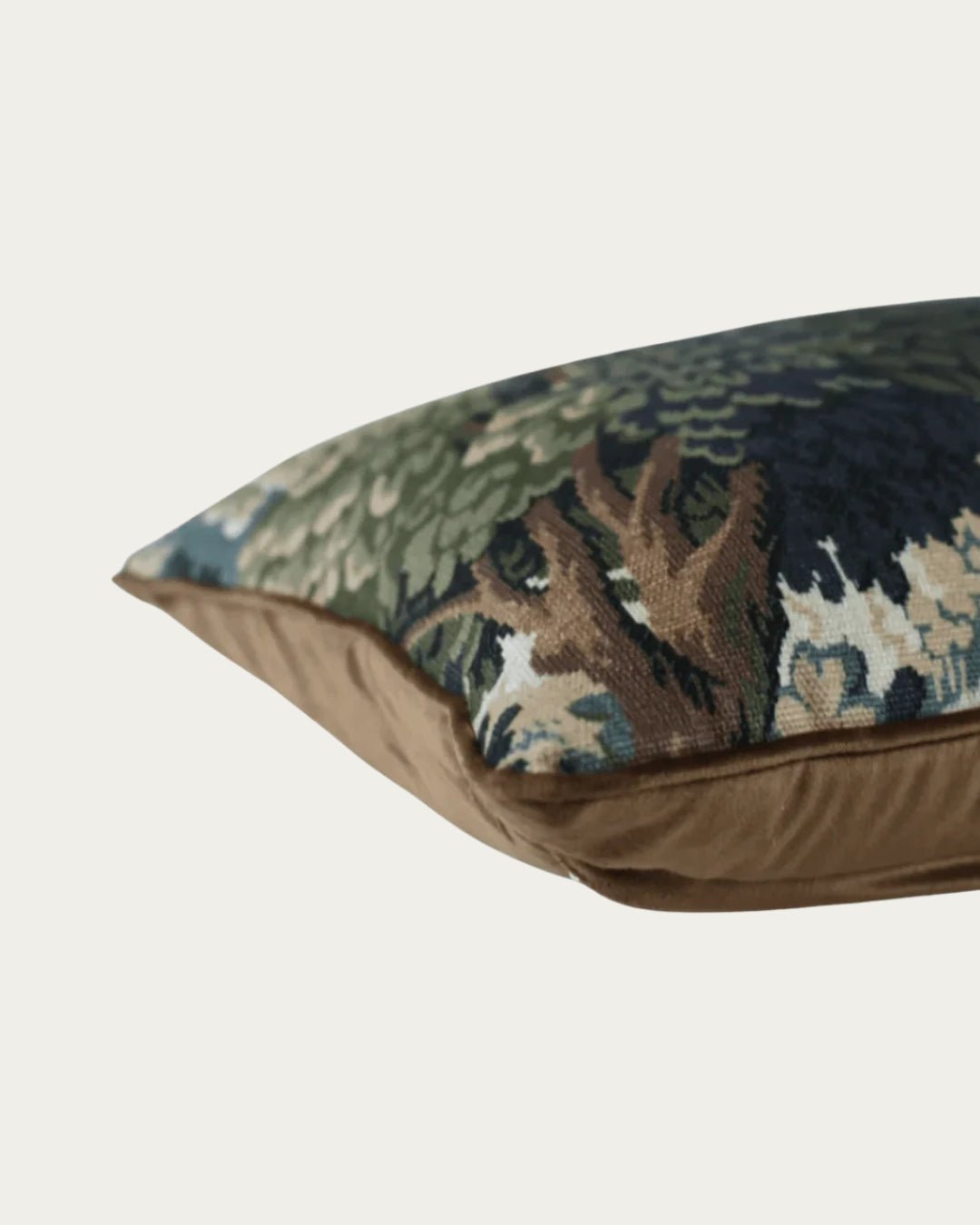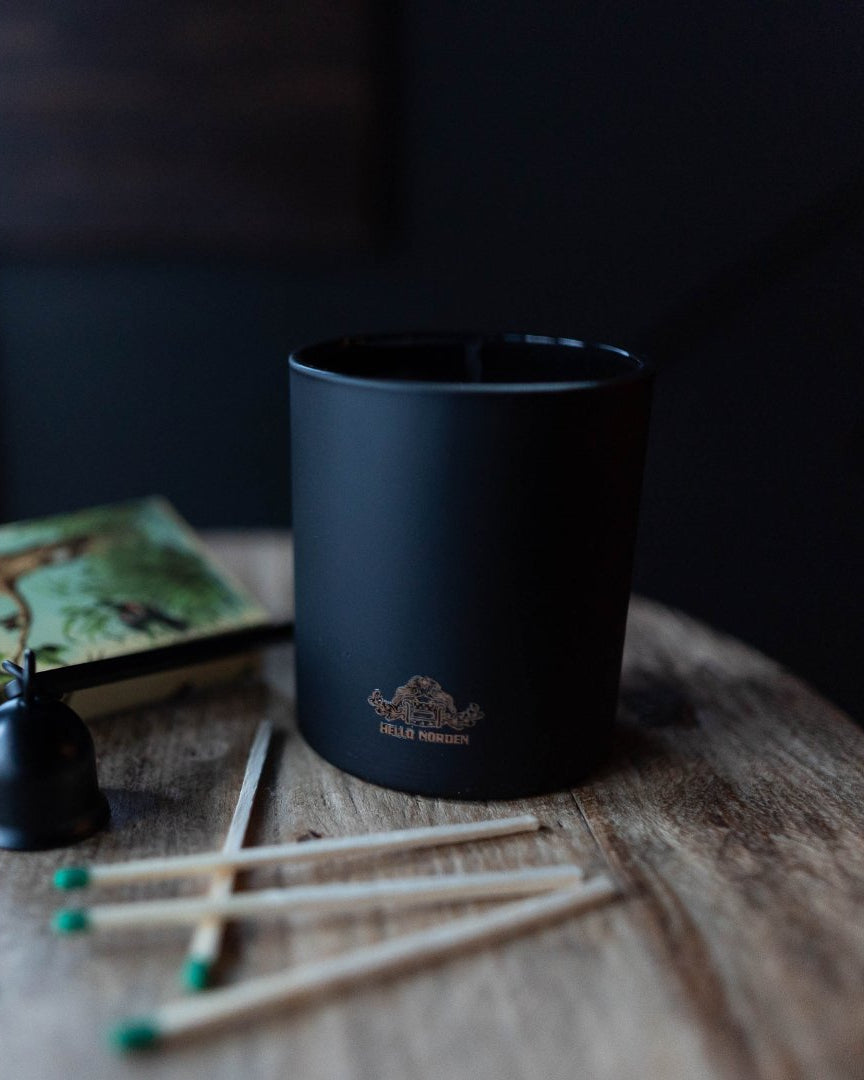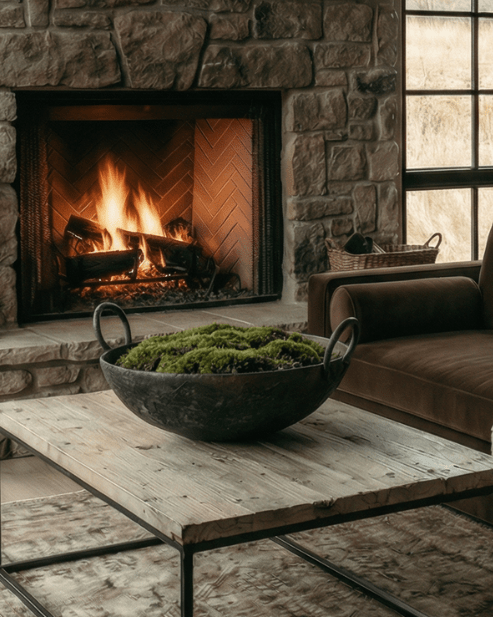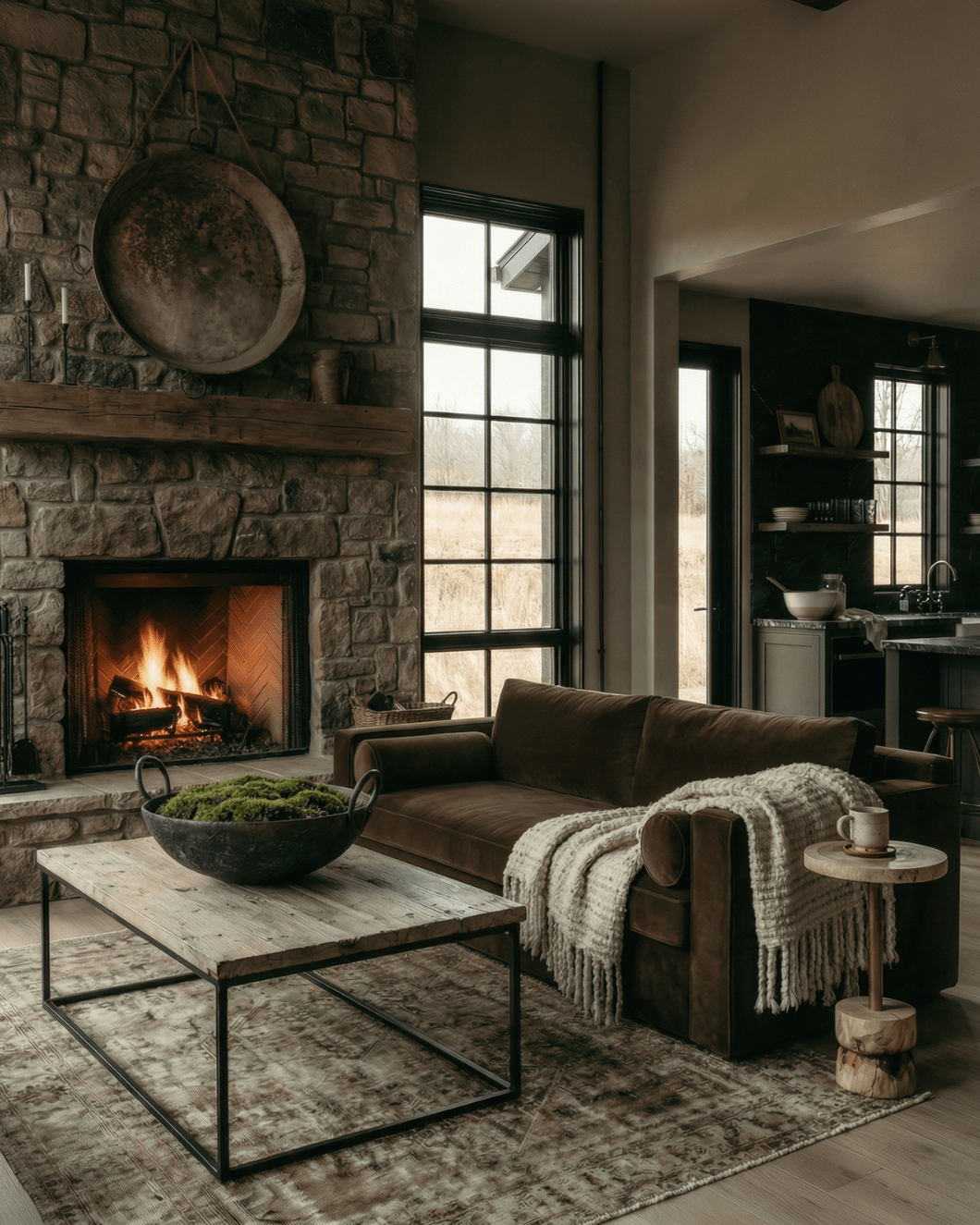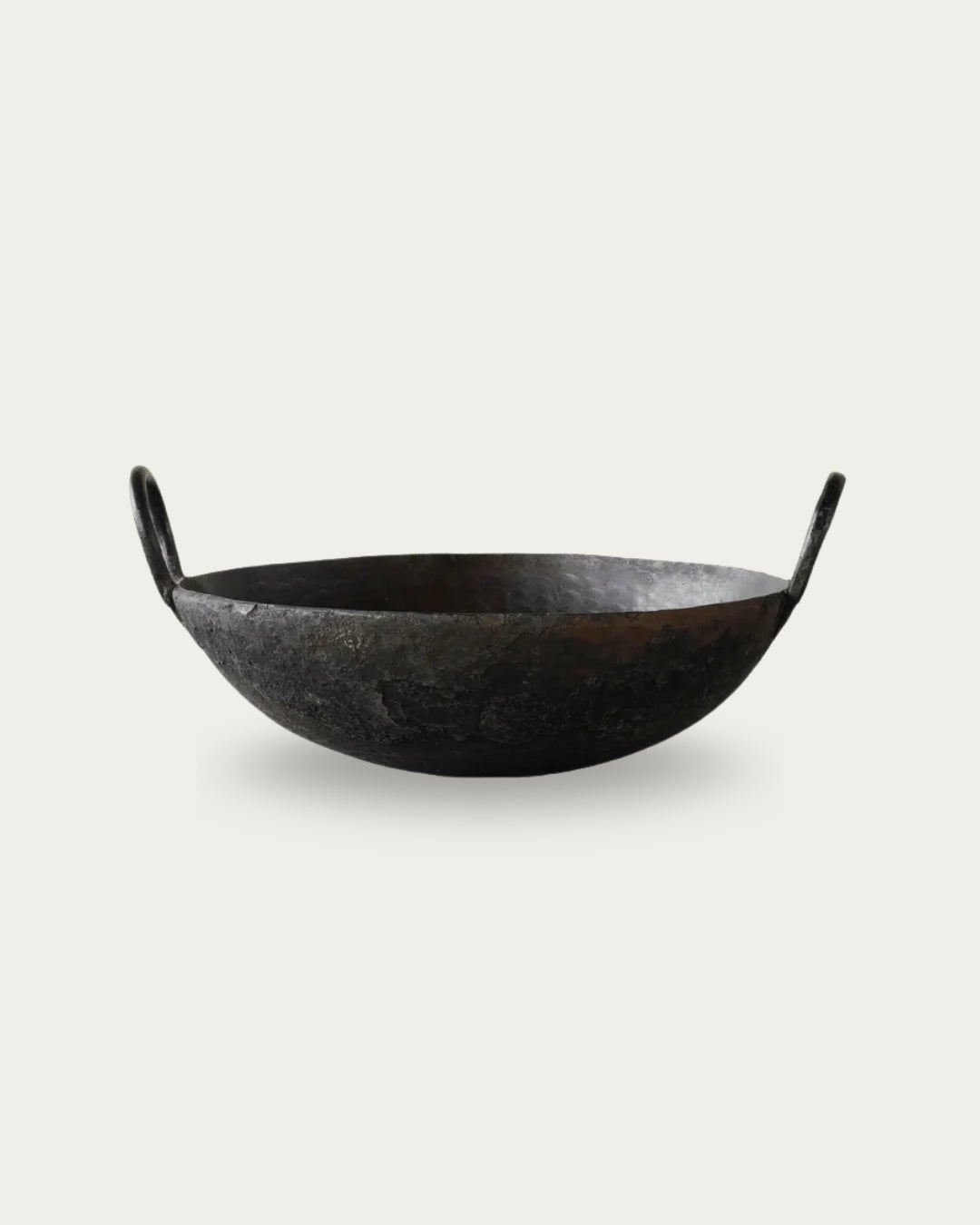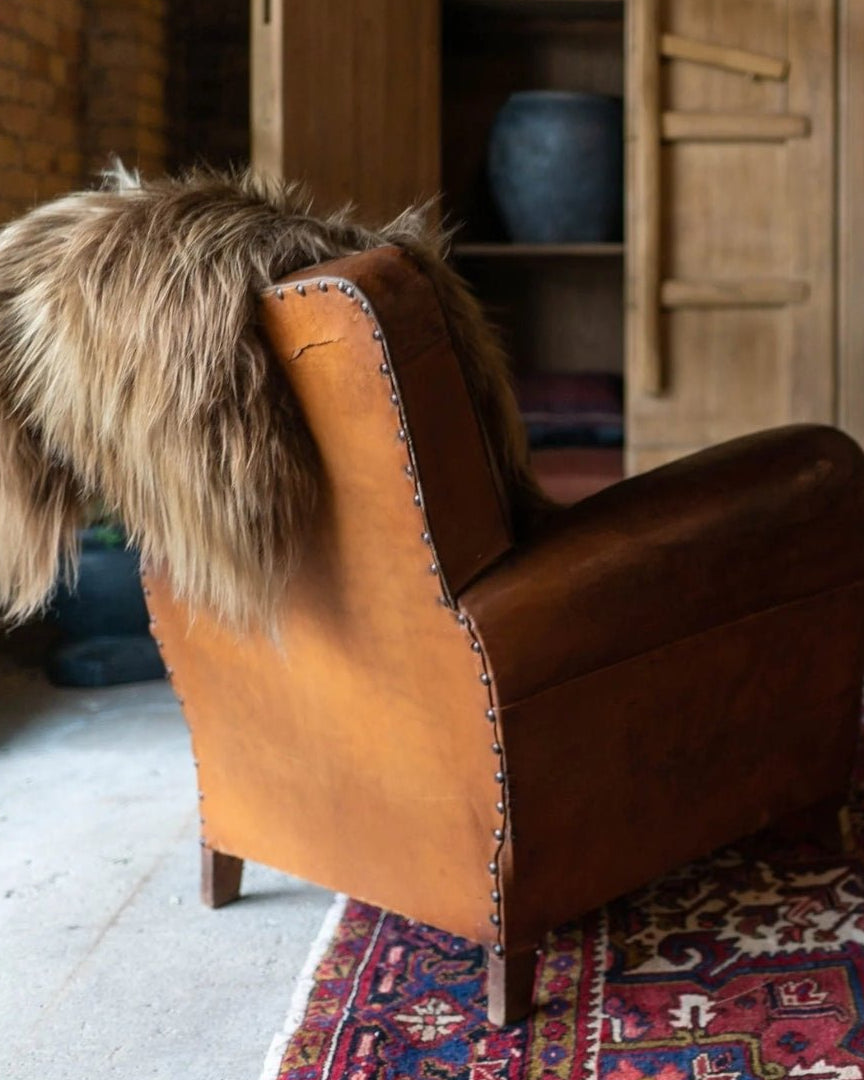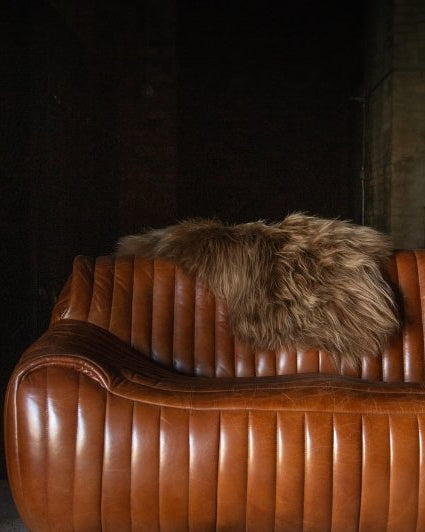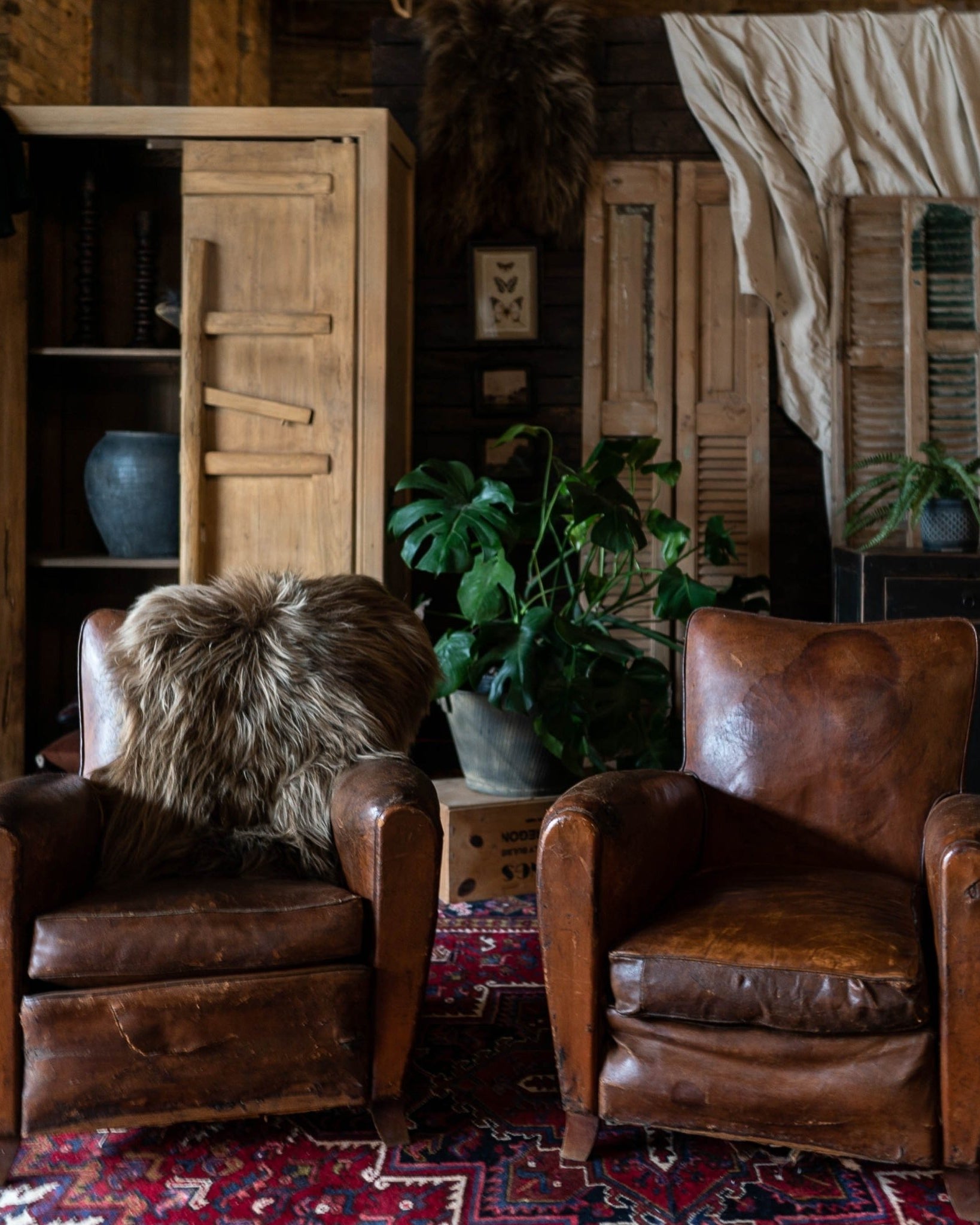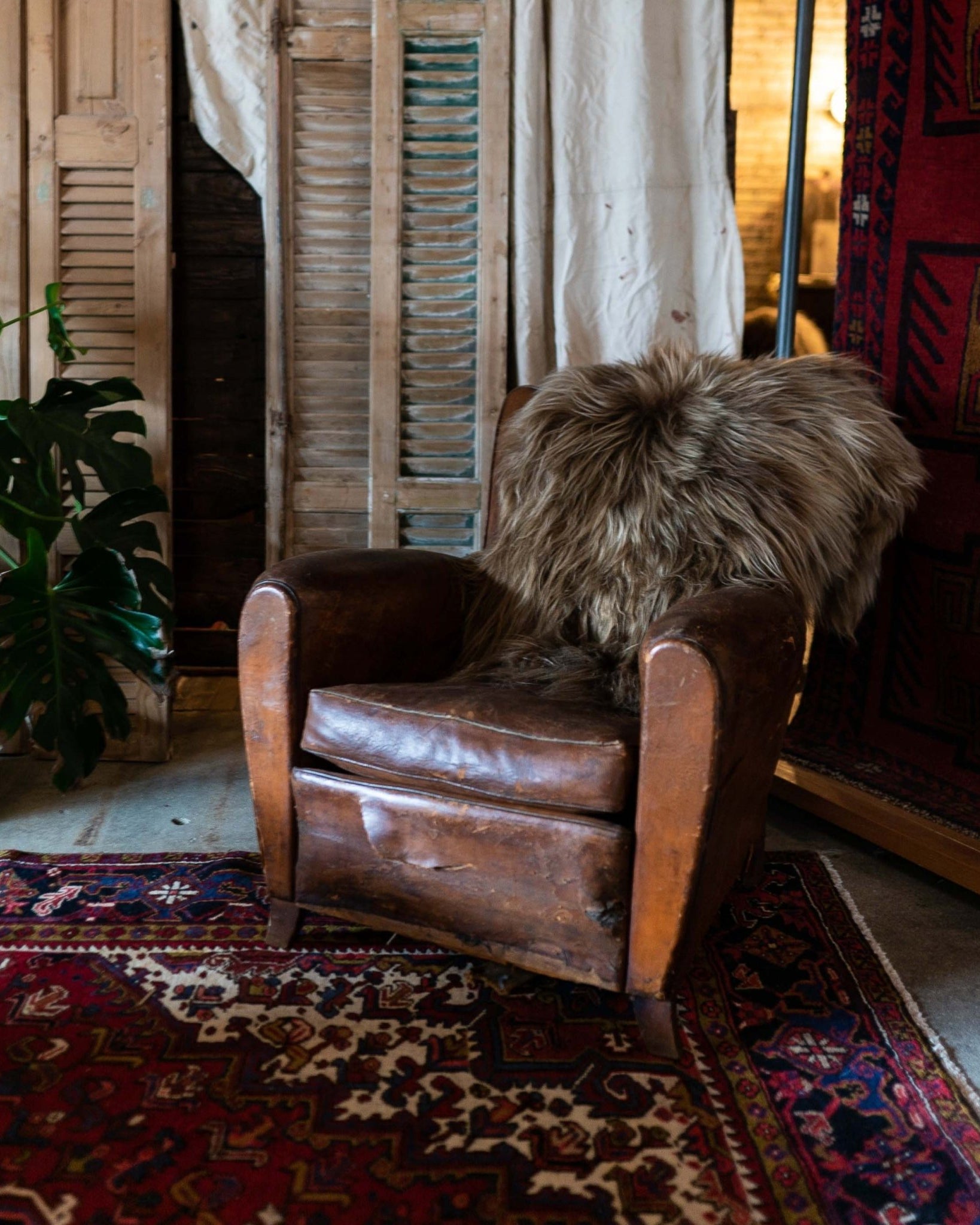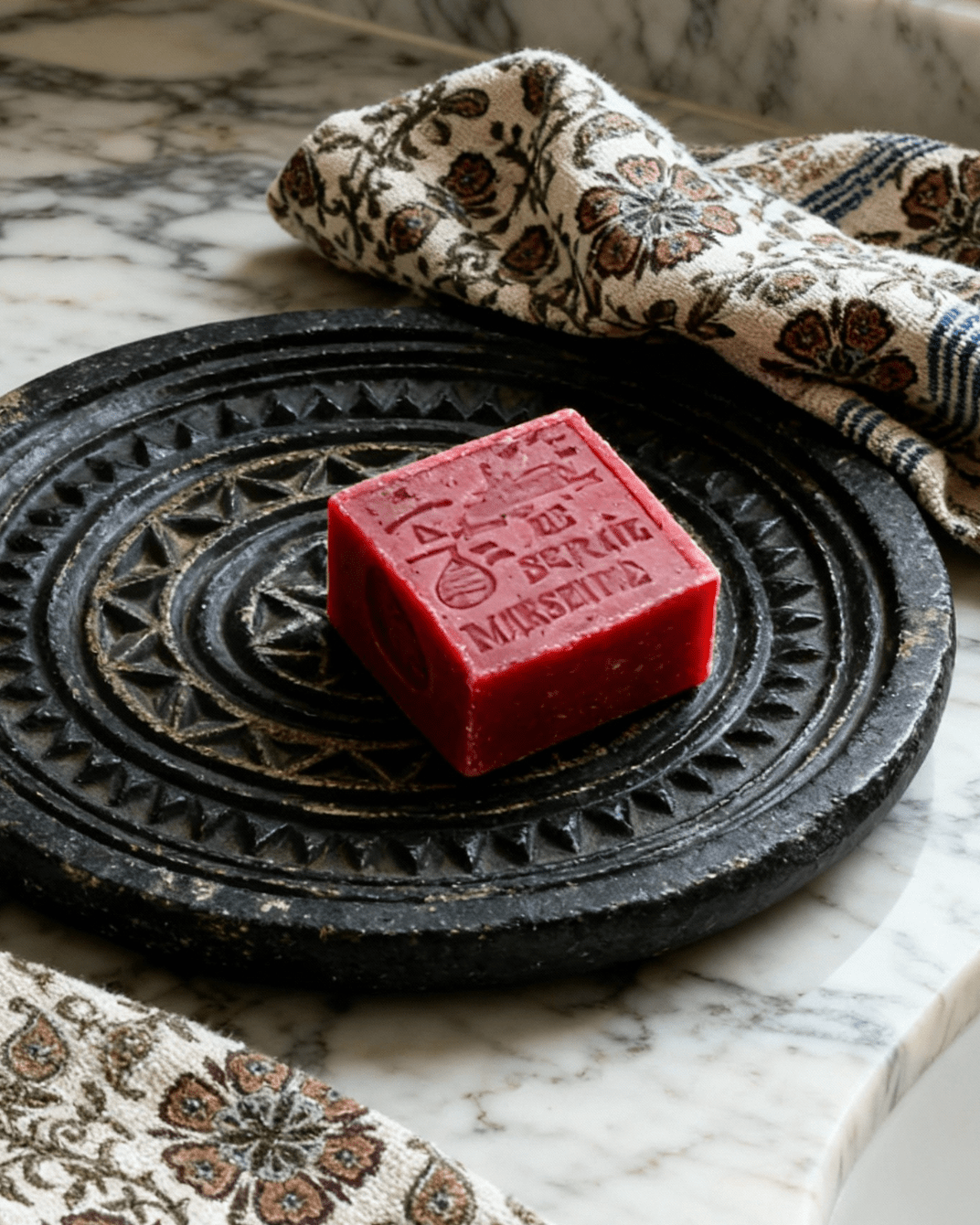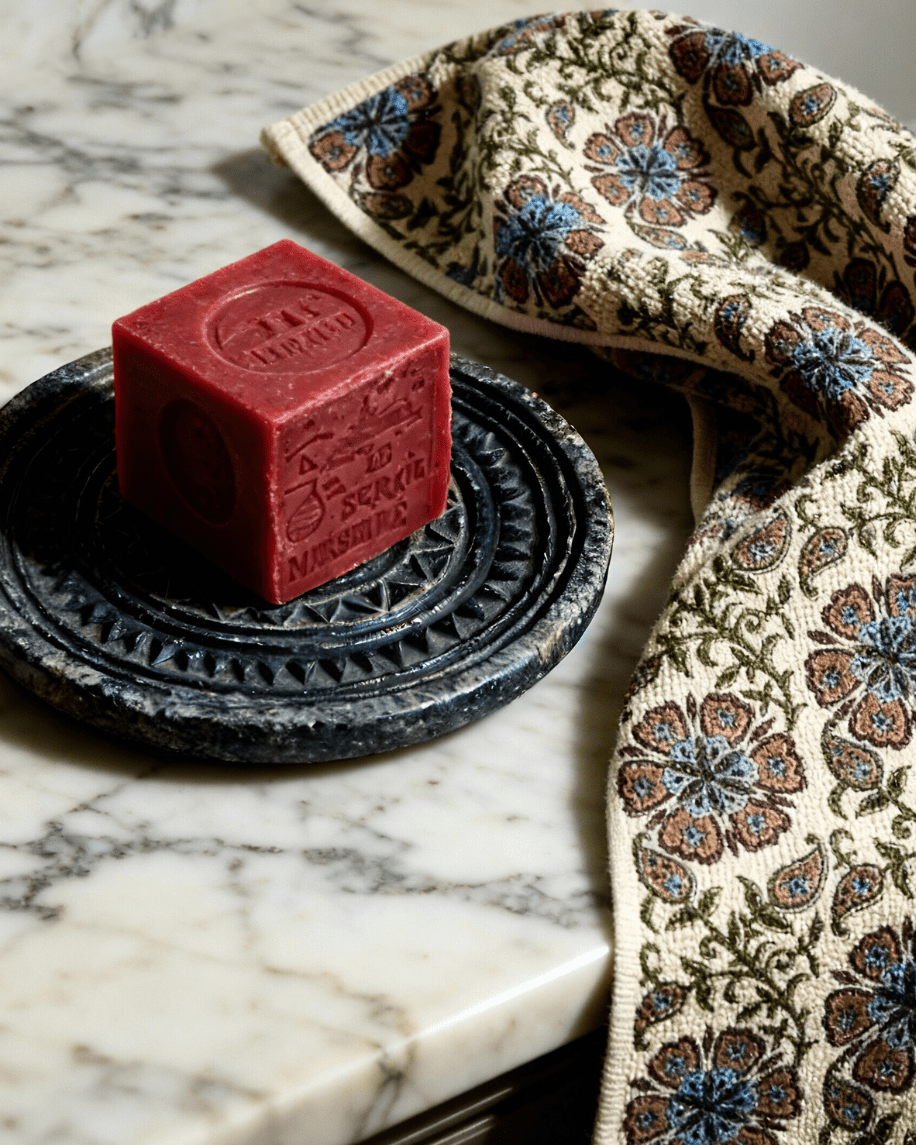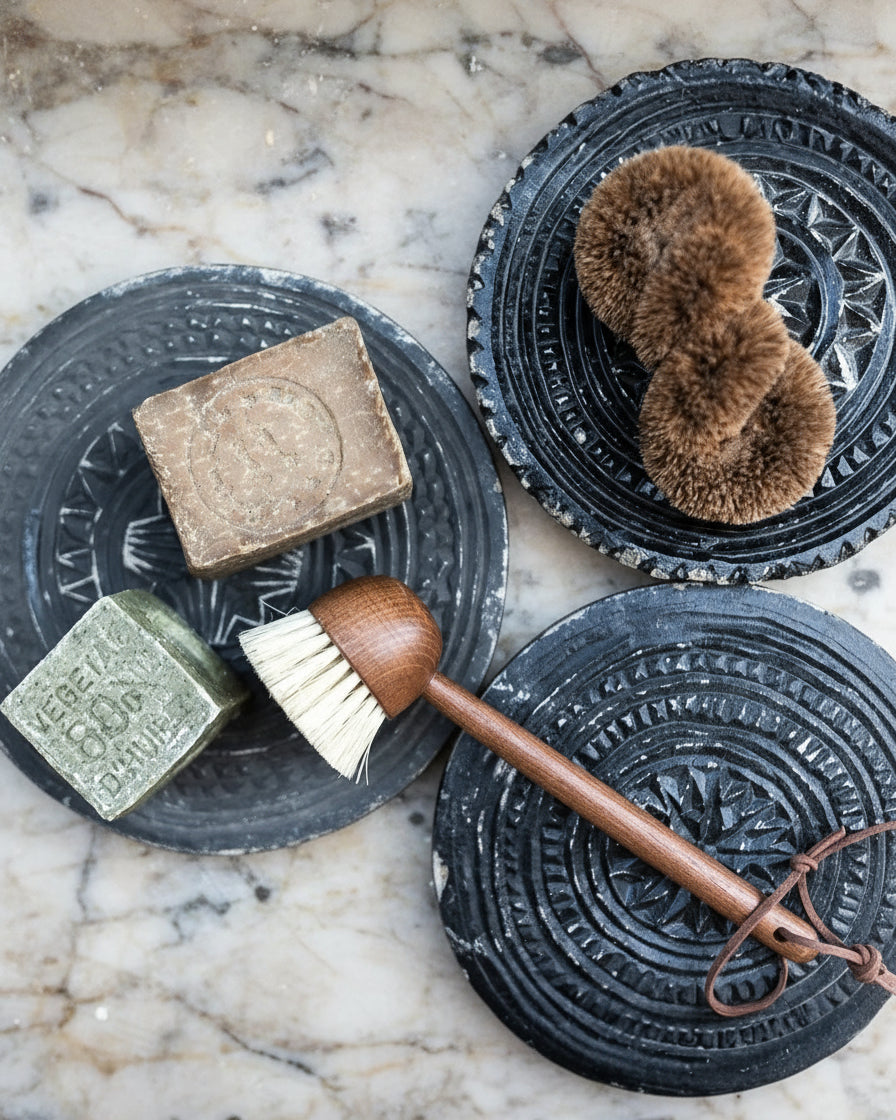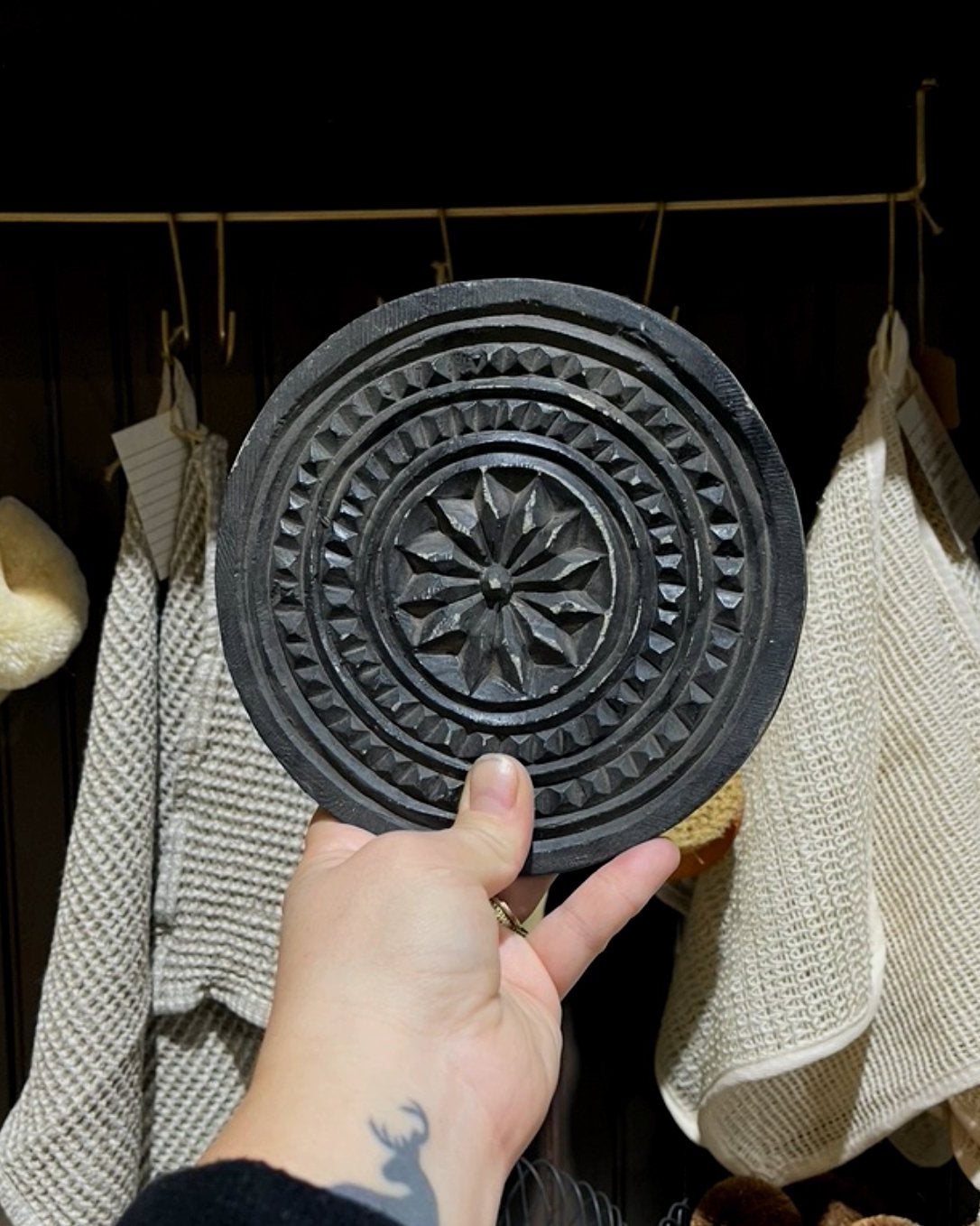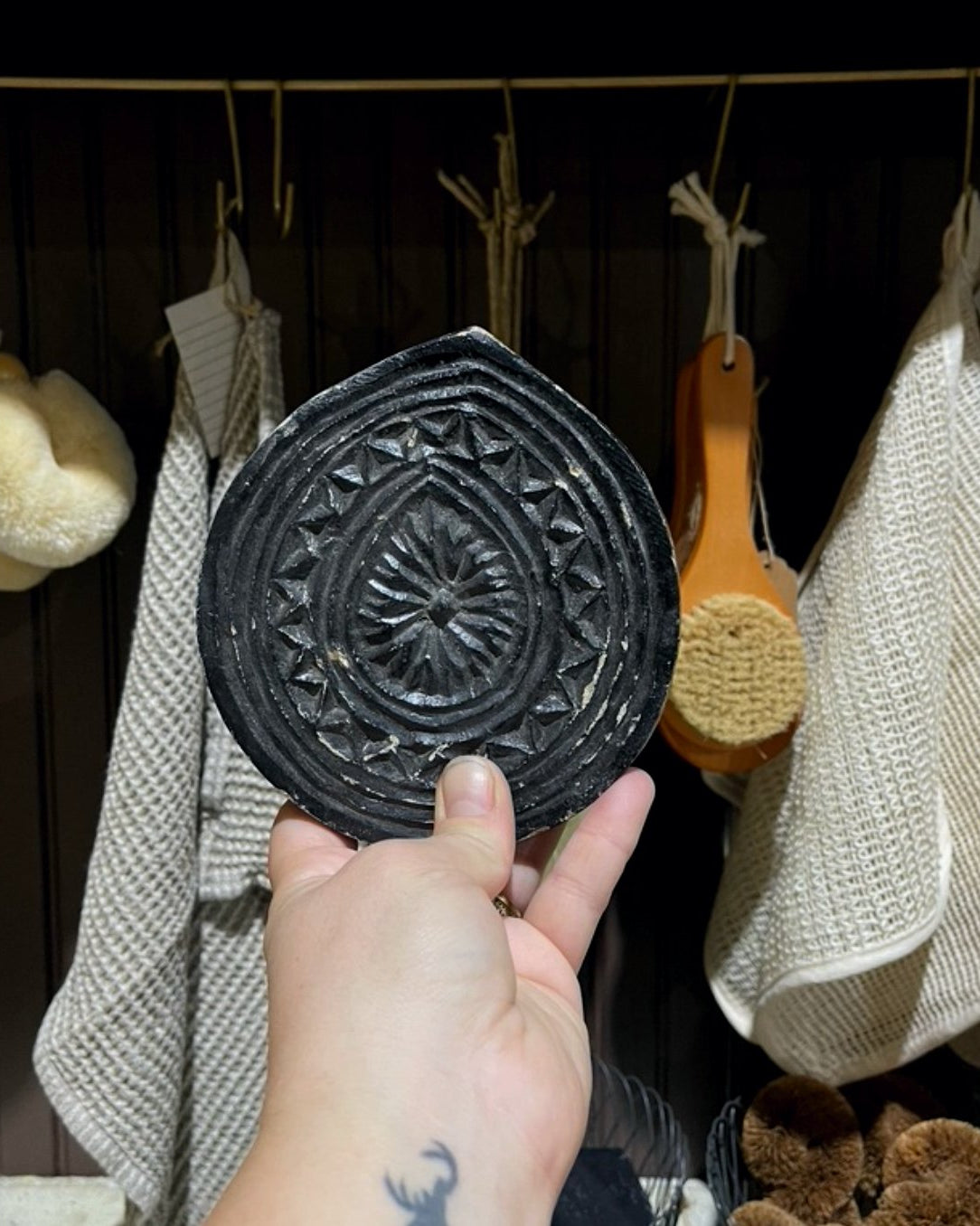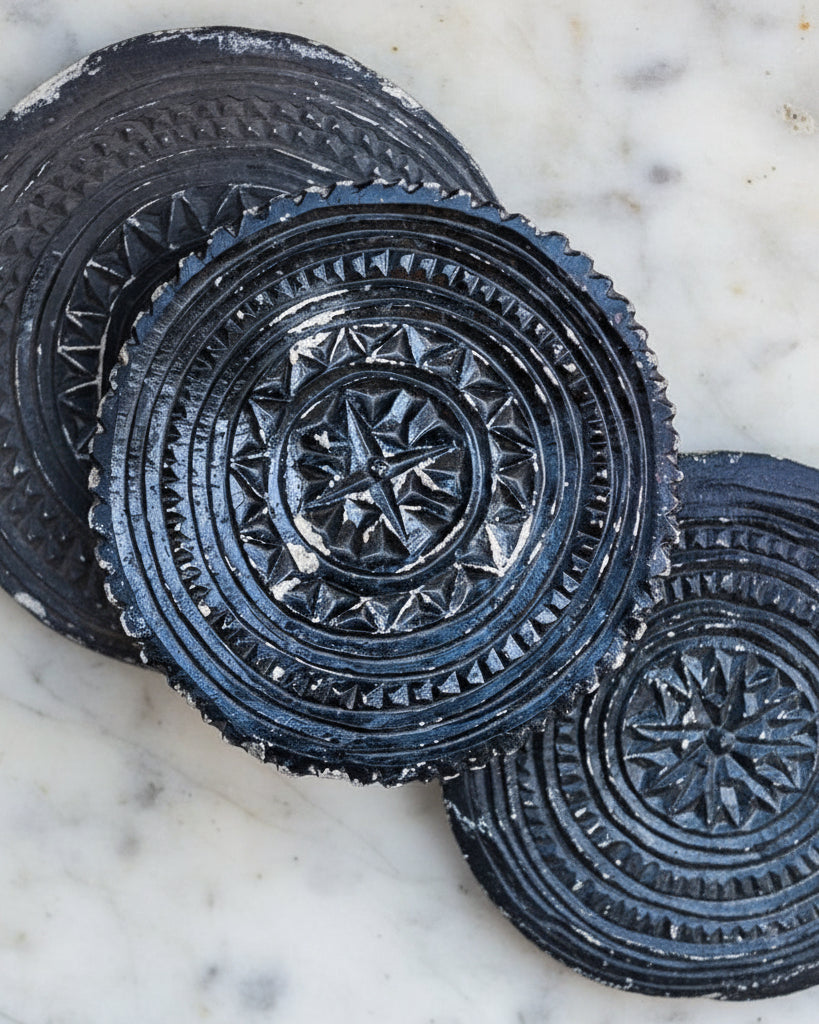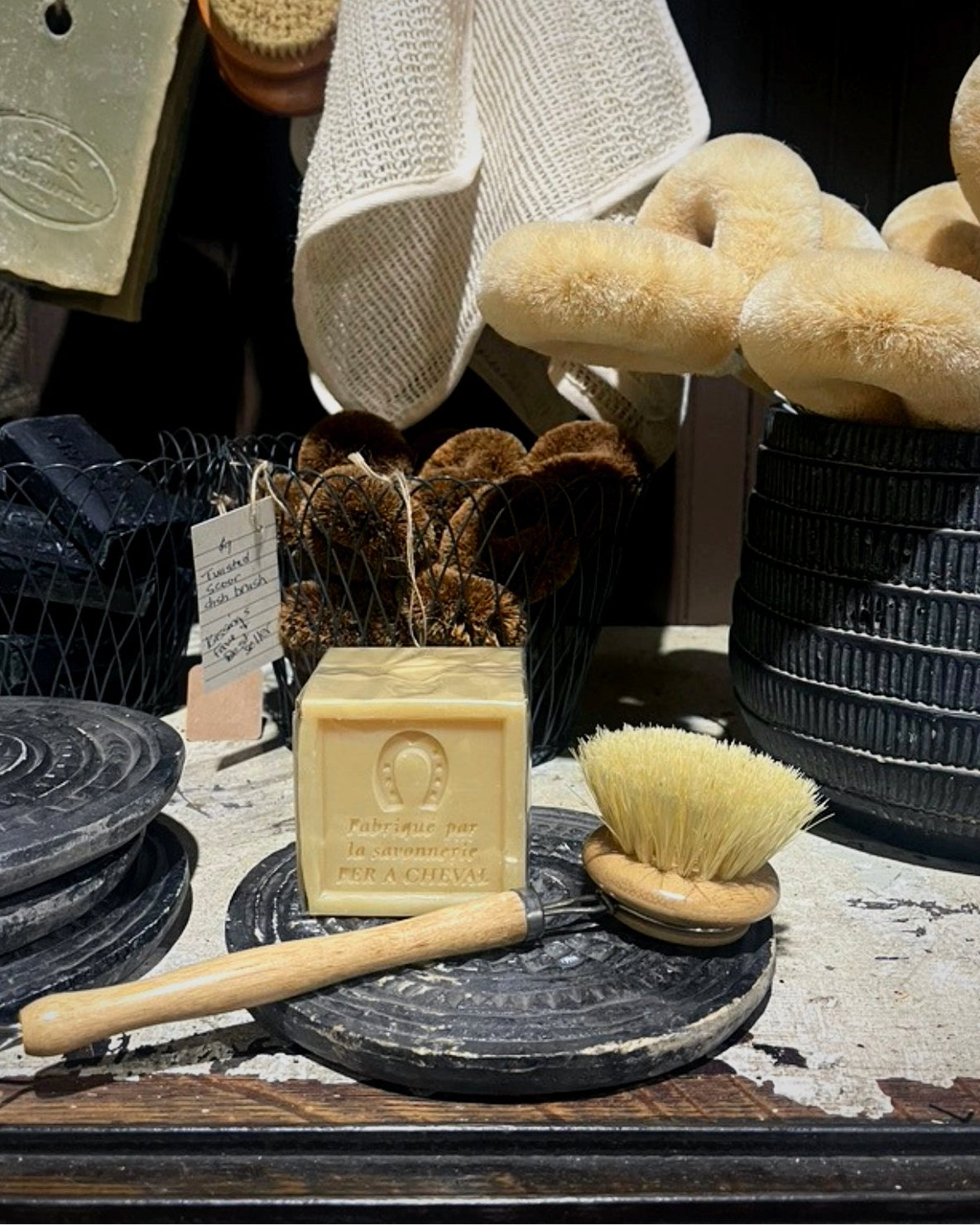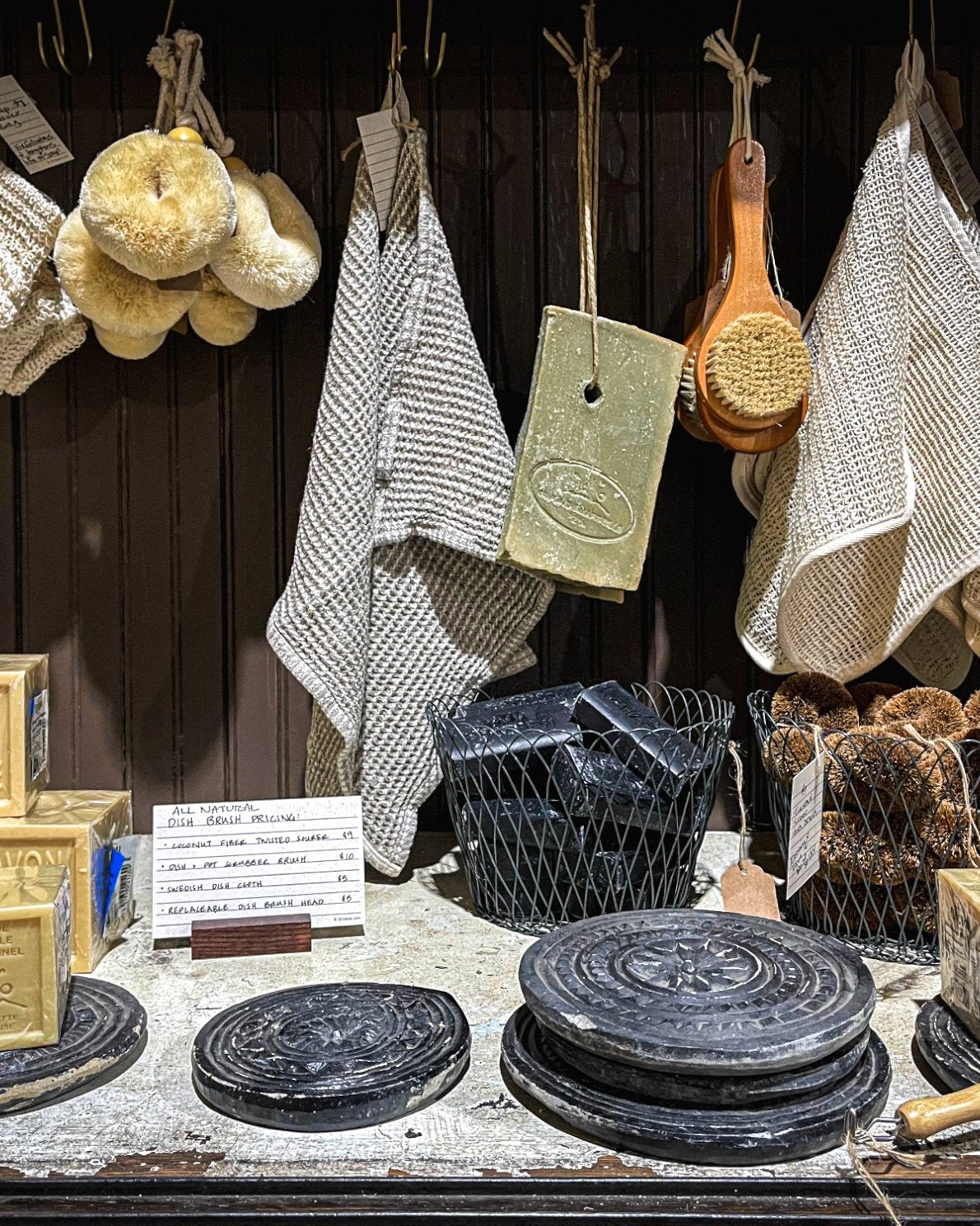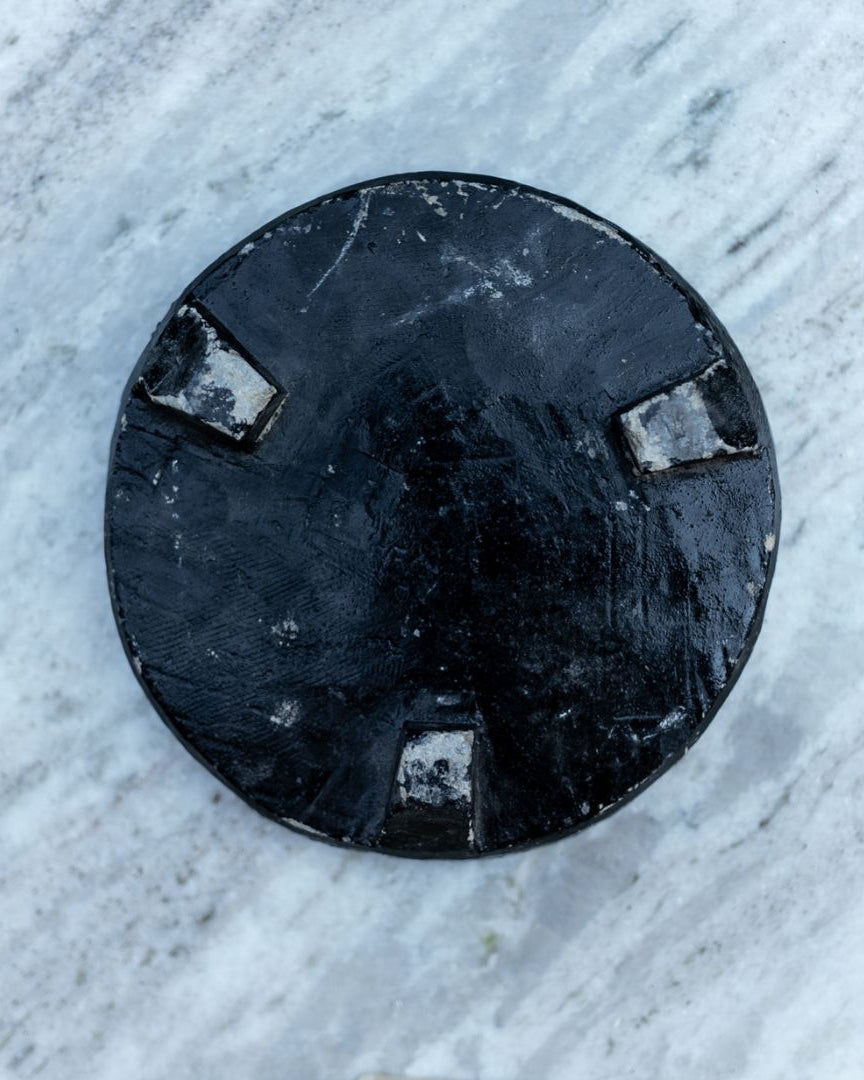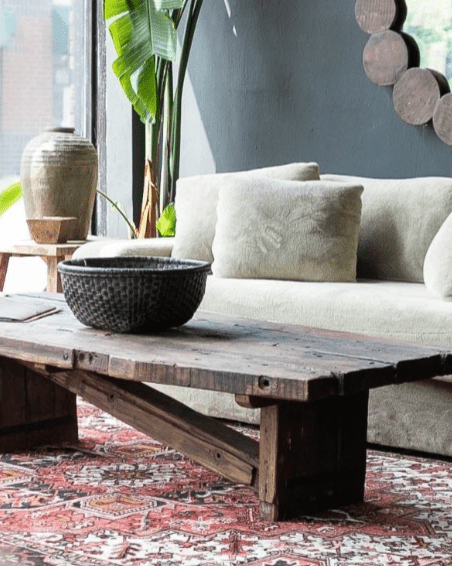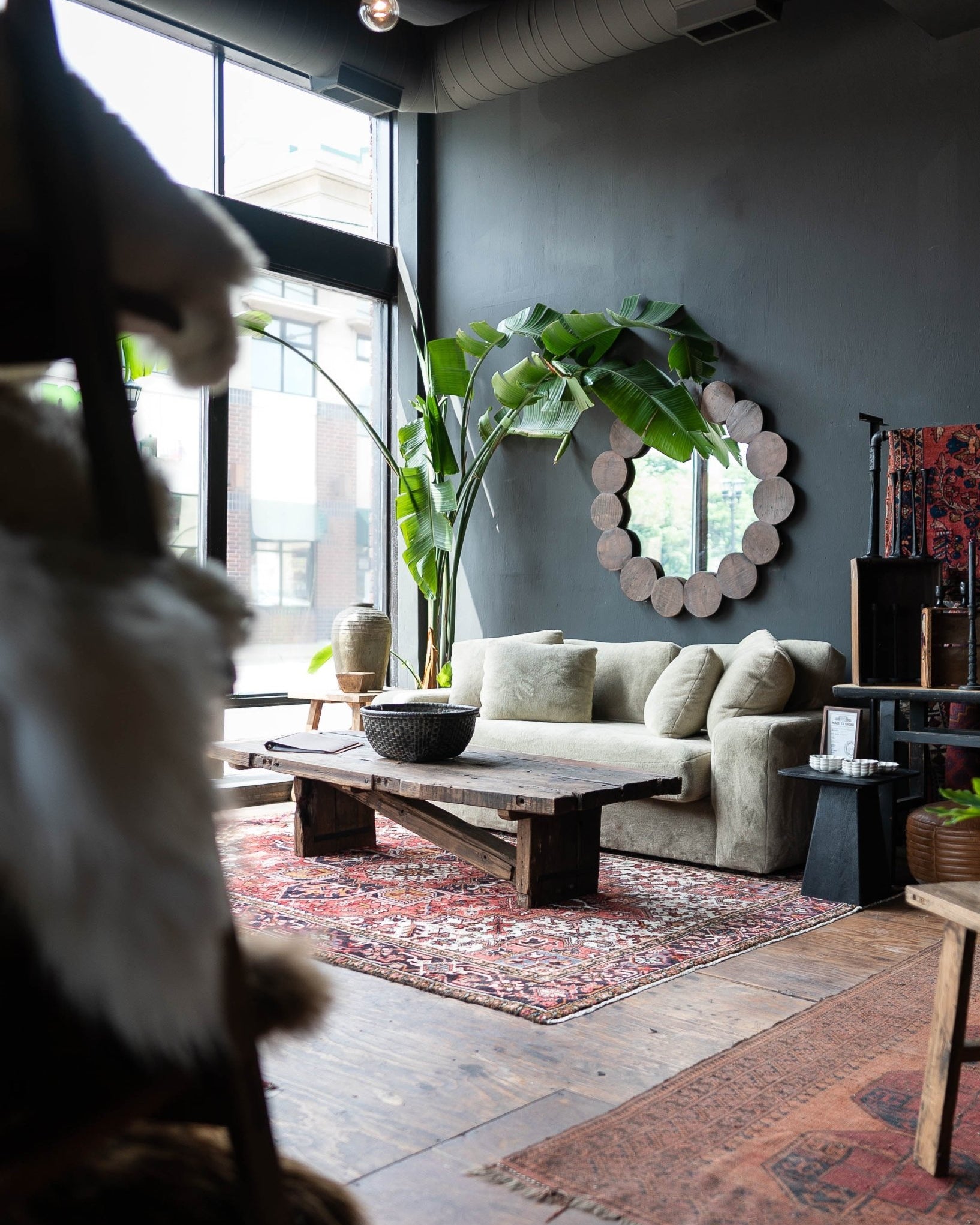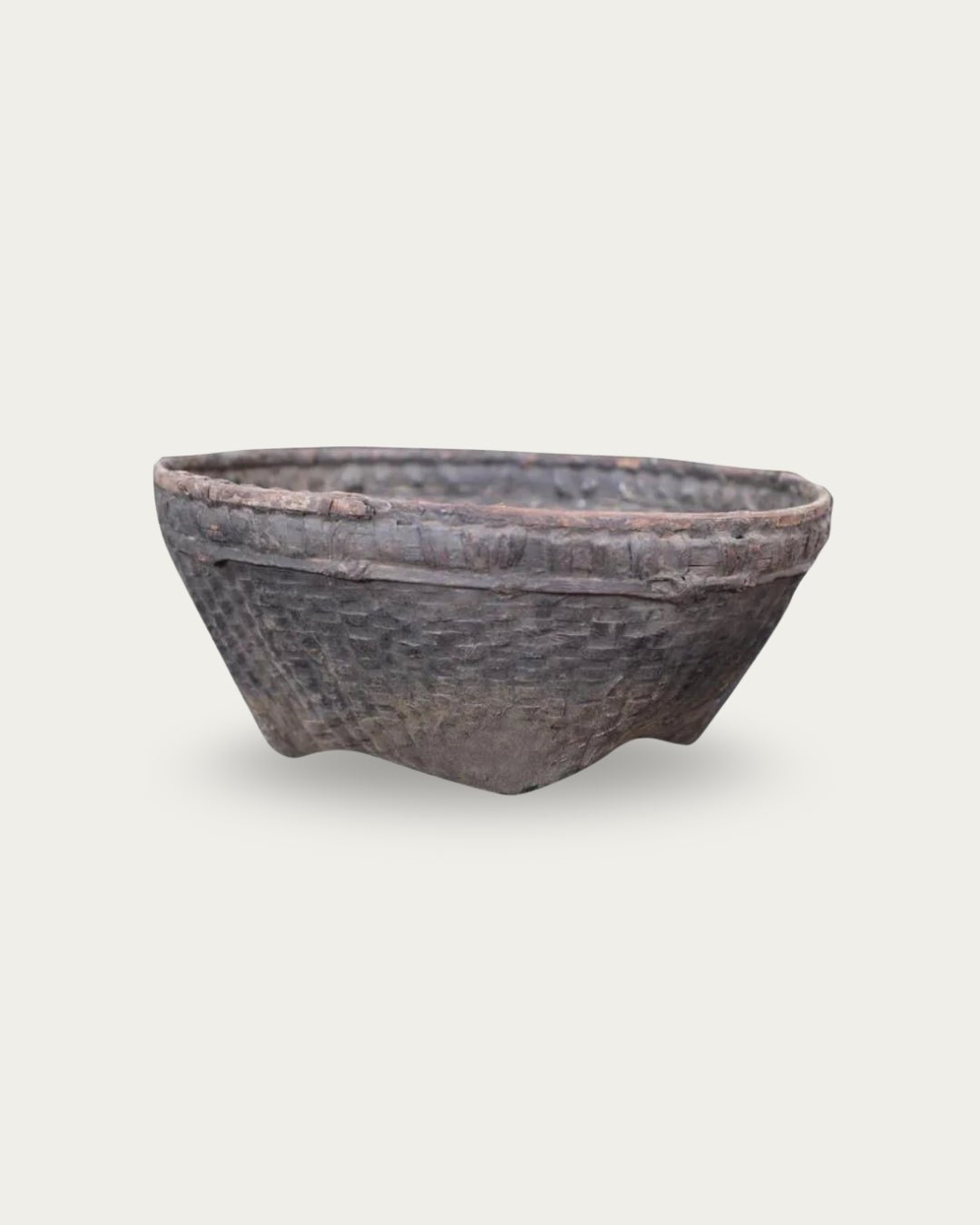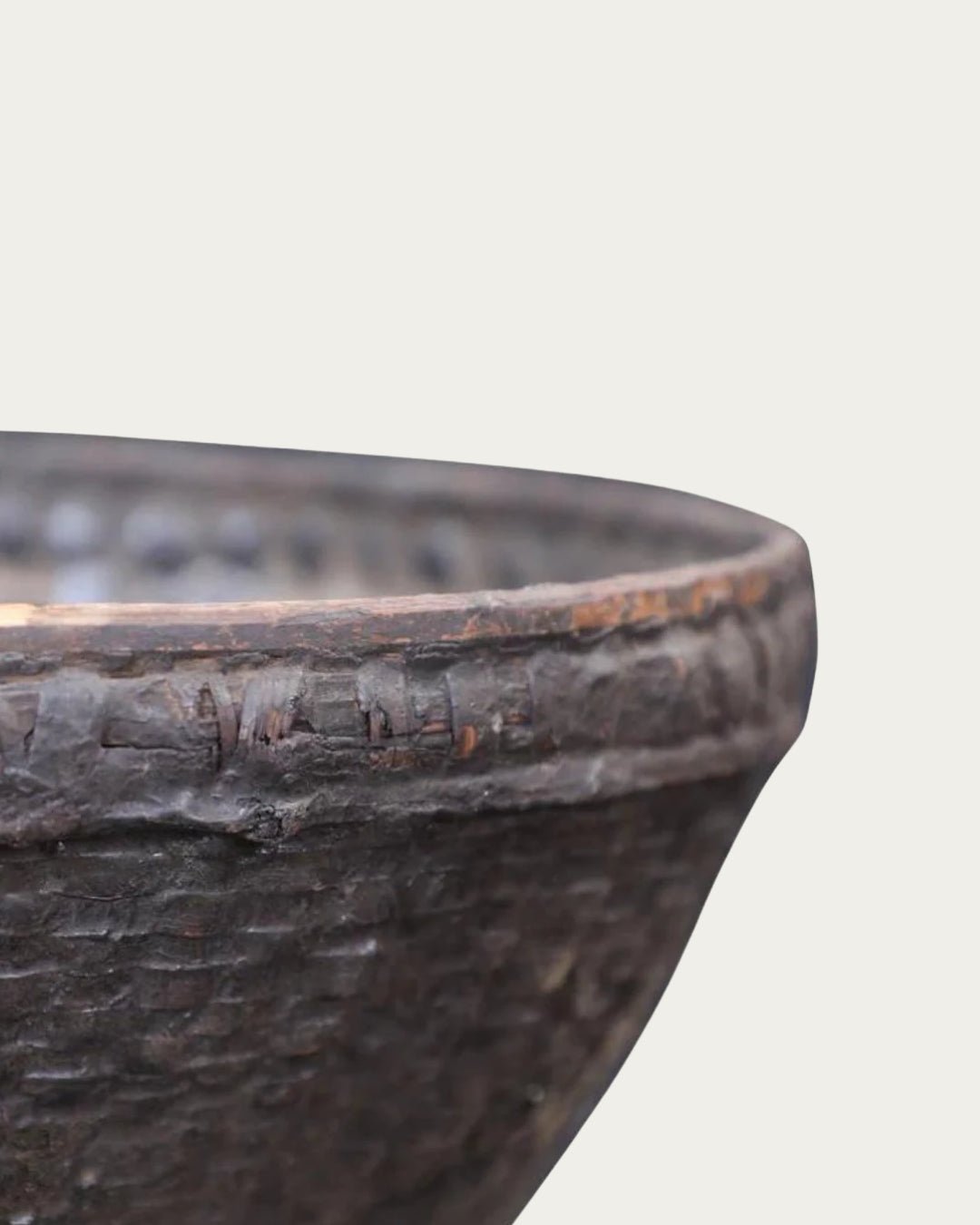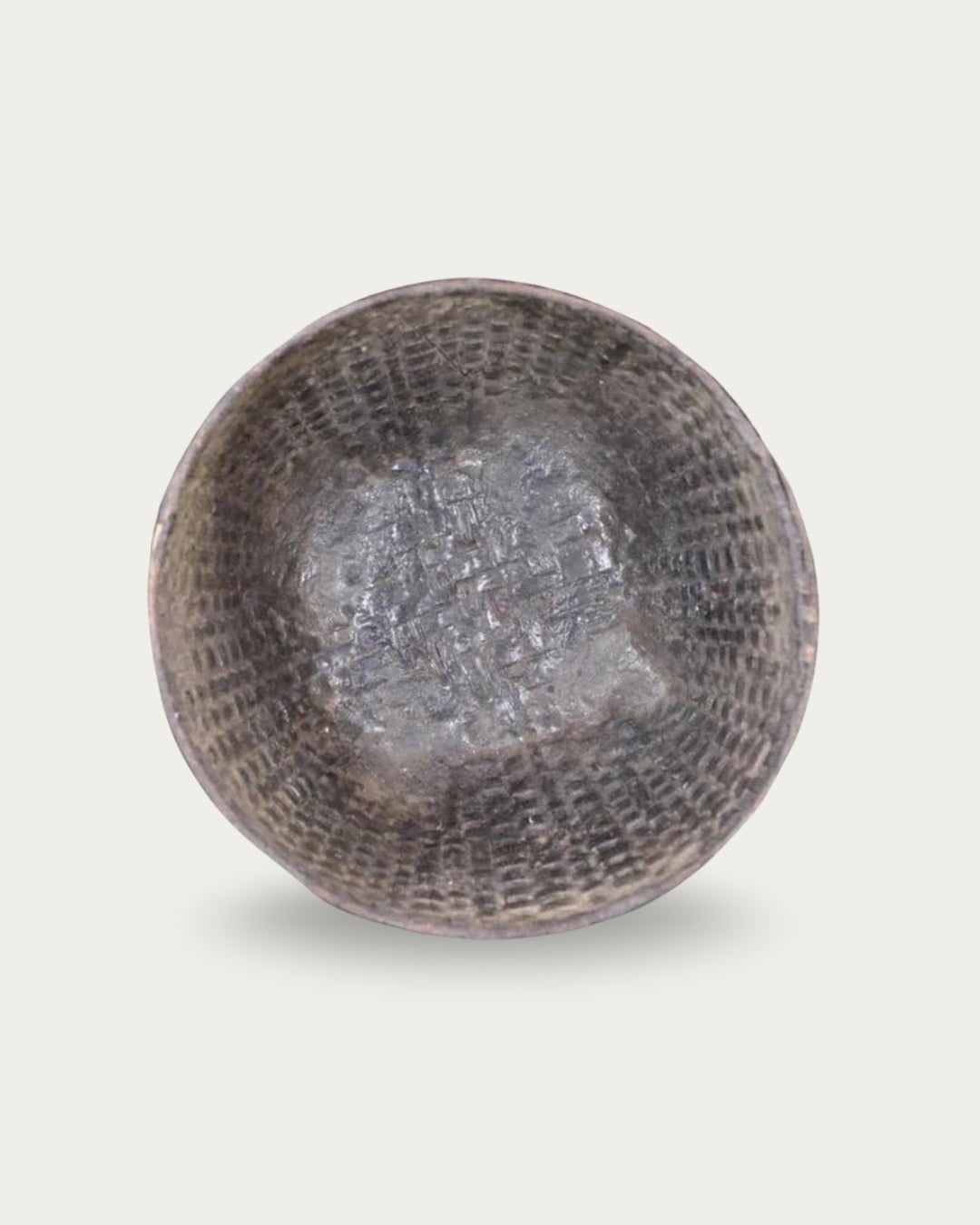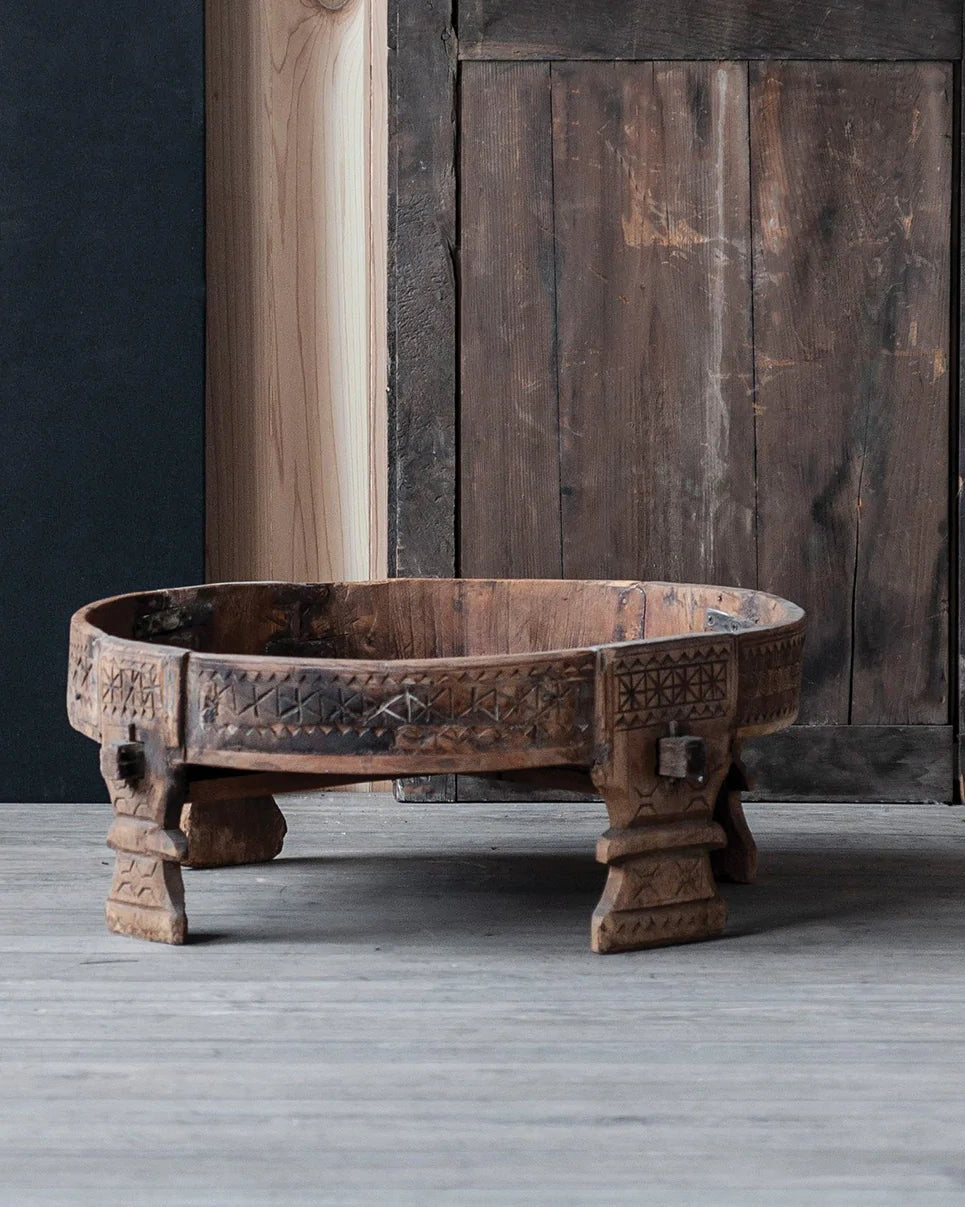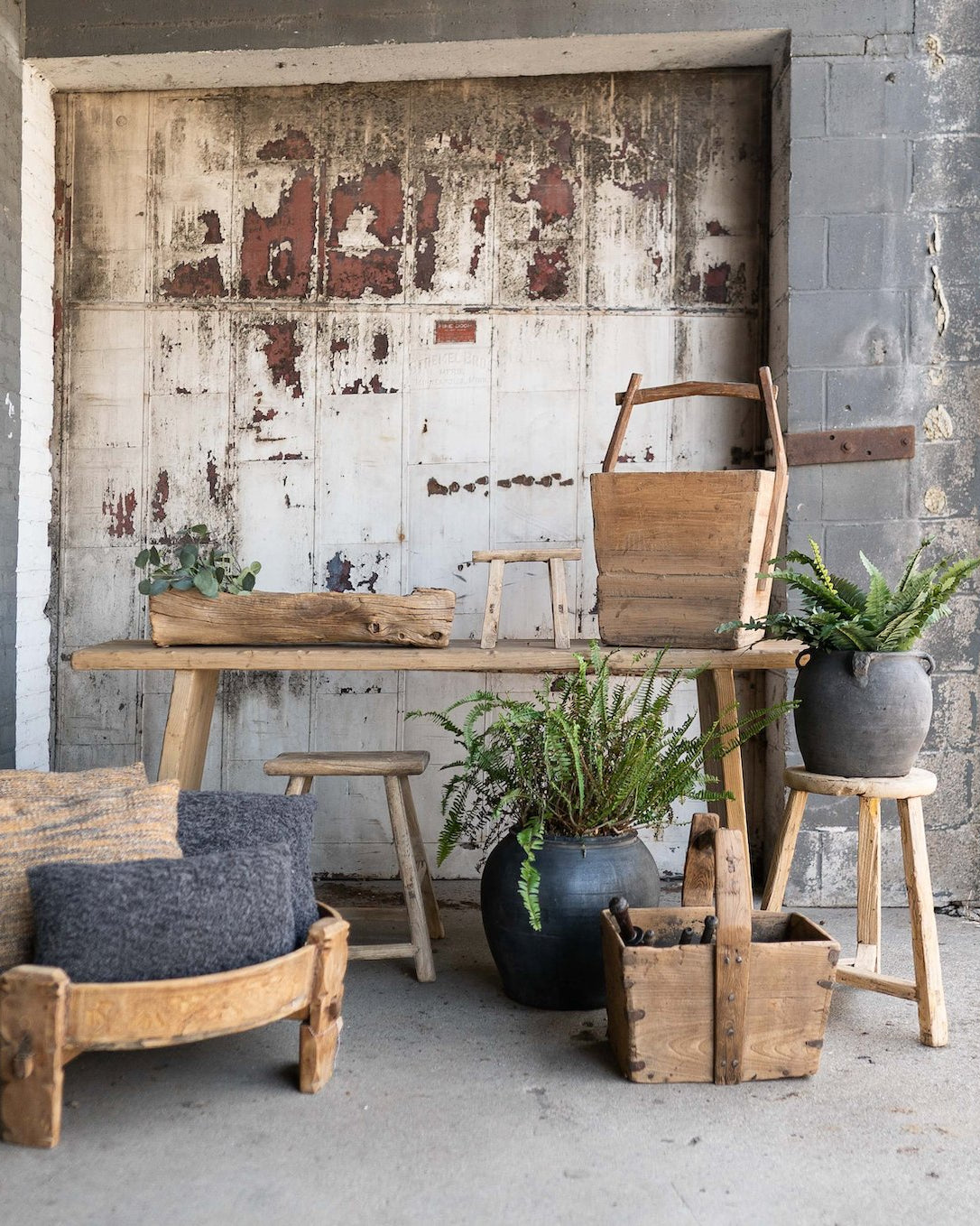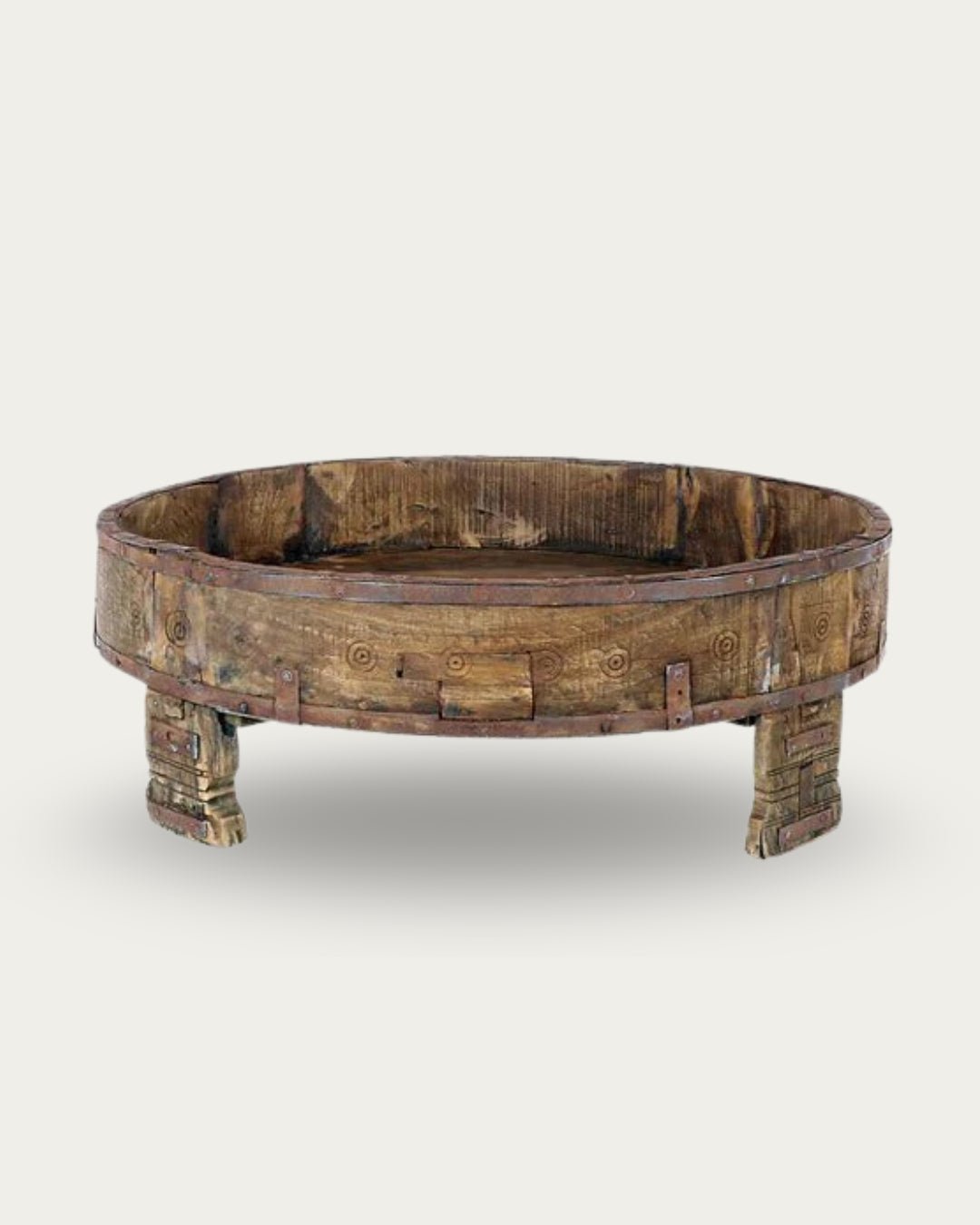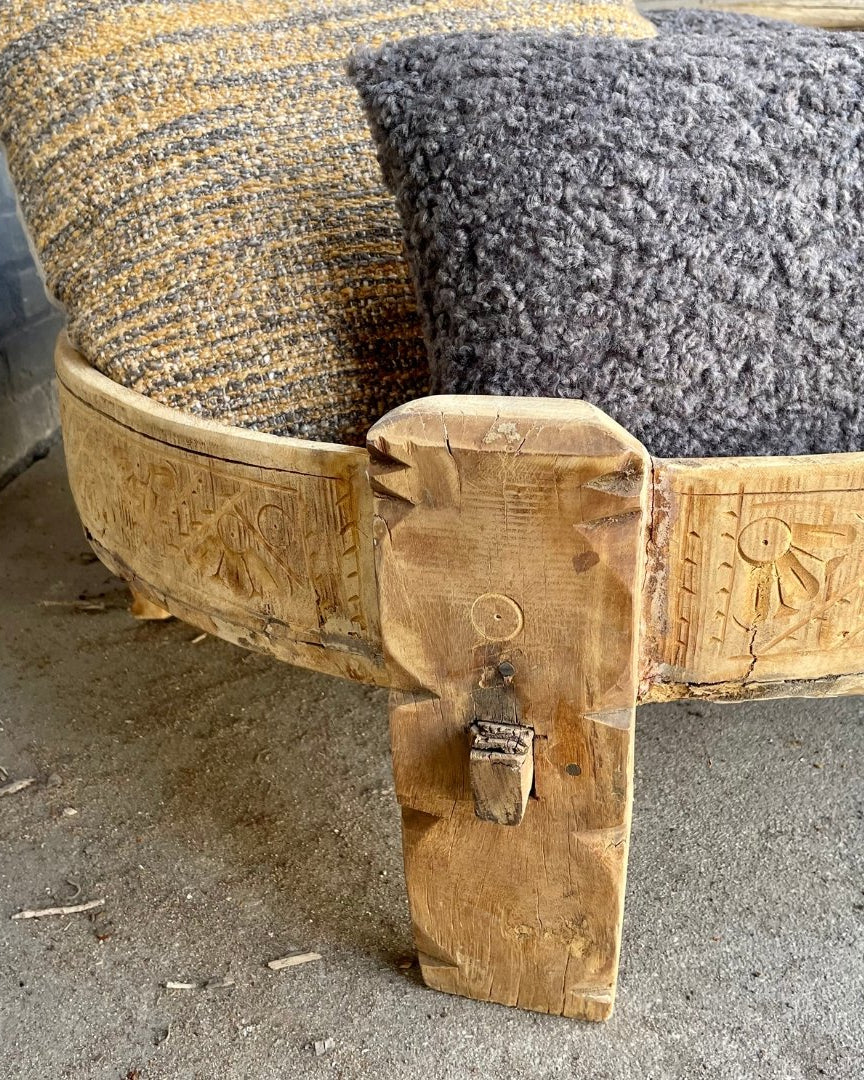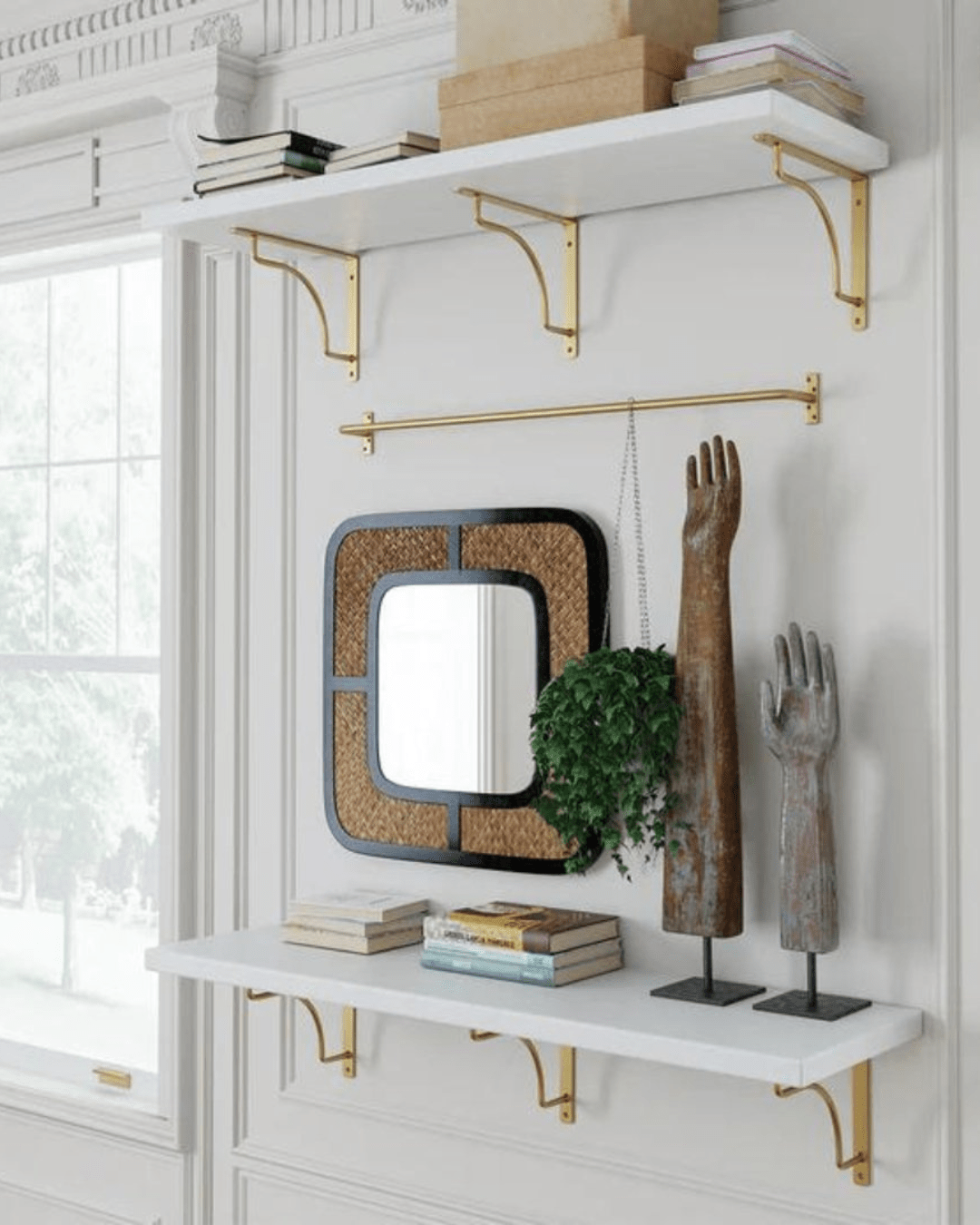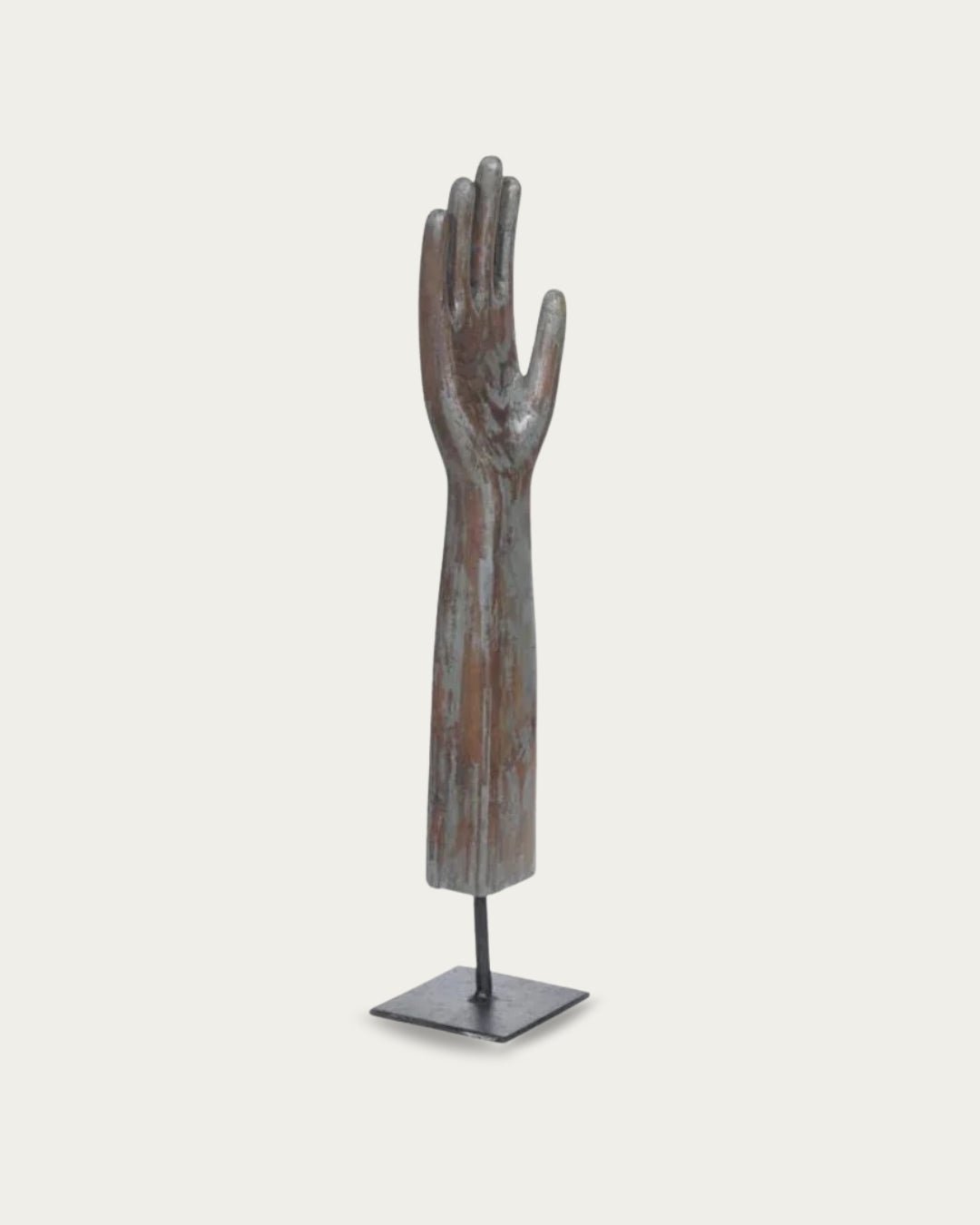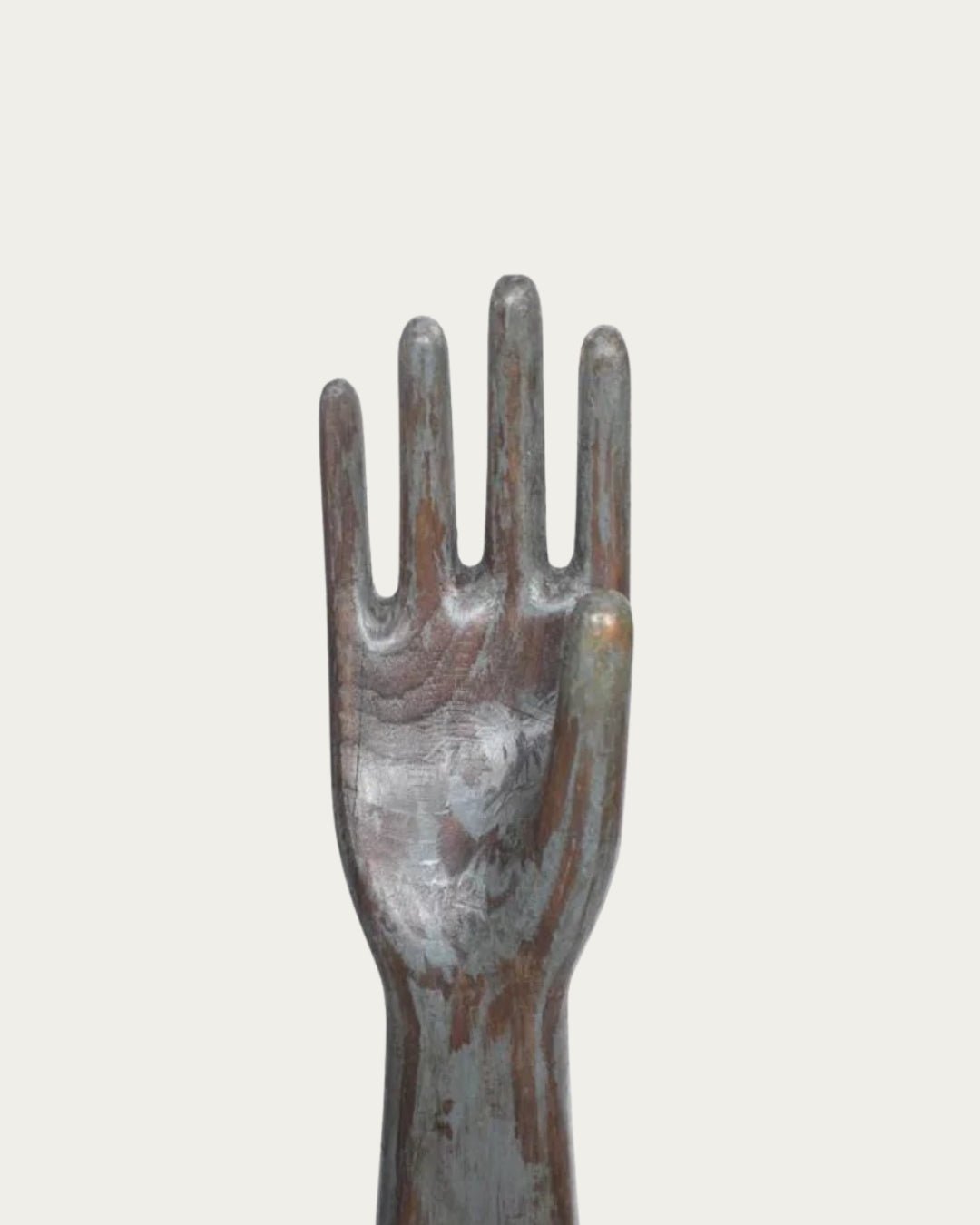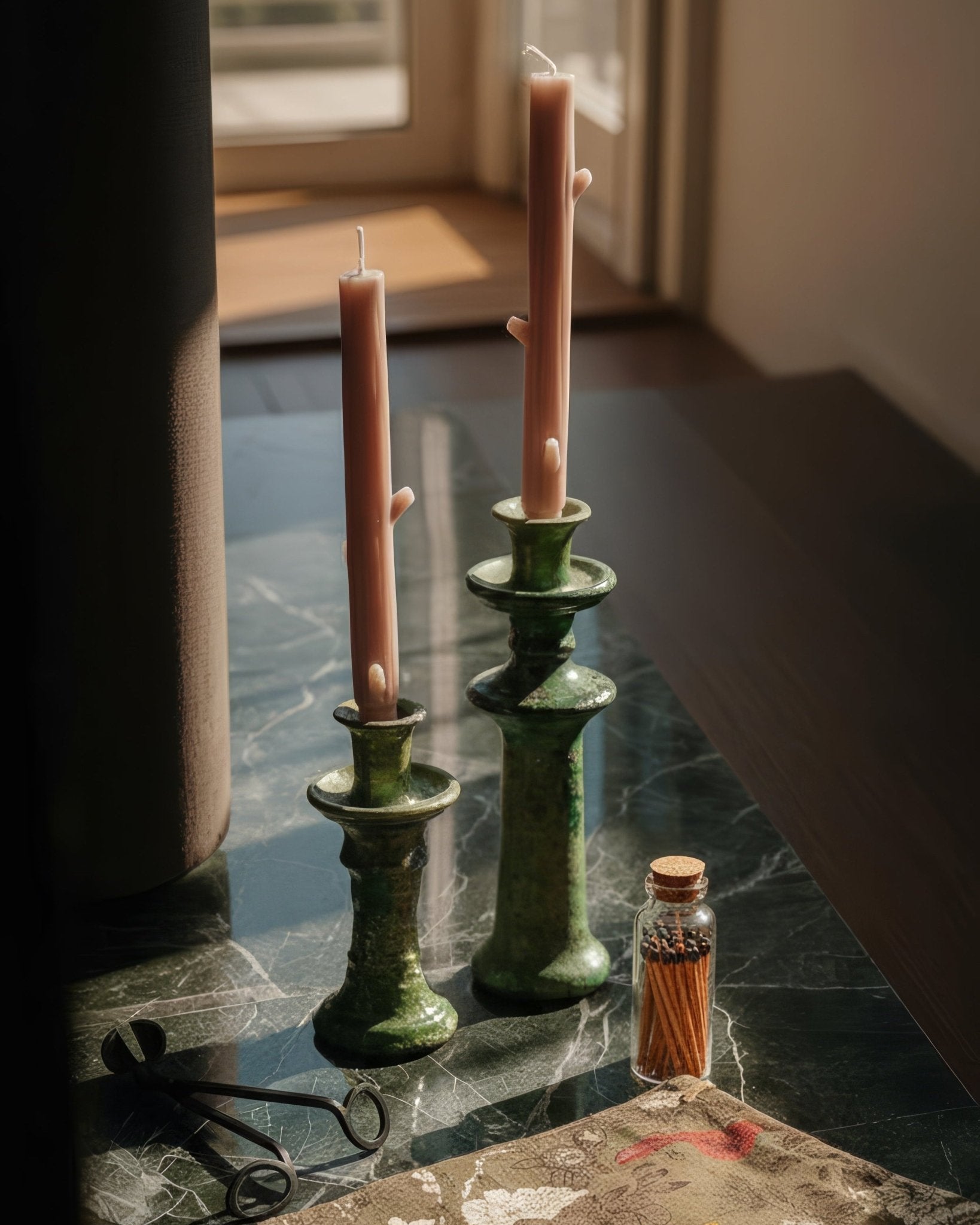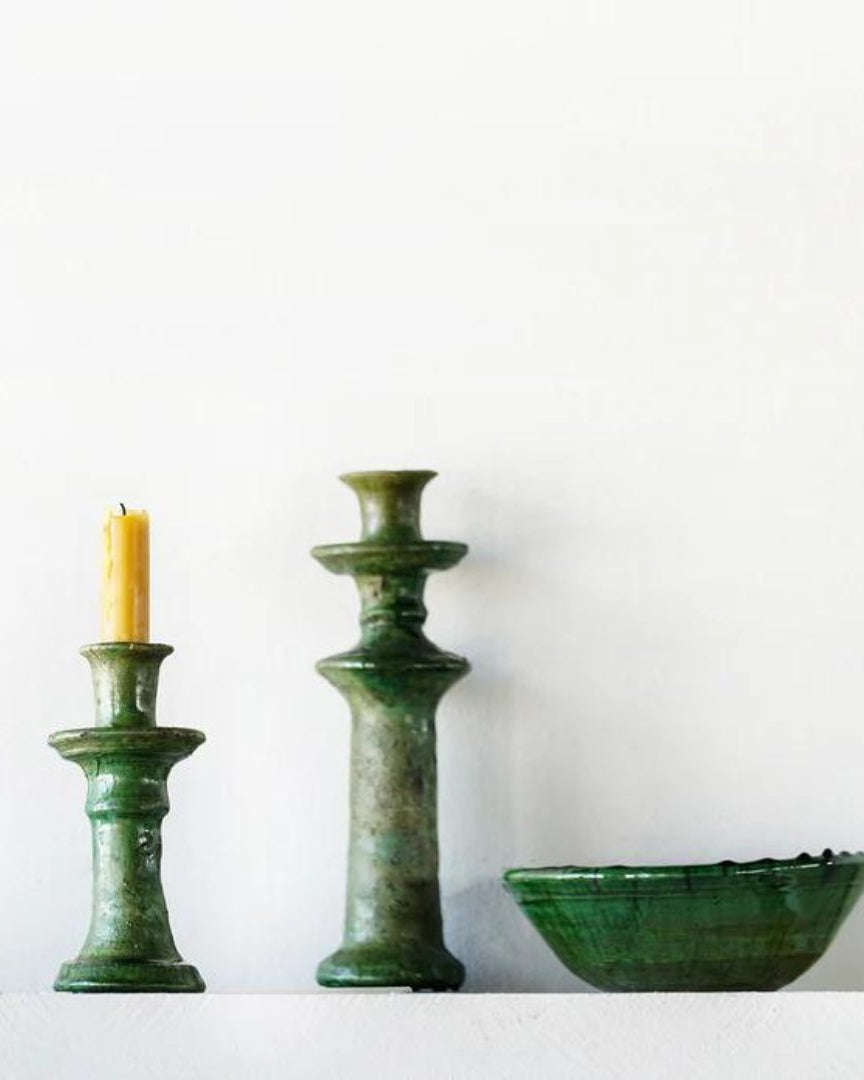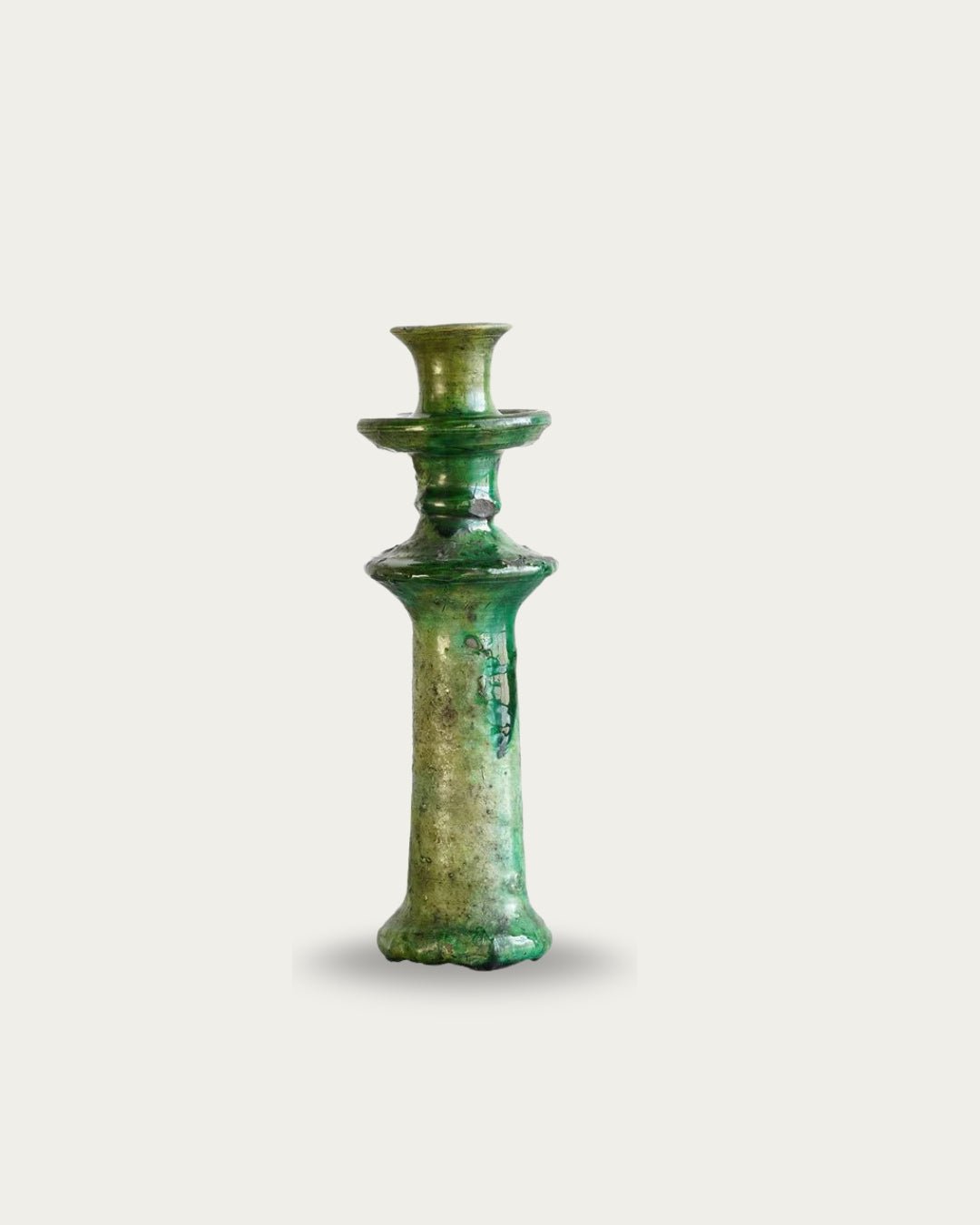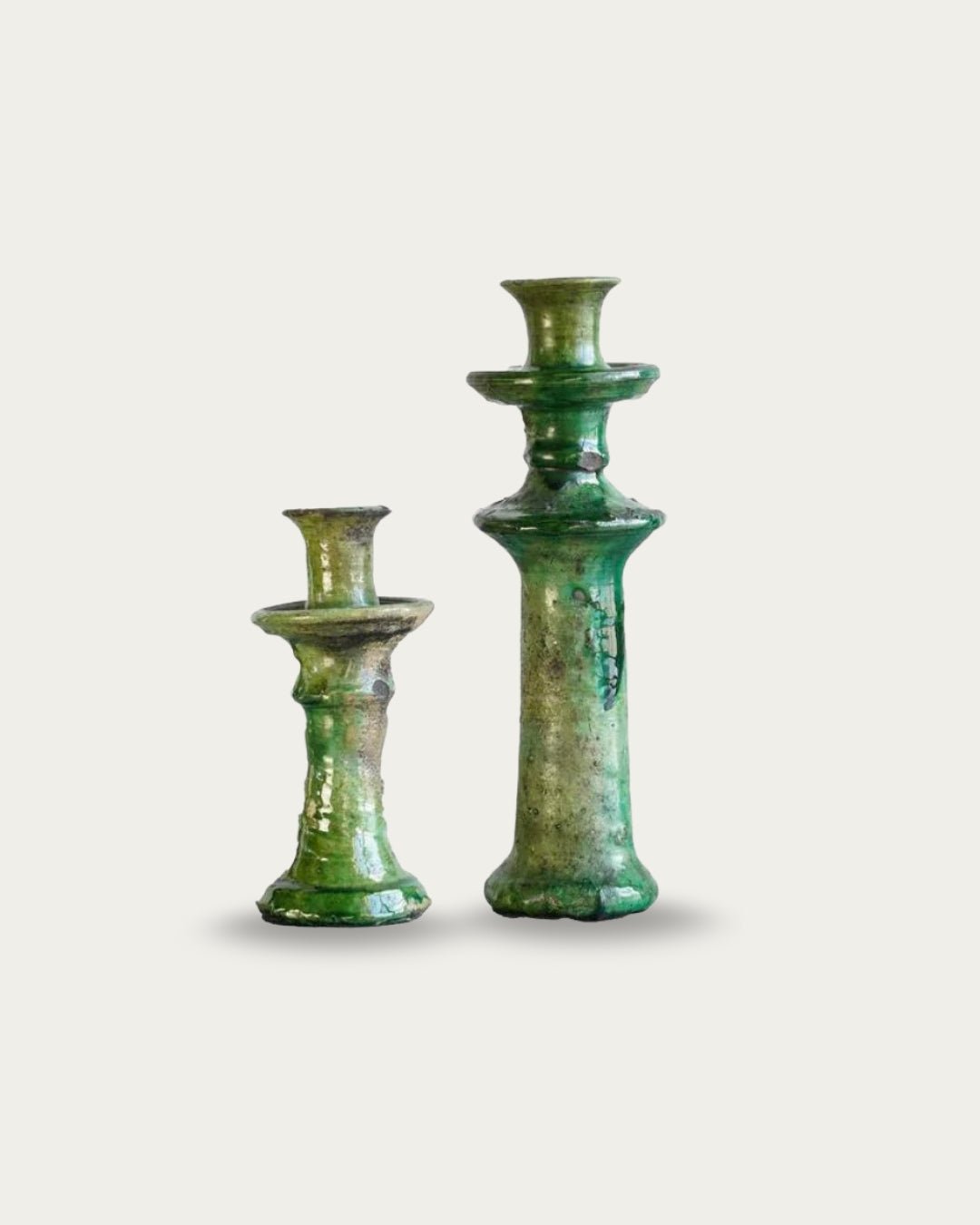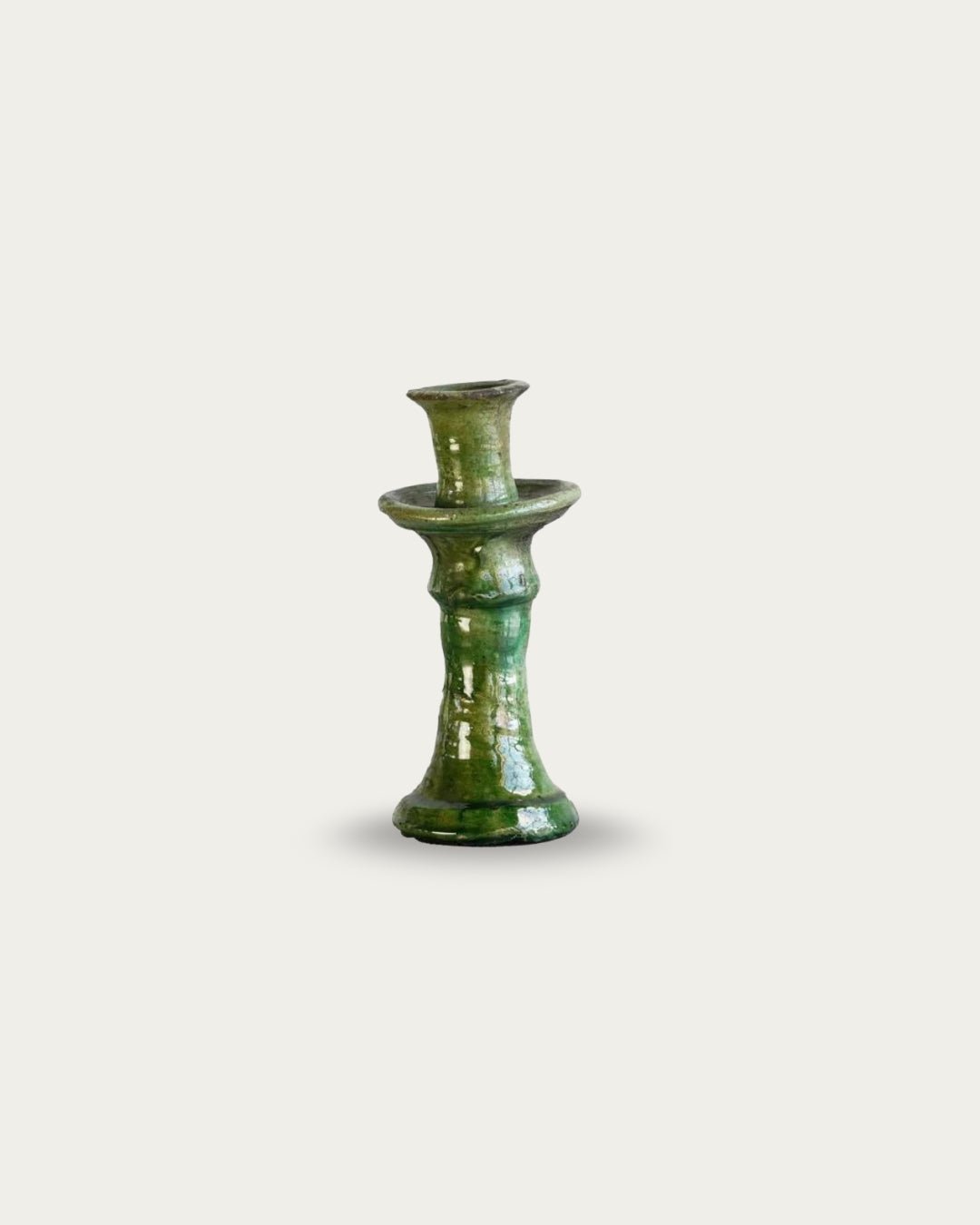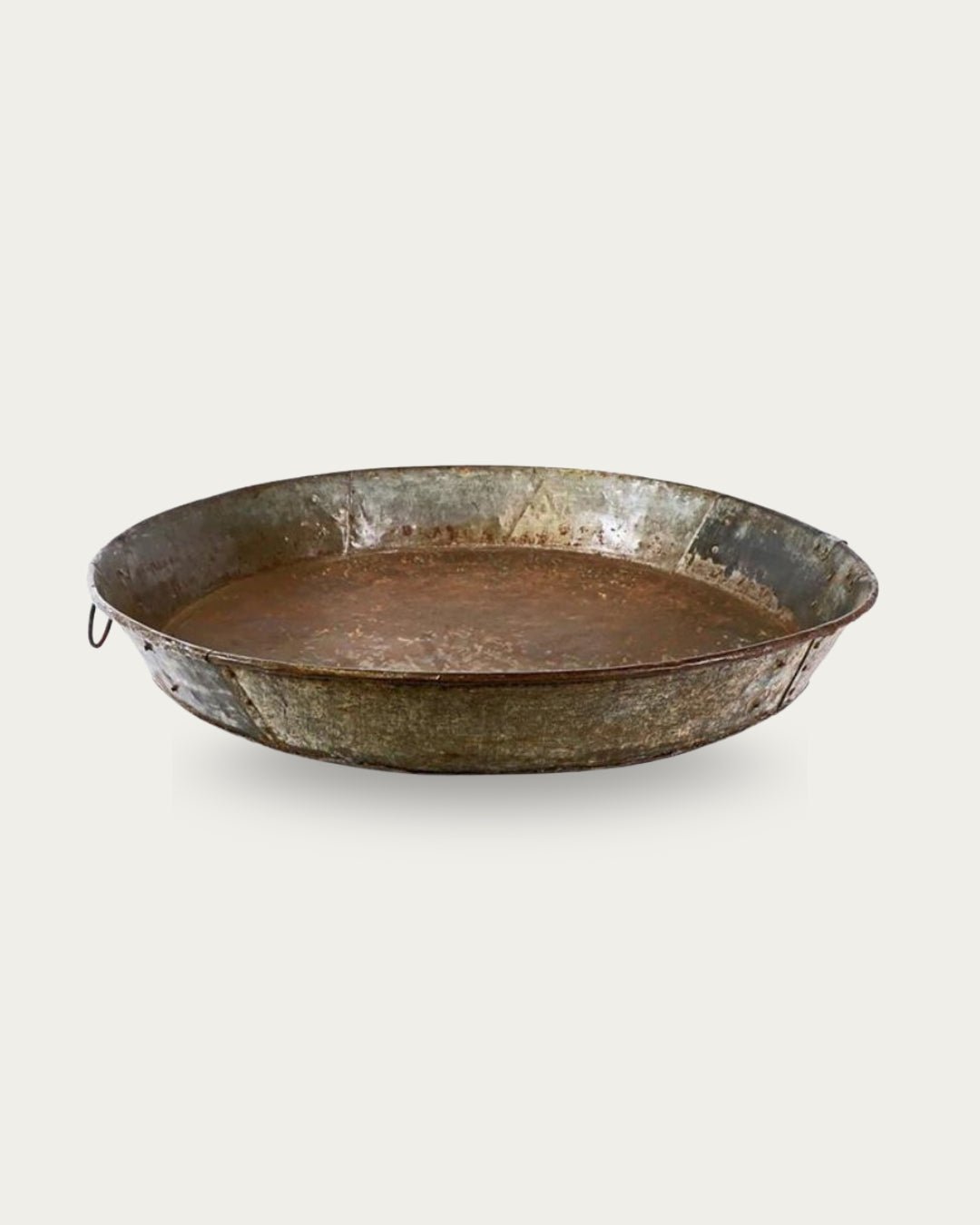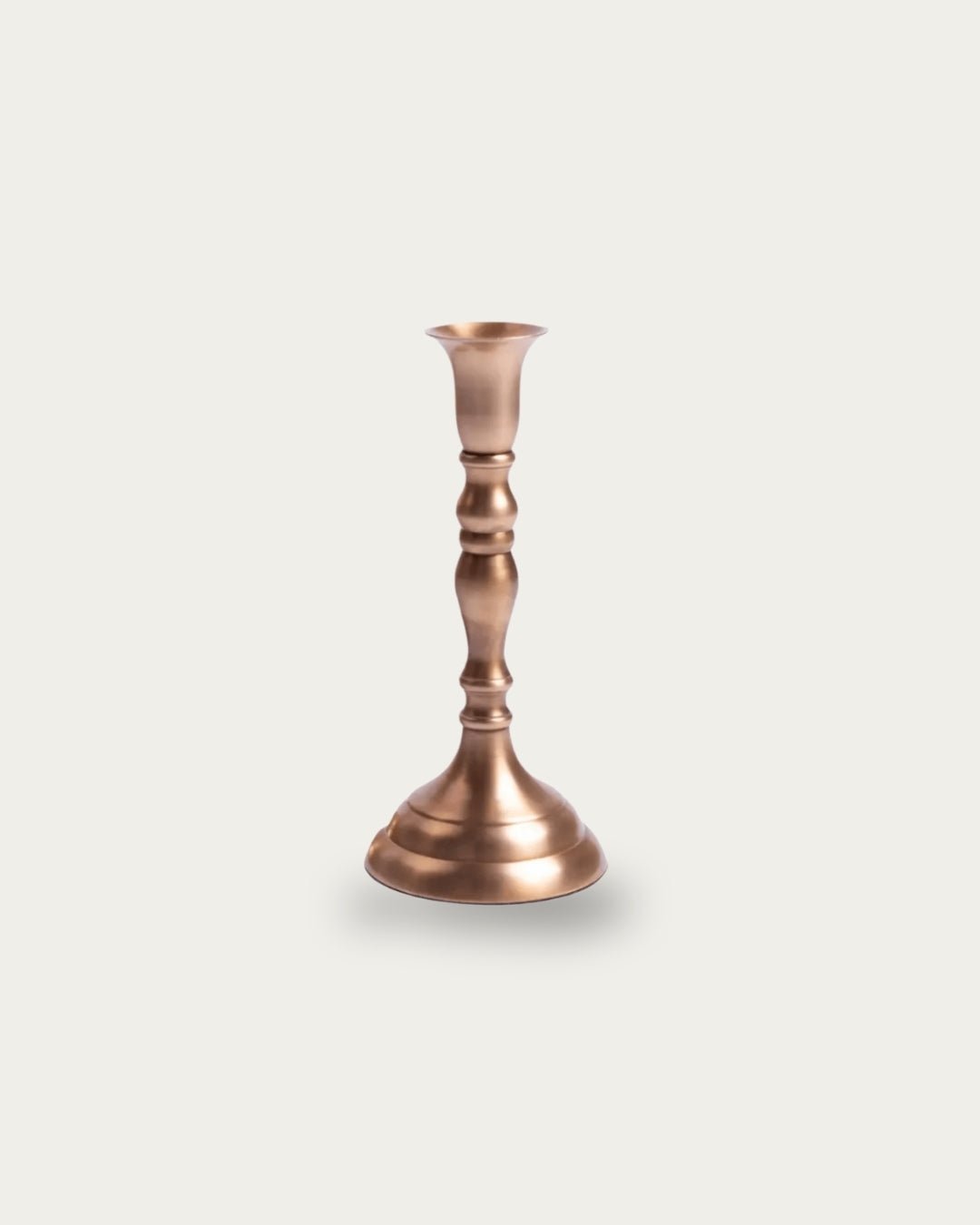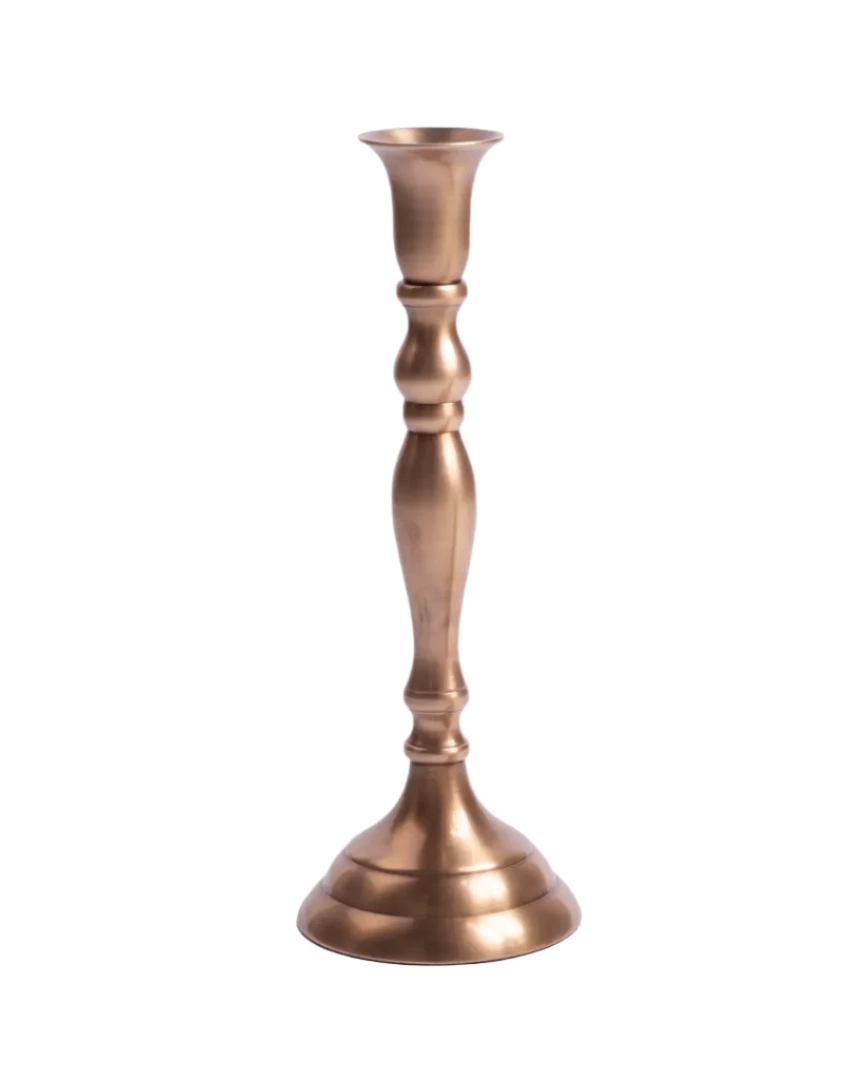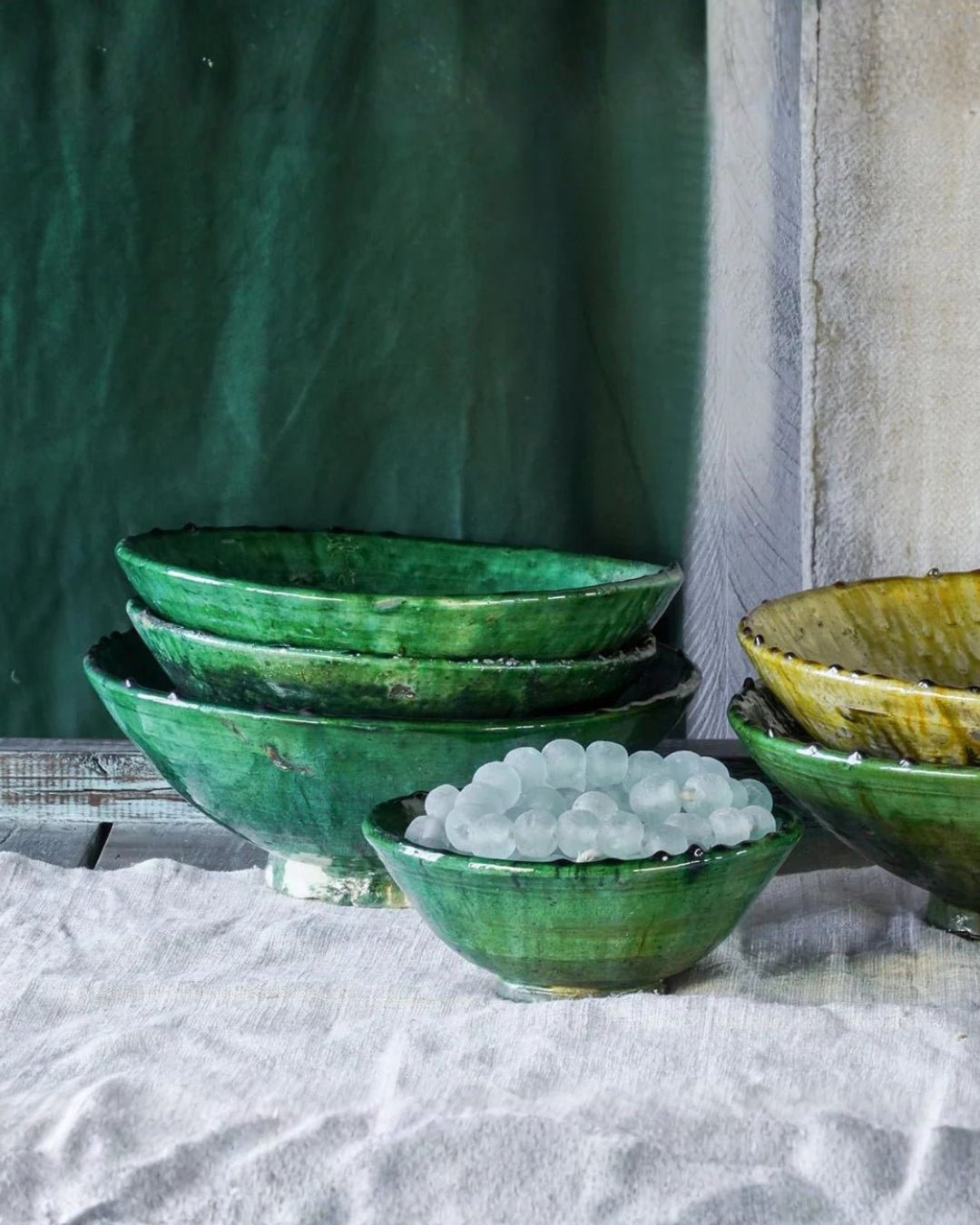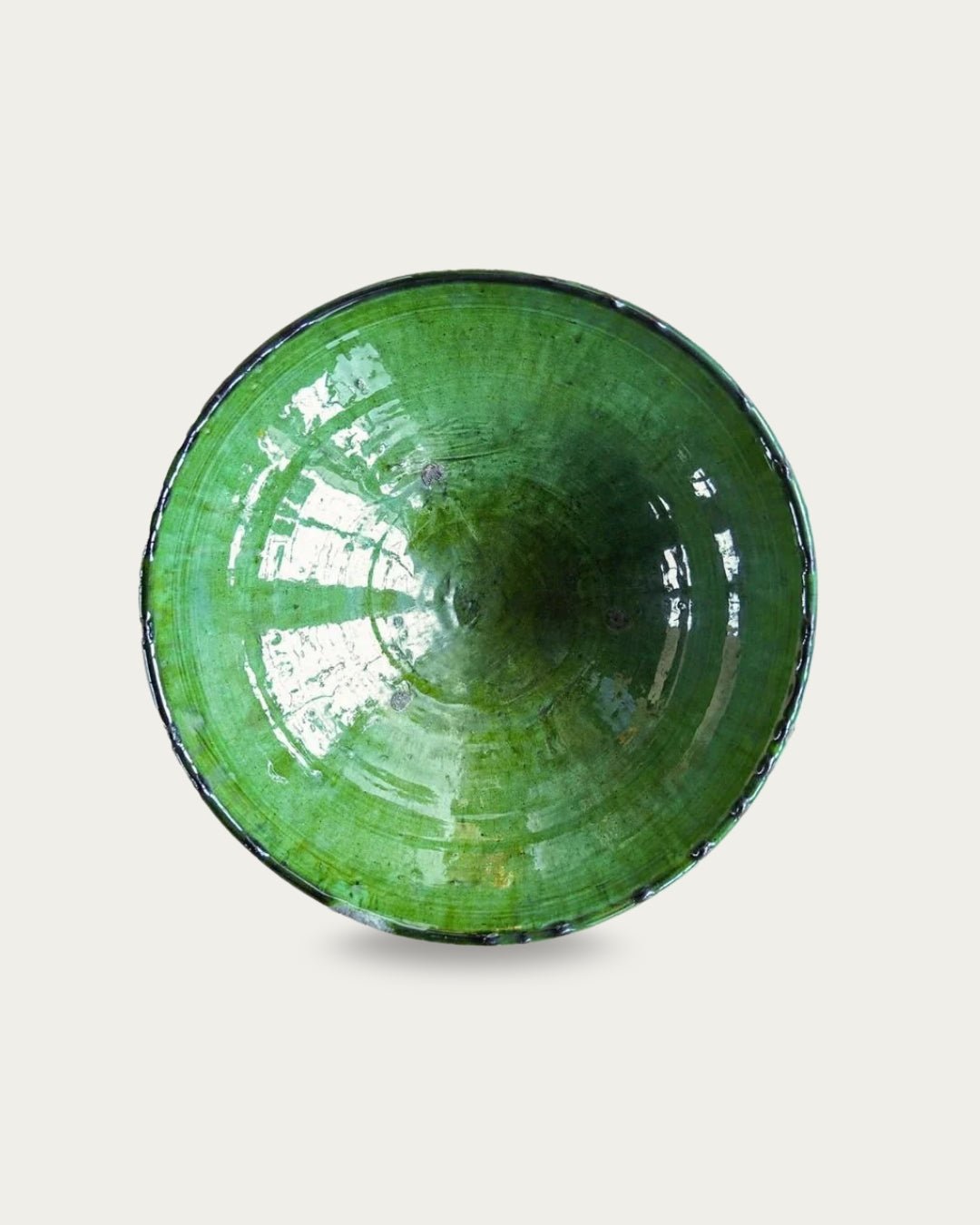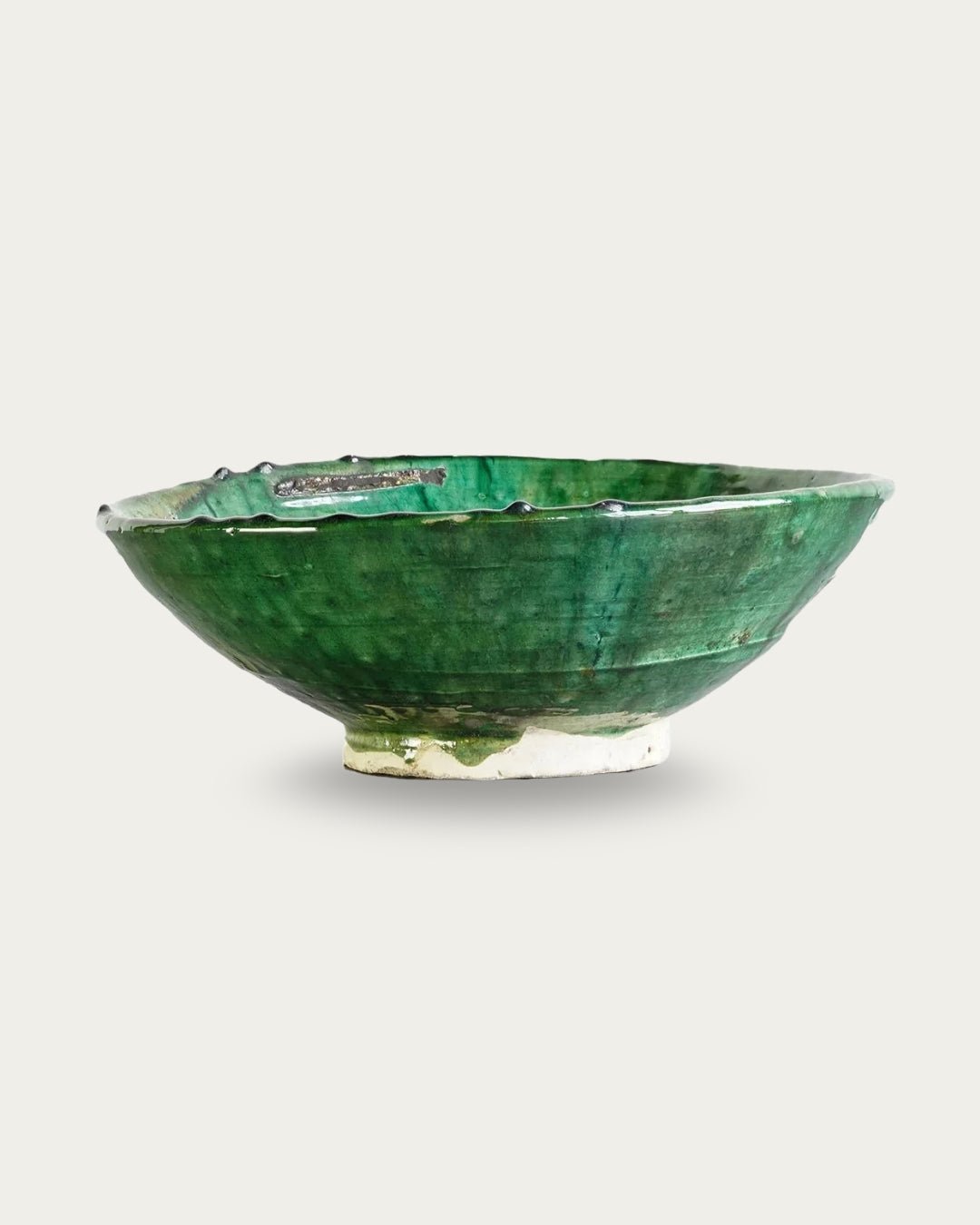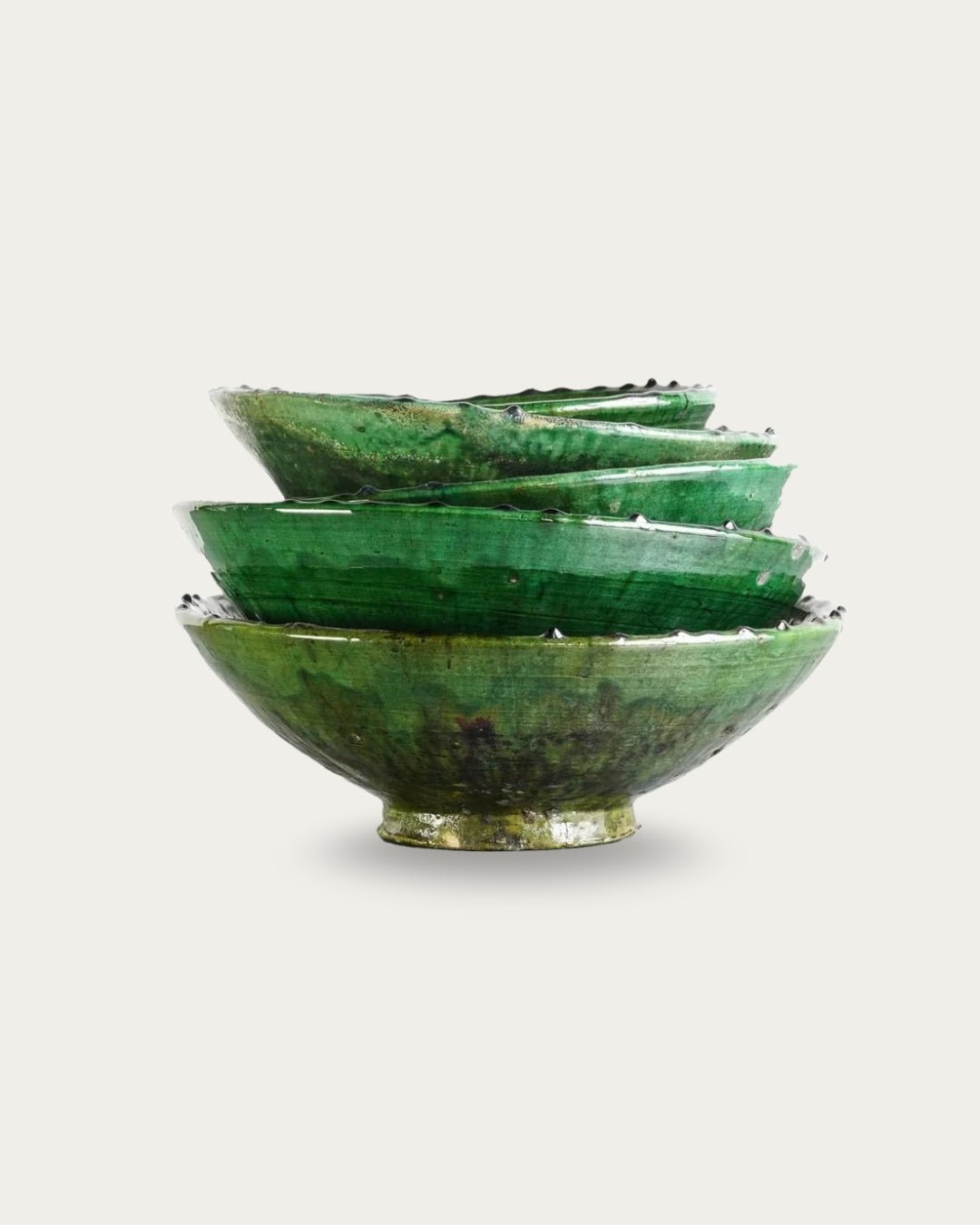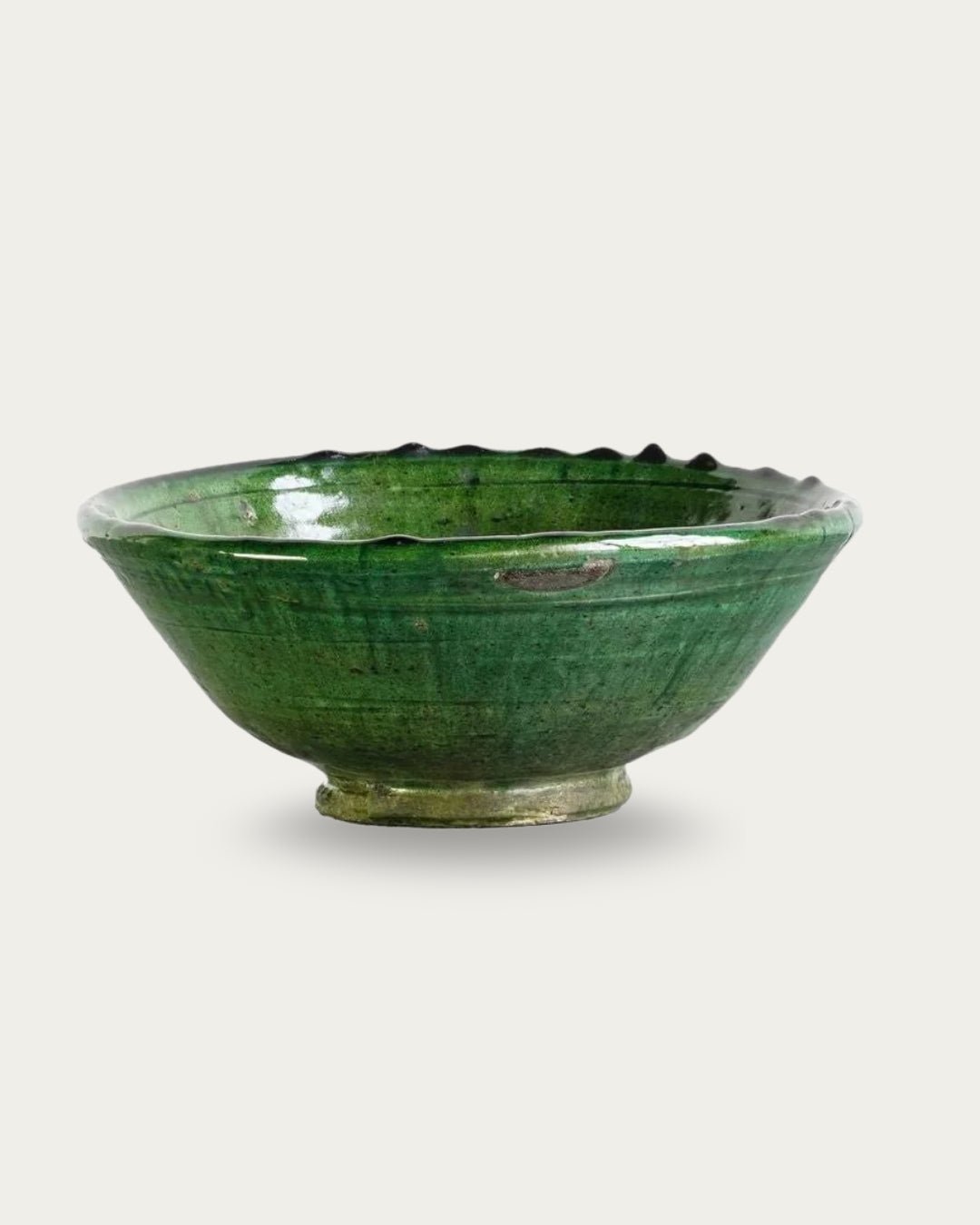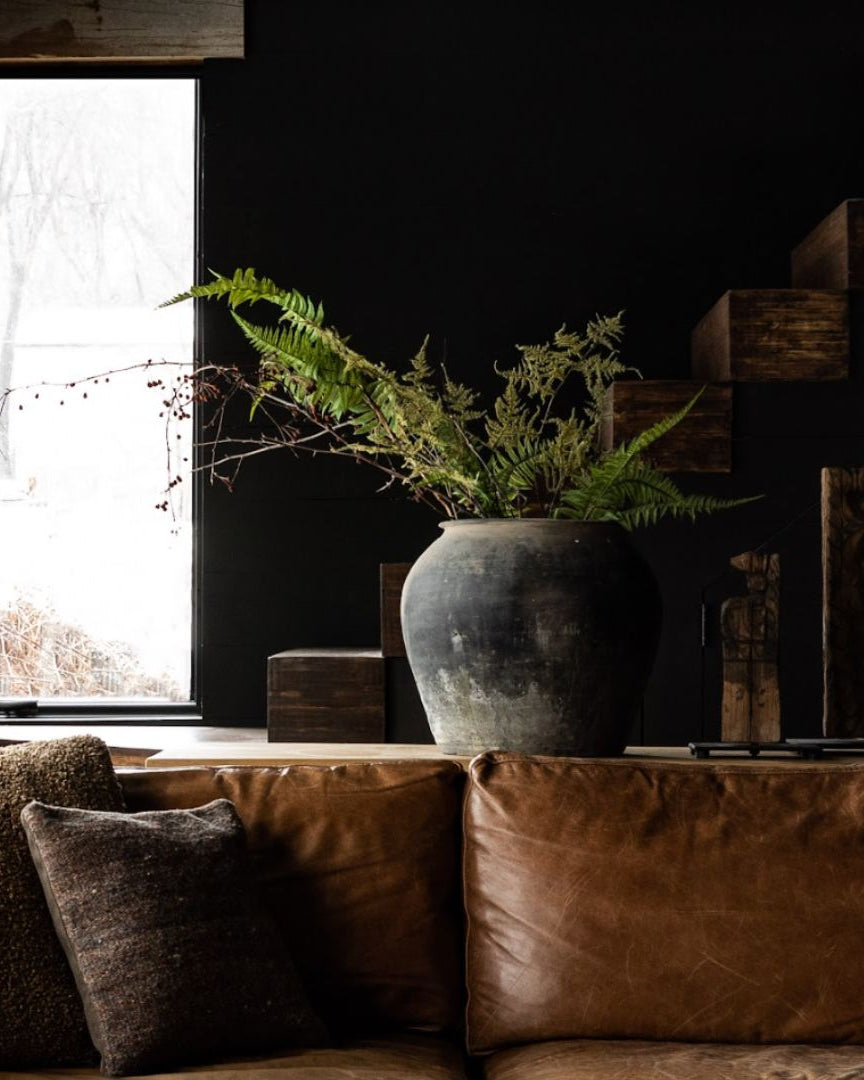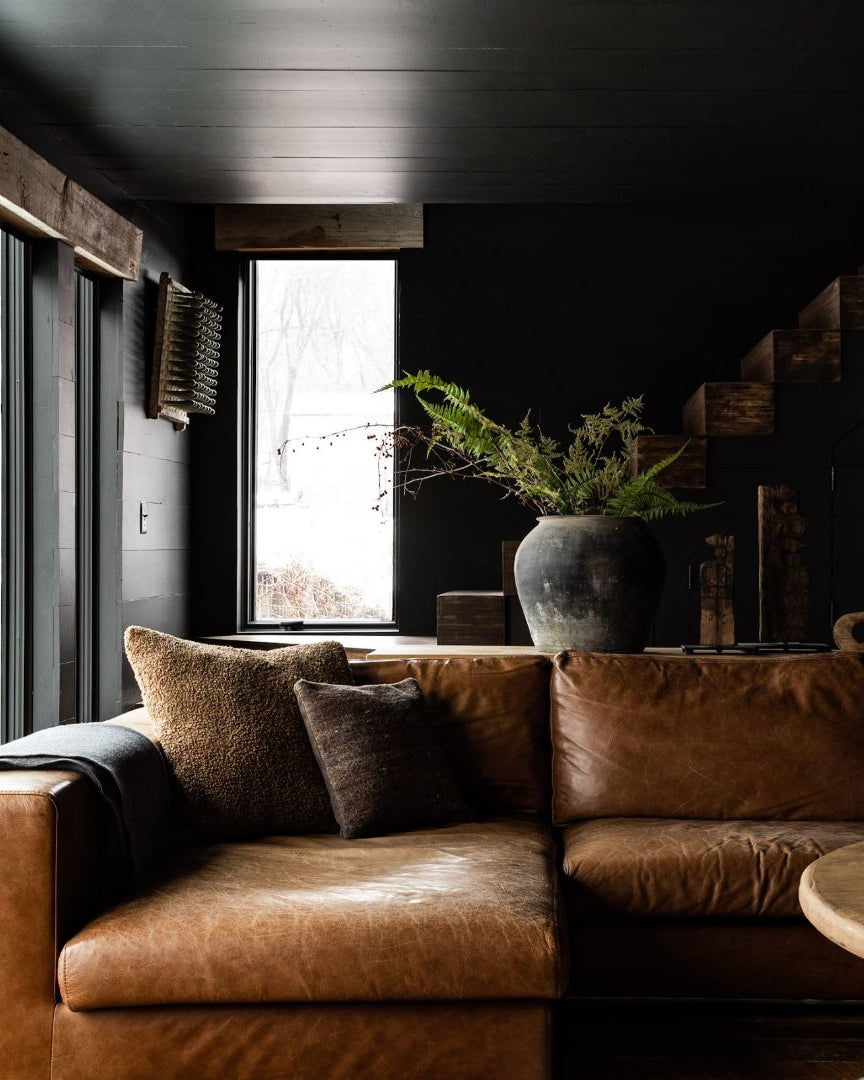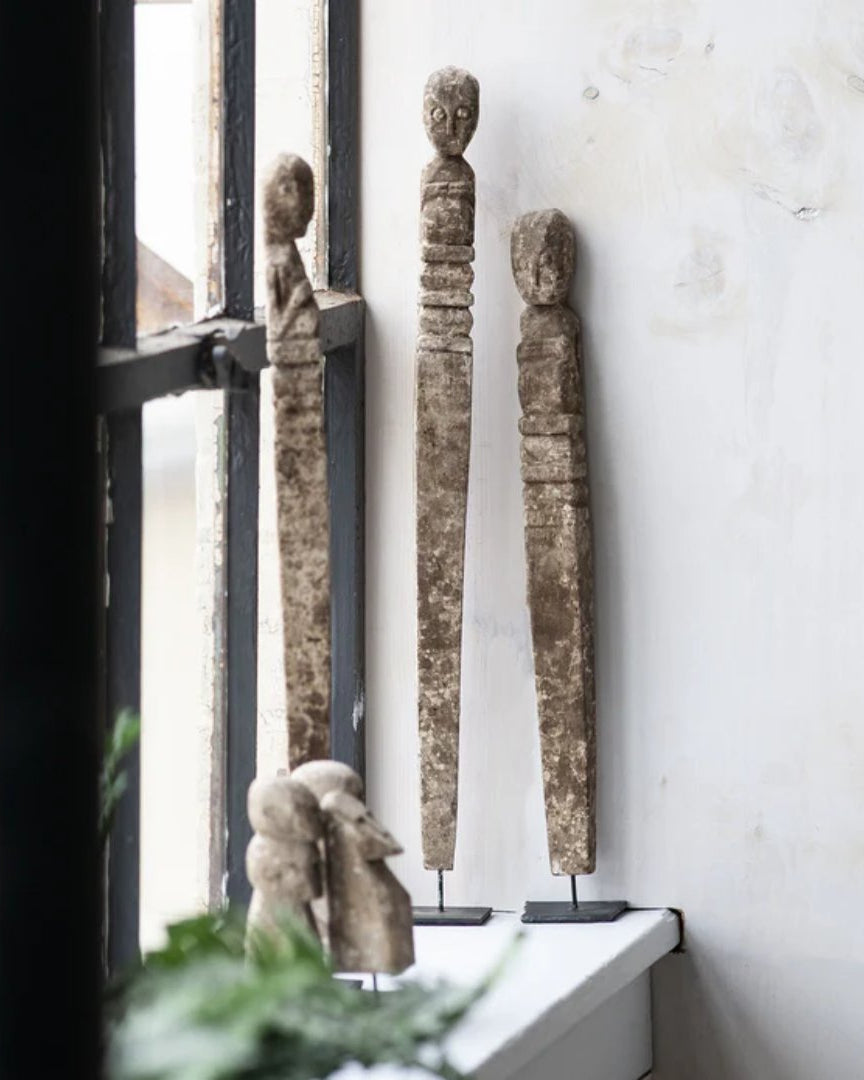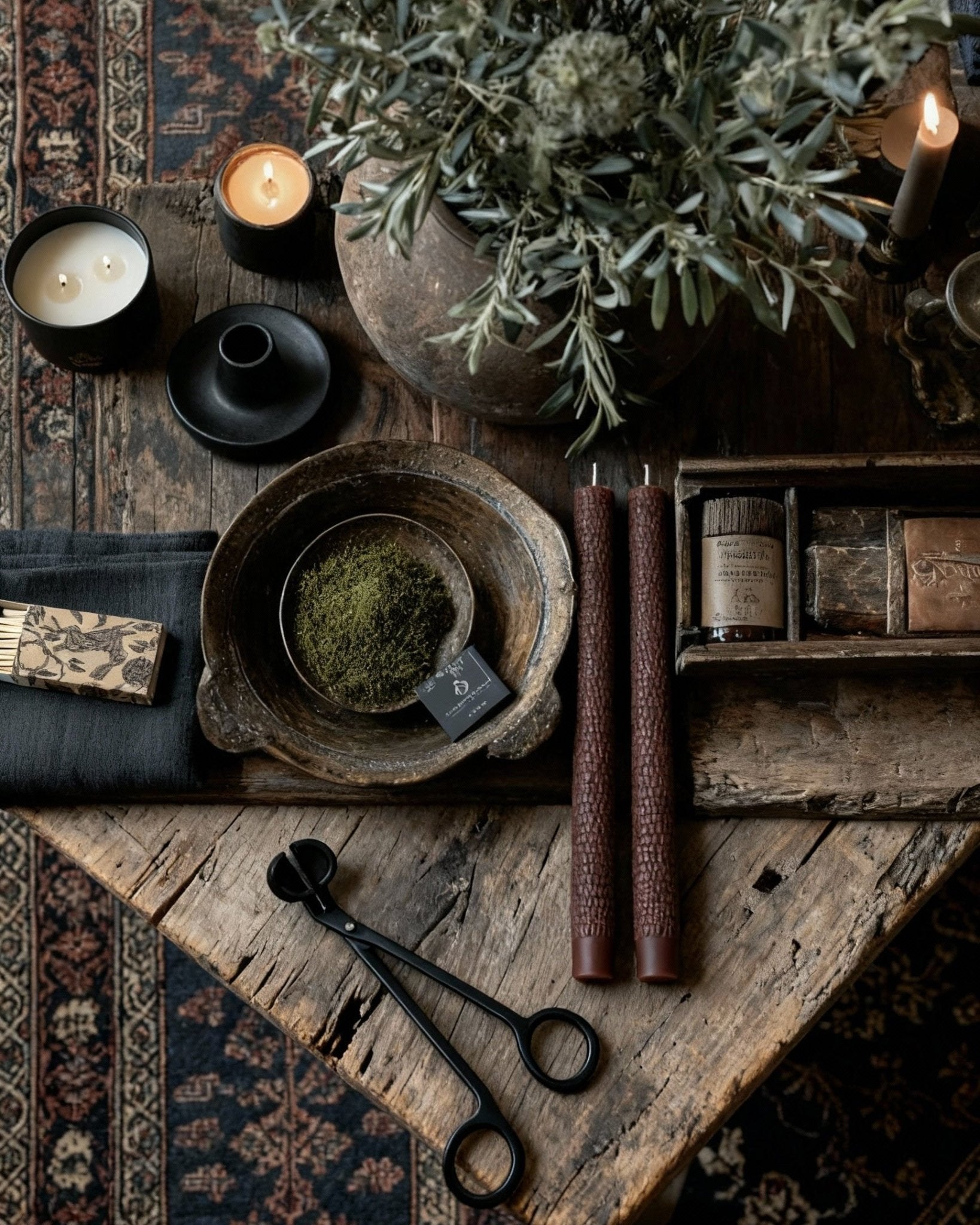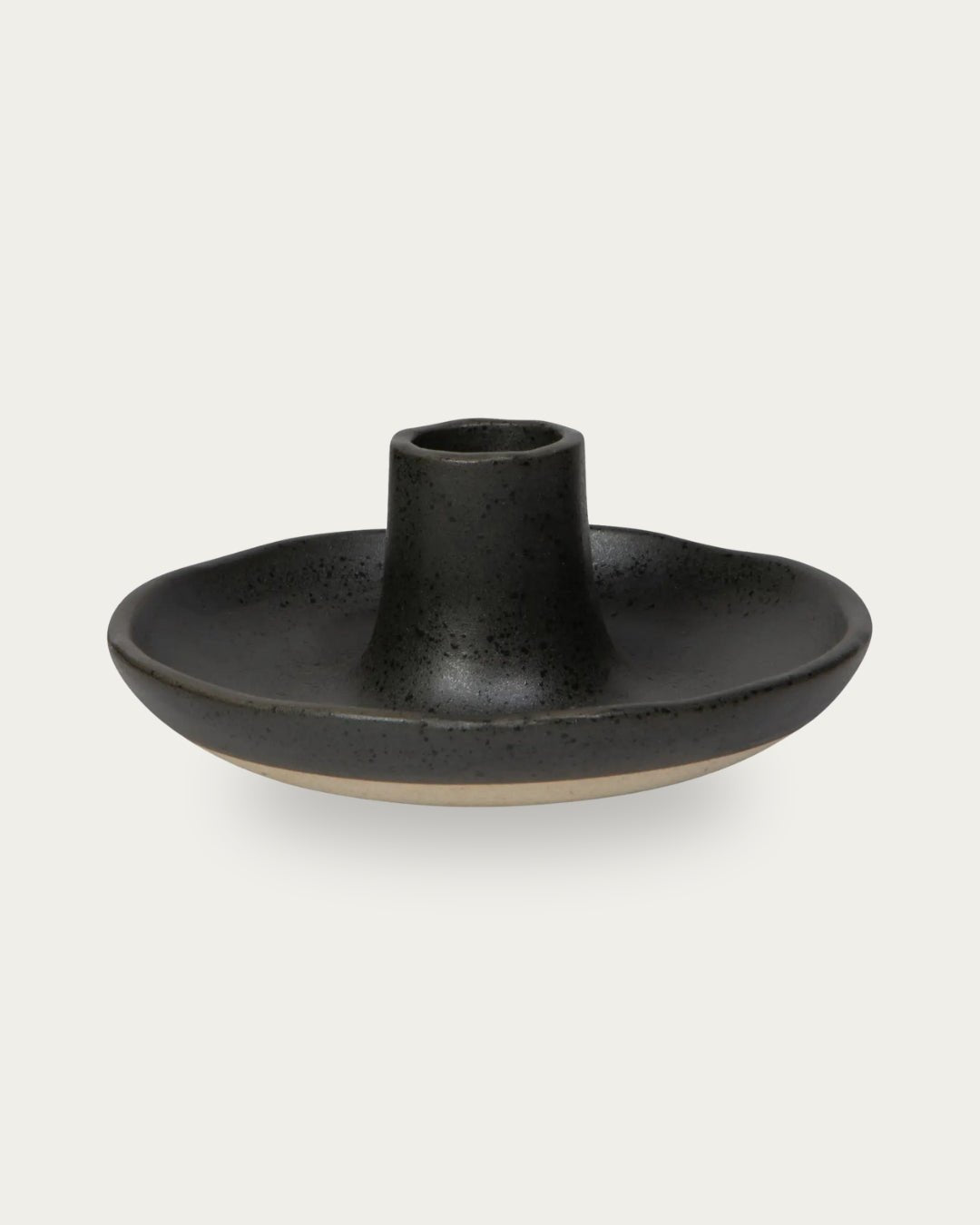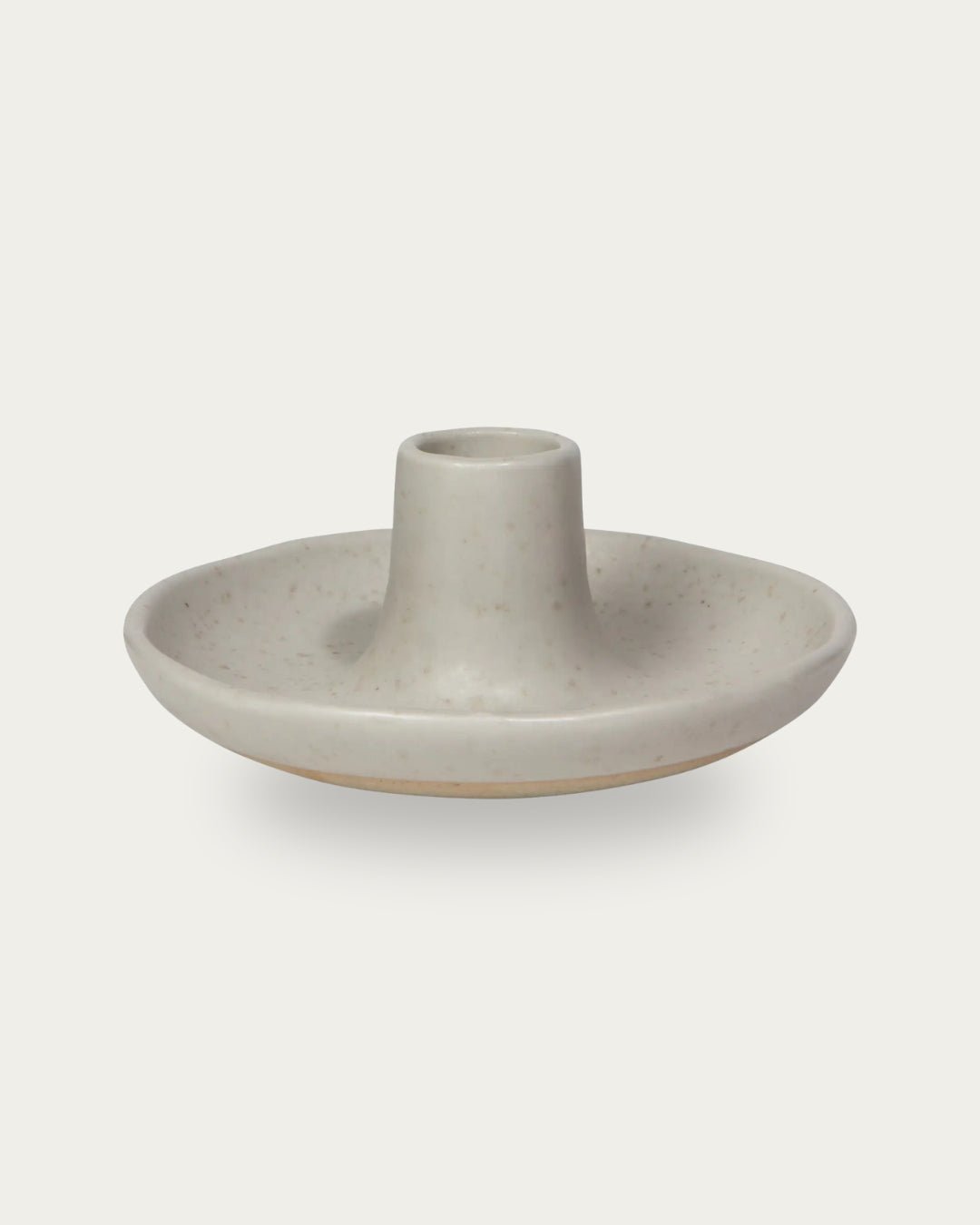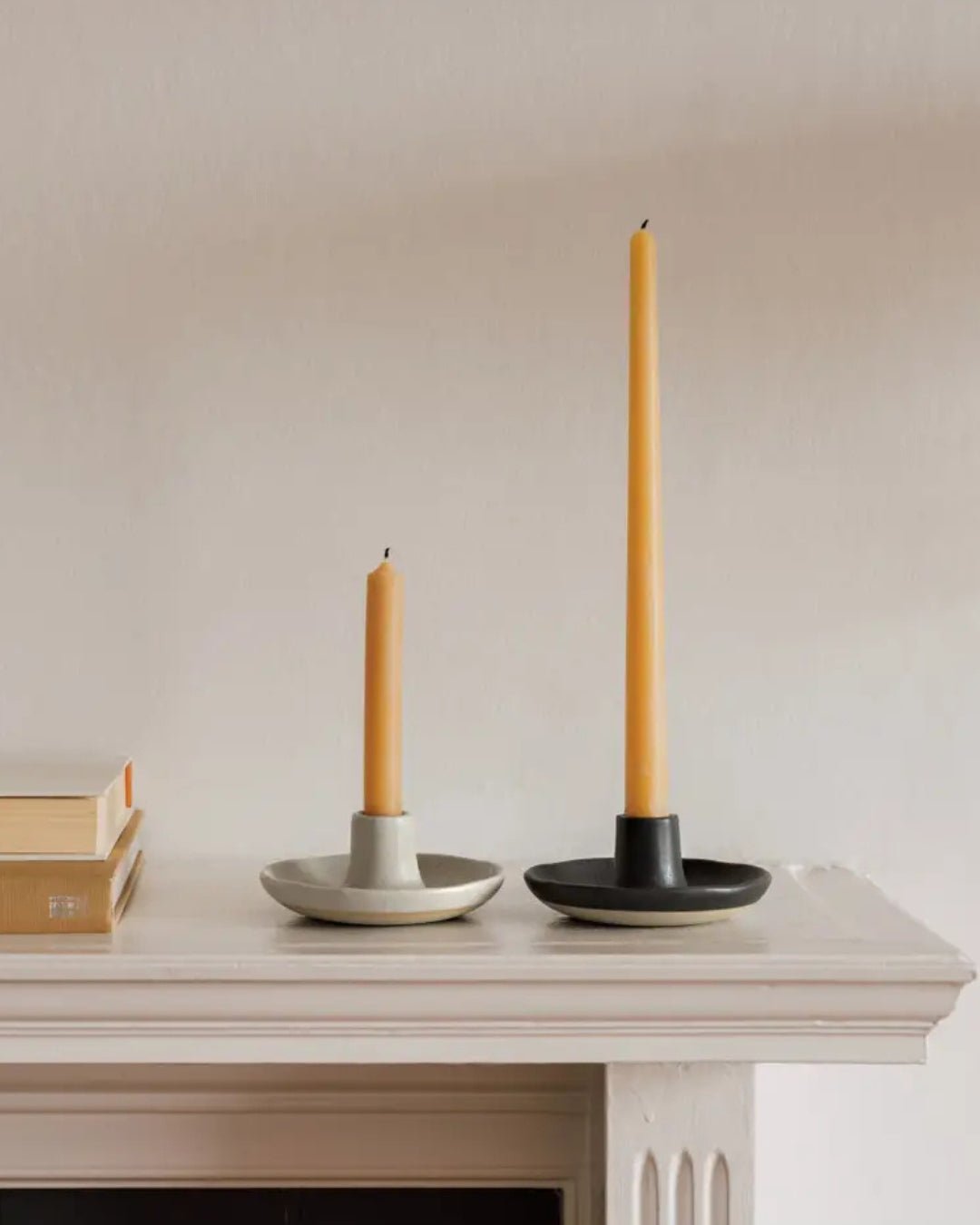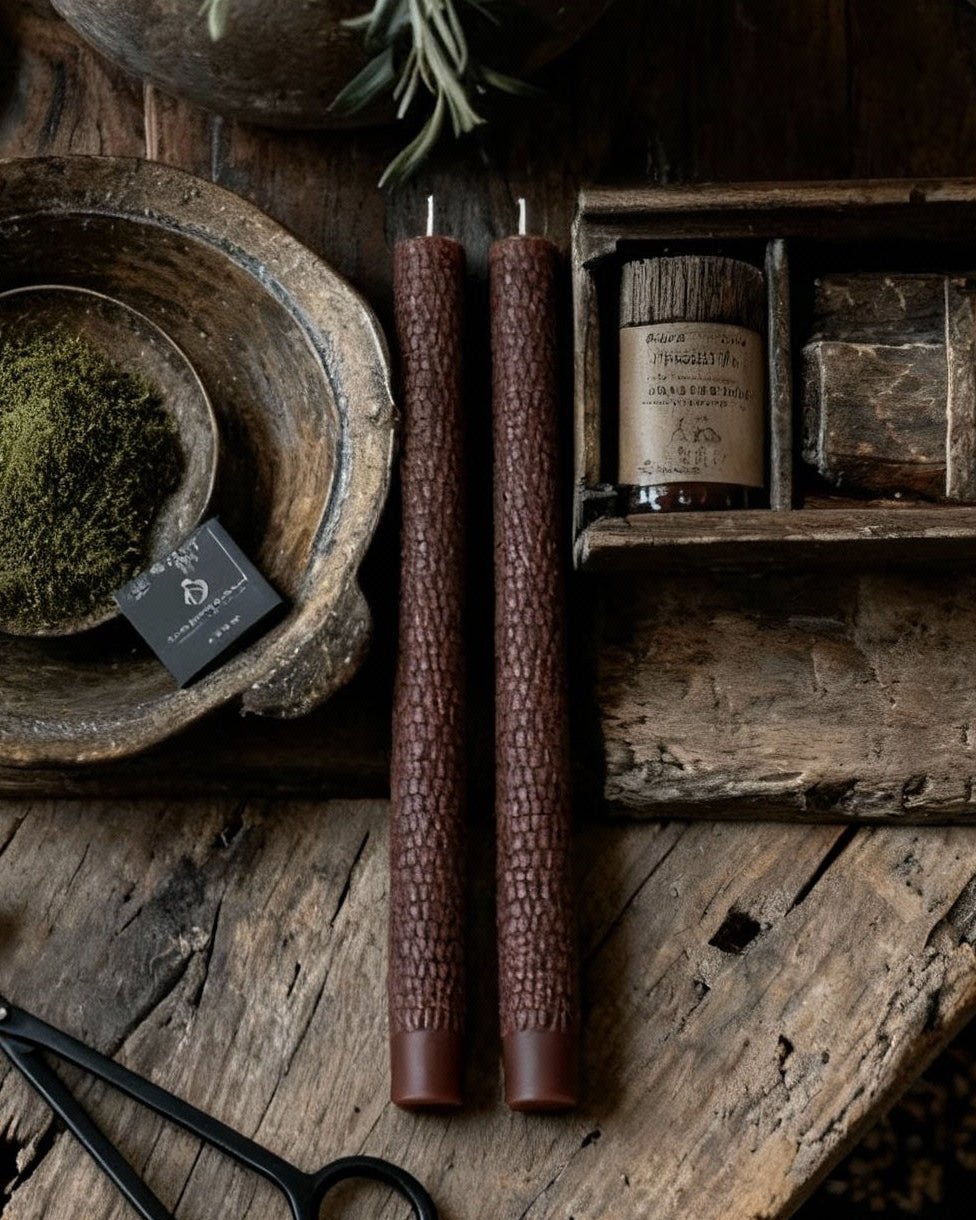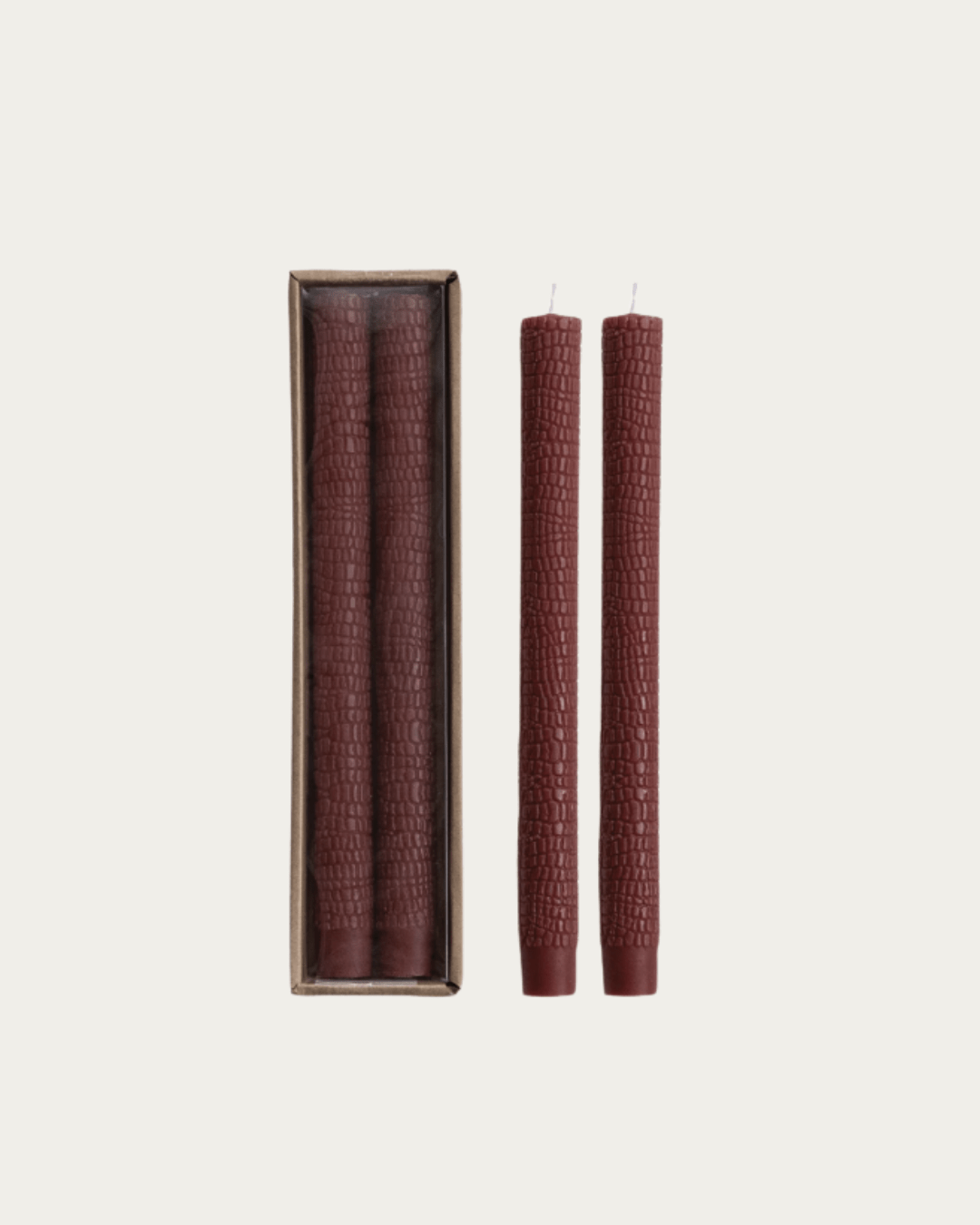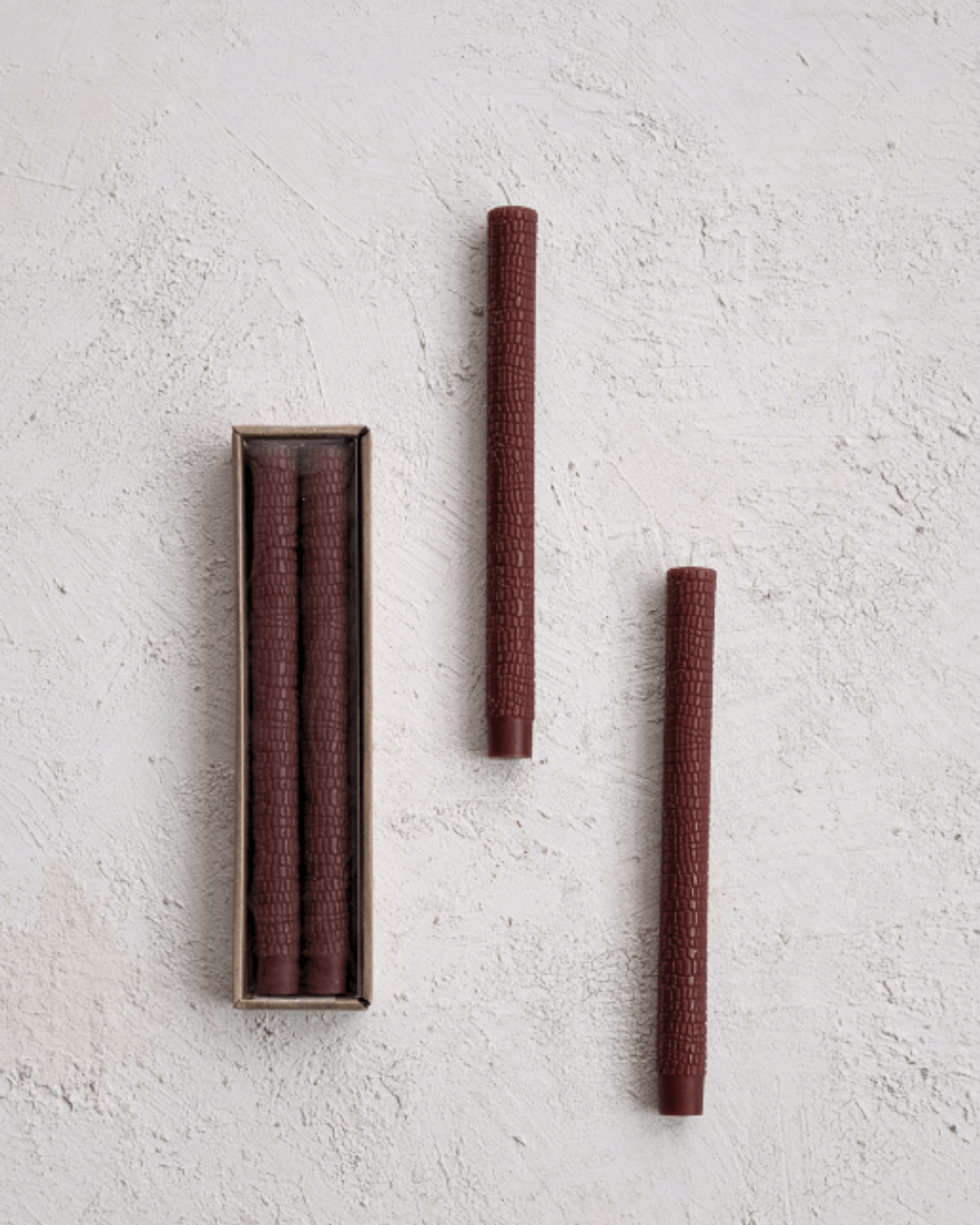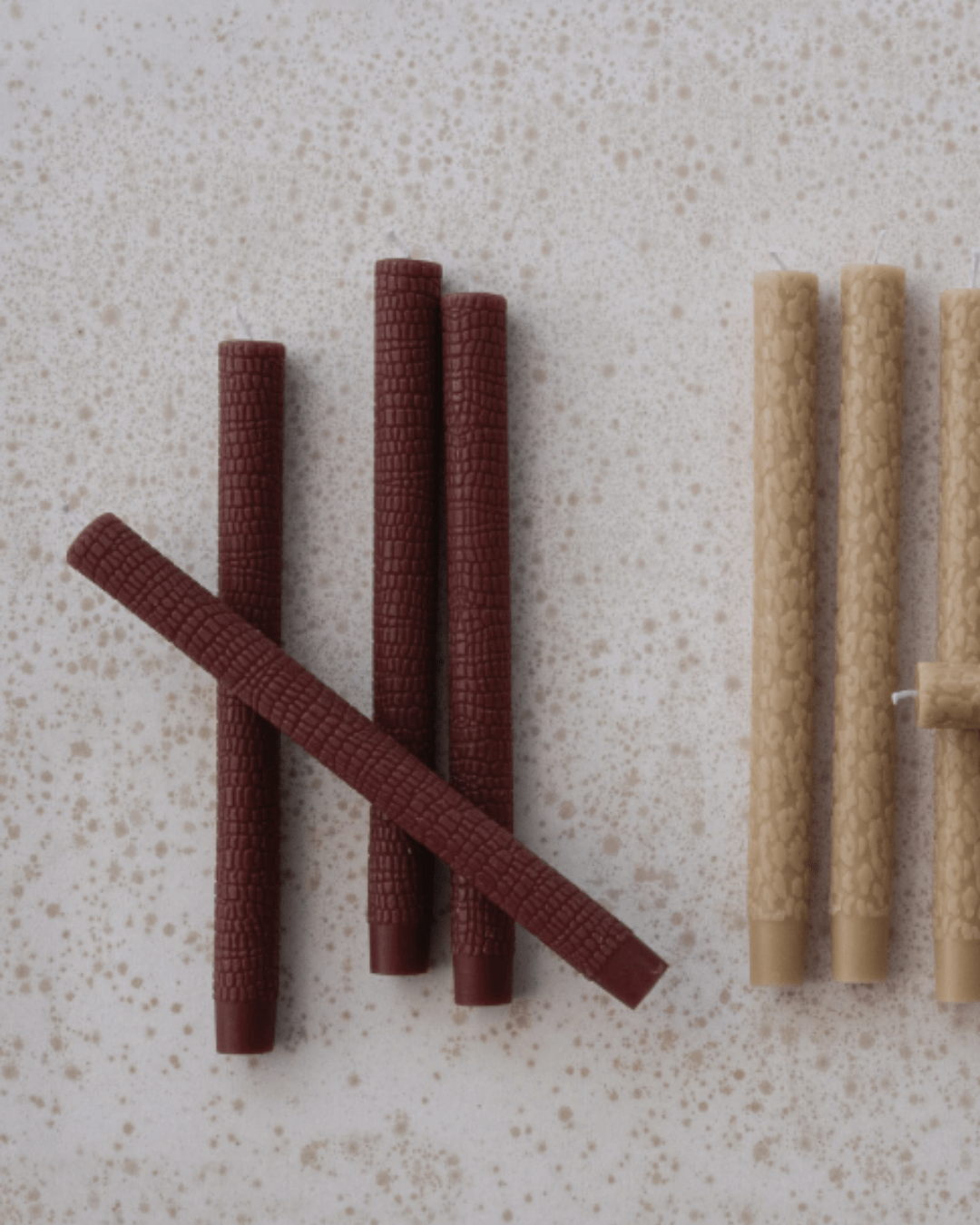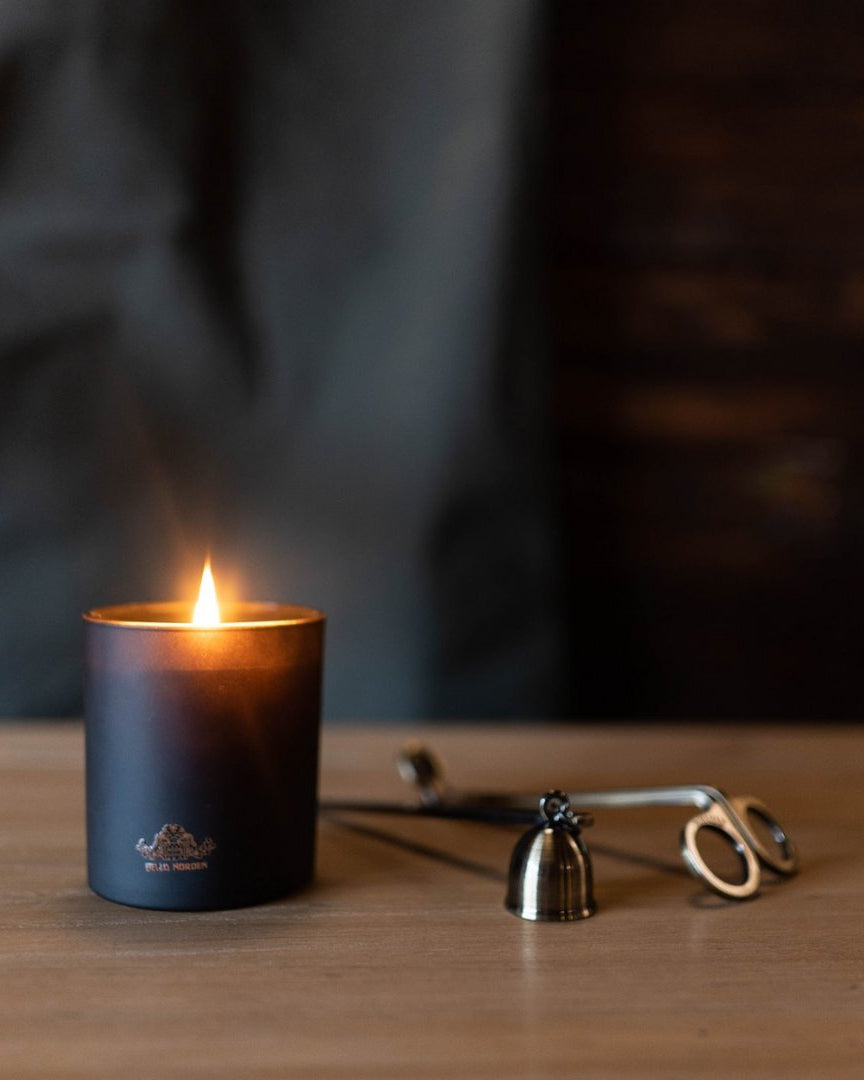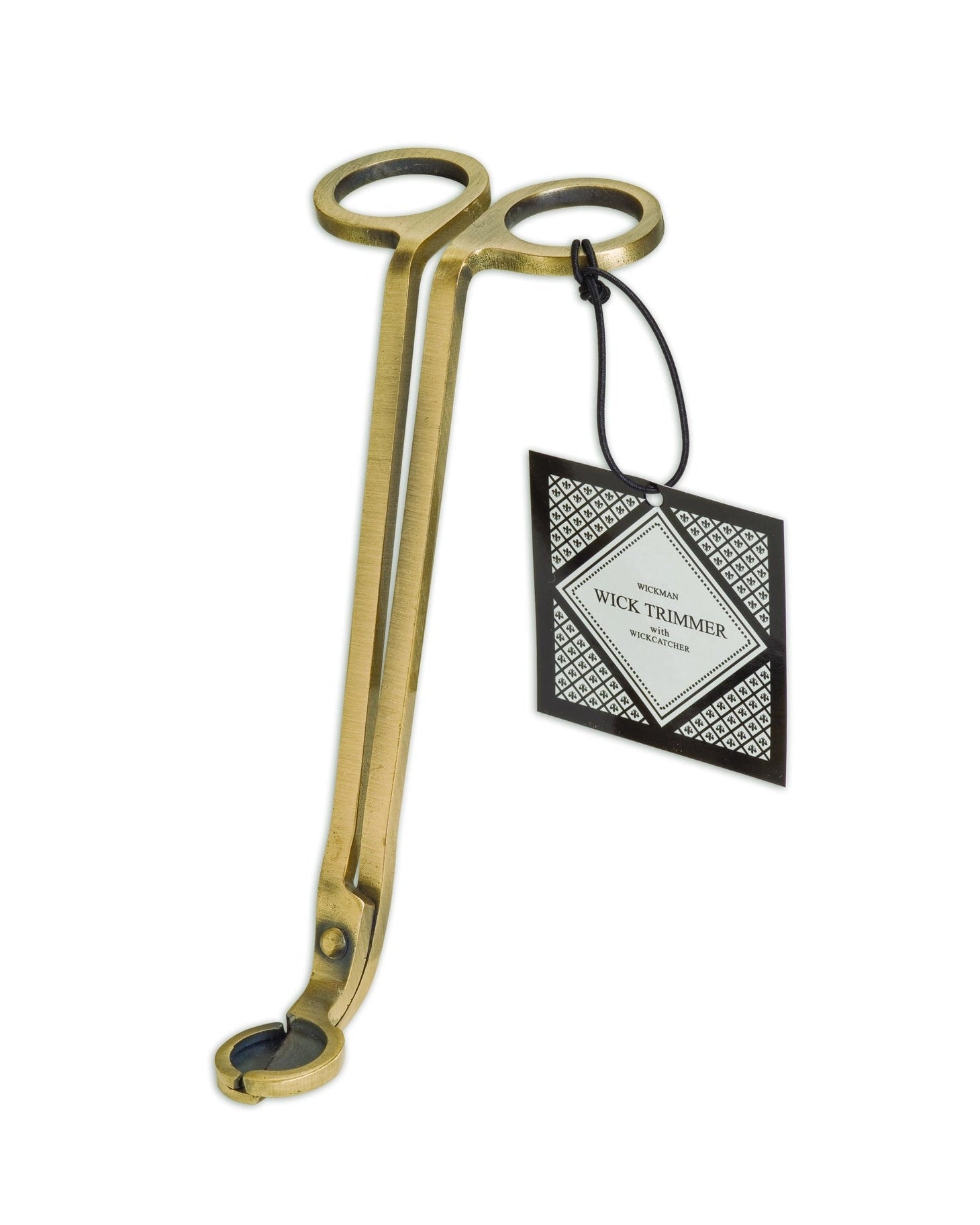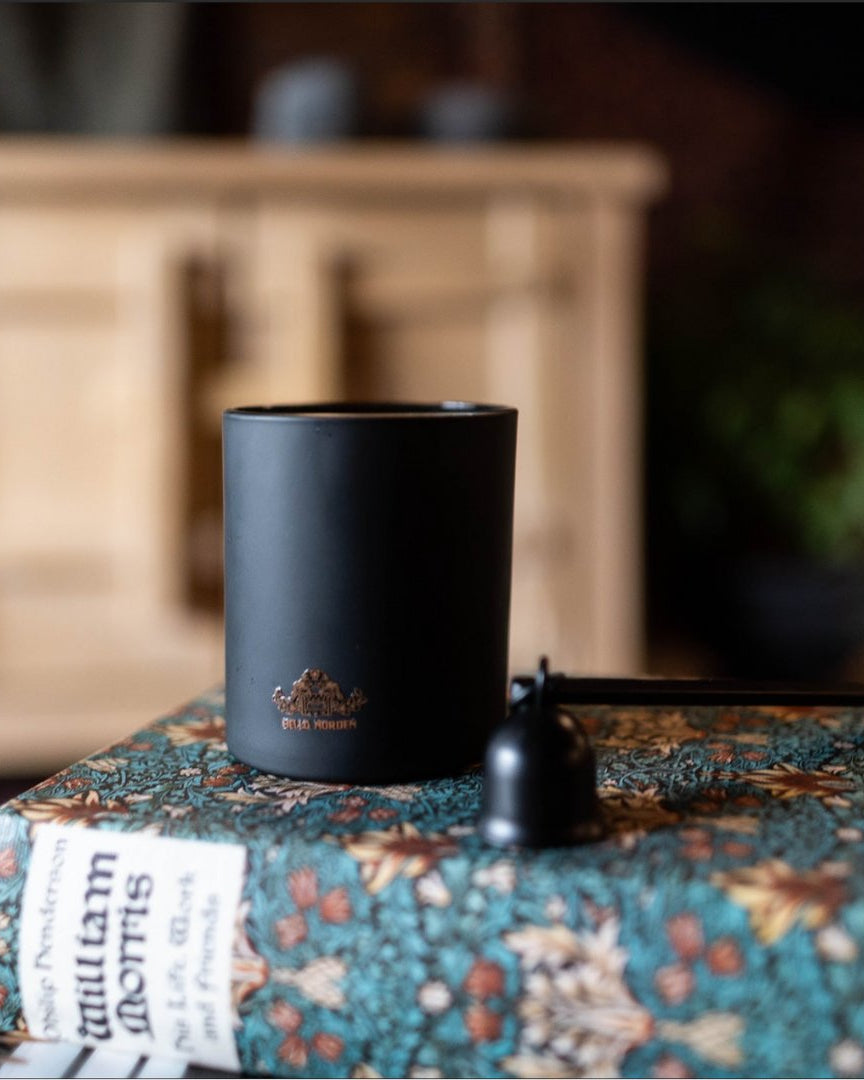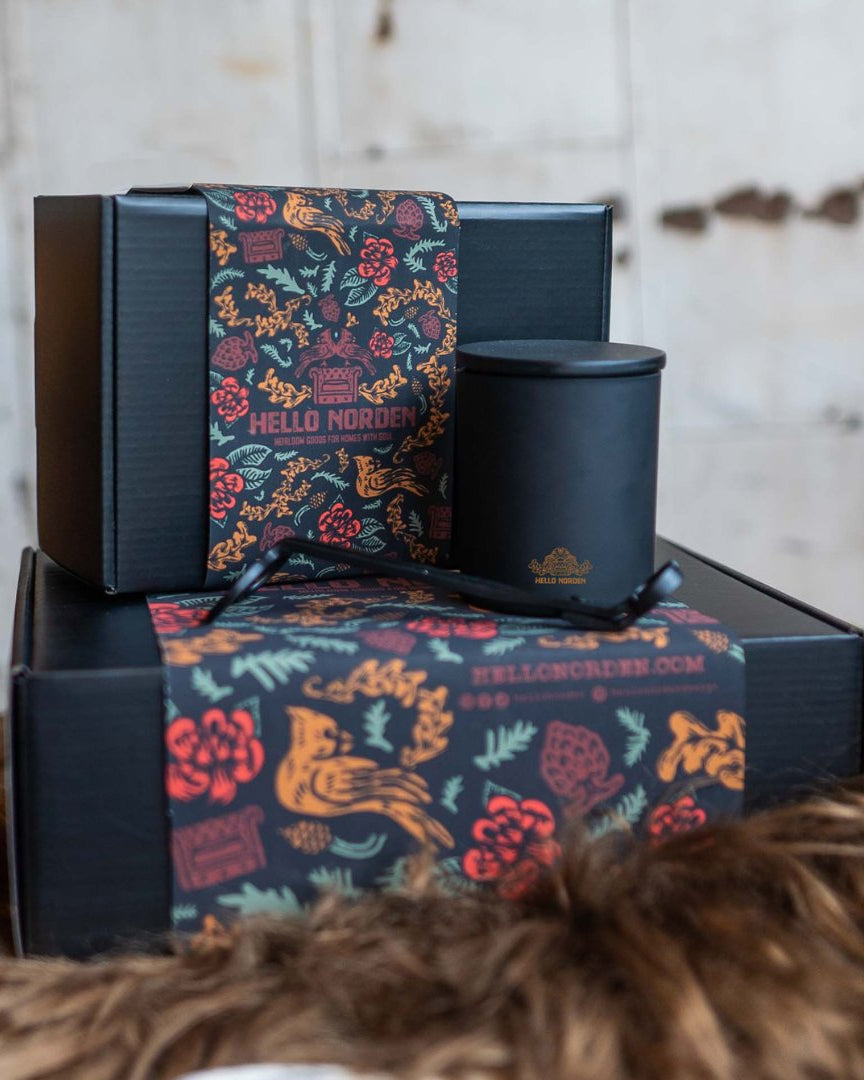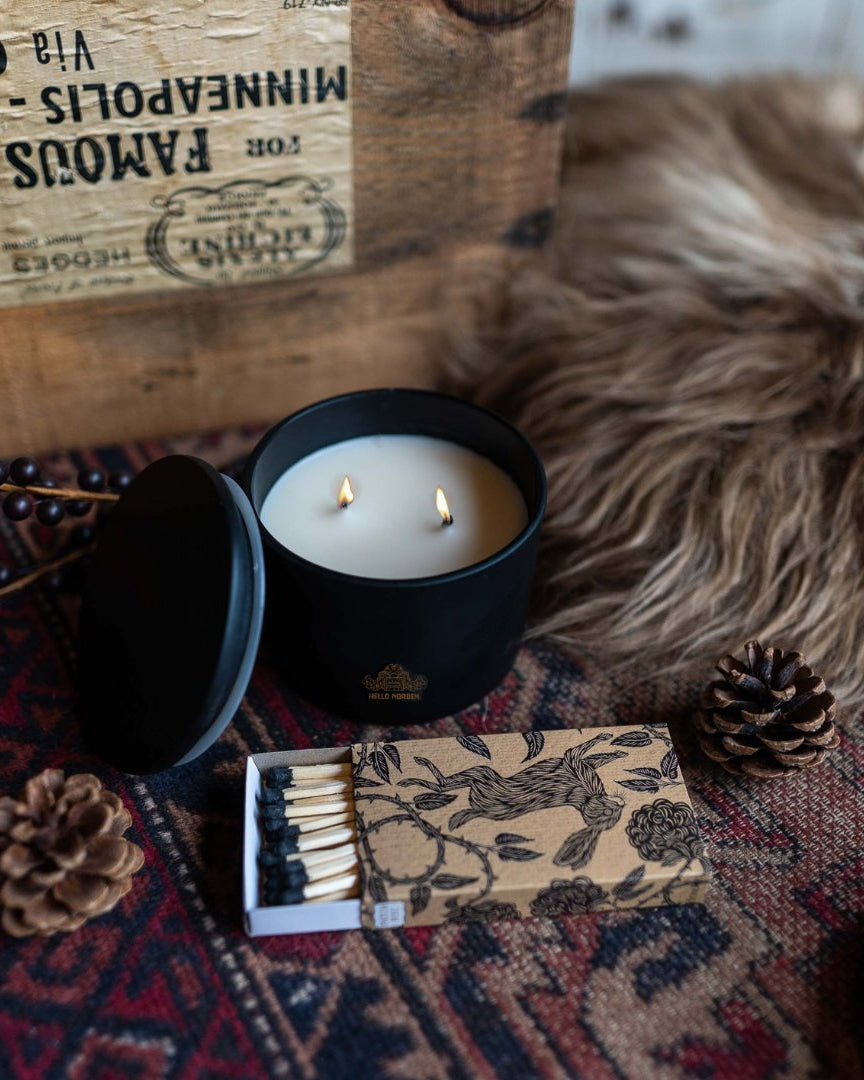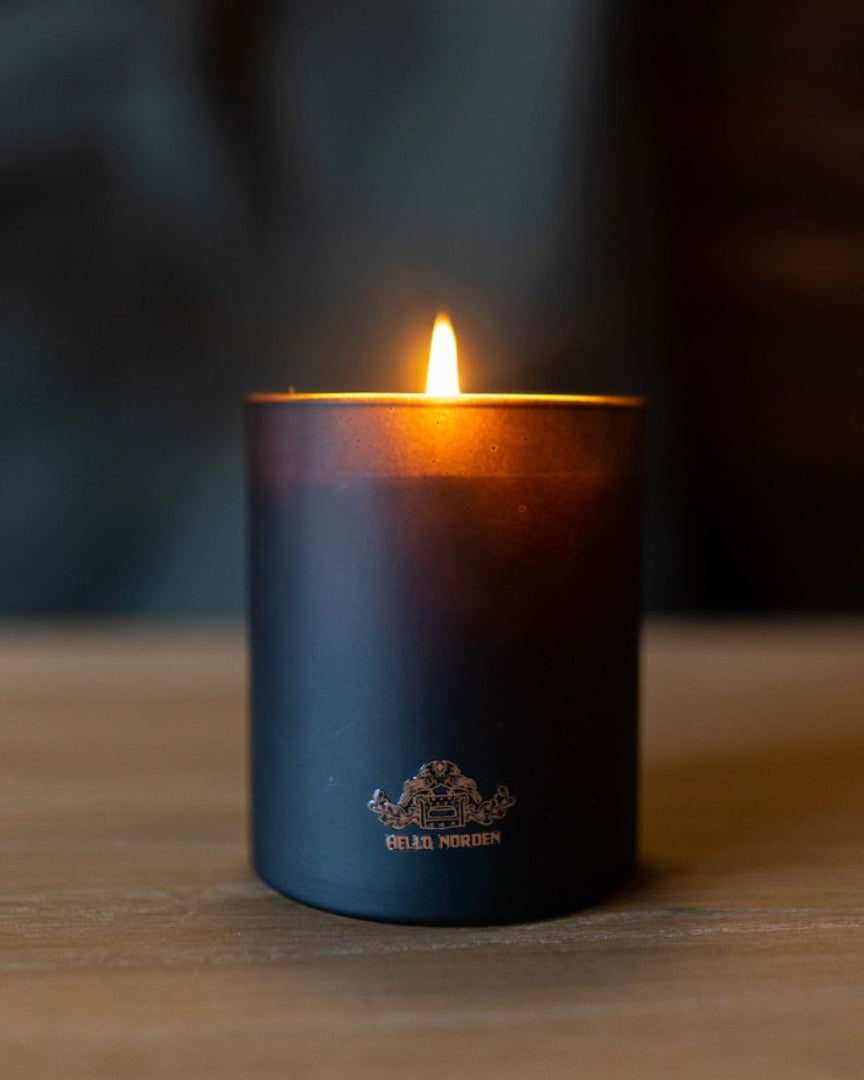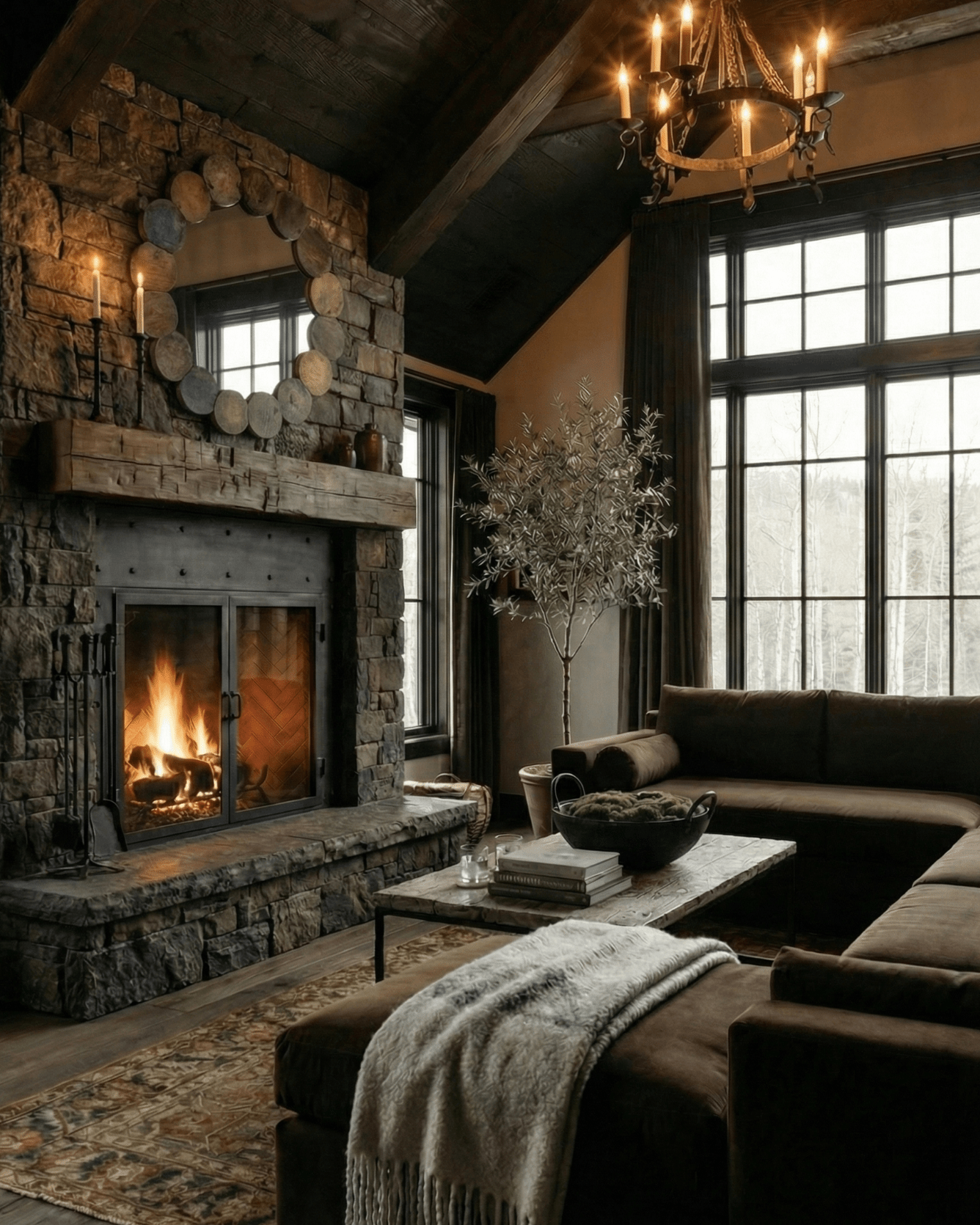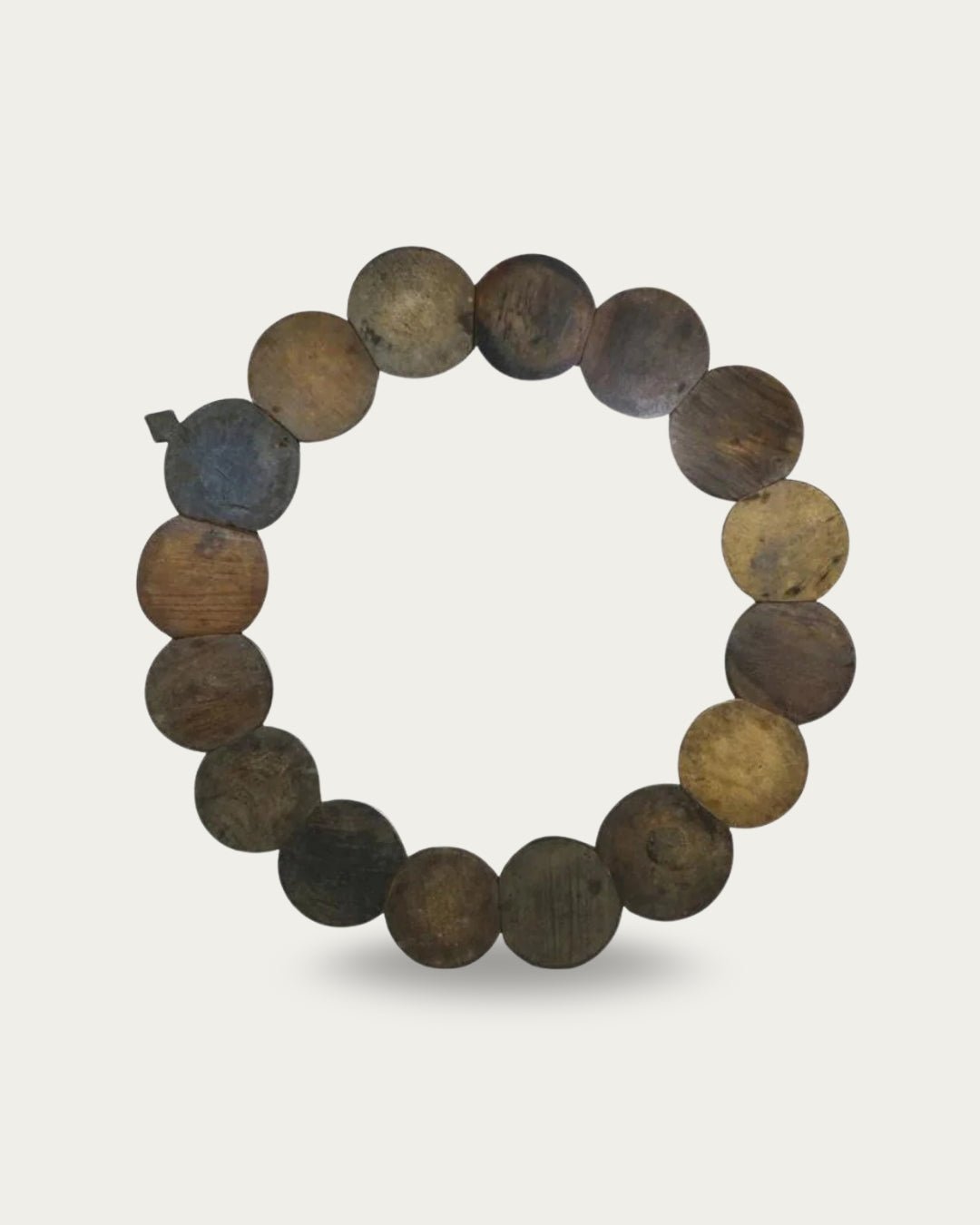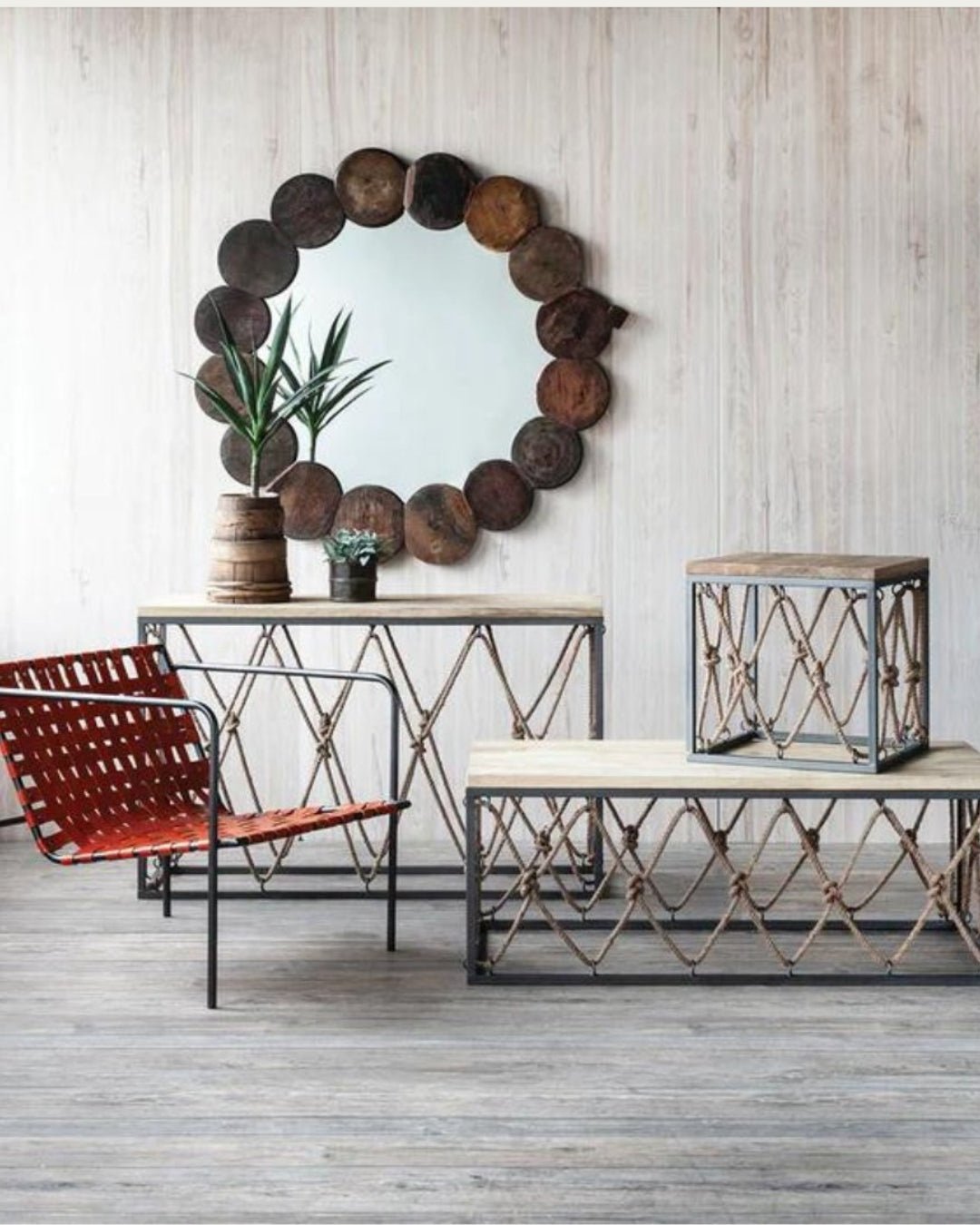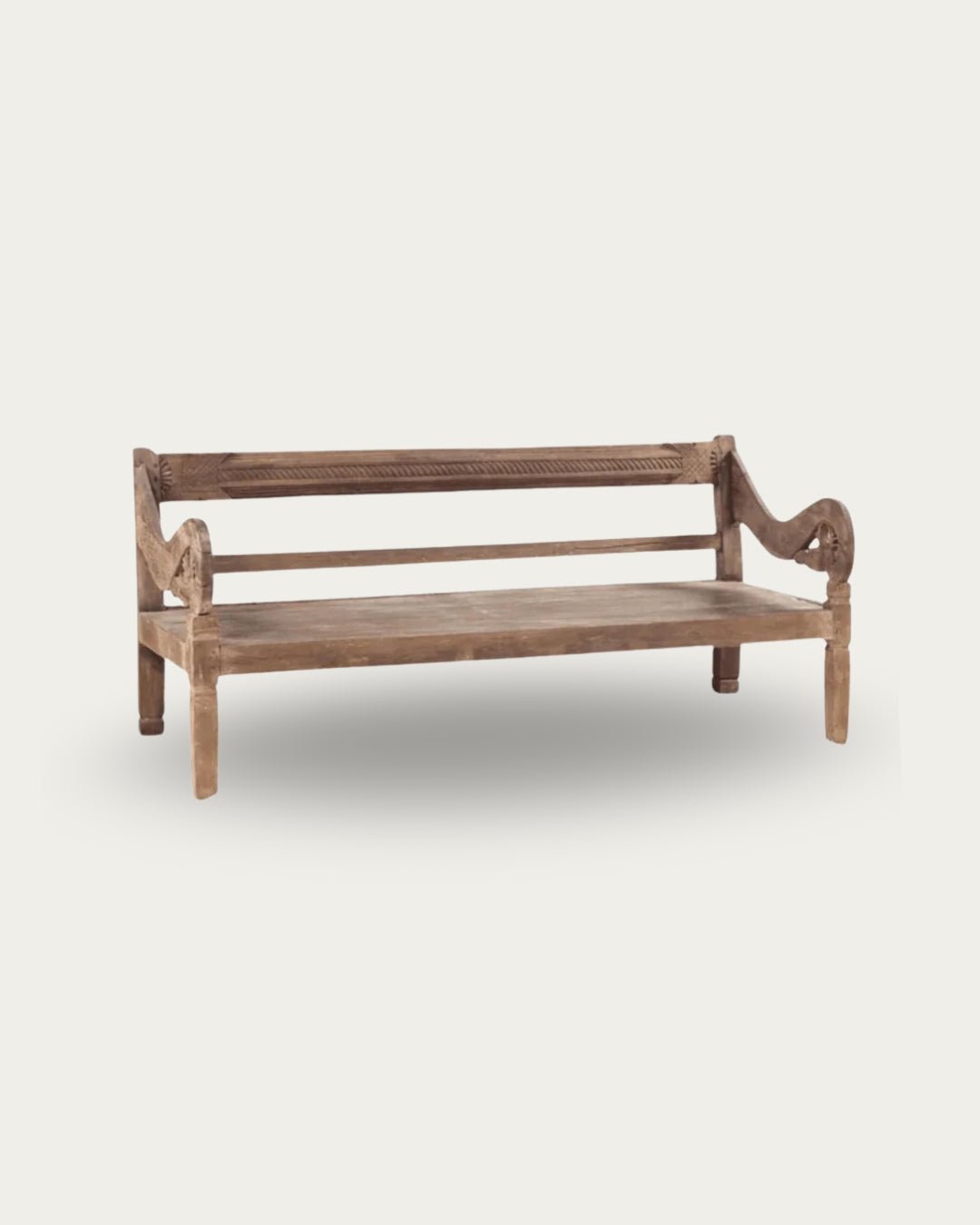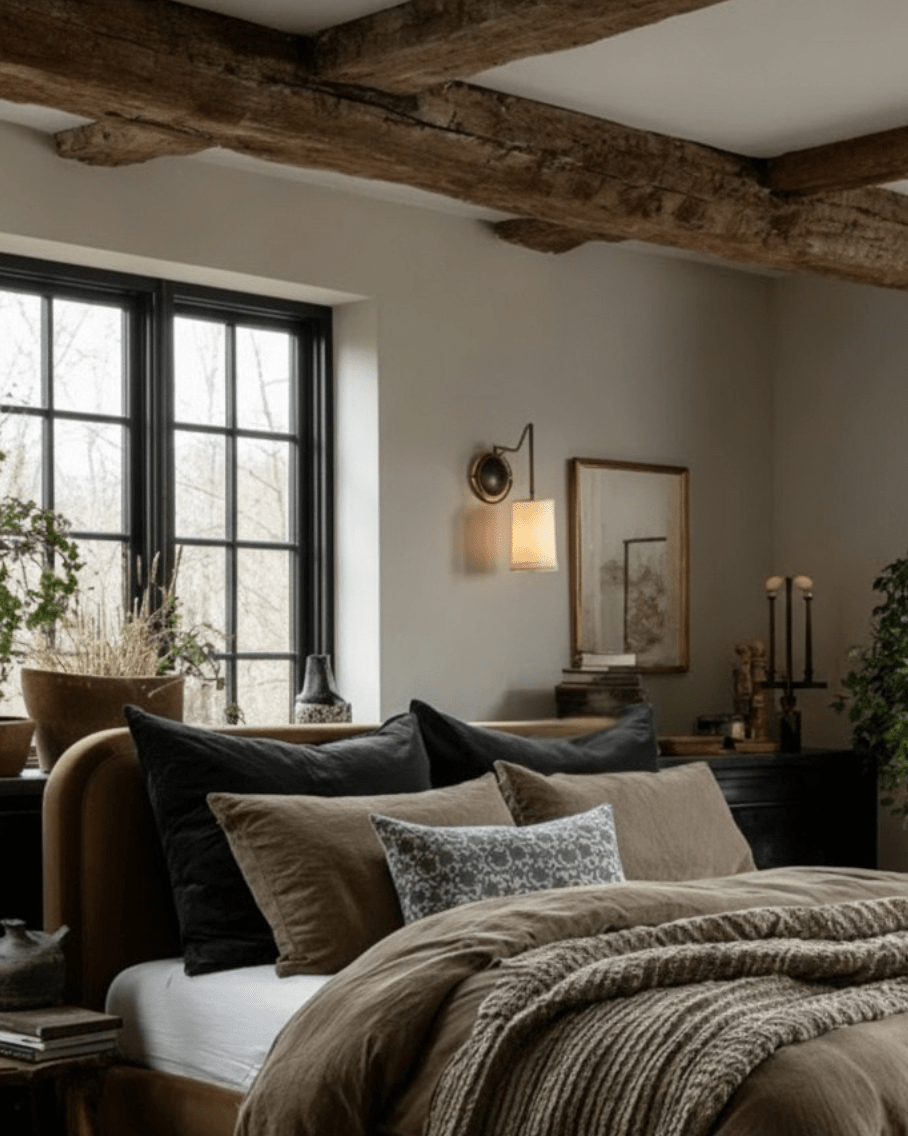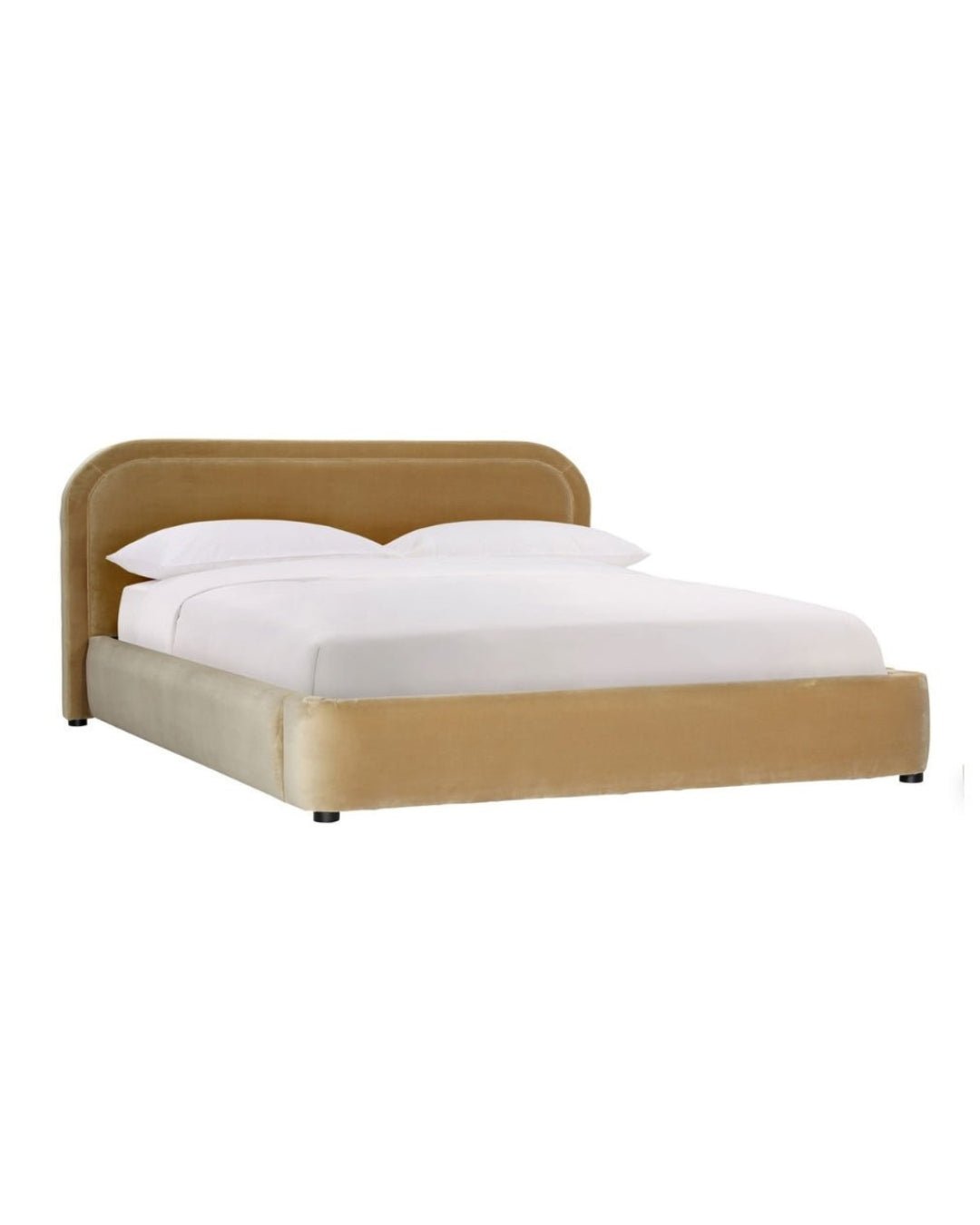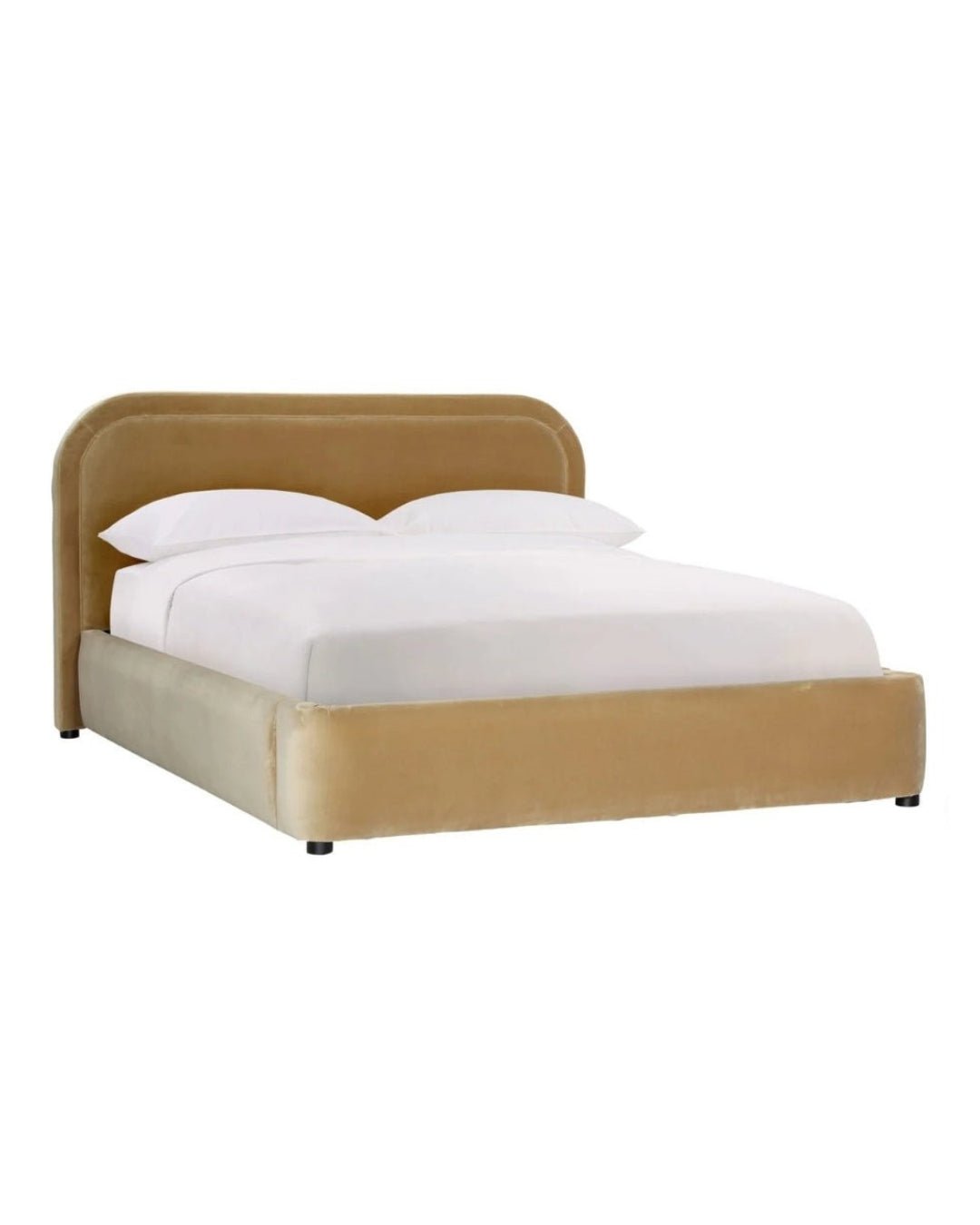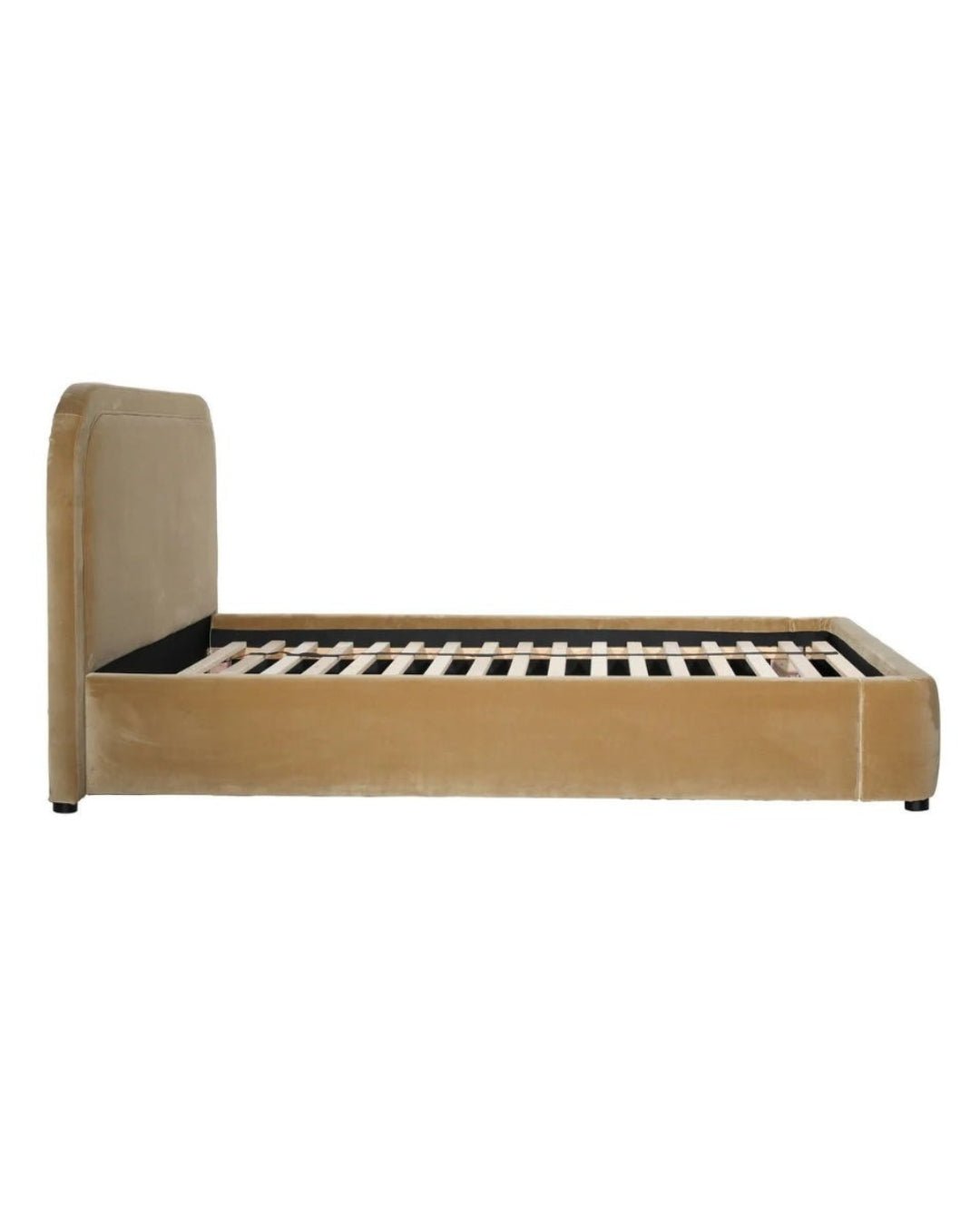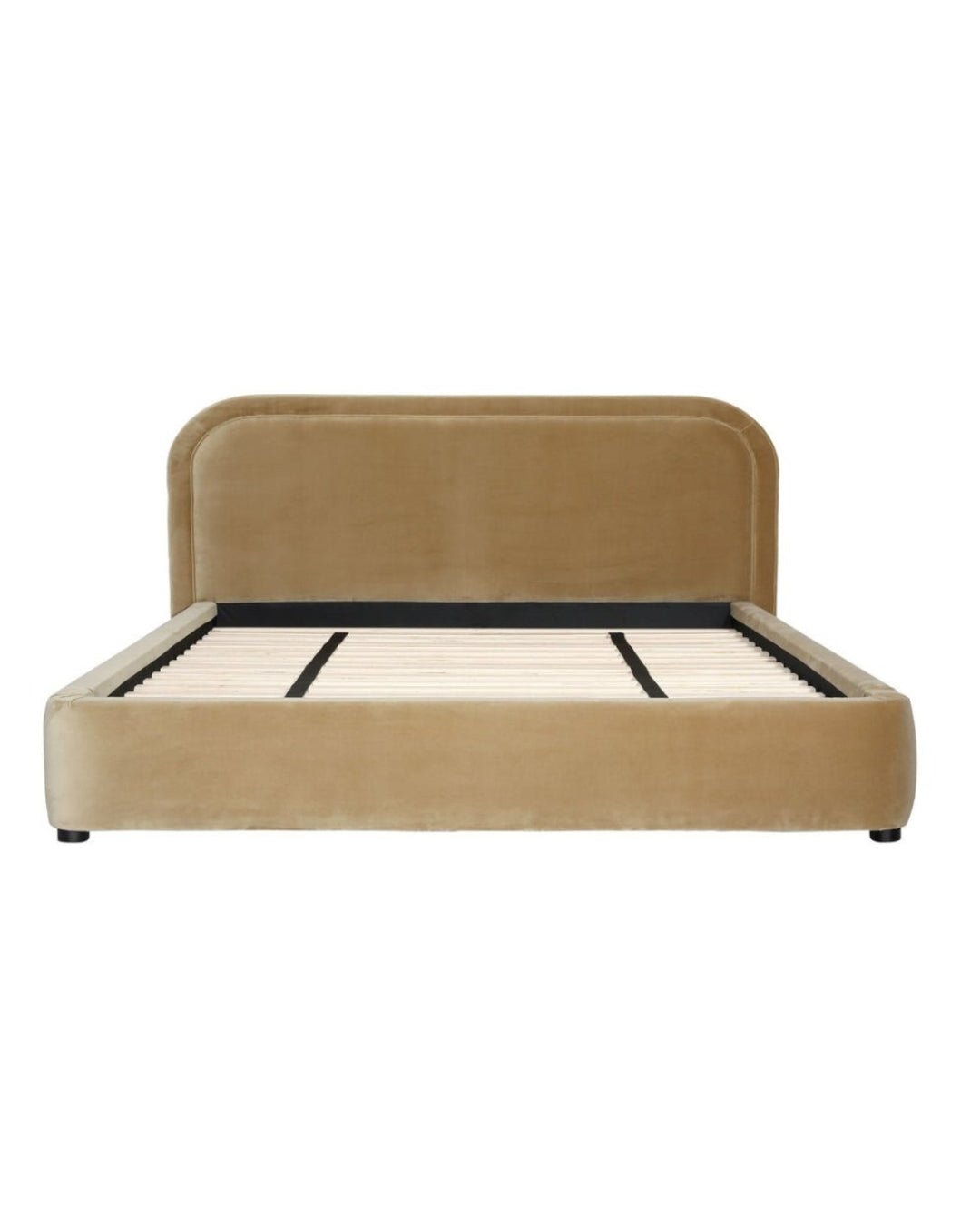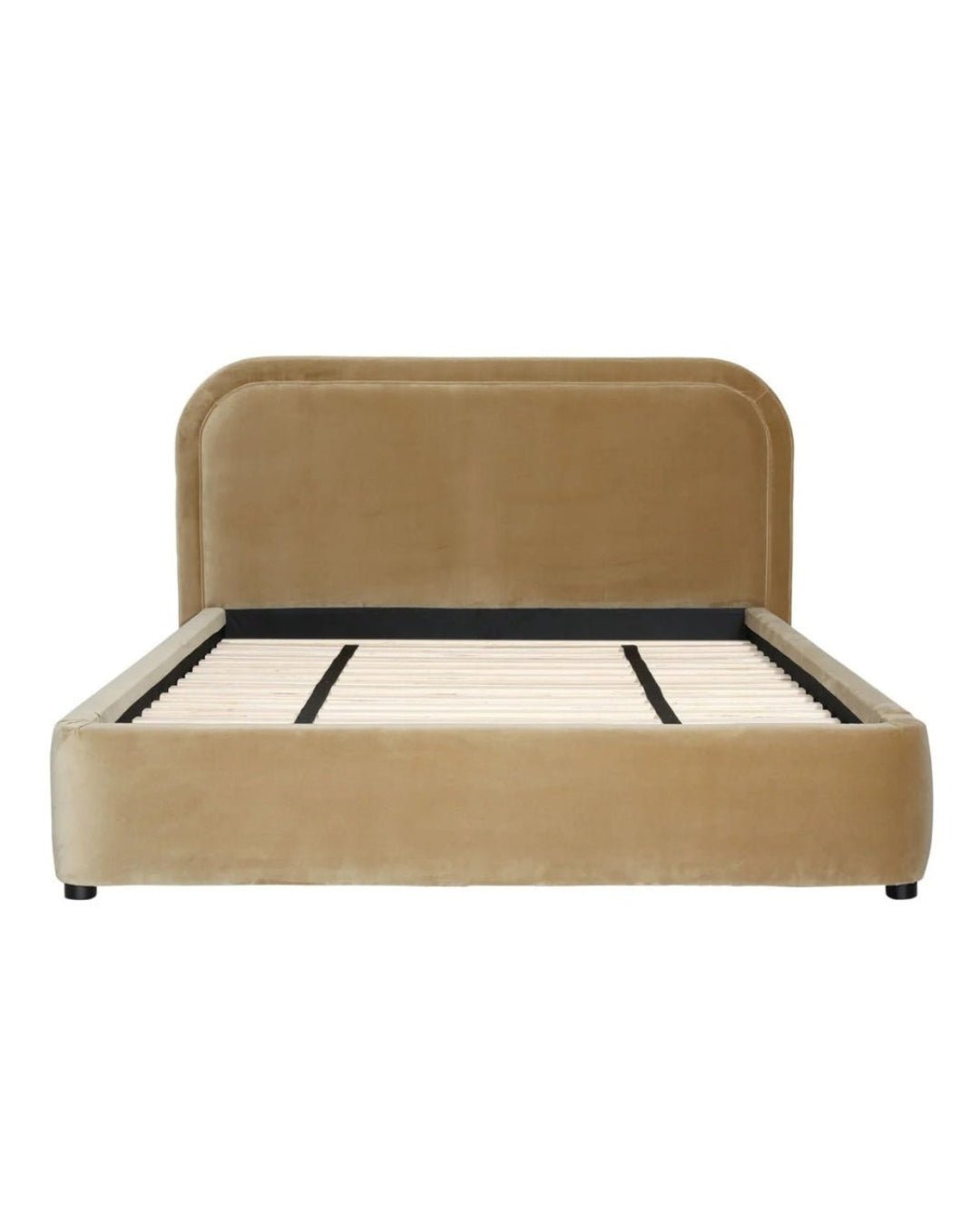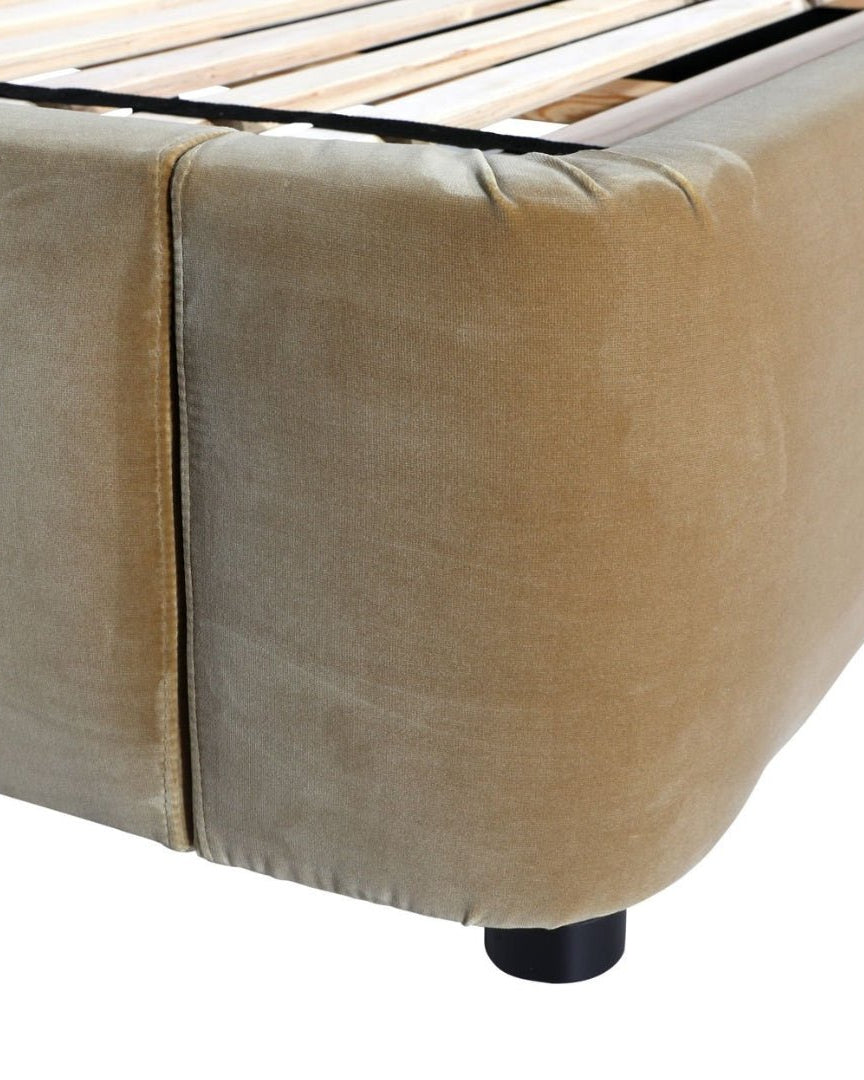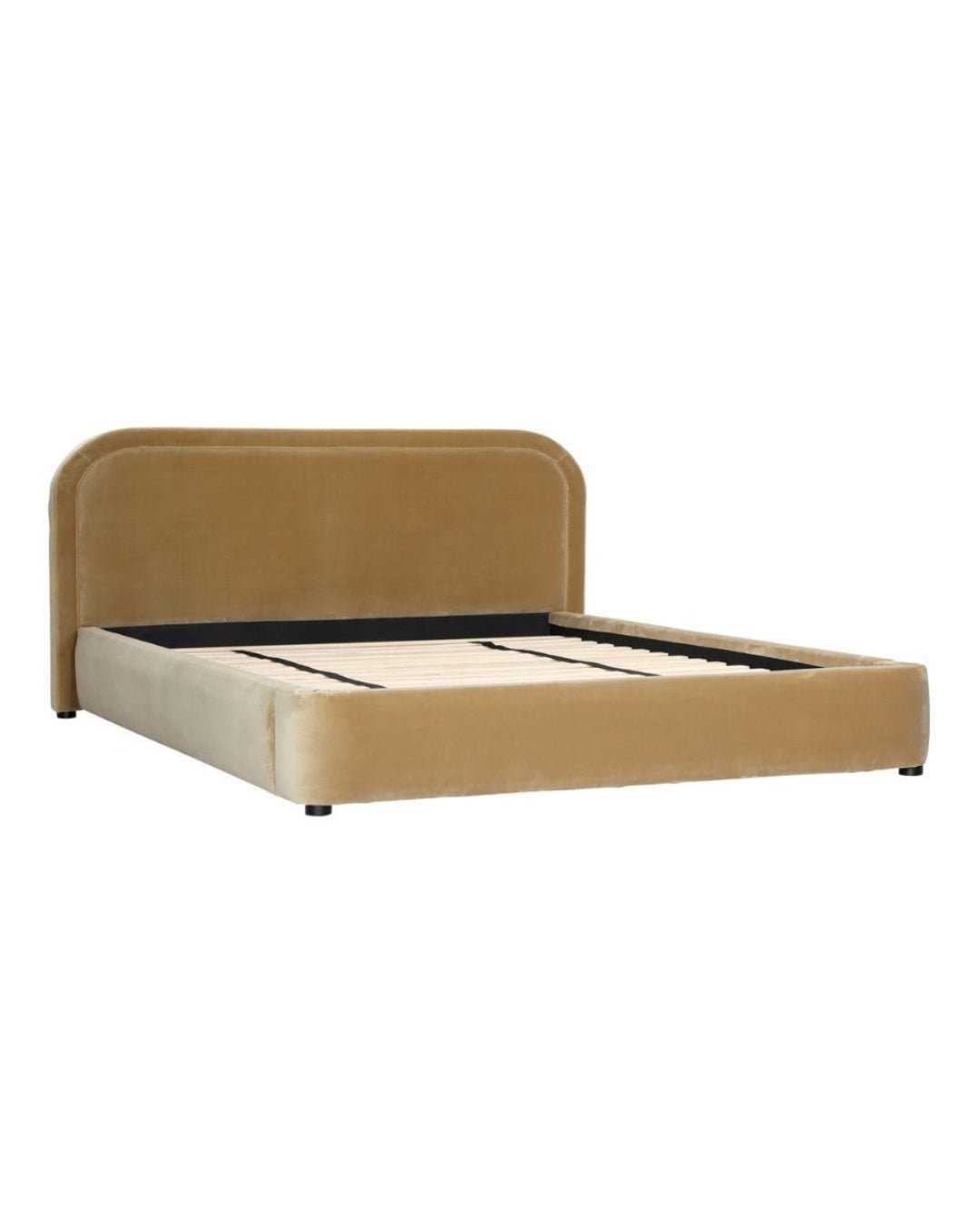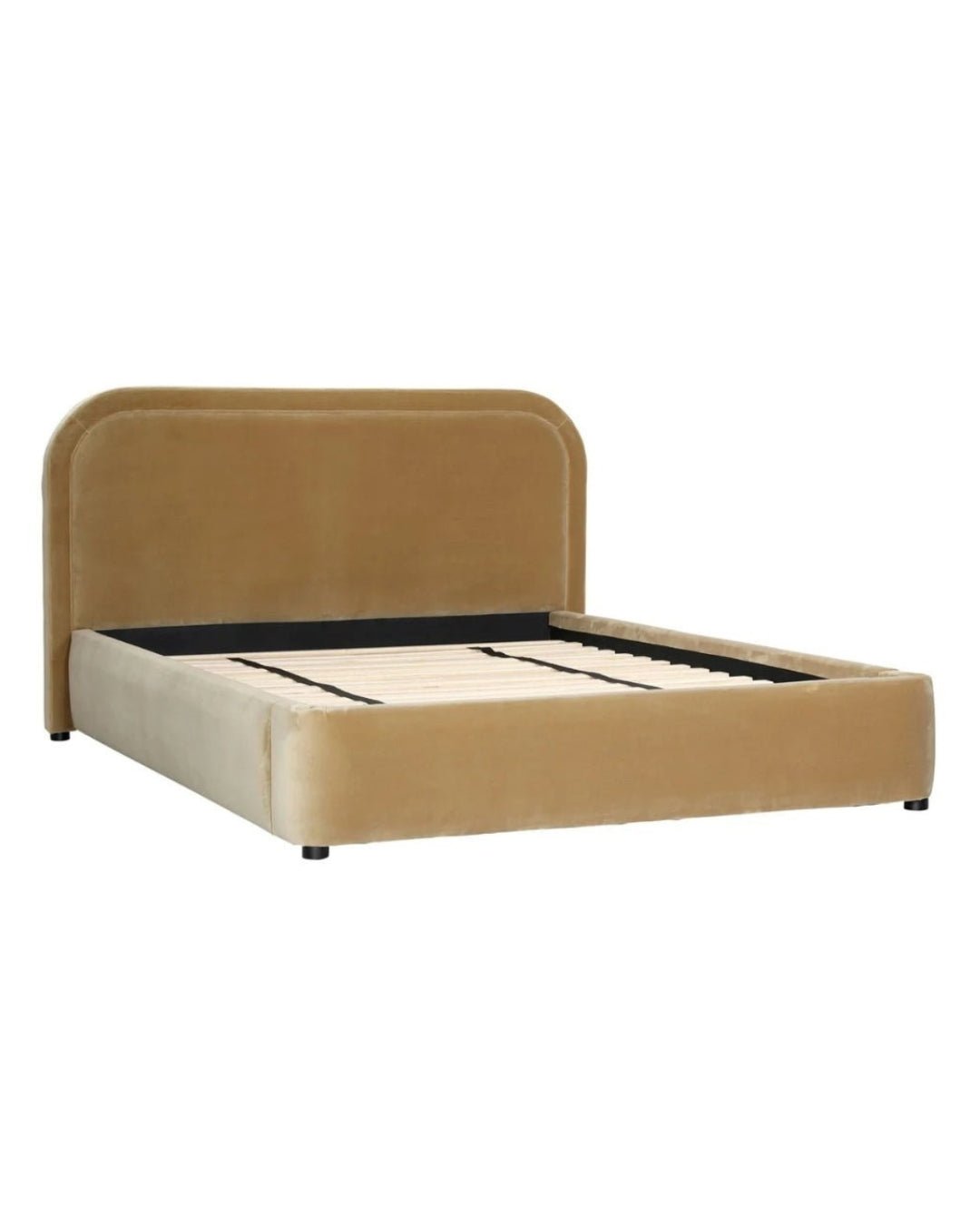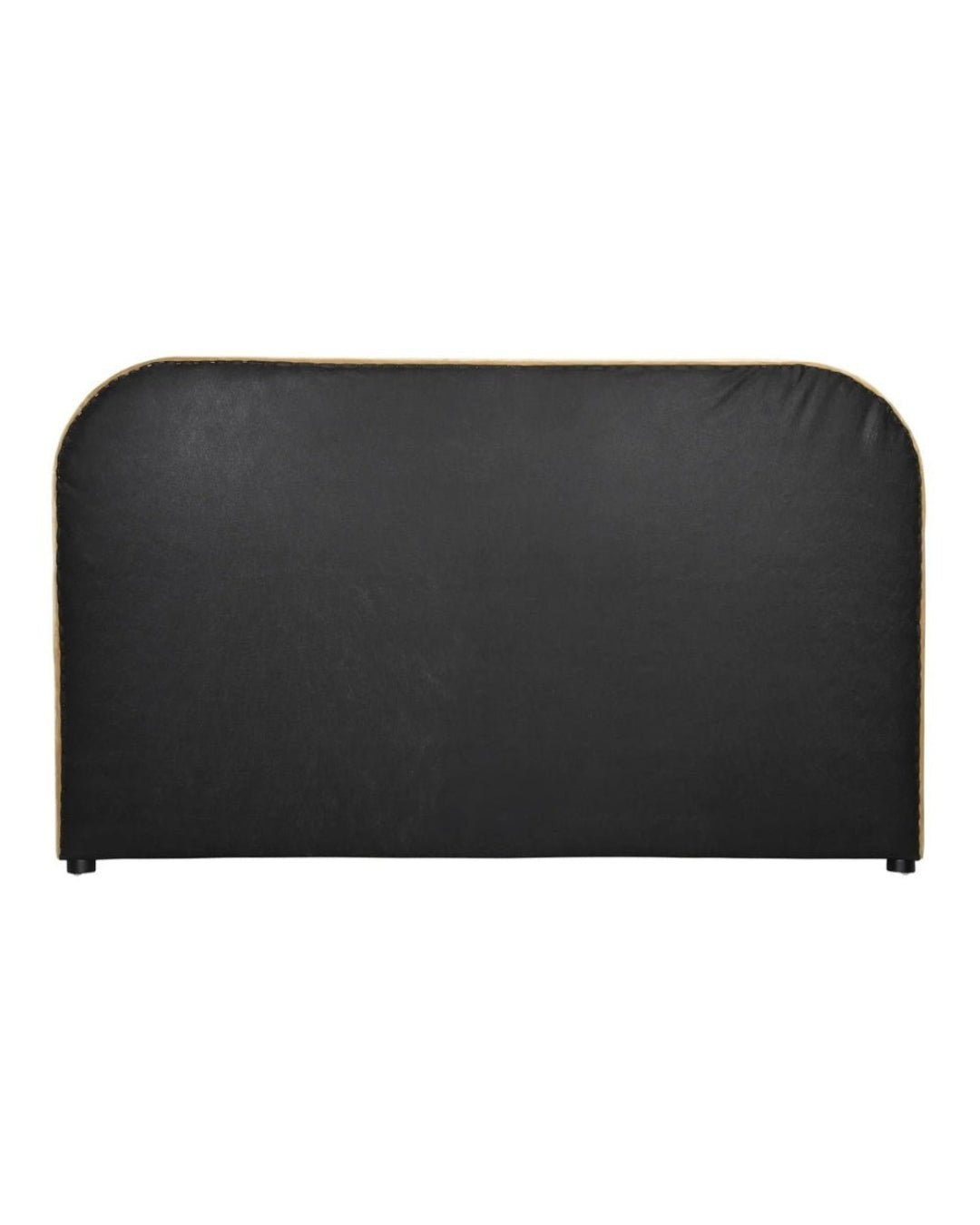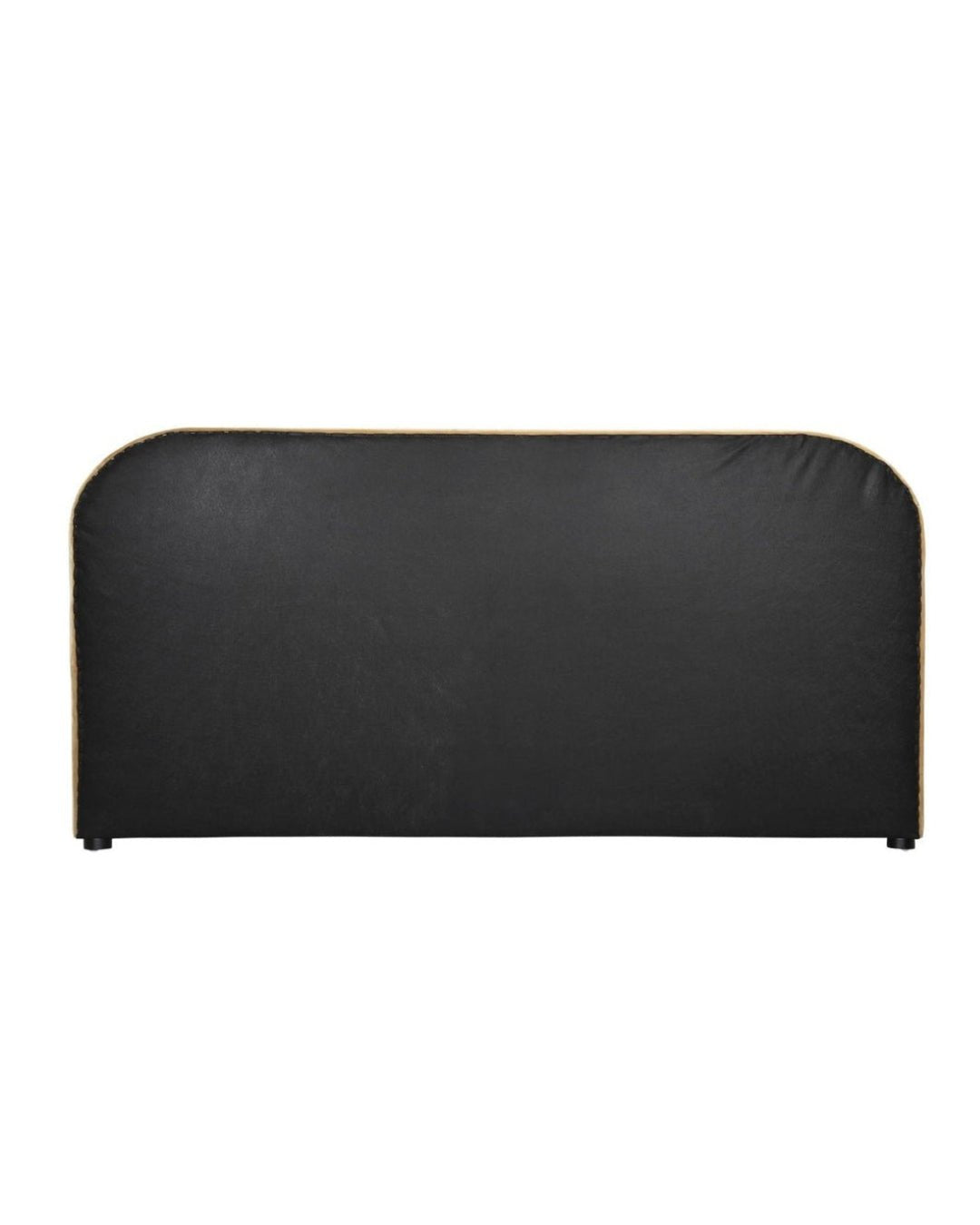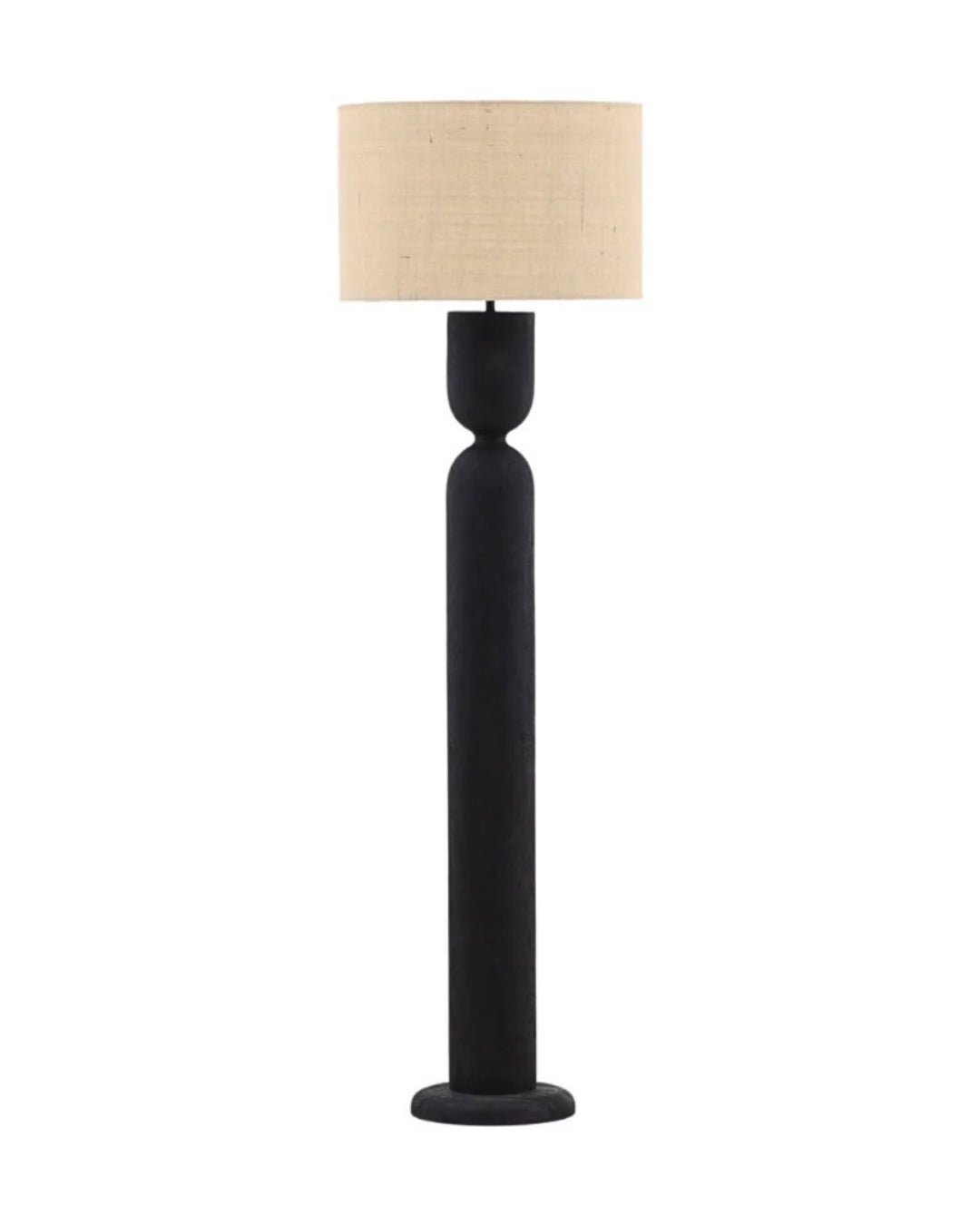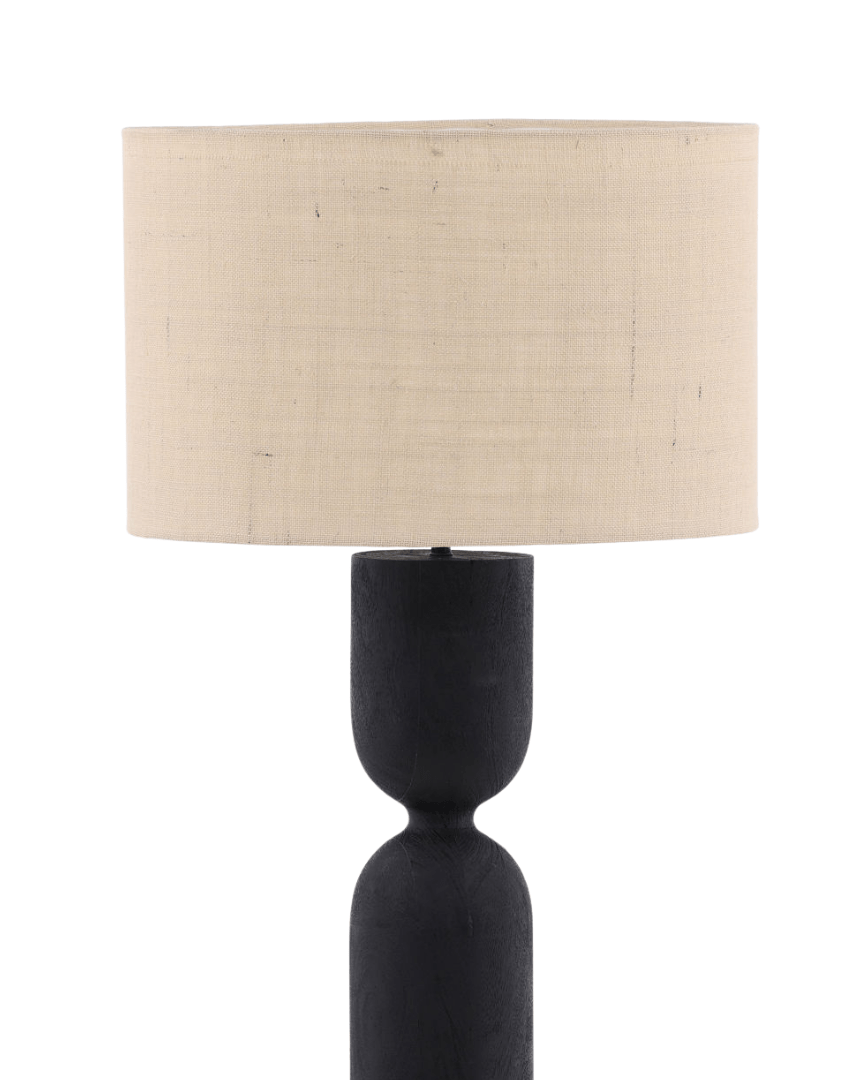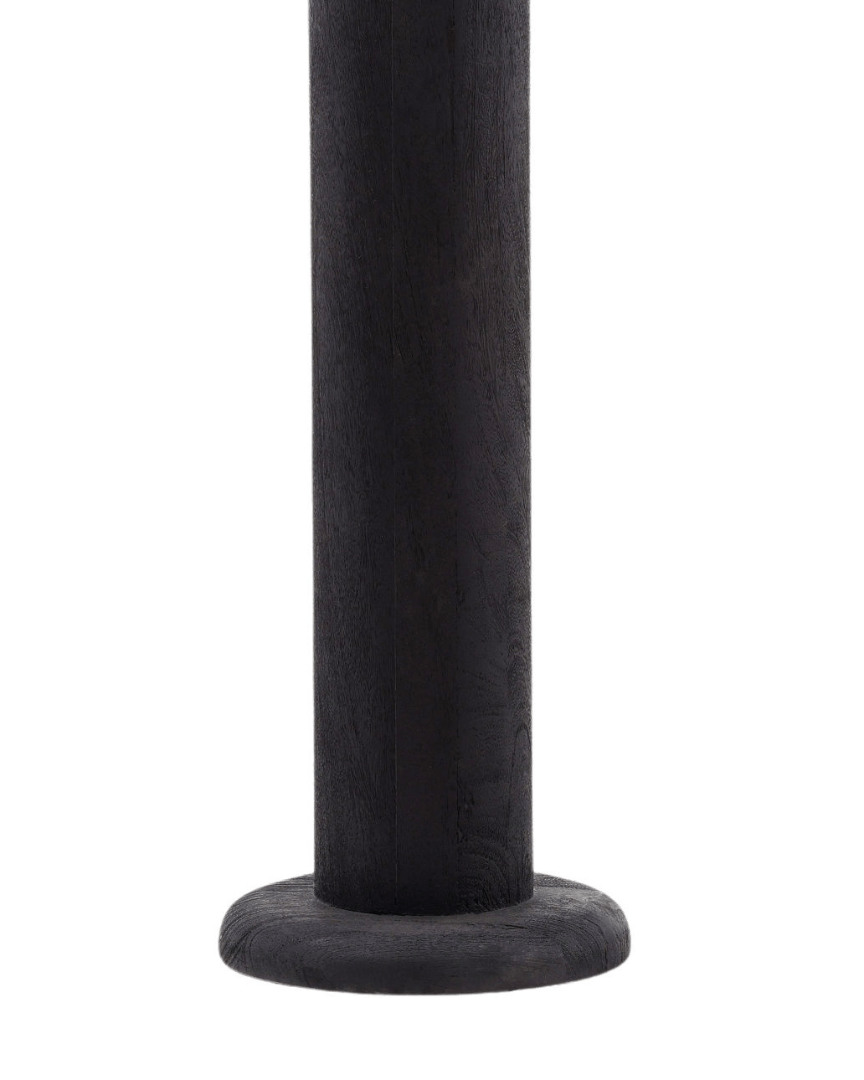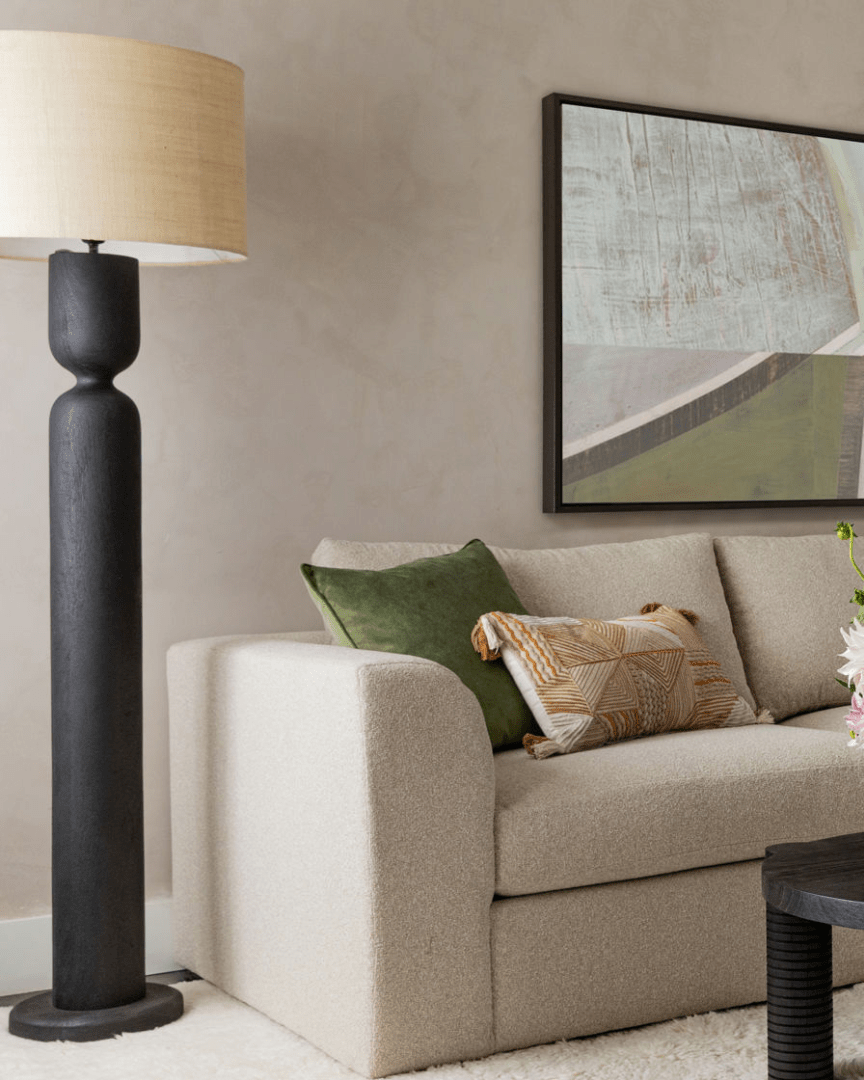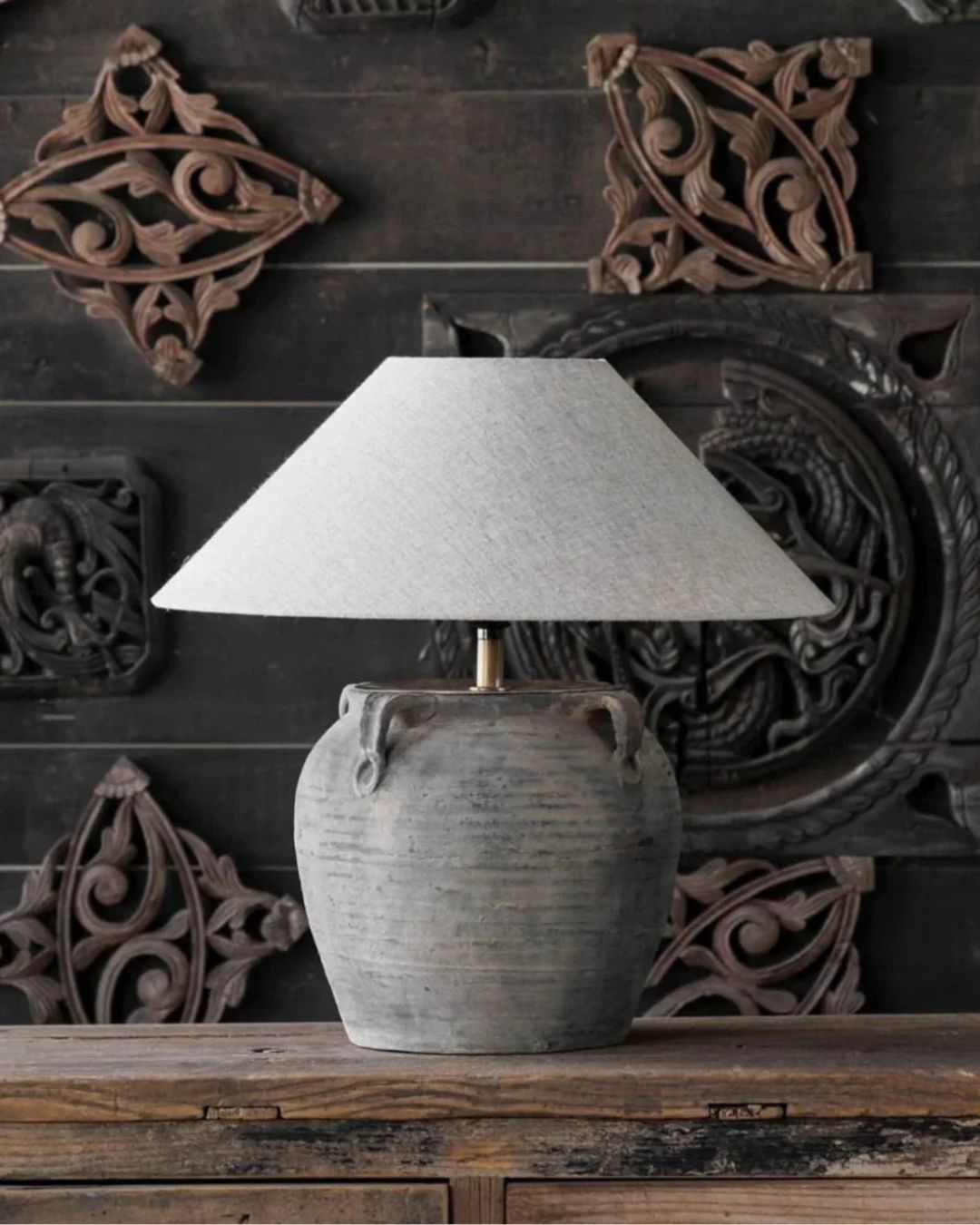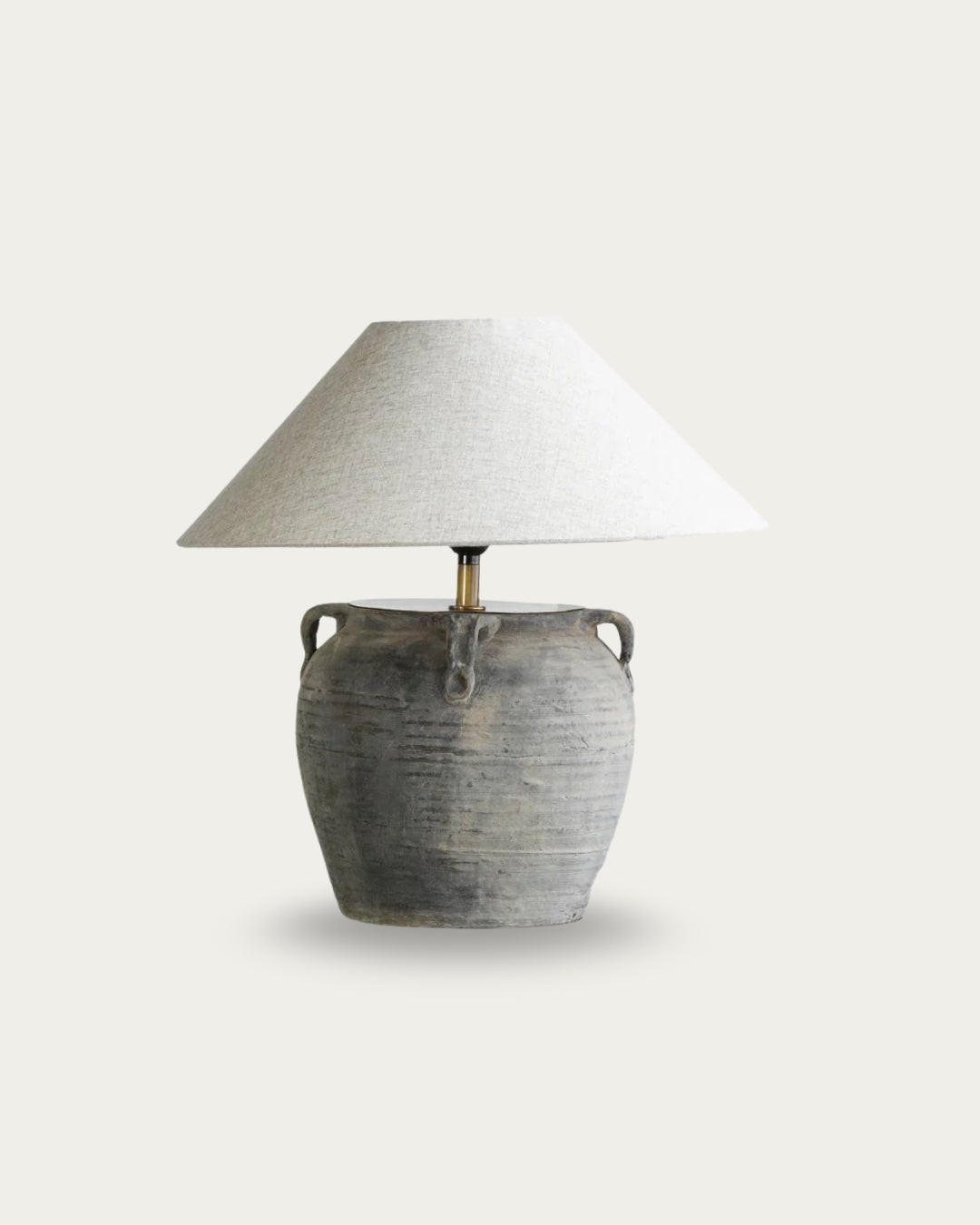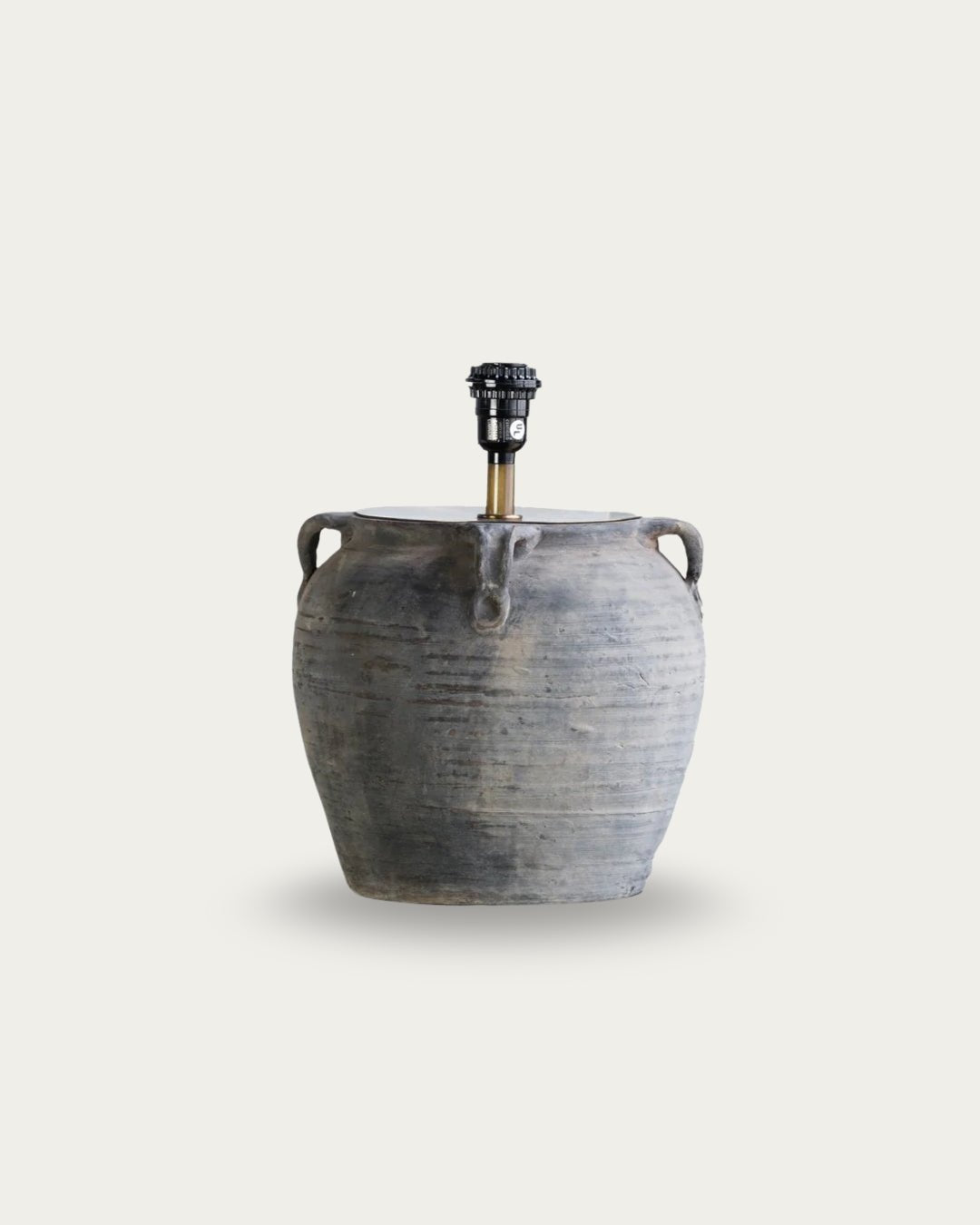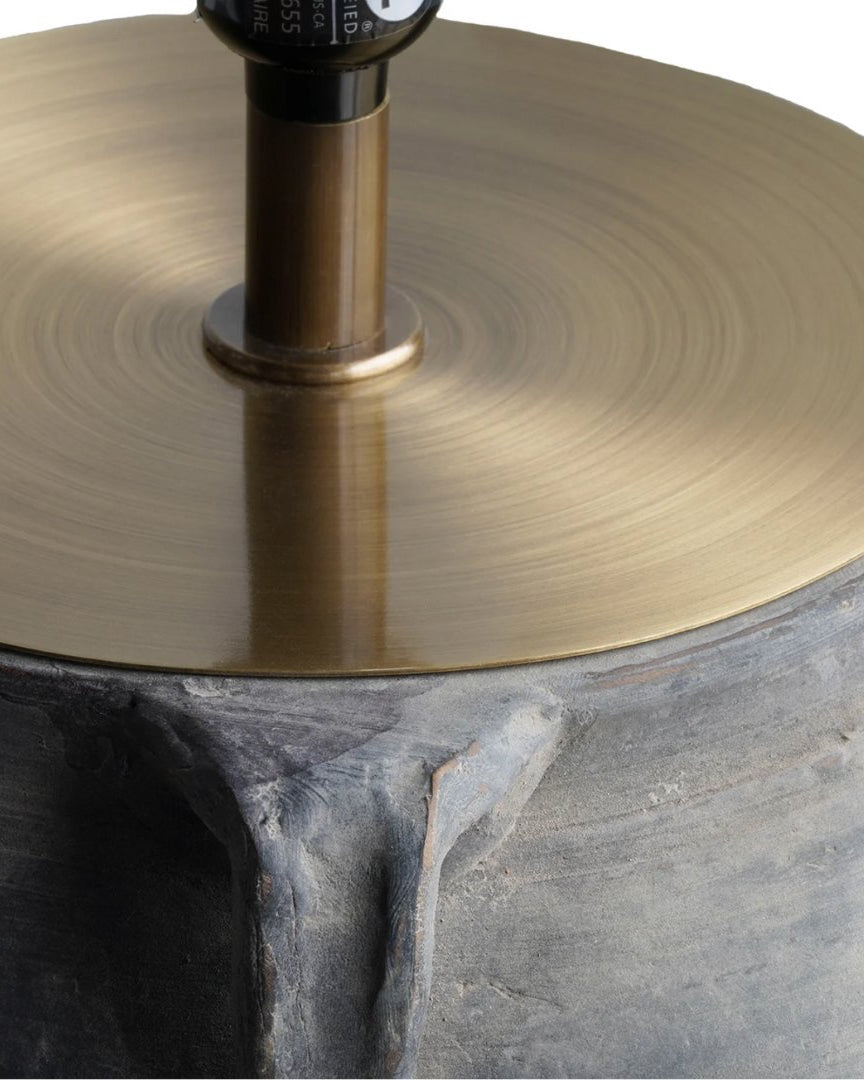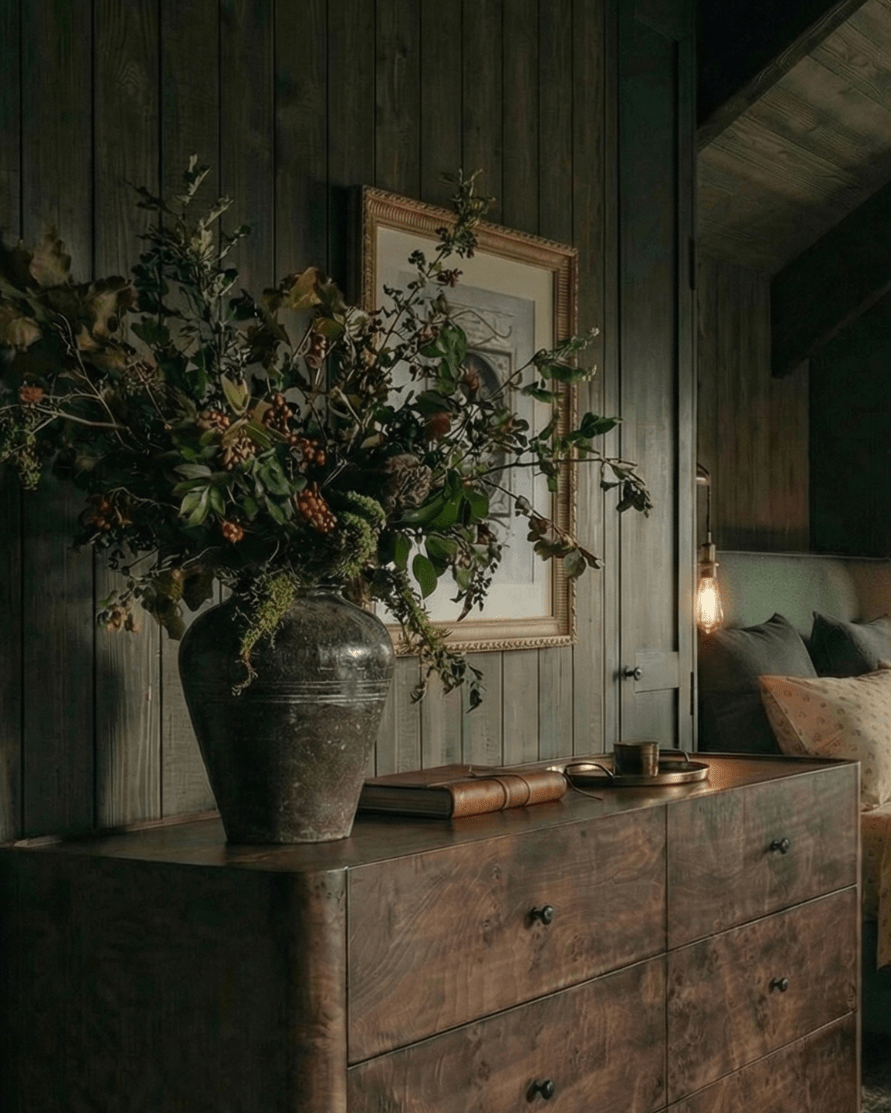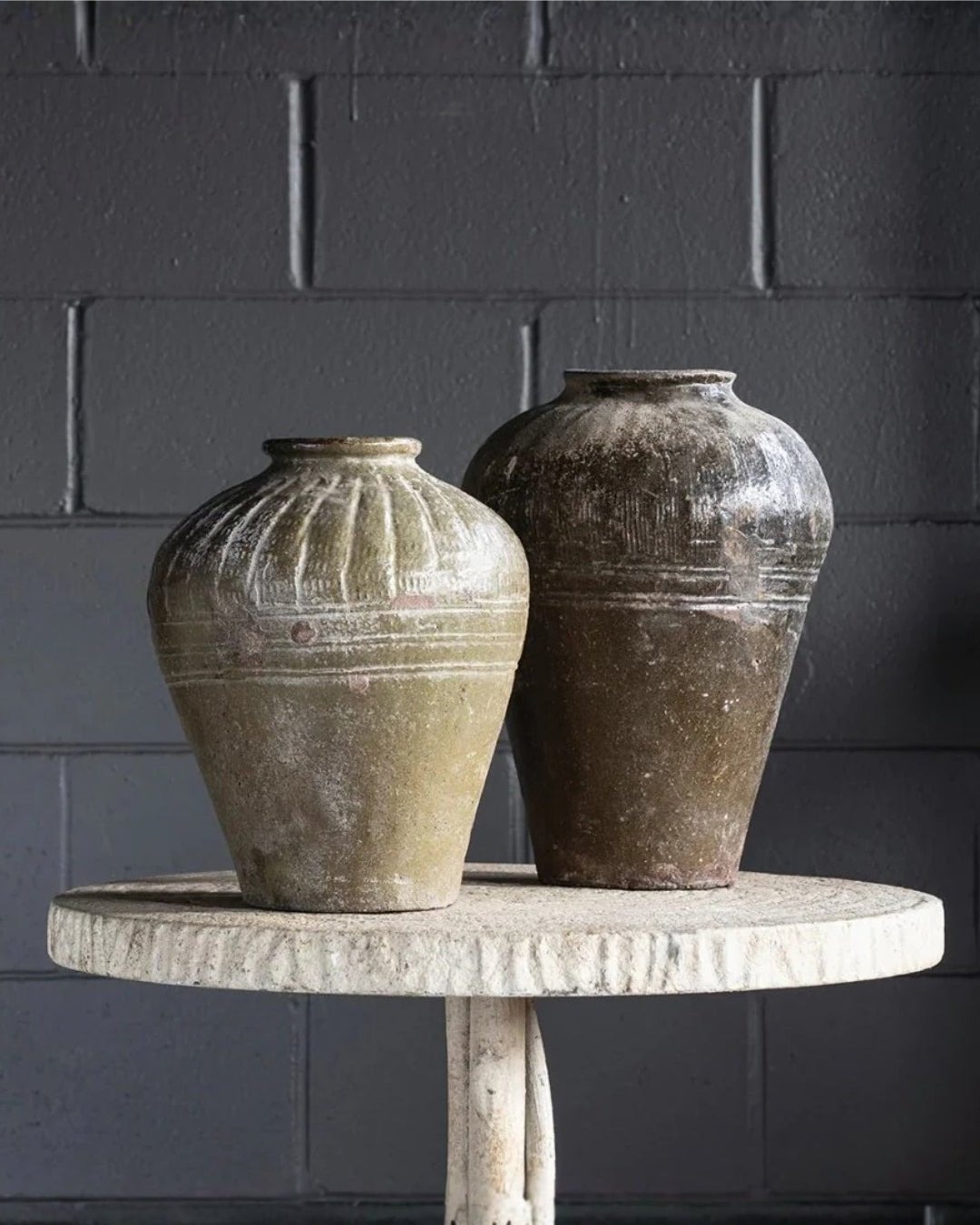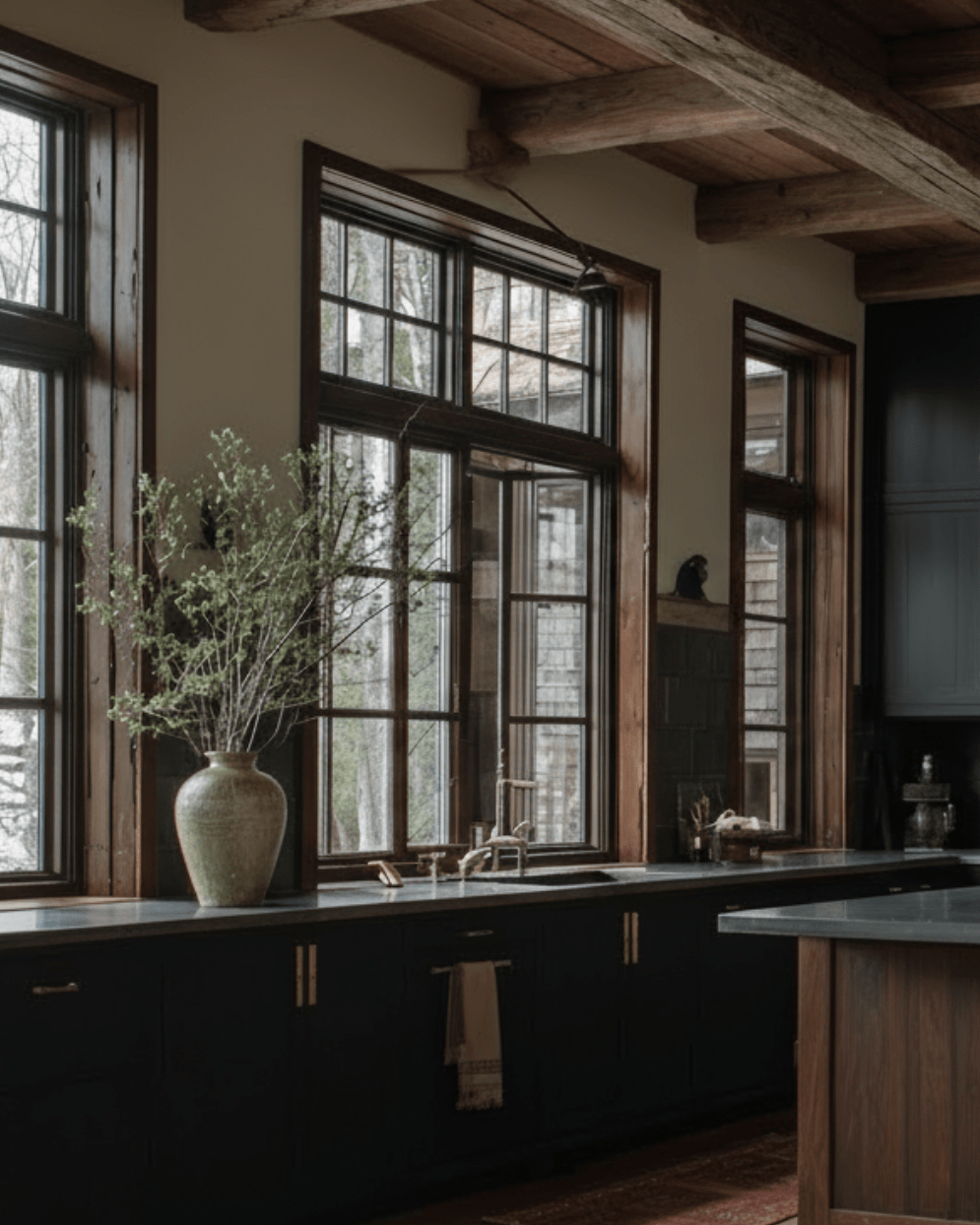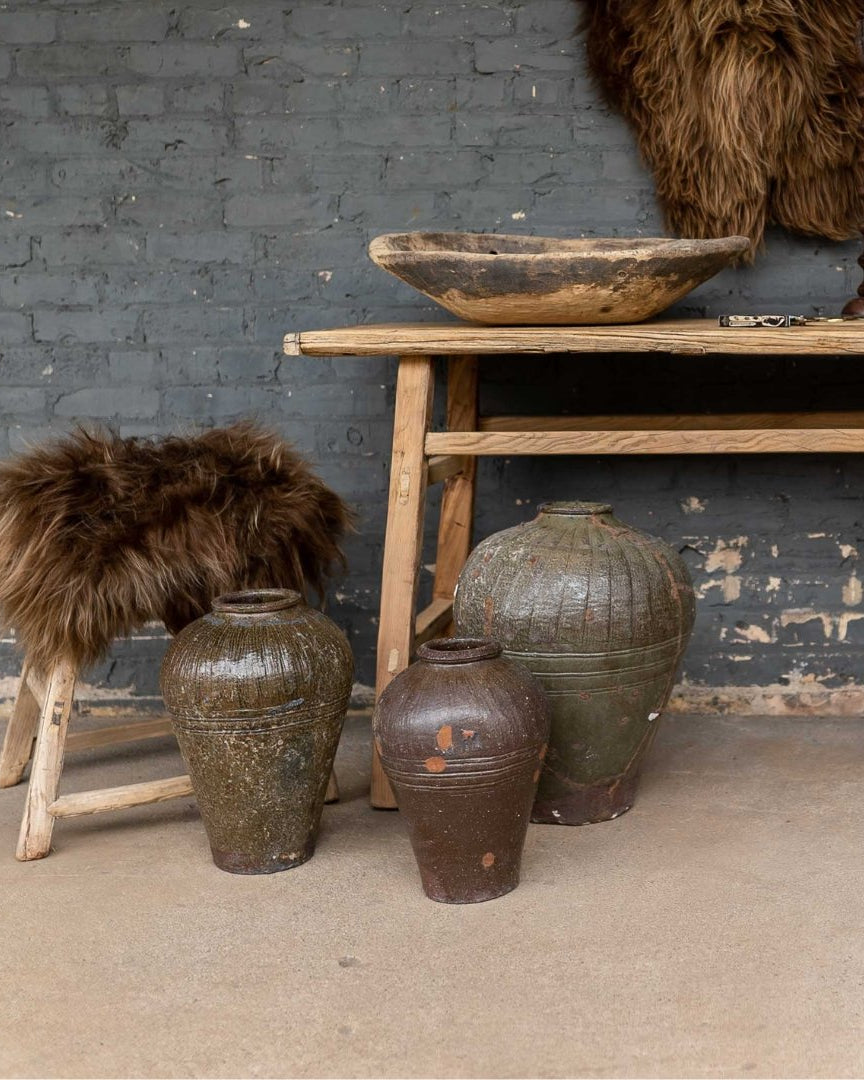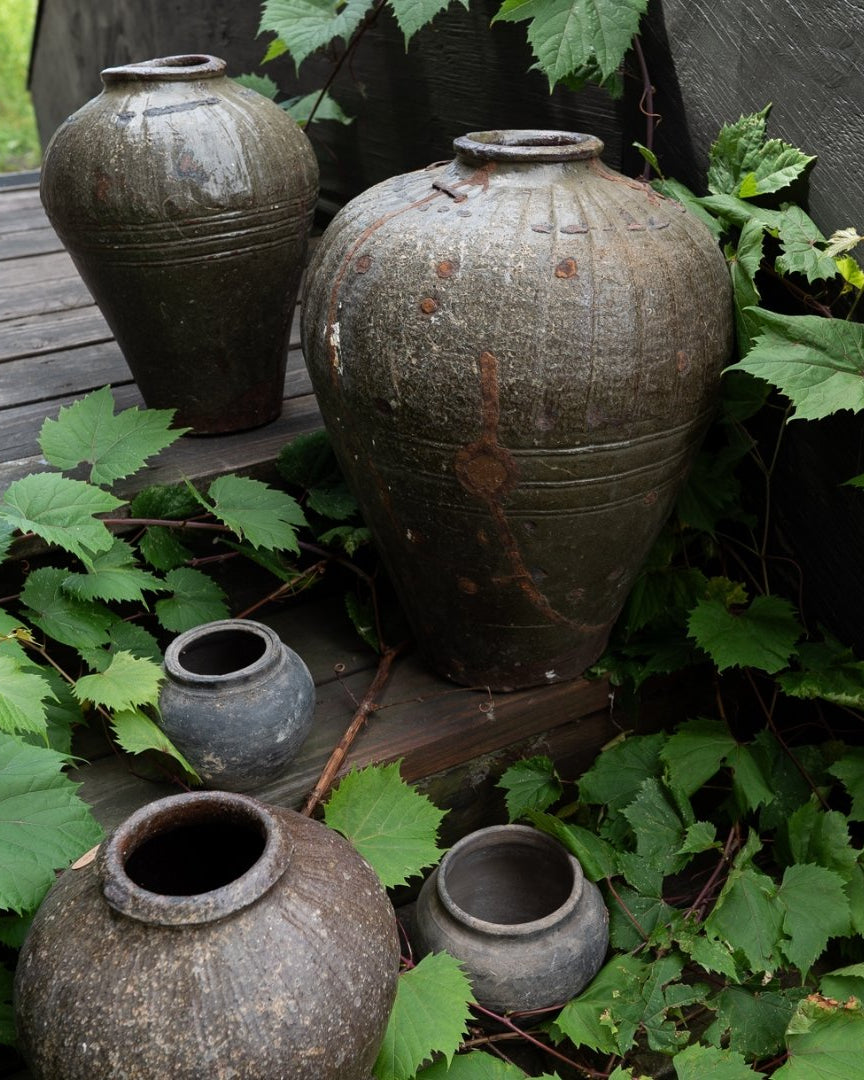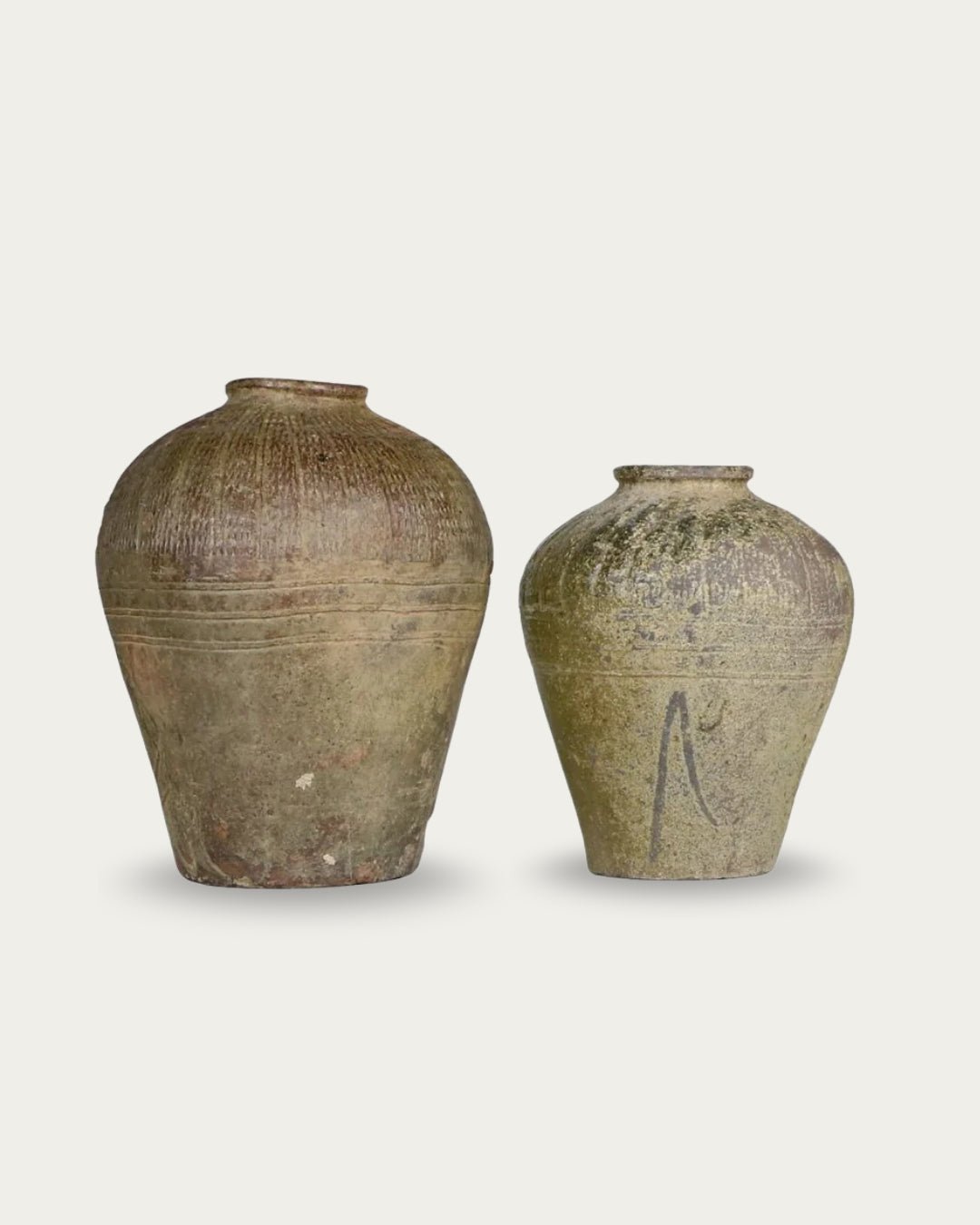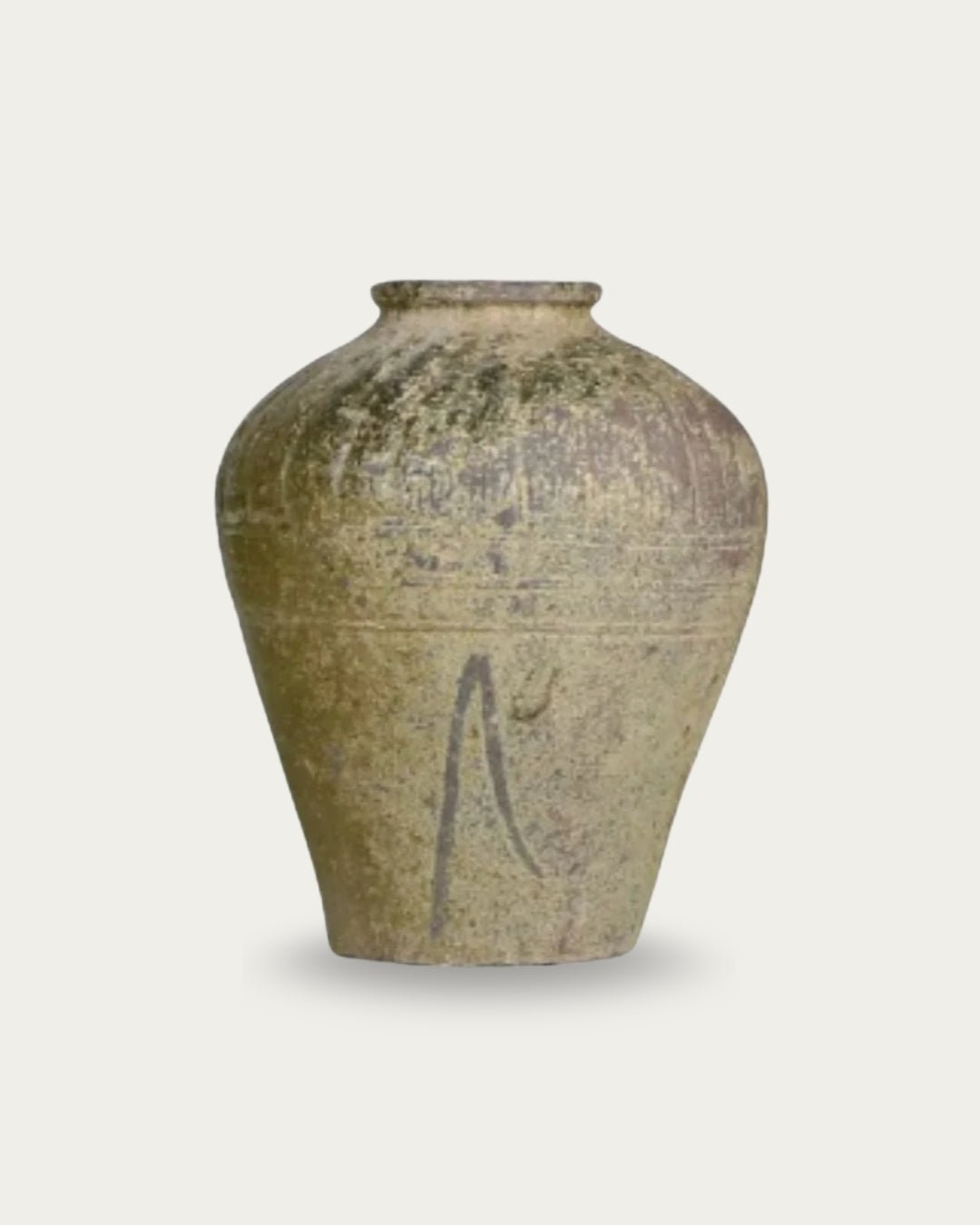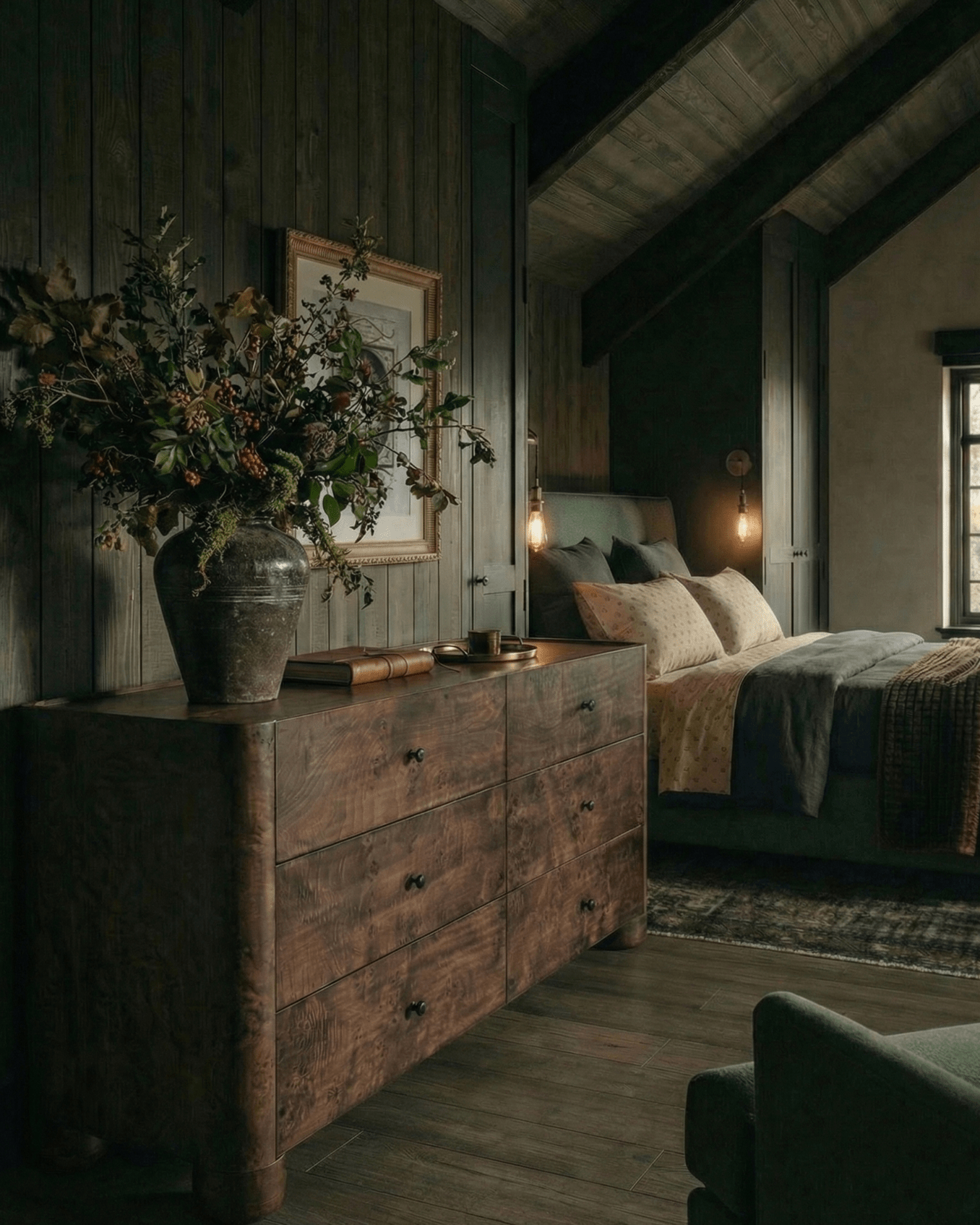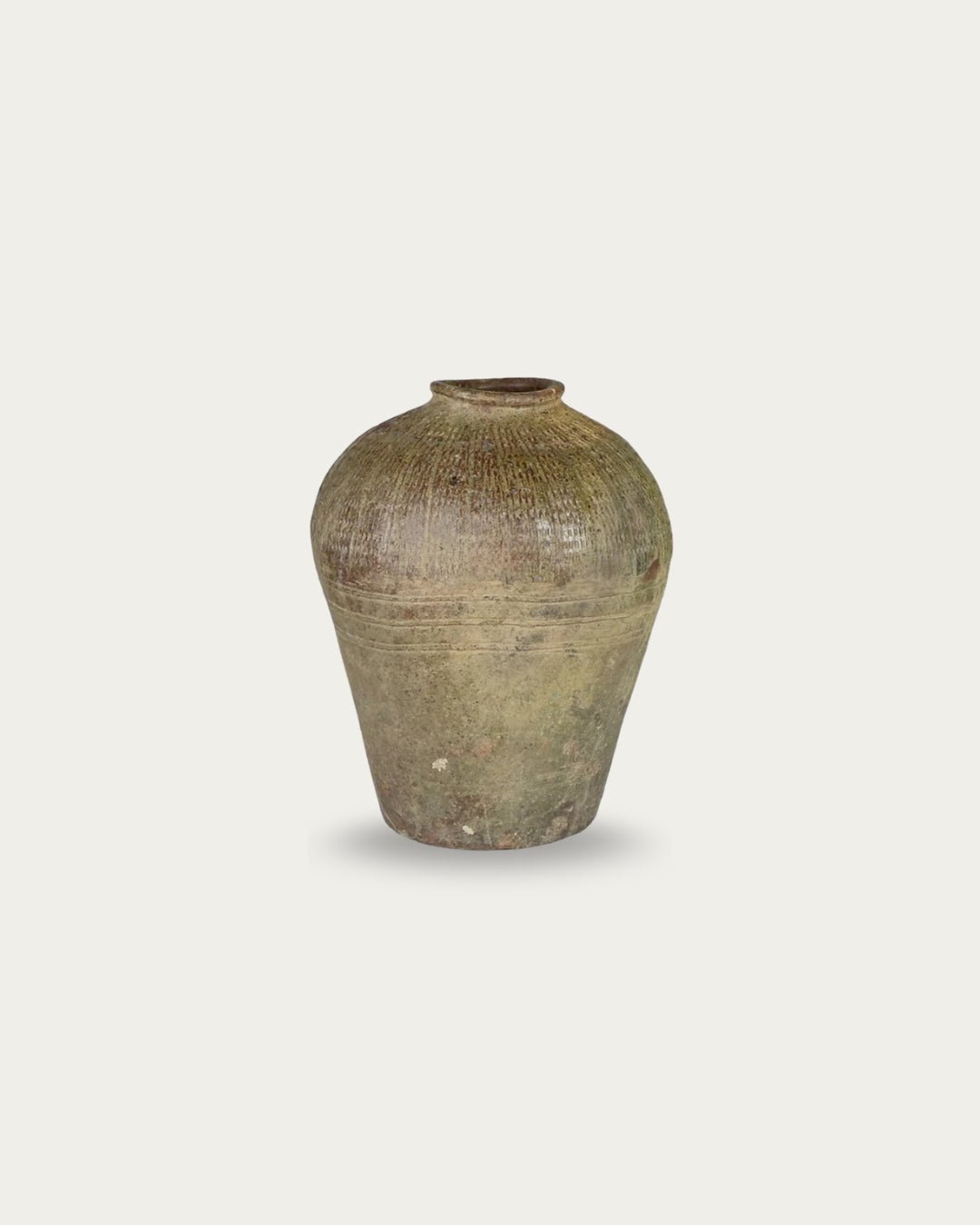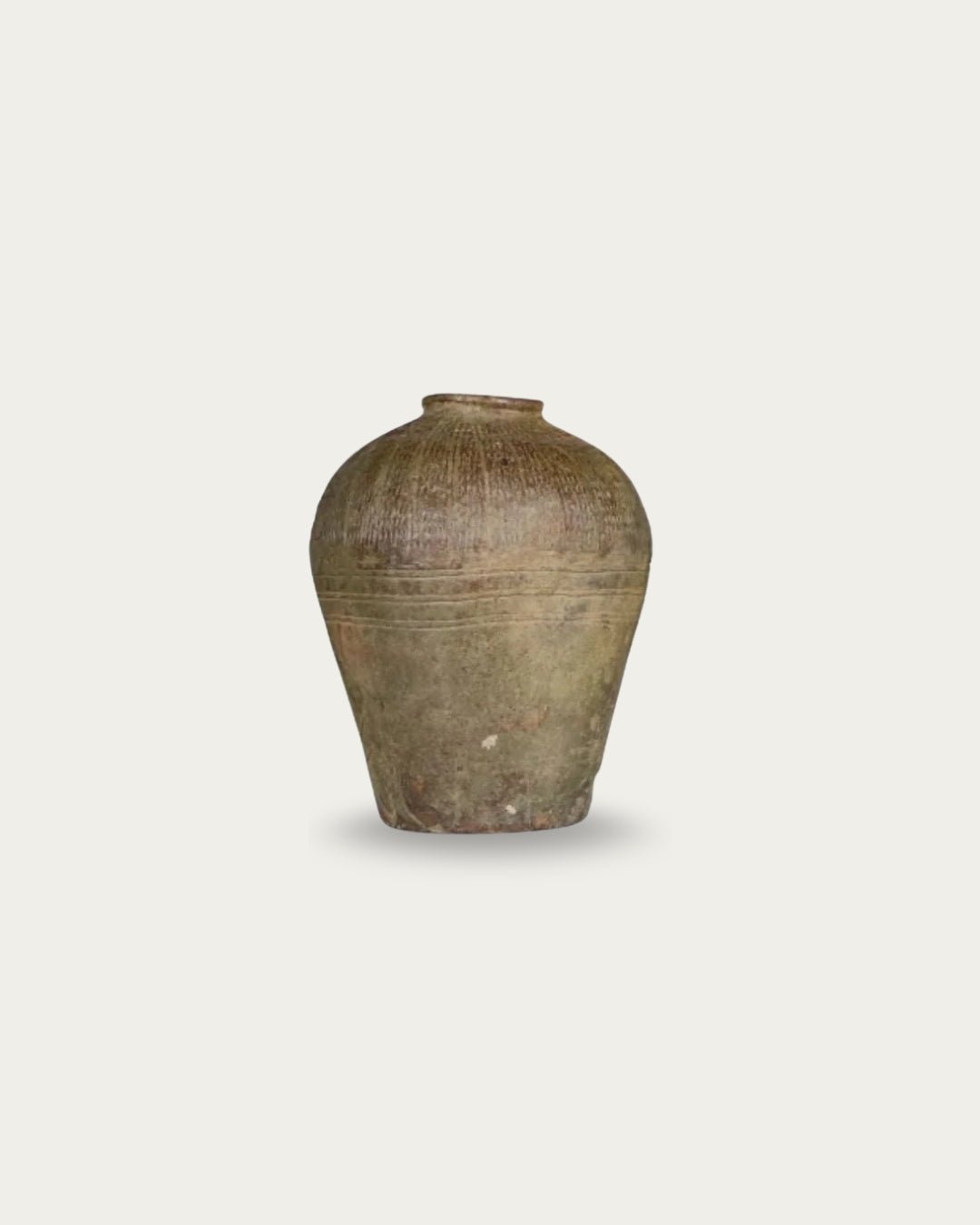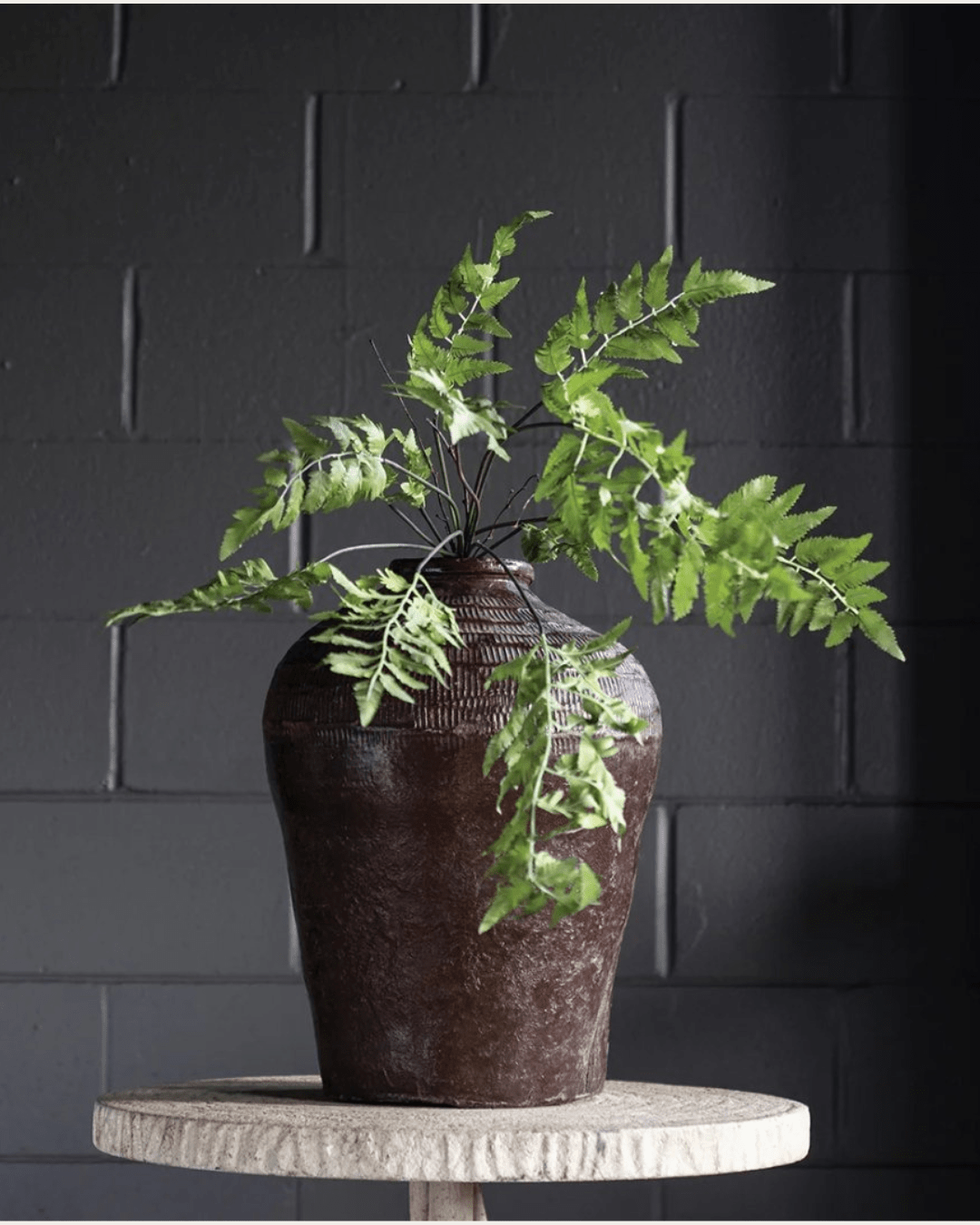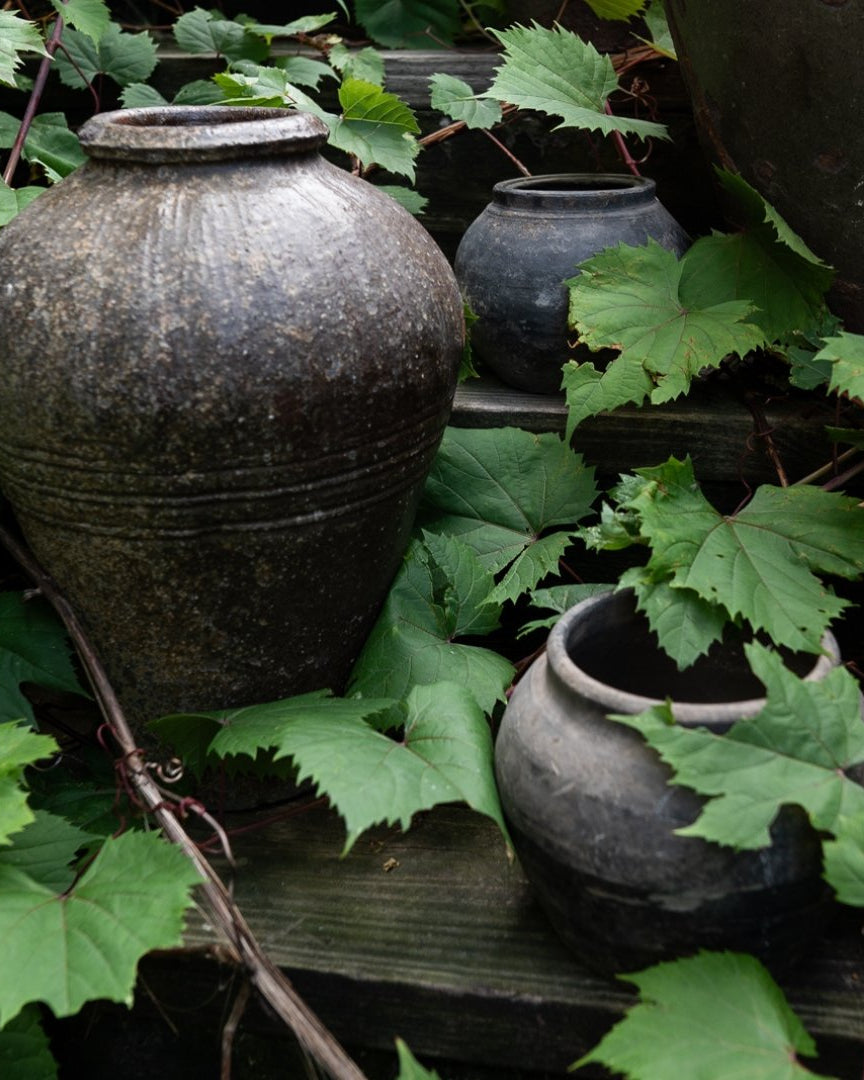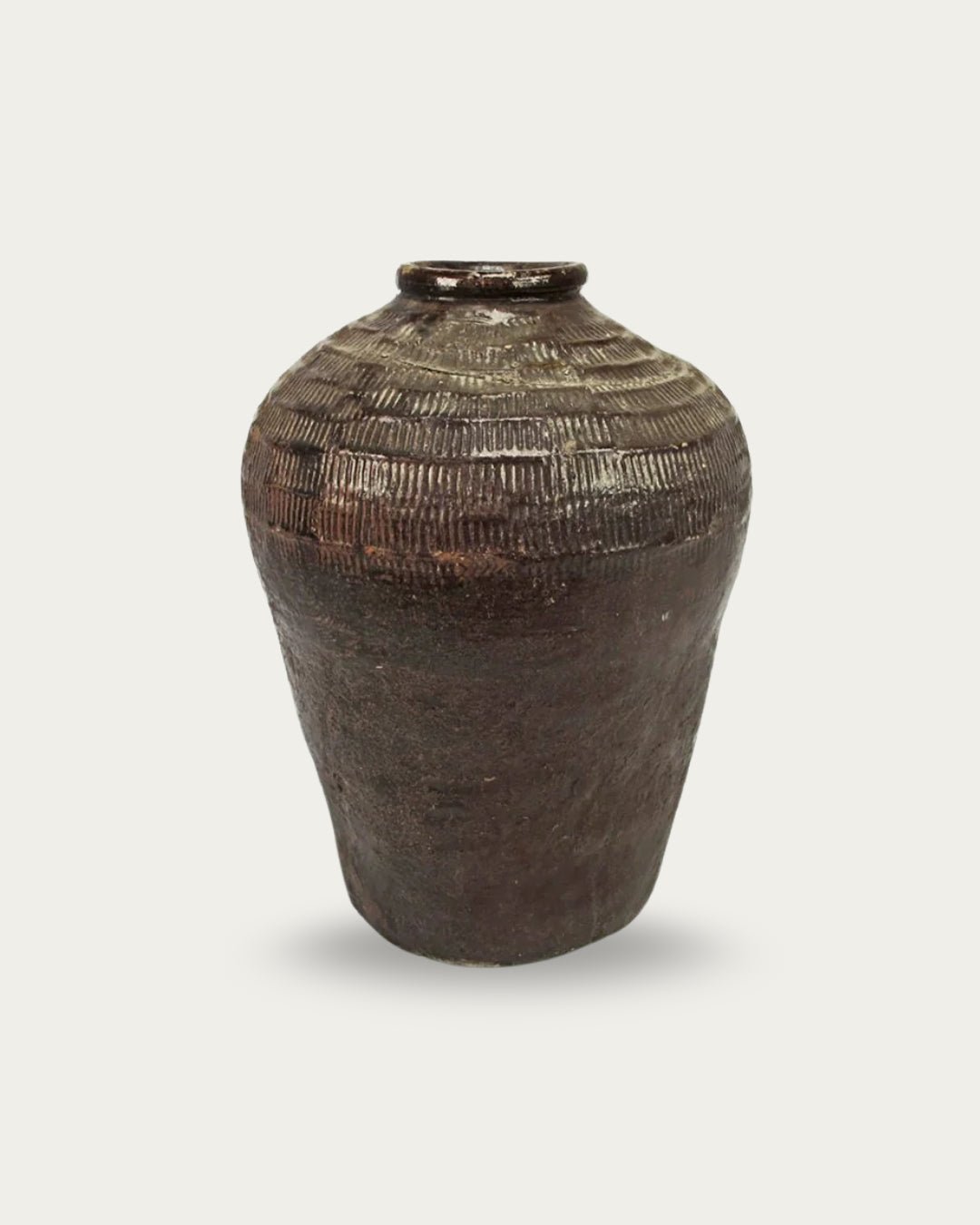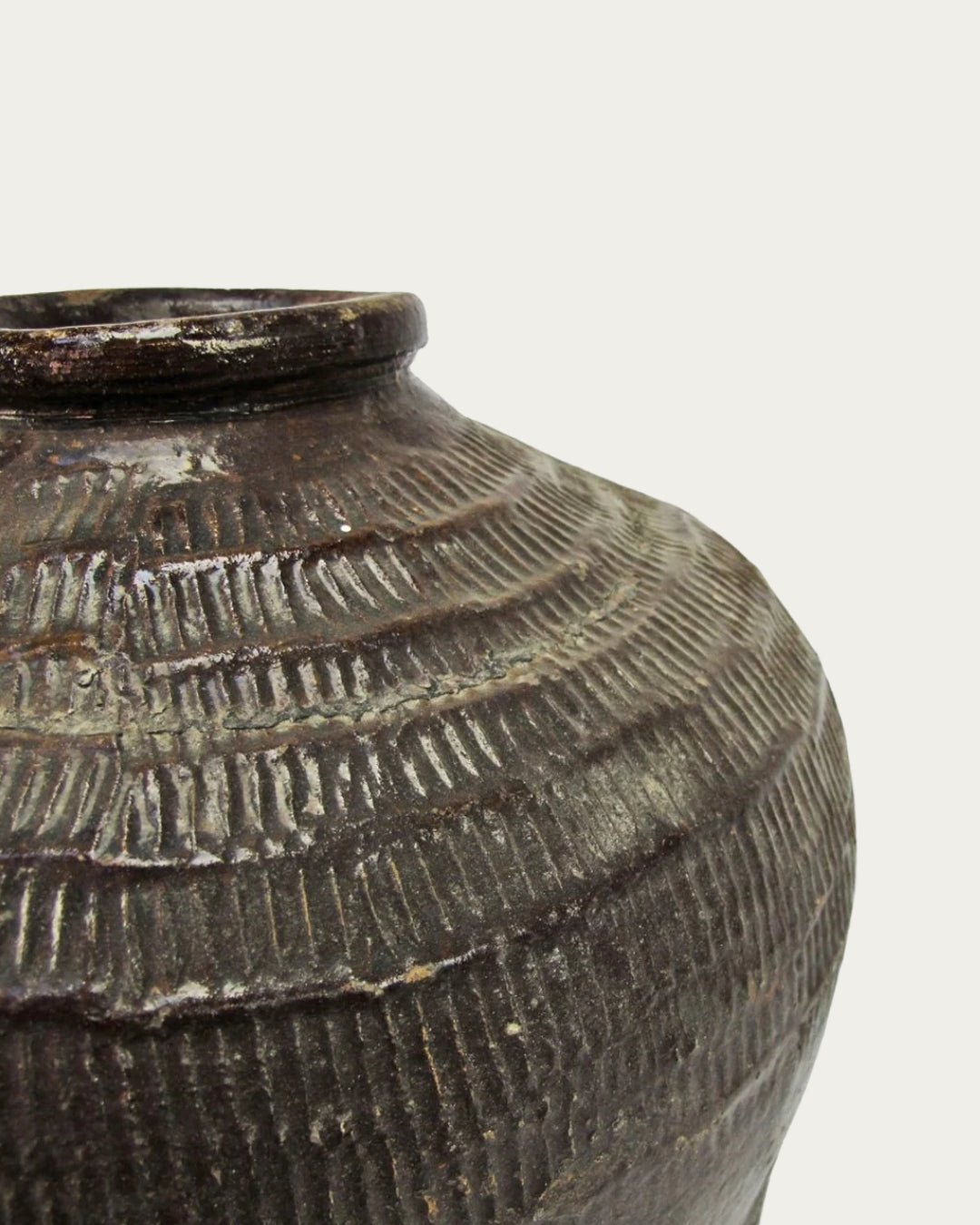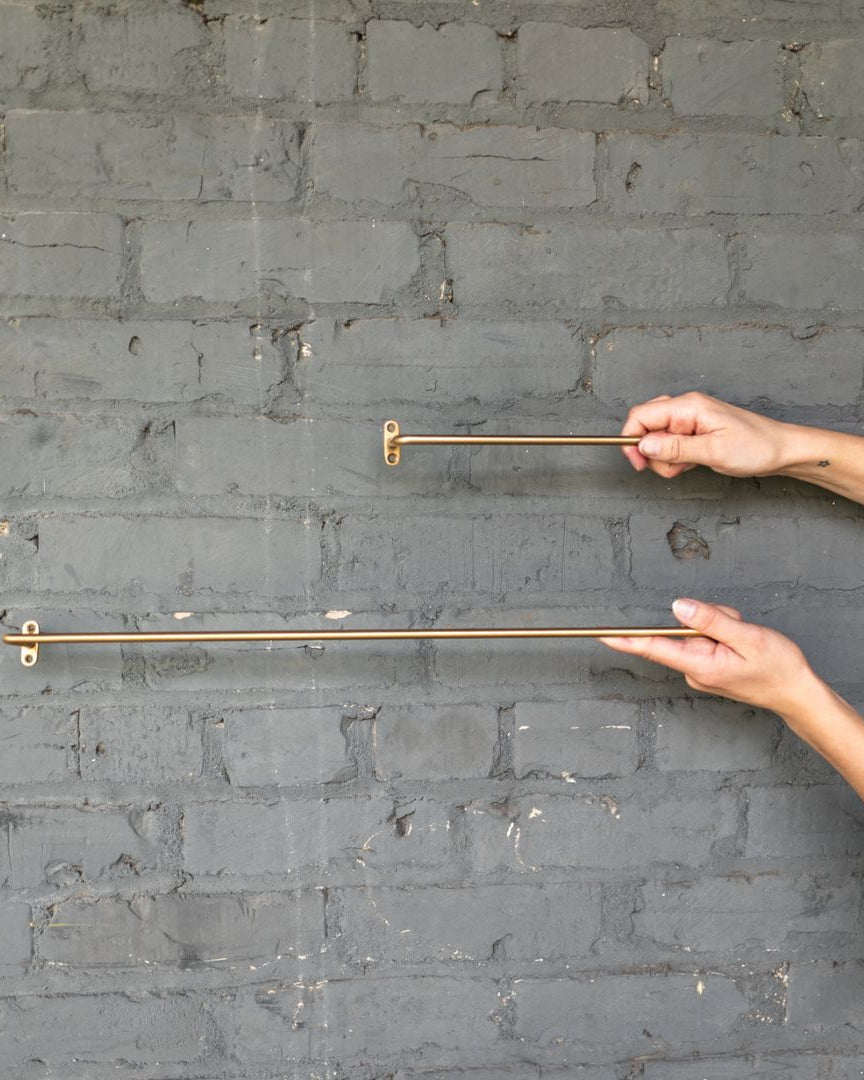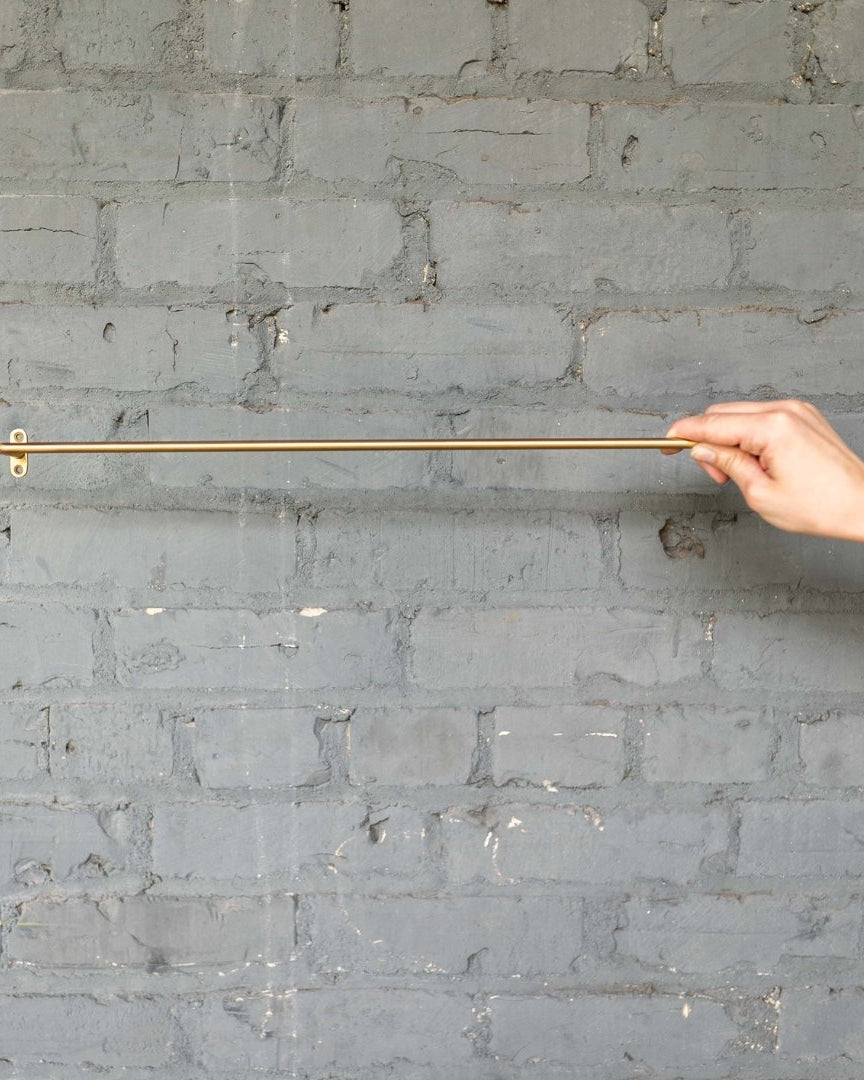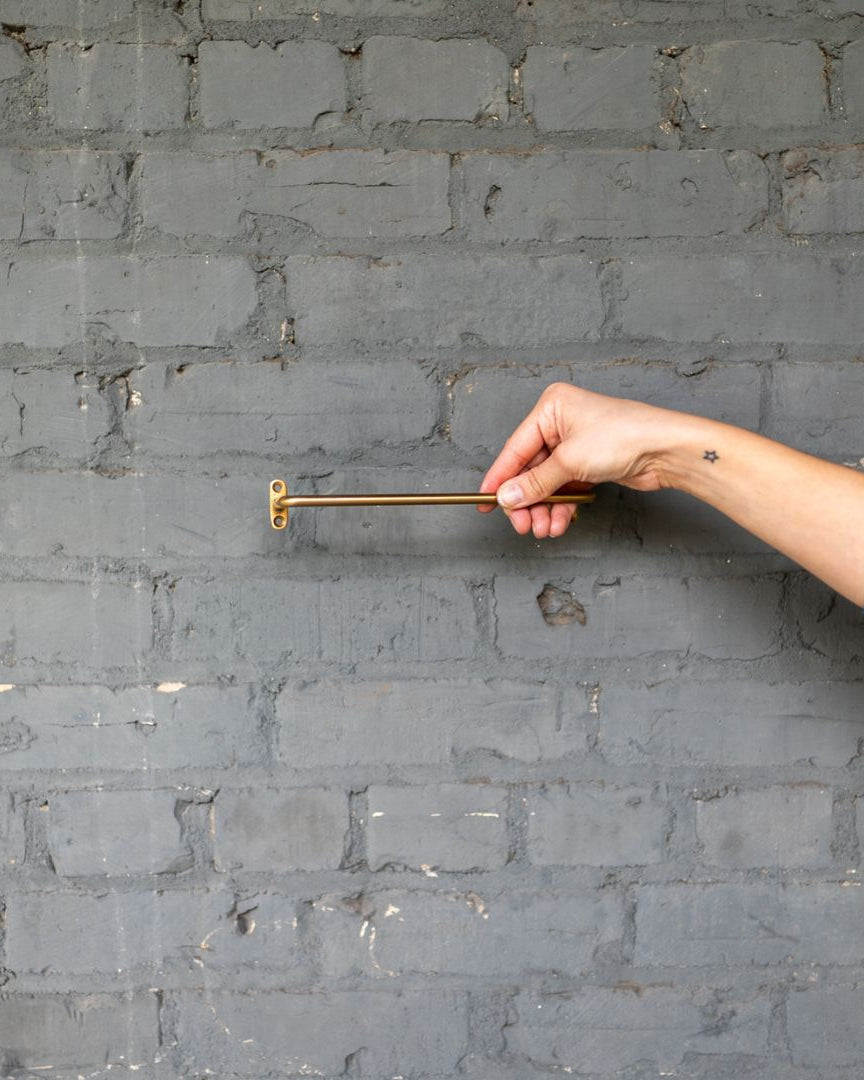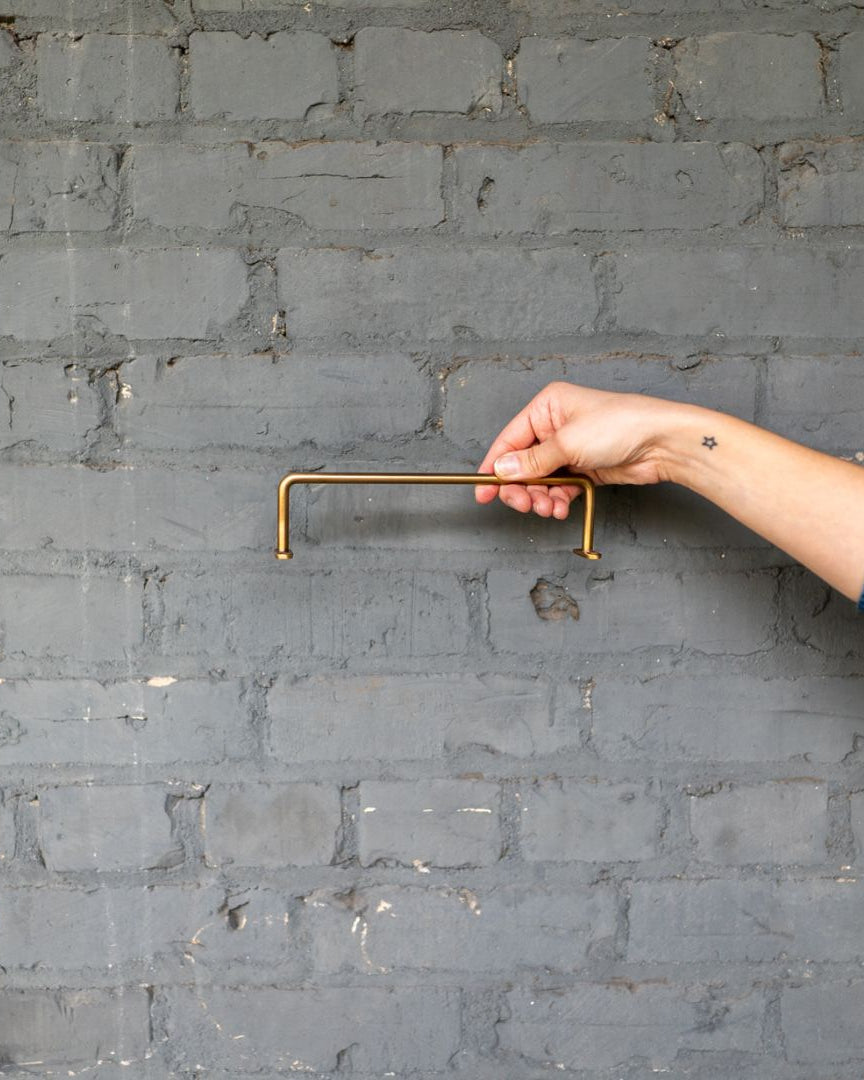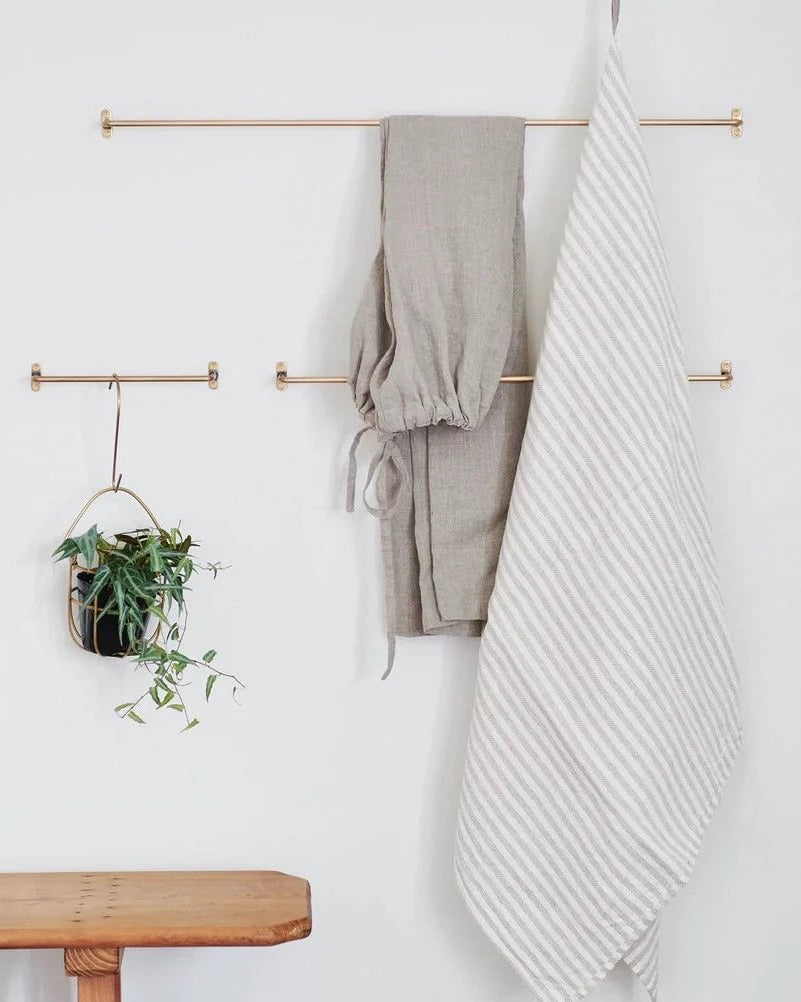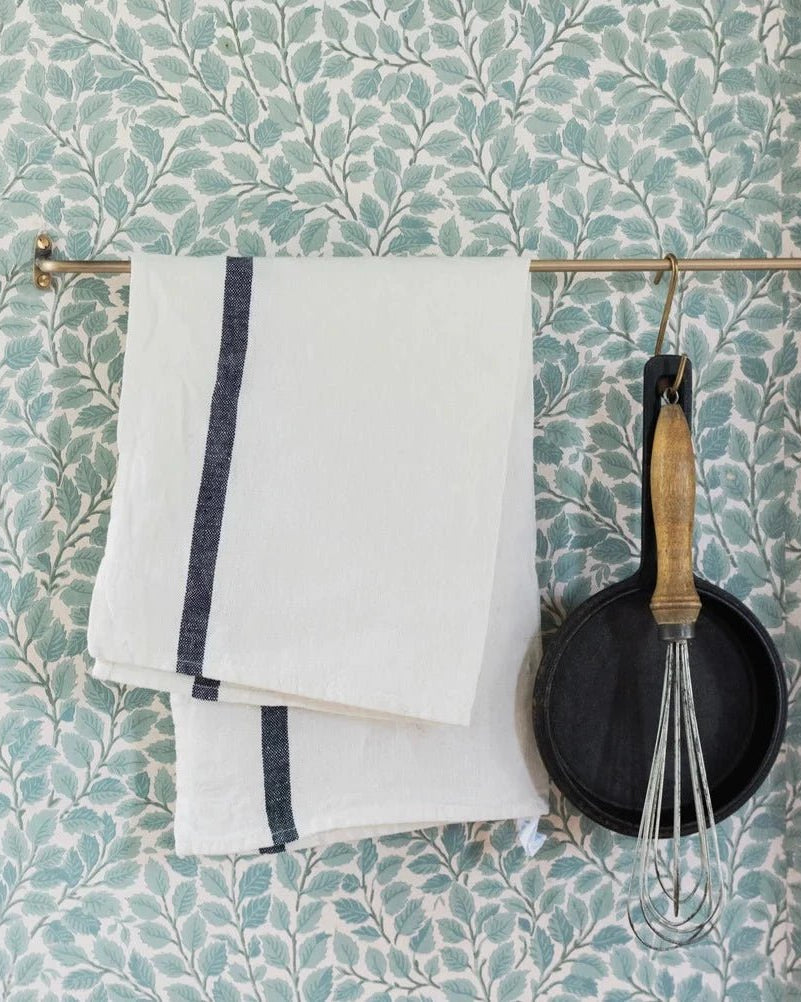A vintage console table is the quiet kind of furniture — never the loud centerpiece, yet always the piece that steadies the room. Slim, versatile, and endlessly adaptable, it holds just enough presence to change how a wall feels, how a hallway flows, or how a living room balances. Where other furniture dominates, the console table edits, pulling everything into proportion.
What makes the vintage console unique is its ability to carry more than surface function. It carries history. With reclaimed woods, aged patina, and softened edges, these tables don’t arrive blank — they arrive already speaking. And that’s exactly what makes them feel at home the moment you bring one in.
Bring one into your own space and you’ll see it’s not just another piece of furniture. A console table connects rooms, anchors walls, and introduces story into daily rituals. Explore Hello Norden’s collection of vintage console tables to find the one that brings rhythm and character into your home.
Why Vintage Console Tables Belong in Every Home
More Than Storage
To call a vintage console table “storage” is to miss the point. Yes, it can hold baskets, books, or the occasional stack of mail. But its true role is rhythm. A console bridges the gap between architecture and furniture — it’s the piece that pulls a wall into focus, guides the eye through a hallway, and makes an entryway feel intentional.
Think of it as a pause point. In the living room, it becomes a stage for lamps, ceramics, or objects collected over time. In the entry, it greets you with order instead of emptiness. A console is never just about holding things; it’s about how it directs the room’s flow.
A Piece With Story
Every vintage console table carries a past. Some are crafted from reclaimed wood, where knots, grain, and natural splits speak to decades of use. Others mix old architectural fragments with modern design, creating consoles that feel both grounded and current. These aren’t pieces smoothed into anonymity — they are marked, varied, and alive.
Patina is the language here. Worn edges that have been touched a thousand times, uneven surfaces that shift under light, tonal variations that change across the grain. What new furniture tries to hide, a vintage console reveals. That’s its story — and that’s what makes it irreplaceable in a modern home.
The Material Language of Console Tables
A console table speaks through its material before you even notice its form. Grain, patina, surface depth — these elements decide whether a piece feels collected, modern, or somewhere in between. A vintage console table thrives on honesty; it doesn’t try to disguise what it’s made of. Instead, it shows every mark as part of its character.
Reclaimed Consoles for Character
A reclaimed console carries a kind of texture you can’t fake. Knots, small cracks, tonal variation — these imperfections become its design. Each mark is evidence of a life lived, and each surface is a reminder that sustainability can be beautiful. By giving salvaged wood a second life, reclaimed consoles bring not only practicality but depth, layering in authenticity where new, factory-made pieces might fall flat.
Modern Wood Consoles for Balance
Sometimes a room needs clarity. A modern wood console provides that — smooth surfaces, strong lines, and a presence that’s understated but sharp. These pieces don’t erase the charm of vintage; they complement it. In fact, the best spaces often blend the two — a reclaimed console to add story, and a modern wood console to steady the rhythm, ensuring the room doesn’t tip too far into rustic or too far into minimal.
Mixing Materials With Intention
Console tables are also about dialogue between materials. Wood paired with iron creates structure. Stone tops introduce weight. Even a slim metal frame beneath a reclaimed surface can change the mood entirely, turning rough edges into something sculptural. When materials are mixed with intention, the console becomes more than a utility piece; it becomes a layered anchor in the room.
Vara Vintage Wood Console Table: Old World Meets Modern Living
The Vara vintage wood console table is where history and function meet. Built from antique accent tables sourced from India, Vara is a reclaimed wood console reimagined for today. Its lift-top design hides storage within, proving that a vintage piece doesn’t have to sacrifice practicality.
The open base, reinforced with vintage teak, balances its weight while offering a sturdy shelf for display. Finished in a soft gray wash, Vara brings depth without heaviness — a console that feels storied yet adaptable. Place it in an entryway to catch daily essentials, or in a living room where hidden storage keeps the surface clean for objects you actually want to see.
This is what happens when a vintage console table is allowed to evolve: it carries its past, adapts to the present, and shapes the room without overwhelming it.
Styling a Vintage Console Table in Your Space
The beauty of a vintage console table is how adaptable it is. Its narrow frame and understated presence let it slip into places where bulkier furniture can’t go, yet it still changes the energy of the room. Styling is about restraint — letting the table breathe while giving it enough context to feel complete.
In the Entryway
An entryway console sets the tone for the home. It’s the first impression, the moment where utility meets personality. A reclaimed console here keeps clutter contained while providing a stage for the pieces that greet you daily. Layer it with a mirror above to reflect light, add a ceramic vase for height, and perhaps a bowl for keys. The result is functional, but also a quiet welcome.
In the Living Room
Against a wall, a console table steadies the room. A vintage console table styled with a lamp, stacked books, and one or two sculptural objects anchors the space without overwhelming it. If the room feels too minimal, a reclaimed surface with visible knots and patina adds warmth. If the room feels busy, a modern wood console with cleaner lines helps restore balance.
In Dining and Hallways
Longer hallways or dining rooms can feel incomplete without proportion. A console solves this, introducing rhythm to spaces that might otherwise feel bare. In a dining room, it works as a landing spot for serving pieces or ceramics. In hallways, it breaks up the monotony with texture and display, keeping the eye moving without clutter.
Edith Console Table: Carved, Collected, One of a Kind
The Edith console table proves that a console can be as much art as furniture. Crafted from old architectural fragments and repurposed into solid wood form, it carries a level of detail rarely seen today. The hand-carved patterns catch light and shadow, turning the surface into something sculptural.
Each Edith is unique. Variations in size, tone, and finish make every table one of a kind, a true collectible. This is the essence of vintage: no two pieces look the same, and the irregularities are the very things that make it authentic. Styled in an entryway or study, Edith feels less like furniture and more like a statement — a vintage console table that tells its own story before you place a single object on top.
How Console Tables Influence Atmosphere
A vintage console table is more than a piece of furniture — it’s an atmosphere-maker. Where it sits, how it’s styled, and even the grain of its wood all influence the mood of the room. Consoles may be slim in form, but their effect is wide, shifting the way a space feels and flows.
Texture That Grounds
Patina has a way of slowing things down. The worn grain of a reclaimed console offers texture that feels familiar, grounding the body in a room that might otherwise lean too polished. A table marked with knots and soft imperfections communicates honesty — it doesn’t hide where it came from, and that depth translates into comfort.
Visual Flow
Placement determines how the eye moves. A console along a wall guides sightlines, creating balance in spaces that feel too open or too bare. A modern wood console with clean lines can sharpen the edges of a softer room, while a vintage surface can soften a more contemporary layout. Either way, consoles become tools for editing the visual rhythm.
A Sense of Stillness
Beyond function, consoles create pause. Their slim silhouette signals a place to stop, set something down, or take in an object styled on top. In sensory terms, a vintage console table acts like an anchor — a steadying presence in the current of movement through hallways, living rooms, and entryways.
Helena Console Table: Shaker Minimalism Reimagined
The Helena console table represents restraint done right. Crafted from reclaimed solid wood, its Shaker-inspired design strips away excess, leaving only form, grain, and proportion. Every mark across the surface — from knots to tonal shifts — reminds you this is a piece with history.
Helena thrives in spaces that call for quiet strength. Its simple rustic lines make it adaptable, blending into a modern hallway as easily as it anchors a dining room wall. Styled with a single lamp, a mirror, or a ceramic piece, it shows how less can truly be more. This is the essence of a vintage console table: pared-back but full of story, timeless in form yet alive in detail.
Choosing the Right Vintage Console Table
Not every console serves the same purpose, and the right choice depends on how you want the piece to work within your home.
Role in the Room
Ask yourself whether the console needs to anchor or accent. A vintage console table with heavier grain or carved detail will command attention, acting as a focal point. A slimmer, cleaner console may instead act as a bridge — completing the room without stealing the spotlight.
Scale and Proportion
Scale matters as much as material. In an entryway, a narrower console prevents congestion while still offering presence. In a living room, a wider reclaimed console balances a sofa wall or frames artwork above. For long hallways, consoles create rhythm when placed at intervals, turning emptiness into movement.
Tone and Mood
Finish and texture shape the console’s personality. A gray-wash surface softens the room with subtlety. Natural reclaimed wood offers warmth and visible history. Carved or detailed surfaces bring artistry and ornament. Choosing between them is less about rules and more about how you want the space to feel — restrained, storied, or expressive.
Final Word
A vintage console table is never just a surface. It’s a rhythm-setter, a pause point, and a piece that carries story into every corner of the home. From reclaimed consoles rich with patina to modern wood consoles with clean balance, each one shifts a room’s atmosphere in its own way.
Explore Hello Norden’s full collection of vintage console tables and find the piece that brings proportion, depth, and character into your space.
FAQ: What Should You Know About Vintage Console Tables?
What makes a vintage console table different from new furniture?
A vintage console table carries history in its grain and finish. Unlike new factory pieces, it embraces patina, variation, and character — details that make it feel instantly grounded in a space.
How does a reclaimed console compare to a modern wood console?
A reclaimed console is made from salvaged materials, showing knots, splits, and unique imperfections. A modern wood console offers smoother lines and balance, complementing vintage furniture without overpowering it.
Where’s the best place to use a console table?
Consoles thrive in entryways, hallways, living rooms, and dining spaces. Their slim frames fit easily into areas that need proportion without bulk. Placement depends on where you need rhythm or a focal point.
Are vintage console tables durable for everyday use?
Yes. Though they show wear and history, vintage and reclaimed consoles are structurally sound. Expect natural imperfections — scratches, weathered edges, tonal shifts — but these don’t affect strength; they enhance authenticity.





